


Thanks! Ted
---
PAYPAL IS ACCEPTED ON NON FIREARM ITEMS. Thanks!!!
We certainly do appreciate your business!
CHECK OUT OUR MODERN FIREARMS PAGE AS WE JUST ADDED SOME NEW ITEMS THANKS!
THANKS FOR LOOKING !!! TED & SALLIE
EVERY ITEM COMES WITH A 3 DAY INSPECTION PERIOD.
---------------------------------------------------------------------------------------------------------------------------------------------------------
CATALOG 1
TC
NOT FOR SALE! I GAVE IT TO MY OLDERS GREAT GRANDSON AS HE WANTED IT BAD AND YOU KNOW HOW IT IS! Here we have a really nice Diorama entitled "Chancellorsville House may 1863" by the Danbury Mint. The base measures about 8 by 10 inches and this piece is very detailed.
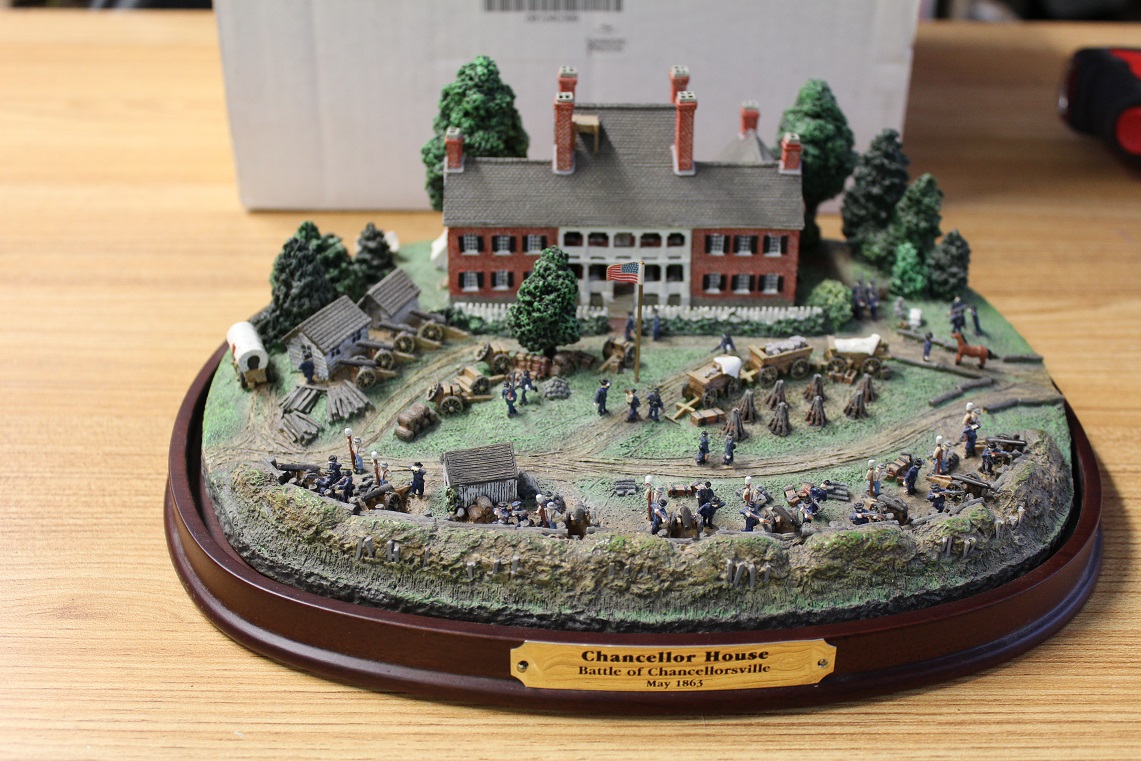
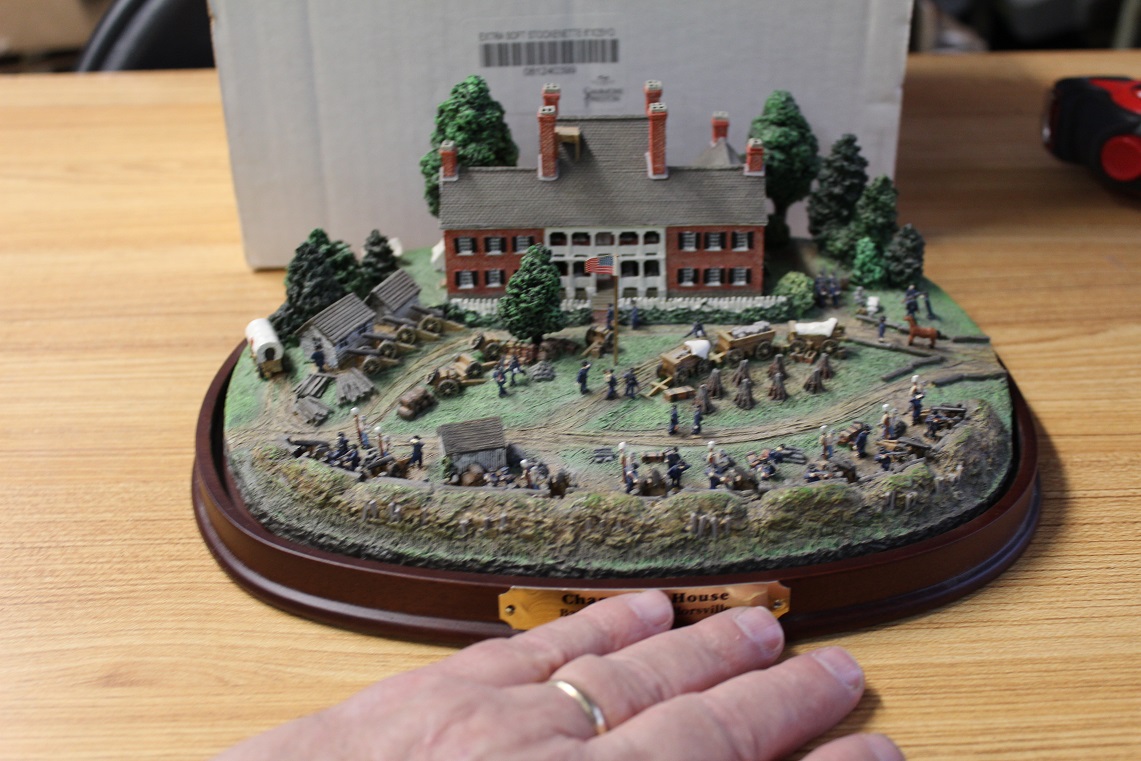
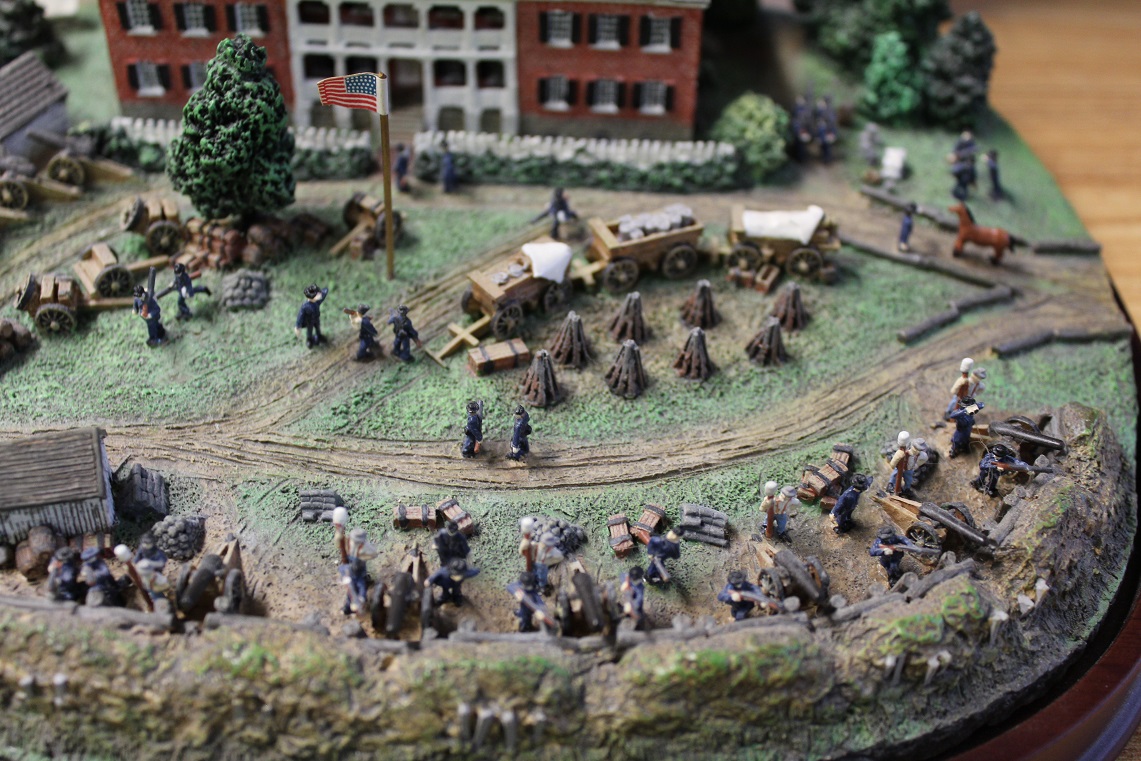
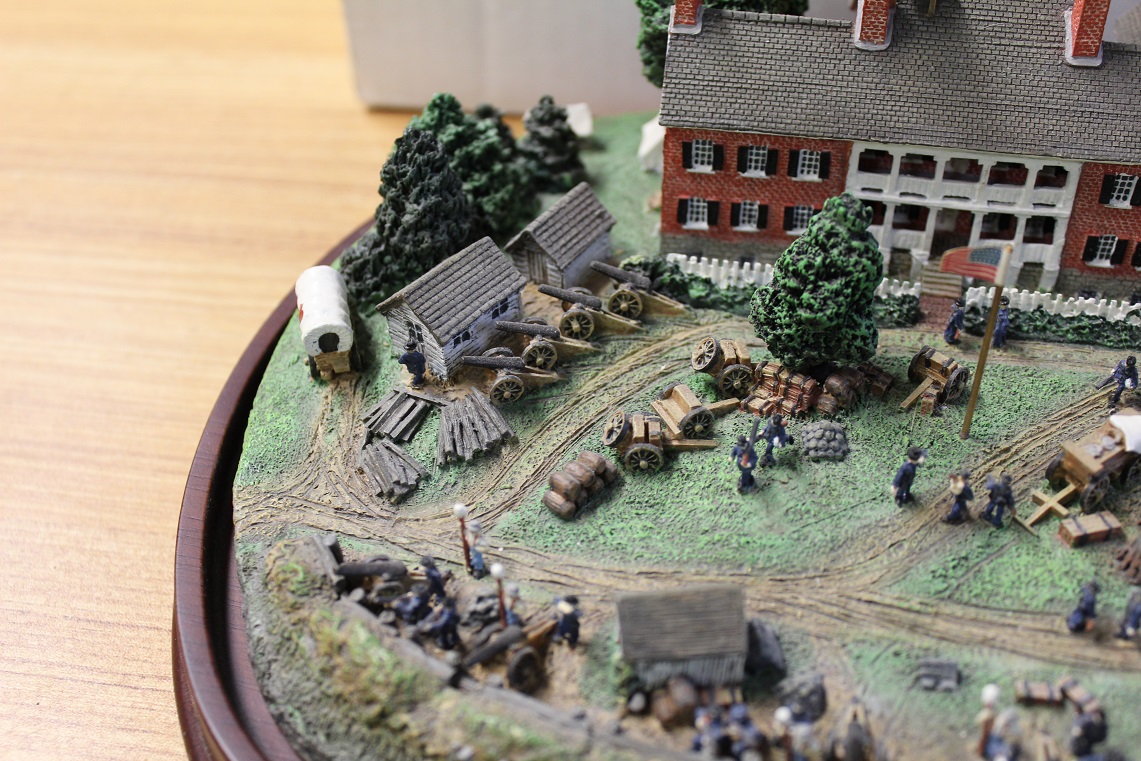
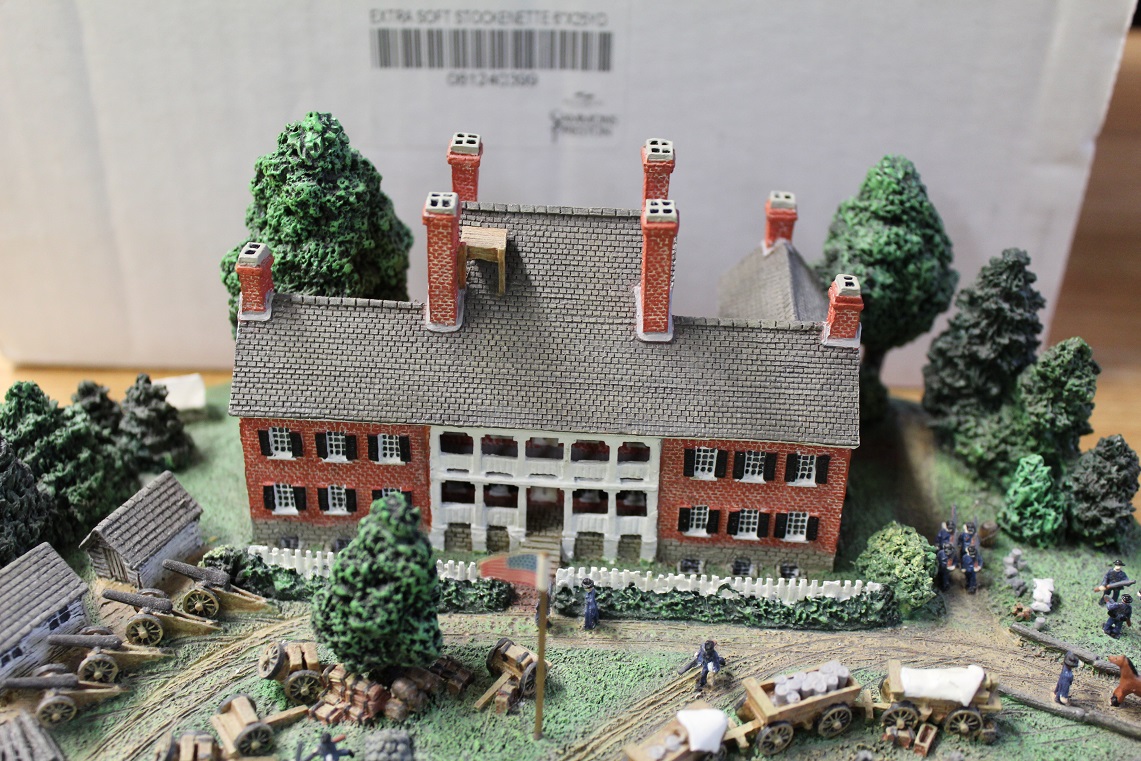
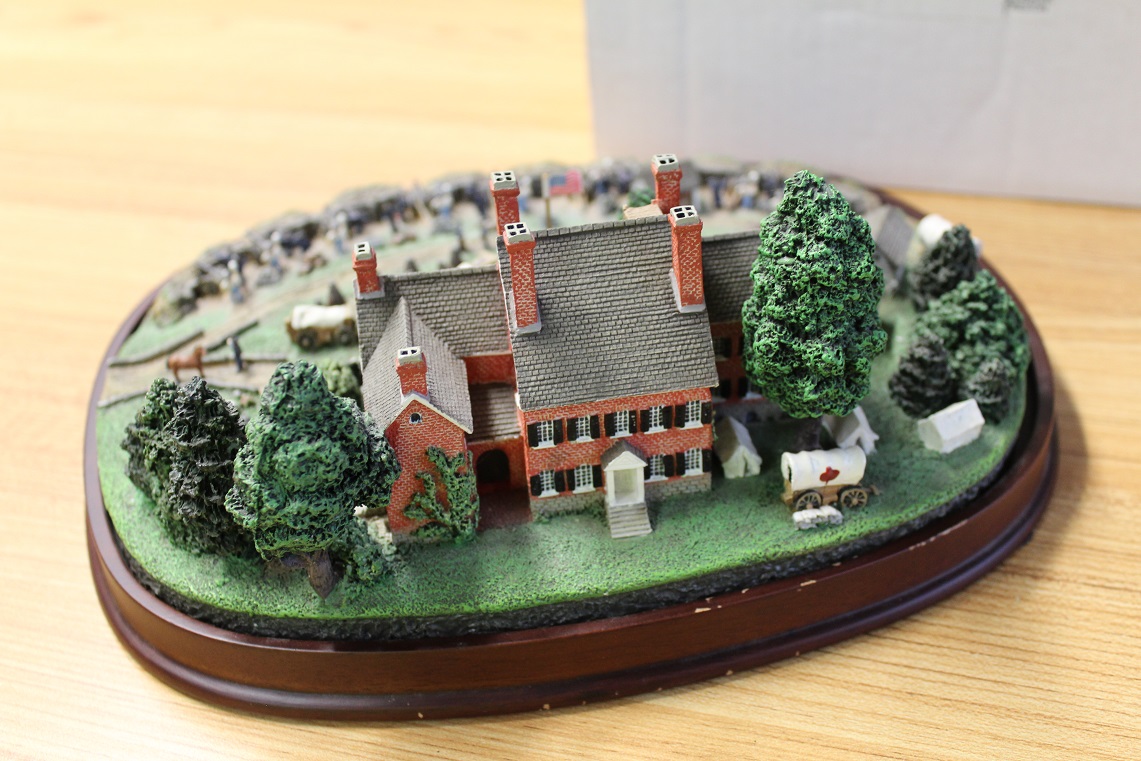
__________________________________________________________________________________________
Here are several barn finds that we aquired They had been sitting for quite while and were in pretty rough shape. We worked very diligently on them and got most of them up in presentable condition for display but there is room for improvement for you to put your personal touch on each one of them. One of them was a Native American decorated firearm so there may be a connection between that piece and the rest. Some of them had old paper tags glued to the stocks and if they did the tags are still there but I could not make them out. Take a look for yourself!
__________________________________________________________________________________________
tc indian musket
SOLD
Here we have an old Model 1816 .69 caliber U.S. Musket that was originally flintlock but later converted to percussion. This one is marked Harpers Ferry and dated 1818 behind the hammer. In front of the hammer is the spread winged Eagle motif. This one may have been a Confederate arsenal conversion as there are Roman numberals stamped on the side plate and the stock and other markings as well that you can see in the pics. This one has been cutdown and was later Native American decorated with brass tacks that are definitely original. This piece was found in the corner of an old barn and you can see the effects on the stock of being on a dirt floor. The entire piece is over 40 inches long with a 25 inch smooth bore barrel. The entire medal surfaces were covered with tons of dirt and rust so I gave it a light cleaning but not too much. The lock seems complete but does not function smoothly and could use a good scrubbing. I wish I had some history on the piece but unfortunately I do not. It was found with a cutdown .45-70 rifle that I will be listing in the future which is in the same condition. For this old warhorse $ Check out the pics!!

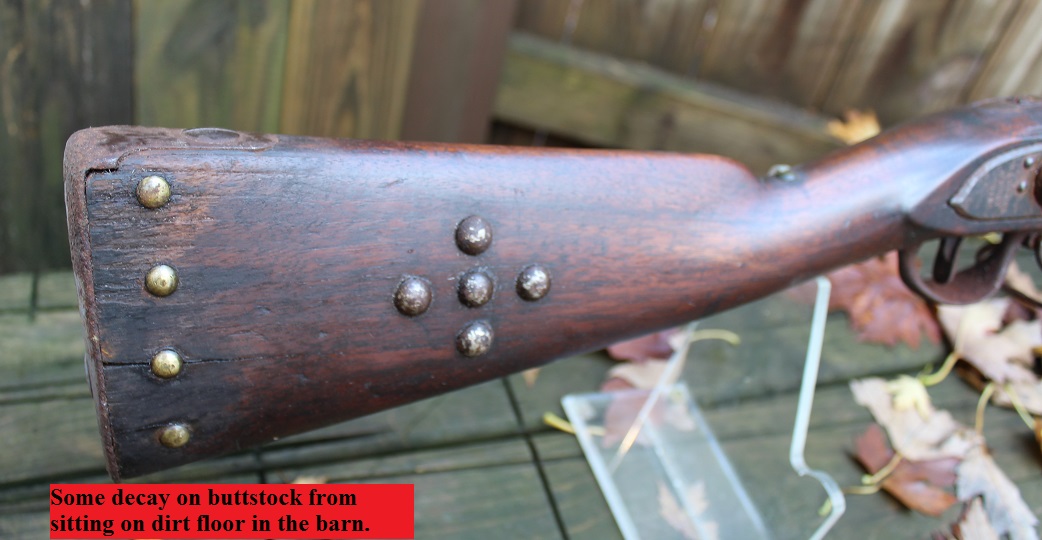
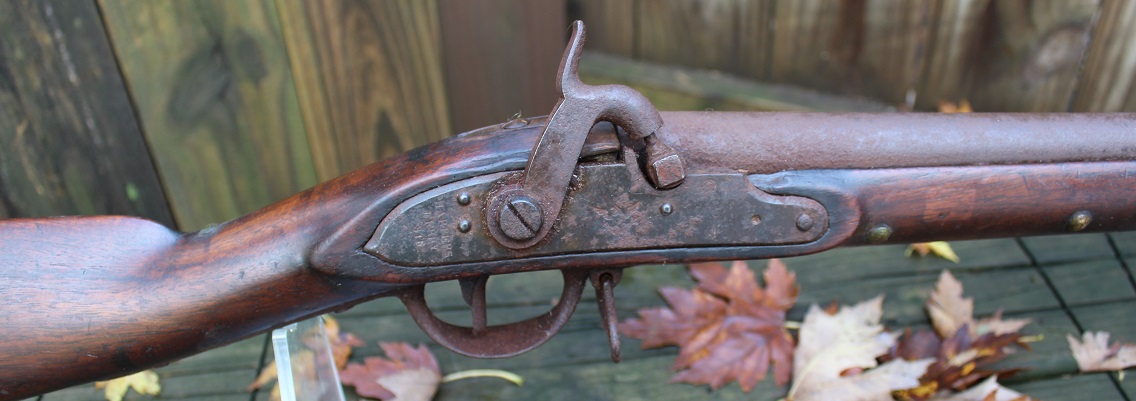
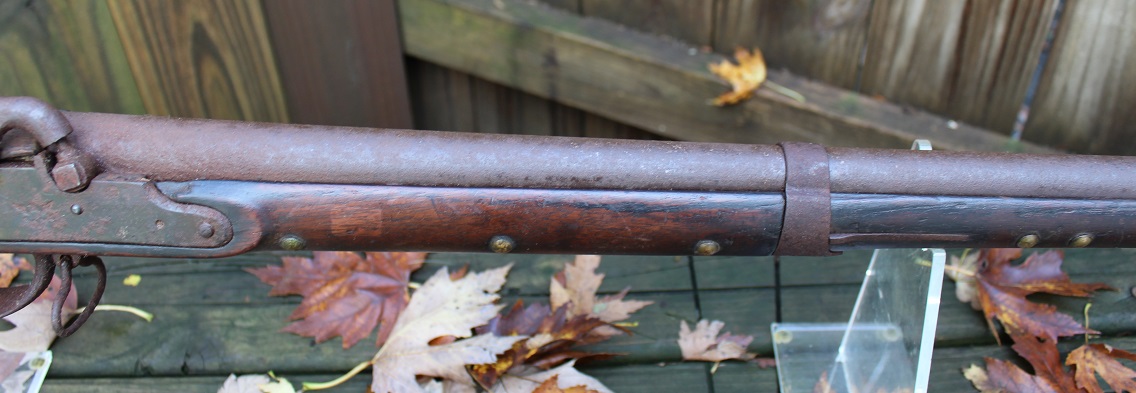



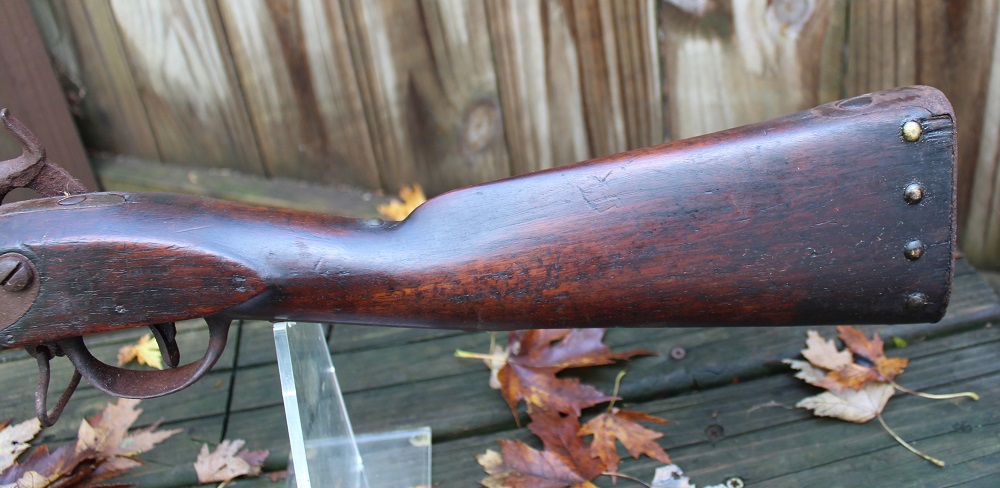
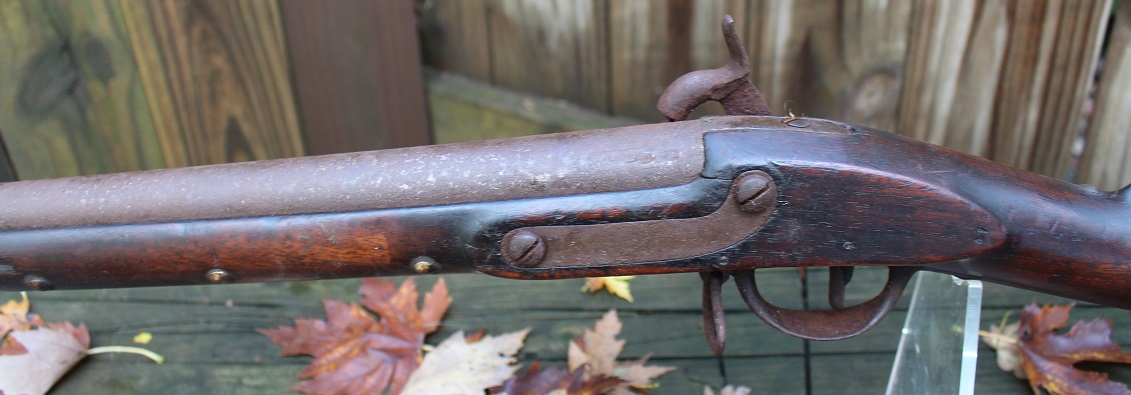


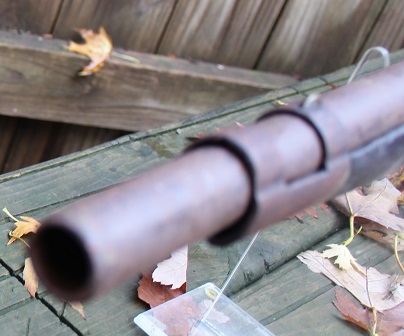

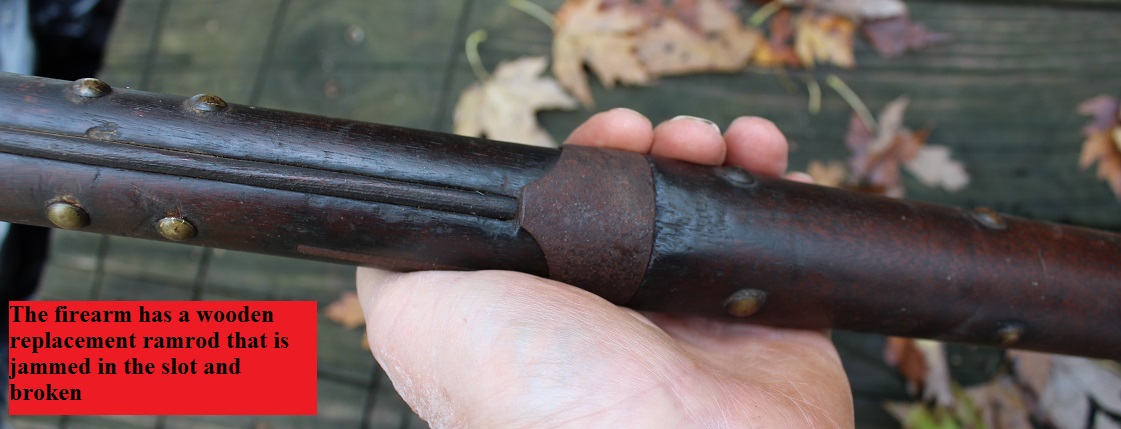
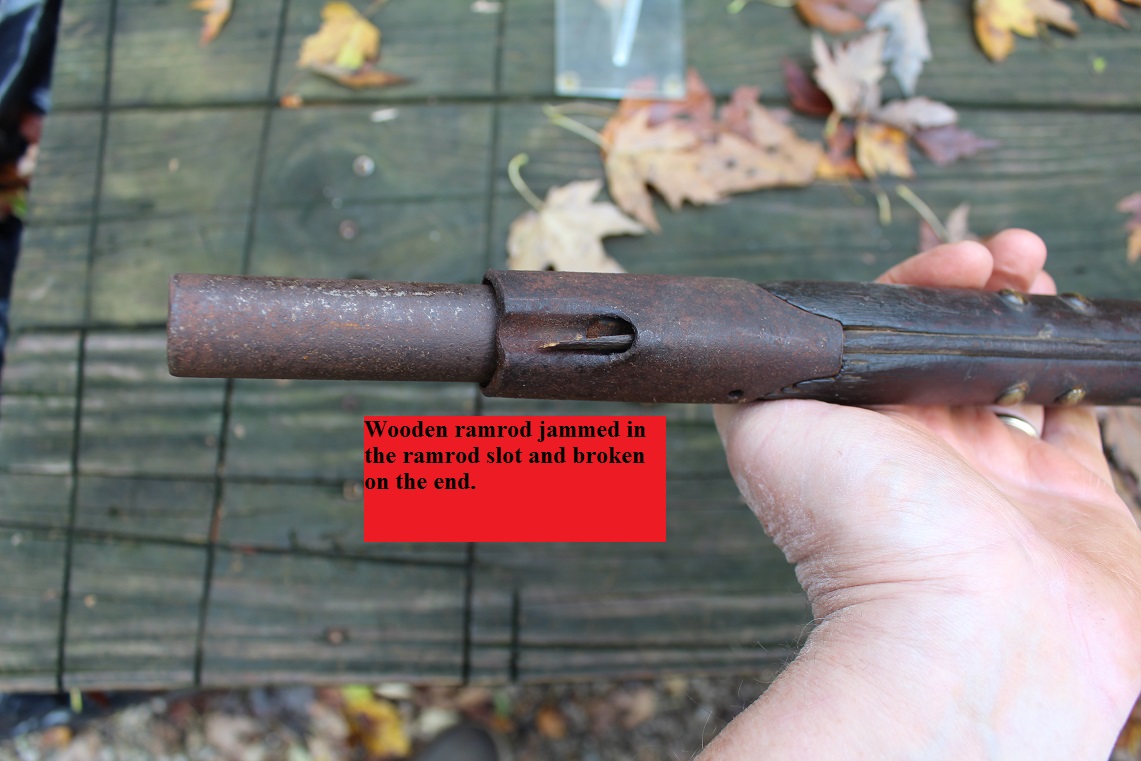
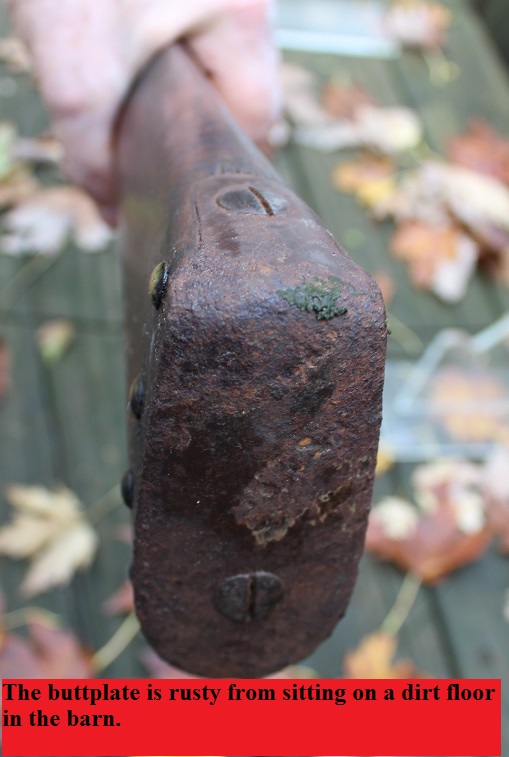
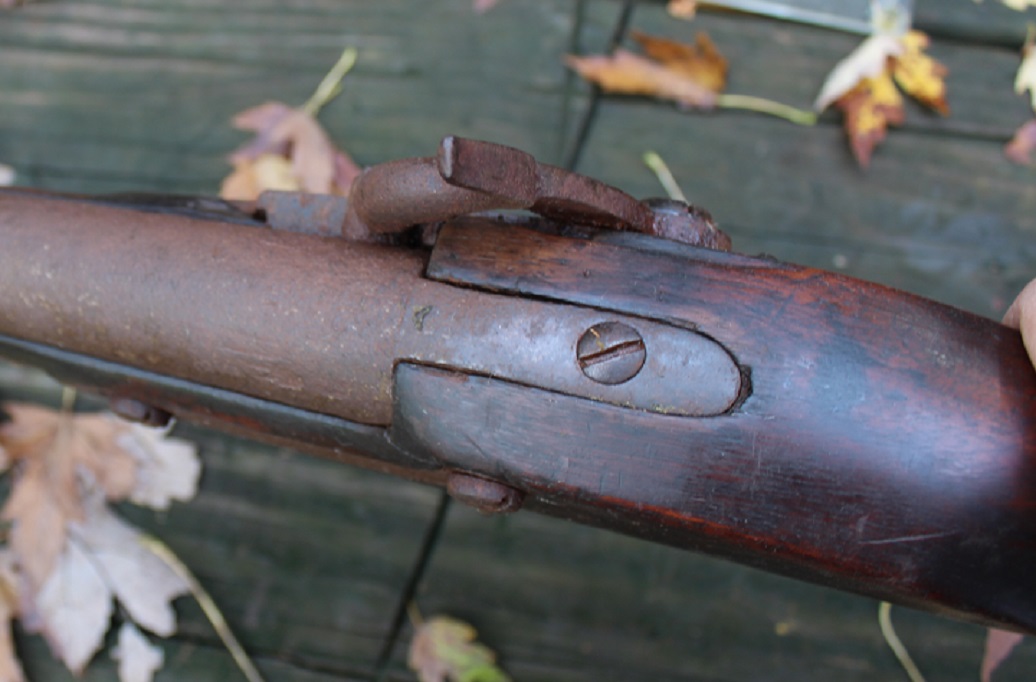
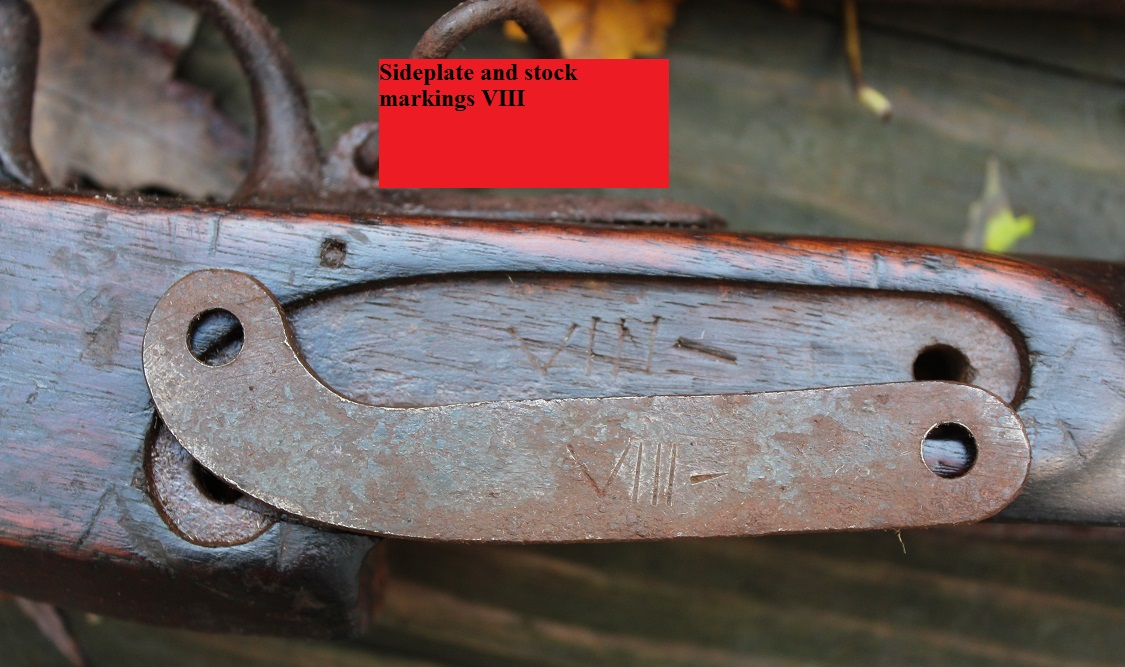
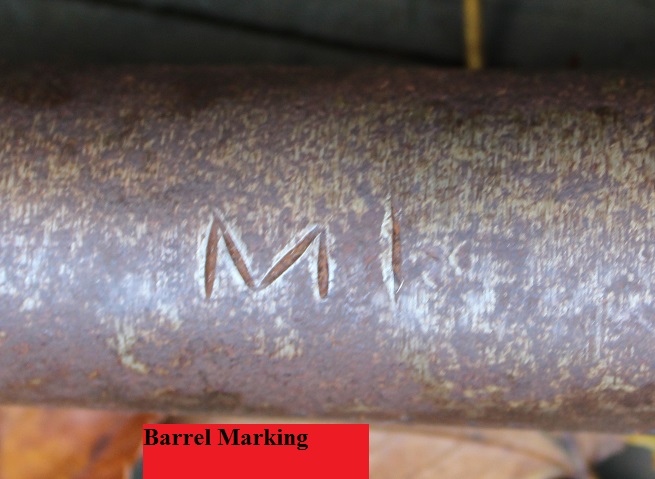
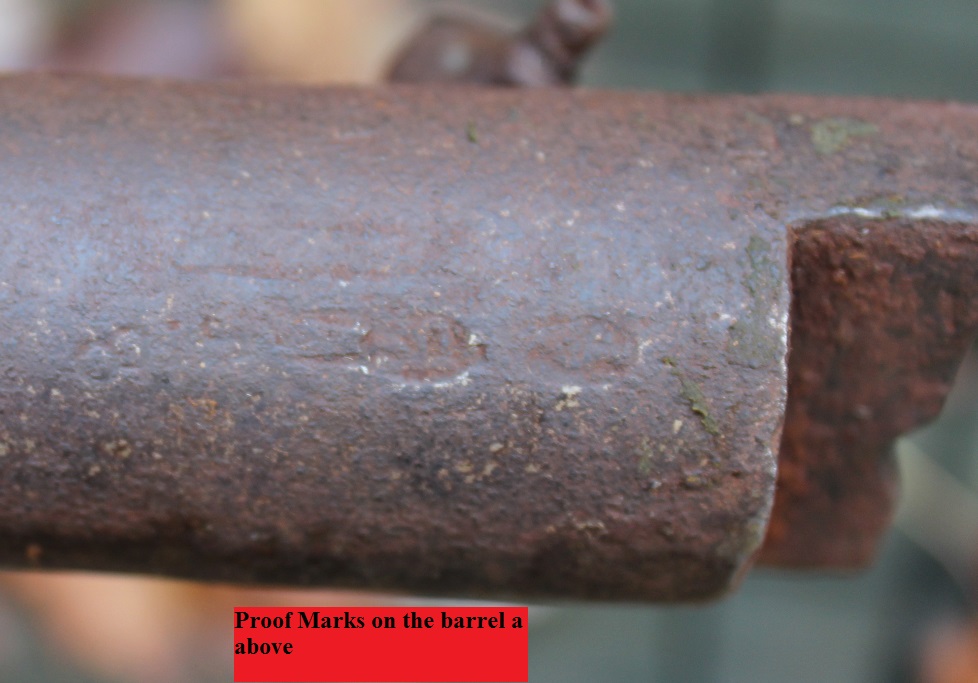
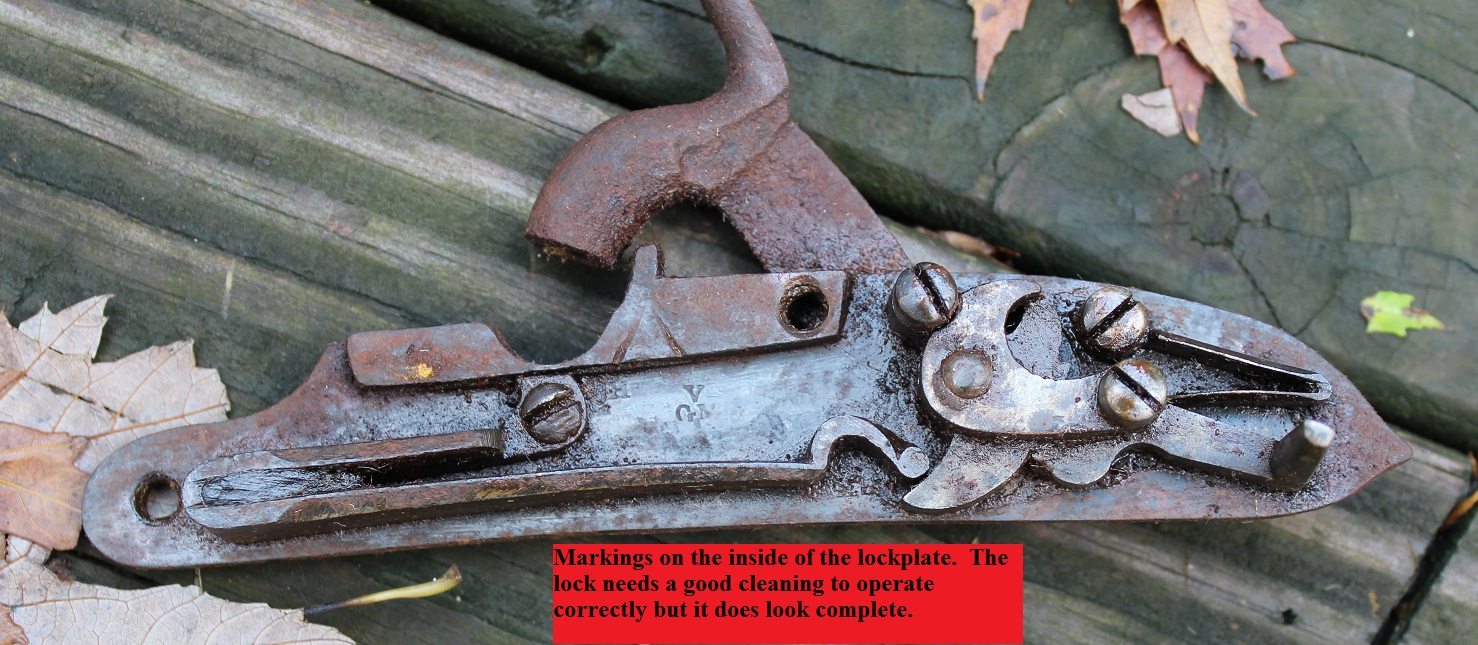
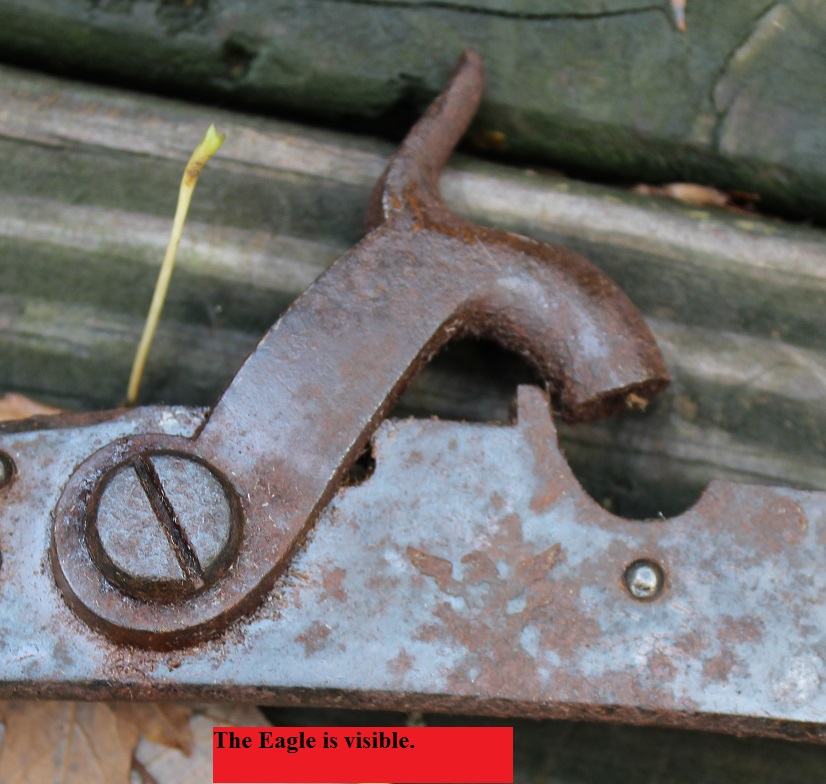
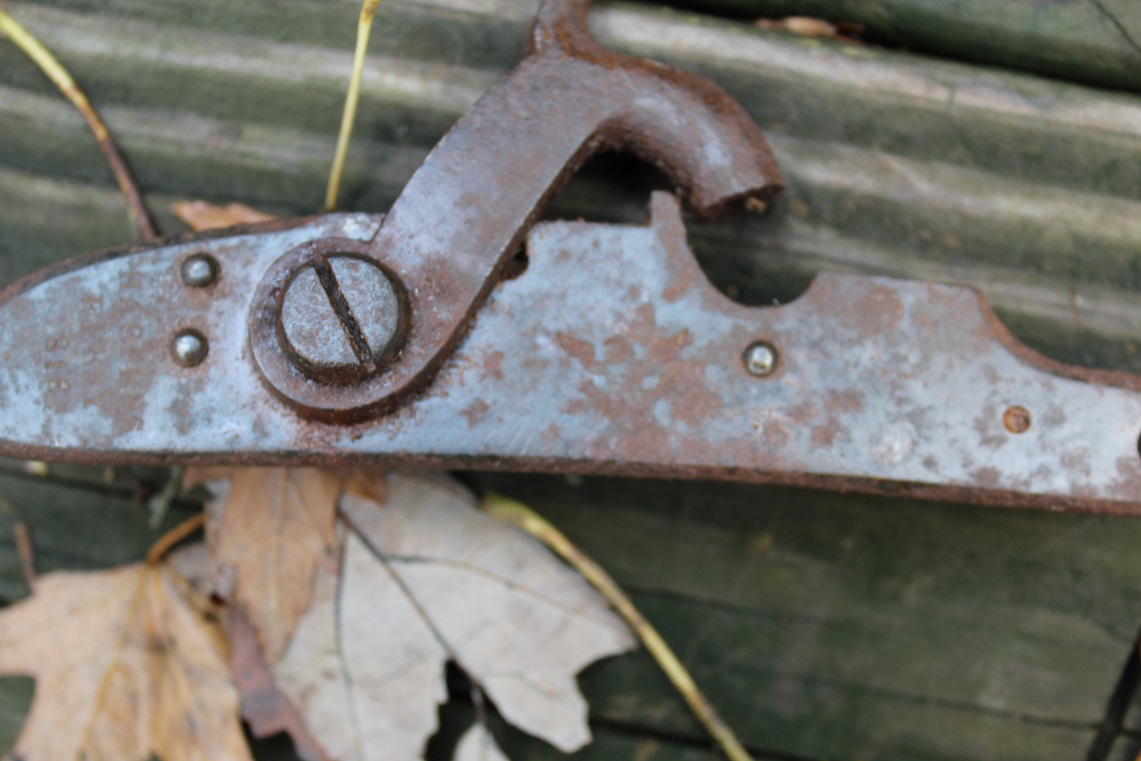
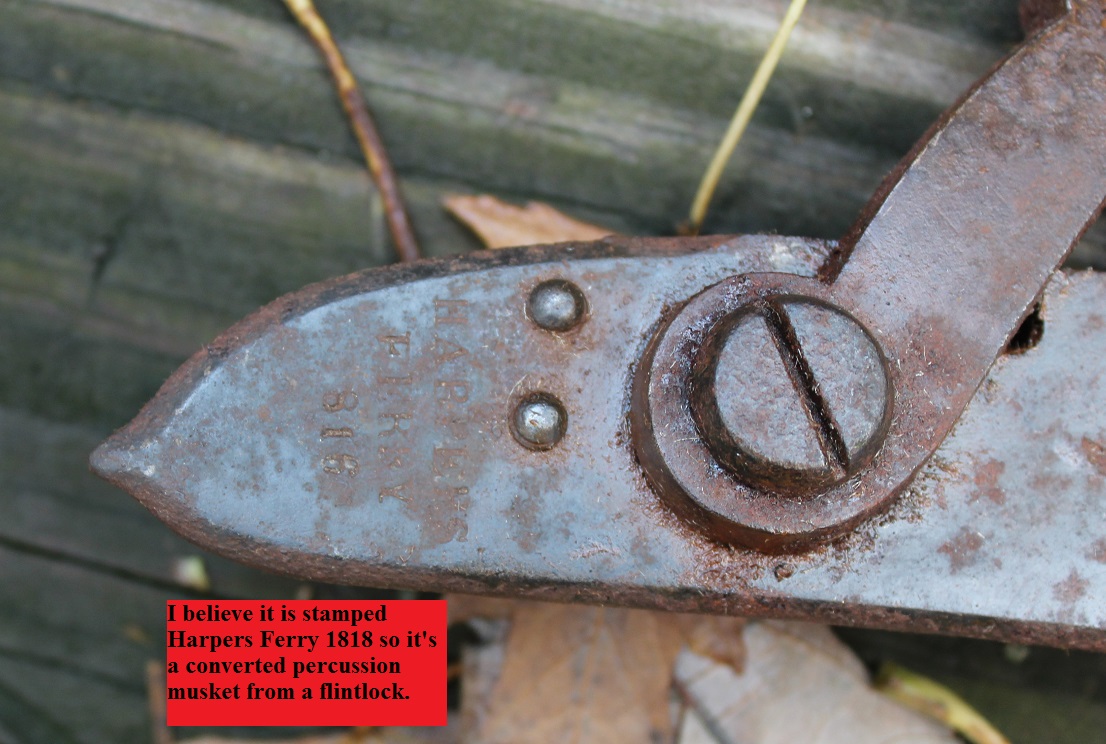
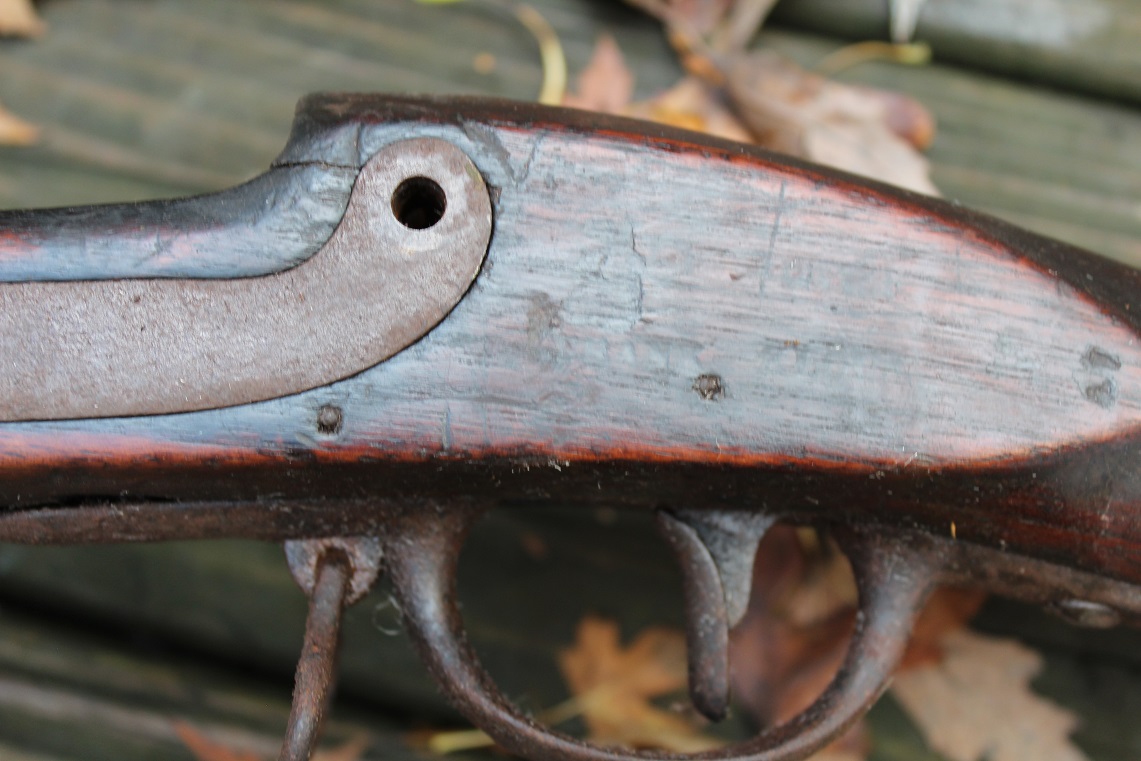
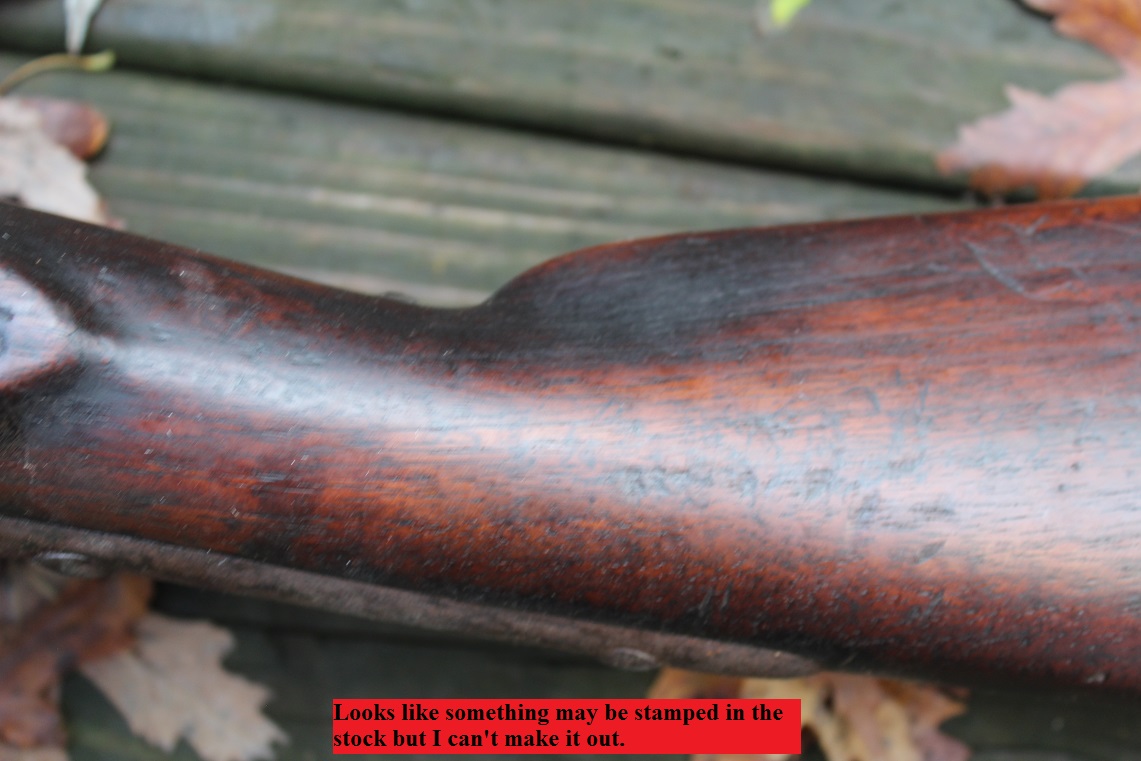
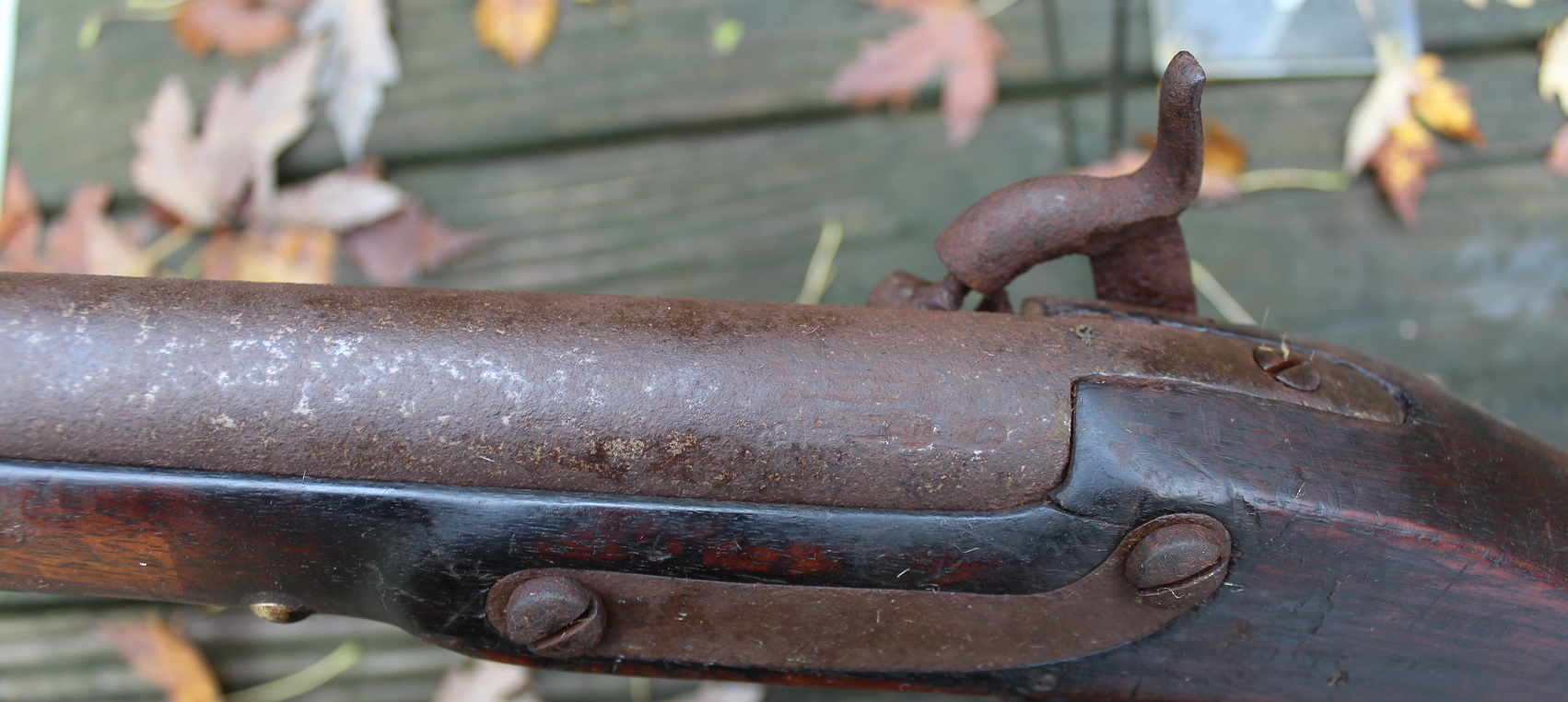
__________________________________________________________________________________________
tc CATALOG 1
recovered 45/70 bayonet
Here we have a dug or recovered U.S. Indian Wars 45/70 bayonet complete less locking ring screw. This piece has either been recovered from an old barn or outside. It could have been sitting up in a corner of an old barn for years or stuck in the dirt for years because the tip is corroded, wavy and rusted more than the rest of the piece. The patina is fantastic! The entire piece is 18 inches long with a a 15 inch blade up to the shank. The blade is 3 cornered as usual and is marked on the top of the blade US as normal. This piece would look fantastic mounted to a seasoned board and hanging in your Man Cave! Take a look at the pics! $35.00
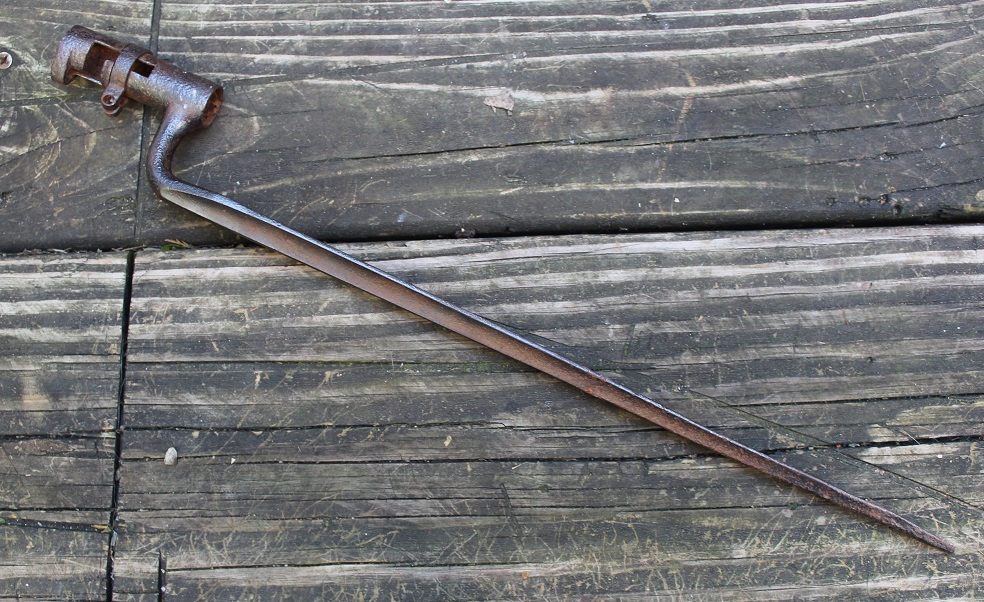

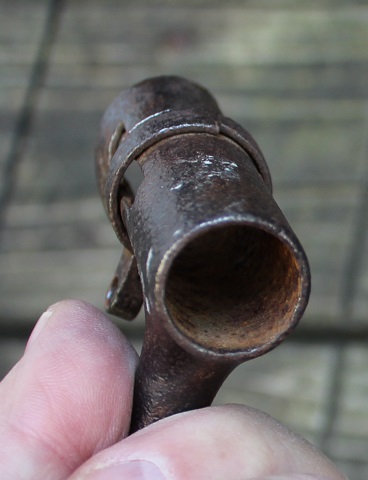
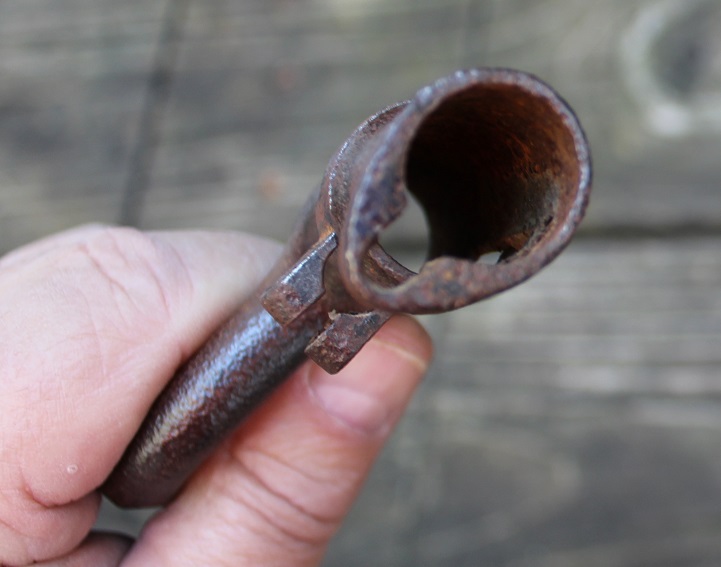
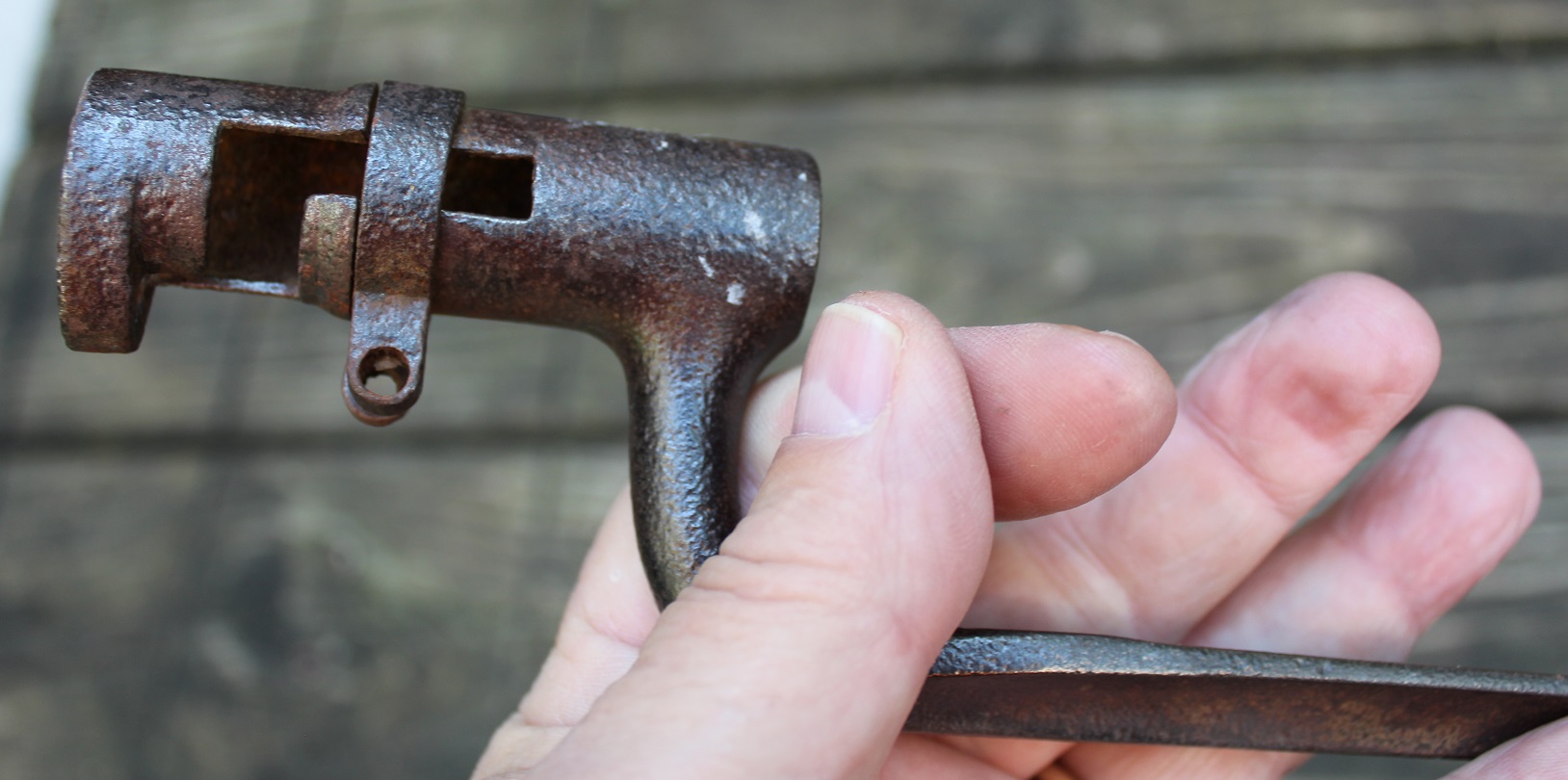
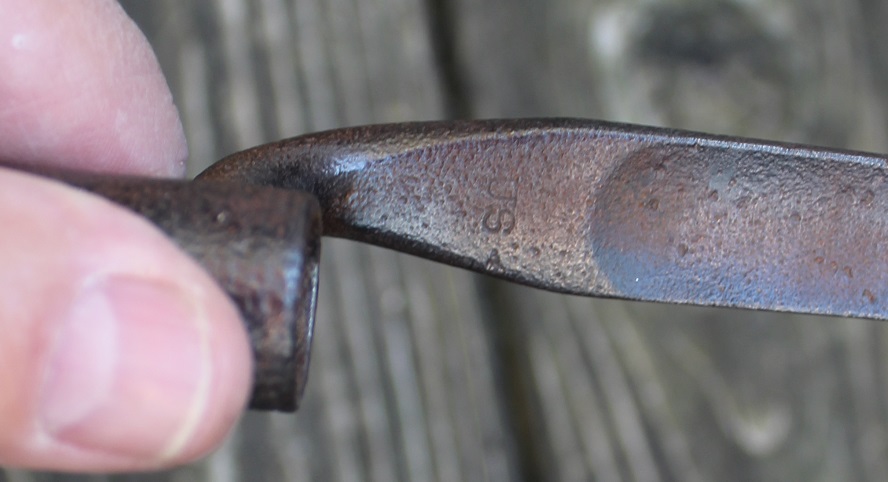 __________________________________________________________________________________________
__________________________________________________________________________________________
tc CATALOG 1
1 dental tooth key
Here we have an 18th / 19th century "Tooth Key"! The dental key, (also known as Clef de Garengeot, Fothergill -Key, English-Key, Dimppel Extractor or Tooth Key) was first mentioned in Alexander Monro 's Medical Essays and Observations in 1742, but had probably been in use since around 1730. It remained popular into the 20th century when it was replaced by the more modern forceps. From England its use spread to the Continent by the mid 1700s, and to America in the later half of the century, where the first US dental patent was issued for a “tooth extractor” in 1797. For 100 years, from 1750 to 1850, the key was the preferred instrument of extraction, apparently because the procedure was quick. Embellishments and improvements along the way resulted in variously angled shafts, different handle shapes made of wood, ivory, horn or mother of pearl, changes in bolster (fulcrum) size, shape and covering, and advances in claw grasp, mobility and interchangeability. Modeled after a door key, the dental key was used by first inserting the instrument horizontally into the mouth, then its "claw" would be tightened over a tooth. The instrument was rotated to loosen the tooth. This often resulted in the tooth breaking, causing jaw fractures and soft tissue damage. OUCH!!!
This particular key is in excellent condition being 6 inches long with four "Keys"! This one has the 2 key setup so 2 keys can be used giving a selection. The steel is polished steel like medical instruments of the time and not plated. I can find no markings on the piece anywhere including the keys. The grip is bone and in excellent condition as well! For this great old piece of "painful" dental history $295.00 Check out the pics!
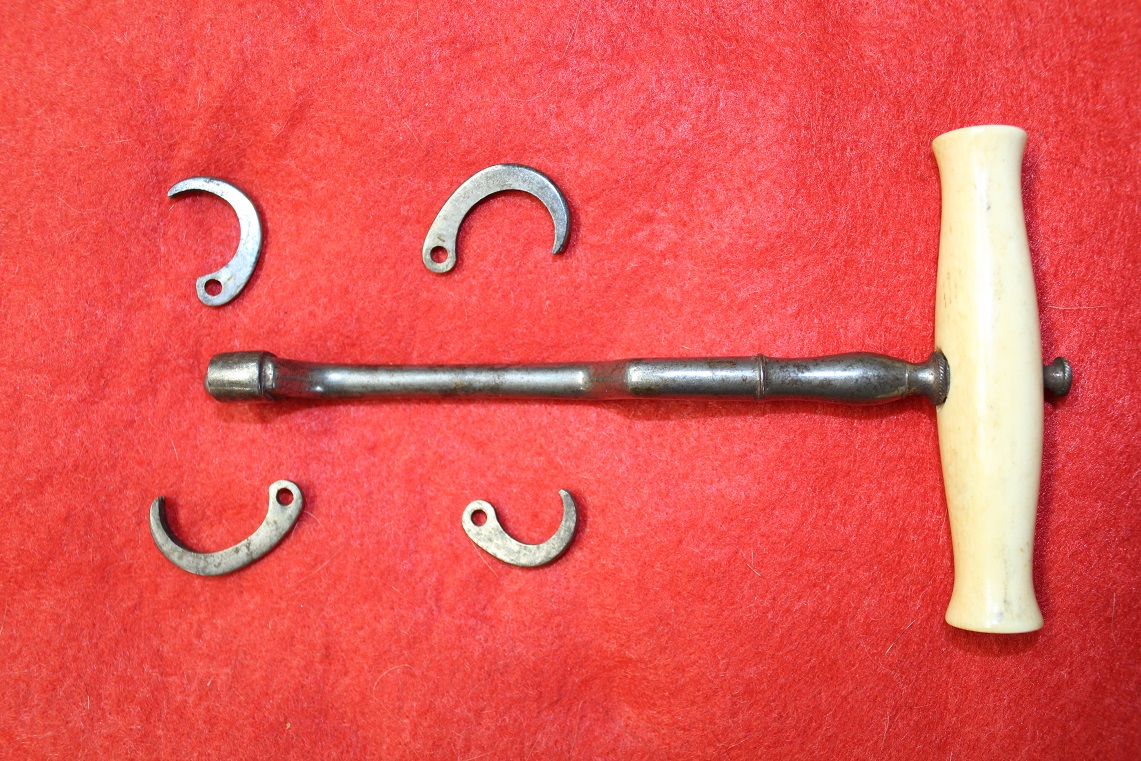
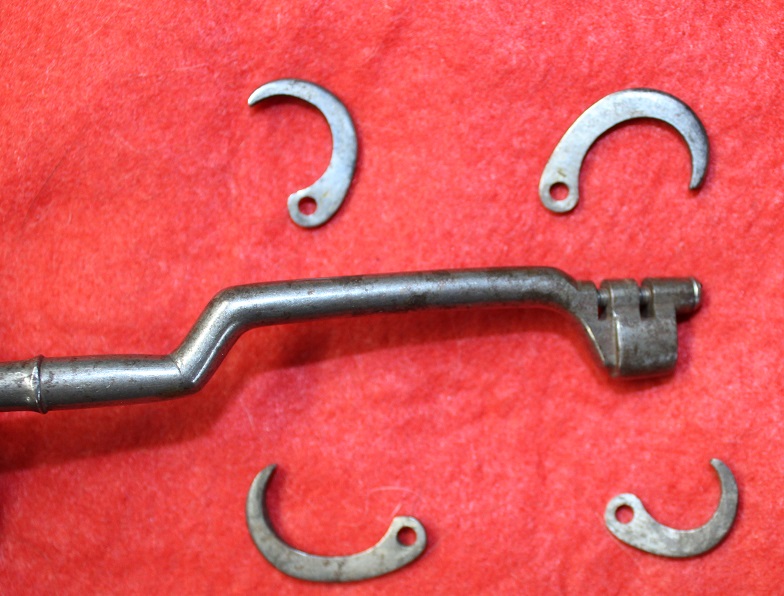
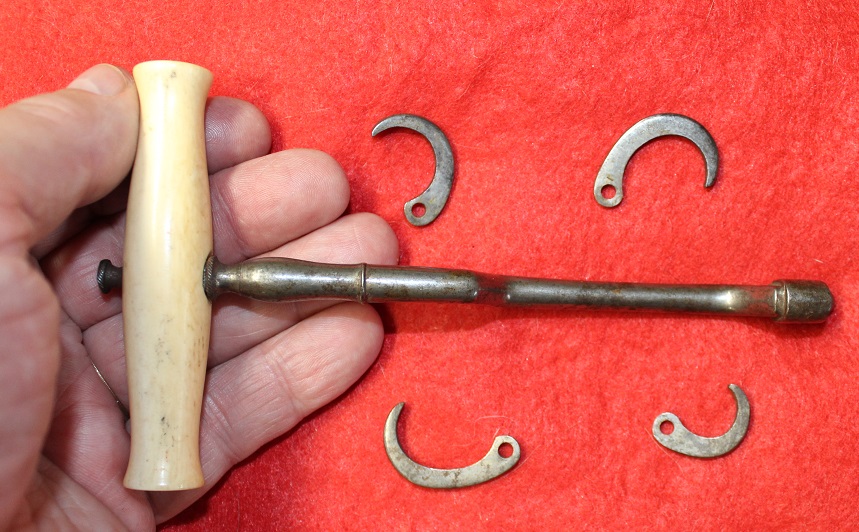
__________________________________________________________________________________________
CATALOG 1
SOLD!!
This is a very good example of one of the tens of thousands of European muskets and rifles imported to army early war volunteers in the Civil War. Many of these arms were made in the Belgian city of Liege, whose gun makers produced copies of regulation arms for a number of European countries. This is a Model 1842 French infantry rifled musket and has no marks on the lock plate but does have European stock marks on the left butt flat and wrist. Also stamped clearly on the wrist is “ED. GARLAND,” who could have been a soldier, but also an arms importer or one of the U.S. agents scouring Europe for military arms. There we no know Confederate purchases of this model but obviously battlefield pickups were numerous and many were pressed into service by Confederate soldiers. Looking on civilwardata.com we found 4 Union Soldiers named Edward Garland. One was Cavalry so that lets him out but 3 were infantry and if one of those units that they were in carried a model 1842 French Rifled Musket then there are possibilities! The follows the general lines of the French infantry musket of 1842. It is iron mounted, with three barrel bands, the upper band being double, with a barrel-mounted blade front sight, bayonet stud mounted under the muzzle, and has been rifled and has the typical block sight. It's in .70/.71 caliber. As is characteristic of many French and Liege arms, it has a back action lock, with the lock plate secured at the rear by a screw requiring a special screwdriver to discourage meddling by curious privates. (In European armies the sergeant was often the lowest ranking soldier to be equiped with the necessary gun tools.) The metal is smooth overall with a matching thin brown patina mixing with underlying pewter gray. Bands, sights, ramrod, bayonet stud, swivels, etc. are in place. The wood fits the metal tightly and has nice color and surface with just a few dings here and there from use but no cracks or breaks. The stamped markings in the wood are crisp and tiny. There are no markings on the lockplate. The mechanism works just fine but is is missing the hammer screw head but the hammer is in no danger of falling off. The 40 1/2 inch round barrel still has visible rifling but also visible pitting indicating that the rifle was used quite a bit. Imported arms played a key role in the war, particularly in the early years before U.S armories and contractors could catch up in production. Some estimates of imported French and Belgian arms place their numbers close to 150,000. This is a nice overall example of an early war firearm! For this piece $695.00


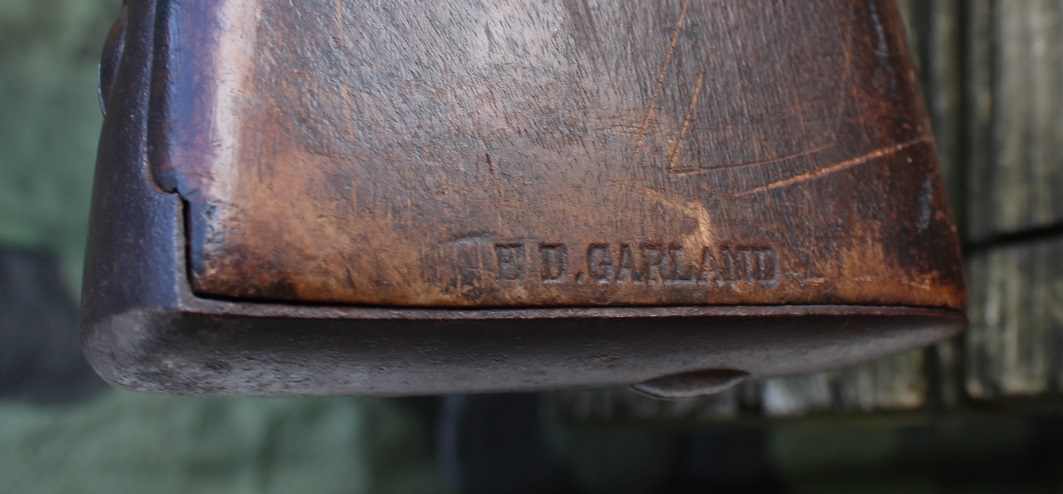
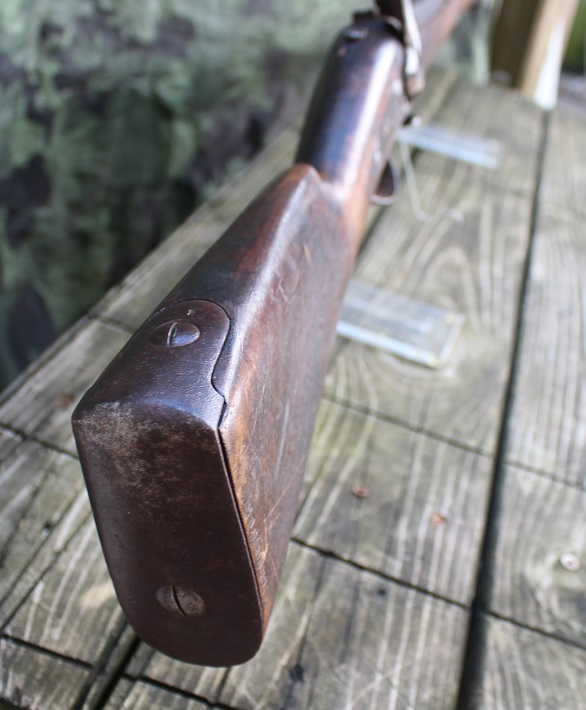
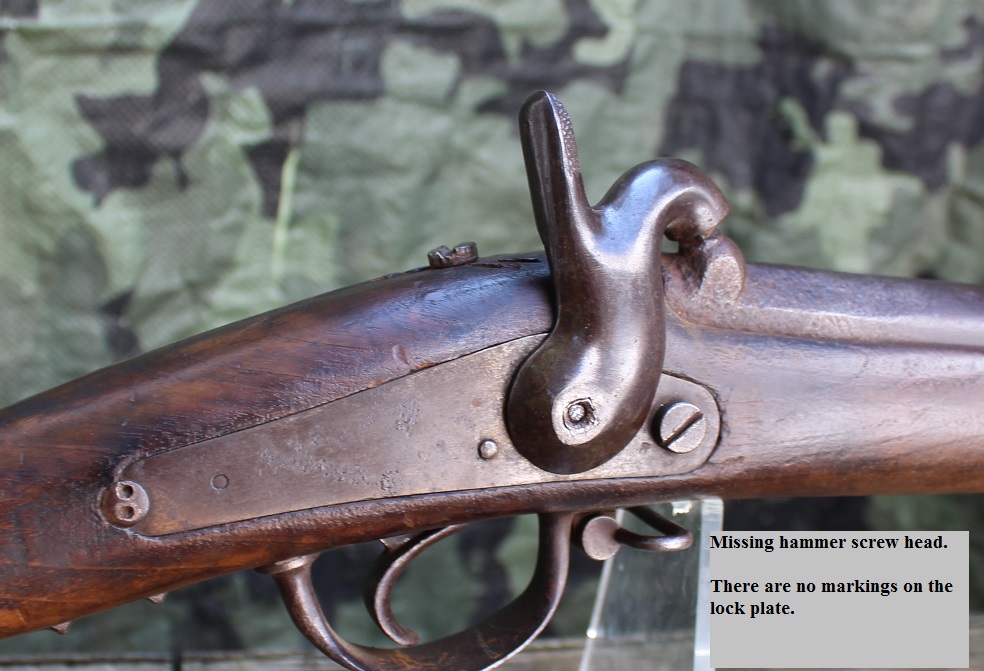
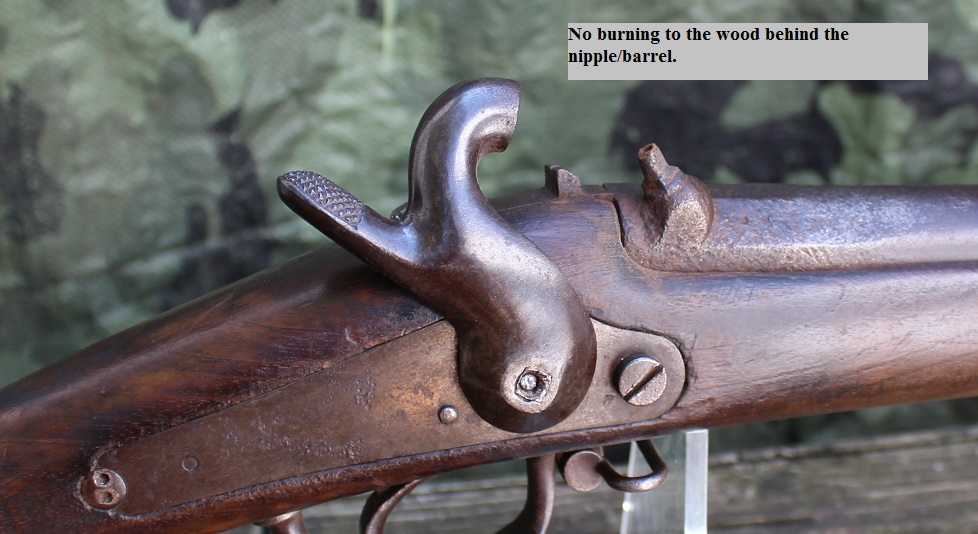
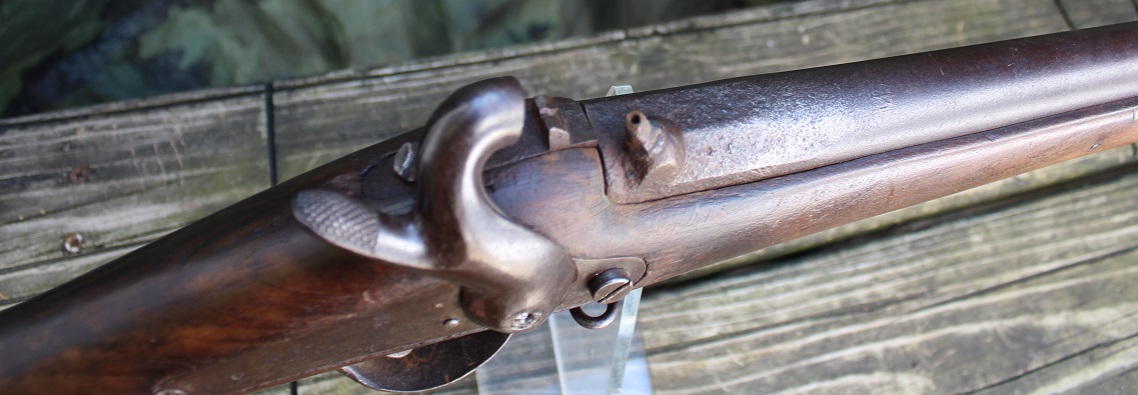


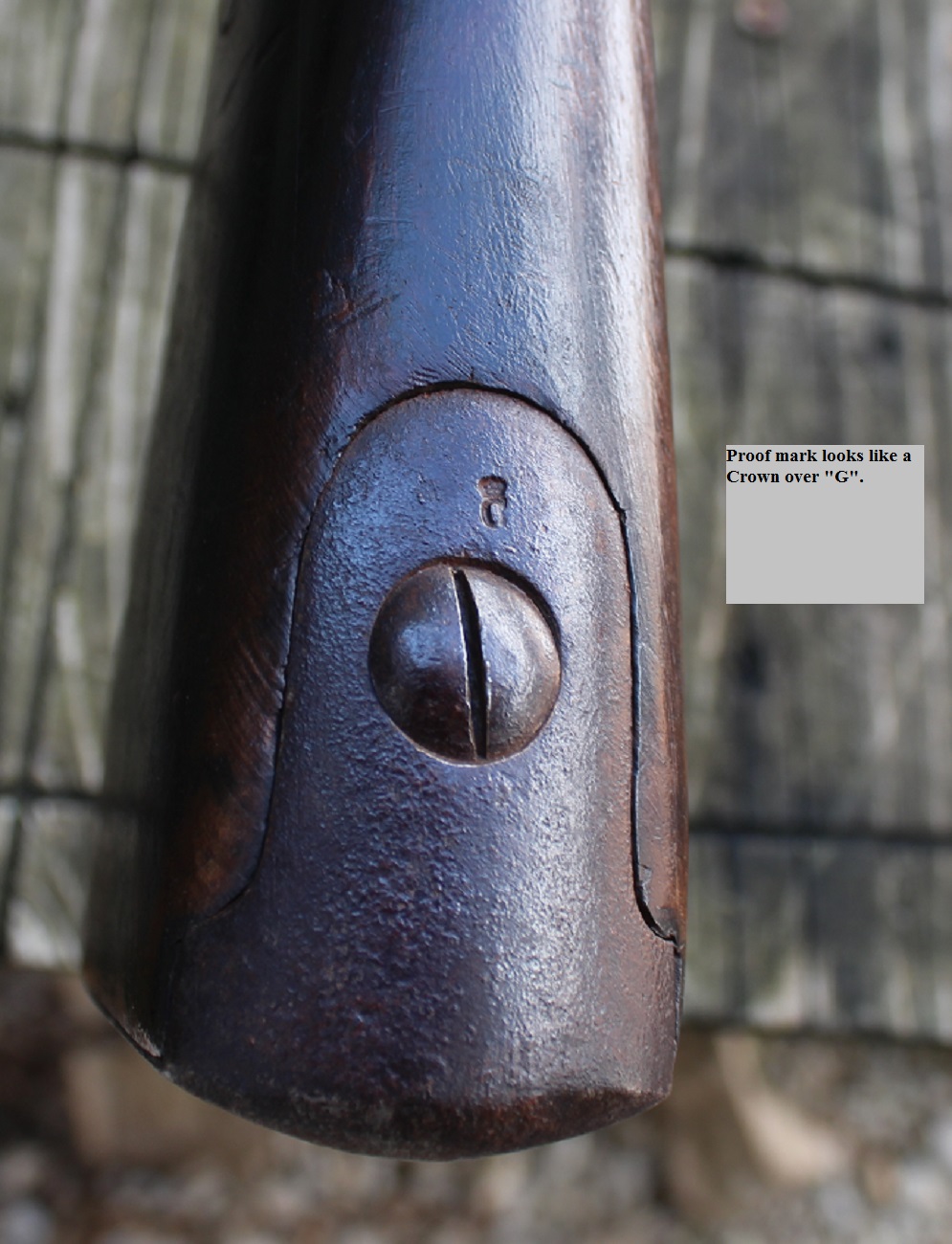
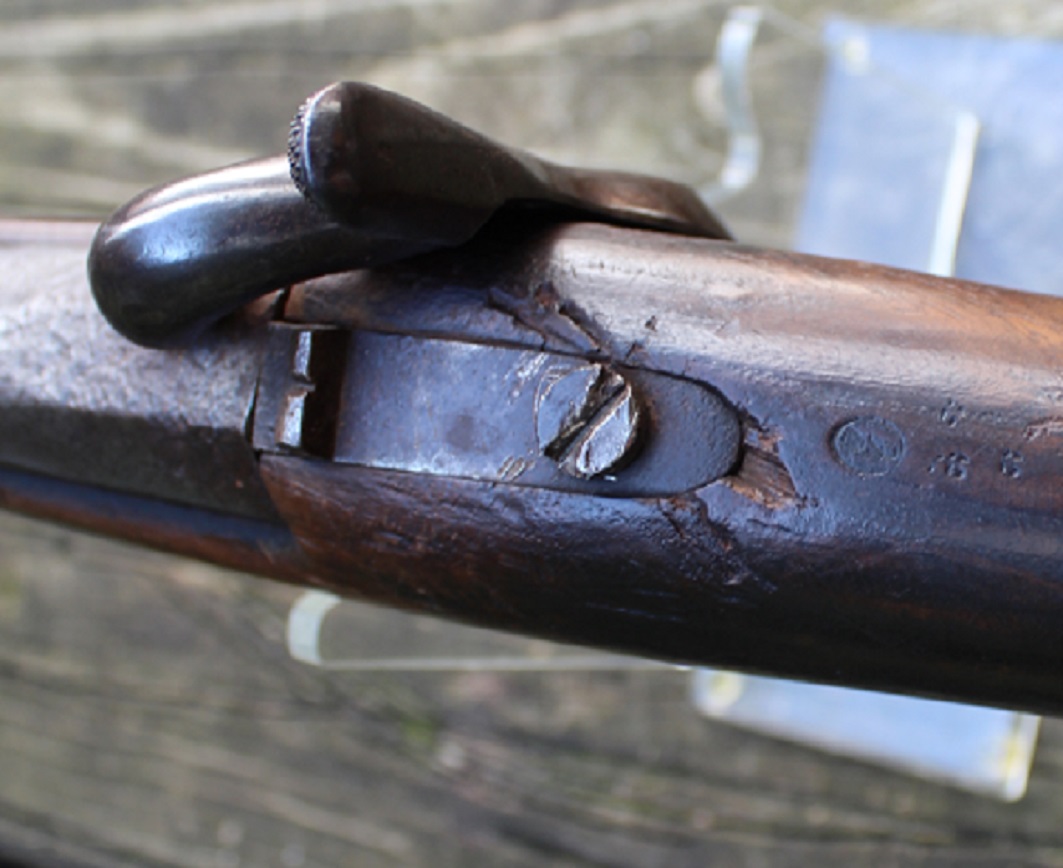
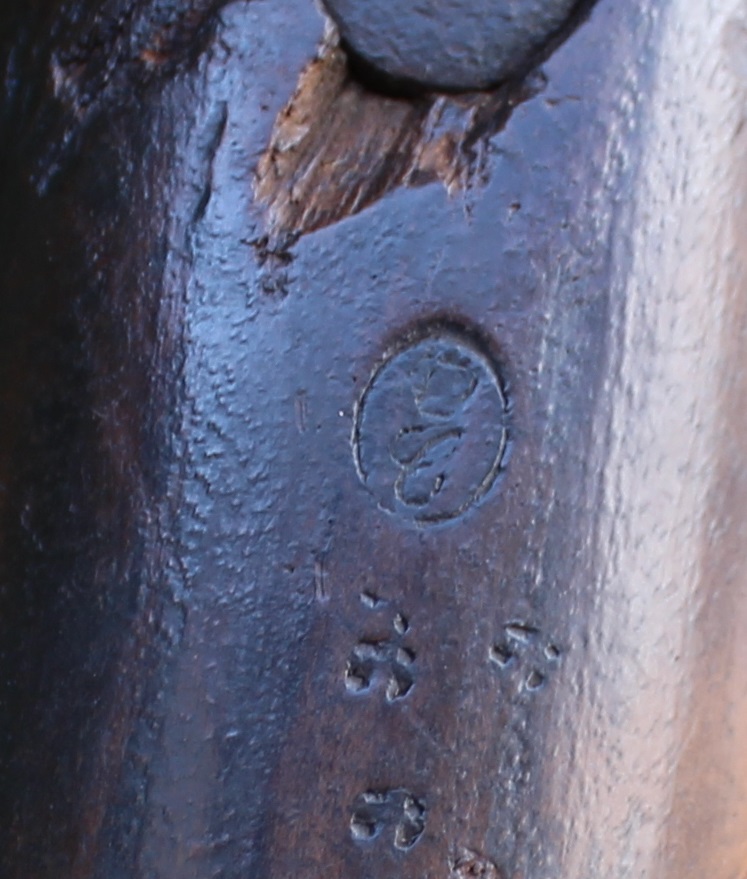


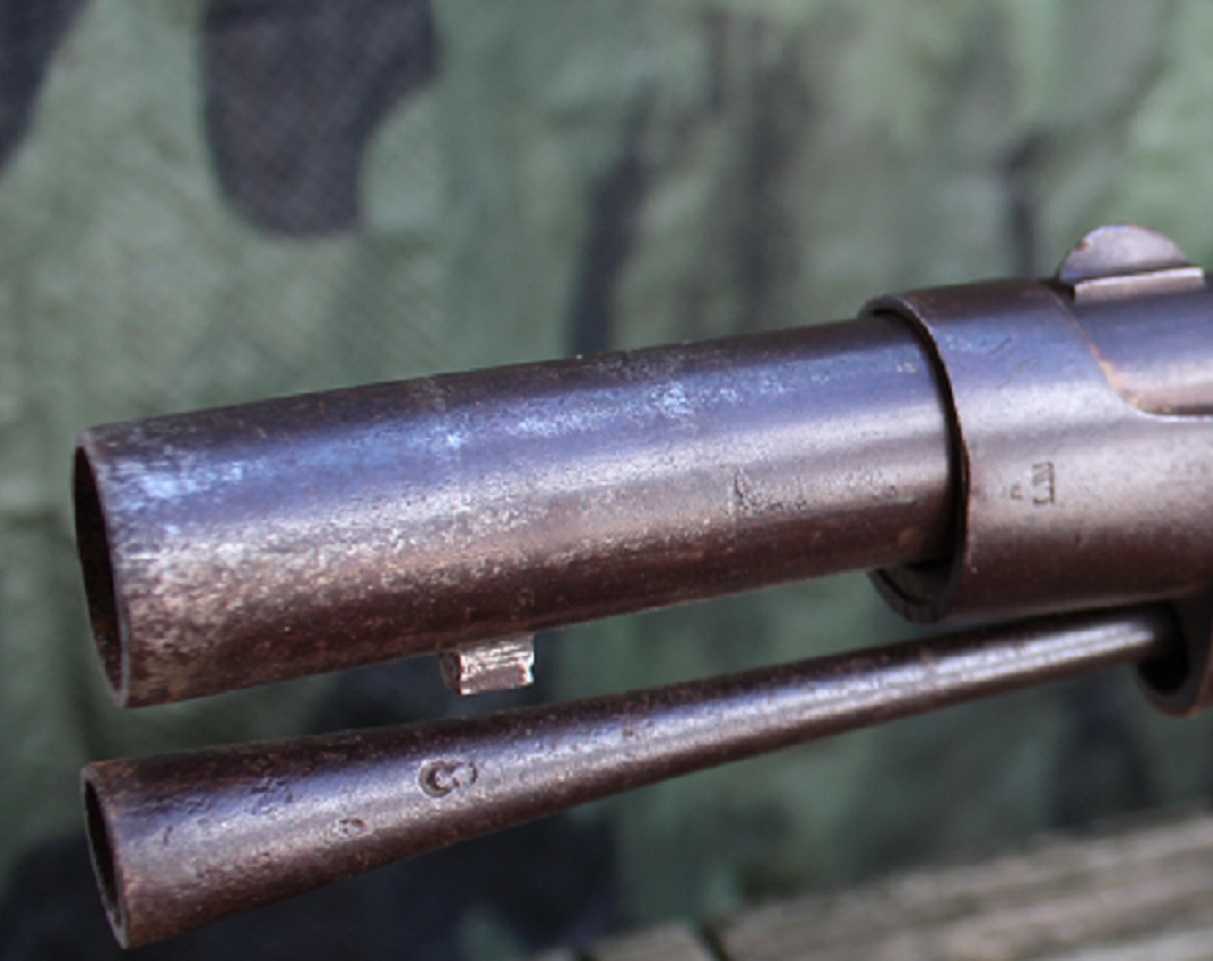
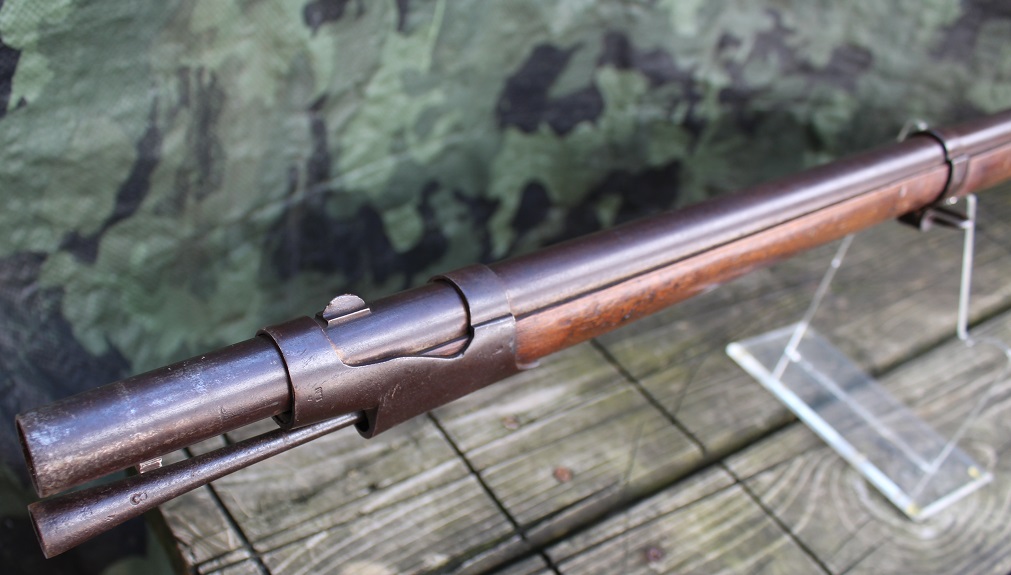
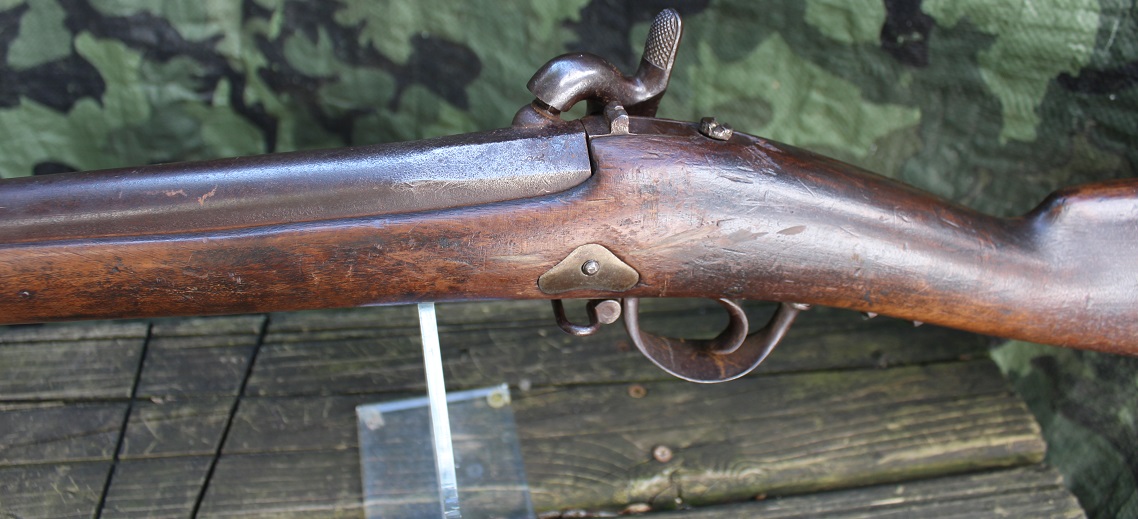
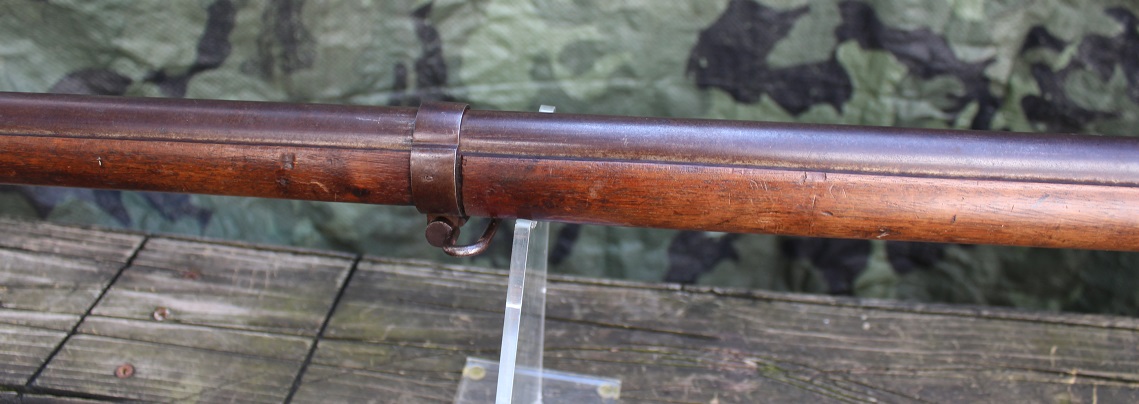
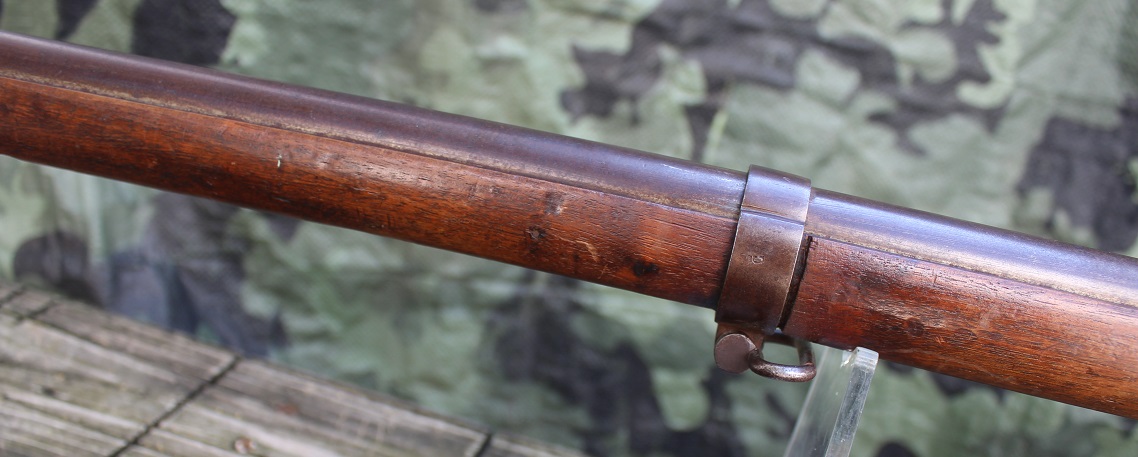
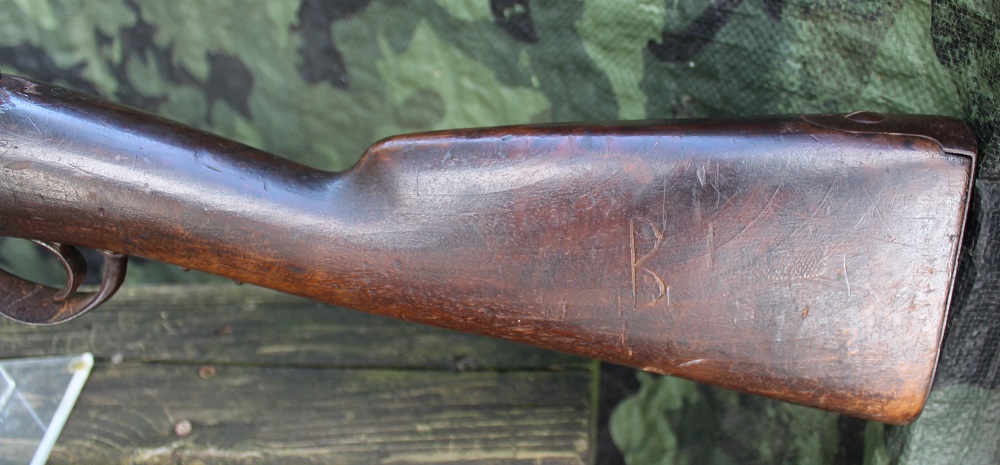
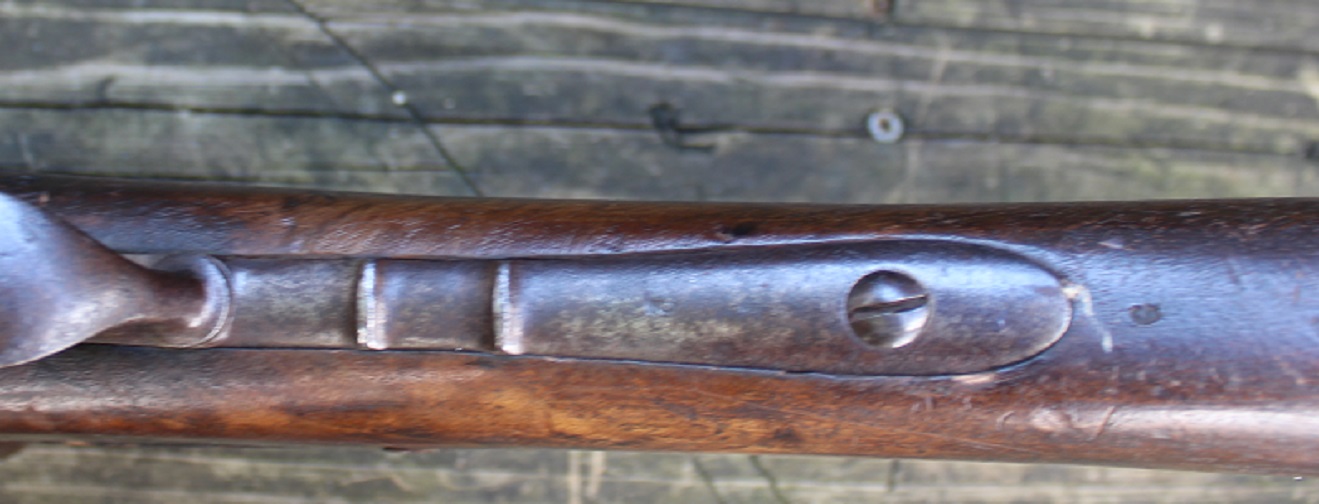
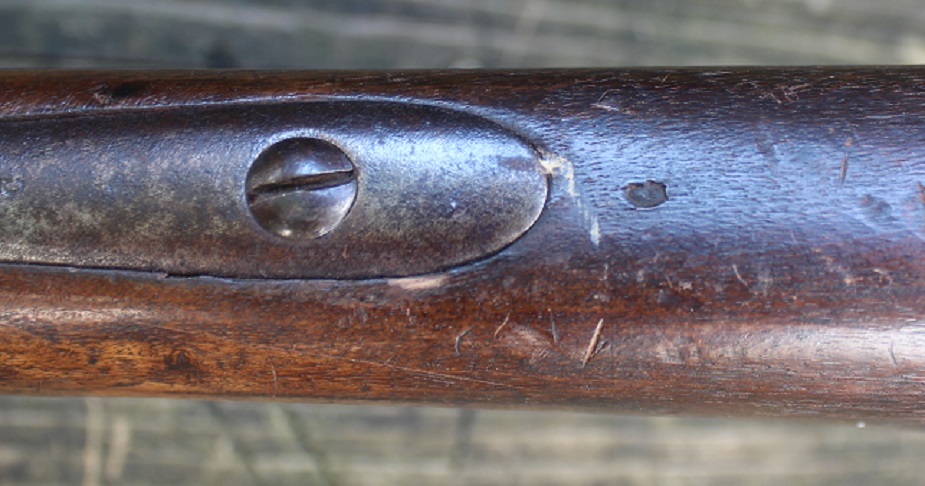
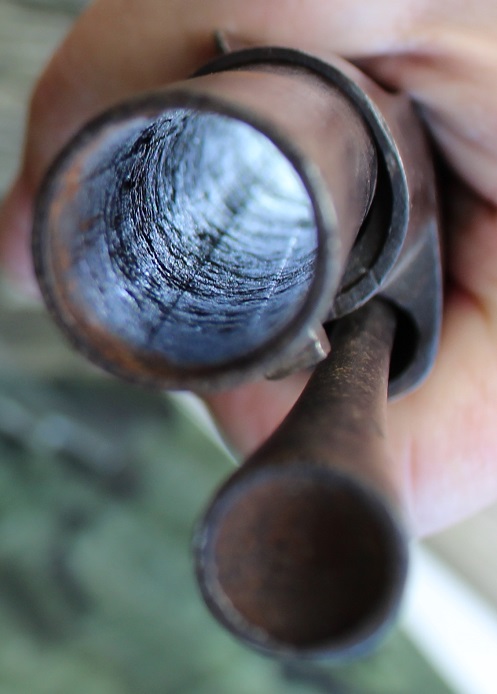
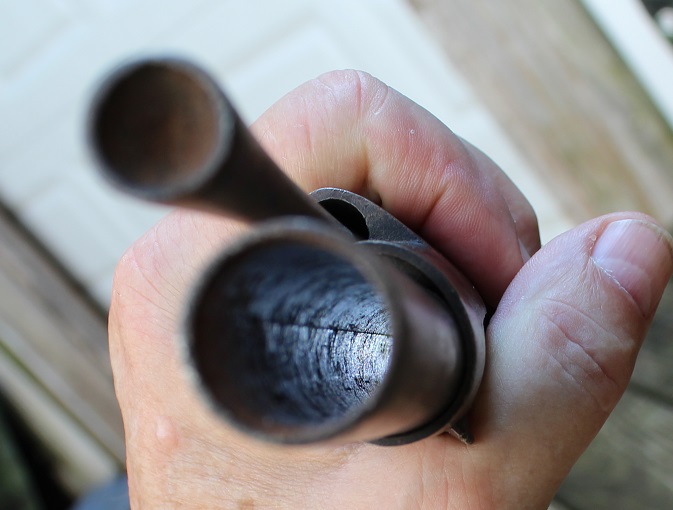 ___________________________________________________________________________________________
___________________________________________________________________________________________
CATALOG 1
tc dug collection
Here we have a substantial dug collection of Civil War items that came into the shop the other day. A couple of piece aren't dug but most are. They consist of :
Mostly bullets and projectiles from Gettysburg, some fired. There are 38 or so bullets of all sort, mostly 3 ringers, but burnside, sharps, 2 ring bullets, williams cleaner, etc. There are also a couple of grape shot, harmonica parts, a couple of horse shoes, and misc. One small collection is from Dalton to Atlanta, GA. There are also 10 dug buttons which include 2 cuff I buttons, 2 coat I buttons, 1 cs flat button and 5 US general service buttons. Also included is an unused Infantry Hat Insigna in the form of a French Horn, probably from Stokes Kirk or Bannerman's Island and a company designated "J" insignia which also looks unused. Check out the pics! For the lot $225.00
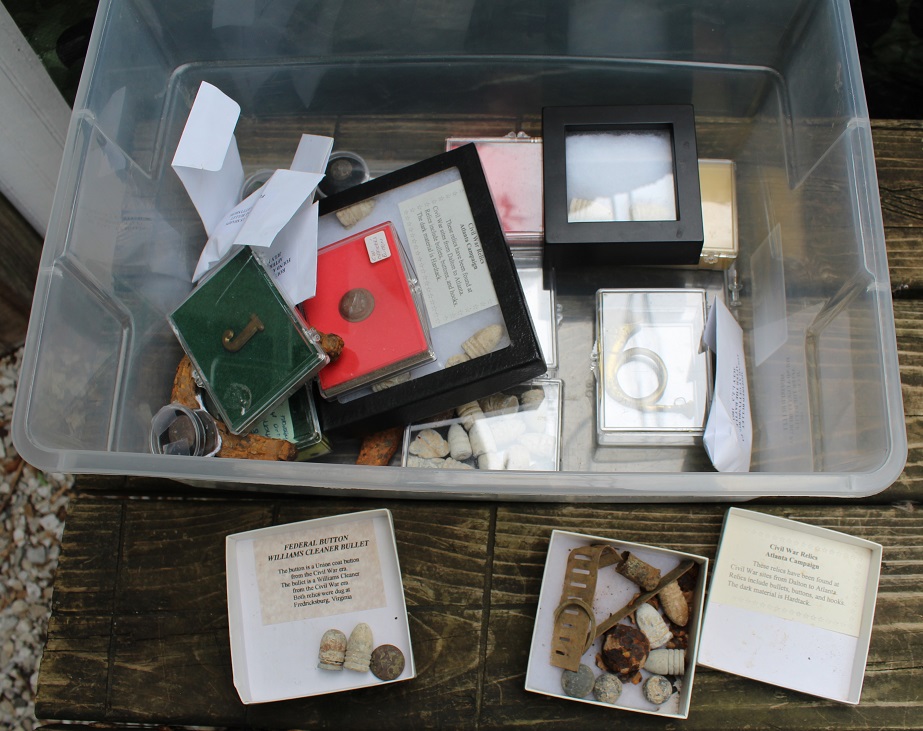
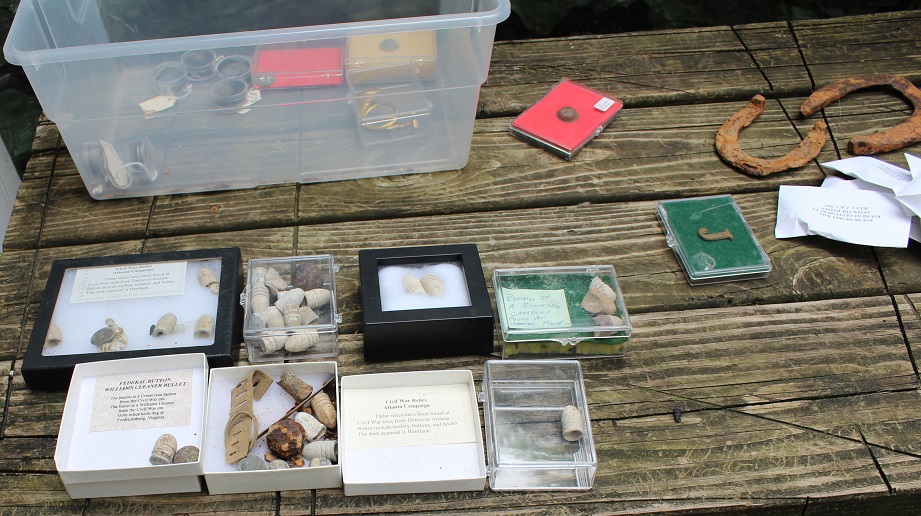
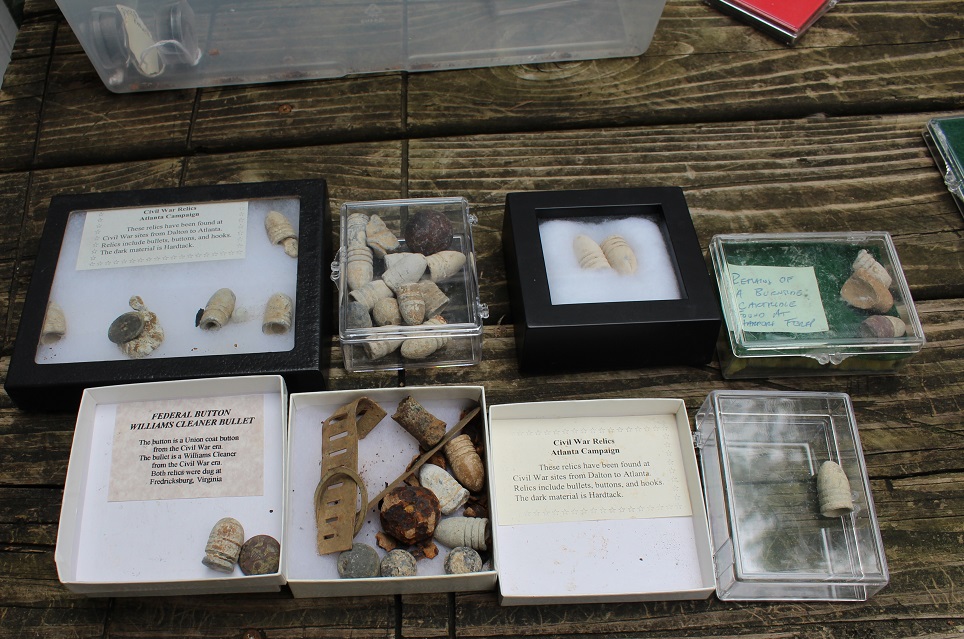
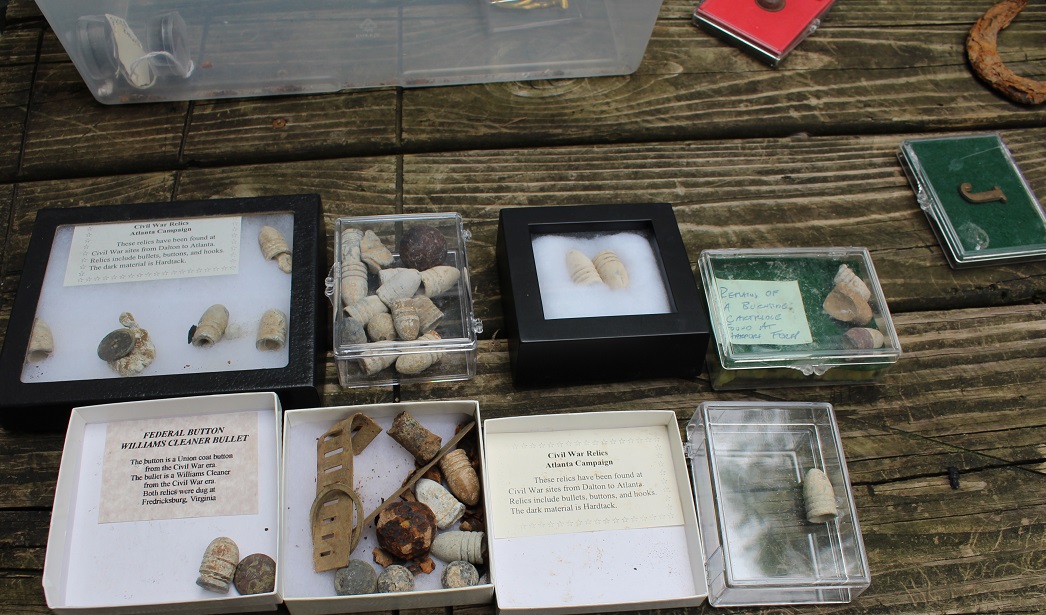
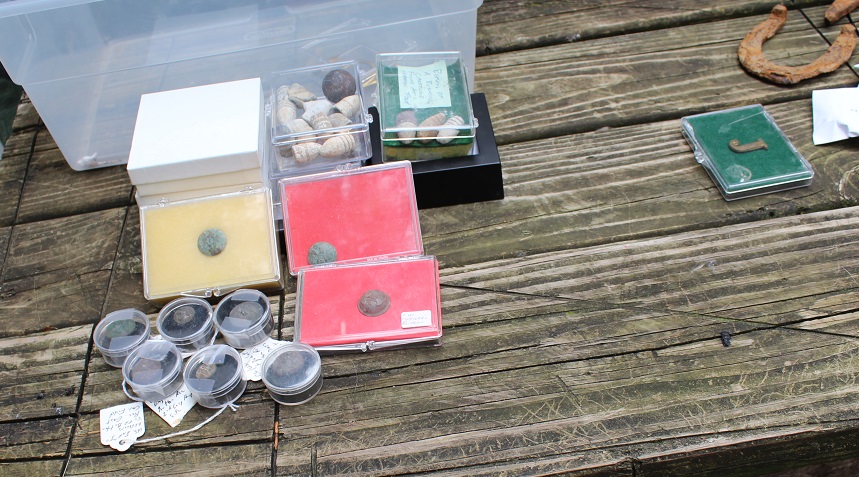
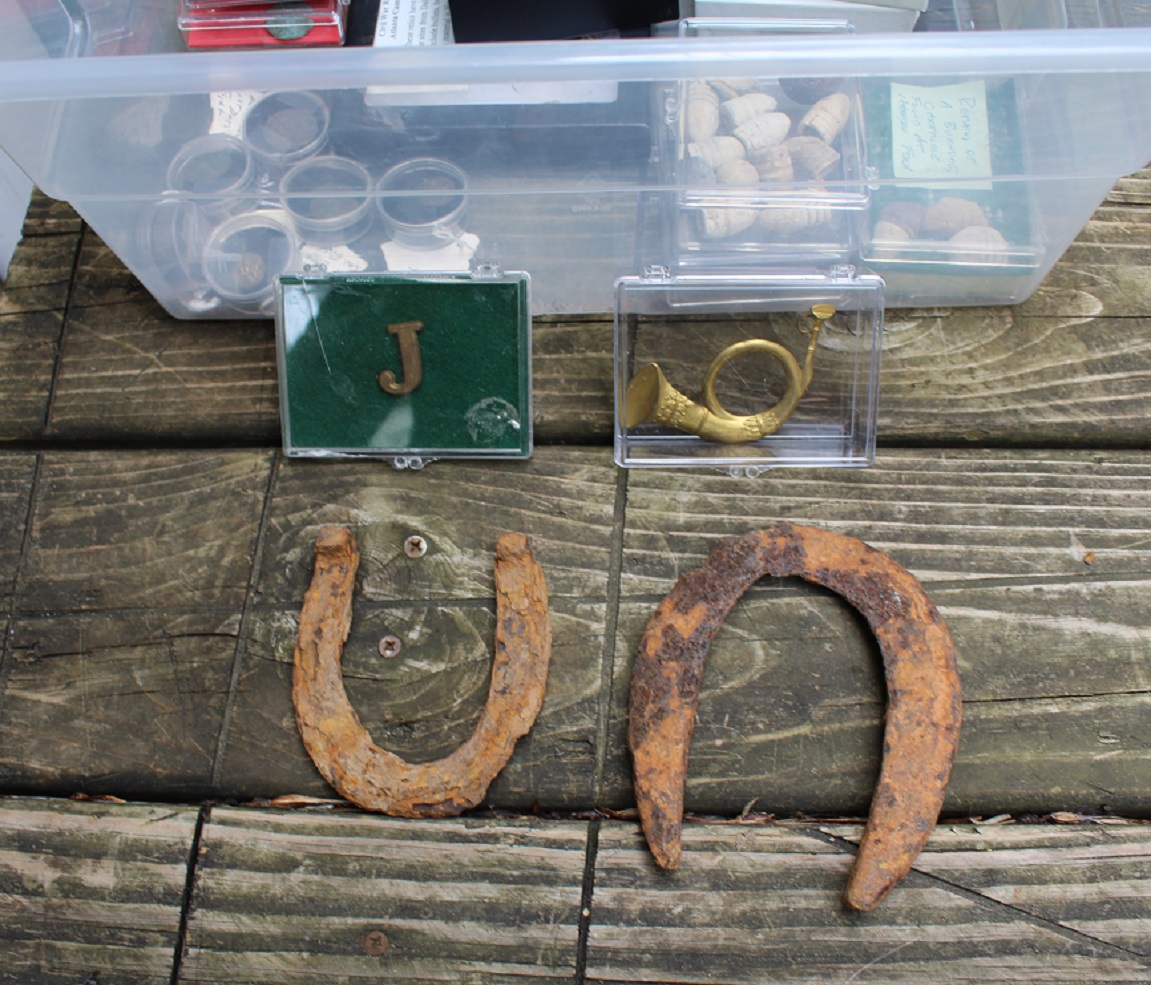
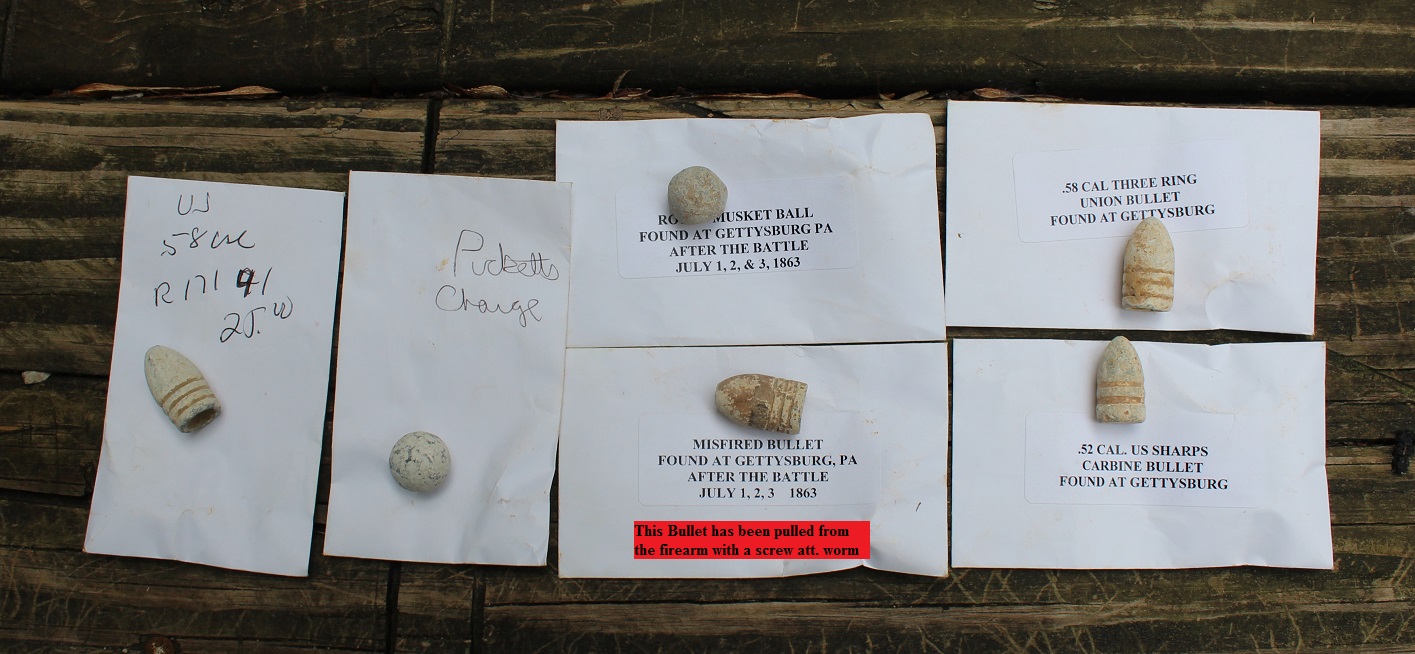
_________________________________________________________________________________________
CATALOG 1
NO LONGER AVAILABLE
tc 1865 Civil War Letter
Here we have a letter written by Lewis Shaddinger, private of Co. A 104th Pennsylvania Infantry. Lewis entlisted on Sept. 15, 1862 and was discharged on June 16th, 1865. A capsule history of the Regiment's history will be included with the letter. This is a folded letter which makes up 4 pages of which Lewis has written on 3 full pages to his cousin who I do not know the id of. The letter is headed Bermuda Hundred, VA January the 8th, 1865 so that puts him at Petersburg during the seige. The letter is mostly legible and written in ink. He is stationed on the south side of the James river and is close enough to talk to the Rebs. He also talks about deserters coming across. He talks about being employed as a Carpenter for the QuarterMasters Dept. He also talks about the ground being muddy and the freezing temps. An insight into a soldier's life. For this nice content letter $45.00
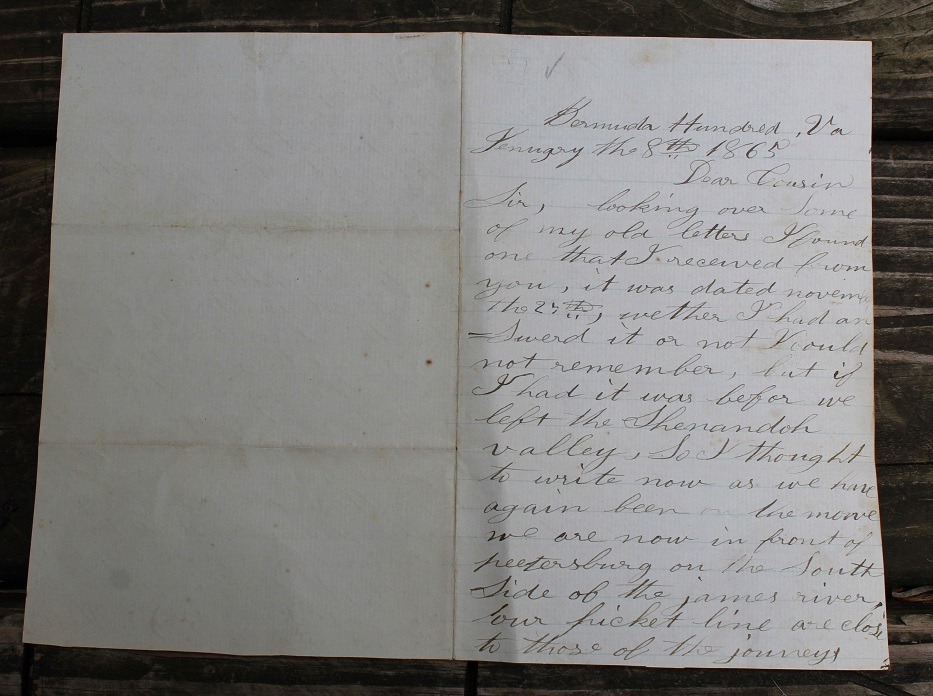
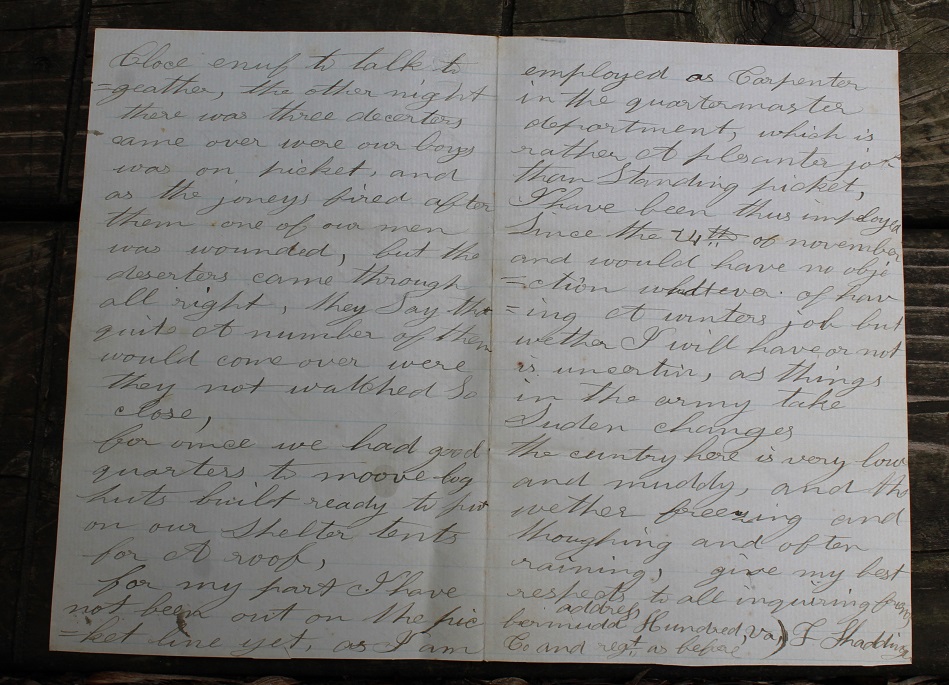
__________________________________________________________________________________________
CATALOG 1
All SOLD
tc 3 sets of antique/vintage knucks or knuckle dusters
Here are 3 sets of late 1800's through WW2 iron knuckles! They are very well made! Check out the pics!
$120.00 for each set.
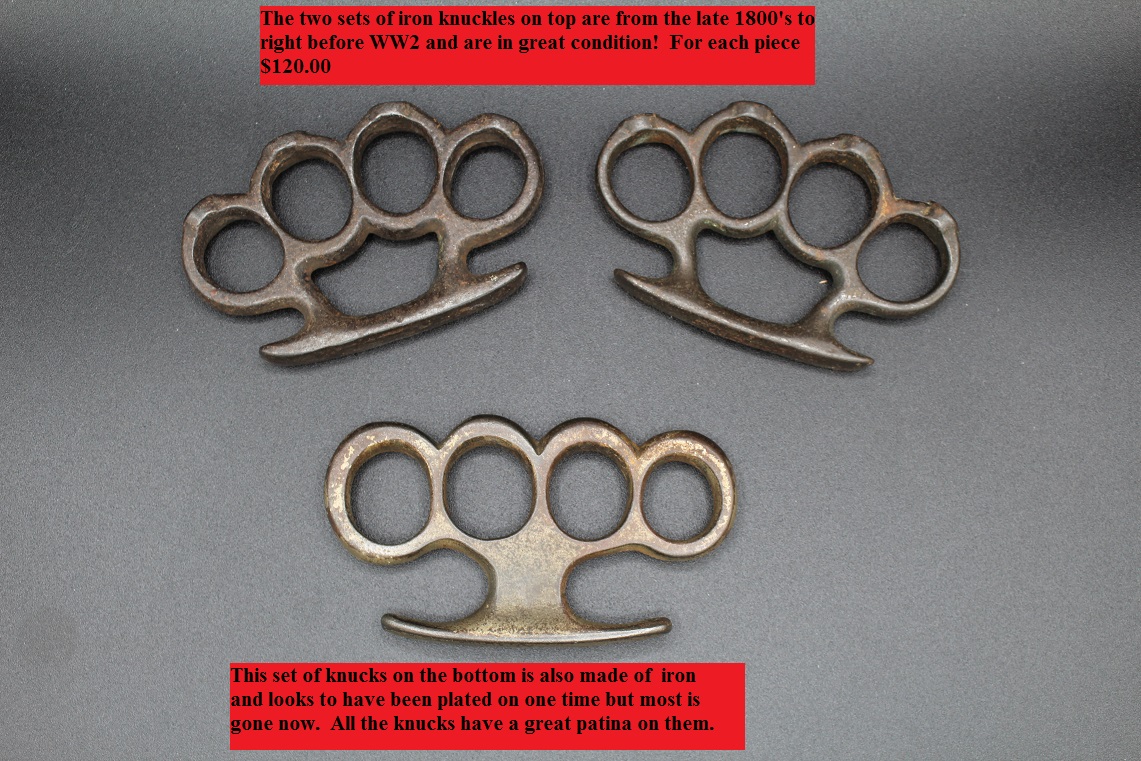
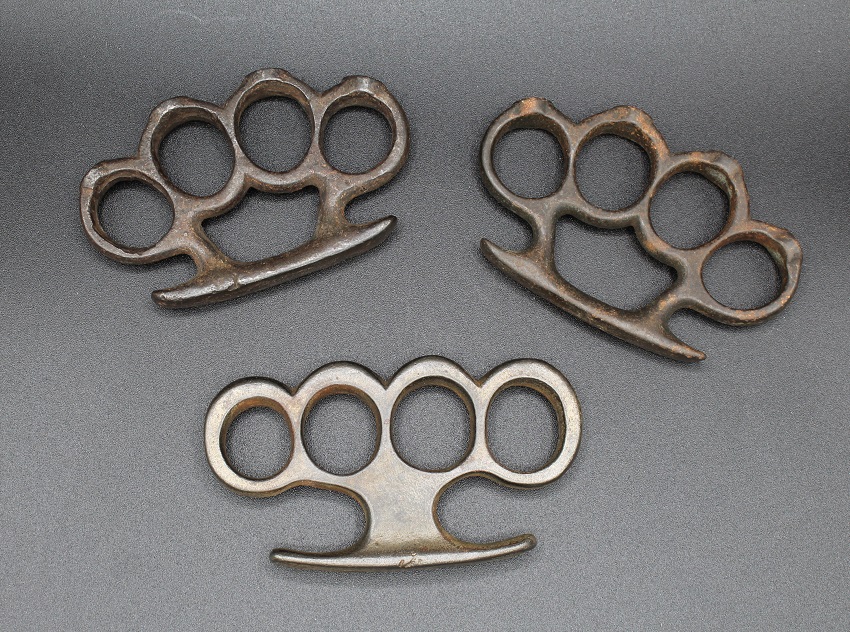
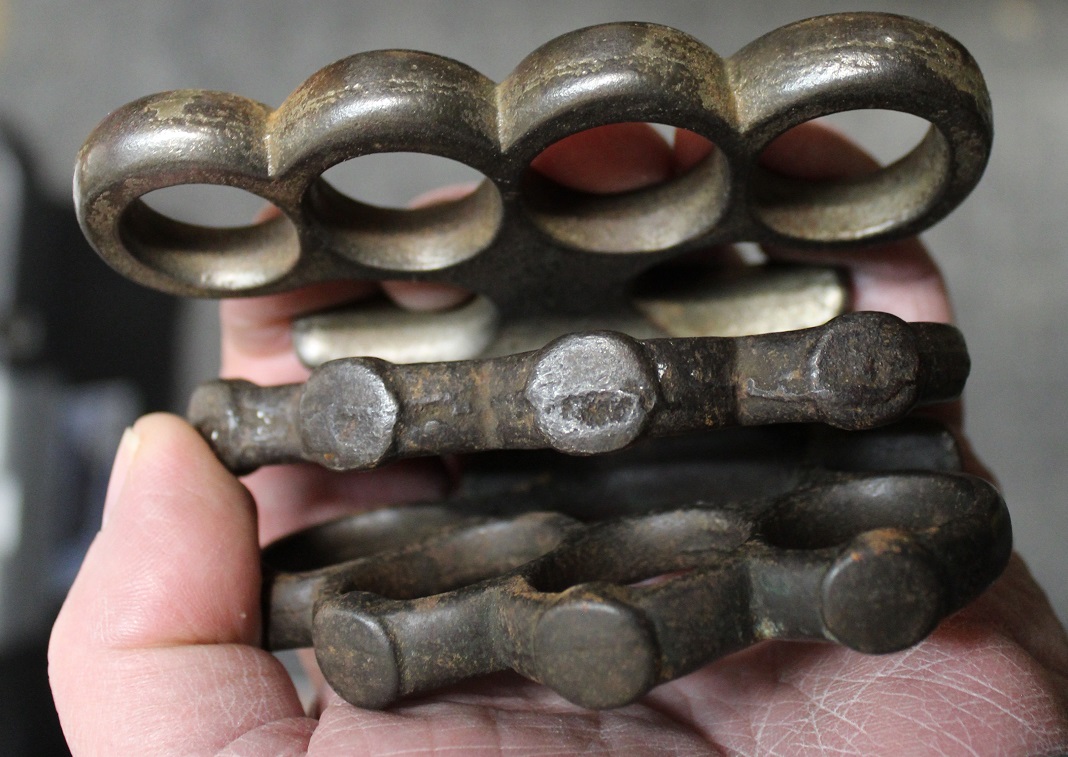
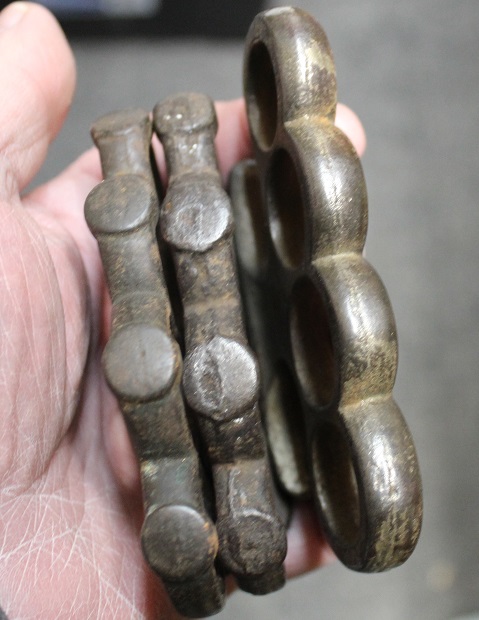
_________________________________________________________________________________________
CATALOG 1
tc
3 pcs from same group
Here we have three Civil War era/ 19th century pieces that came in together and they could have been all carried by a cavalryman. They are:
1. The pistol is SOLD
A single shot percussion pistol from the 1840's through 1860's in approximately .44 caliber. This piece has no markings except for a small proof mark on the bottom of the barrel which I think to be Belgium in nature. There are also 3 notches on the barrel lug that is used in conjunction with a barrel wrench to unscrew the barrel for loading. I do not have the wrench and the barrel has not been removed. The barrel is 2 3/4 inches long and looks to be a smoothbore. There is some floral engraving to the frame of the piece as well as on the trigger guard and tang. The tang screw is a replacement. The action works but you must hold the pistol barrel down to cock the hammer so the trigger return leaf spring is probably broken but, heck, it still cocks and the hammer falls as it should. The nipple is bashed some indicating that someone has dry fired it in the past. The bag type grip is maple we believe and in really nice condition, not perfect but nice with no cracks or breaks . This is a nice representative piece that was used as a boot pistol or a vest type pistol, perhaps for backup. Take a look at the pics! $225.00
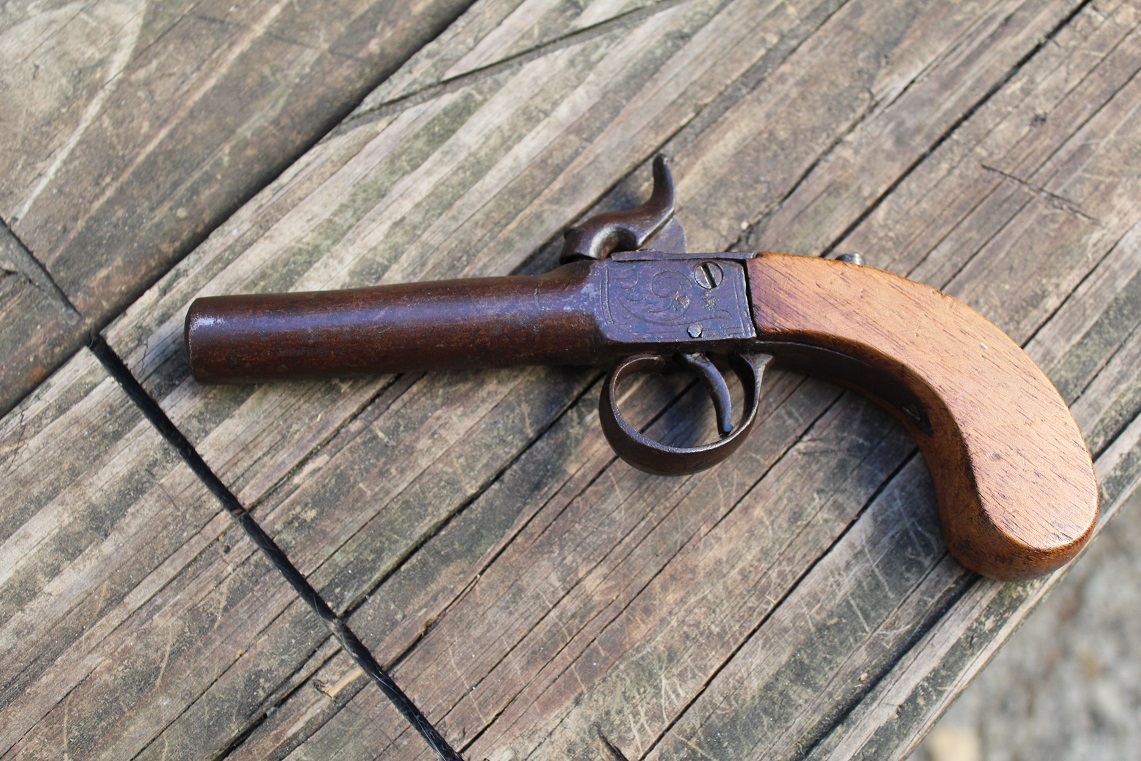
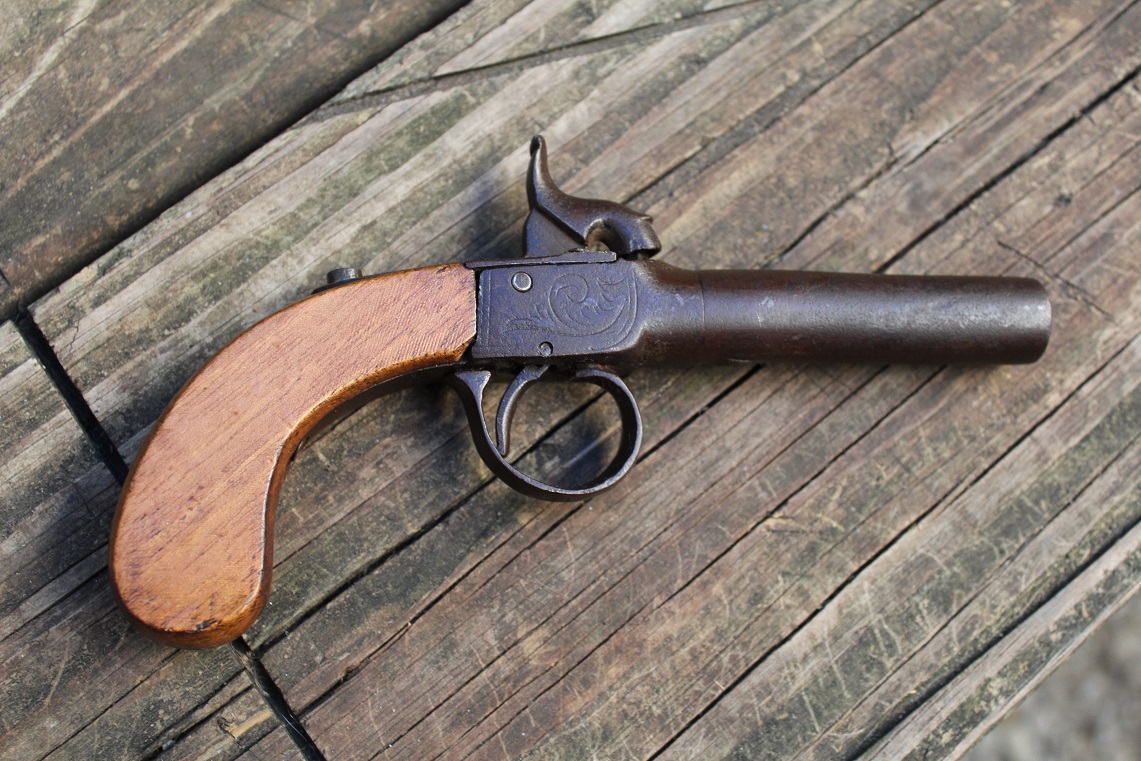
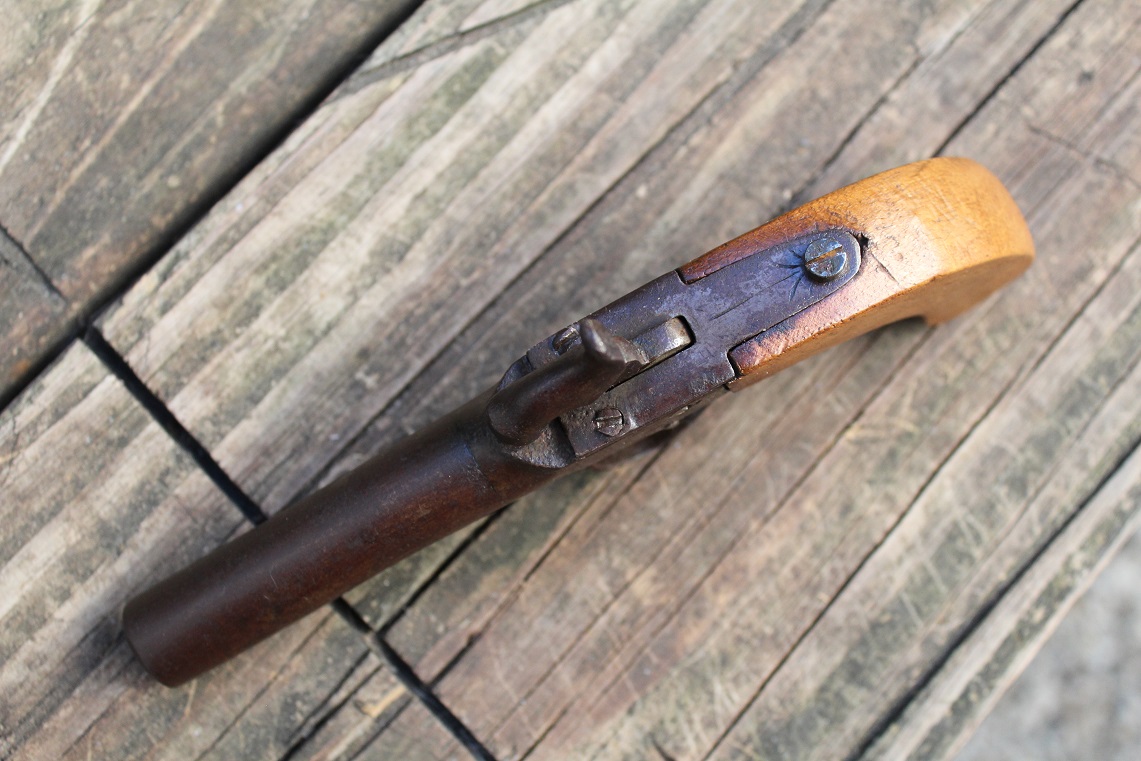
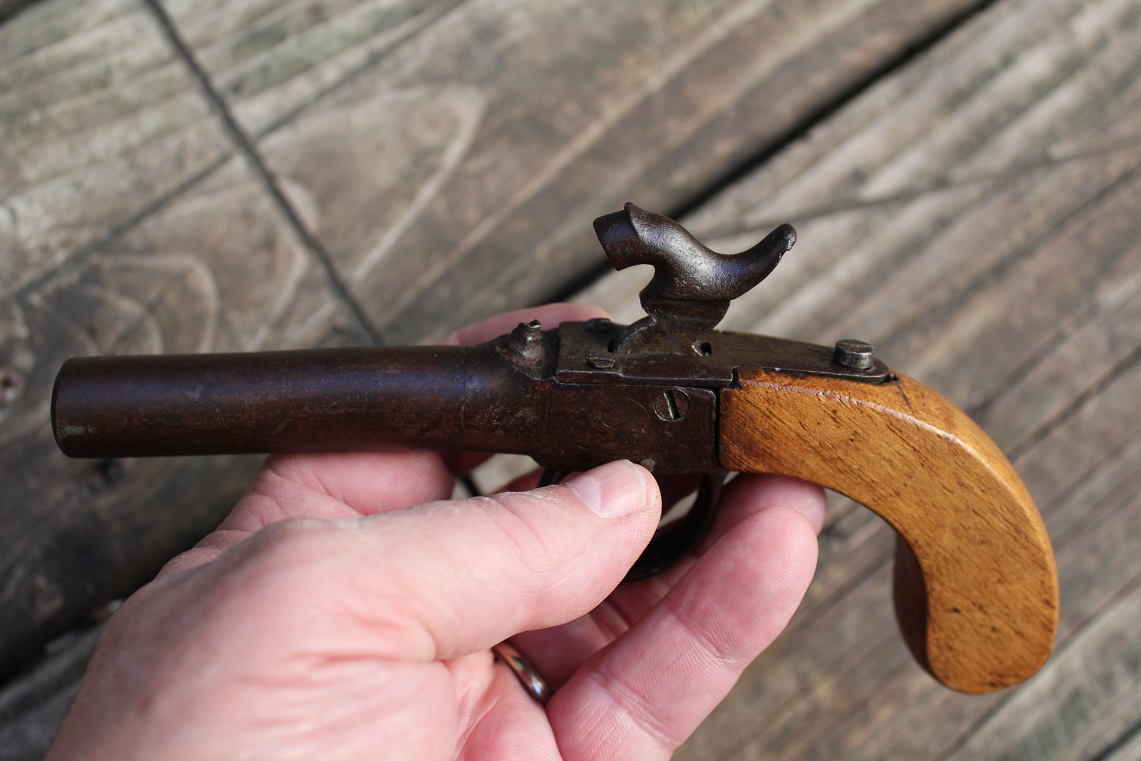
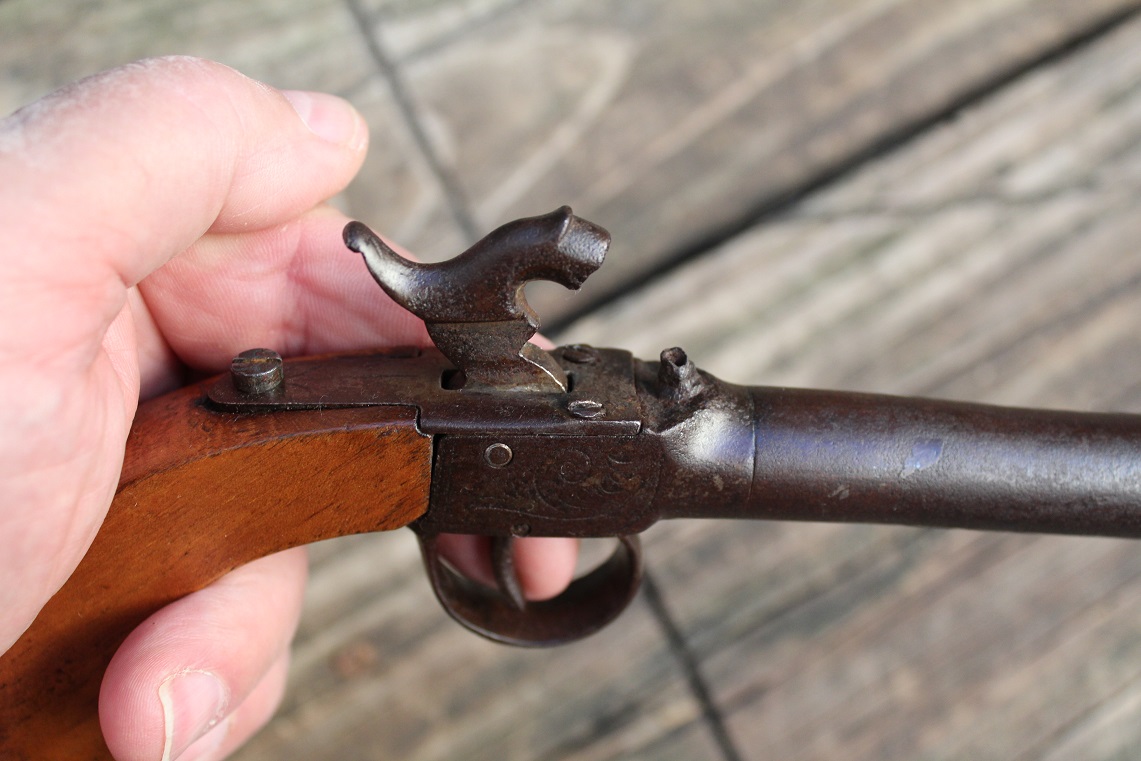
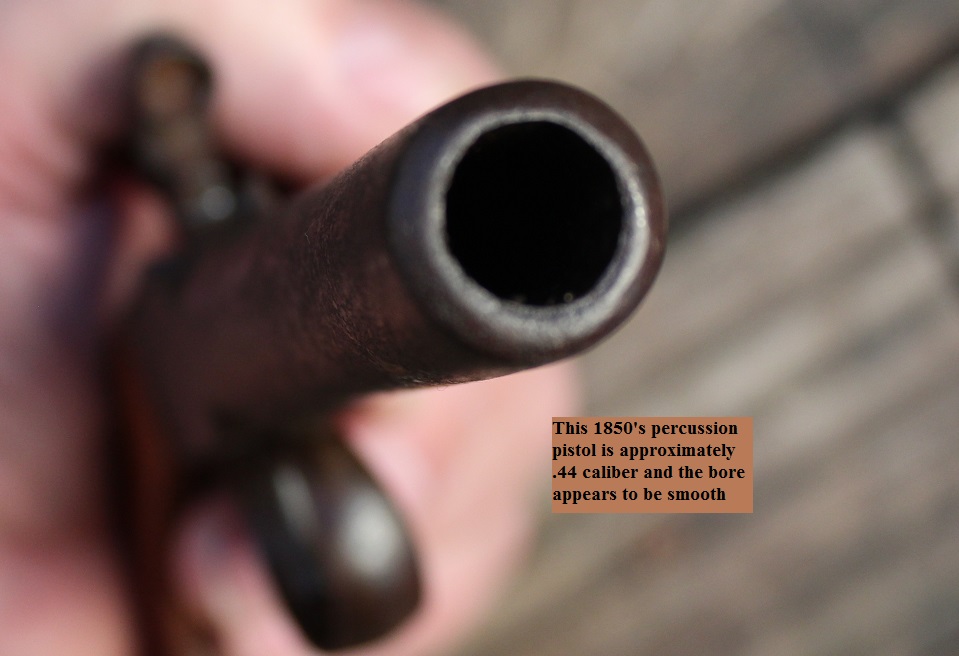

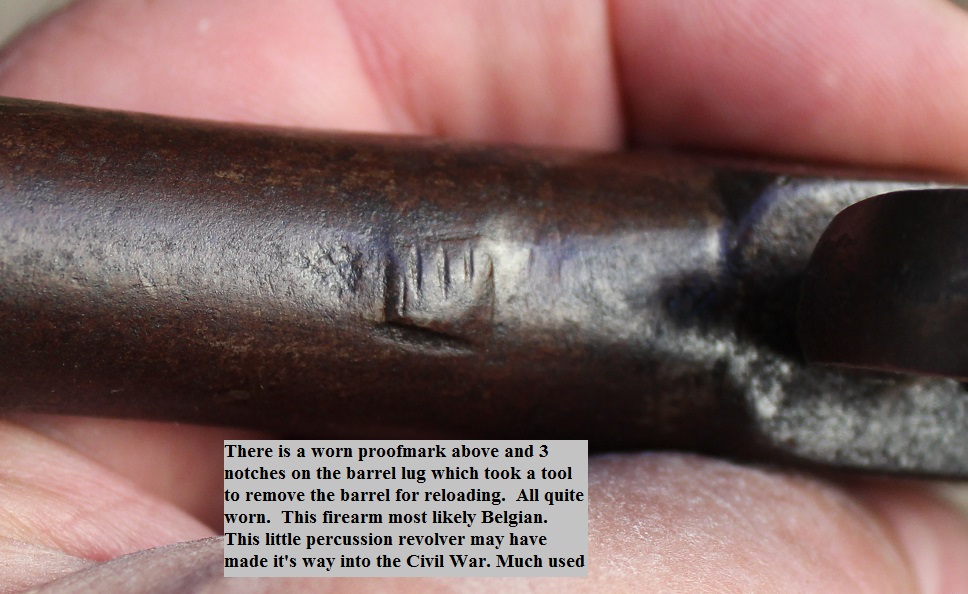
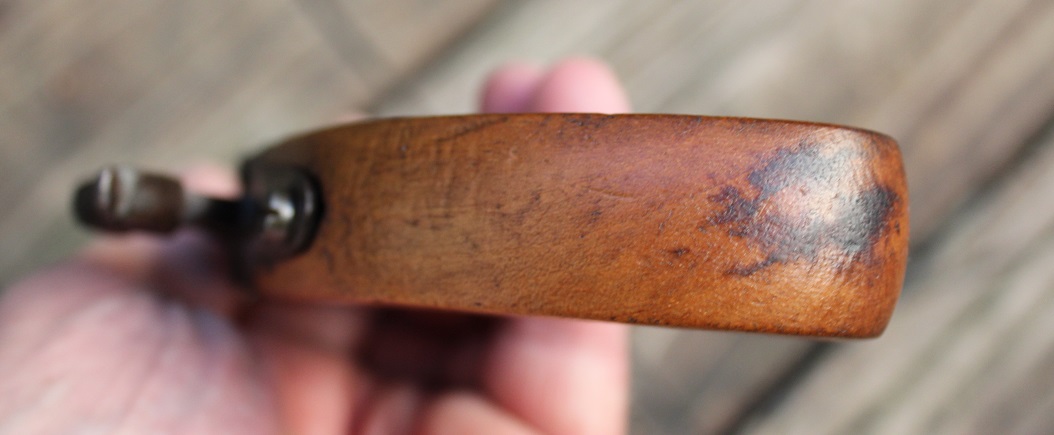
2.SOLD
Here is a cavalryman's folding hoof pic of the type that was issued to each and every cavalryman. This piece measures 3 1/8 inch closed and 5 5/8 inches open making it perfect to put in the saddle bags to carry. It consists of a hooked stone remover, hammer and nail claw puller and a rasp on the side. There are no markings on this piece. It's in really nice aged condition! Check out the pics! $125.00
<
3. Lastly, here is a lead filler leather sap that was used in combat or enforcement to control the other guy with a sharp rap to the skull ! This piece is about 8 1/2 inches long not counting the wrist strap and is quite heavy. The rivits holding the piece closed and the wrist strap are the typical Civil War type rivits seen on other pieces of leather gear. The 5 inch wrist strap is still intact but should not be used as it's a bit fragile. The rest of the sap is in good aged condition with some age cracks in the leather covering. The stitching may be early machine stitching but there are some irregularities in the way it was done so I don't know. All the stitching is intact and strong. Check out the pics here! For this piece $125.00
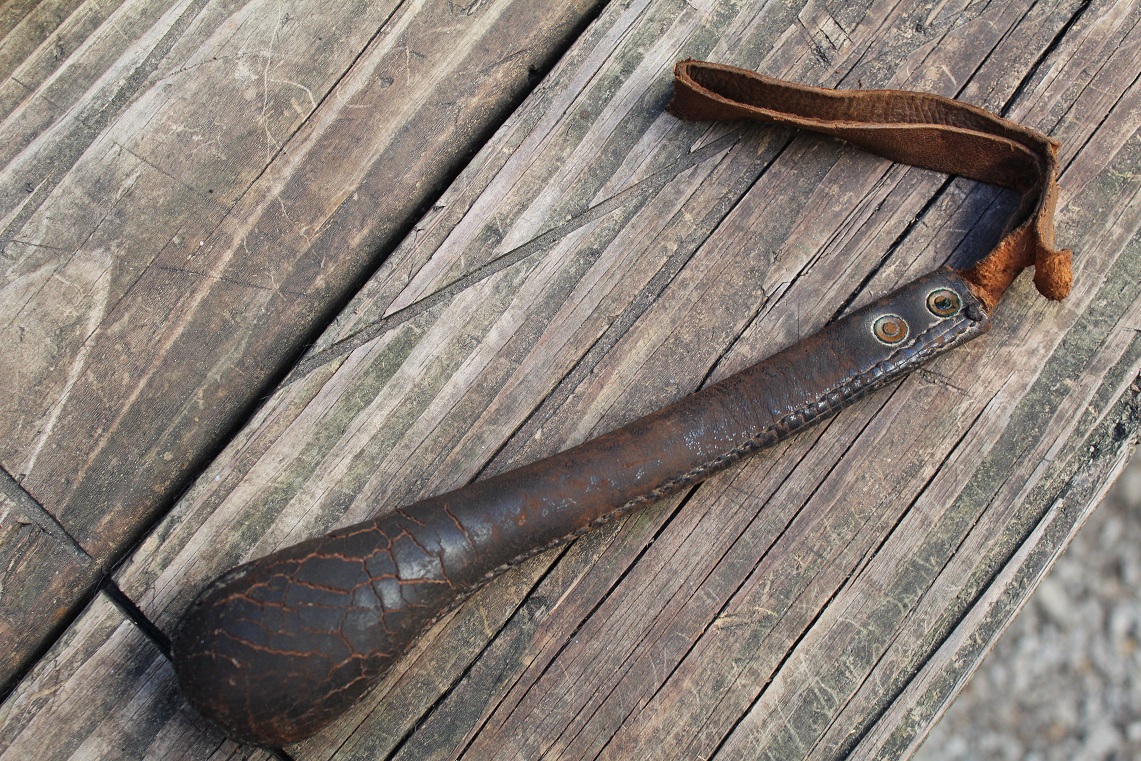
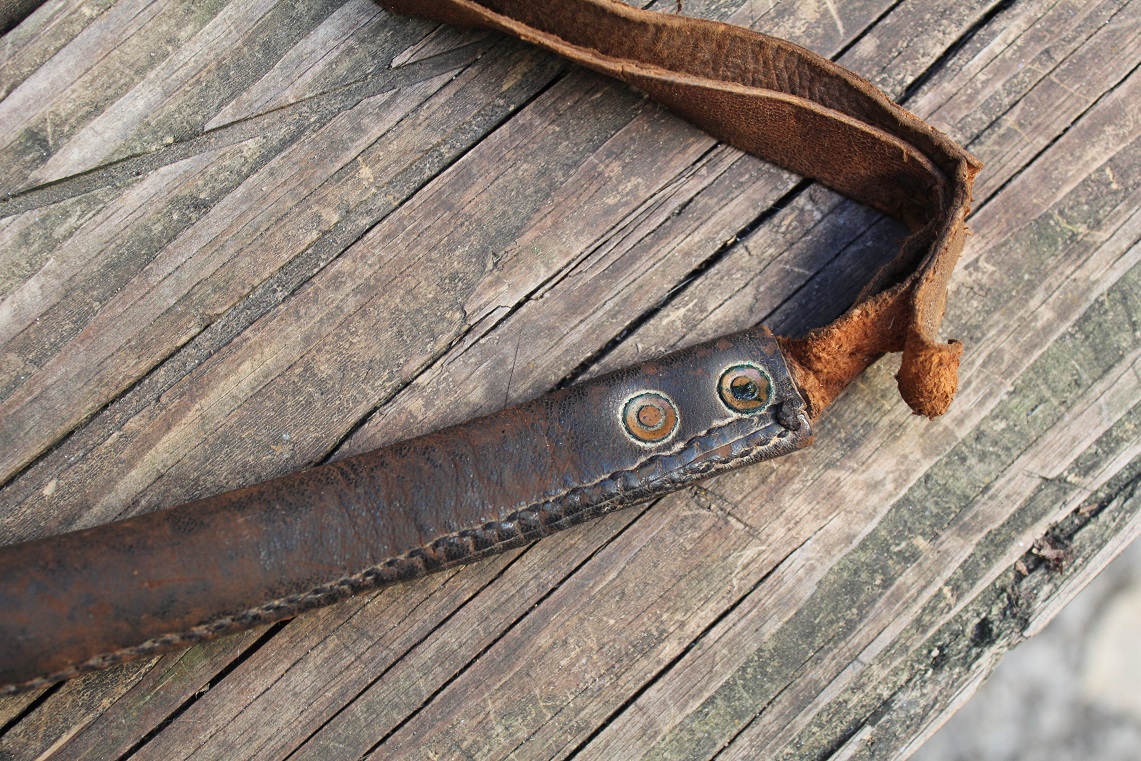
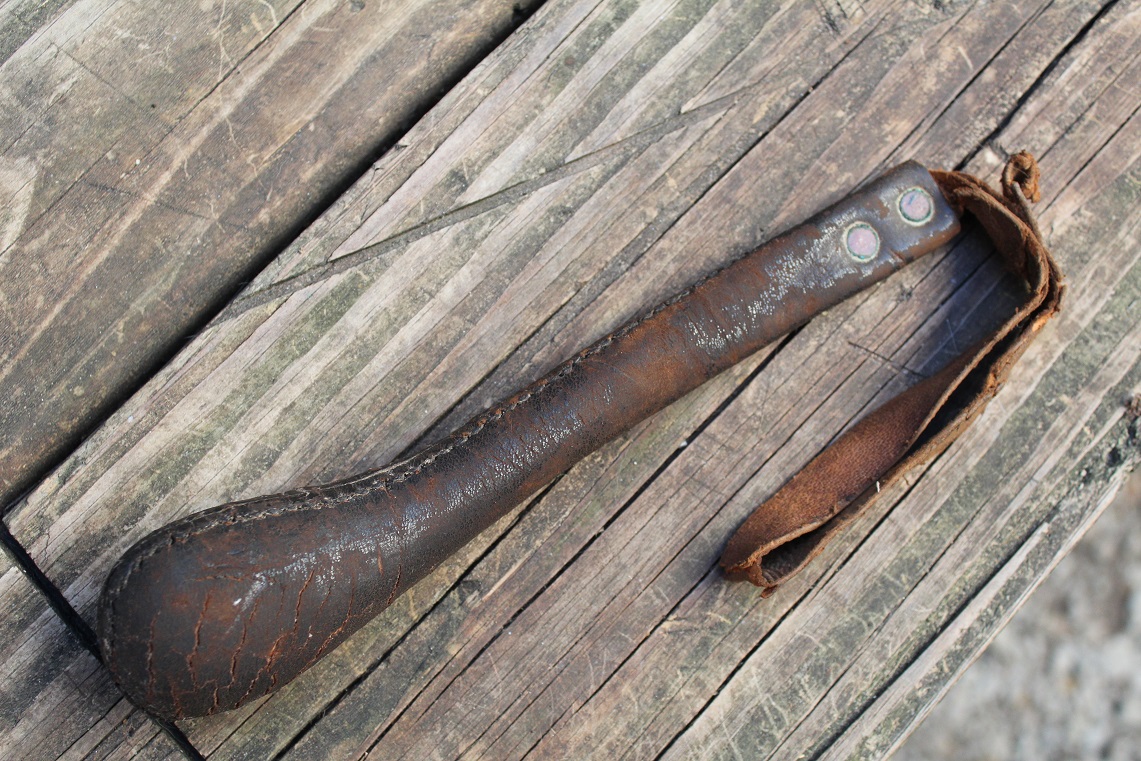
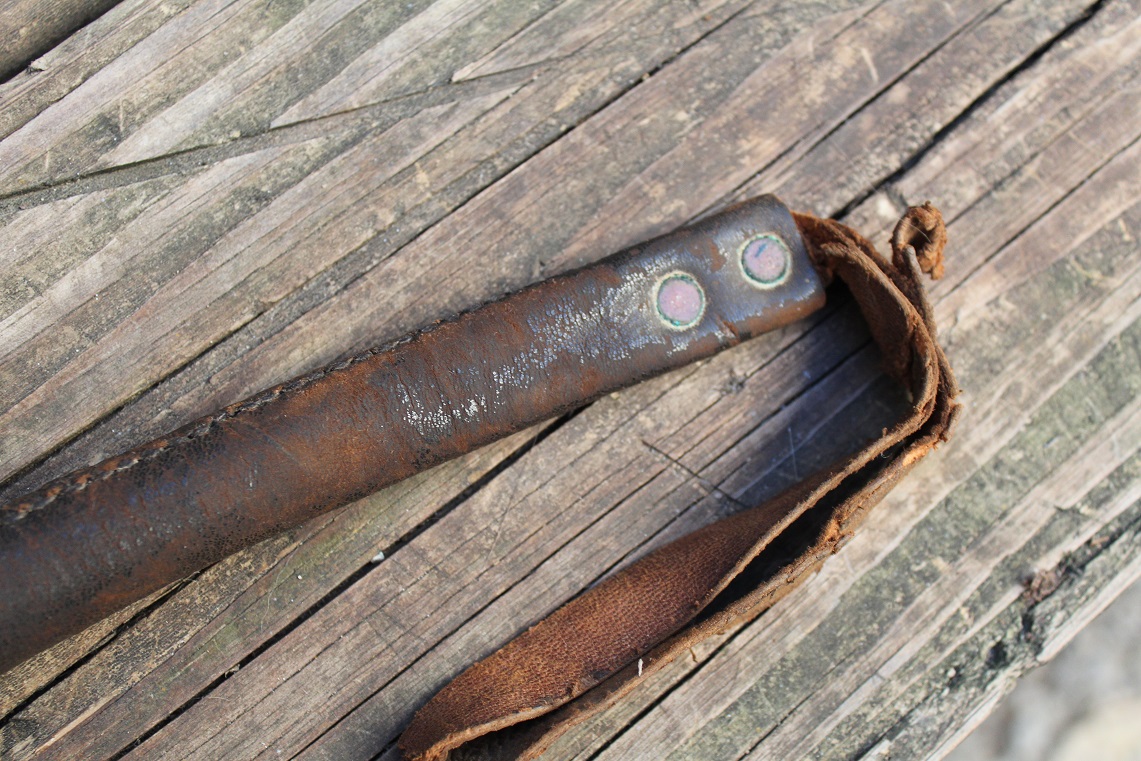
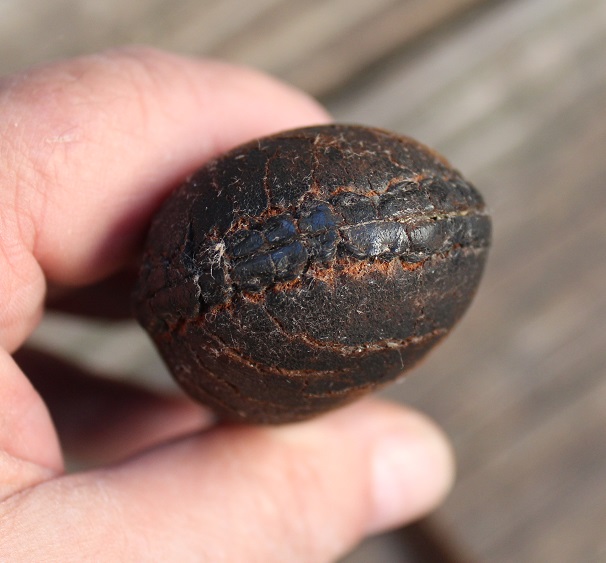
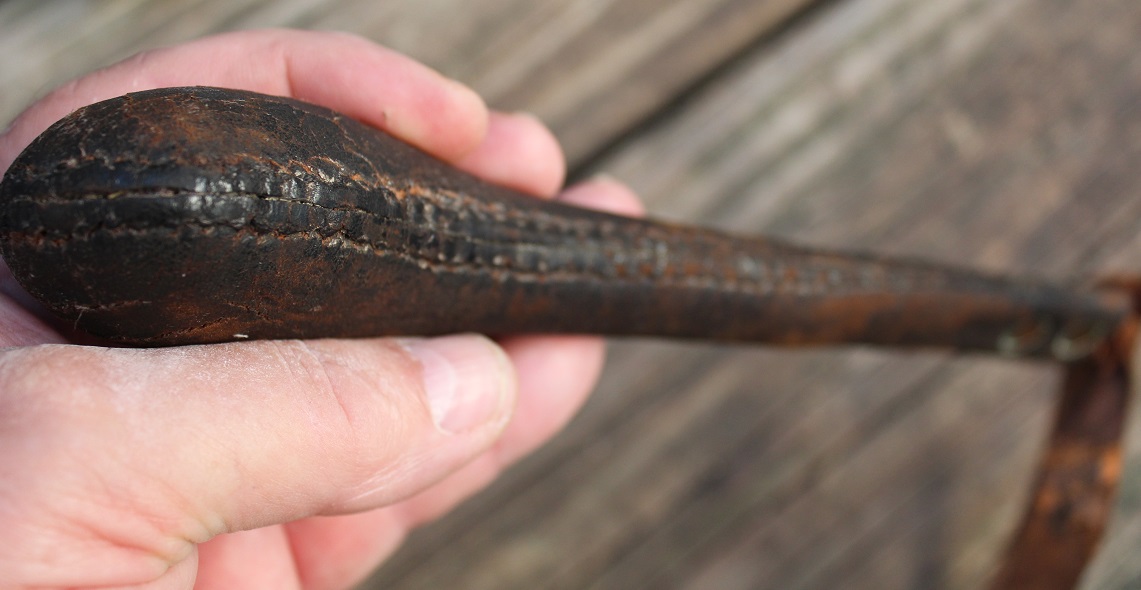
_________________________________________________________________________________________
CATALOG 1
Back up for sale!
Here we have a good Model 1818 U.S. contract, Militia Cavalry Saber by Nathan Starr. Nathan Starr was the first U.S. Contract maker for the U.S. Government. They also made muskets. Before the end of the first quarter of the 19th Century, America had established itself as a nation. It had fought in two wars, engaged in treaties, engaged in international business and expanded its territory.
Nathan Starr, Sr., manufactured arms for the fledging United States military was early as 1798 out of his shop in Middleton, Connecticut. His company produced swords until 1837 under various names all in the same New England town.
This particular sword is the pattern 1818 and is in good condition. The grip has been repaired and wrapped with what looks like a fabric or oil cloth. The handguard has been cleaned some as has the blade. The blade is in great shape except for where it looks like someone used a dremel tool to remove rust or something. Most of those marks could be taken out with a little effort. The dremel too cleaning is only around the markings. The markings are mostly clear with one of the r’s in Starr lacking. Other markings include what you can see in the pics. The scabbard is really nice and has been painted black at some point but it wasn’t recently for sure. The rings are present on the scabbard. All in all this is a historic sword and had been in my collection for awhile and when it became available again I purchased it again. Nice old piece! $650.00

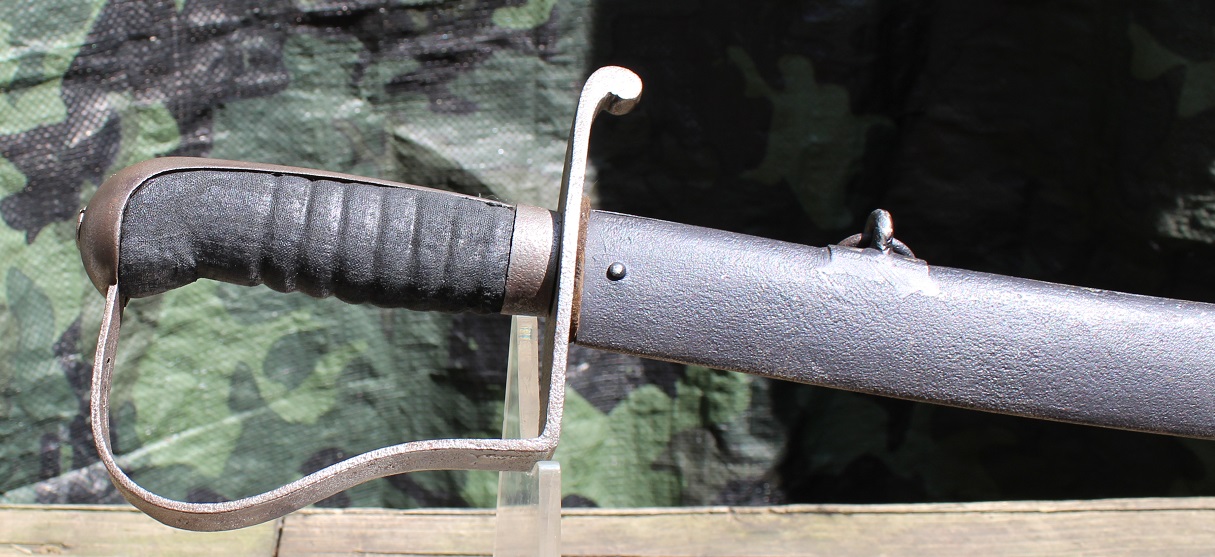

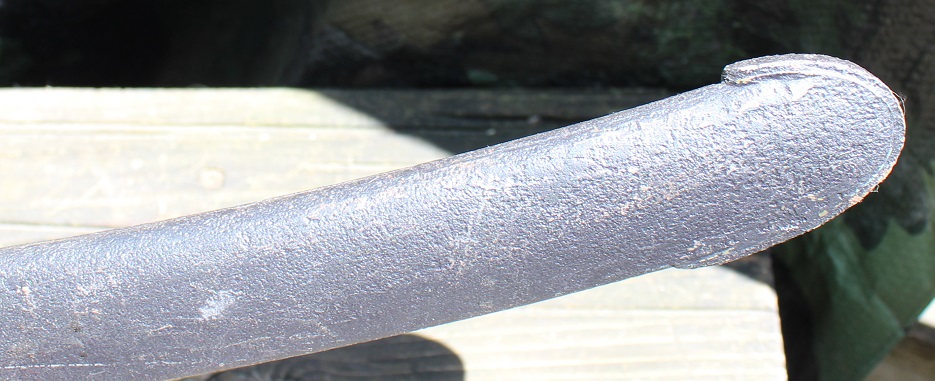

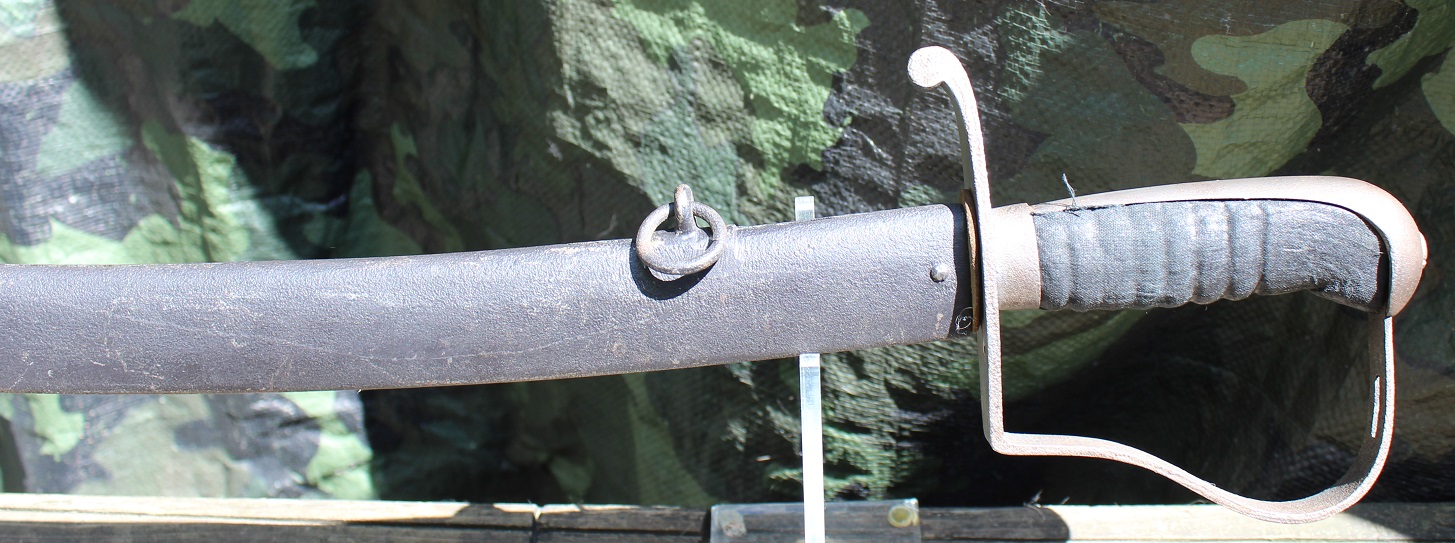
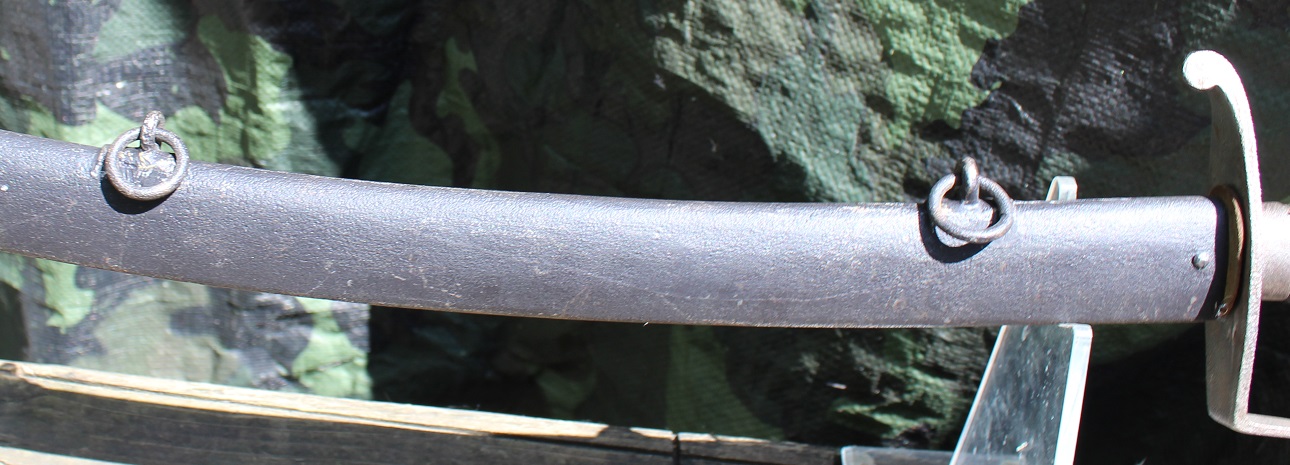
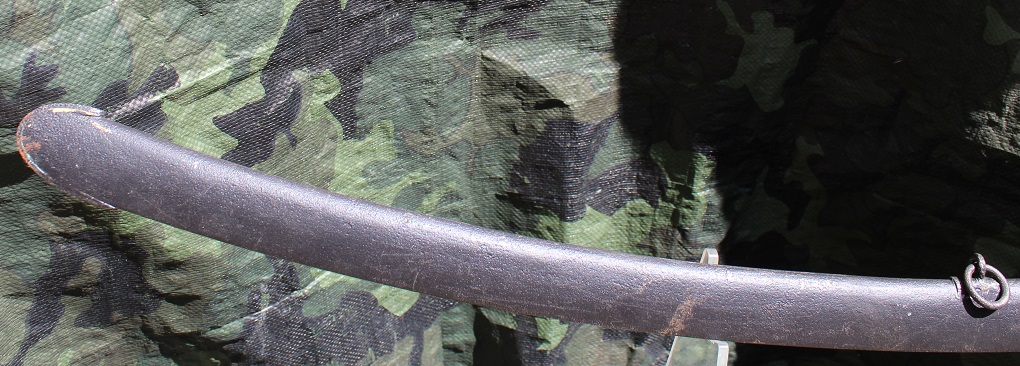

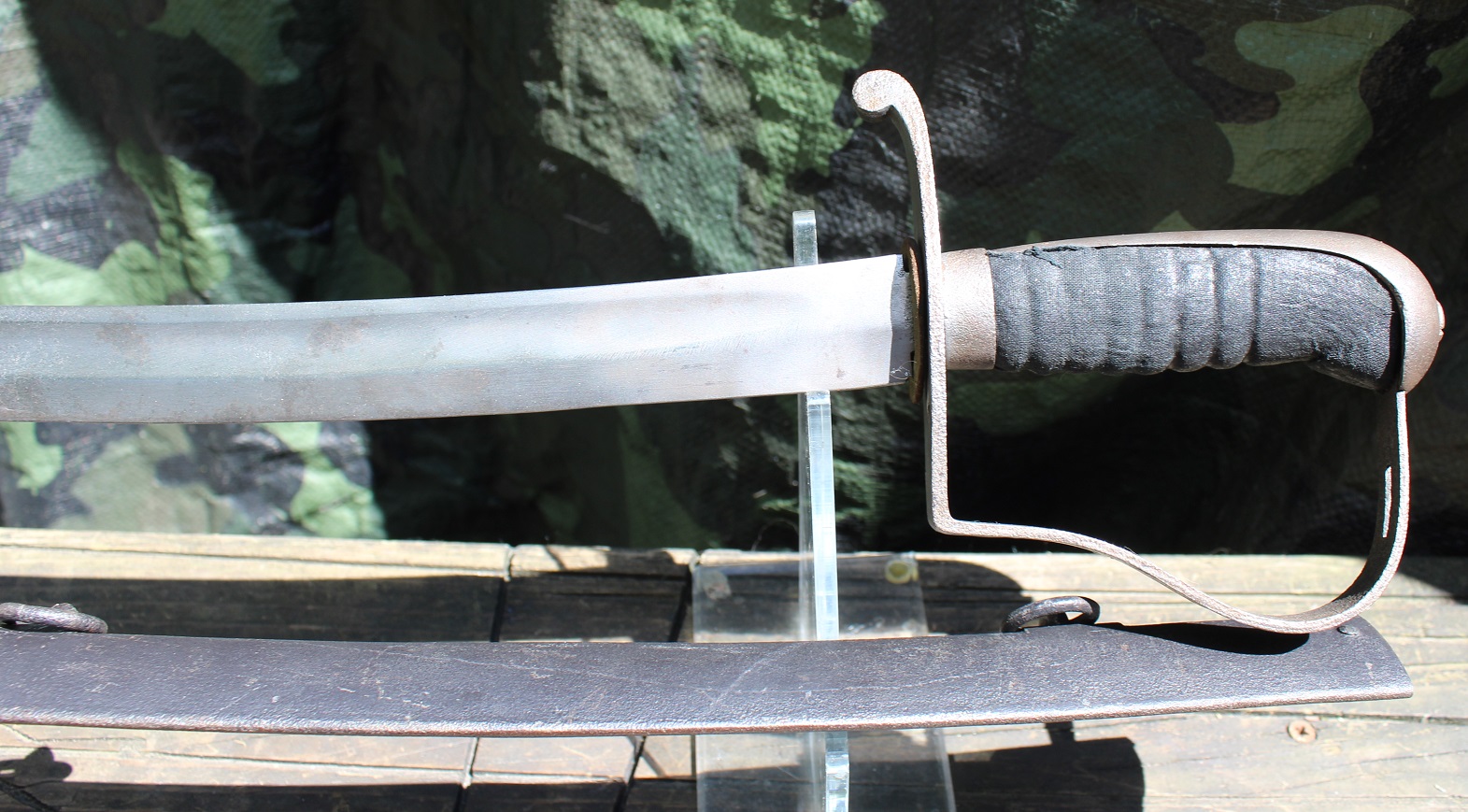
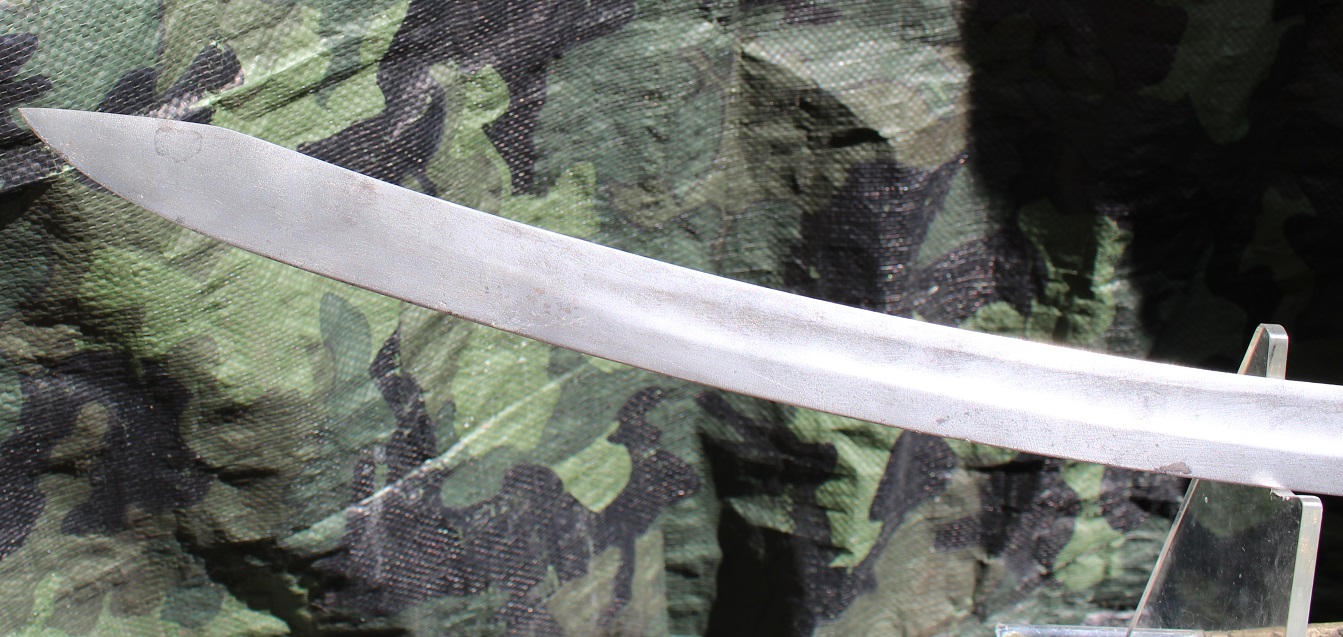
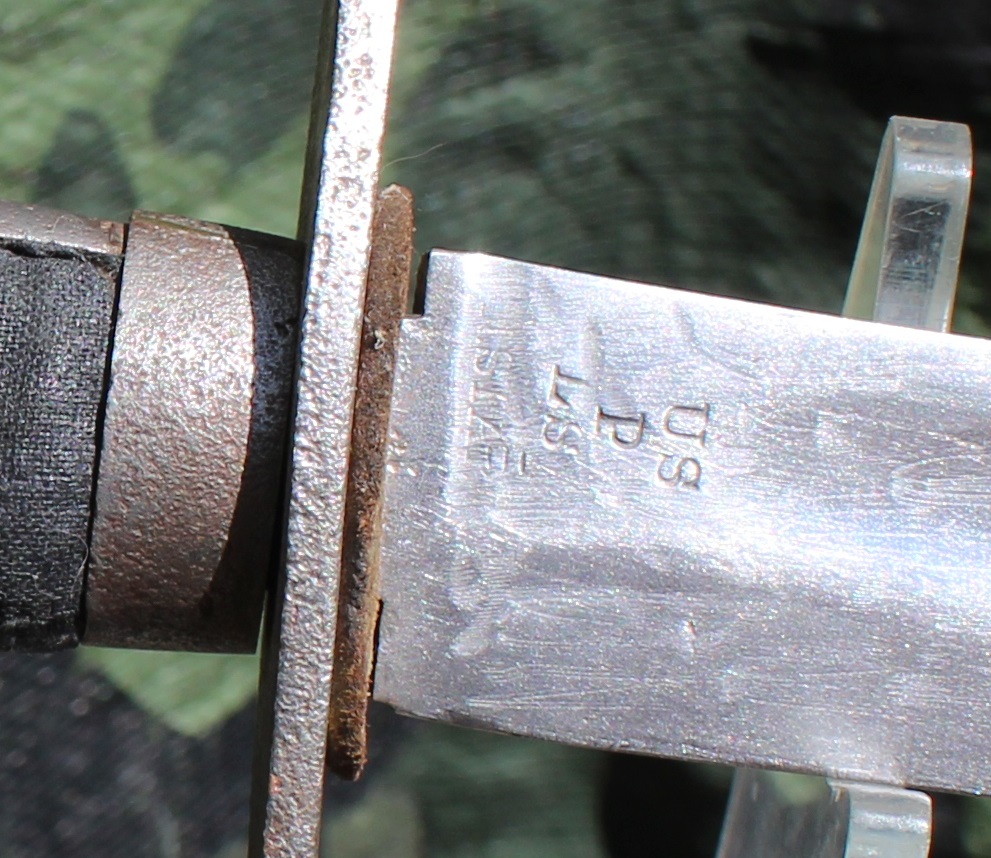
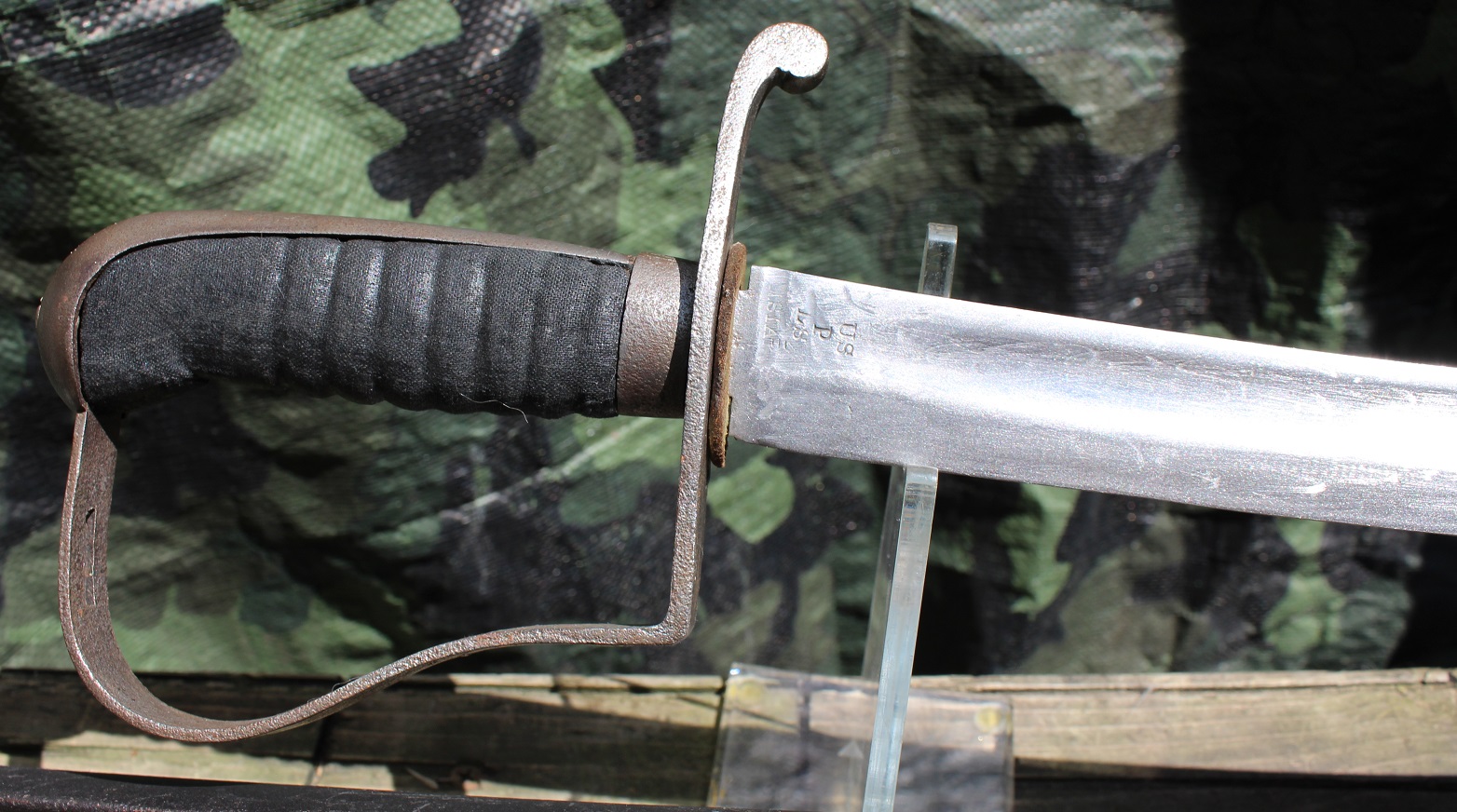
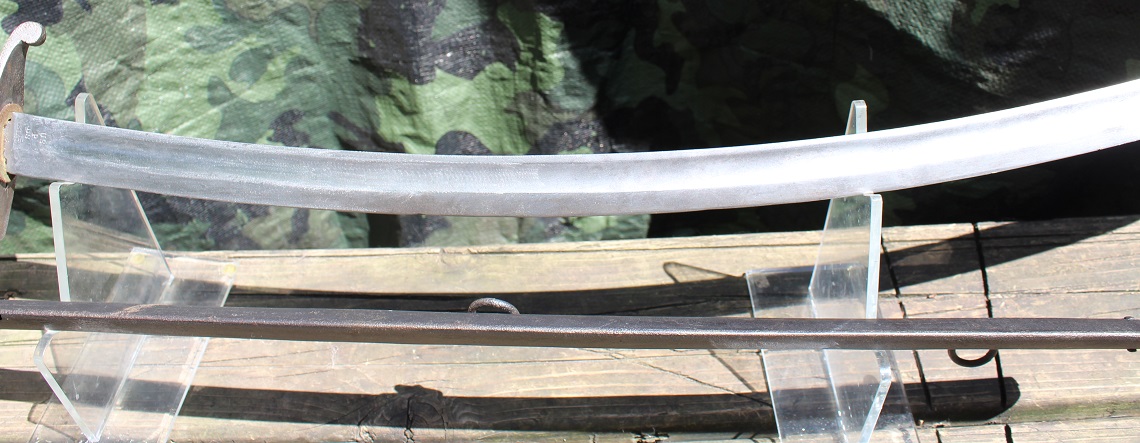
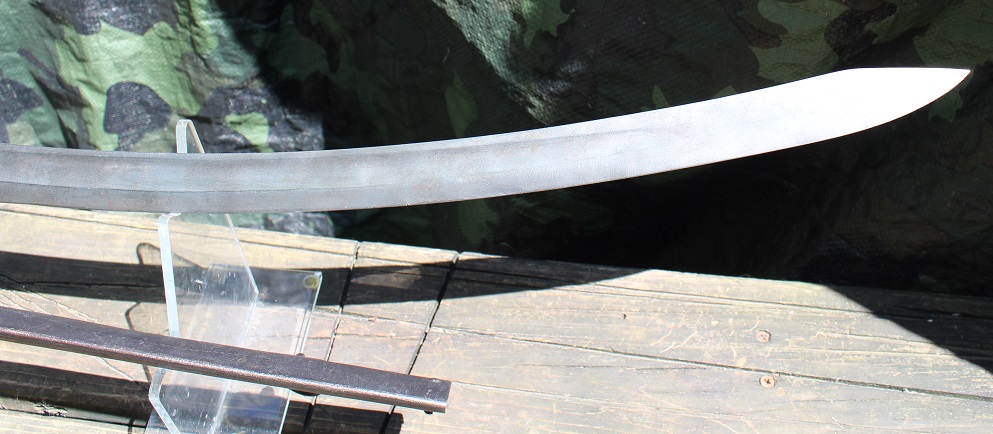
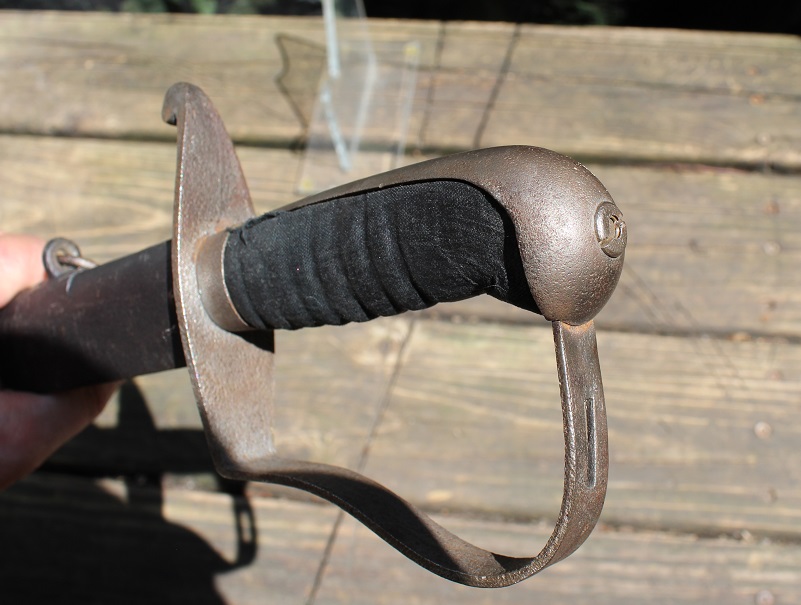
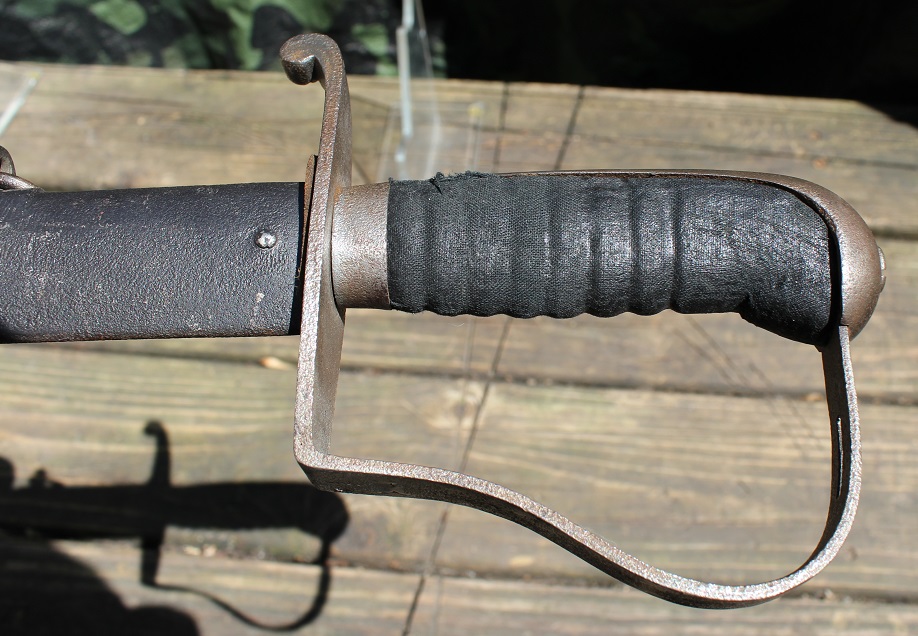
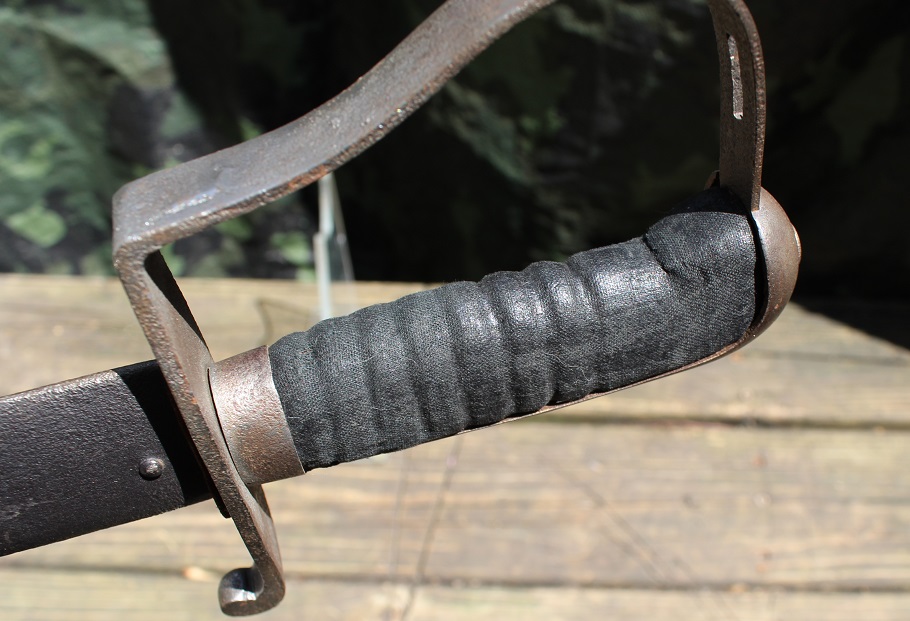
__________________________________________________________________________________________
CATALOG 1
TC SHG1 Enfield
This very attractive attic condition example of a Confederate used Pattern 1853 Type III “Enfield” rifle-musket bears the (CROWN) / SH / G1 mark near the tang of the buttplate. This mark is for Sinclair Hamilton Company. The guns that bear the (CROWN) / SH / G# mark are usually found with additional marks. The mark has five variants, with the number after the "G" being a 1, 2, 3, 4 or 5. Sinclair, Hamilton & Company used five "furnishers" for their 2nd Confederate contract for 30,000 P-1853 Enfield rifle muskets. Typically a script cartouche will be found on the flat opposite the lock. All the iron parts are a rusty type patina. The lock is marked 1861 TOWER at the front of the lock with the crown only at the rear. The rear sight is complete as is the ramrod which still has the treaded end intact. The action works and the sling swivels are still present which is plus. The stock is in very good condition overall with the name W WORTON stamped into the bottom which is most likely the stock maker. Double 25's and proof marks are on the barrel at the breech. Also stamped there is R+ ?. The barrel is the original 39 inches long but has been long shot out! No rifling present that I can see. Who knows where this old piece has been ! All in all this is a good example of a complete mocel 1853 Enfield Rifle Musket that saw Confederate Use!! If this old piece could talk!! $2750.00

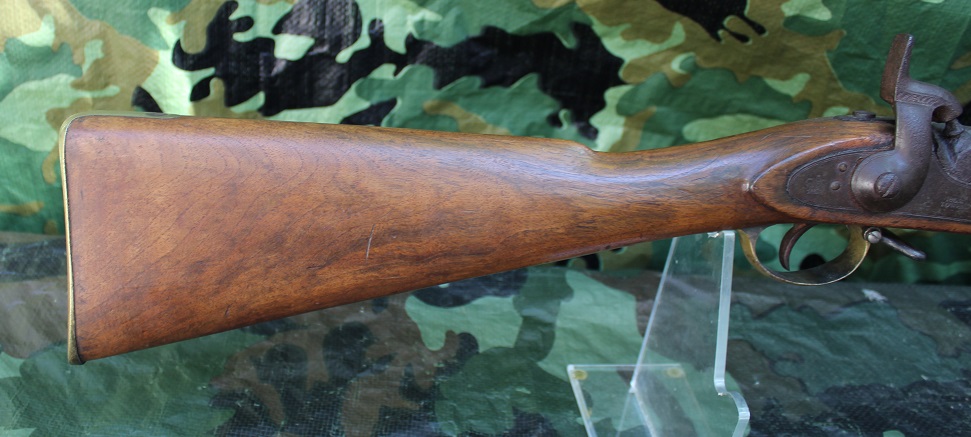
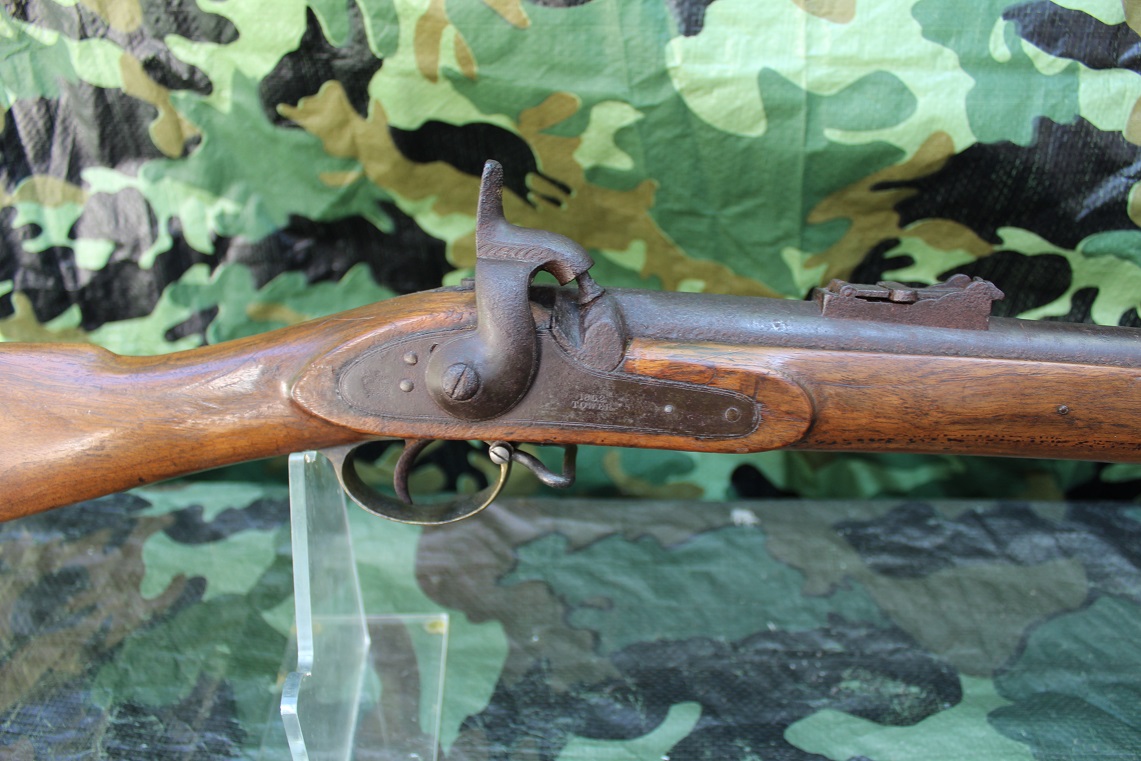
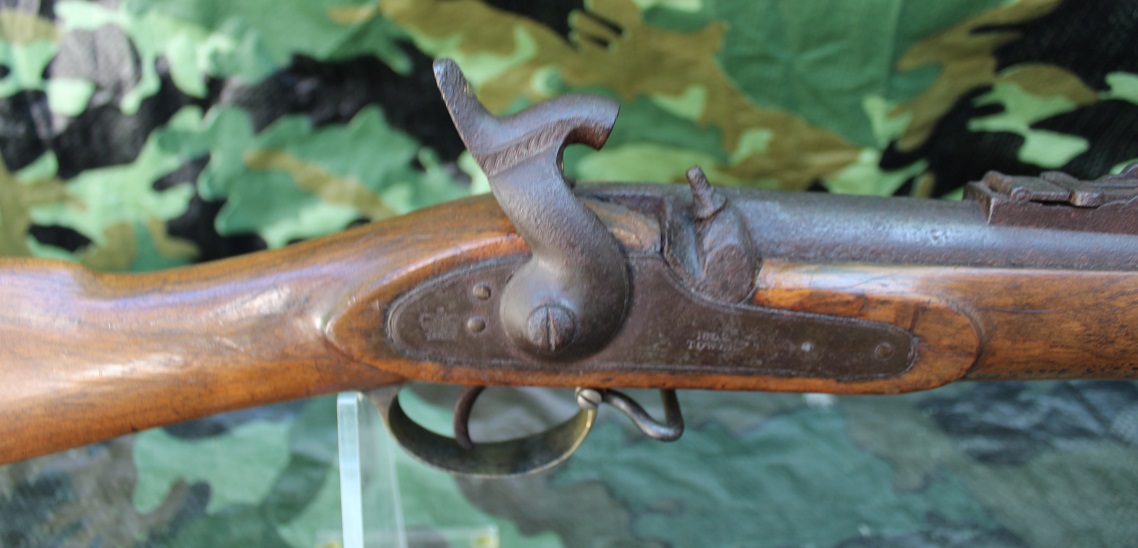

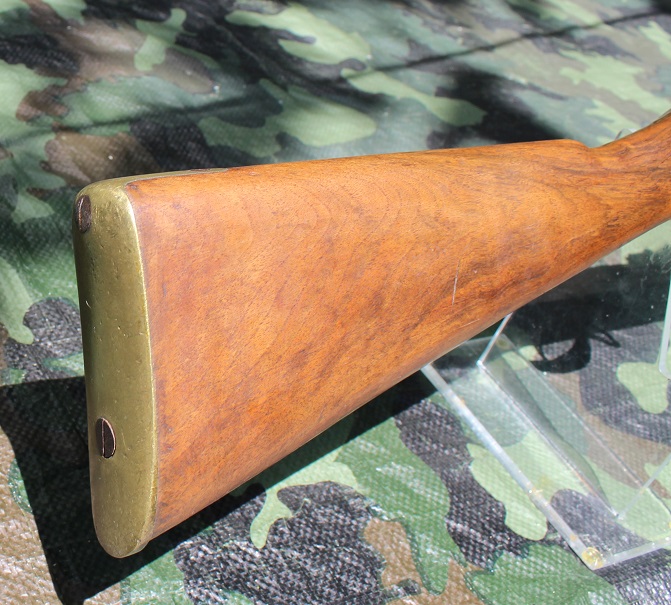
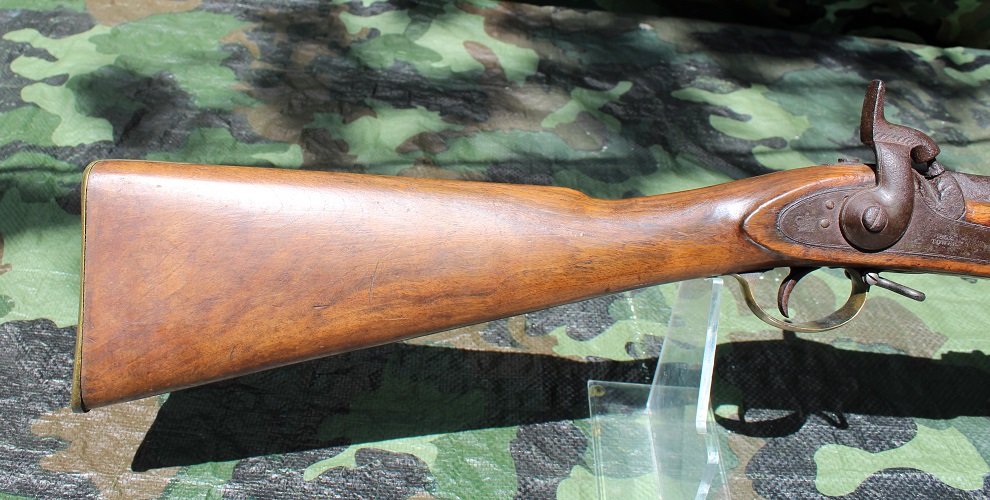
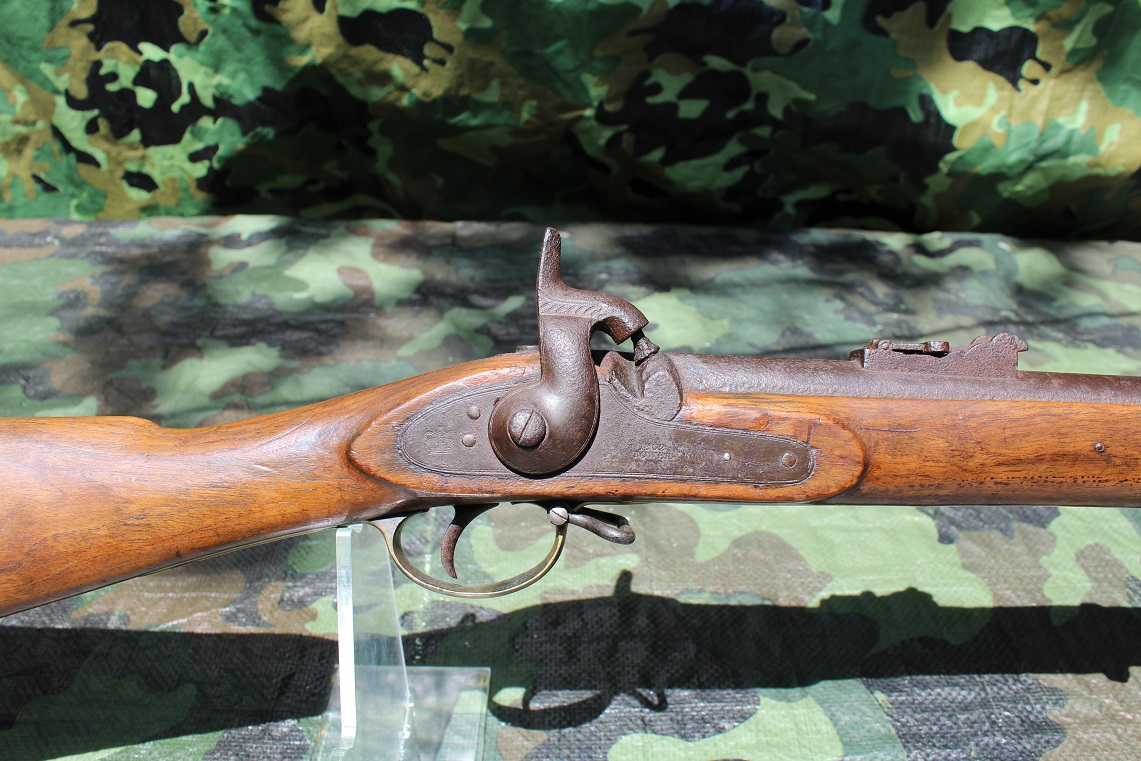
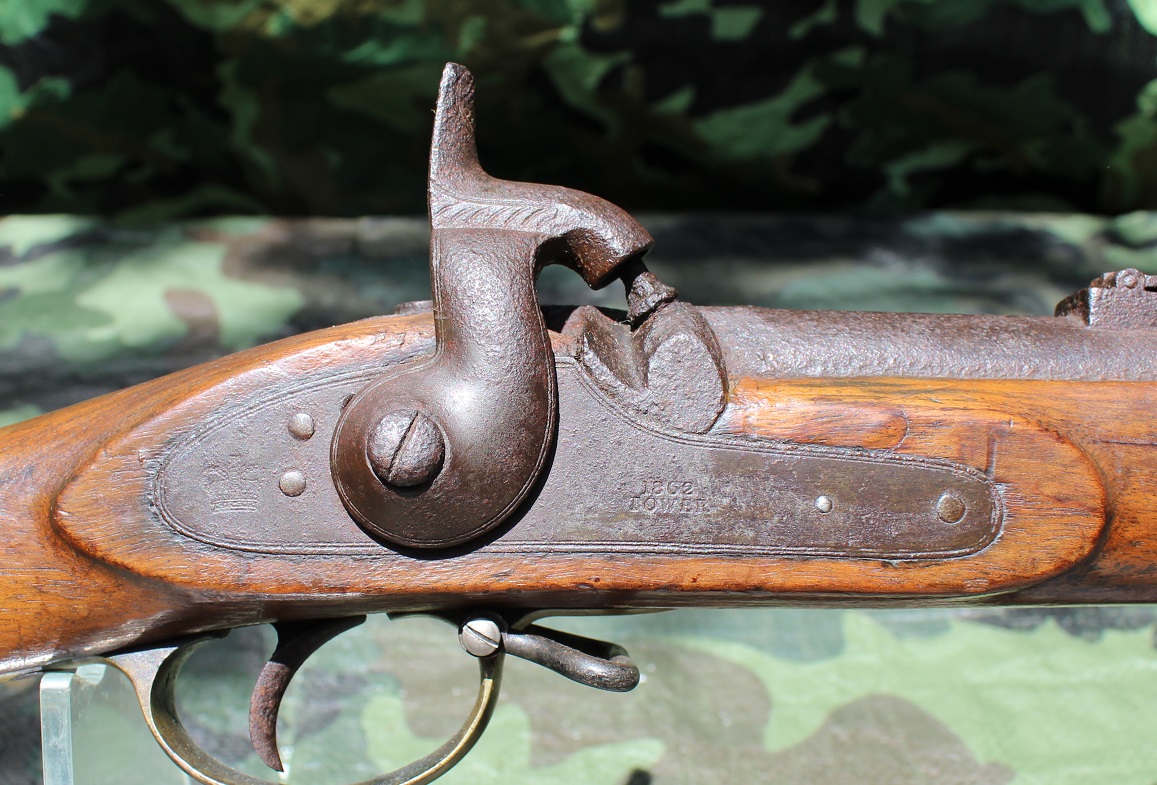
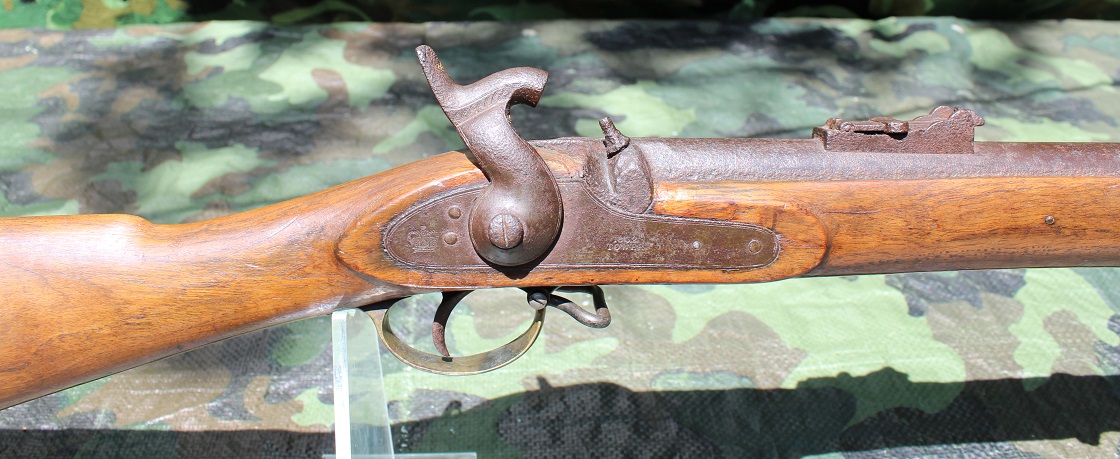
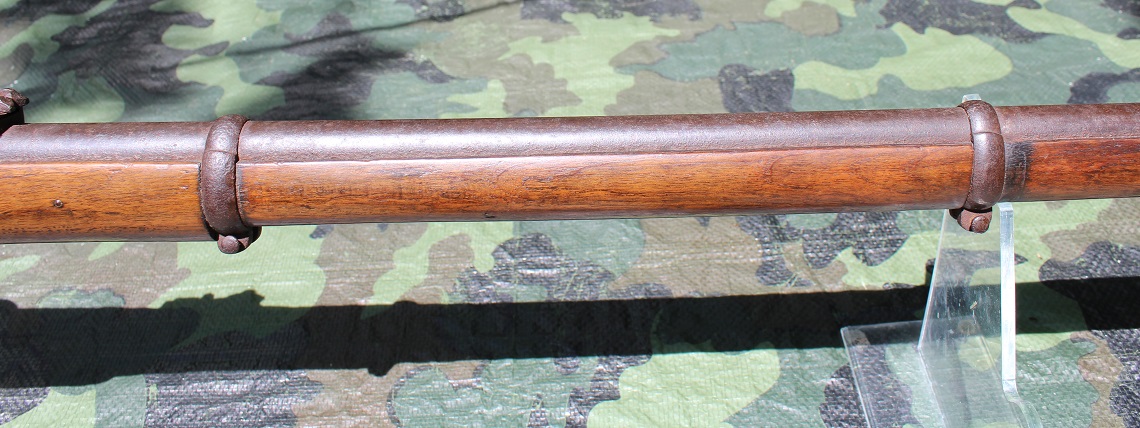
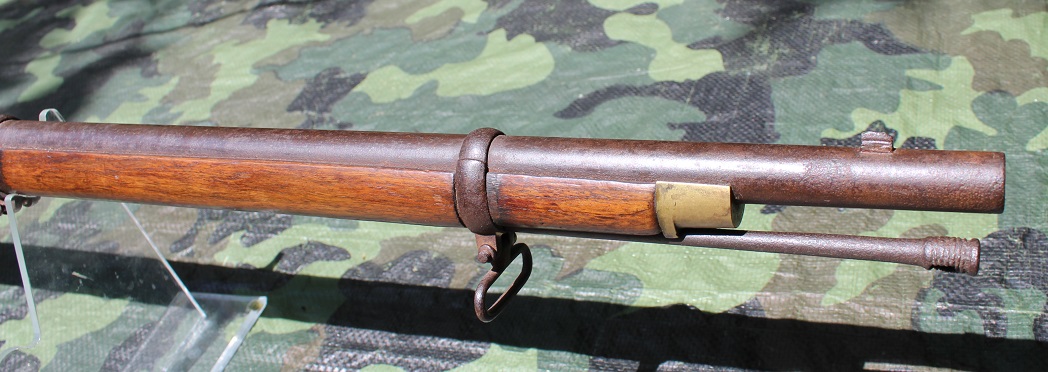

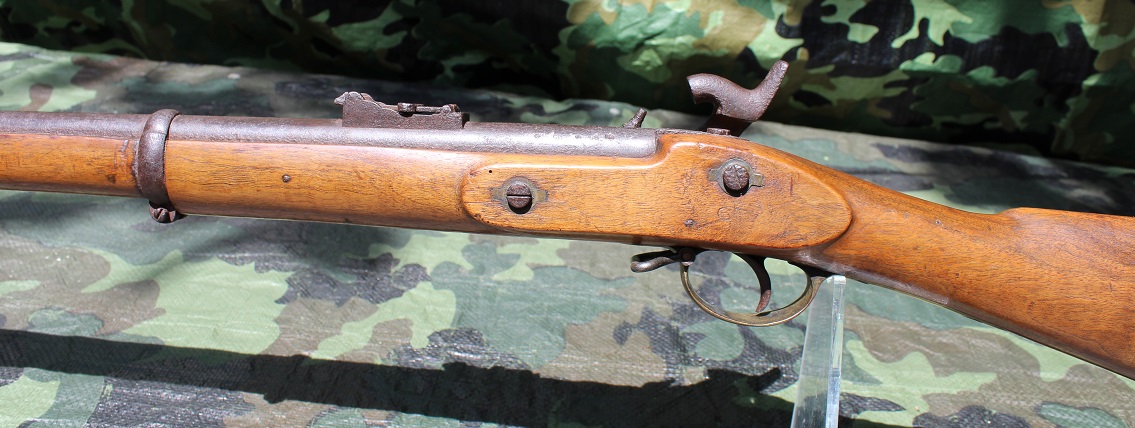
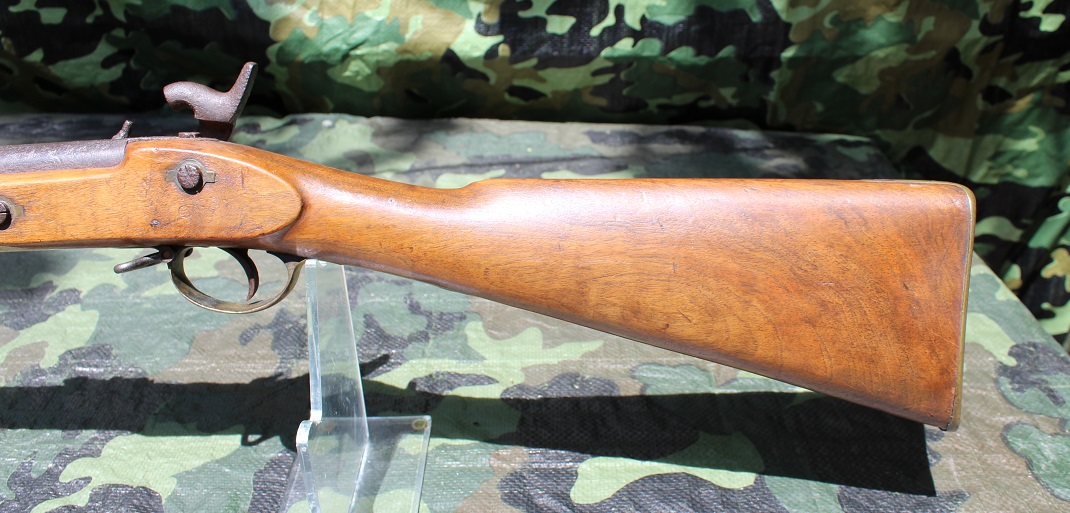
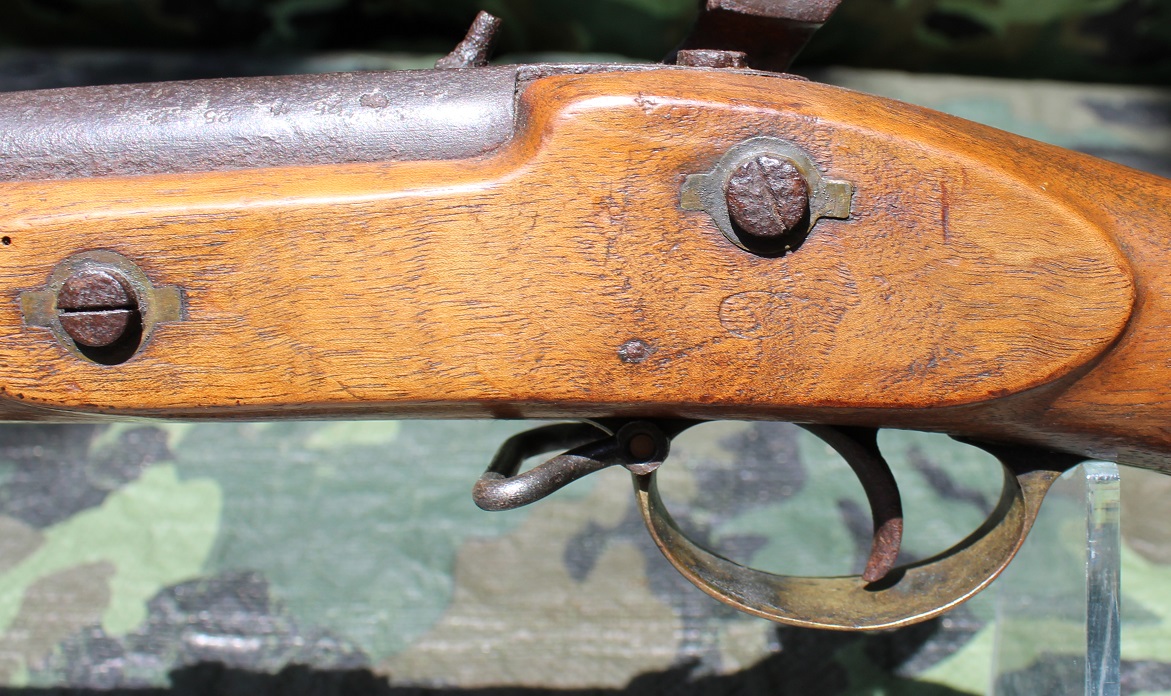
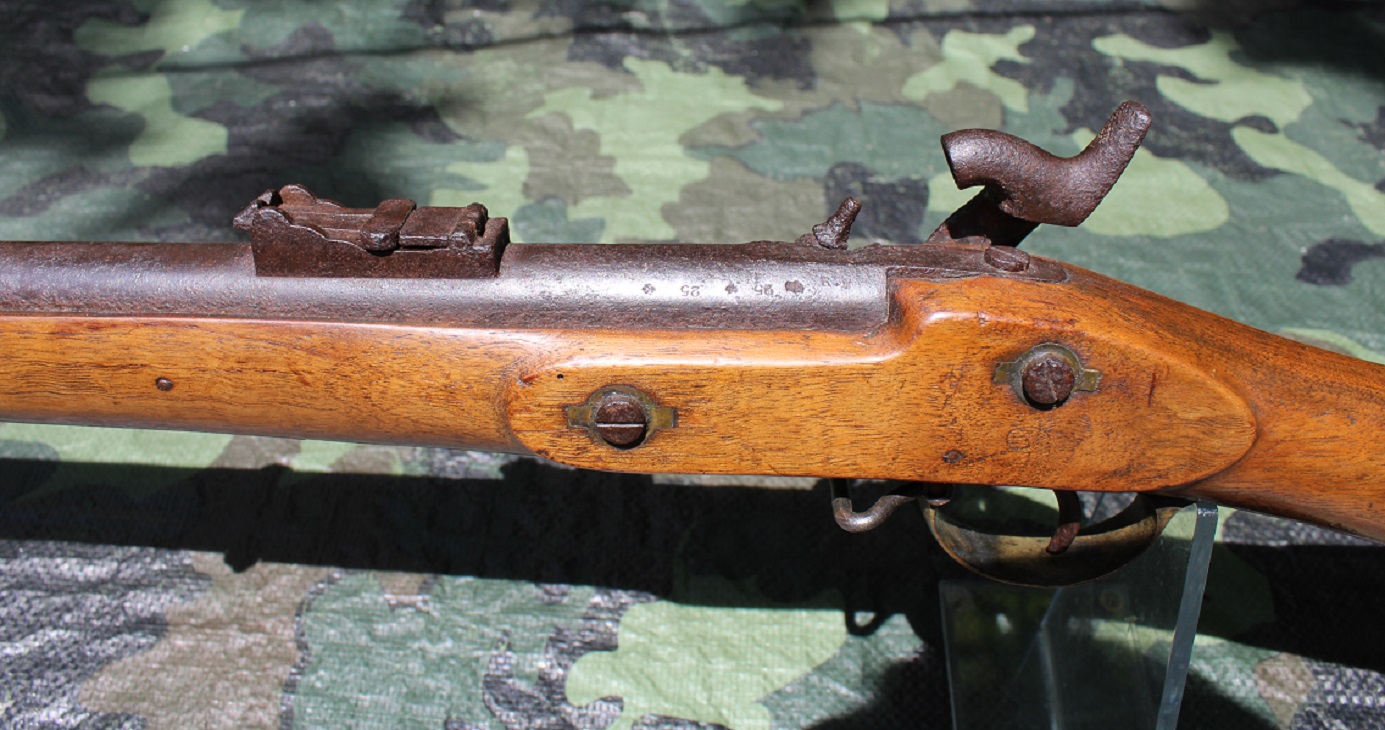
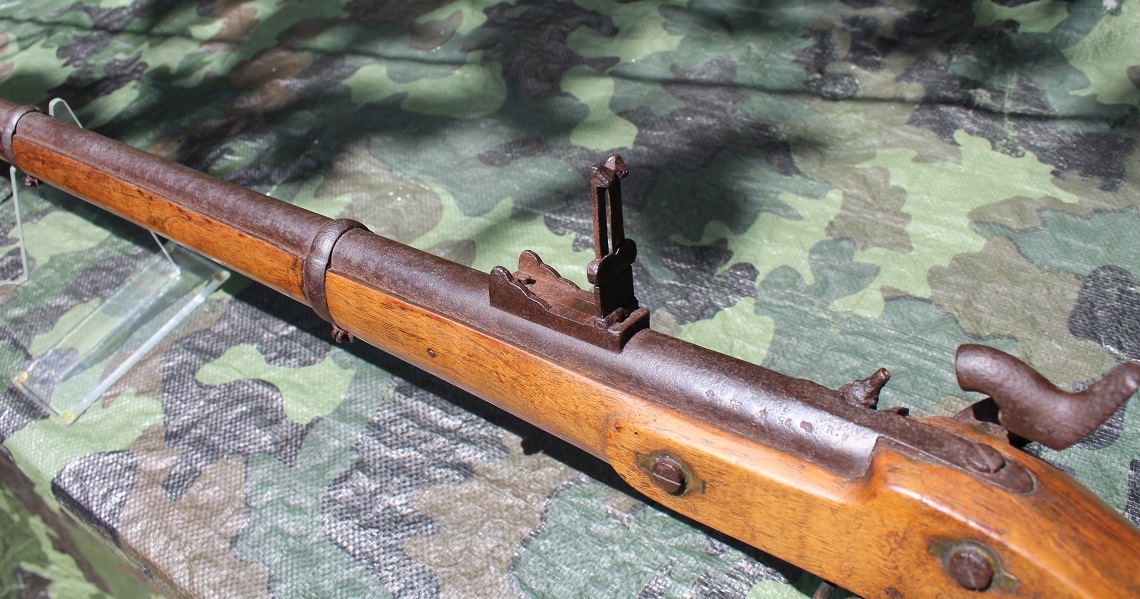
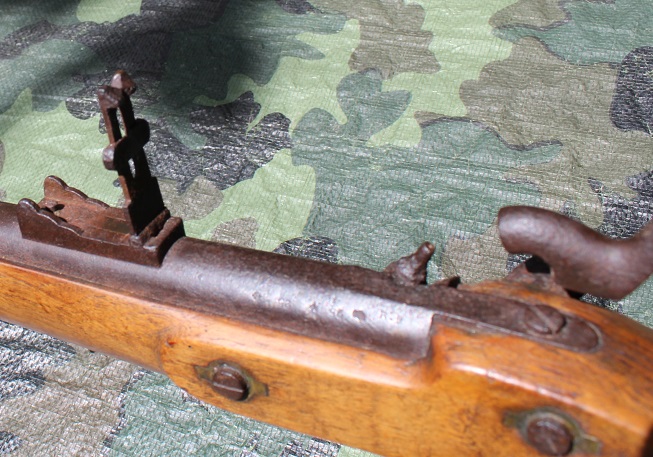
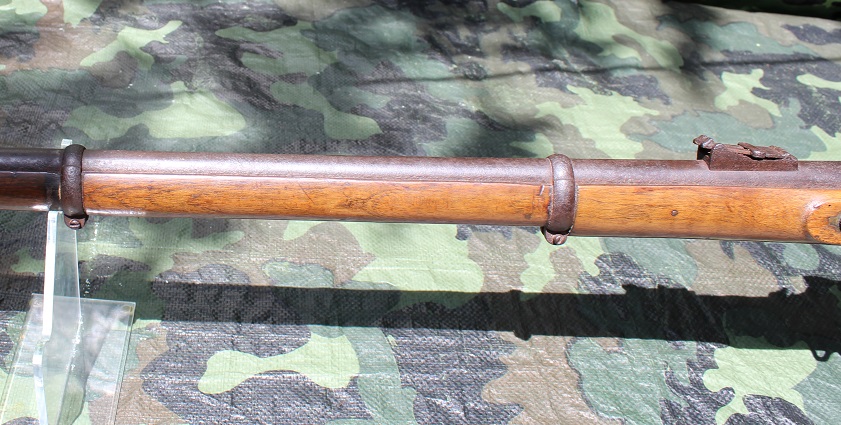


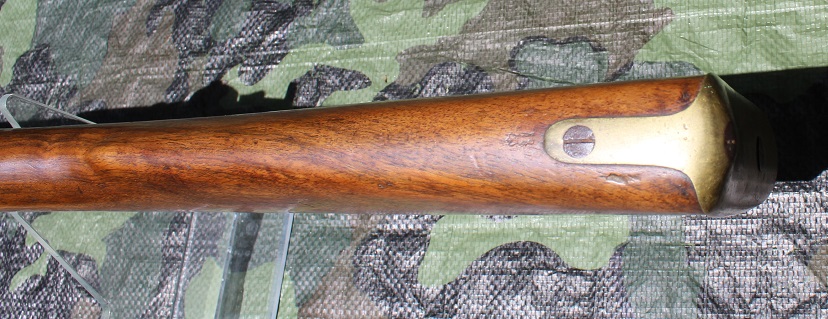
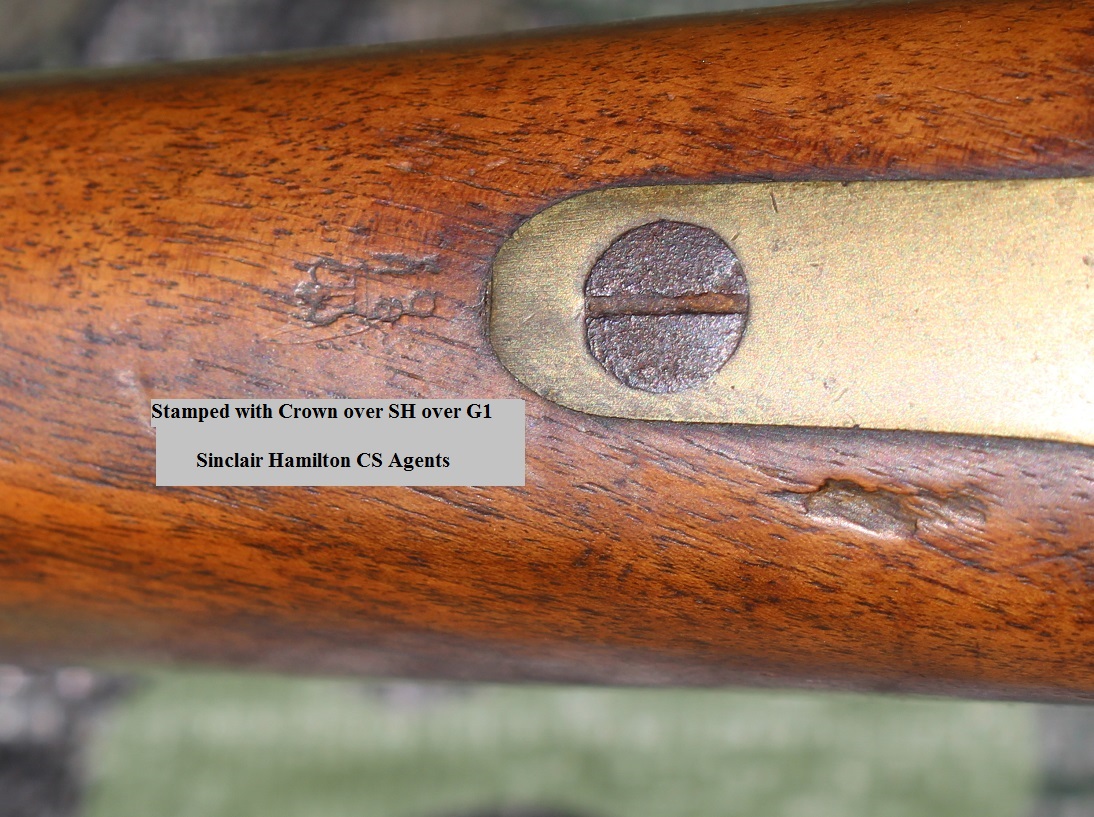
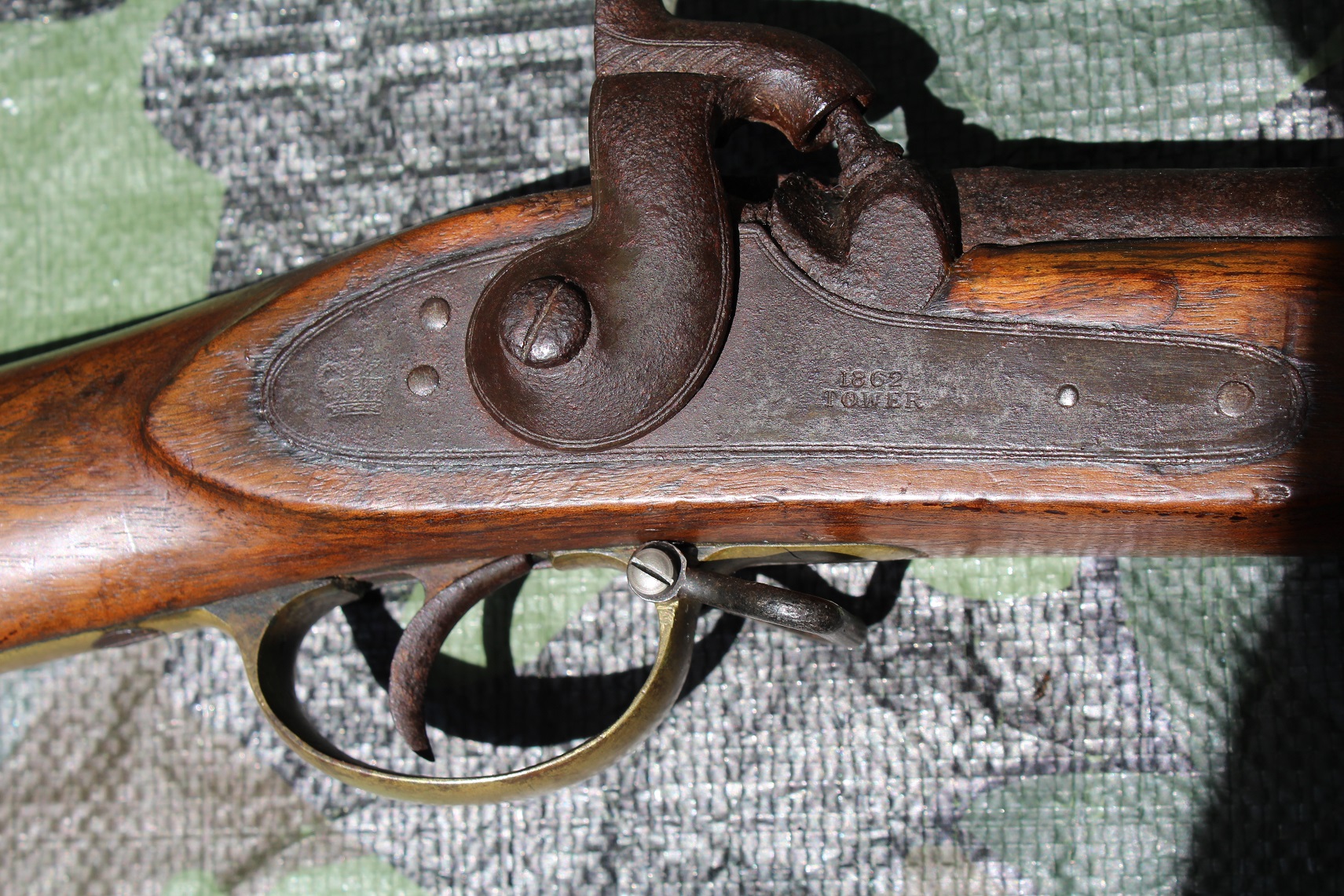



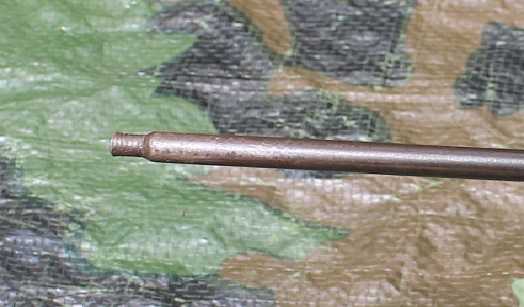

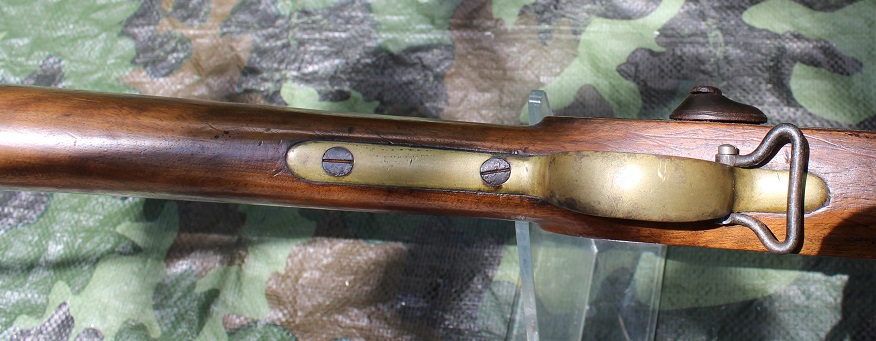


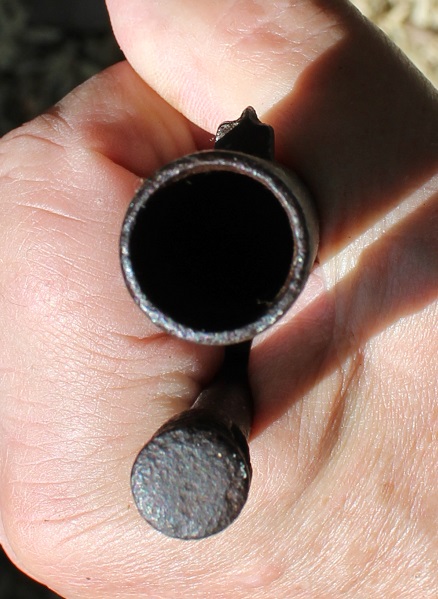
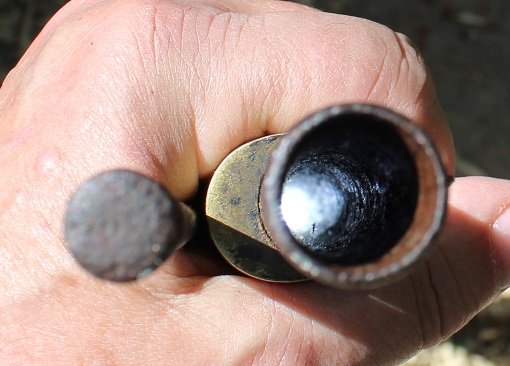
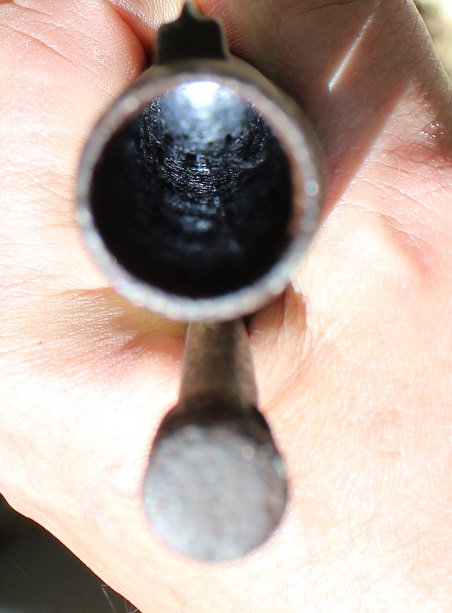
__________________________________________________________________________________________
CATALOG 1
tc possible cs altered rifle/musket
Here’s an example of making due with what you have! I believe this could be a CS arsenal refurbish using a Type III Springfield Rifle Musket, modifying it to take a LA Co. (London Armory Company) Lock dated 1862, installing a block rear sight and enhancing the front sight with a center blade of tin. Some collectors believe this to possibly be a post war blacksmith or gunsmith alteration but I know that there were thousands of surplus rifles on the secondary market that were being sold for pennies on the dollar so why would someone go to all this trouble? The alteration was beatifully done! This Stock is full length and marked US on the butt plate. The .58 caliber barrel is 40 inches long and has been long shot out but still solid. The eagle on the bolster looks to me to have been obliterated on purpose but I suppose it could just be rusting.. Look at the phot of that part and judge for yourself. There is some markings on the barrel just ahead of the word STEEL that at first I thought was NC but after further magnification and clarification I think it is J.L.C. but I am not sure. There is also the letters PM stamped on the bottom of the barrel under the stock. I took the piece apart as the lock was not working and found the mainspring broken. You can still get them if you want to fix it. The lock is clearly marked LA Co. 1862 with a Crown over VR on the tail of the lock. There is only one barrel band remaining but again you can get these parts if you want to fix it back up. I usually leave them as I find them. I got this from a gentleman who inherited it from his uncle so no story remains. The stock is in generally good condition with the modifications and a crack behind the lock on top that you can see in the pics. There are several dings on this piece so it was obviously used very much. It must have been in a damp corner for many years as the butt plate has quite a bit of corrosion on it but you can still see the US on it. All in all it’s a nice example of rehabbing a weapon for further use. As a side note it appears that the bolster Eagle was purposely obliterated-I can see a Rebel doing that. Remember, the Confederates were taking anything they could get and making things work again to put it back in use. Makes sense to me but you be the judge The only thing I don't like about this unique piece is the V.R under the crown.
Take a look at the pics! For this unique rifle $1250.00



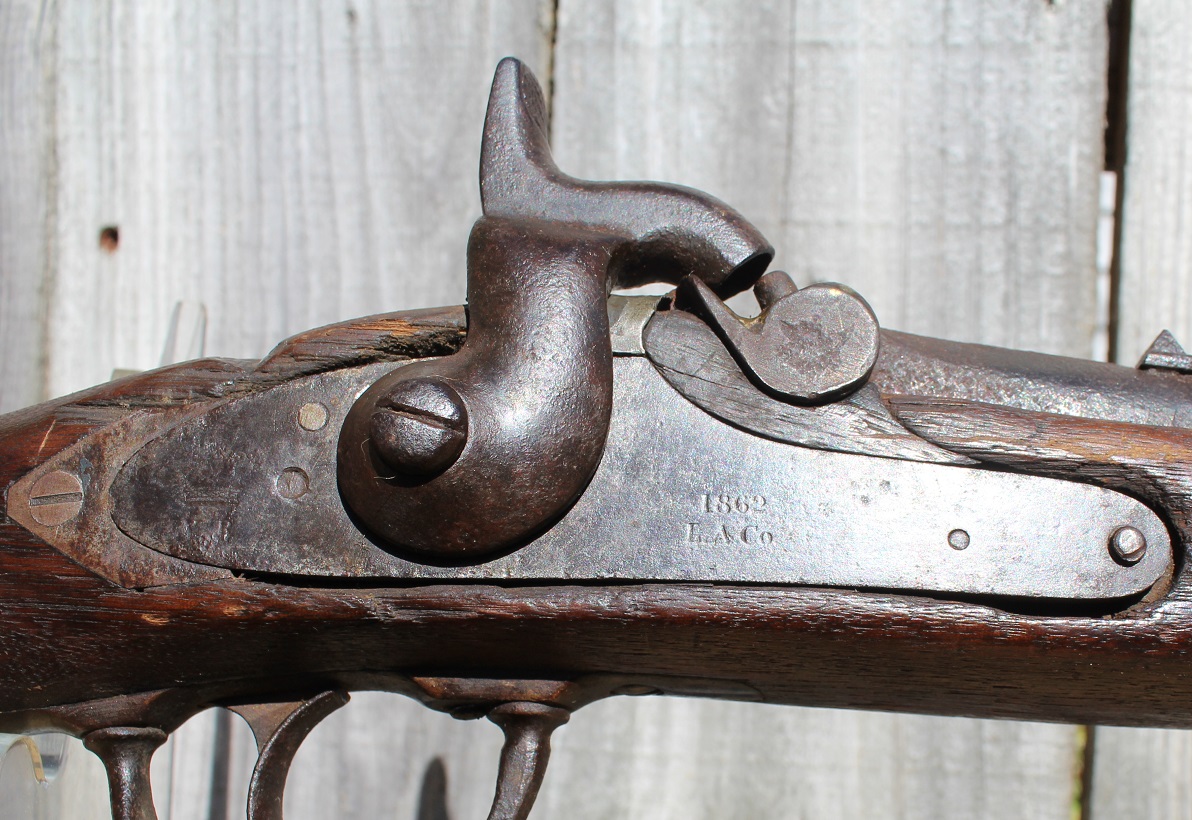
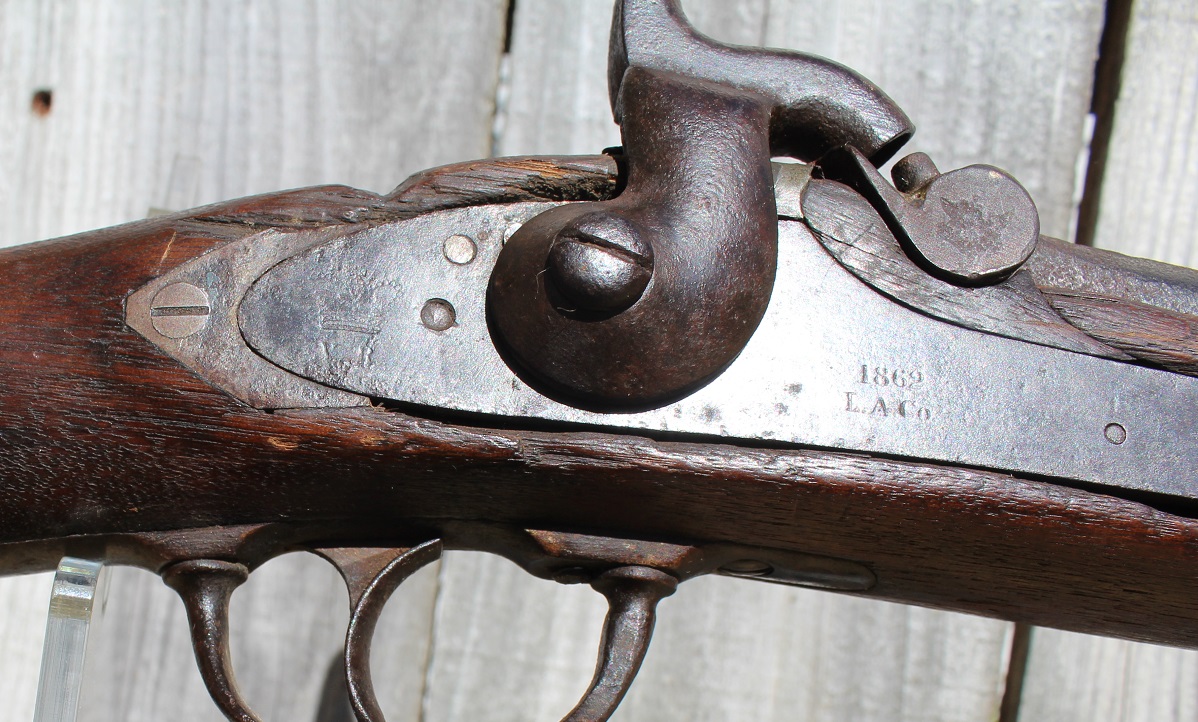
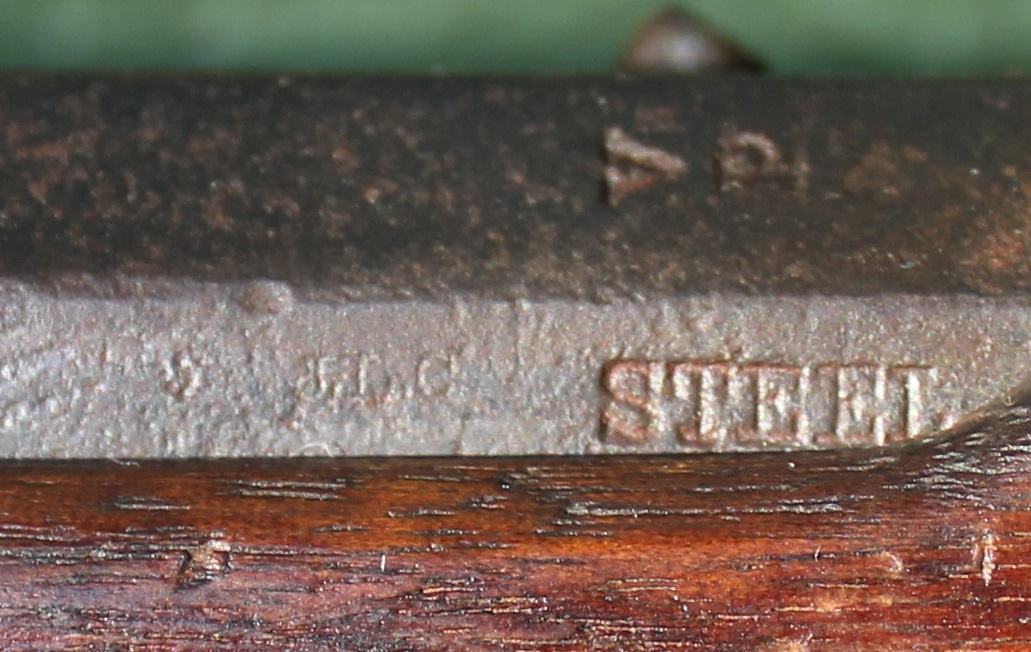
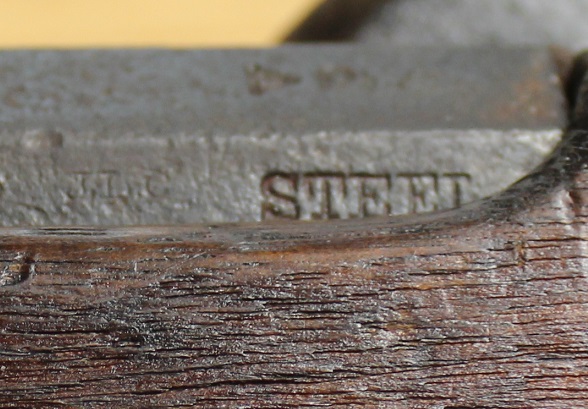
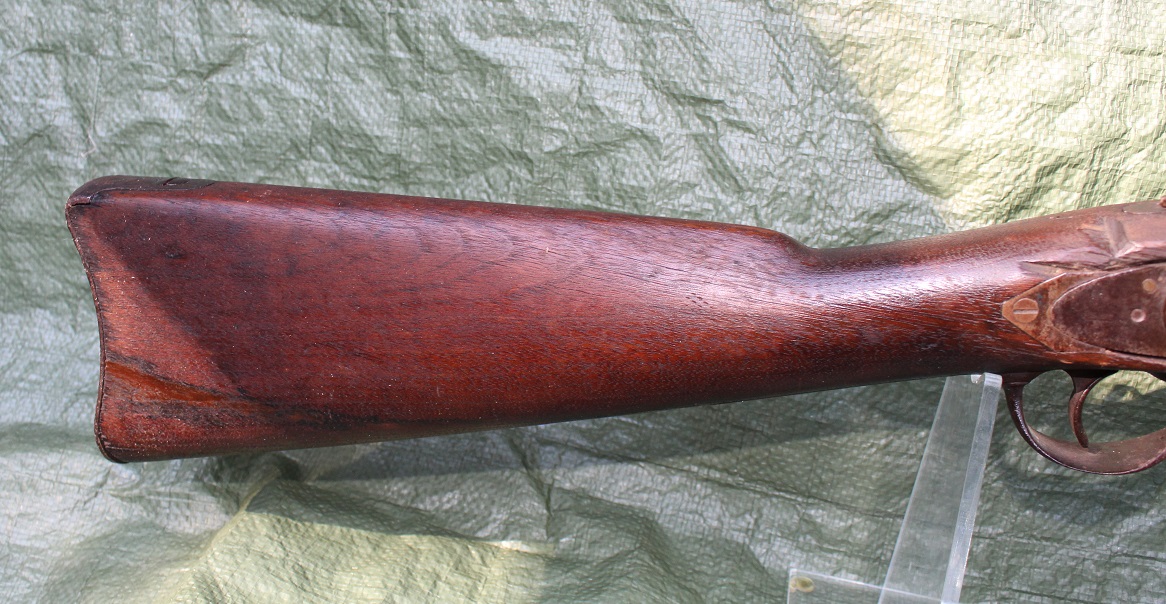
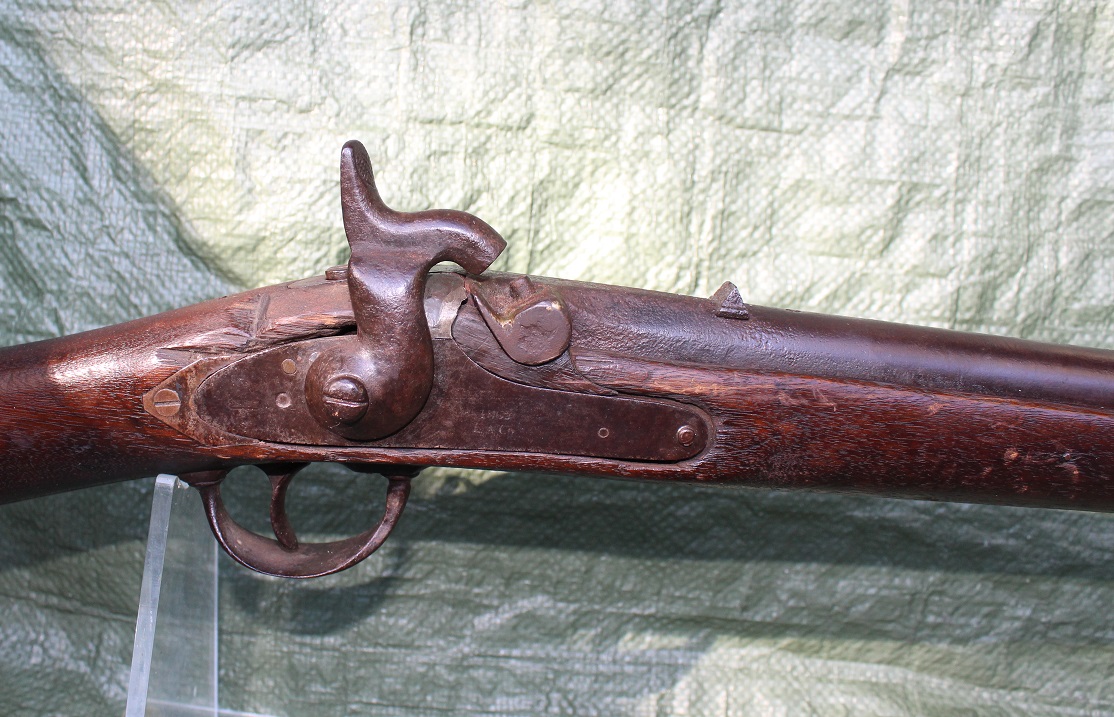
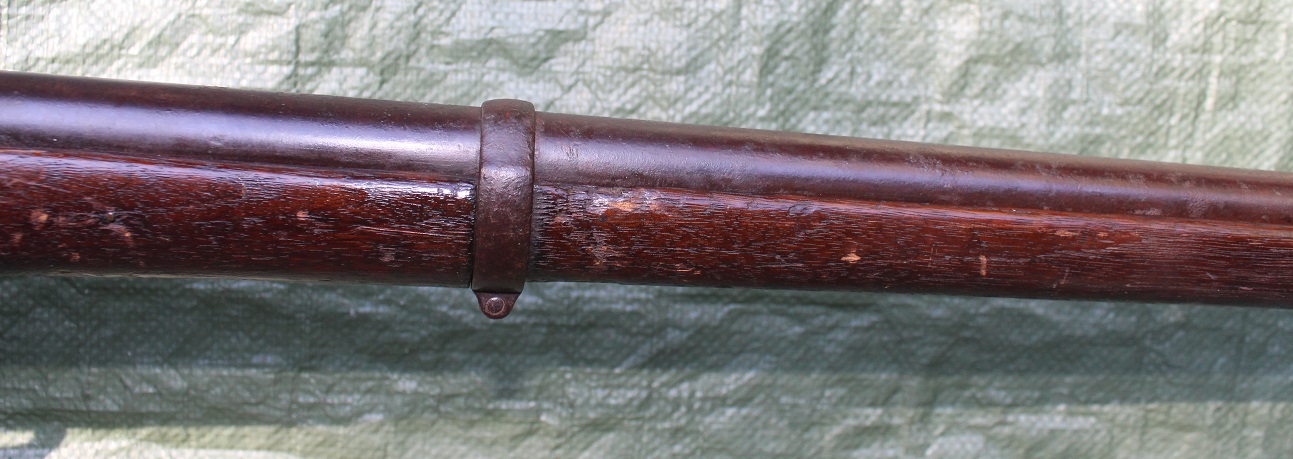

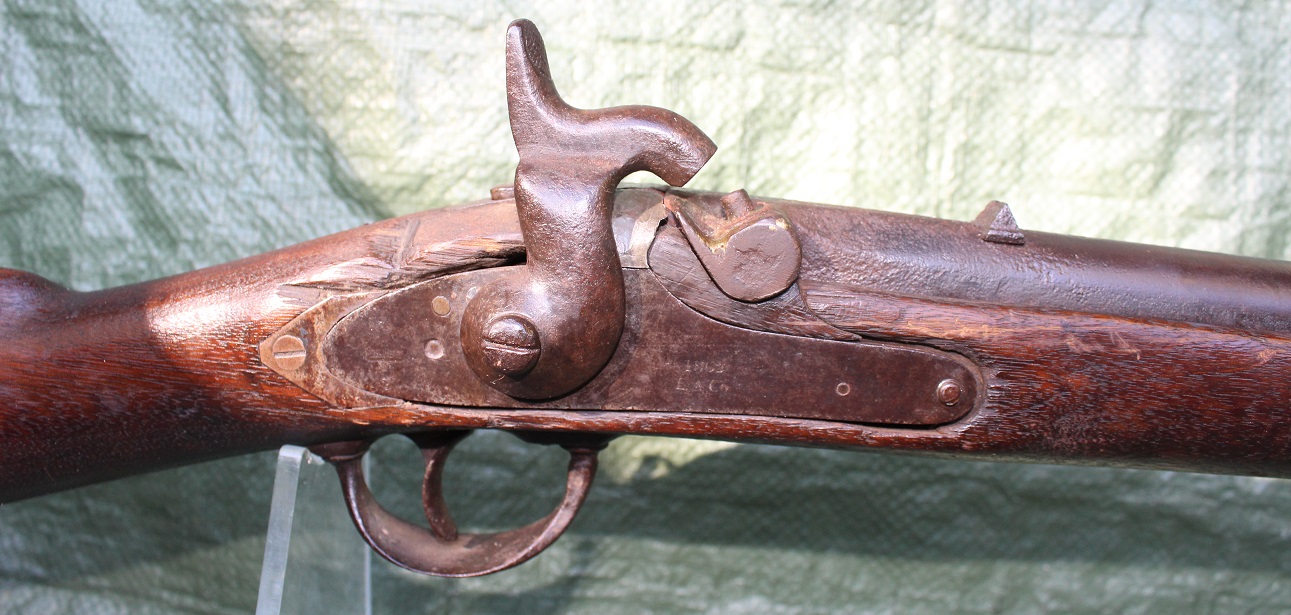
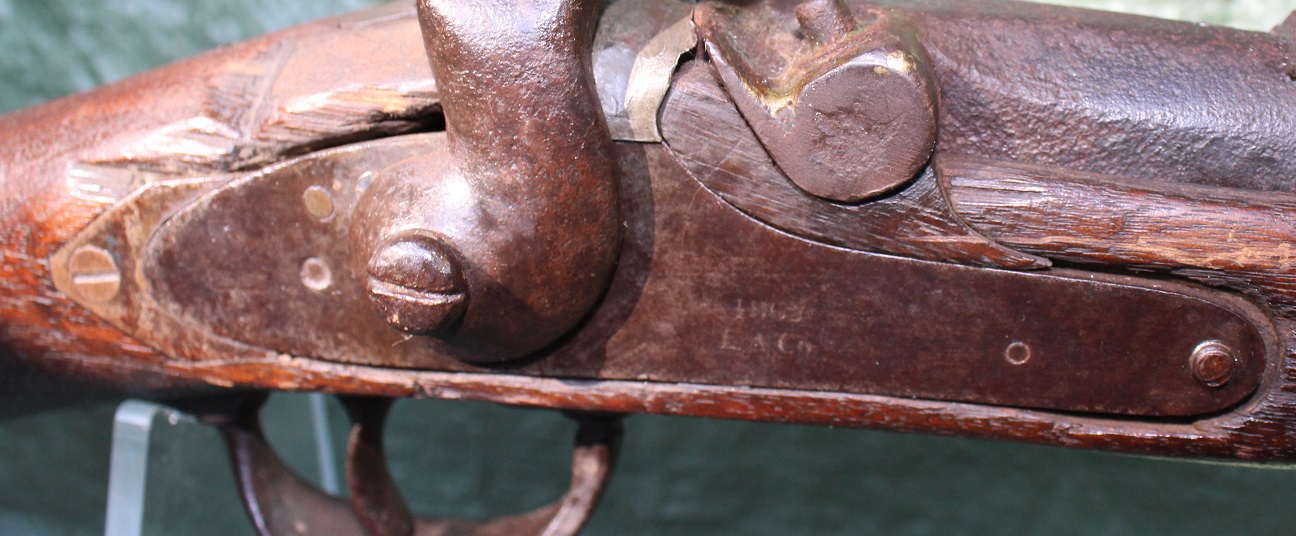
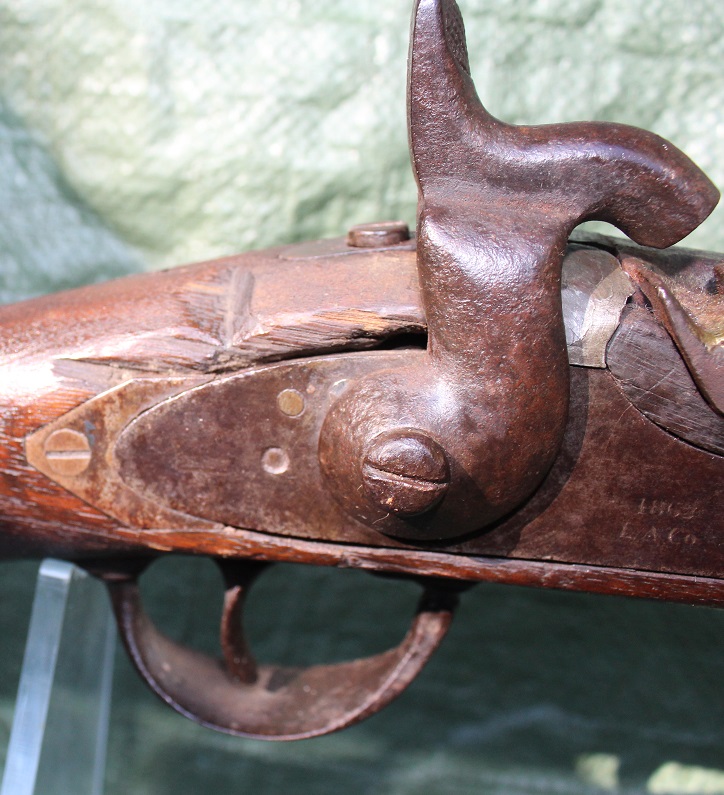
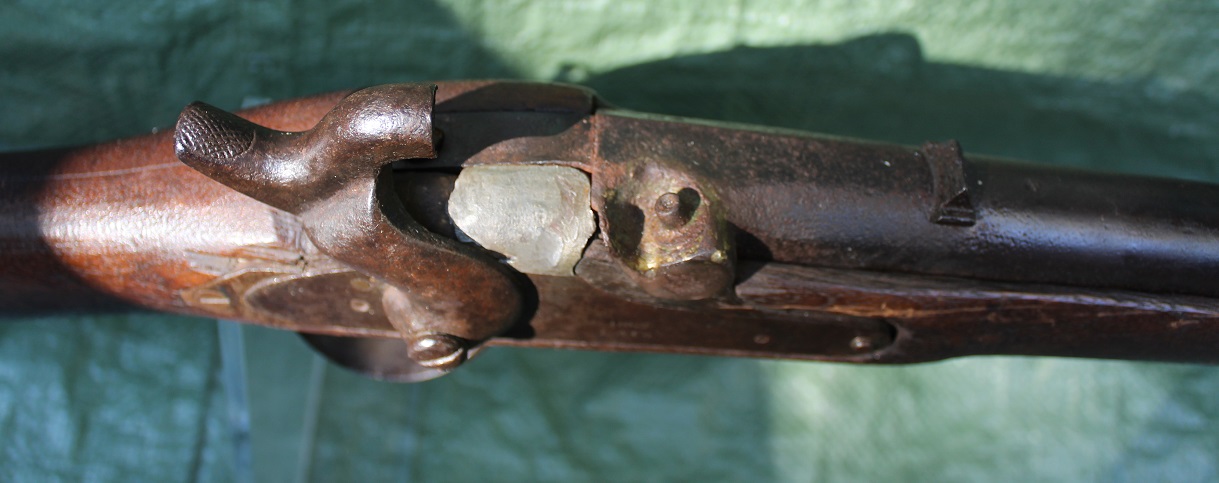
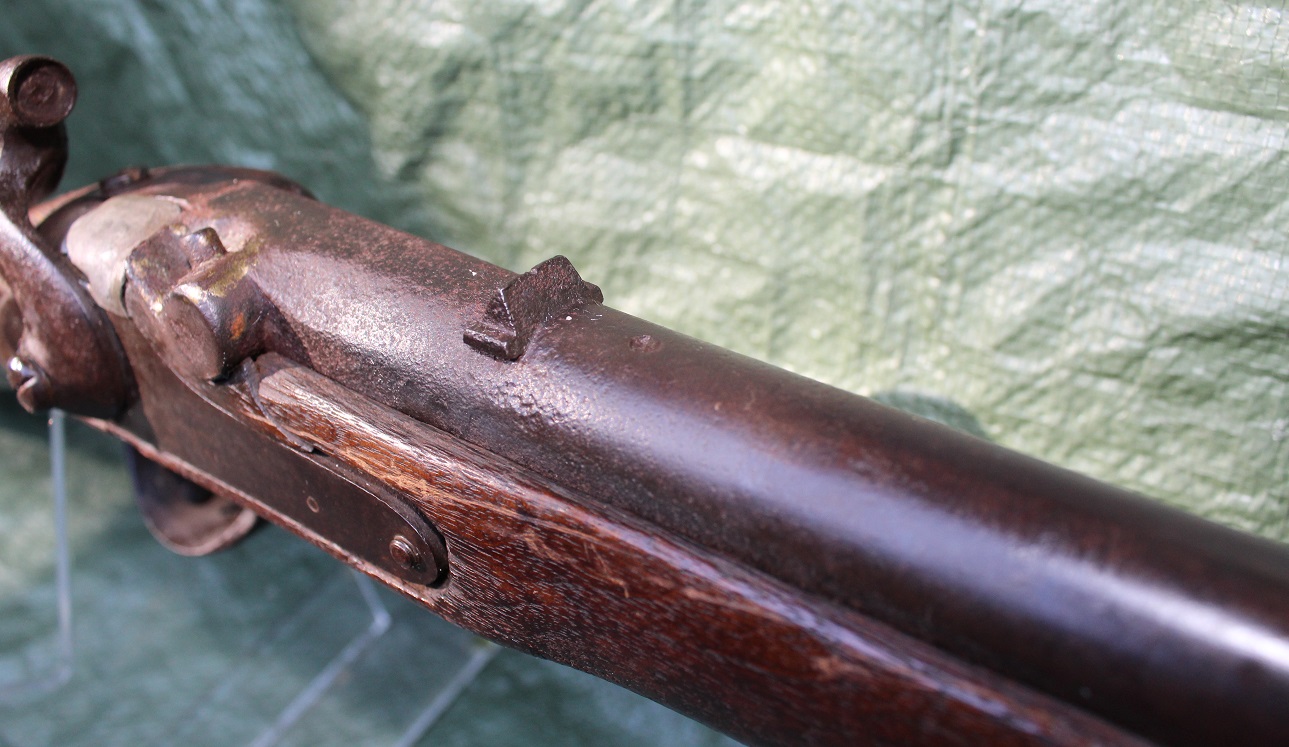
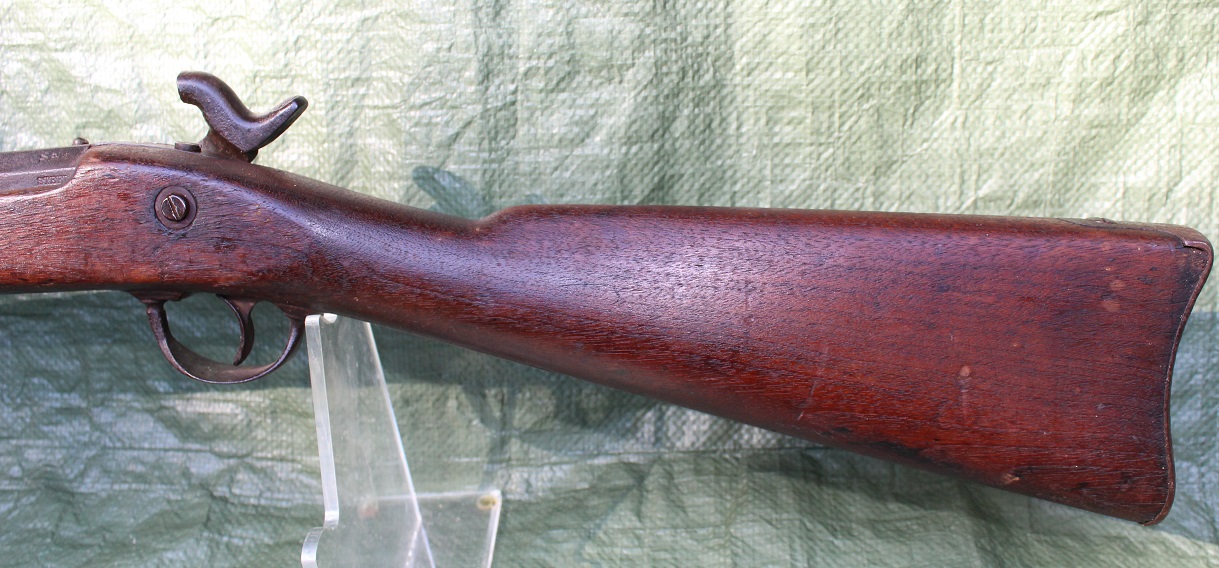
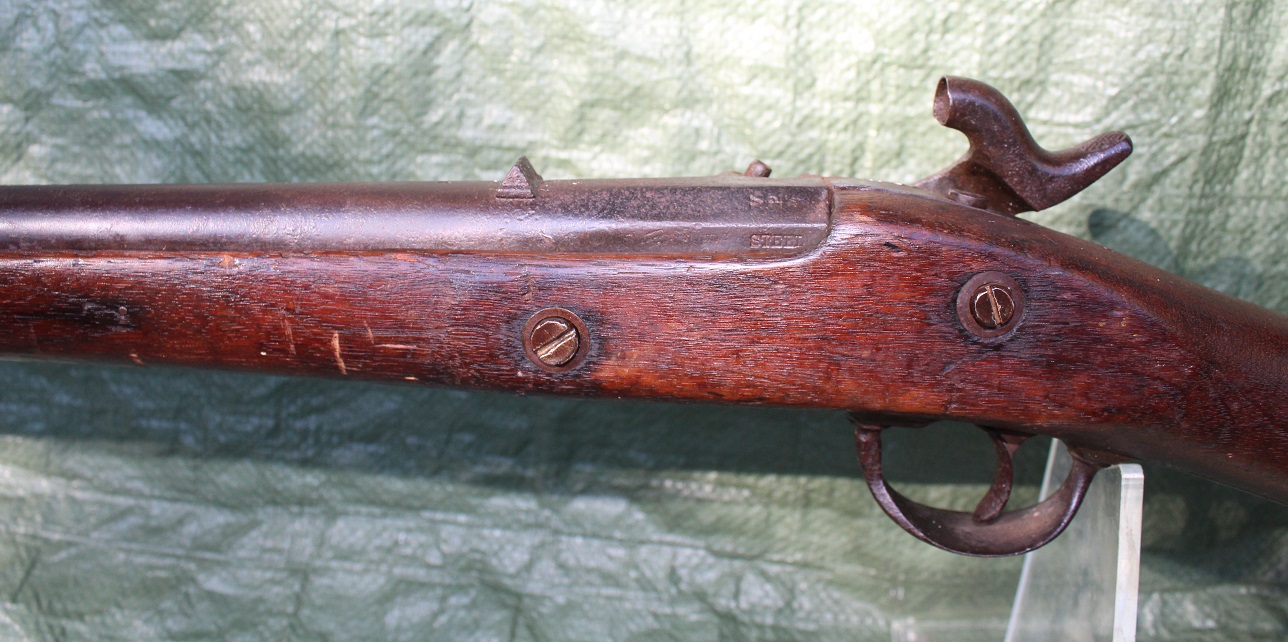
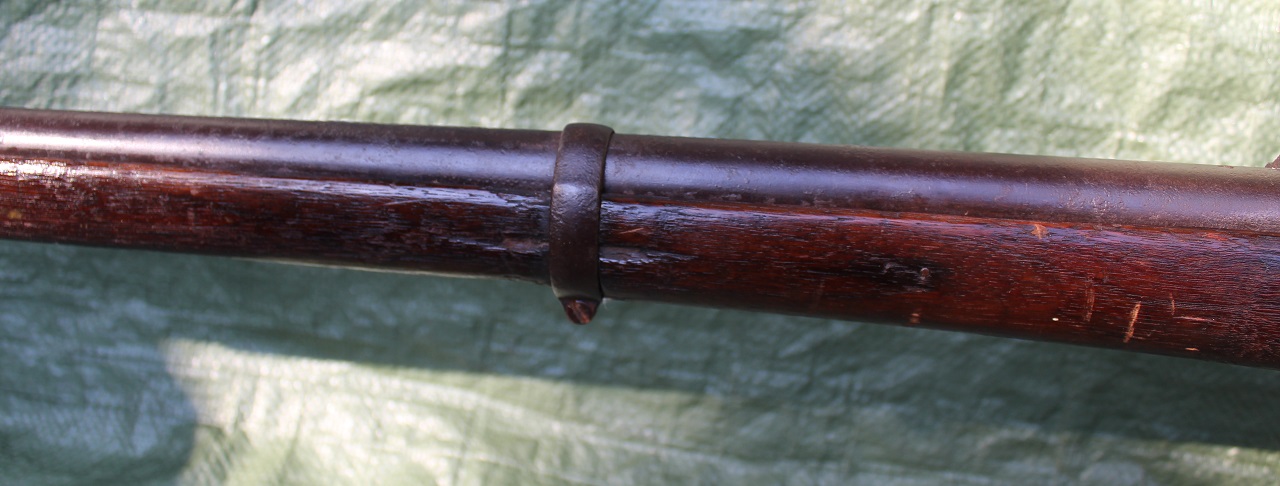
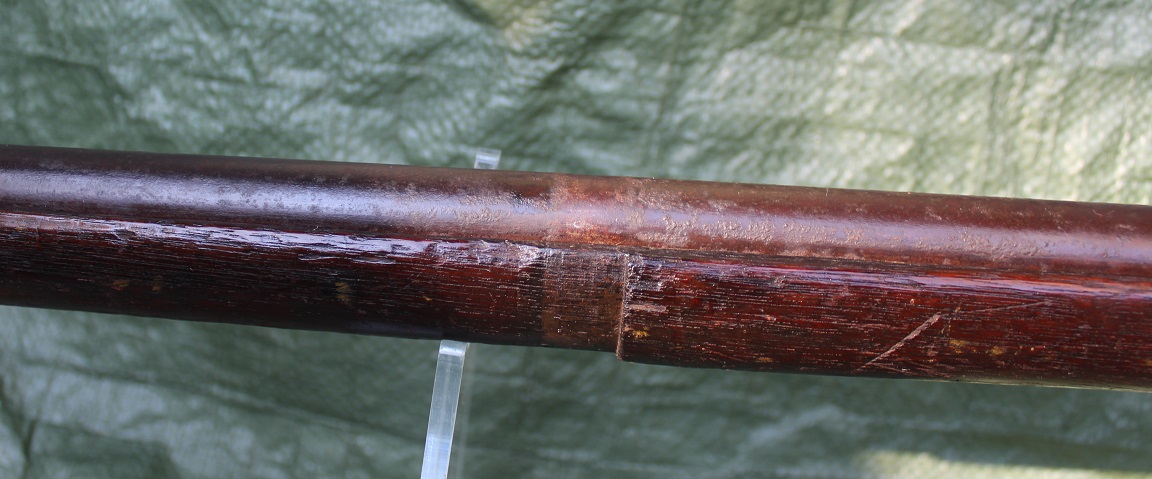

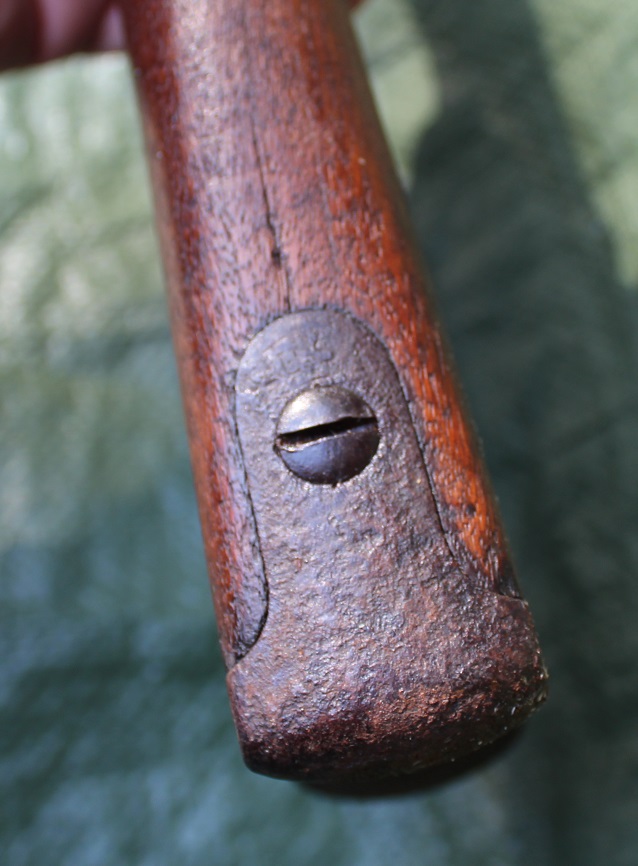
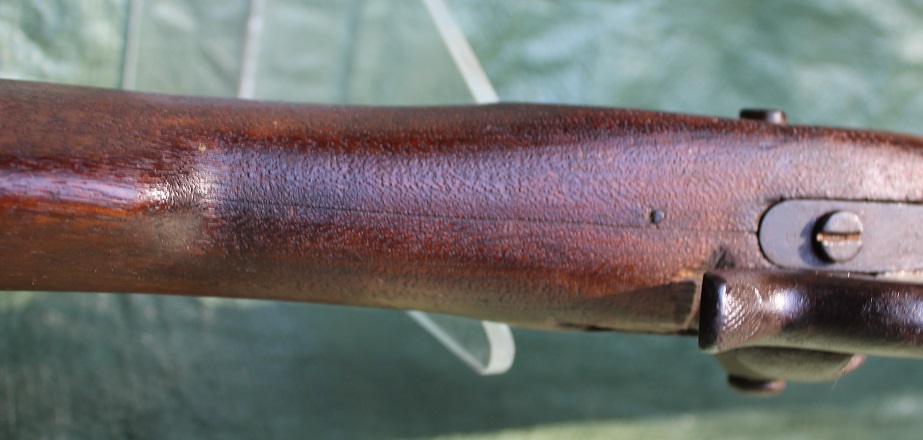
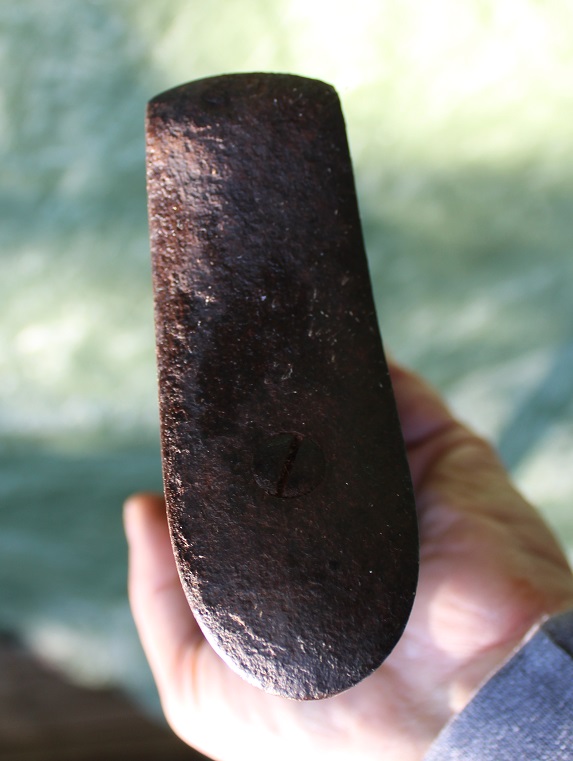
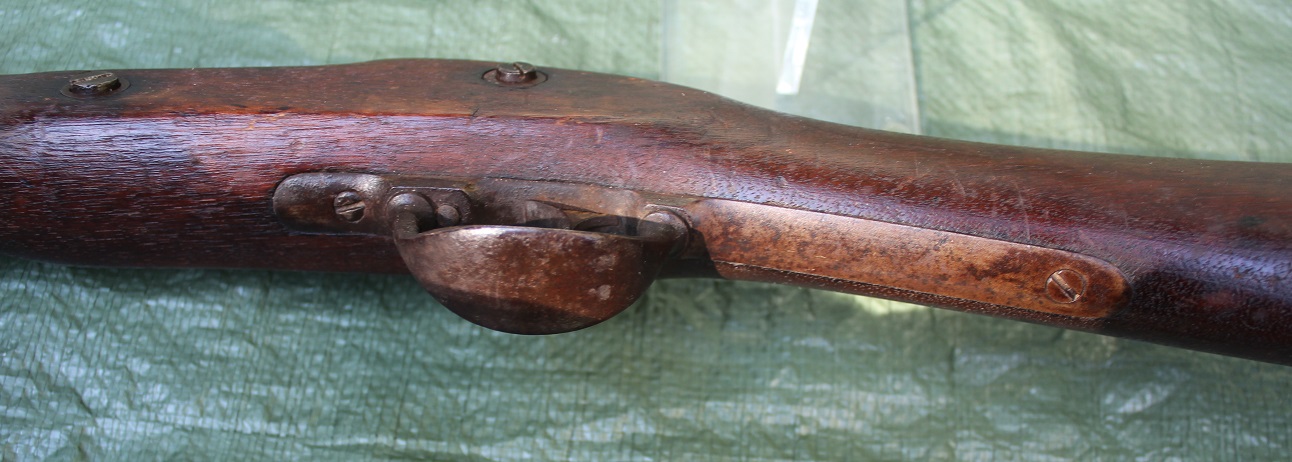
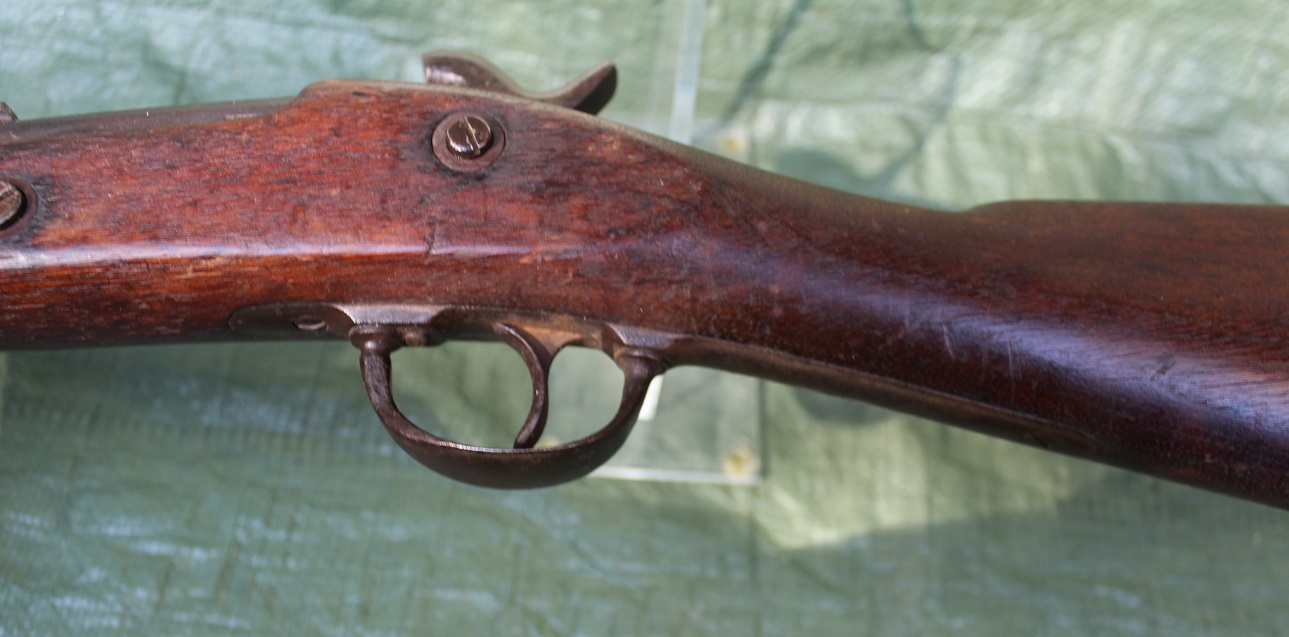
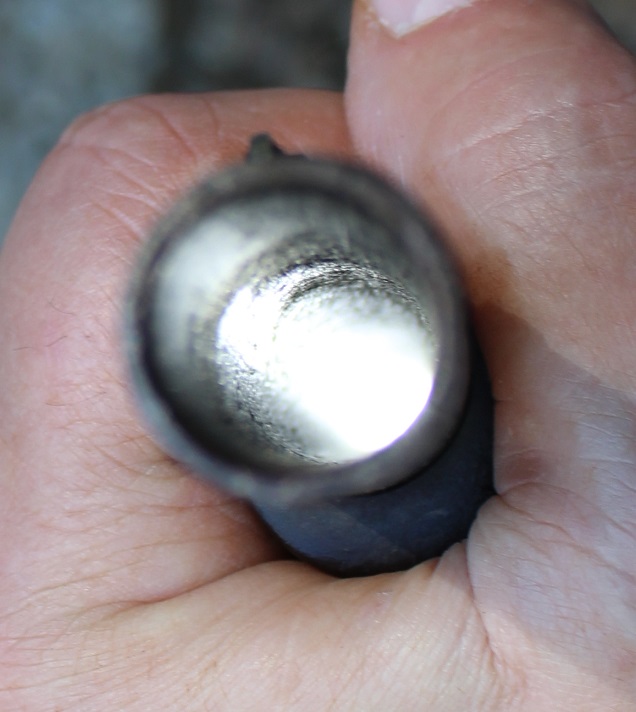
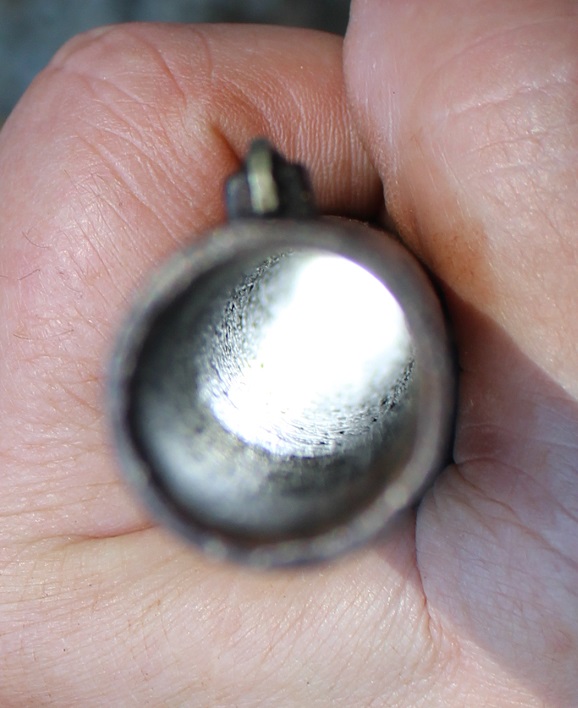
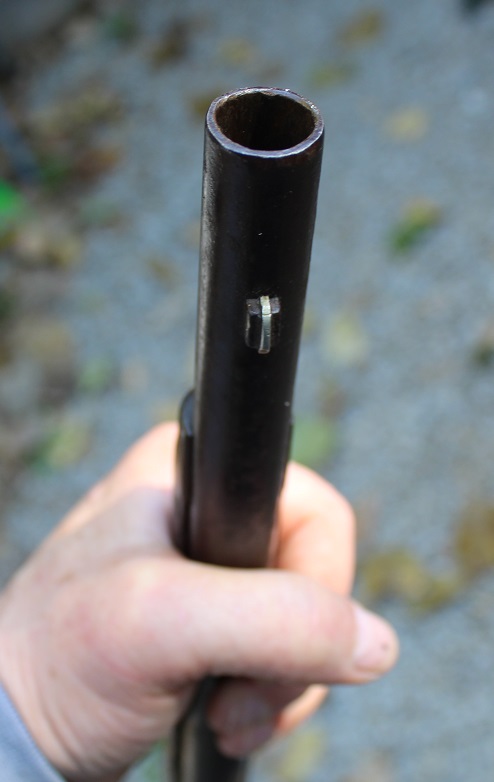
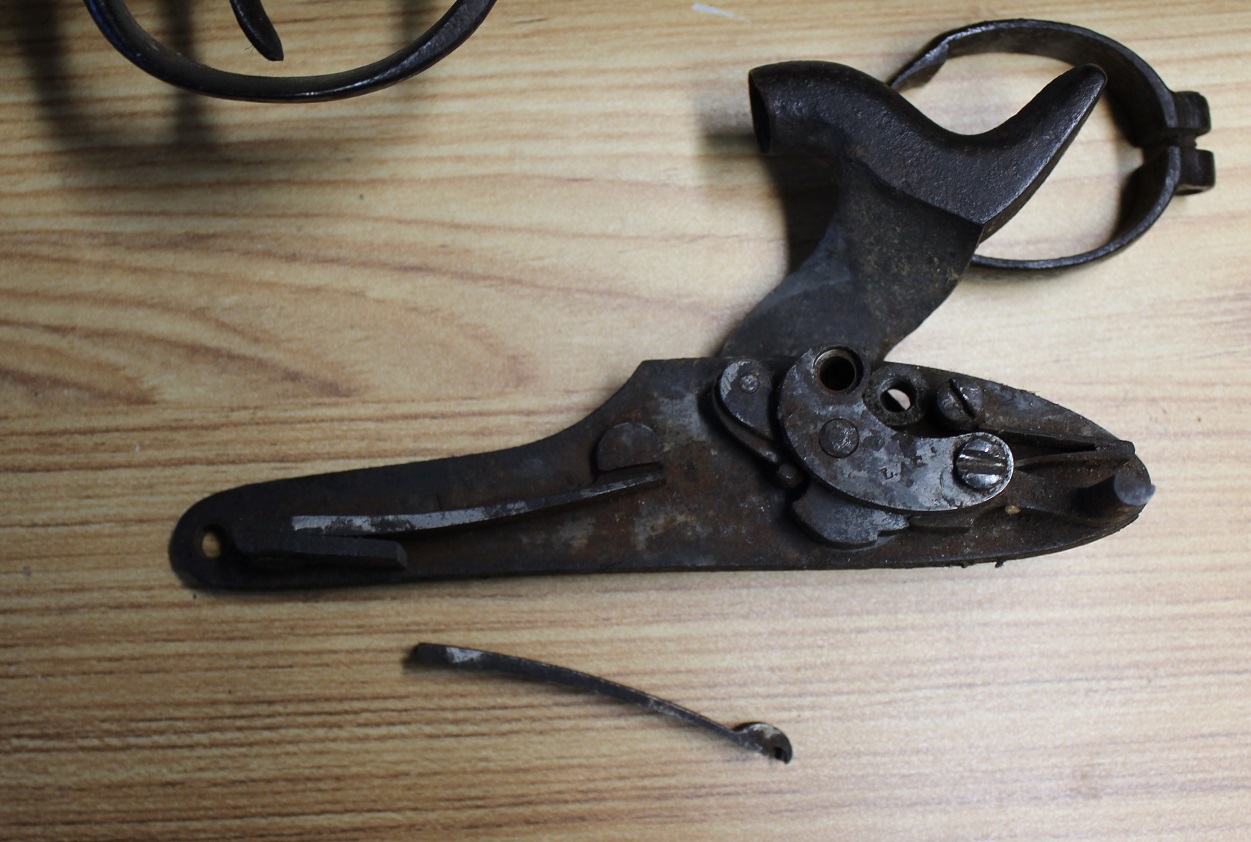
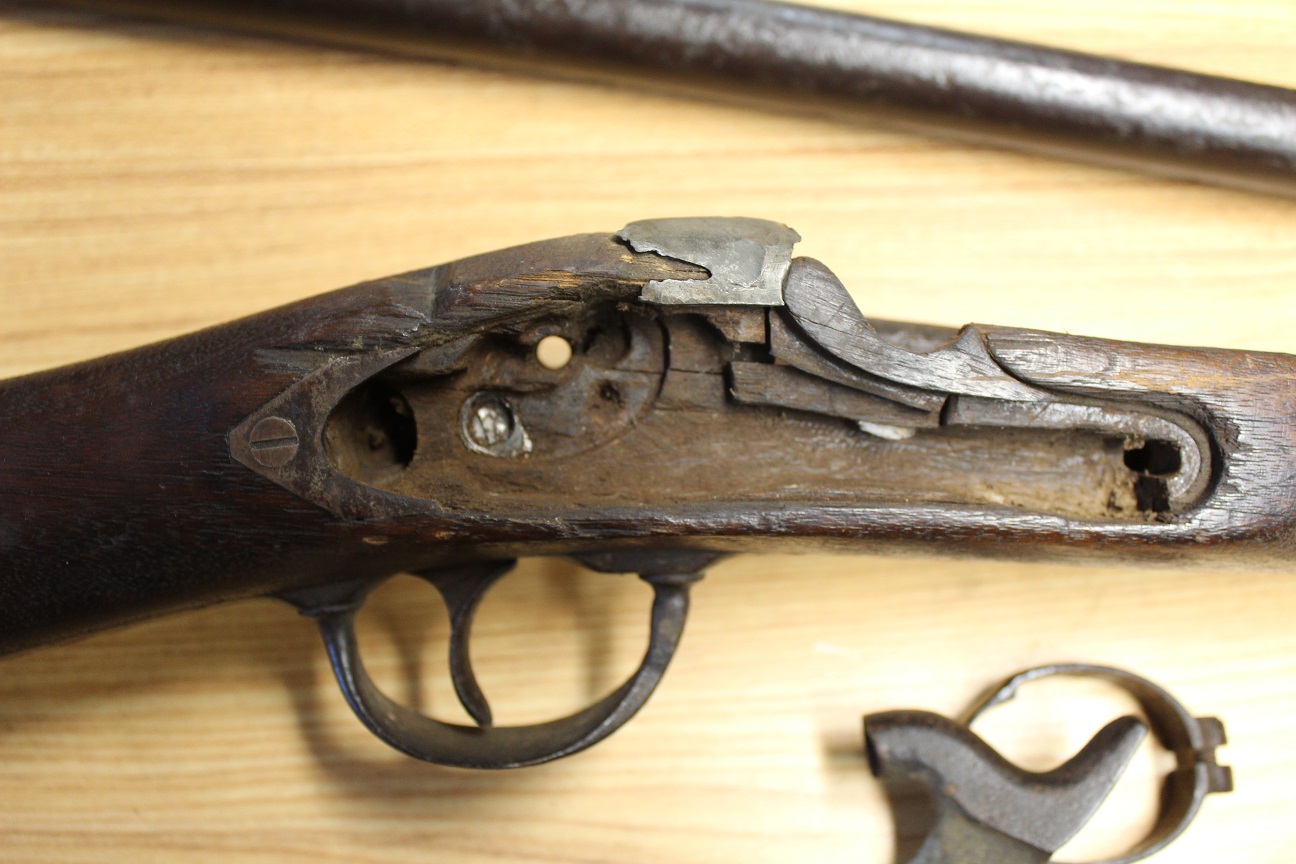
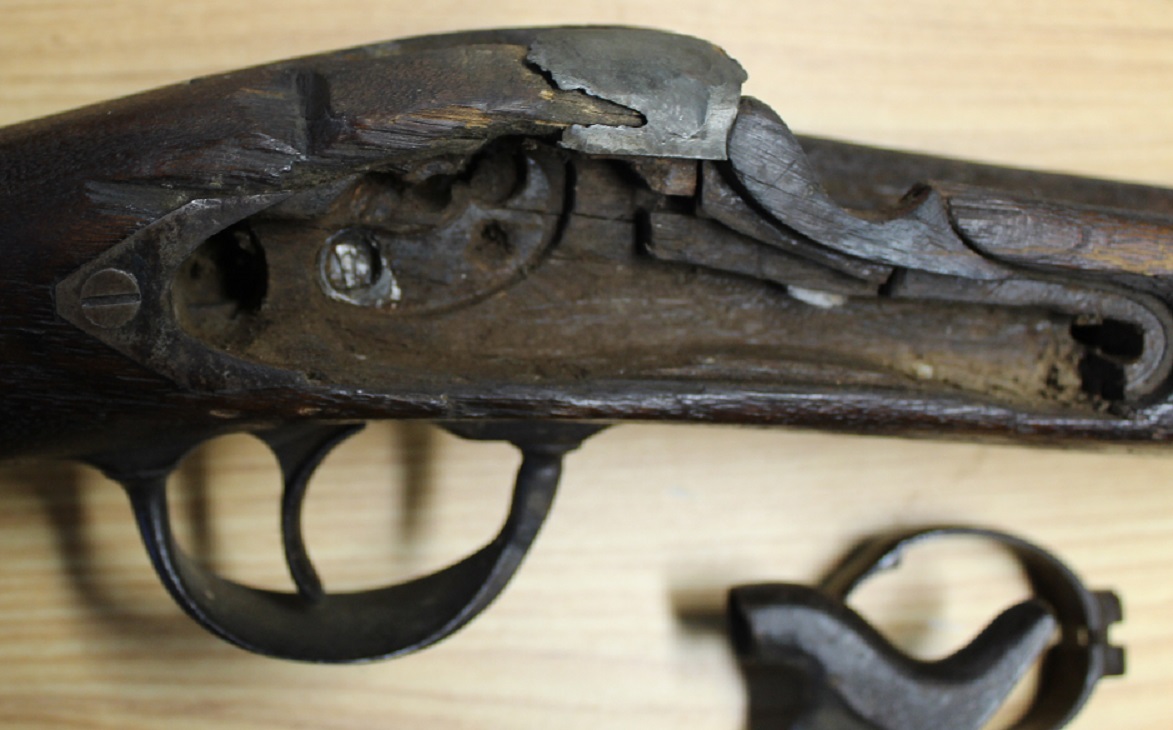
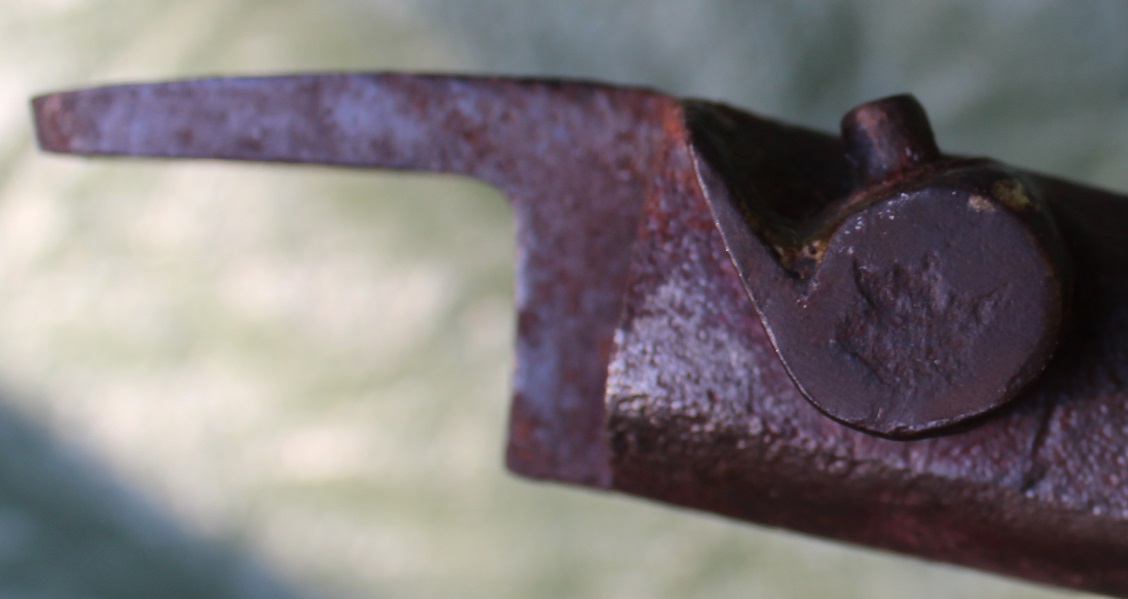
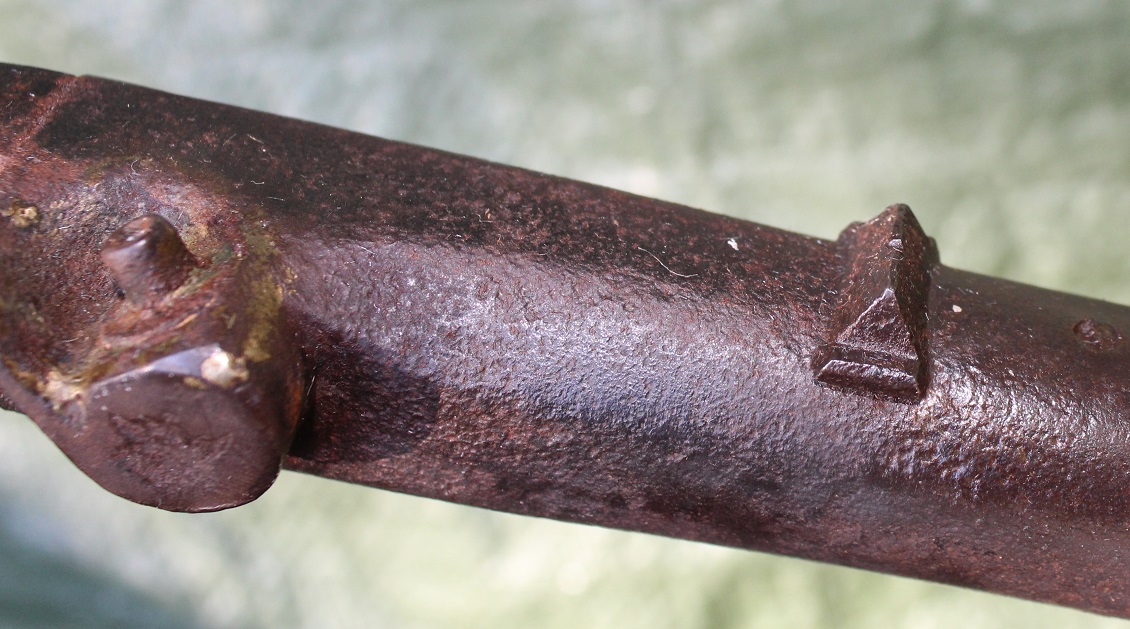
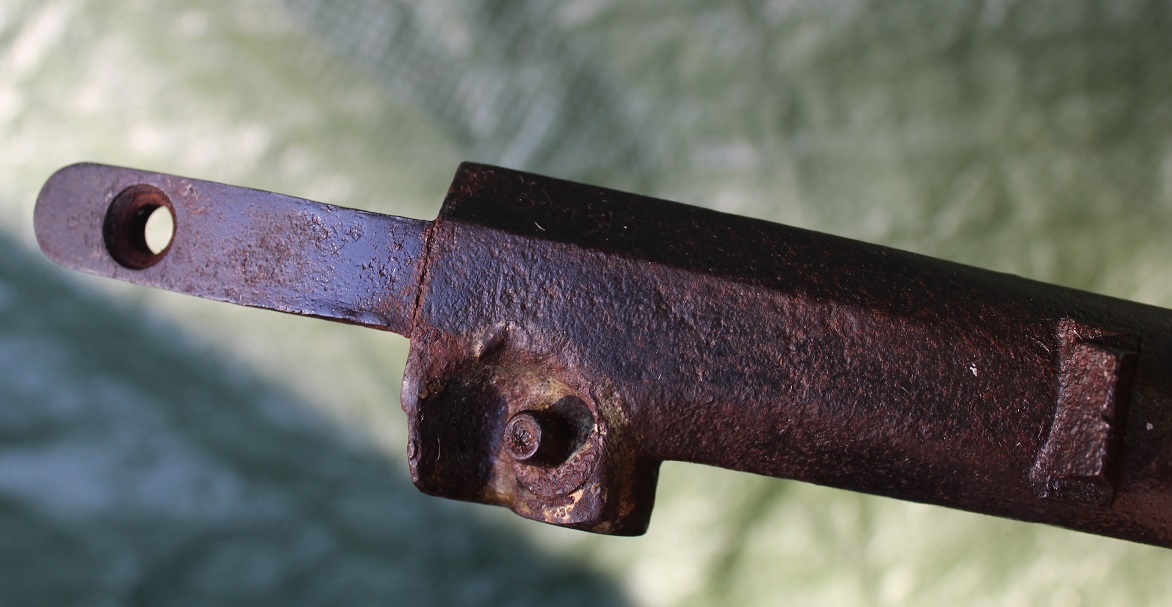
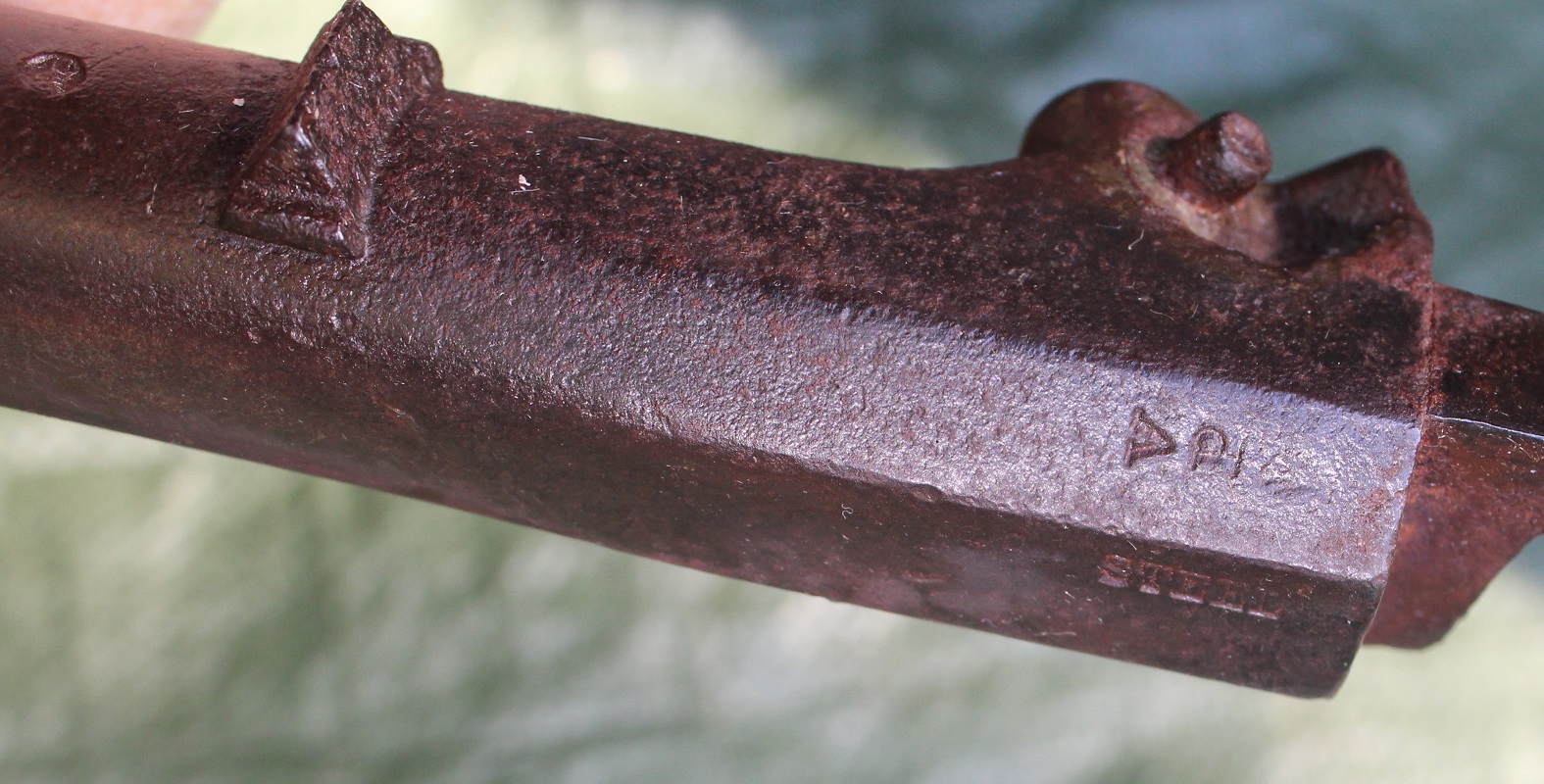
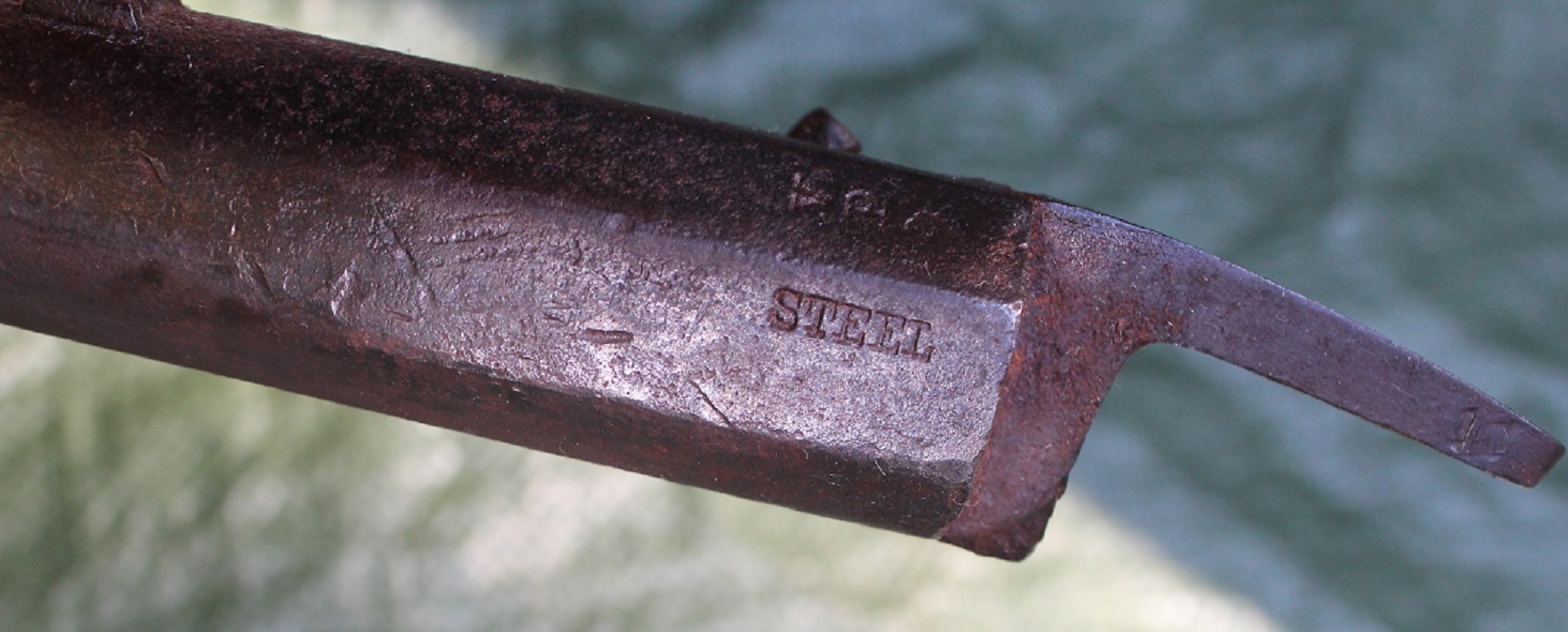
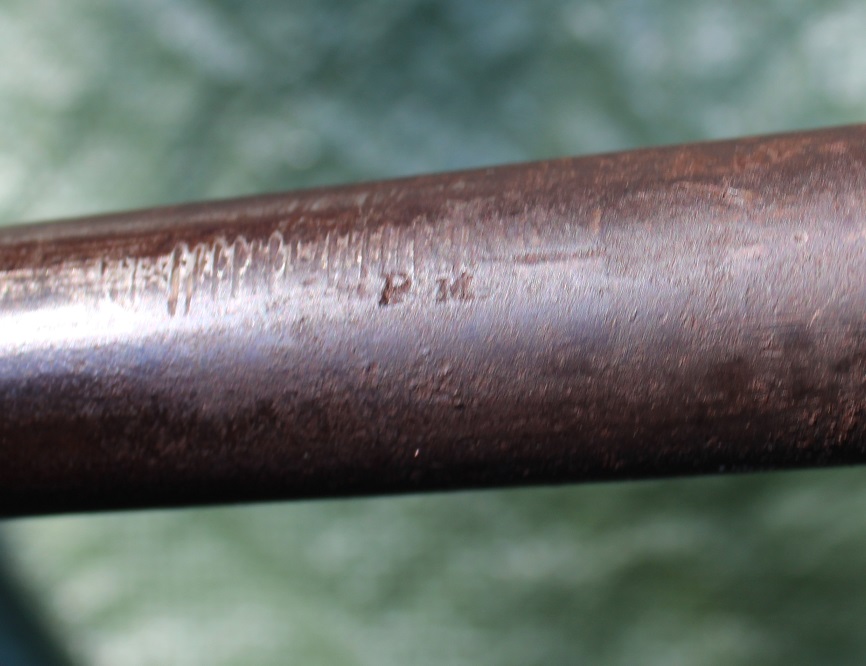
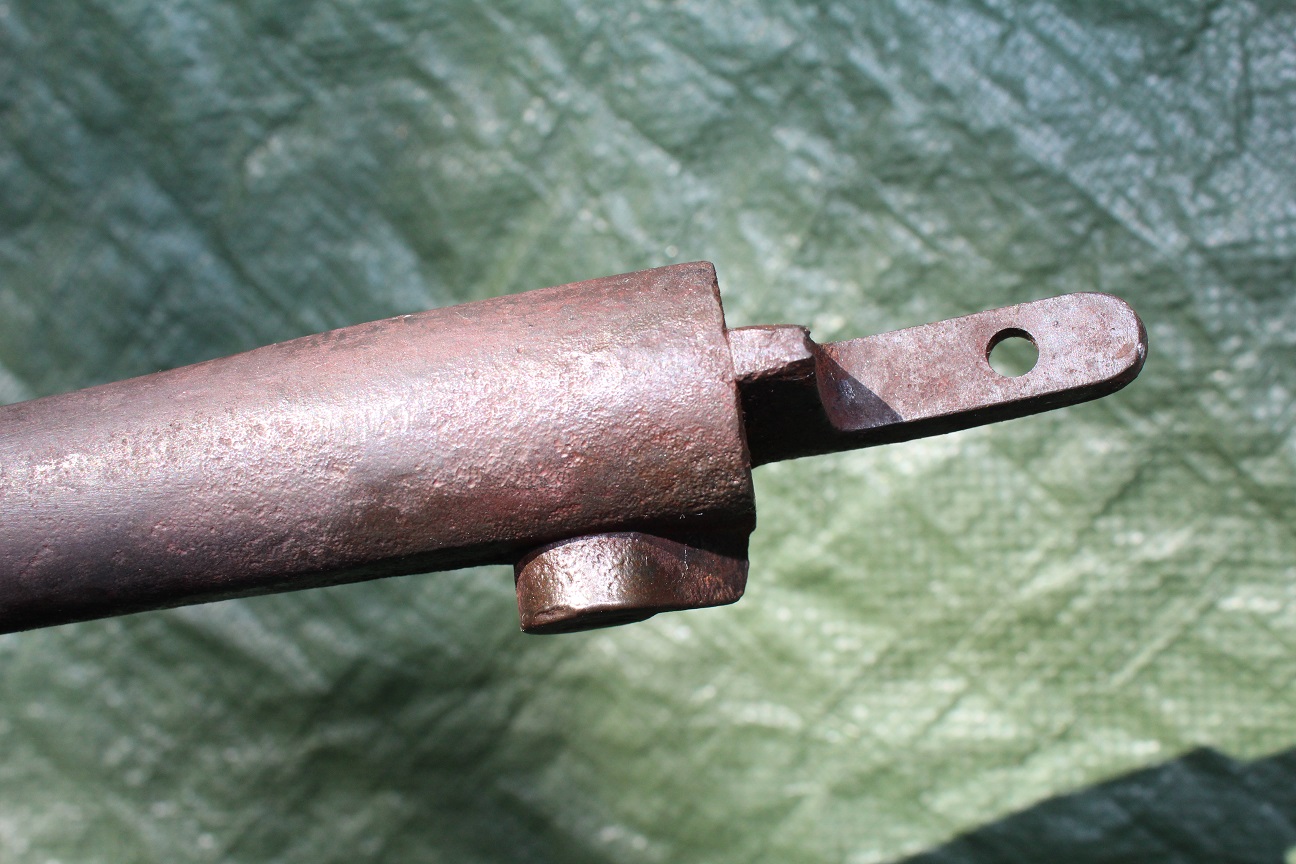
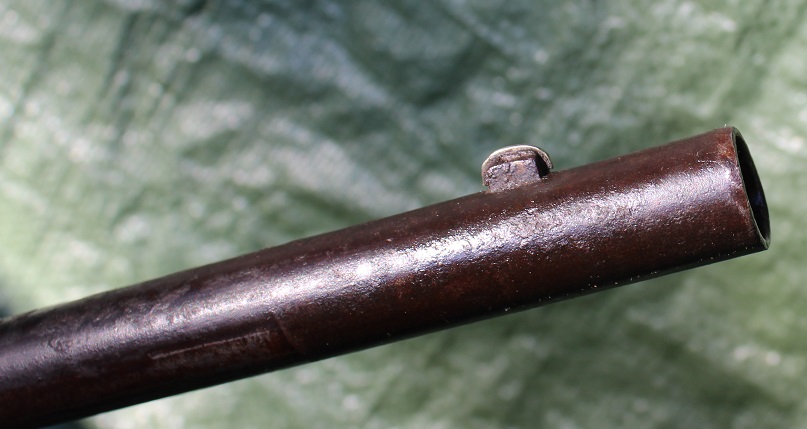
---------------------------------------------------------------------------------------------------------------------------------------------------------
CATALOG 1
TRADED
TC
Here we have a Civil War Model 1854 Austrian Lorenz Bayonet in excellent condition! The Lorenz was the third most used long arm on both sides during the American Civil War, and no collection of bayonets from that war is complete without one. The bayonet is complete and full length with its original and fully functional locking ring. This bayonet measures about 22 inches long overall with 18.75 inch quadrangle blade. The bayonet blade is mostly smooth metal throughout with a pleasing, somewhat bright gunmetal gray patina that shows freckles and tiny patches of scattered oxidation and age staining. The socket shows slightly as well as some minor peppering and has a steel gray patina as the blade, with slightly more of the darker patina to the socket. The original Austrian inspection mark, a * is present on the reverse shank of the bayonet, along with some number of which I do not know the meaning. The quadrangle bayonet blade measures nominally 18.75” from the face of the shank to the tip. The socket is 3.21” in length and has a had a little pounding the blade end but not bad. As these Lorenzes are handmade guns the bayonets do not usually interchange without some hand fitting. This is a better than average Model 1854 Austrian Lorenz Bayonet! For this nice old bayonet $275.00

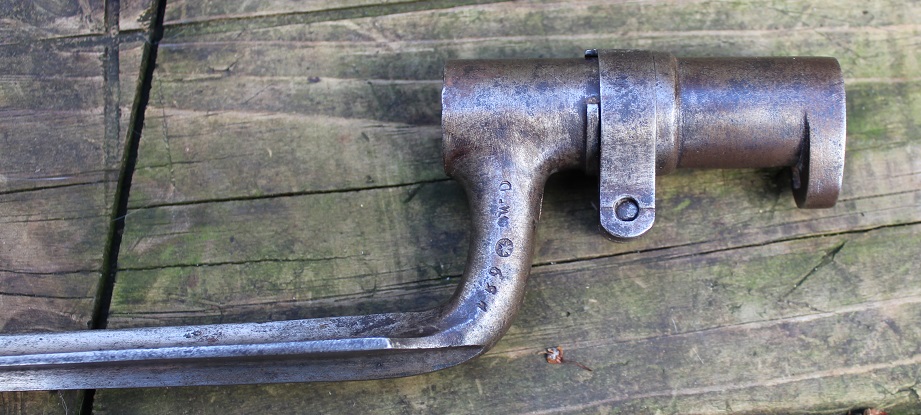
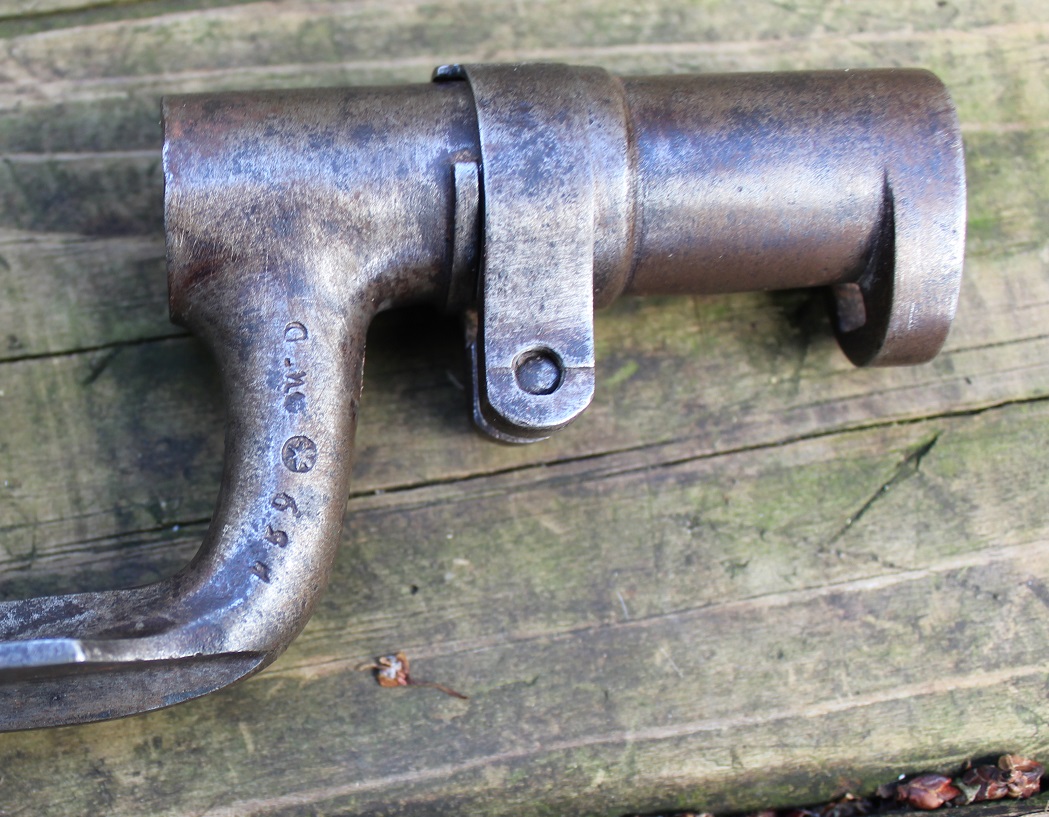
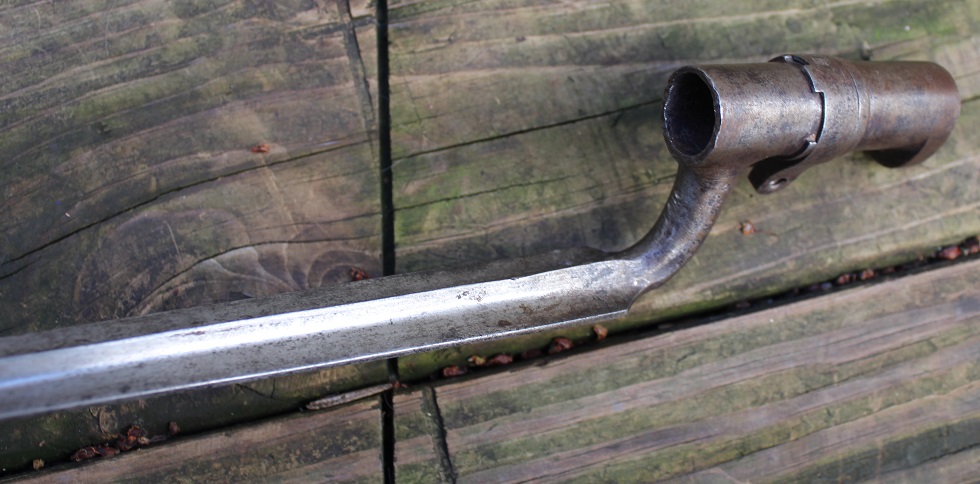
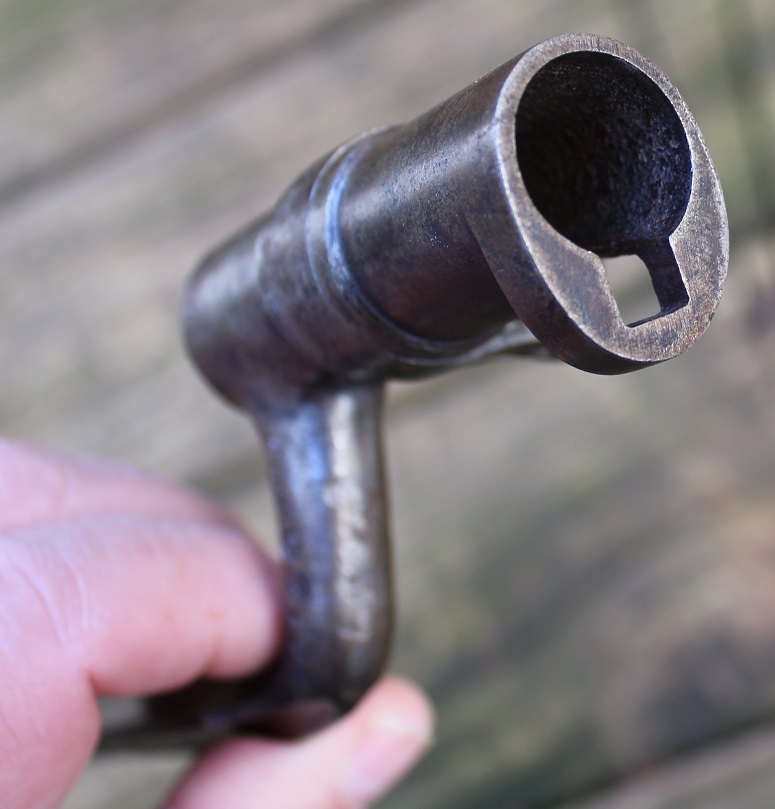

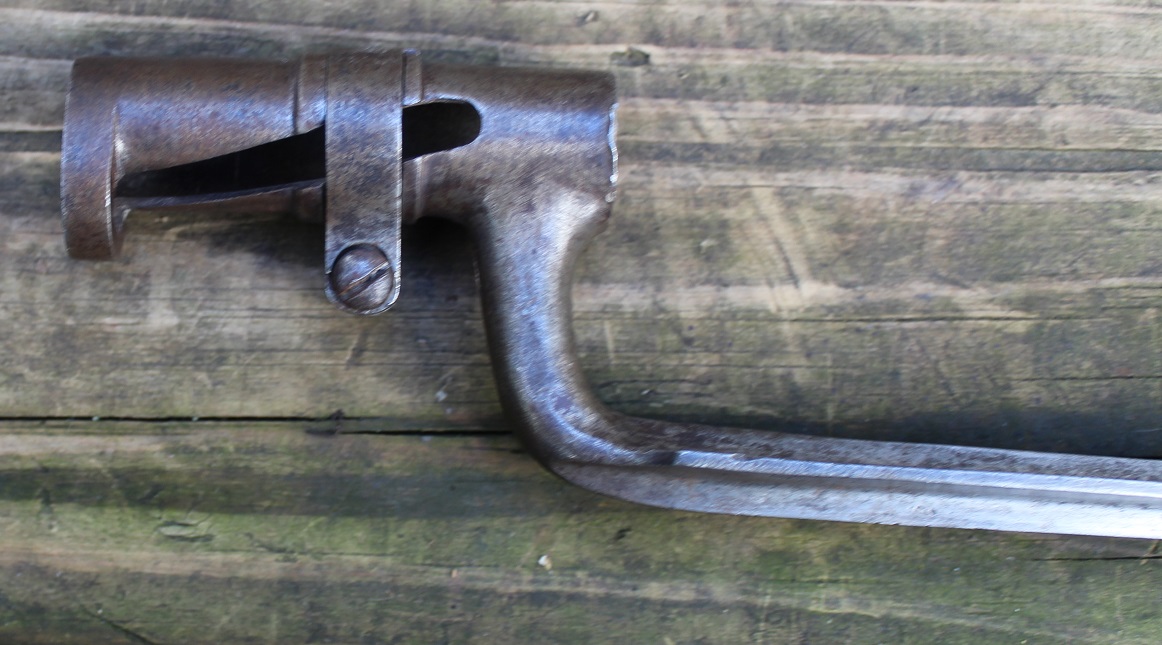

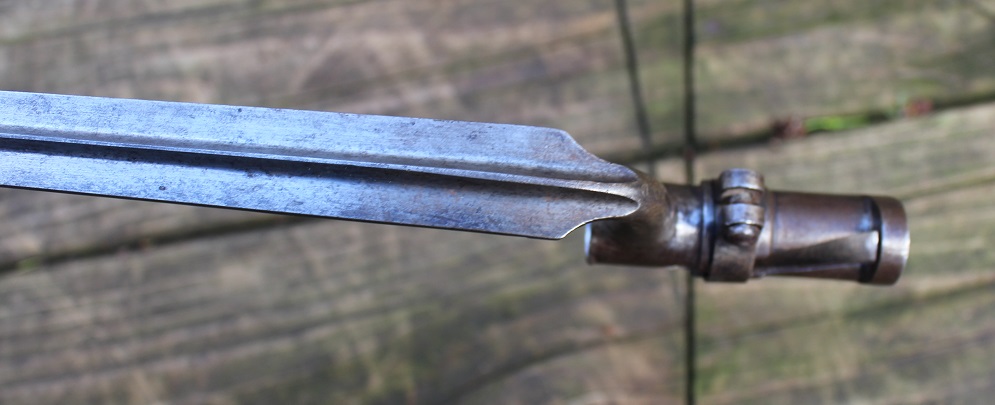
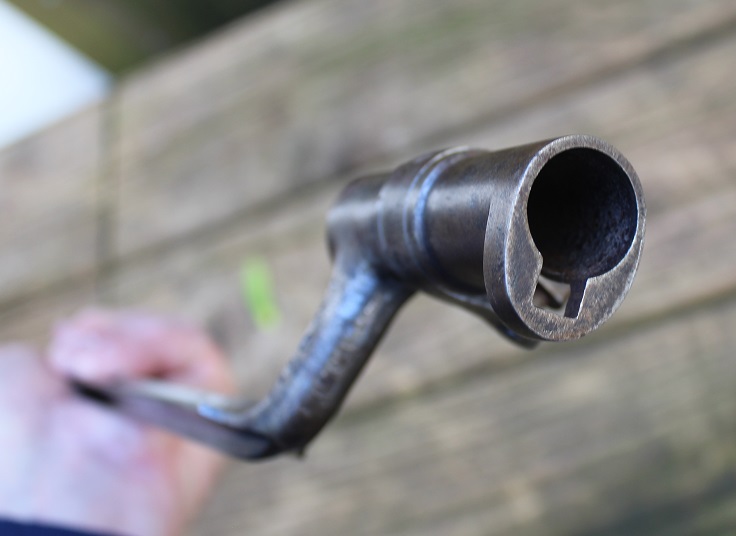
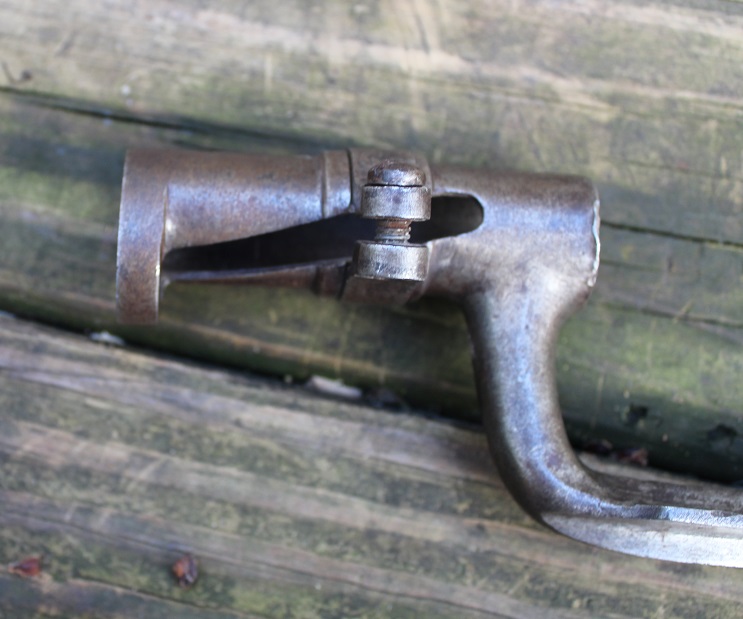
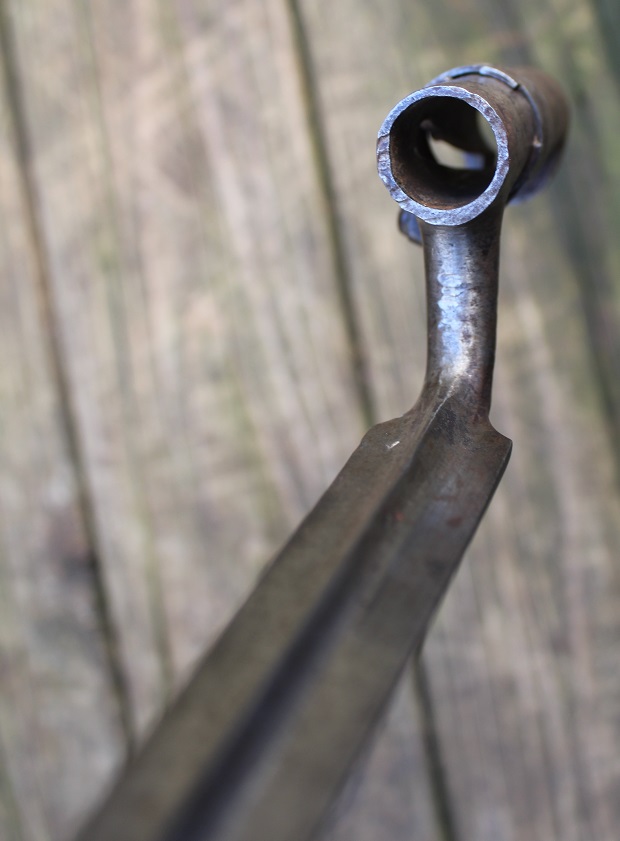
__________________________________________________________________________________________
CATALOG 1
TC
SOLD!!!
This one is a full stock with the unusual 'MULE EAR' hammer on the lock. It's a percussion lock. The rifle is about 49 inches long with a 33 3/8ths inches long barrel with the name W. GARDNER-GENEVA stamped on it. In AMERICAN GUNSMITHS by Sellers there is a H. Gardner of Geneva New York that made a Pill Lock full stock and this is what they call this lock type. I call it Mule Eared like the Civil War Carbines . There was also a G Gardner that made the same kind of rifle with the same kind of lock from Geneva. The lock is marked W. GARDNER PATENT GENEVA so there must have been an entire family of gunmakers there. This barrel is heavy being octagonal with rifling being about 45 to 50 caliber. The ramrod is held in by 3 brass thimbles. The stock is walnut and has a few repairs around the lock and looks like the last 10 inches has been replace but they did a good job and it's definitely period. Hey, someone LOVED this rifle and kept it going! The cresent shaped butt plate is brass and so is the trigger guard. This is a single trigger set up. The lock and hammer is very nice with florals on it. There is a silver escutcheon on the top of the stock behind the barrel and there is a hole in the stock there as well so they may have used a tang sight at some point. There is a crack in the stock in front of the lock that terminates at about 2 inches out. You can see the repairs in the photos. There is a raised relief cheek rest on the reverse stock. This rifle weighs 12 #. It's a beauty even with the repairs! For this one $1,450.00

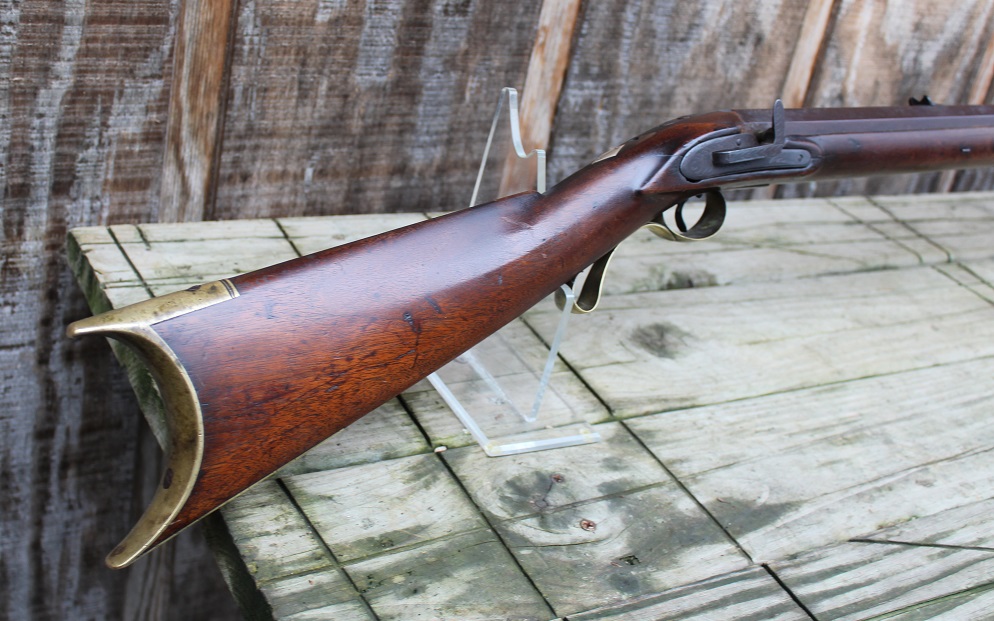
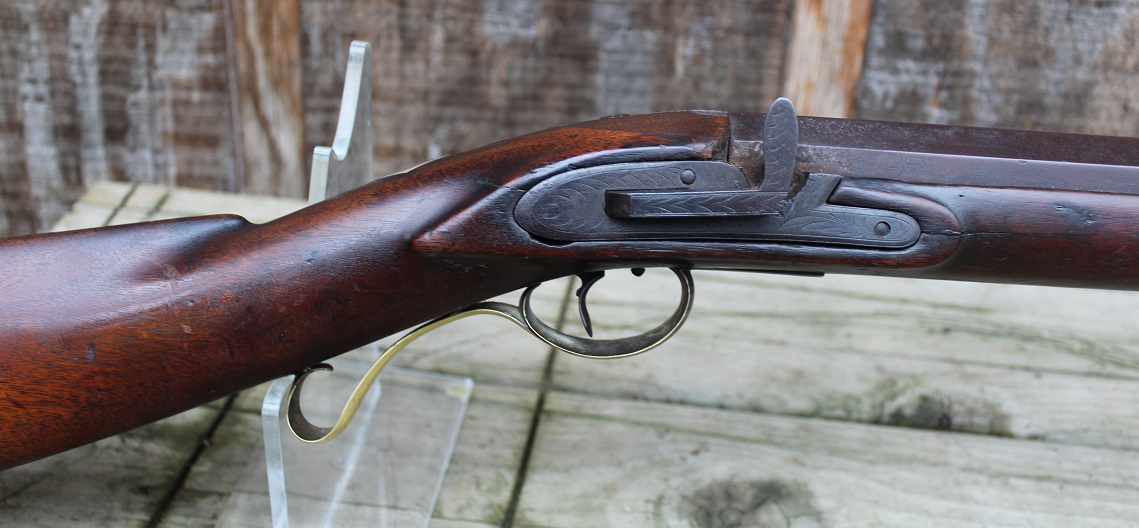
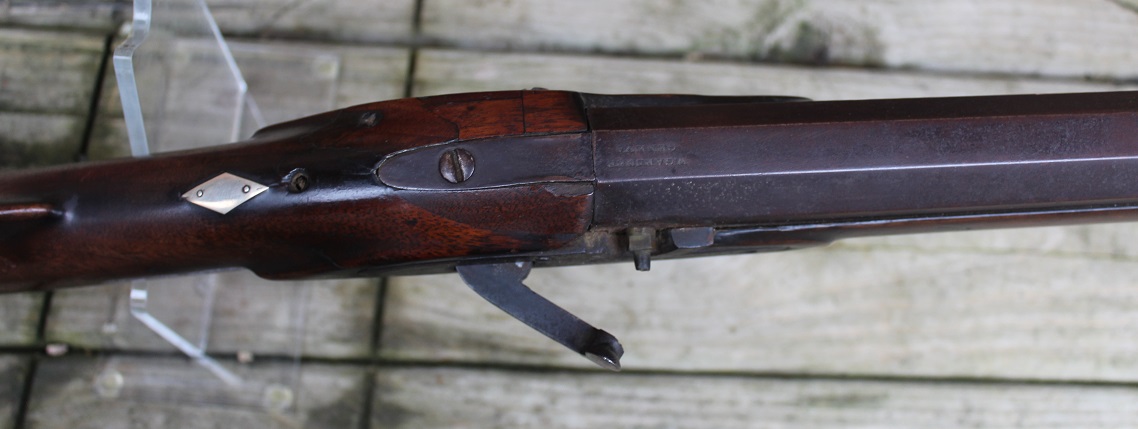
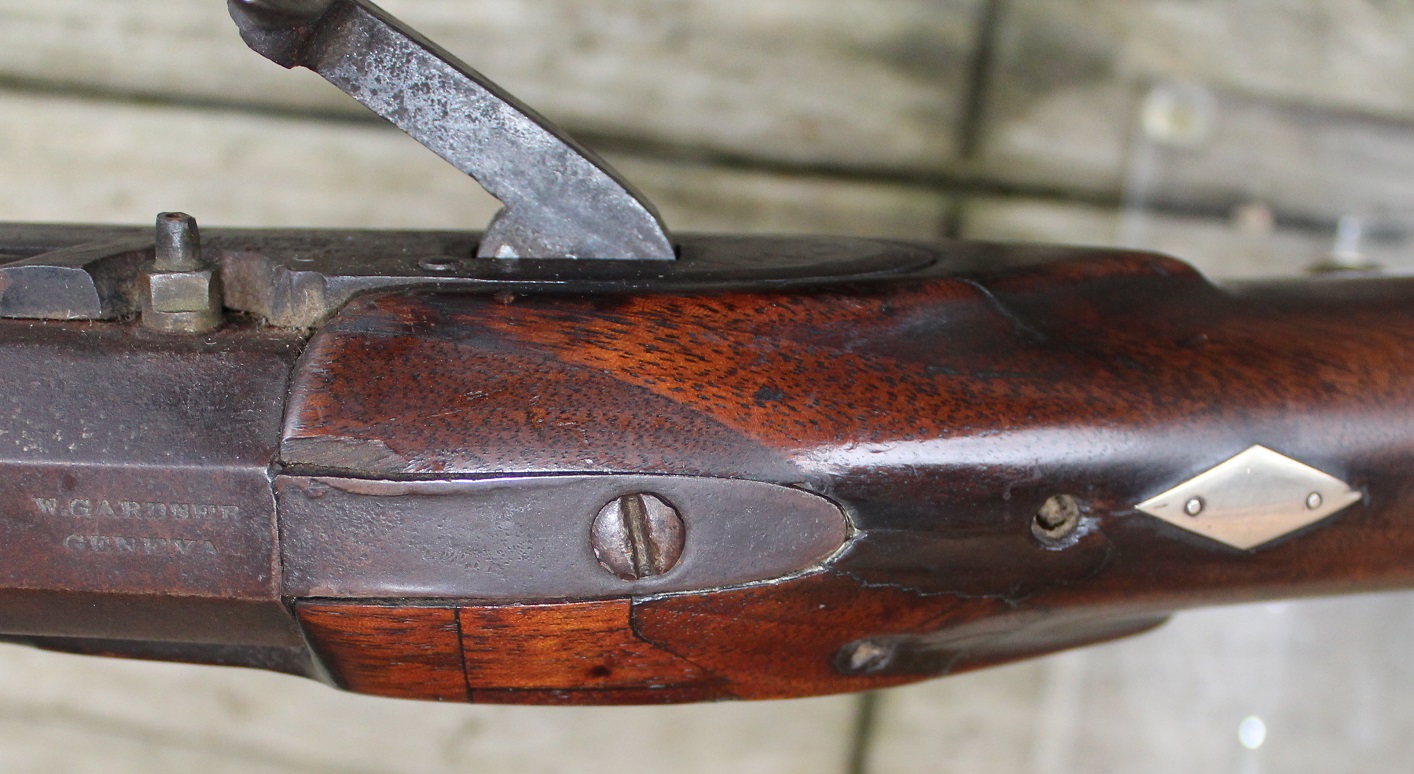



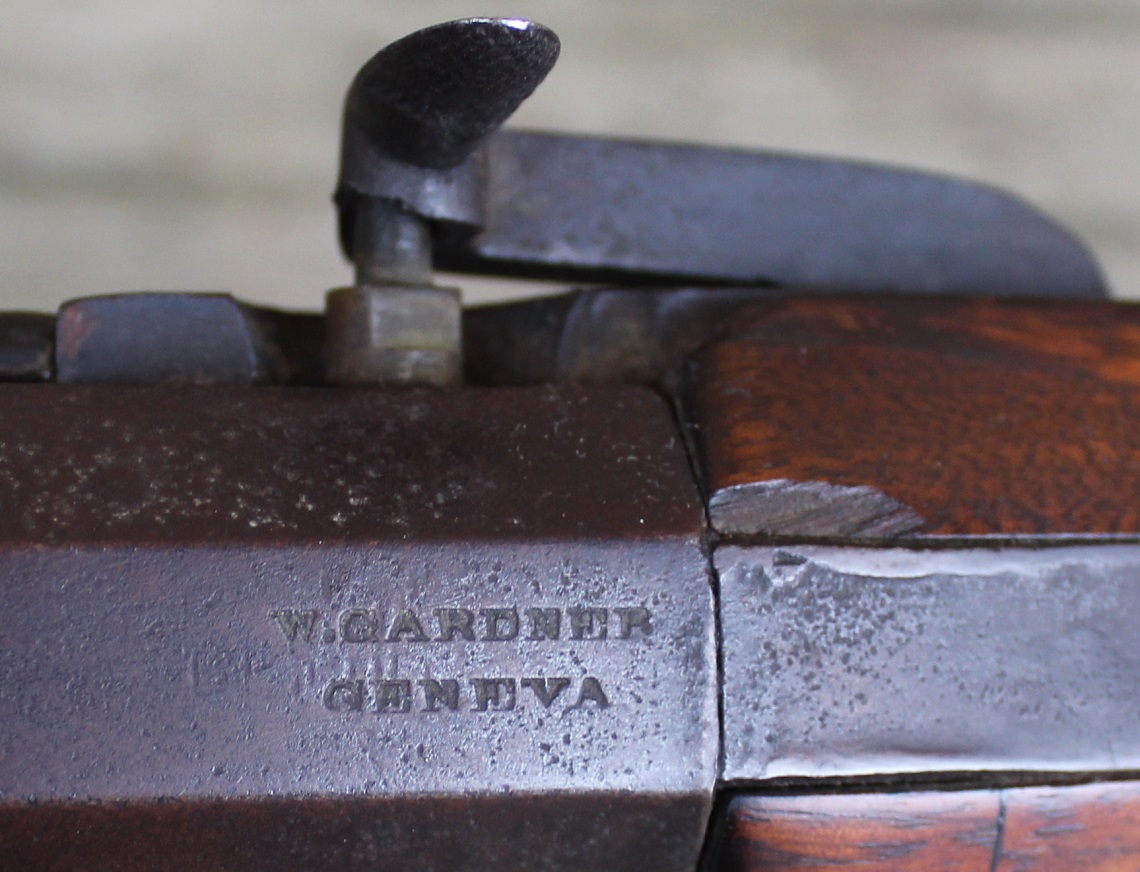

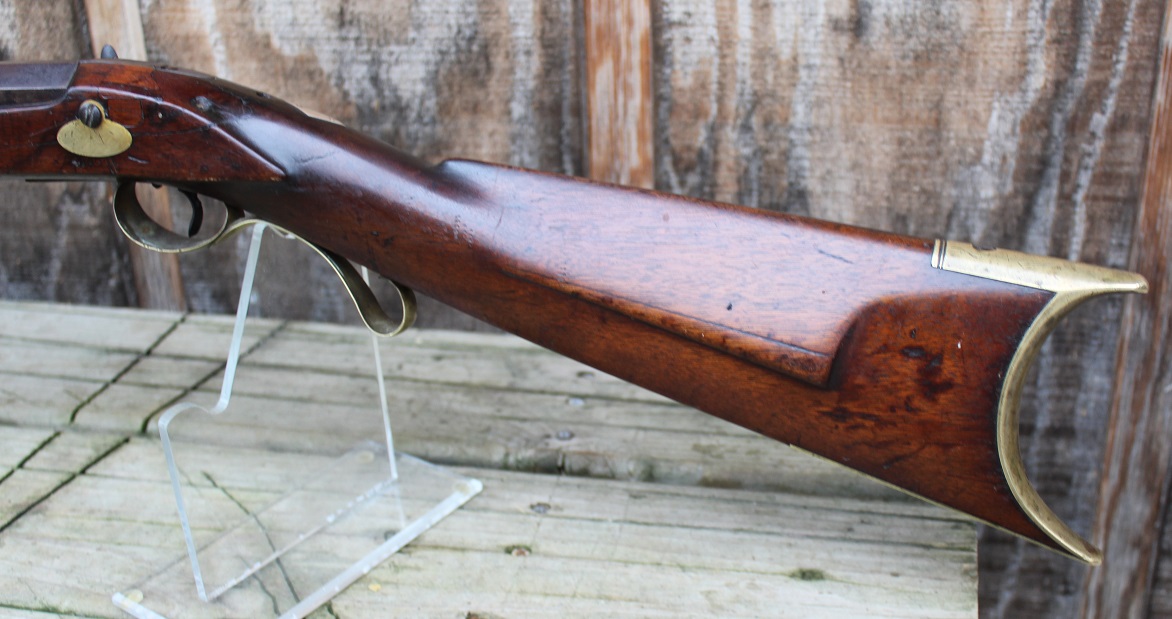
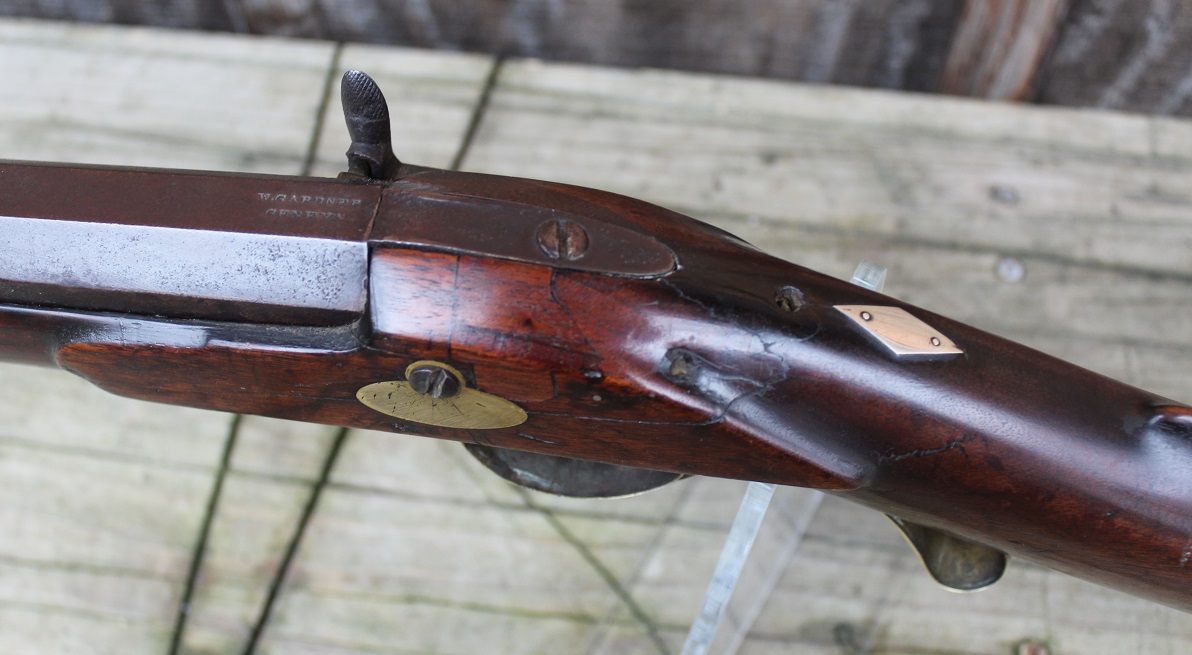


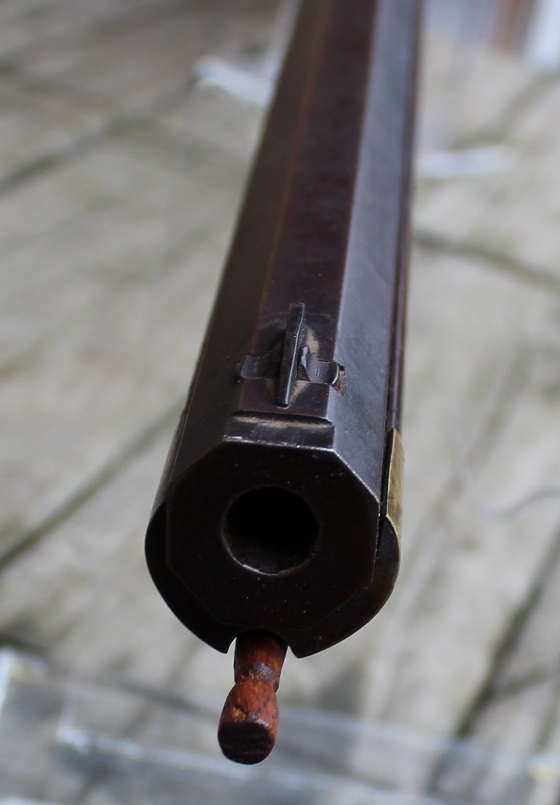
__________________________________________________________________________________________
CATALOG 1
Here we have a collection of two Civil War firearms and a small powder horn. I purchased these from the family and they came with a letter written in 1971 telling the history of the two pieces. The two pieces came down through the family. The brothers involved are Napoleon Bonapart Peterman, who served in the 8th Ohio Infantry Co, G from June 10th, 1862 to October 3rd, 1862. In September 1862, during the Maryland Campaign, the regiment and the rest of the II Corps hastily marched northward in pursuit of Robert E. Lee's Army of Northern Virginia. The two armies met near Sharpsburg, Maryland, along the banks of Antietam Creek. Here, the 8th experienced what to date was its hardest fighting of the war. Kimball's brigade repeatedly attacked Alabama troops under D. H. Hill stationed in a sunken road during the Battle of Antietam, taking 50% casualties but eventually pushing through the defensive line at a cost of 162 officers and men killed or wounded. Napoleon may have been wounded in that battle as he mustered out in October 1862 but sometime after that he may have served in Company L, Ohio 1st Heavy Artillery from August 30th, 1863 until July 25th, 1865. He had two brothers Joseph and William that served in the 21st Ohio Infantry we believe. The letter ties them all together at one time but I haven't yet been able to do that and sometimes family history is no accurate. I believe the story takes place in the early part of the War before 1863. The Grandfather talks about Napoleon finding the shotgun in a tree where the Confederate left it. He also talks about a powder horn which we have with the shotgun. The double barrel 12 ga shotgun is in good condition having on the barrel LONDON but having no other markers marks that we can see. This may have been one that came through the blockade. It still works but shows great use. The left hammer has been replaced and it has a more modern screw holding it on. Much engraving on this piece. The rifle is a model 1853 Enfield marked 1862 that, according to the letter, was being used by Napoleon Bonapart Peterman of the 8th Ohio Infantry. This rifle has also seen much use but is still a nice piece! There were markings on the right side of the buttstock but much worn now and I can't make them out. The are no other British proof marks on it except for the lockplate and the barrel. Check out the pics. The letter talks about a 'Mini-ball' being stuck in the stock but that is incorrect. It was a 'small' ball perhaps being a buckshot of the smaller part of the buck n ball loads. The relative told me that there use to be a small ball in there but it has since fallen out. The rifle is still in pretty good condition and looks great with the same attic patina on it that the shotgun has. Although I can see no clear markings on the stock or buttplate that indicates Confederate use it is missing the sling swivels, Confederates like to remove them, but that is not positive proof that it was used by the confederates. The ramrod, however, is engraved with 4 numbers indicitative of Confederate use. It's either a Confederate used rifle that was possibly picked up or the ramrod was missing and the Union Soldier scavaged whatever he could to keep firing. Impossible to know for sure! It's a great grouping of these 3 pieces! Take a look at all the pics as there are plenty! POR



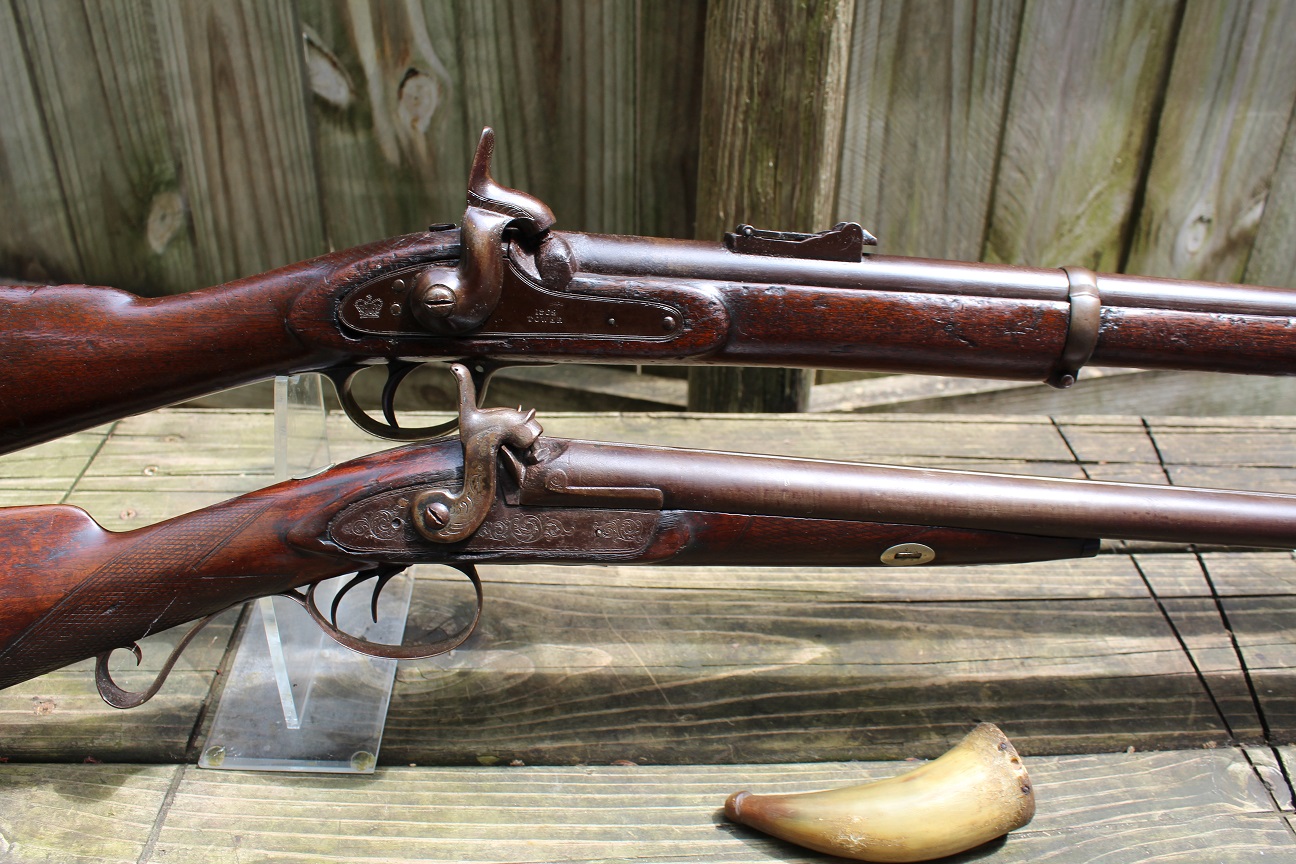

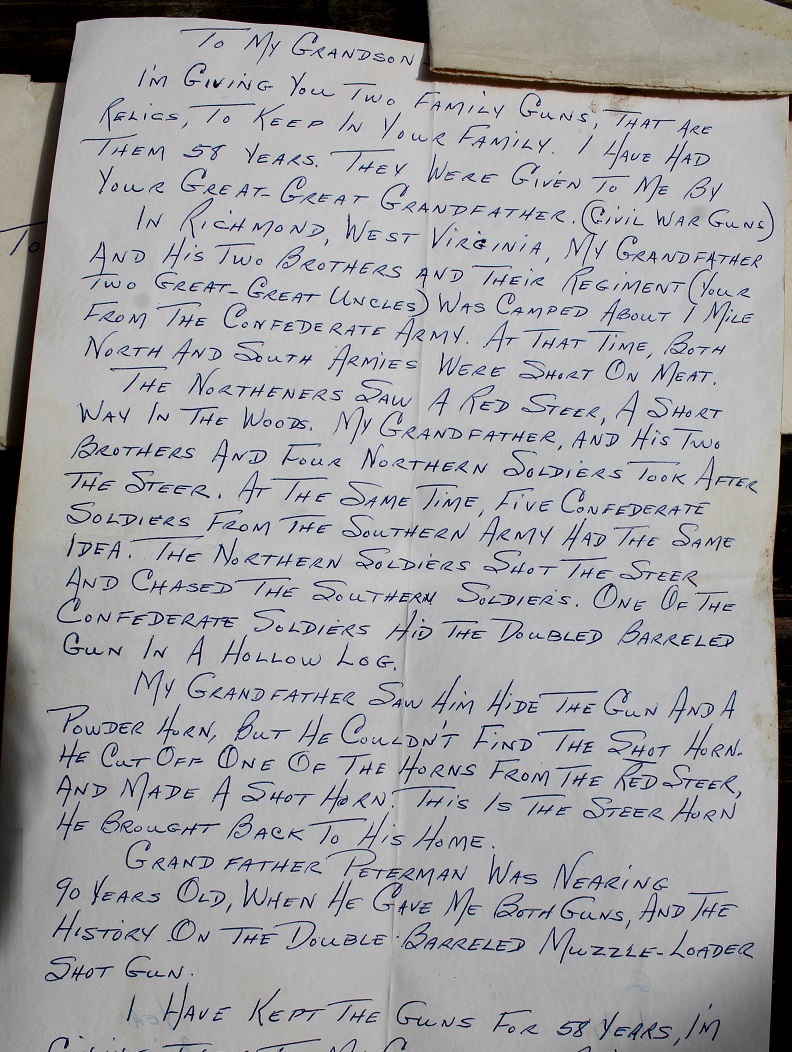
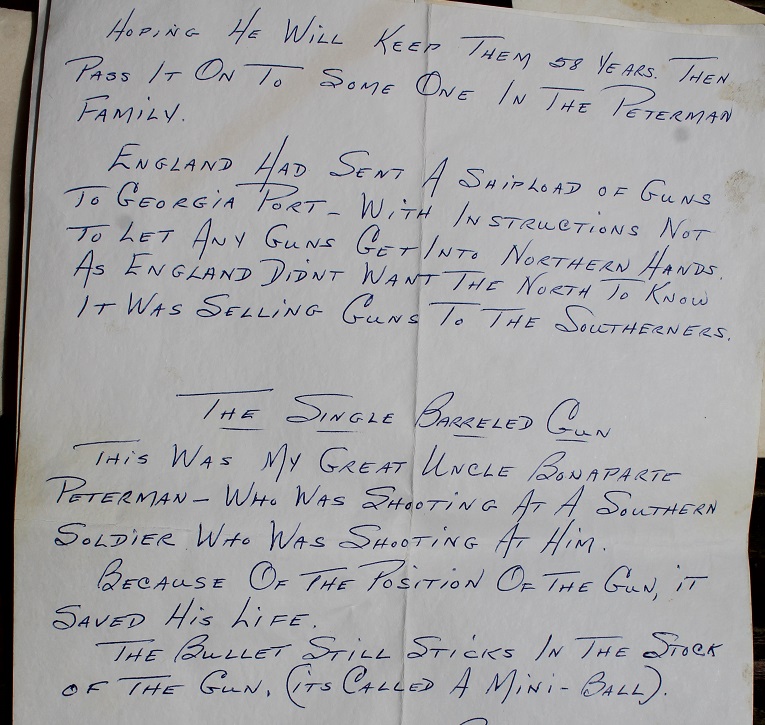
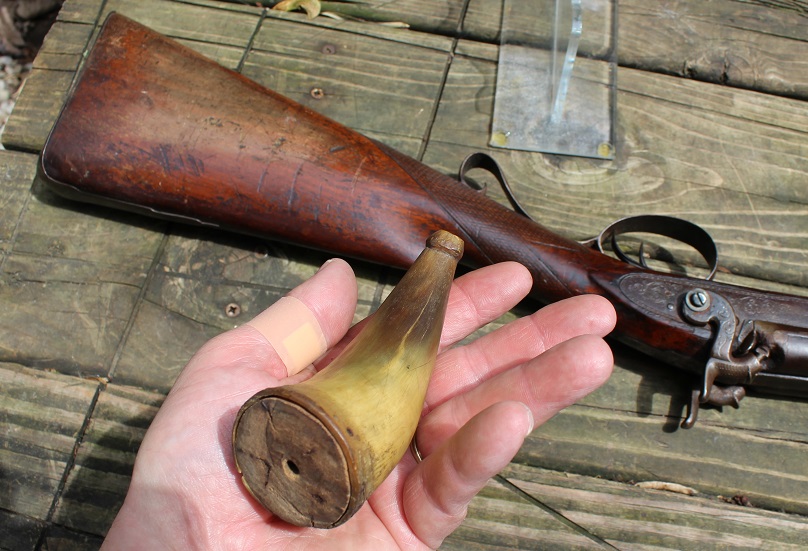
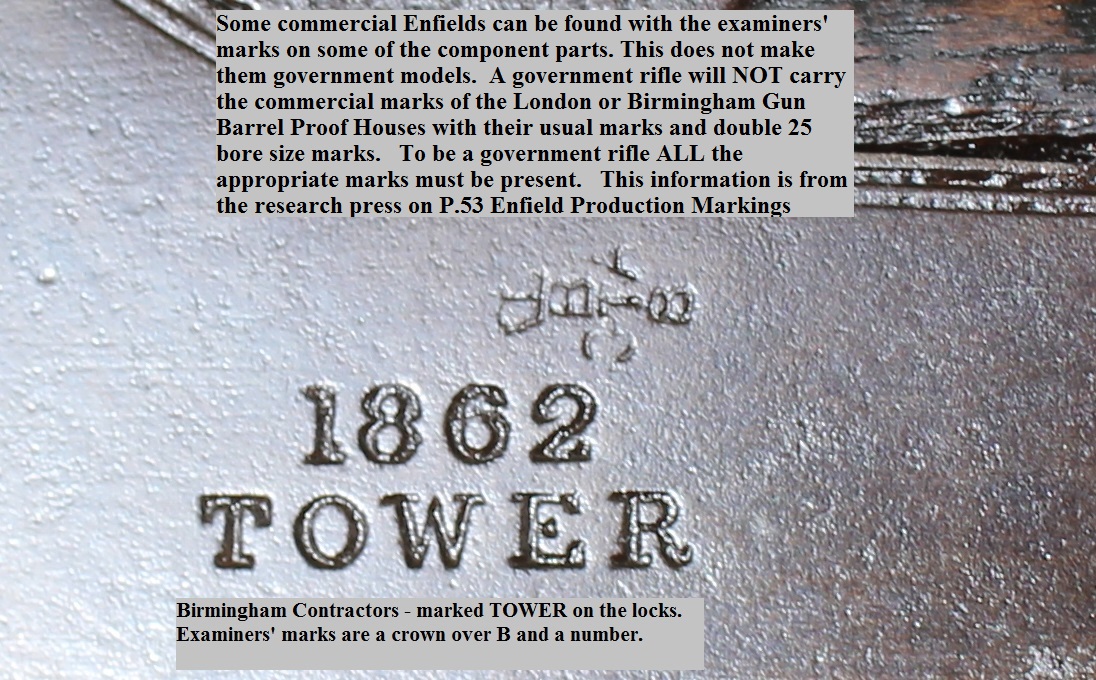
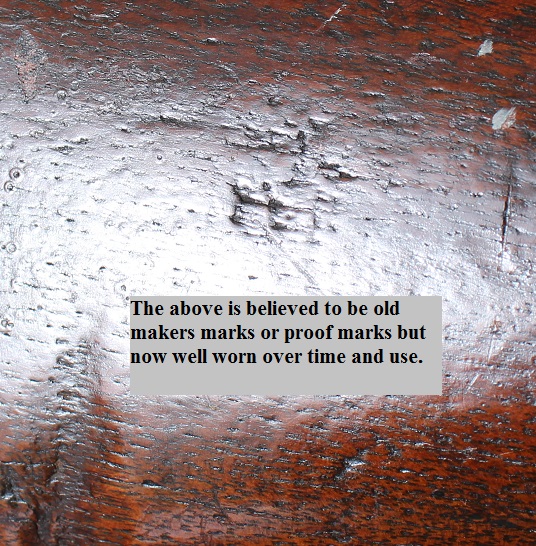
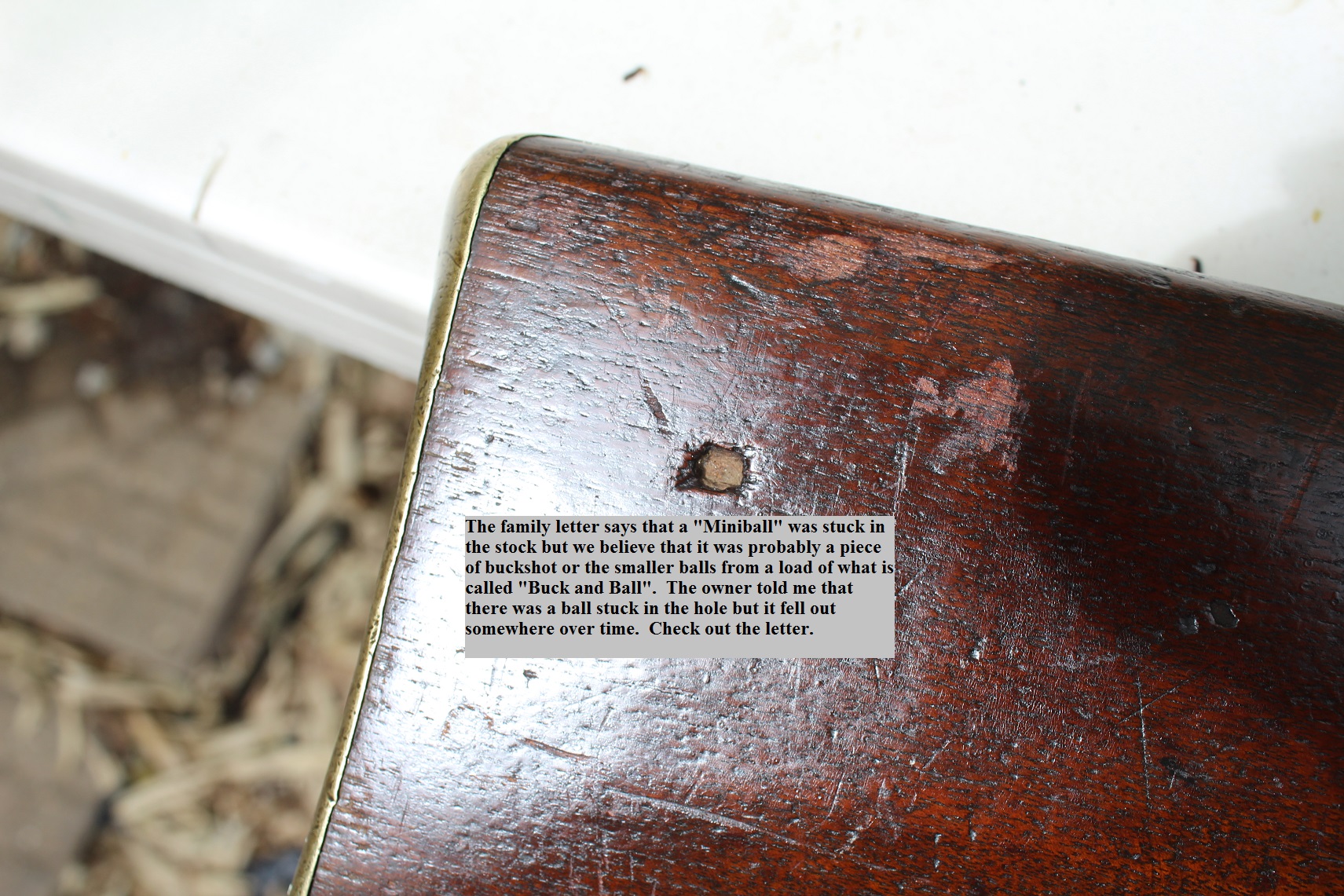
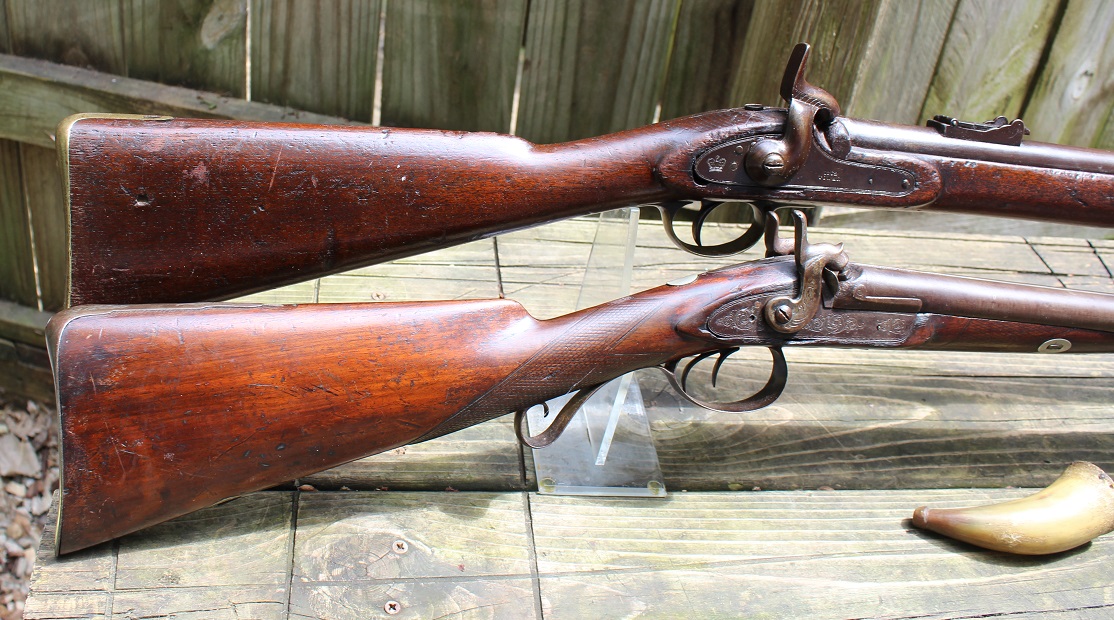
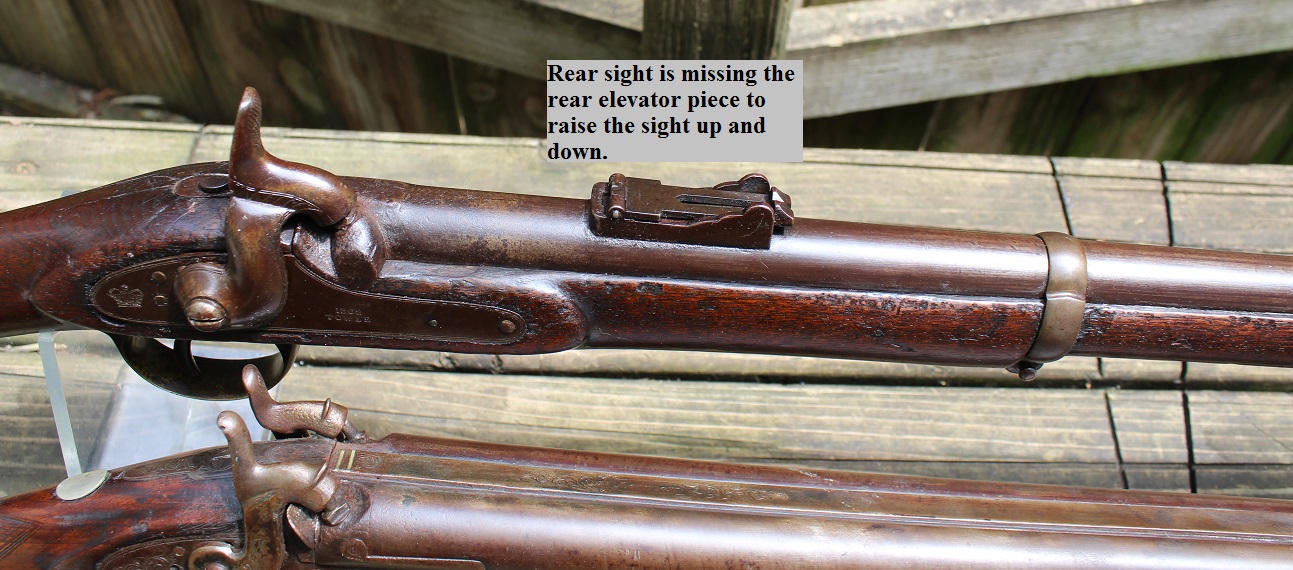




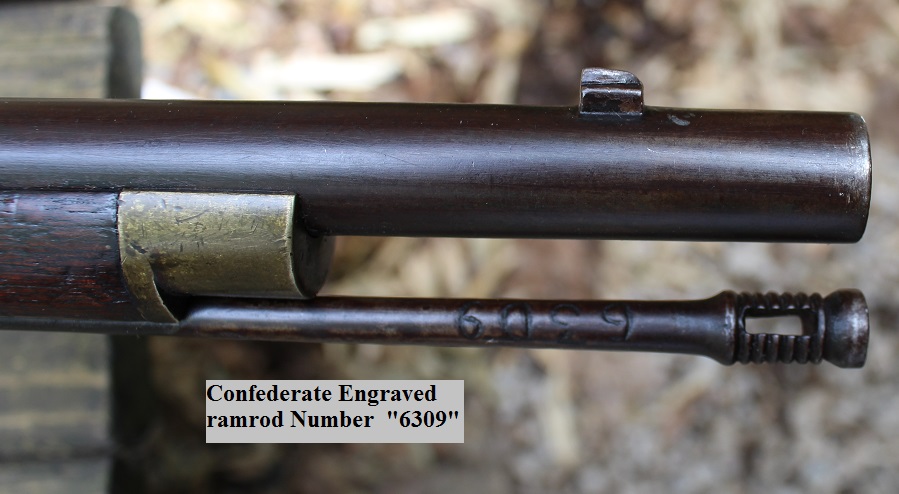
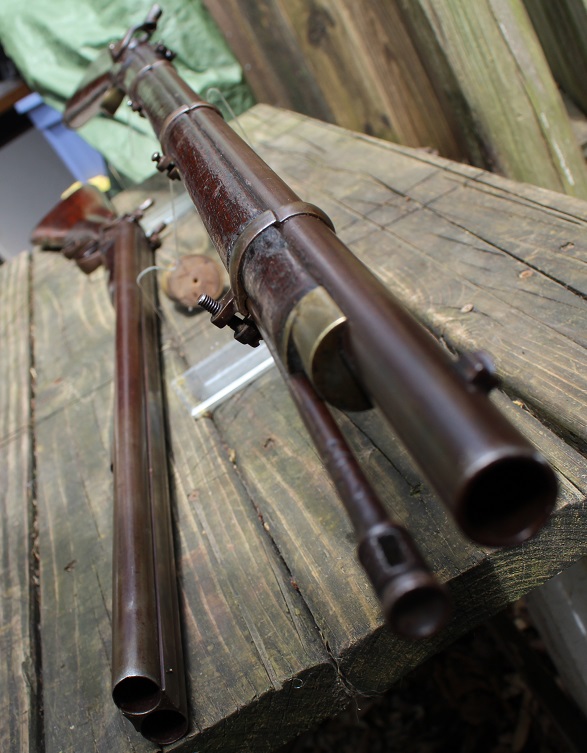
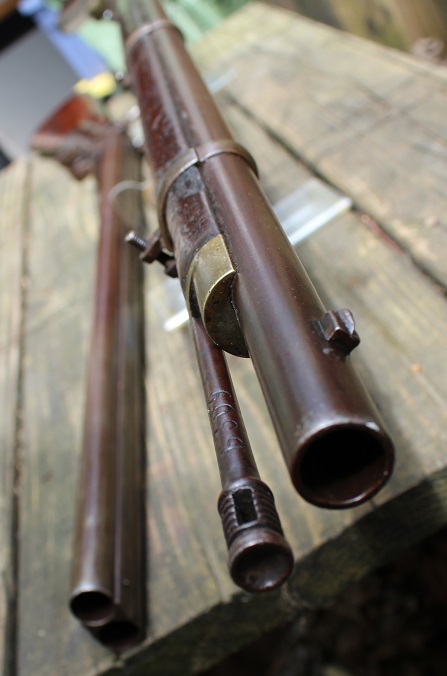


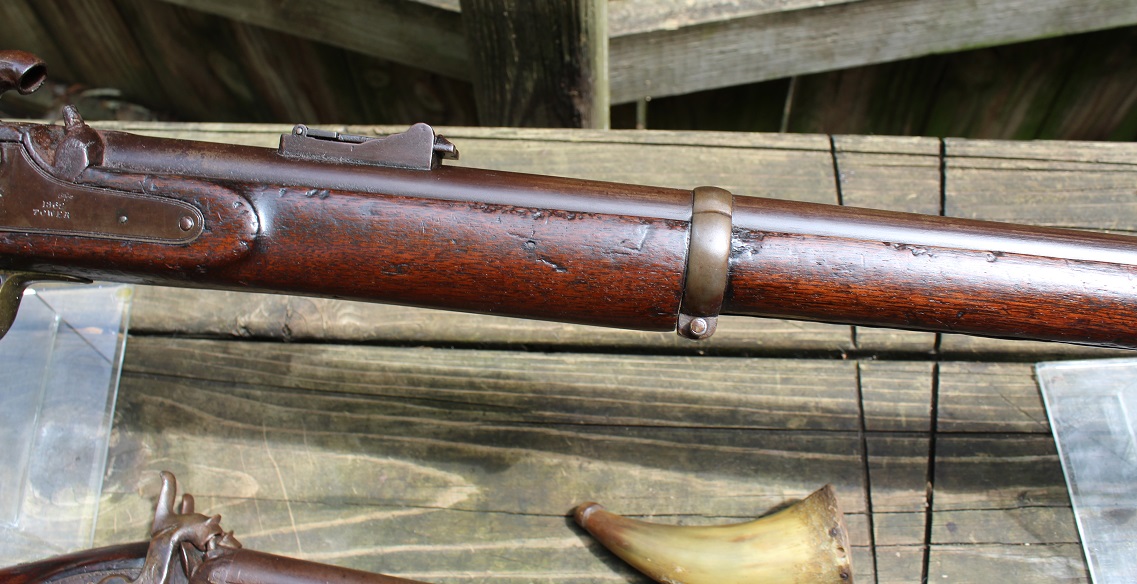
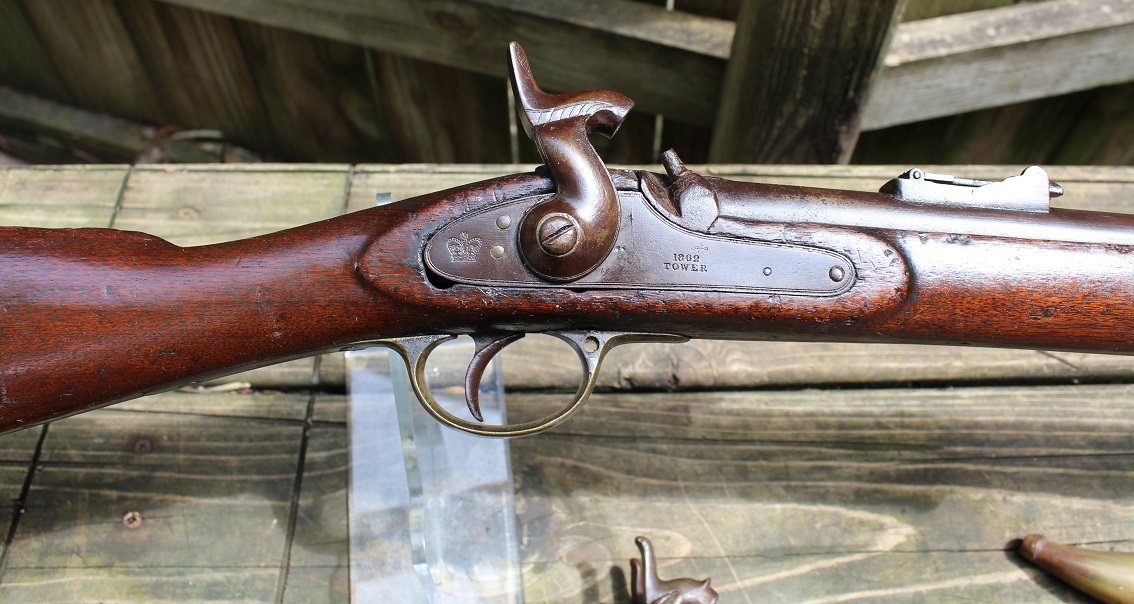
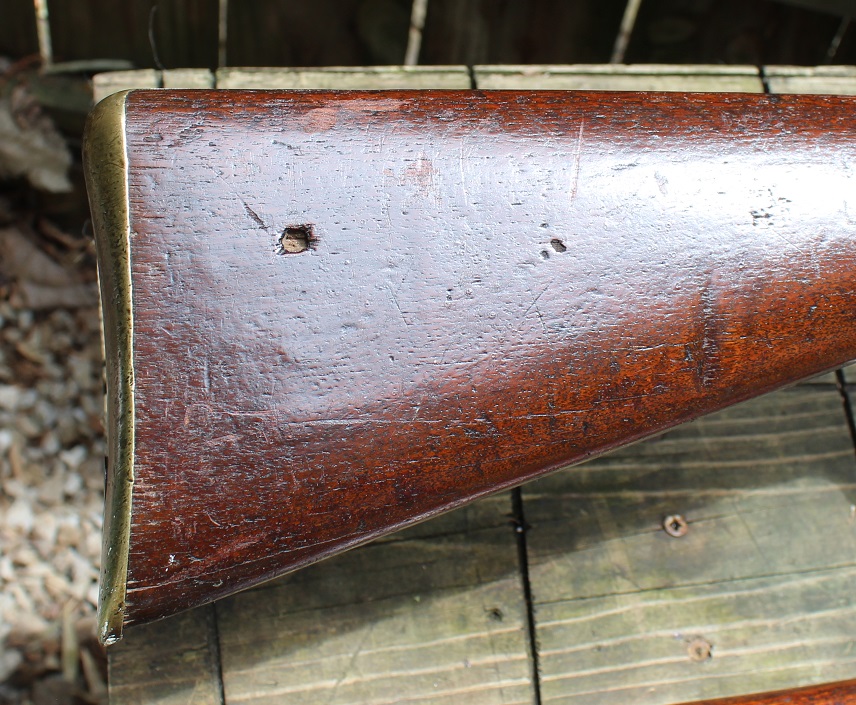

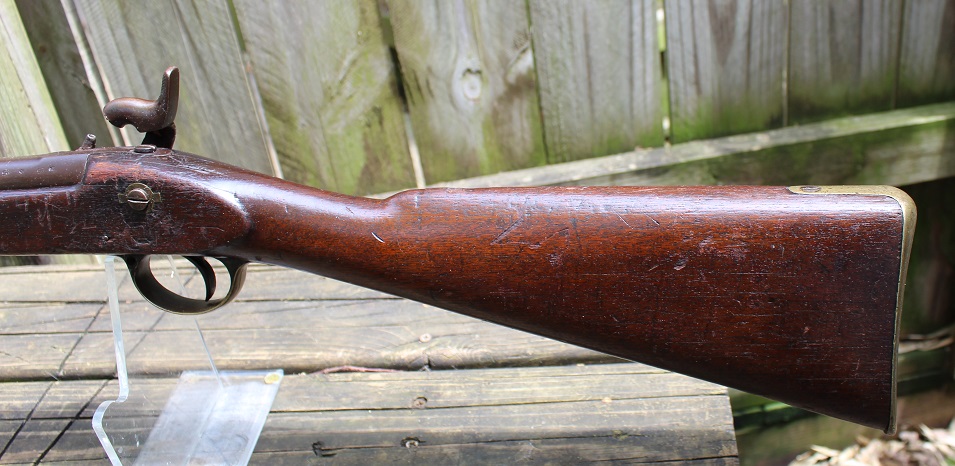
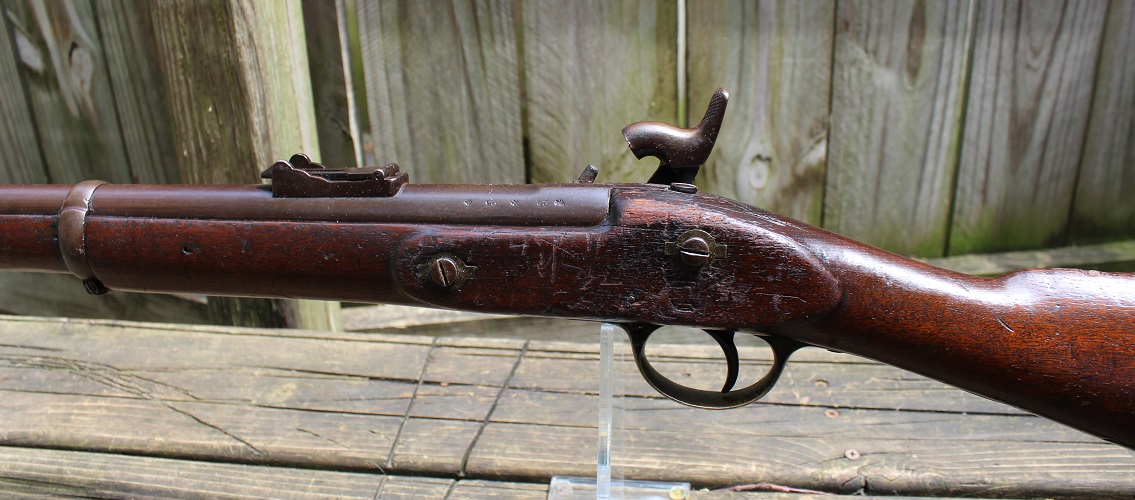
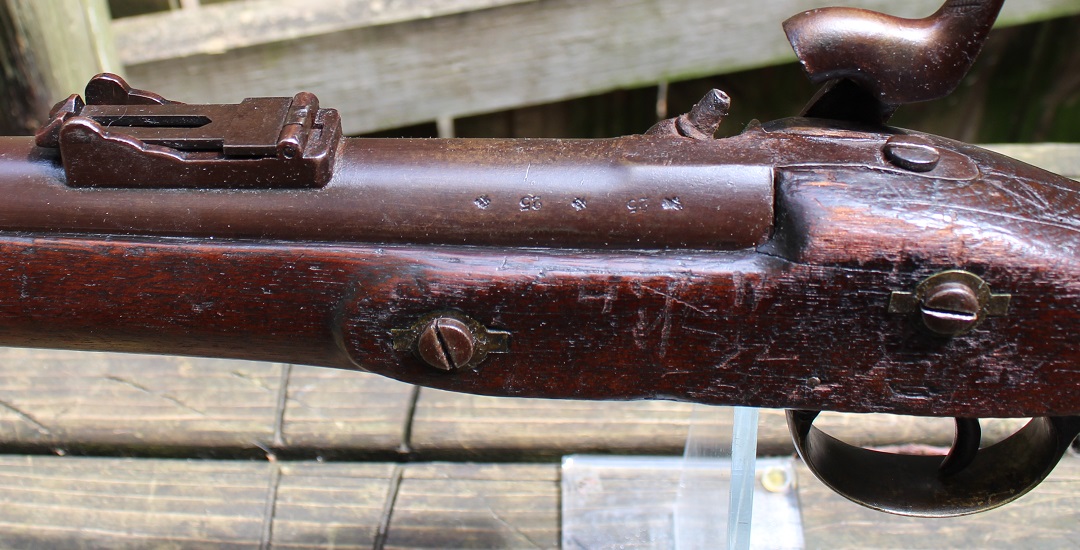
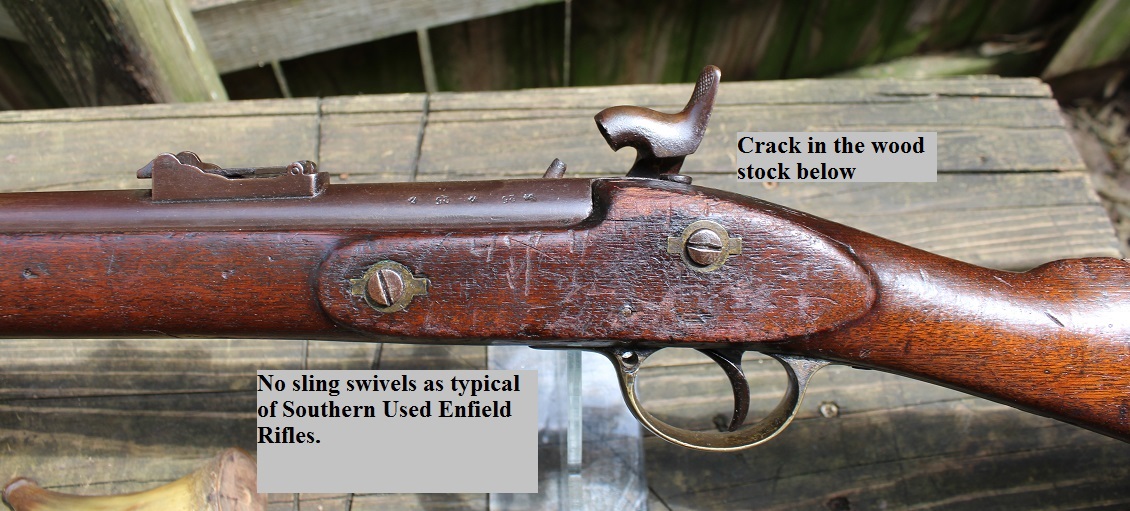


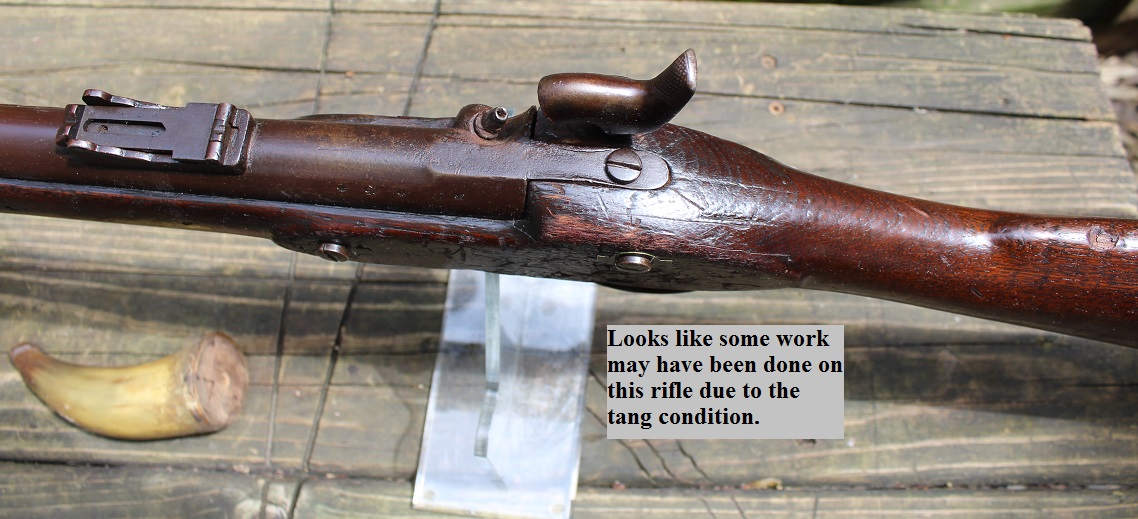
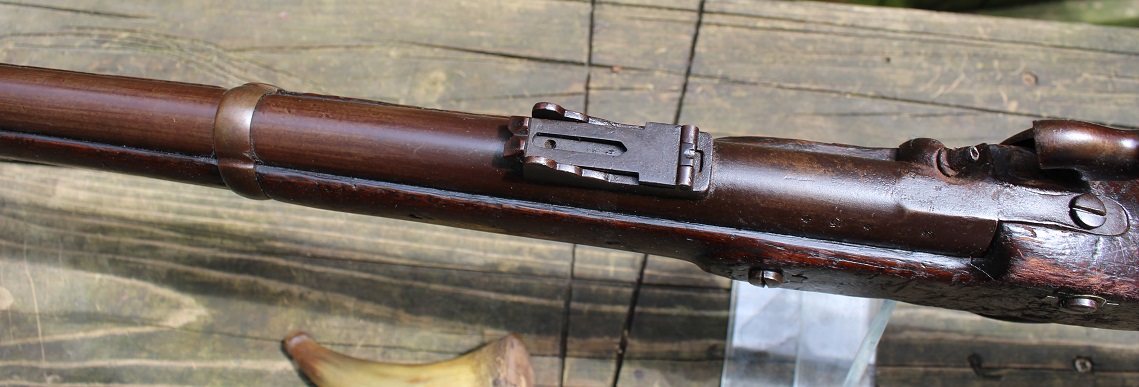
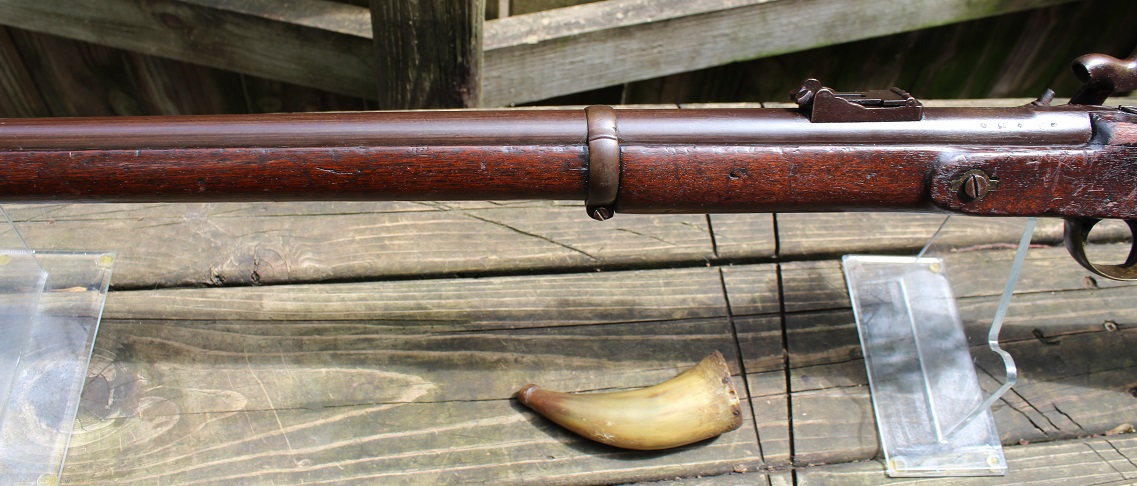








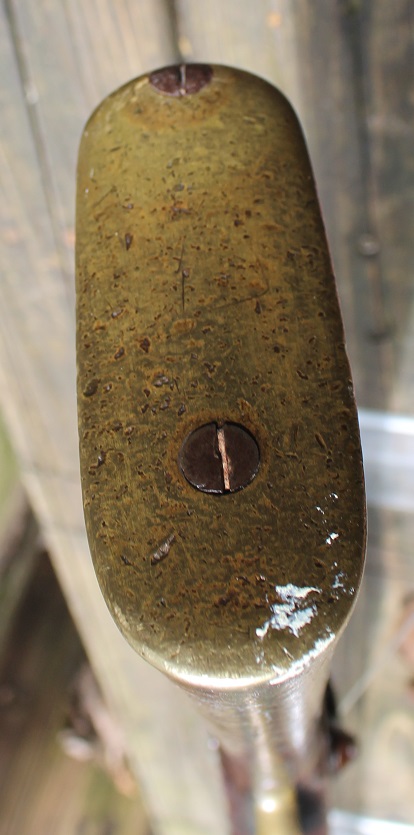
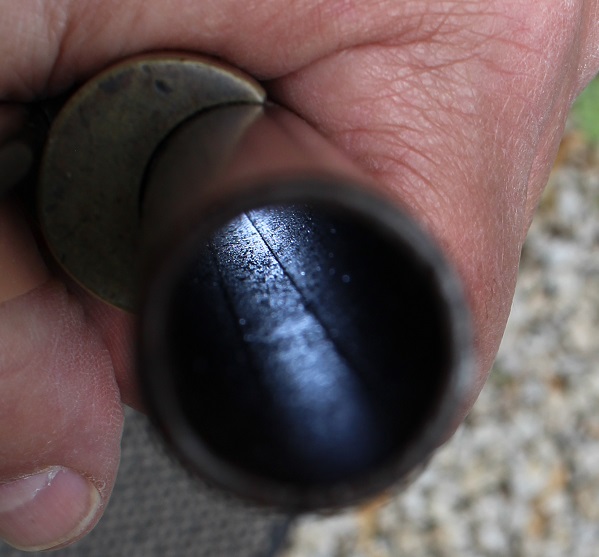
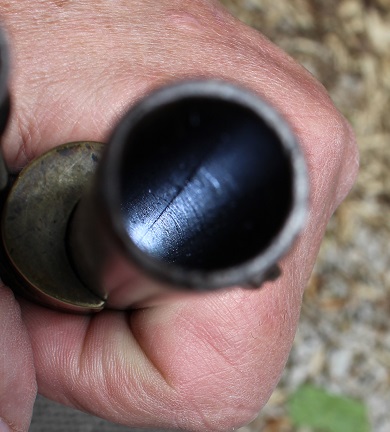
And now on to the double barrel English 12 ga percussion shotgun!

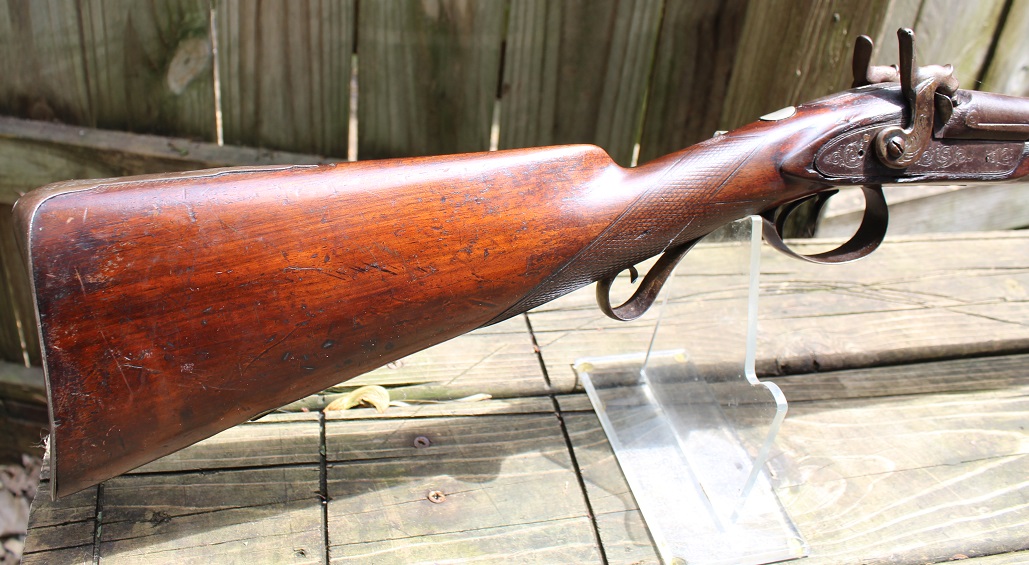
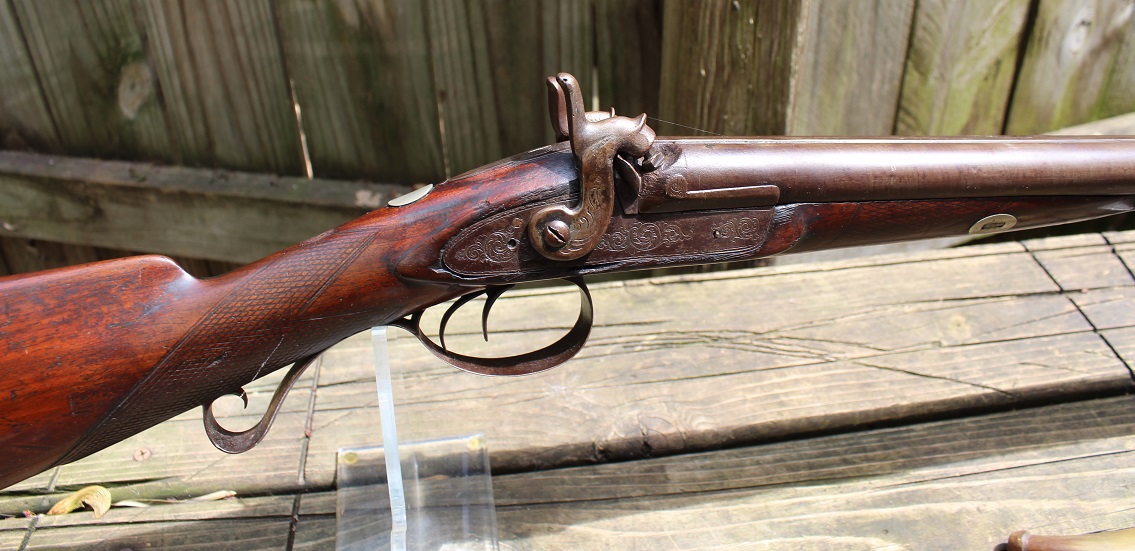
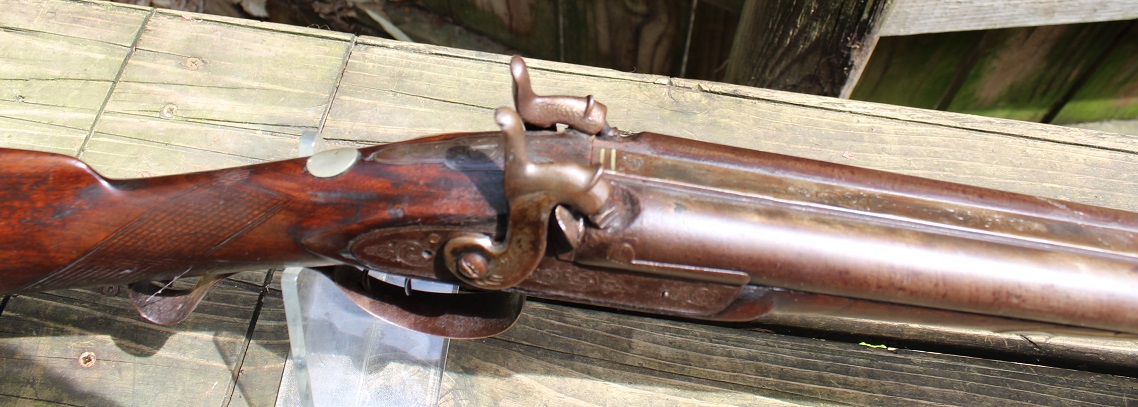
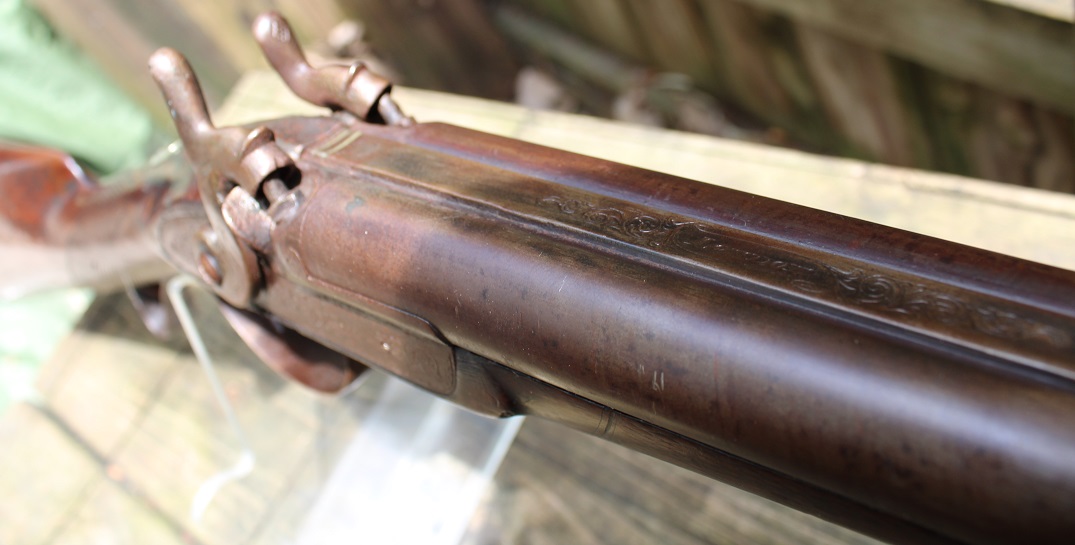
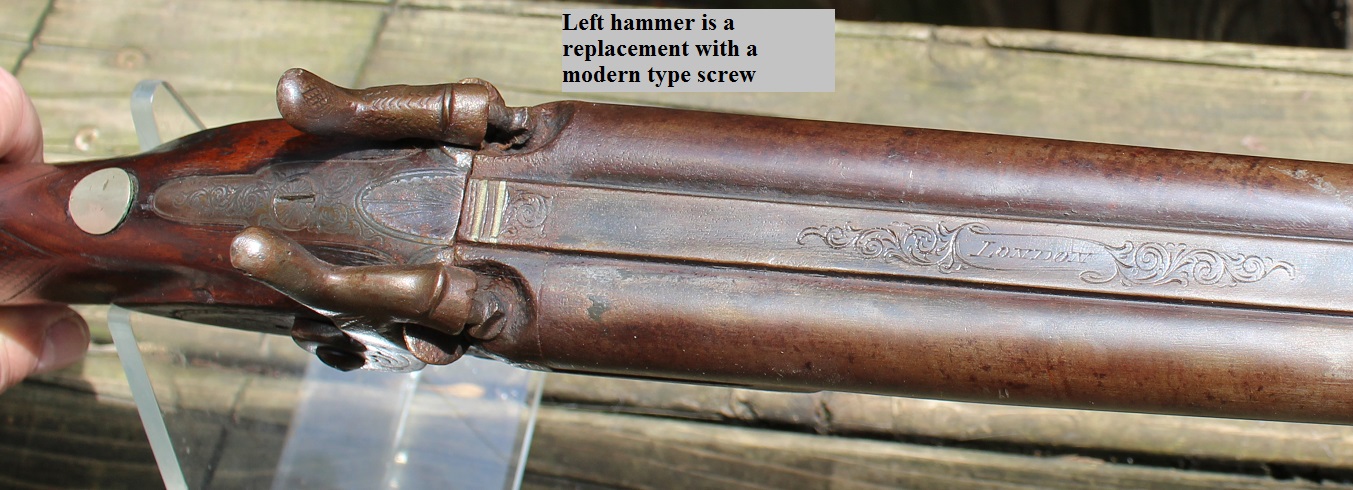
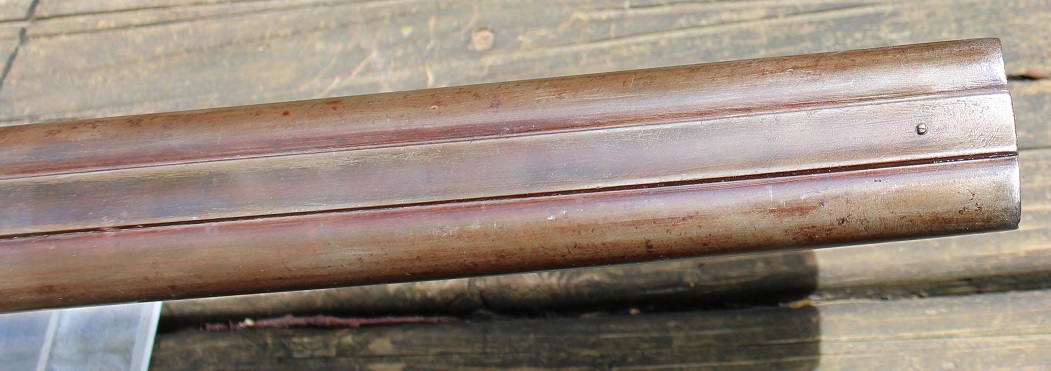
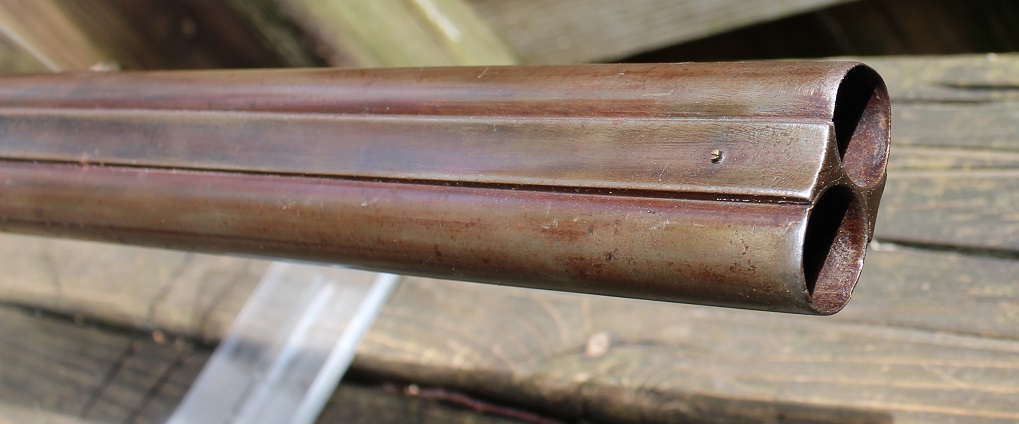

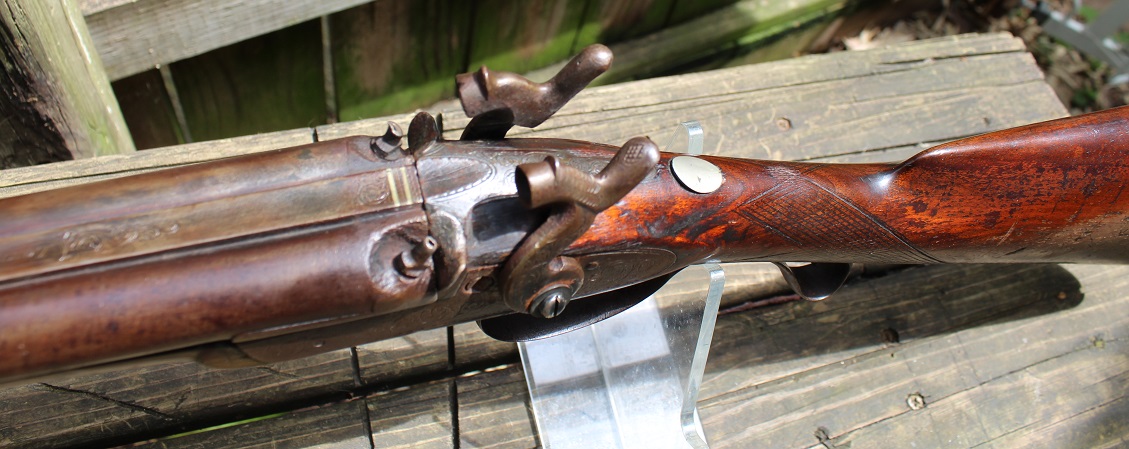
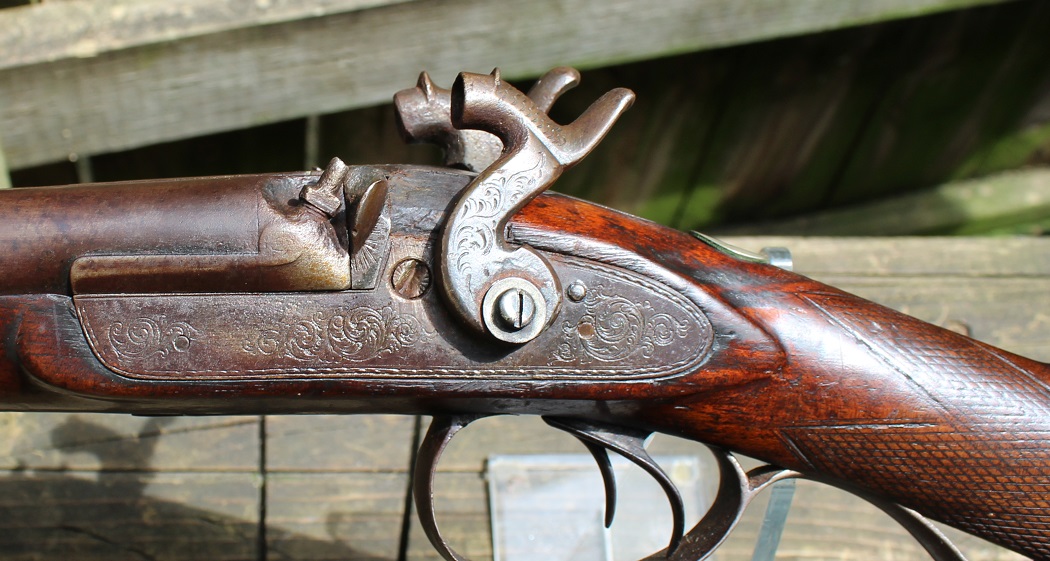
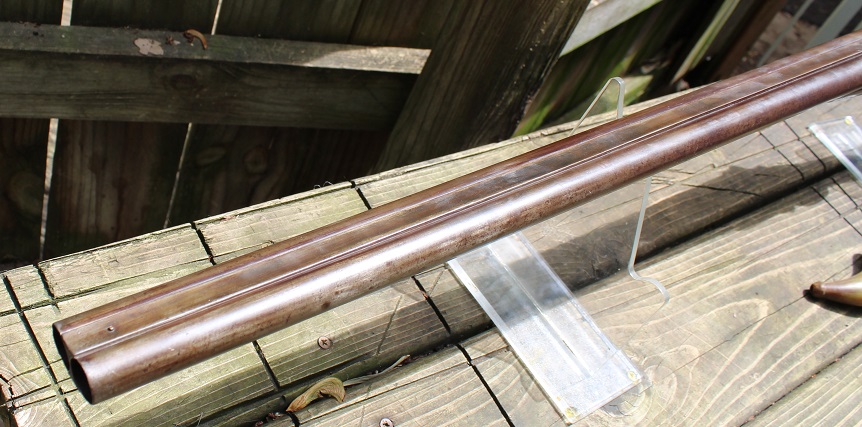
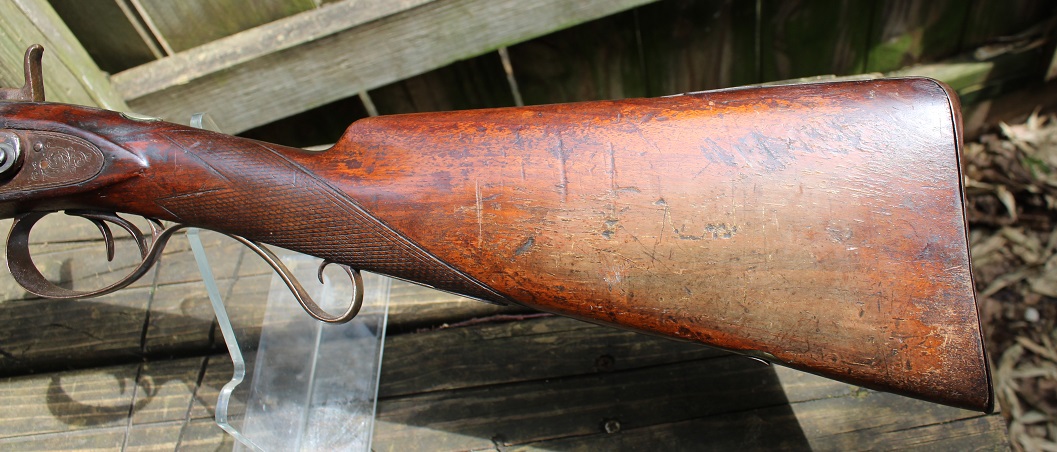






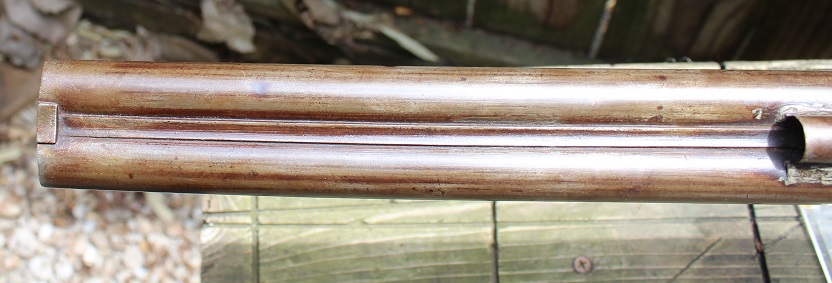
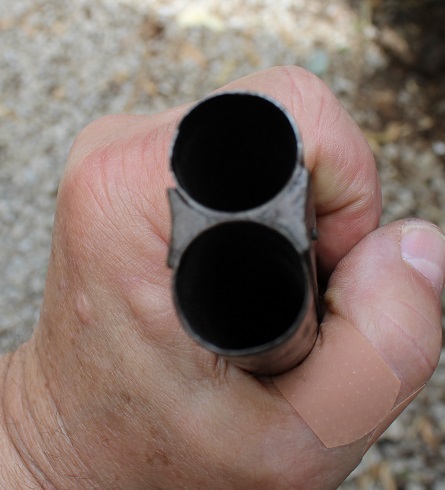
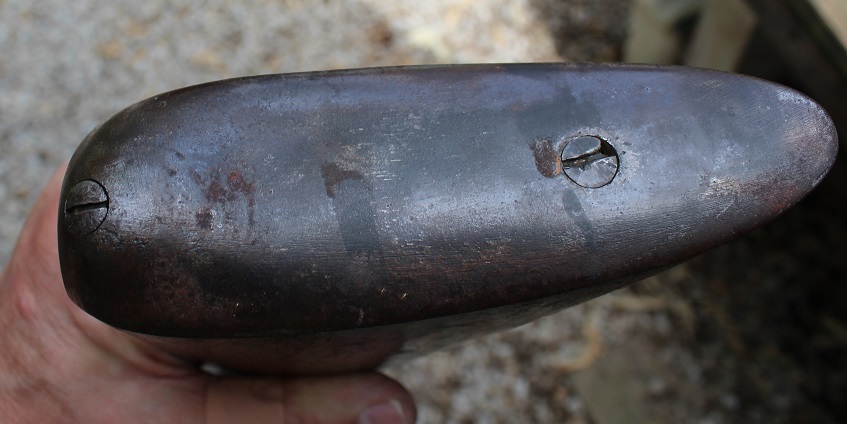
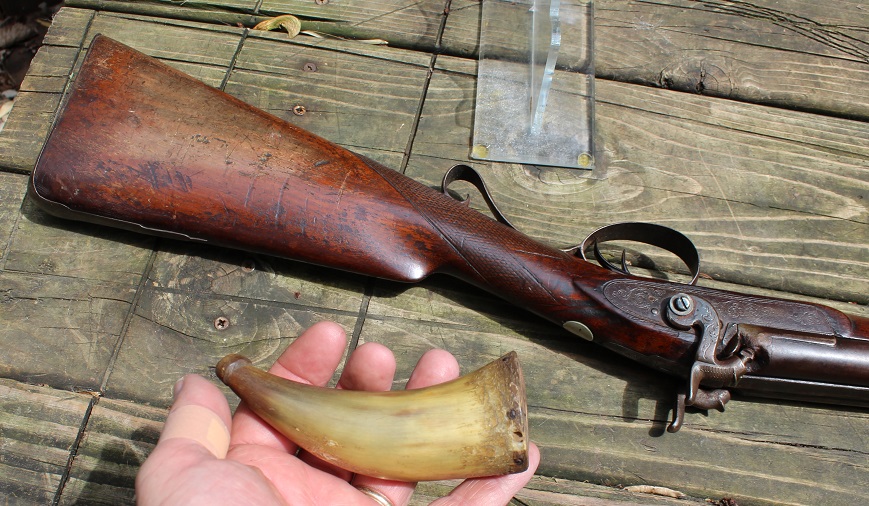
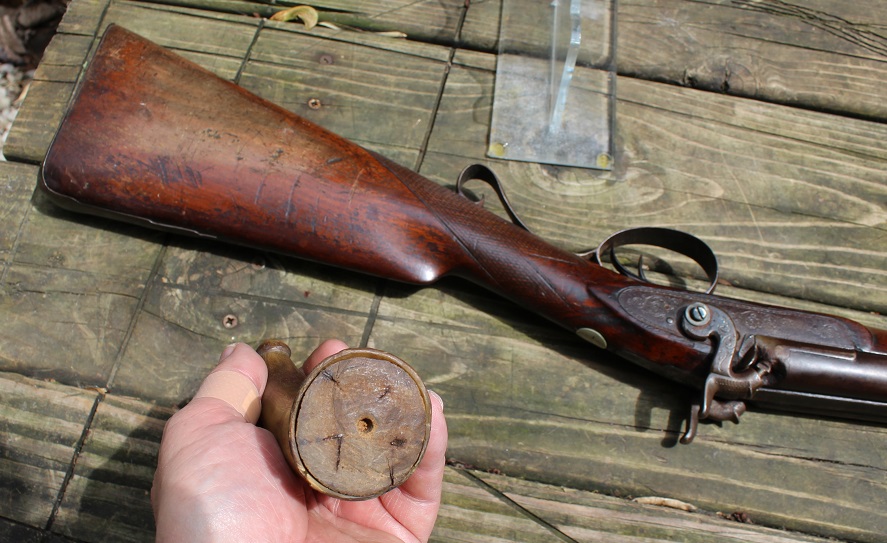
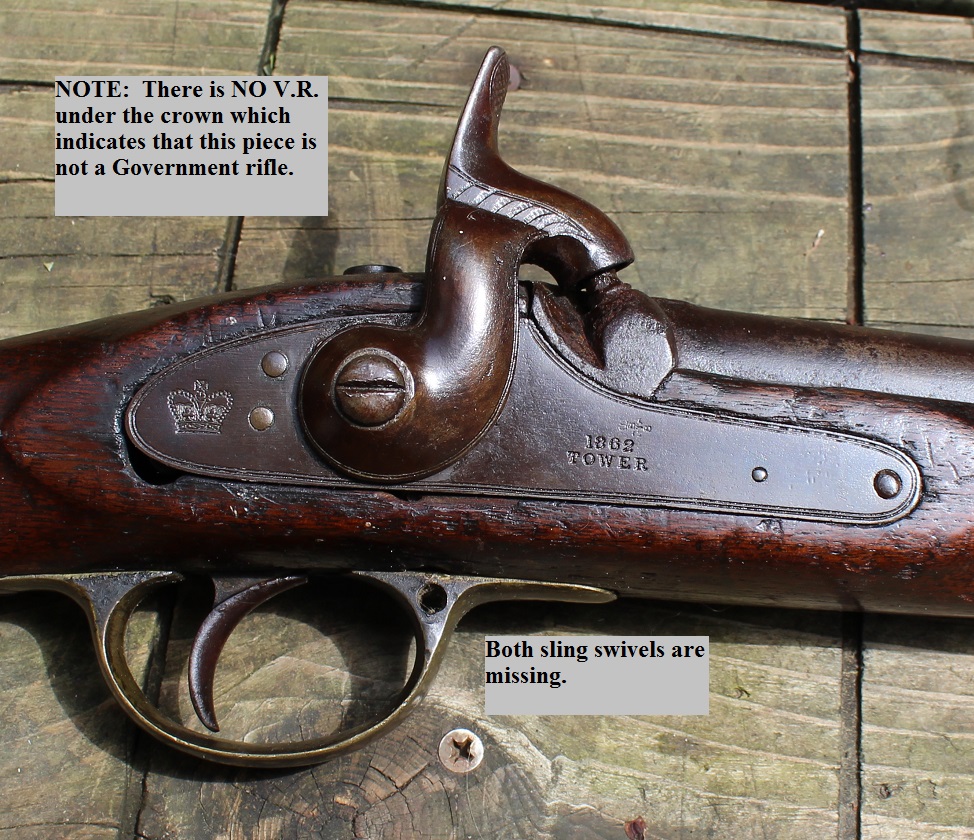
__________________________________________________________________________________________
tc
CATALOG 1
Here we have An ORIGINAL EAGLE COLT powder flask having a Copper body with Eagle impressed on both sides of the flask. The eagle is holding a shield with arrows in its tallons and cross pistols below. Overall length of the flask is 4" not counting the spout. The flask has a pleasing brown patina. No major dents and no splits. Mechanism works! Nice original! $325.00
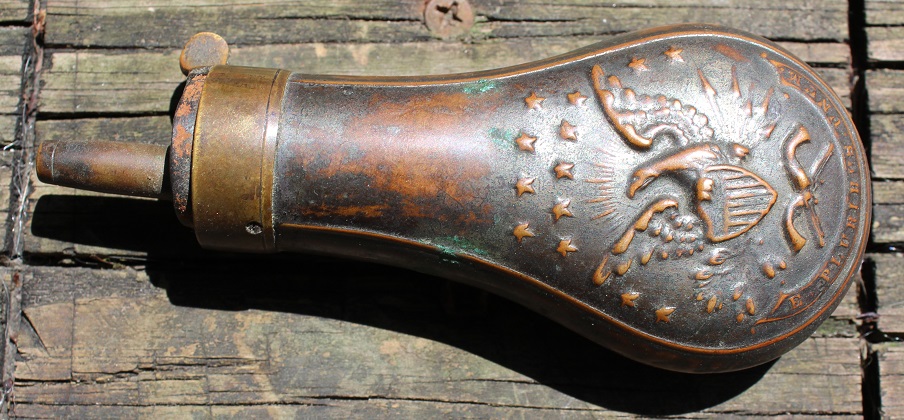
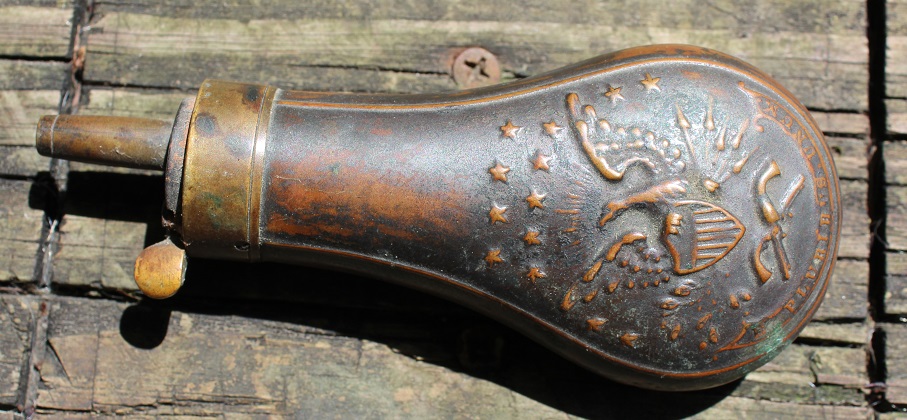
__________________________________________________________________________________________
tc
>Here we have an original Peacock / Shell type rifle or shotgun powder flask. This is an original marked AM FLASK & CAP CO. around the top flap. The spout has 4 graduations and they are marked. One side of the flask has been cleaned somewhat but the other side is in the original patina and a couple of spots of surface corrosion. There are a few minor dents in the body on both sides but no splits or separations. The spout is complete except for the spring for operation. This one is 9 3/4 inches long including the spout and 4 1/2 inches wide at the widest point of the body. Great display piece!!! $225.00
__________________________________________________________________________________________
Tc CATALOG 1 Civil War Spur Here we have a brass, rather ornate, Civil War Private Purchase brass spur with steel rowel. This spur is a veteran bringback we believe but no history accompanies it. The spur is in excellent aged condition and has been formed to fit the boot heel area. We find no makers marks on it. There is a case blemish that we though could be a mark but I don't believe it is. $135.00
__________________________________________________________________________________________
CATALOG 1 Tc Civil war brass spur Here we have another smaller Civil War era Brass Spur being plain and not ornate like the one above. This spur is about 4 inches long and 3 inches wide. It have a very nice dark patina and the iron rowell is still present and in good shape. The spur is bent a little leading us to believe that it was ripped off for some reason. We believe that this single spur is also a veteran bringback but alas, again no history accompanies it. I am sure there is a story here but lost in time. The only markings on this spur is what looks like a '10' being stamped on one of the limbs where the leather strap goes through it. Still a nice old piece and looks good in a collection! $65.00
__________________________________________________________________________________________
CATALOG 1 TC CIVIL WAR ERA BREAKAWAY SAFETY STIRRUPS – MATCHED PAIR AS KNOWN TO BE USED ON CONFEDERATE OFFICER’S SADDLES:
Here is one of a pair of Civil War Era Breakaway Safety stirrups! These stirrups were know to be used on Confederate Officer's saddles during the Civil War and are well
documented on page 290 of The American Military Saddle 1776-1945. Two specimens are known to have been excavated from separate battlefield sites, and a pair of these
stirrups are attached to a documented Confederate Officer’s saddle. On pages 95-96 of Craig Caba’s Historic Southern Saddles is pictured the Virginia manufactured saddle,
fitted with a “CS” marked pommel shield, that was owned by Capt. W. Stuart Symington, a staff officer who served with MG George Pickett. This saddle is equipped with
stirrups identical to the one offered here. This particular stirrup measuers 5 1/2 inches tall and is 4 1/2 inches wide at the tred. This iron stirrup featured a split
stirrup strap loop and a hinged tread plate that would allow the stirrup to “open”, releasing the rider’s foot, should he be thrown from the saddle. This iron stirrup has
been plated. We believe this to be an English imported stirrup and plating was used in England when modern plating methods were introduced. Electroplating is a
versatile finishing process that’s been around since the early 1800s. Simply put, it’s used for applying a metal coating to a substrate using direct electric current. If you
look at the bottom of the stirrup you will see where the middle bar was heat forge welded on the solid end. This process was done before welding with current. This stirrup
is as found and has not been cleaned in any way. The stirrup is hard to open and could use some lubricant to make it easier. For this single stirrup $145.00
__________________________________________________________________________________________
CATALOG 1 TC Here we have a nice 1/6th tintype of a family unit from the 1860's showing a Mother flanked on either side by her son and daughter. There is no identifing marks on the inside. The tintype is nice and clear!
The case is a full leatherette case and has the original leather hinge intact. Nice image out of central Indiana. For this piece $65.00
__________________________________________________________________________________________
CATALOG 1 TC Here we have an empty album must missing the latch. The inside leaf has the inscription in it of "Lizzie L. Herrick" "Rockford, Ill". It's a CDV album with 12 pages in it so
it can accommodate 24 cdv's. Moderate damage to the first page but only minor issues thereafter. The album measures 5" X 3 1/2" X 1" deep. Leather covered and marked album.
For this piece $25.00
__________________________________________________________________________________________
< CATALOG 1 p>TC Here we have a pretty nice 1/6th plate TT in full leatherette case with repaired spline an image of a stately gentleman holding a book. There is some solarization
to the tintype but it's still nice. No id here but came out of Central Indiana. For this piece $45.00
__________________________________________________________________________________________
TC New Arrivals 169 Here we have various figures of President Lincoln as well as General Lee and General Grant, Eagles, a Doctor and a soldier. The CS soldier playing the Harmonica and the large bust of President Lincoln has been sold.
Let me know if you are interested in any one of them and I will provide you with particulars. Thanks!
__________________________________________________________________________________________
CATALOG 1 TC Here we have some copy coins.
_____________________________________________________________________________
A. This is a copy of a gold 1854 $20 dollar gold piece. Excellent in a plastic sleeve. This 1 oz. copper piece is plated in precious 22k gold. $9.95
_____________________________________________________________________________
B. This is a 1913 Liberty Head V-Nickel REPLICA Coin being heavy and being about 1 3/8ths inch across in a circular plastic case. Nice! $9.95
_____________________________________________________________________________
C. This is another copy of a gold 1854 $20 dollar gold piece. Excellent in a plastic sleeve. This 1 oz. copper piece is plated in precious 22k gold. Plastic case $9.95
_____________________________________________________________________________
D. This is a 1984 Double Eagle Presidental Coin picturing President Ronald Reagan on the front and double eagles on the reverse. About 50 cent size. In plastic case. $1.95
_____________________________________________________________________________
_____________________________________________________________________________
TC Here we have some Confederate Copy coins.
There were no circulating Confederate coins. There were a few half dollars made at the New Orleans Mint with a Union obverse and a Confederate reverse but this coin can only
be considered a proposal. There were dies made for a Confederate cent by Philadelphia engraver Robert Lovett but only twelve pieces were minted.
_____________________________________________________________________________
A. This Confederate half dollar does not have COPY but after comparing it to known CS Half Dollars I believe it is a copy so you can have it for $9.95.
_____________________________________________________________________________
B. This Confederate half dollar does have COPY on the reverse and the coin looks like new. Nice! $9.95
_____________________________________________________________________________
C. This is a copy of a Confederate 1862 dated $5 coin about the size of a cent or just a little bigger. Nice! $2.00
_____________________________________________________________________________
D. This is a 1861 Confederate one cent coin in excellent condition. $2.00
_____________________________________________________________________________
E. This is another 1861 Confederate one cent coin in excellent condition. $2.00
_____________________________________________________________________________
F.This is another copy of a Confederate 1862 dated $5 coin about the size of a cent or just a little bigger. Nice! $2.00
_____________________________________________________________________________
_____________________________________________________________________________<
CATALOG 1 COMMERATIVE COINS
A. The Civil War Centennial Commission 1961-1965 bronze medallion coin. One side of the coin has the images of Robert E. Lee and Ulysses S. Grant on it. Let us have Peace
Consciousness of Duty Faithfully Performed In honor of 100 years. Dated 1961 Coin is like new with the both halfs of its soiled box. Inside box is marked Metallic Art Co.
New York. This piece measures 2 1/2 inches across and is very heavy. $34.95
_____________________________________________________________________________
B. Here we have a very nice commemorative medal honoring the 100th anniversary of the Soldiers & Sailors Monument in Indianapolis, Indiana dated 1902-2002. This medal is
modeled after the G.A.R. Membership medal. Nice one! $19.95
_____________________________________________________________________________
C. Here we have a silver dollar sized Abraham Lincoln-Gettysburg Address coin which is very heavy. The entire Gettysburg Address is on the reverse of this coin. Take a look
at the pics! $24.95
_____________________________________________________________________________
D. This 50 cent sized bronze coin has Abraham Lincoln on the front and the Eagle and banner on the reverse which is the State Seal of Illnois.
Minted in a brass alloy with an antique bronze finish. In a protective sleeve. $10.00
_____________________________________________________________________________
E. GEORGE WASHINGTON PRESIDENT OF THE UNITED STATES 1789 Engraver: Pierre Simon Duvivier Reverse The reverse of the medal features the “PEACE AND FRIENDSHIP” symbol with
two hands clasped in token of amity. On the cuff of the left wrist are three stripes with buttons, each button carrying the American eagle; the other wrist is bare. This
restrike is about the size of a 50 cent piece. $14.95
_____________________________________________________________________________
F. Here we have a SHARPSBURG MARYLAND MONUMENT 100TH Anniversary 1867-1967 1-1/4" MEDAL with some tone spots. $9.95
_____________________________________________________________________________
G. Here we have a Fort Sumter Centennial Key Chain 1861-1961. Excellent condition! $9.95
_____________________________________________________________________________
H. Here we have a 1/2 dollar sized George Washington Security Id'd tag coin-unused. This actually represents a "dog tag" used in the Civil War but this one is a restrike. $9.95
_____________________________________________________________________________
I. Here is a quarter sized or slightly larger Abraham Lincoln souvenir Coin that commerates his Springfield Illinois home. $9.95
_____________________________________________________________________________
_____________________________________________________________________________
J. Here is a silver dollar sized Bronze Historic Commemorative Medal entitled THE HIGH TIDE AT GETTYSGURG JULY 1 -3 1864 on the front and text on the back of the coin.
Check out the pics! In plastic hard case. $19.95
_____________________________________________________________________________
k. Here is a silver dollar sized silver Commemorative Medal entitled United States Of America Blue and Gray Reunion 125th Anniversary Battle of Gettysburg 1863-1988 in
hard case. Excellent! $29.95.
_____________________________________________________________________________
_____________________________________________________________________________
CATALOG 1 TC Here we have several parts for the Brazilian Light Mini Rifle that was imported into the states during the Civil War. The "Brazilian Light Minie Rifle" name for
these Liege-made Light Minie Rifles that were imported during the Civil War was likely named thusly by pioneer Civil War arms collector and research William B Edwards, who
discusses the theory that these guns originally produced for a Brazilian naval contract and were re-routed to American arms purchasers for Civil War use. I found these parts
together in one lot and unfortunately not the entire firearm and no history accompanies them. The lot includes the DC anchor stipped lock place with the main spring still attached.
the trigger grouping, band spring, internal lock pieces, brass buttplate and the hardest piece to find if you are missing it, the brass spread wing eagle with US shield in the
center plate. I have seen several of these rifles that are missing this little brass plate and they are impossible to find on the loose but here we have one! Several parts
are marked with the DC anchor marking. Take a look at the pics! Will not separate! All, including the rare eagle brass plate, for $350.00
__________________________________________________________________________________________
< CATALOG 1 p>TC Here we have a nice heavy cup that is titled "Salute of Honor" and is artwork done by Mort Kinsler. This is the 2005 Lang 12oz Coffee Tea Mug in the original presentation
box and has never been used. It's pretty nice! $9.95
__________________________________________________________________________________________
CATALOG 1 TC Here we have a medal that commerates the 4 boundry markers being placed around Camp Morton Civil War CS Prison Camp in Indianapolis. On October 25, 2003, the Ben
Harrison Camp #356, with ceremonies at the Herron-Morton Place Historic Park located at 19th and Alabama Street, honored the twenty-one organizations and individuals who
supported the creation and placing of the markers that now denote the four corners of Camp Morton, the Civil War prison camp for captured Confederate soldiers.
Particularly recognized for their substantial contributions was the Herron-Morton Neighborhood Association and the Indiana Division of the Sons of Confederate Veterans. This
medals face shows a Union Lock and that same image is on the 4 boundry Markers. History of Camp Morton
At the beginning of the Civil War the animal barns and stockades of the Indiana State Fairgrounds, located in Indianapolis, Indiana, were converted into a training ground
for newly recruited soldiers. The camp was named after Oliver T. Morton, certainly the most famous, powerful and tenacious state governor of Indiana in that or any
subsequent era. After Grant captured Fort Donelson in Tennessee on 16 February 1862, the camp began to be used as a staging area for captured Confederates who suffered
northern winters in inadequate shelter, a misery further compounded by limited rations, promulgated by Commissary General of Prisoners as a cost-saving measure. From 1862
to 1865, the camp would reach a peak population of 5,000. During this period there were 1,763 deaths and more than 150 escapes—at times achieved by throwing stones to draw
fire and then simply rushing the guards. After the war, despite the privations they experienced, former prisoners remembered Camp Morton with some fondness by erecting a
statue of its 1862 commander, Colonel Richard Owen in the State Capitol. To learn more about Camp Morton, please visit the following web site:
http://freepages.history.rootsweb.com/~indiana42nd/campmorton.htm
These commerative medals never show up on the secondary market but here's one now! For this medal $45.00
_________________________________________________________________________________________
CATALOG 1 TC Here we have to framed General Orders in the 5 X 7 inch format. The orders are from the Left General Order No. 207 dated June 6, 1864 and on the right is General
Order No. 88 dated March 8, 1864. Both are easily read and are original. $20 for each or $35 for the pair.
__________________________________________________________________________________________
CATALOG 1 TC Here we have a standard sized dinner plate that has a nice portrait of General U.S. Grant transferred onto it. The back of the plate simply has a sticker on it saying that it was made in the USA. No
other mfg's markings are on it so I have no idea of who made it or even what it is constructed of. It kind of feels like plastic but it has weight to it so I just don't know.
The plate is housed in an oval frame and ready to hang on the wall. For this piece $25.00
__________________________________________________________________________________________
CATALOG 1 TC Here we have a Union Hospital Image from Washington, D.C. with a chewed .58 caliber Mini bullet mounted under it that has been chewed. The story is that sometimes bullets
were used for pain relief to bite on when anesthesia was not available. Hence, there is where the phrase "Bite the Bullet" came from. I cannot guarantee that the bite marks
on this bullet are human bite marks as many critters bit down on dropped bullets as well. It makes for a nice display and an excellent conservation piece! $25.00
__________________________________________________________________________________________
CATALOG 1 TC Here we have a silk reunion ribbon that is marked North-Eastern Soldiers' and Sailors' Association Annual Reunion 1885 Flint, Mich. The ribbon comes framed and is
not glued down. Nice! $15.00
__________________________________________________________________________________________
CATALOG 1 TC here we have a small riker case which three bullet projectiles, a NY dug button missing back and a smashed Union Eagle button complete with back and shank. Case is 4 1/4" X 5 1/4". From various battlefields
and campsites. Sorry but can't be more specific than that. For the lot $20.00
__________________________________________________________________________________________
CATALOG 1 TC Here we have a great collection Civil War Artillery related items and a Document box key. Great, stable condition for dug and labeled. 12 1/4 X 8 1/4 inch case.
All for $95.00
__________________________________________________________________________________________
CATALOG 1 TC Here we have a large riker case 16 X 12 inches with 12 various items in it and all labeled. Check out the pic! $55.00
__________________________________________________________________________________________
CATALOG 1 TC Here we have an old 1800's percussion Shotgun cleaning rod. It's a 3 piece rod that measures 35 inches long and I don't
believe it has ever been apart until I took it apart to shoot pics! The brass and wood on the inside of the connections looks brand new!
The end cleaning part is called a "Worm". It's used to unload percussion firearms from the muzzle end of to hook a cleaning cloth in it to swab the barrel. If the cloth
comes off you can easily just turn the worn and entangle the cloth back in the claws. Nice an dark walnut patina! For this rare to fine piece $65.00 Take a look at the
pics!!!
__________________________________________________________________________________________
CATALOG 1 TC Here we have a heavy resin Naval Cannon on base marked "Puerto Rico". The base is 3 X 4 inches and the cannon on base measures 3 inches tall. It's very nicely done and exhibits well! Comes in the
original box. Nice! $24.99
__________________________________________________________________________________________
TC SOLD!!! Here we have a beautiful pewter Chilmark sculpture entitled "FLORIDA THE SURGEON". This Confederate sculpture is perfect and beautiful being a 1998 edition by the artist Andrew L.
Chernak, Sculptor. The base is 4 1/4 inches long by 3 1/8 inches wide and is about 4 1/4 inches tall. This one is 157 out of 2500 made. It is in a box but not the original
box and we have no paperwork for it. Take a look at the pics!!! $95.00
__________________________________________________________________________________________
CATALOG 1 TC Here we have 2 small pewter photograph frames. One is circular in a wreath holding a photo about 1 1/2 inch across and in excellent condition! The other is square and
holds a photo a little less than 2 inches across. Each $15.00
__________________________________________________________________________________________
CATALOG 1 TC Here we have 4 pewter figures of Union Soldiers. These figures are made by HUDSON and marked Fine Pewter. These fine figures are in very good shape with the exception of a bent pistol and bayonet but
nothing is broken. Check out the pics! Copyright 1992. For all 4 $95.00! That's about 1/2 price!
__________________________________________________________________________________________
CATALOG 1 TC Here we have an excellent example of a Chilmark Billy Yank sculpture!! 2 1/2 inches across the base and 4 1/2 inches tall. This is a 1994 Special Event Edition art
piece, #445. It does come with its original box This piece is outstanding! Original $95.00 but our price $75.00! Check out the pics!
__________________________________________________________________________________________
CATALOG 1 TC Here we have an excellent example of a Chilmark Johnny Reb sculpture!! 2 1/2 inches across the base and 4 inches tall. This is a 1993 Special Event Edition art
piece, #289. It does come with its original box This piece is outstanding! Original $95.00 but our price $75.00! Check out the pics!
__________________________________________________________________________________________
CATALOG 1 TC Here we have an excellent example of pewter craftsmanship! Here we have a Coventry Pewter figure entitled "Lee at Sharpsburg". This is a
special edition done in 2000 and signed by the artist Andrew L. Chernak, Sculptor. This one has a certificate that says 177 of 350 and it does come in the original box.
2 3/4 inches across the base and 4 1/2 inches tall. Fantastic! Originally $79.00 but our price is $49.99 Check out the pics!!
__________________________________________________________________________________________
SOLD TC Here we have an excellent example of pewter craftsmanship! Here we have a Coventry Pewter figure entitled "Angel of the Battlefield" "Clara Barton". This is a
special edition done in 2002 and signed by the artist Andrew L. Chernak, Sculptor. No certificate with this one but it does come in the original box. Originall $79.00 but
our price is $49. Outstanding quality and clarity! 2 3/4 across the base and nearly 4 inches tall. Check out the pics!
__________________________________________________________________________________________
TC SOLD!!! Here we have an excellent example of pewter craftsmanship! Here we have a Coventry Pewter E-4 Ambulance Corpsman of the Civil War for sale. 2 3/4 inches across the
base and 5 1/4 inches tall. This one was produced in 2003 and signed by the artist Andrew L. Chernak, Sculptor. Also comes with the certificate of registration. This is
number 71 out of 350. Original sold for $79.00 but our price is $49.00. Check out the pics!
__________________________________________________________________________________________
CATALOG 1 tc Militia swords SOLD!!!
Here we have a paid of 1850-1870 Militia Knights Head swords without scabbards. During the 1840s these militia style officer
swords were a desirable weapon. The purchaser could go in and they could pic the option they wanted. You could buy the base
model and depending on how much you wanted to spend you could add on anything that you wanted. Each sword is a little different.
Both have cross guards with the stippled background detail. The original handles are intact on the swords and both have a
pleasing look to the bone material. Many people mistakenly say these are ivory but they are not. At the top of each sword
is the Knight's head pommel Design. One sword is slightly shorter than the other being 31 1/2 inches long with a plain blued elipitical blade.
There is a small amount of rust near the cross guard and I cannot see a makers mark because of the langets that come down each side of the blade.
The crossguard on this one only has the decoration on one side or the guard with just stippling on the other side. There is some minor damage to
the crossguard but not bad at all. The grip is nice and tight.
On the other sword this piece is 33 3/4 inches long overall. The blued blade is engraved but it's light and so not easy to see. The crossguard and
the Knightshead pommel cap are a little loose which is normal for this type of sword as the tang is peened through the pommel cap. You can peen it
some more if you like to tighten it up but it's not necessary.
Both bone sword grips are nice with no breaks or chips and only a small chip out of the shorter one. The great book AMERICAN SWORDS AND SWORD MAKERS by Richard
Bezdek on page 599 has a very similiar type of sword listed as Militia Noncommissioned officer sword c. 1850-1870. I knew Richard well and respected him highly.
You could actually collect only militia swordsand have a tremendous collection of all different styles of this sword. Take a look at the pics! For the Pair $325.00
__________________________________________________________________________________________
CATALOG 1 SOLD!!! tc Here we have an old Fraternal Sword and scabbard made by McLilley. Here is a bit of history about M.C. Lilley & Co.
From modest beginnings in 1864, the M. C. Lilley & Company eventually became world renowned as manufacturers of regalia. The
company was founded by four leading citizens of Columbus, Ohio - all veterans of the Civil War. They were Mitchell Campbell
Lilley, John Siebert and brothers, Charles and Henry Lindenberg. All four men were members of the Odd Fellows and published
the “Odd Fellows Companion”, a publication of the fraternal organization. Through this newsletter they received many requests
from people wanting to purchase regalia. They decided to produce the items themselves and thus a company was born. The Lilley
Company produced swords, banners, flags, emblems and uniforms for fraternal societies and organizations such as the Masons,
Odd Fellows, and the Knights of Pythias, Knights Templar as well as police and military uniforms.
Beginning in a small building at 253 South High Street, the Company eventually grew to occupy several large buildings at the
corner of East Long and North 6th Streets. Items produced by the Company can be roughly dated by the changes in the Company’s
name. From 1865 to 1881 the name was the “M. C. Lilley & Co.”. In 1882 after the death Of Mr. Lilley the name changed to “The
M. C. Lilley & Co.” and remained such until 1925 when it was shortened to “The Lilley Co.”. The Company was merged with the
Henderson-Ames Company of Kalamazoo, Michigan in 1931 and the name was changed to “The Lilley-Ames Company” until 1951 when
it was sold to C. E. Ward. It operated under the name of “Lilley Ames Co.” until 1953. It went out of business in 1965
Since this sword is marked M.C.Lilley & Company (worn but legible and I don't think there is room for the word THE) then this
sword was made from 1865 to 1881 but probably closer to 1881 then to 1865. The sword shows quite a bit of age. The sword sports
a Knights head pommel with a wooden grip and "Bow Tie" cross guard with the handguard of a Cross in a Crown on it. The brass
mountings and drag are quite ornate. The scabbard body is iron. The blade is 28 inches long with is correct and has worn engraving
down both sides. The blade exhibits a nice dark patina but no rust. The entire sword/scabbard shows great patina and has not
been messed with or cleaned. The pommel has a bit of chain attached to it but about 1/2 is missing. The grip is loose but that
is not uncommon as these swords were held together by peaning the tang on the end of the Knight's Head pommel and over time they
work loose. You could tighten it up if you like by repeaning the tang but I personally would leave it alone. Take a look at
the pics! $125.00
__________________________________________________________________________________________
CATALOG 1 SOLD!!! tc Here we have a large D-Guard Bowie knife of the type popular with Confederate Soldiers. Unfortunately, I believe it
to be a contemporary example, perhaps from the 1940's on. It came in with several items including WW2 items. The knife measures
16 3/4 inches long with a hefty nearly 12 inch long clip point bowie blade. The handguard is sheet steel and the grip is stag
held on by two through the tang rivits. The tang appears to have been peaned over. The entire outfit is tight with no blade
wobble at all. There appears to be writing done with an electric pen on both sides of the ricasso. One side says 28 while the
other side just has initials. The blade is heavy, fairly thick steel and seems to be in excellent aged condition. Take a look
at this massive piece! Nice Quality! $225.00
__________________________________________________________________________________________
CATALOG 1 tc Here we have a Sons of Union Veterans insignia attached to a Maltese cross which probably means 5th Corps. This son
may have had a father that fought in the 5th corps. There is an old attachment pin at the top. $15.00
00
__________________________________________________________________________________________
CATALOG 1 tc Here we have a Belgium Leopold II 1865-1905 Commemorative Medal. Awarded to commemorate 40 years of the Reign of Leopold II. No top pin attachment present.
The medal has gold gilt on it. $25.00
__________________________________________________________________________________________
CATALOG 1
Just had a few Civil War books come in. These are all vintage books.
__________________________________________________________________________________________
CATALOG 1 TC Here we have Vols 1 & 2 of Casey's Infantry Tactics 1862! They are in good field carried condition, complete and bindings are
tight. Vol. 1 has 279 pages of content + extra pages and fold outs while Vol. 2 has the same. Each is Id'd to the officer that
carried them and they were owned 2 times by different soldiers! One was a Lt in the 75th Illinois Infantry and I can't quite make out his name. Here are those stats:
Seventy-fifth Infantry. - Cols., George Ryan, John E. Ben-
nett; Lieut.-Cols., John E. Bennett, William M. Kilgour; Majs.,
William M. Kilgour, James A. Watson. This regiment was organ-
ized at Dixon and was mustered into service Sept. 2, 1862. It
remained at Camp Dement perfecting its drill until Sept. 27,
when it was ordered south. It arrived at Jeffersonville, Ind.,
Sept. 29 and crossed the Ohio on the next evening. It was en-
gaged in the battle of Perryville, the loss of the 75th in this
engagement being severe. It participated in the skirmishes and
battles of Nolensville, Knob gap and Stone's river, in the lat-
ter engagement being in the right wing and during the entire
battle it was actively engaged, losing 2 killed, 25 wounded and
21 taken prisoners. It participated in the battle of Lookout
mountain and during the Atlanta campaign was engaged at Dalton,
Resaca, Marietta, Kennesaw mountain and in all the skirmishes
and battles of the brigade until Atlanta was reached and the
campaign ended. It was in the battle of Franklin, where it
suffered severely; was also in the battle of Nashville on the
second day, charging through an open field on the enemy's line
and capturing 223 prisoners and a large quantity of arms and
camp equipage. Two officers and 6 men were wounded in the en-
gagement. The regiment was mustered out on June 12. 1865.
and the other was a 1st Lt in Co. H, 59th Illinois Volunteers, Frederik N. Boyer. Here are his stats:
Residence Kansas IL;
Enlisted on 8/9/1861 as a Sergeant.
On 8/16/1861 he mustered into "H" Co. IL 59th Infantry
He was Mustered Out on 12/8/1865 at New Braunfels, TX
Promotions:
* 2nd Lieut 12/23/1862
* 1st Lieut 1/30/1863
Other Information:
Member of GAR Post # 667 (Hiram McClintock) in La Grange, IL
died 11/12/1927
Fifty-ninth Infantry. - Cols., John C. Kelton, P. Sidney
Post; Lieut.Cols., Charles H. Frederick, Calvin H. Frederick,
Joshua C. Winters Clayton Hale; Majs., P. Sidney Post, D.
McGibbon, Joshua C. Winters, Clayton Hale, James M. Stookey.
The 9th Mo. infantry was organized at St. Louis, Mo., Sept. 18,
1861, by Col. John C. Kelton, formerly captain in the U. S.
army. The companies composing the regiment had been raised in
the state of Illinois and mustered in at sundry times, in July,
August and September, and Cos. A, B and C, under Capt. Clayton
Hale, had been on duty at Cape Girardeau since Aug. 6. On Feb.
12, 1862, by an order of the war department the name of the
regiment was changed to the 59th Ill. infantry. On March 7 the
division of Brig.-Gen. Jerk C. Davis, of which the 59th formed
a part, fought the enemy all day at Pea ridge and the following
day moved to reinforce Gens. Carr and Asboth, who had been
forced to fall back. On Aug. 5 it moved to Bay Springs, Miss.,
and had a skirmish with the enemy's cavalry. It next fought at
Perryville, Ky., losing 113 killed and wounded out of 361 men
going into action. On Oct. 14 it had a severe skirmish at
Lancaster, Ky. The regiment was deployed as skirmishers in the
advance on Stone's river and drove the enemy before it 9 miles,
until he was found in force at Nolensville. It took part in
the attack upon Nolensville, from which the enemy was driven in
confusion, and also was in the assault upon Knob gap. At the
battle of Stone's river the 59th changed front to the rear,
supporting the 5th Wis. battery and for a long time held the
enemy in check. When it was withdrawn it brought off the guns
of the battery, from which the horses had all been killed. It
was then put in position on the Murfreesboro pike, which it
held until Jan. 2, when it forded the river and assisted in
driving back the enemy. It then held a position in the extreme
front until the morning of Jan. 4, when it re-crossed Stone's
river and the enemy evacuated Murfreesboro. During the siege
of Chattanooga the regiment was constantly under fire of the
enemy's batteries. It led the brigade in the assault on Mis-
sionary ridge, from which the enemy was driven in confusion and
pursued for 15 miles to Ringgold, where the 59th again attacked
and drove him from his position. On Jan. 12, 1864, the regi-
ment was mustered as a veteran organization, and on Feb. 6
started on furlough for Springfield, Ill., which place it
reached on the 1Oth. Returning to the front, on May 7 it sup-
ported the attack upon Tunnel Hill, and the following day com-
menced the attack upon Rocky Face ridge, where it was con-
stantly engaged until the 13th, when the enemy abandoned his
position. It was warmly engaged at Resaca, again came up with
the enemy at Adairsville, and thence to the time of crossing
the Chattahoochee, was engaged at Kingston, Dallas, Acworth,
Pine mountain, Kennesaw mountain, Smyrna camp ground, besides
innumerable skirmishes. It crossed the Chattahoochee and
presented itself before the fortifications around Atlanta, and
from that time until Aug. 25 was under fire night and day. On
Aug. 28-29 it was engaged in skirmishing with the enemy at Red
Oak, and fought in the battle of Lovejoy's Station. It fol-
lowed Hood into Tennessee, skirmished with the enemy at Colum-
bia, was in the first line of the assaulting colunm at Nash-
ville, and planted the first colors on the captured works on
the afternoon of the first day's fighting, assaulting and
carrying the enemy's works near the Hillsboro pike. In this
battle the regiment lost in killed and wounded one-third of its
number engaged, among whom were 9 officers. On June 16, 1865,
the regiment left Nashville for New Orleans, La., and on July 9
arrived at Indianola, Tex., thence marched to San Antonio, and
was stationed at New Braunfels, Tex., until Dec. 8, 1865, when
it was mustered out and ordered to Springfield, Ill.. for final
payment and discharge.
These books are quite nice! For the set $450.00
__________________________________________________________________________________________
>
Here’s an old 2nd edition book from 1961 entitled HOW TO BUILD MUZZLE LOADING RIFLE, TARGET PISTOL , POWDER HORN by Cowher, Hunley and Johnston. This is a hardback book with good dj. 88 pages with line drawings. 6 ¼ X 9 ¼ format. $45.00
Here are 4 paperback books in magazine format entitled:
COLT PERCUSSION PISTOLS (60 pages) Copyright 1947 signed by Author (James E. Serven). $65.00
COLT DRAGOON PISTOLS (56 pages) Copyright 1946 $75.00
PATERSON PISTOLS (32 pages) Copyright 1946 signed by Author. $75.00
And COLT CARTRIDGE PISTOLS (126 pages) copyright 1952 $65.00
Each are in excellent condition but Colt Cartridge Pistols has a water stain on back cover on upper edge but does not bleed through.
Item Cat 1-105
Here we have 2 medals. One is for the WRC (Women’s Relief Corps- Civil War Auxillary) and one is for the Daughters of Union Veterans. Each are abut 2 ½ inches long. For the pair $35.00
Item Cat 1-104
Here we have two National GAR Medals. They are in excellent condition with the exception of the yellow silk ribbons. The first one is the Encampment in Grand Rapids, Michigan. This was the 61st National Encampment that was held from August 30th to September 5th, 1927. It is a 4 piece medal as you can see in the pics and is really nice. The second Medal is for the GAR Natonal Encampment in Chattanooga, Tenn on September 15th through 20th,1913 and is also a nice 4 piece medal with a fractured yellow silk ribbon. It’s really nice too except for the ribbon. $145 each.
---------------------------------------------------------------------------------------------------------------------------------------------------------
TC Tutewiler: Item Cat 1-102. Here we have the pleasure to have acquired and offer this little 10 karat Gold Ring inscribed to H. W. Tutewiler . The inscription reads “H.W.Tutewiler, from his mother, Nov. 1st 1862” This is a pinky ring and were given freely
to soldiers for identification should they meet their demise on the battlefield! H.W. Tutewiler is actualy Henry Wesley Tutewiler who enlisted as a recruit for the Wilder’s Brigade 17th Indiana, Co D in August 1862 and had his baptism in the fire
of battle at Munfordville, Kentucky while on his way to join the regiment as one of the detachment which was accompaning Colonel Wilder to the front, when he was stopped at that point by the advance of Bragg’s army on Louisville. Henry was
captured and paroled and exchanged. He soon joined the regiment and was with it until the close of the war, taking part in all the engagements that mde the “Lightning Brigade” famous and brought honor to Indiana and Illinois. On April 15,
1864 Henry was promoted to Quartermaster Sgt and on Colonel Wilder’s recommendation he received a commission as second Lt. He served on Colonel Wilder’s staff in the battle of Chickamauga and was given a personal letter from him
expressing hight appreciation of his services. On September 26, 1864 he was promoted to First Lieutenant and made regimental quartermaster. After the surrender of Macon, GA in the spirng of 1865 he was detailed to act as postmaster of
that city. He was mustered out with the regiment at the close of the war. Henry went into business in Indianapolis and was involved in several business ventures until he became a undertaker which he continued with his son as Undertakers
and Funeral Directors until his death in 1917.
What we have here is Henry’s pinky ring from his mother with inscription which you can see is well worn and I suspect Henry wore it during the entire war, a capsule history of Henry and the book entitled Blue Lightning, signed by the author (now deceased) Richard A. Baumgartner, which shows a photo of Henry and
talks about him in the book. I also have a few other personal items of Henry that I can offer as well if you are interested. Look at the pics!!! $950.00
_______________________________________________________________________________________
Consignment Item Cat 1-97
This is a COMPLETE SET of 6 - THE GREAT AMERICAN REVOLUTION 1776 COMMEMORATIVE PEWTER & TILE PLATES. It includes the following : THE BATTLE OF BUNKER HILL; DECLARATION OF INDEPENDENCE, THE SPIRIT OF '76,
WASHINGTON CROSSING THE DELAWARE, BETSY ROSS & THE AMERICAN FLAG, & THE SURRENDER OF CORNWALLIS. Each plate has a built in hanger for wall display. They can also be used in a cabinet or displayed on plate racks.
This is a gorgeous set and the tile pictures are sharp, crisp, and clear. This would make an awesome gift for someone who loves history or for those who love quality item to display in their homes. Each plate appears to be in excellent used condition.
Well marked on the back of each plate with the following: CANTON OHIO, 1975 ( ALMOST 40 YEARS OLD) INITIALS OF: GIF SBB JSSR PVK NOTE: EACH PLATE IS HEAVILY STAMPED WITH THE INITIALS & A CANNON WITHIN A CIRCLE.
Each Plate measures 10 1/2" in diameter. These plates have age to them but look great !!! Take a look at the pics! For the complete set $125.00
Item Cat 1-96
Here we have a hand written letter by Benjamin Harrison, former President of the United States witten to Captain A. (Alfred) J. Ralph of Dana, Indiana on January 2,d, 1899. The letter thanks Captain Ralph , formerly of the Civil War 6th Michigan Infantry and later the Indiana Legion, for the birds (probably quail) that he sent to him. Unfortunately someone has clipped the President's signature but the letter is written in his hand guaranteed! Here's a pic of Captain Ralph in Uniform during the Civil War: Now on to Benjamin Harrison's bio:
Benjamin Harrison (August 20, 1833 – March 13, 1901) was the 23rd President of the United States (1889–93); he was the grandson of the ninth President, William Henry Harrison. Before ascending to the presidency, Harrison established himself as a prominent local attorney, Presbyterian church leader and politician in Indianapolis, Indiana. During the American Civil War, he served the Union as a colonel and on February 14, 1865 was confirmed by the U.S. Senate as a brevet brigadier general of volunteers to rank from January 23, 1865. After the war, he unsuccessfully ran for the governorship of Indiana. He was later elected to the U.S. Senate by the Indiana legislature.
A Republican, Harrison was elected to the presidency in 1888, defeating the Democratic incumbent Grover Cleveland. Hallmarks of his administration included unprecedented economic legislation, including the McKinley Tariff, which imposed historic protective trade rates, and the Sherman Antitrust Act; Harrison facilitated the creation of the National Forests through an amendment to the Land Revision Act of 1891. He also substantially strengthened and modernized the Navy, and conducted an active foreign policy. He proposed, in vain, federal education funding as well as voting rights enforcement for African Americans during his administration.
Due in large part to surplus revenues from the tariffs, federal spending reached one billion dollars for the first time during his term. The spending issue in part led to the defeat of the Republicans in the 1890 mid-term elections. Harrison was defeated by Cleveland in his bid for re-election in 1892, due to the growing unpopularity of the high tariff and high federal spending. He then returned to private life in Indianapolis but later represented the Republic of Venezuela in an international case against the United Kingdom. In 1900, he traveled to Europe as part of the case and, after a brief stay, returned to Indianapolis. He died the following year of complications from influenza.
Here is the letters contents
Letterhead is "BENJAMIN HARRISON 1214 DELAWARE STREET, INDIANAPOLIS, IND.
January 2nd 1899
Captain A.J.Ralph, Dana, Ind. My dear Captain:
I thank you verymuch for the birds you were kind enough to send to me. I could not get out for a quail hunt early in the season, when the weather was decent, as I was too busy with my work. Later I undertook, with Captain Broden, to organize a hunting expedition, and we appointed several different days, but the weather proved to be such each time that we had to abandon the trip, so that I have not had any hunting at all. After this year I hope to be a little more at leisure and to have the pleasure once in a while of coming out to Dana either for squirrels or birds. With thanks to all of your Kindness and wishing hou a Happy New Year. I am, Very Sincerely yours, XXXXXXX It's too bad his signature was clipped off of this nice letter to a Military friend but it is what it is! For the letter without the signature but guaranteed for life to be in his hand writting $450.00
Item Cat 1-95
Here we have a letter in a small envelope from Mansfield Ohio from John Sherman in a United States Senate envelope to Mr. A. (Alfred) J. Ralph of Dana, Indiana.
Captain Ralph was a Captain in the Civil War in the 6th Michigan and later in the Indiana Legion (National Guard). The envelope is approximately 3" X 6 " and is cut open along the bottom edge. The 5" X 8" hand written in ink note inside is from Senator John Sherman, brother of Union General William Tecumseh Sherman.
Here is John's bio:
John Sherman (May 10, 1823 – October 22, 1900) was an American Republican representative and senator from Ohio during the Civil War and into the late nineteenth century. He also served as both Secretary of the Treasury and Secretary of State. Sherman ran for the Republican presidential nomination three times, coming closest in 1888, but never won. His brothers included General William Tecumseh Sherman, Charles Taylor Sherman, a federal judge in Ohio, and Hoyt Sherman, an Iowa banker.
Born in Lancaster, Ohio, Sherman later moved to Mansfield, Ohio, where he began a law career before entering politics. Initially a Whig, Sherman was among those anti-slavery activists who formed what became the Republican Party. He served three terms in the House of Representatives. As a member of the House, Sherman traveled to Kansas to investigate the unrest between pro- and anti-slavery partisans there. He rose in party leadership and was nearly elected Speaker in 1859. Sherman was elevated to the Senate in 1861. As a senator, he was a leader in financial matters, helping to redesign the United States' monetary system to meet the needs of a nation torn apart by civil war. After the war, he worked to produce legislation that would restore the nation's credit abroad and produce a stable, gold-backed currency at home.
Serving as Secretary of the Treasury in the administration of Rutherford B. Hayes, Sherman continued his efforts for financial stability and solvency, overseeing an end to wartime inflationary measures and a return to gold-backed money. He returned to the Senate after his term expired, serving there for a further sixteen years. During that time he continued his work on financial legislation, as well as writing and debating laws on immigration, business competition law, and the regulation of interstate commerce. Sherman was the principal author of the Sherman Antitrust Act of 1890, which was signed into law by President Benjamin Harrison. In 1897, President William McKinley appointed him Secretary of State. Failing health and declining faculties made him unable to handle the burdens of the job, and he retired in 1898 at the start of the Spanish–American War. Sherman died at his home in Washington, D.C. in 1900.
This note is hand written by Senator Sherman and signed by him. The letter reads:
"Mansfield, O. July 25, 1896. Mr. A.J.Ralph,
Dear Sir:
The silver dollar is now a legal tender for all debts public and private. National banks can hold silver as lawful money and they can also redeem their bank bills with United States notes or Treasure notes. Very truly yours, John Sherman."
Very nice condition with the original postal cover that is written in his own hand as well. This note was written 4 years before he passed. Absolutely guaranteed for life to be authentic. For this fine piece from a very historic figure $950.00
Item Cat 1-93
Here is a clip point bowie type side knife that was popular during the Civil War by soldiers and frontiersmen alike. This one is a later edition being after 1892 due to the county of origin being stamped on the blade. The stampings are CHALLENGE CUTLERY CO. SHEFFIELD, ENGLAND. The stamping is a little worn in the beginning but easily read. There was a Challenge Cutlery Co. from Bridgeport, Conn. Until the 1920’s but this is the earlier version of that companies product that was being made in England I’ve been told. This is a nice used knife with stag 3-pin grips and silver crossguard. The entire piece is 10 inches long with a 6 inch blade. There is old minor pitting to the blade and evidence that it was cleaned at some point in it’s history. The edges is sharp with indications of past sharpenings but not too bad. Still a great looking old vintage, antique knife that did it’s job and held up to time. For this piece of history $175.00
Item Cat 1-91
Here we have an unused non dropped .56-56 Caliber Spencer Carbine round. This piece is just about mint with no dents or cracks. Measures 1 ½ inches long. If you need a good round to display with your carbine then this is for you! The headstamp
is ‘H’ for Winchester Repeating Arms manufacture. For this fine condition Carbine cartridge $25.00
<
Here’s a Mexican/Spanish Ring bit with some silver inlay I believe. Catalog 1-87
Here’s 4 bits that we just picked up. I believe them to be 19th century or earlier! Catalog 1-86
Here’s 4 more bits that I picked up from the same estate. Catalog 1-85
Here we have a small paper grouping of Patrick F. Burke. Patrick was quite a rascal. Check out his bio:
Patrick Burke
Residence Ireland; a 22 year-old Peddler.
Enlisted on 7/24/1863 as a Private.
On 7/24/1863 he was drafted into "A" Co. MA 12th Infantry
He deserted on 11/24/1863 at Rapidan Station, VA
He then enlisted into the US Navy under an assumed name. Here is his bio for the other name which was Paul Bennett. I think he borrowed the name from another soldier who deserted from the 16th Massachuttes . Here is the bio for the other Paul Bennett who was probably a friend of Patrick's.
Paul Bennett
Residence Boston MA; a 21 year-old Clerk.
Enlisted on 8/18/1863 as a Private.
On 8/18/1863 he was drafted into "H" Co. MA 16th Infantry
He deserted on 10/8/1863 at Near Culpepper, VA
Sources used by Historical Data Systems, Inc.:
- Massachusetts Soldiers, Sailors and Marines in the Civil War
(c) Historical Data Systems, Inc. @ www.civilwardata.com
Now here is the bio for Patrick Burke under the name of Paul Bennett.
Paul Bennett
Residence was not listed;
Enlisted on 11/21/1860 at Boston, MA as a Landsman.
On 11/21/1860 he mustered into US Navy
He was discharged on 12/24/1863
Ships served on in Navy:
* USS OHIO
* USS MACEDONIAN
* USS KATAHDIN (discharged from ship)
(True name: Patrick F. Burke.)
Sources used by Historical Data Systems, Inc.:
- Massachusetts Soldiers, Sailors and Marines in the Civil War
(c) Historical Data Systems, Inc. @ www.civilwardata.com
It's strange but his CERTIFICATE OF DISCHARGE given to him in 1891 so he could get a pension shows that he was Patrick F. Burke but served under the name of Paul Bennett. You wouldn't think that the government would give a deserter a pension but he did serve well with the U.S. Navy!
This is an interesting grouping. Check out the pics and information listed on them. For this grouping $165.00 Catalog 1-84
Catalog 1-79
Here we have a small collection of veterans items. In this riker case we have a Patriotic toy whistle made from tin, a flag collar button, A shield with stars and stripes collar button, an American flag lapel pin with staff eagle
button attachment, a mourning ribbon and medal (these were also used by Masons as well as the GAR), a Woman's Relief Corps Badge (auxillary to the GAR), a 3rd Annual Reunion ribbon for the Kalamazoo Co. Battalion out of Kalamazoo, MI and
Sheet music for 1880 entitled GOD SAVE OUR UNION. The large ribbon with MILITARY ORDER U.S. LOYAL LEGION is acutally a long ribbon type banner with that info printed in two places. The Loyal Legion was like the GAR except it was for Officers
only. For the entire collection $175.00
Here are some 'display' grade banknotes from the USA with 4 of them being pre-civil war. I would grade them as 'display' as they are in generally poor condition only suitable for matting, framing and display. If you want old 'original' banknotes to
display then these are for you as they will not cost you an arm and a leg. The first note is a $10 note being from the TIPPECDANOE BANK of Logansport, Indiana and dated 1855. This piece has alot of wear and folds and is being backed by
another piece of period paper to hold it all together. Looks like it has a small portrait of Zacary Taylor on the left hand side. It's being secured by pledge of public stocks. Will display OK. Blank reverse. $22.50 Catalog 1-64
This note is well worn as well but is not backed up for strength. This is a $2 note from the BANK OF CIRCLEVILLE (OHIO) and dated May, 1, 1841. This one is in generally better condition than the note above. These notes are on very thin paper
and it's a wonder that any of them survived! There is a tear to the right side of the note but it's still there. Take a look at the pic to see condition. It'll display ok. Blank reverse. $14.00 Catalog 1-63
This last note is probably the best note. Bank of Virginia $5 issued at Richmond and payable at Norfolk Jan 11, 1857 nice appearing note with great vignettes and is complete minus just a little to the upper left hand corner.
The reverse is blank on this one as well. This note is in vg condition except for the minor loss. $22.95 Catalog 1-62
Here's a nice old folding camp chair that was seen so much around the old campfire in camp. This piece is in very nice original condition but I suspect that the carpet seat has been replaced. This chair has a red type mahogany finish on it.
You could use it today! Everyone needs one of these for their camp impression! $145.00 I've also included a pic of a similiar chair that is on page 80 of "Civil War Equipment" Encyclopedia of Collectibles. The caption under the chair states
'This folding camp chair of handsome turned wood has a sling seat of carpeting. It was among the personal camp furniture of a lieutenant in the 113th Pennsylvania Infantry. Catalog 1-61
Here's an unusual item! We believe this to be a 19th Century Naval Needle case in the form of a Billy Club. The entire piece is over 8 1/2 inches long with the grip end pulling off to expose the inside needle case. This is a nice unusual piece! 1
inch diameter. No needles present. Be the only one to own one! $175.00 Catalog 1-55
This first iron stirrup with figure '8' cutout is believed to be a side saddle stirrup and is from the Colonial Williamsburg Collection. Nice shape! $45.00
This second all iron stirrup is also from the Colonial Williamsburg Collection and has a 'Heart' cutout in the piece. This is a different type of side saddle stirrup. Nice shape and form! THE HEART STIRRUP HAS BEEN
SOLD! Catalog 1-54
$65.00 Look at the pics.
Here's a small dug pick head. I have included a pic from Lord's Civil War Encyclopedia that shows a very similar one. Some pick heads like this one were dug at the Crater. This one is a little over 13 inches long and missing the handle.
Good dug condition! $45.00 Catalog 1-51
Here's several pieces of old eating ware that I picked up from a friend of mine which includes 3 tine and 4 time forks as well as knives. Most of the knives are wooden handled with pewter inlays but a couple of them have gutta percha handles.
There is even one large cast iron spoon that is with the group. I don't know anything about this large old spoon but each piece we have is $5. Catalog 1-49
Here's a dandy little manual that I have entitled 'MANUAL OF GUARD DUTY, UNITED STATES ARMY.--- APPROVED JUNE 14, 1902.--- NEW YORK. ARMY AND NAVY JOURNAL. 1903. Inside it's id'd in pencil to Roy E. Butz.
fair to good Army and Navy Journal New York 1903 pocket-size, 97 pages, wraps, index, covers somewhat soiled and stained, some wear to spine edges Scarce manual, immediately post-Spanish-American War. Pocket-size manual measures
approximately 3-3/4" x 5". RARE !! $75.00 Look at the pics. Catalog 1-45
I just picked up several Civil War era fifes so here they are:
3. SOLD!!!
4. This one here I call the 'bright Crosby' as it has a more gloss finish than the others but is still original with an original finish. This one is just like no. 2 with the same logo and markings but has a darker finish. This is another outstanding piece!
No cracks. $195.00 Catalog 1-41
Here's another piece I couldn't resist. I have a history with the Medical field having worked on an ambulance as a career for 10 years. I retired from the EMS Ambulance service in 1990 and the Fire Service in 2012 but still have a great
interest in all things medical, especially old and antique things. Anyway, this is an original 11 X 14 orange medica lsign that was used for quarantine of SCARLET FEVER. It's in good condition but does exhibit some rain drops here and there.
As you can see this sign is from Fillmore County Board of Health from Minnesota.
Minnesota was organized as a territory in 1849 and by 1852, the population was estimated at 20,000. Fillmore County, named for President Millard Fillmore,was created by an act of Territorial Legislature on March 5, 1853 when it was subdivided
off what had been Wabasha County. At that time, Fillmore County included all of present-day Fillmore and Houston counties, most of Winona and some of Olmsted. Later legislation creating Houston, Winona and finally Olmsted counties reduced
Fillmore to its present size of 24 townships. The county seat, designated originally at Chatfield, was later moved to Carimona, with the final move to Preston in April of 1856. The townships were organized in 1858 when Minnesota became a state.
Anyway, I believe this sign to be from the 1930's or 1940's and would look great on a physicans wall for display or any medical display of the period. There are 3 thumbtack holes in it as well. No markers marks are visible. $35.00 Catalog 1-40
I found this medical book in Michigan. This is a small book entitled THE INVALIDS GUIDE by C.M.FITCH and was published in 1857. Look at the pic of the cover page for further information. The book is illustrated as well. 191 pages being
hardbound and in very nice condition! RARE! $150.00 Catalog 1-39
Here is a Militia Canteen from Tennessee. The piece measures about 6 1/2 inches across from 1 side to the other. The canteen has a screw top and the top is present. The original red cloth is well worn but most of it is there.
The sling is a replacement that closely resembles the original. No dents. Most likely Militia used. Nice collectible! $195.00 Catalog 1-38
This is a nice bone tongue depressor that measures about 8 inches long and is about 1 inch wide. There is a slight convex to the top and flat on the bottom. I picked up some medical items belonging to John C. Thompson of the 11th Indiana
"Wallace's Zouave's" Infantry where he was a asst. surgeon and a bone tongue depressor was among the items belonging to him. This tongue depressor is not that one but very similar to the one that was with the Dr's grouping. Nice piece! $45.00
Catalog 1-80
Here's an iron curry comb. This one was made prior to the brass ones. You can see that they were trying to save iron and finally had to switch to brass. Rusty but solid! $65 Catalog 1-36
This is a nice dug piece being an early dark green glass bottle with applied lip. There are also some striations on the neck as well. This beer or wine bottle has blemishes in the glass as well as a pontil mark in the deep base of the piece.
Over 9 inches tall with no cracks or breaks. Nice- Nice piece! Found at Beaufort, South Carolina. $65.00 Catalog 1-35
Here's a Mills type blue web belt for the 30-40 Krag. The color is nice and dark. There are no markings on this piece. Three of the loops have been sewn shut as they were probably no servicable. This belt has been adjusted rather small so it
could have been used in a Military School or by Cadets of some sort however it is the military type and can be adjusted back out. The ends of the belt are not captured but rough cut as I've seen on others. Nice and displayable with a Krag! $145.00
Catalog 1-33
Here are some very nice little bone dice! There are 4 pairs of little bone dice that appear to be homemade and one tiny little die by itself. These are very typical of what was carried in the individual soldiers haversack on the march. Dice was played
by almost all of the soldiers during their tenure in the Civil War. $15 for each pair and $7 for the one by itself. The quarter is in the pic for size comparison. Nice! Catalog 1-32
This is a large relic case full of nice relics from Winchester, Virginia! The case measures about 12 X 18 inches and contains a large selection of different relics. Among them are: 1862 Springfield lock and hammer (no date just the type), several
saddle and harness buckles, knapsack pieces, horse shoe, tent rivits, part of old spoons, spikot, cartridge box buckle, leather sole pieces, sabot from a hotchkiss shell, part of a shoulderscale, part of a harmonica, handle from a clay pot and other
items! The case is cherry wood. Nice! $175.00
This is a case of different items. In this case are: Catalog 1-30
1. A large map reading/measuring tool. This piece measures about 11 1/4 inches long. Marked BEMIS & CALL CAST STEEL $45.00 Catalog 1-29
2. 2 repro Civil War participant medals. Has Abe Lincoln's bust on the front and has around it the words WITH MALICH TOWARD NONE WITH CHARITY FOR ALL. The back has a wreath with the words CIVIL WAR 1861-1865 on the back.
Just like as issued to the Veterans. New condition. $20 each Catalog 1-28
3.GAR hat wreath with large pin on the back. Excellent condition! SOLD! $65.00 Catalog 1-27
4. Revolutionary War era beam hook. This hook was pounded into a beam to hang items on. $45.00 Catalog 1-26
5. Several pinfire shot shells! Never loaded! We have a blue one and a red one in 14 guage, 2 natural color no. 12 gauge and 2 no. 10 guage shells. Most are marked LONDON, some are marked ELY. These are $25 each except one 12 guage
that is damaged and that one is $15.00. Nice! Catalog 1-25
6. Single row brass button polisher measures about 6 3/4 inches long and has the inspectors initials of CCB on it. No other makers marks present. $65.00 Catalog 1-24
This is a nice silvered or tinned iron English buckle that came from a costume shop in Cincinnati a while back. This one is nice in that it is for a wide width belt indicative of early use and not the much narrower type that was in use during the 20th
century. This piece also has the adjusters with it. These type buckles were used by both North & South. I believe it to be old but nearly mint. $75.00 Catalog 1-22
Here is a dandy item! This is a signed check by MOH winner General Dan Sickles of Gettysburg fame! Always a controversial figure, Sickles was born on October 20, 1819 in New York City. After attending New York University and studying law, he appraised his chances for advancement in various fields and quickly chose politics.
As a Tammany Hall stalwart he became the Corporate Consul of the City at the age of 28 but resigned the same year to be Secretary of the U.S. Legation in London. He then served as a New York State Senator and Representative in Congress from 1857 to 1861.
He had first gained national attention when in 1859 he shot and killed, in the very shadow of the White House (on Lafayette Square), his young wife's lover, Francis Barton Key, the son of Francis Scott Key, the author of the Star Spangled Banner. During the ensuing trial, in which he was represented by Edwin M. Stanton (who would become Lincoln's Secretary of War), he for the first time in U.S. jurisprudence pleaded the "unwritten law" (self defense of one's wife as his own property) and was acquitted. He subsequently enraged both critics and fans by publicly forgiving his unfaithful spouse.
As a War Democrat in 1861, his offer of services was quickly accepted by the President and he was soon appointed Brigadier General of Volunteers, ranking from September 1, 1861. He was assigned command of New York's Excelsior Brigade, which he had been instrumental in recruiting.
His later career as a Division and Corps Commander, with his promotion to Major General to rank from November 29, 1862, found him often at odds with his superiors. However, he demonstrated many soldierly qualities and he was utterly fearless in combat. He fought on the Peninsula and at Sharpsburg in Joseph Hooker's Division of III Corps; commanded a Division at Fredericksburg; and in the campaign of Chancellorsville commanded III Corps. In the latter battle, elements of his command reported that General Thomas J. "Stonewall" Jackson's celebrated flanking march, while it was still in progress, as a retreat. The subsequent advance of 2/3 of the Corps to pursue the "retreating" Rebels left Oliver O. Howard's XI Corps on its right completely isolated and contributed largely to the ensuing debacle.
At Gettysburg, his men were supposed to cover the Federal left in the vicinity of the Round Tops. Not liking the position and in defiance of direct orders to the contrary, he advanced the Corps into the famous Peach Orchard, creating a salient which was subsequently overrun by General James Longstreet's assault. The end results were the virtual destruction and disappearance if III Corps, termination of his command in the field by virtue of a serious wound which cost him his right leg, and controversy with his superior, General George Gordon Meade. However, he was subsequently awarded the Medal of Honor for his services at Gettysburg. After his recovery, during which he donated his amputated right leg to the Army Medical Museum in Washington - where it continues on display at that facility located at the Walter Reed Army Medical Center, President Lincoln dispatched him on a tour of Union-held Southern territory for an appraisal of the effect of amnesty, Negro progress, and Reconstruction.
He next performed a diplomatic mission to Colombia; served as Military Governor of South Carolina; and in 1869 retired from the Army with the rank of Major General in the Regular Army. At that time, President Grant appointed him Minister to Spain, where he was chiefly distinguished diplomatically by becoming the intimate friend of Isabella, the former Queen of Spain. He served again in Congress from New York, 1893-95; and for many years was the Chairman of the New York State Monuments Commission, a position from which he was removed in 1912 by reason of alleged misuse of funds. However, while in that position, he did much to bring about the National Battlefield Park at Gettysburg, a site he often visited during his life.
An octogenarian relic of a bygone age, he became separated not only from family but from reality and died irresponsible on May 3, 1914 at his home in New York City. He is now buried in Section 2 of Arlington National Cemetery.
This is a very nice check dated June 18th, 1880 for $1,000.00 and has a nice strong signature that although is signed over by the bank does not diminish the signature. Very nice! $275.00 Below is a pic of his shattered leg bone and the check.
Catalog 1-21
This is a brand new excellent reprint of an Original Civil War Artillery Manual that was originally reprinted in 1962 by the Indiana Civil War Centennial Commission & Indiana Historical Society of Indianapolis entitled "CIVIL WAR ARTILLERY MANUAL"
Notes & Drawings by Henry Richard Huebner. This illustrated manual was prepared for the guidance of Civil War Artillerymen by Henry Richard Huebner. According to family tradition several of Huebner's sketches appeared in
LESLIE'S ILLUSTRATED WEEKLEY. So far as is known the manuscript was never printed. The hand-drawn manual remained in the possession of the Huebner family until 1961 when it was presented to Indiana Civil War Centennial Commission by
the artist's daughter, Frieda M. Huebner. Miss Huebner, who taught for many years in the Indianapolis Public Schools, felt that her father's manual should be shared with that large and growing group of historical students who devote themselves to
the American Civl War. This manual is a faithful reproduction of the original hand written, hand drawn manuscript. Mr. Huebner obviously was Military trained and knew alot about Artillery and has described all of the operations involved to operate an
artillery piece! He describes in detail the men's positions and duties, limbering and unlimbering, school of the battery, order in line, order in battery, and many other items of order. He goes into detail describing the parts of a 6 pounder and carriage,
limber, caisson, and Artillery Harness! This book is fantastic! Every student of the Artillery needs this fine publication! The book is softcover being 8 X 10 inches and consists of 40 pages of fine text and fantastic drawings! Thanks for looking!
WE CAN OFFER DEALER DISCOUNTS ON THIS ONE. THANKS! Catalog 1-13
Here are 6 spoons from the 1820 to 1830's period. These are small coin silver spoons with monograms on them all lovingly over cleaned and seem to be from PRATT. One spoon is slightly larger and has an english proof mark on it as well as
the PRATT makers mark. The Pratt markings are well worm but can be made out. There were several silversmiths with that name making spoons during that period, at least 3 in this country and 1 in England, so I'm not sure which one made these
fine little spoons. These spoons were found in Lafayette, Indiana. These spoons have a 3 initial monogram on them with the last initial being an H but I have a devil of a time making out this flowerly type of writing! At any rate they are pretty and
ornate! Since they are worn they are $30 each. Catalog 1-1
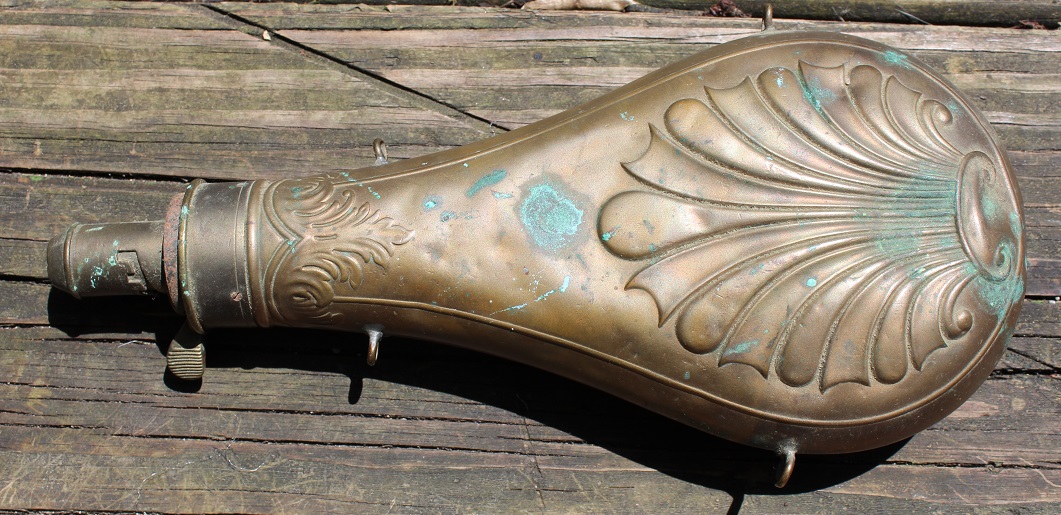
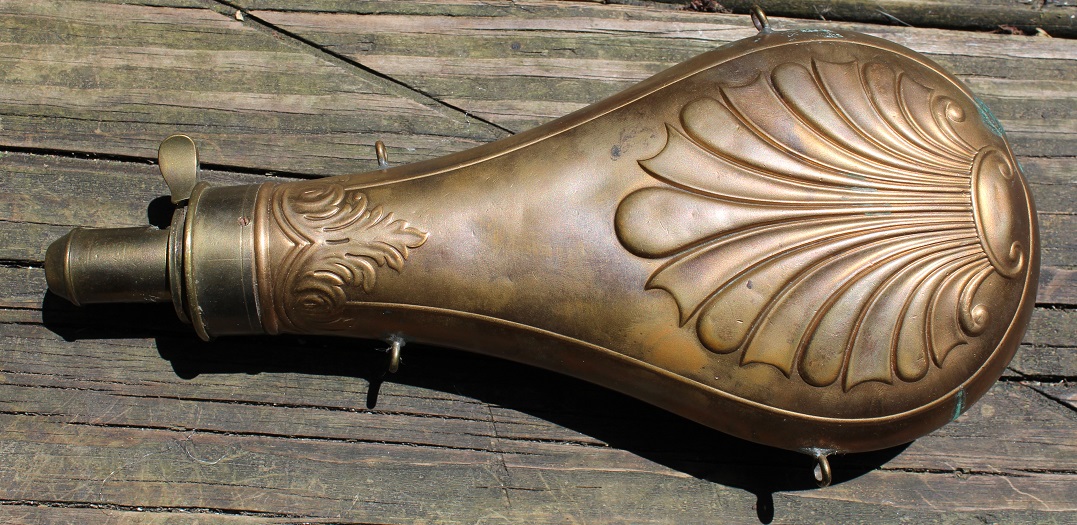
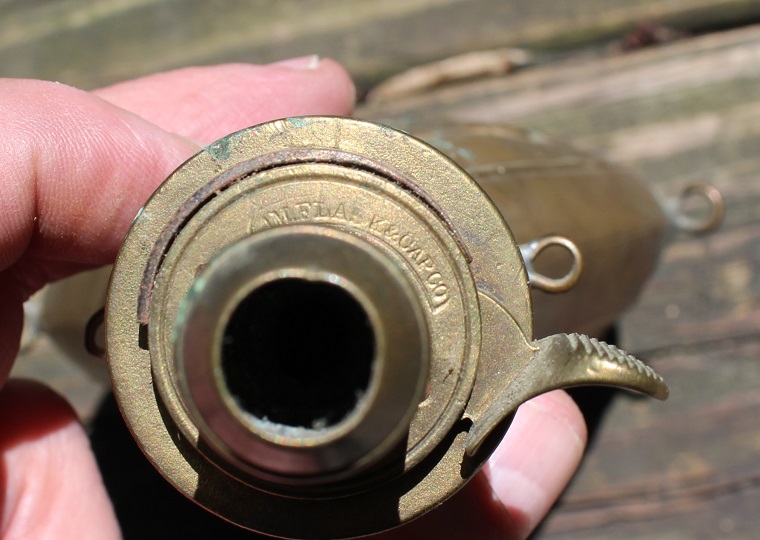
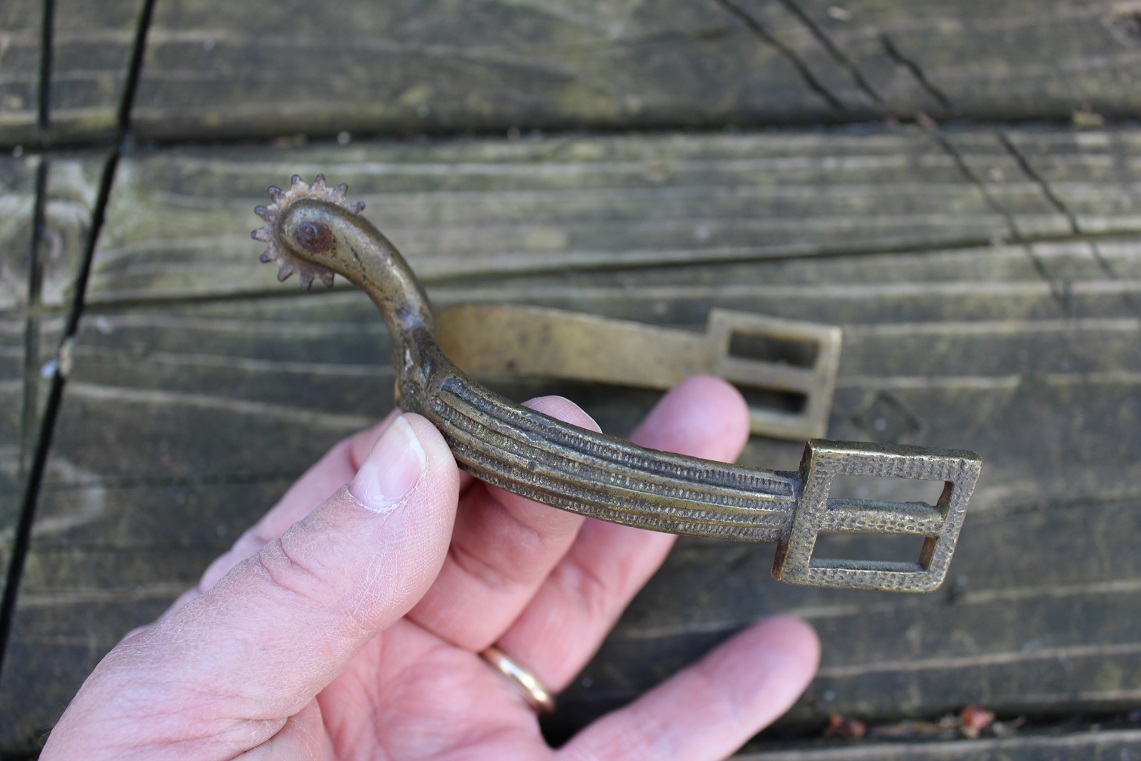
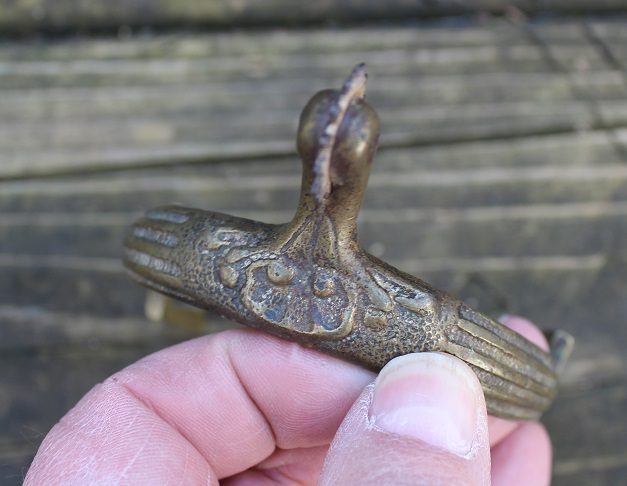
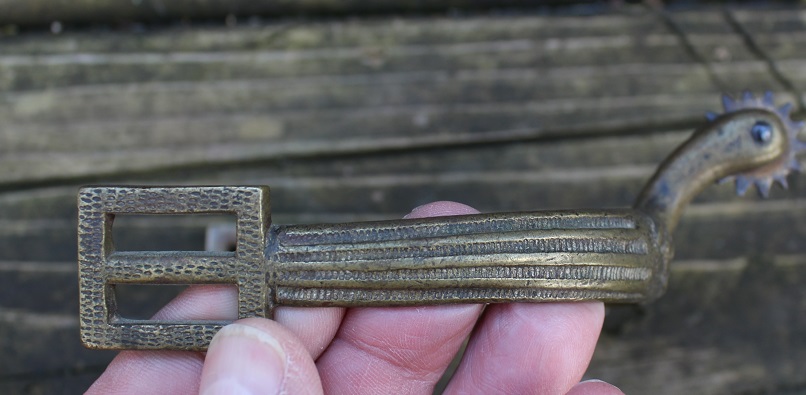
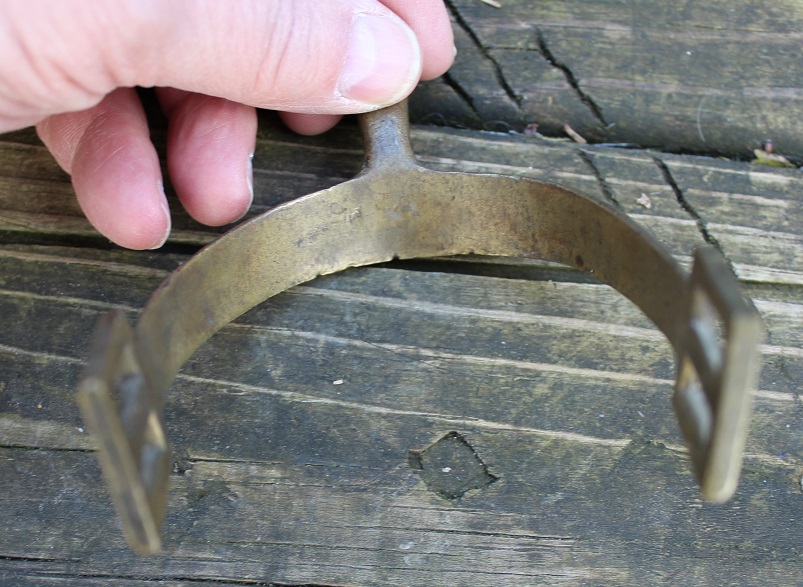
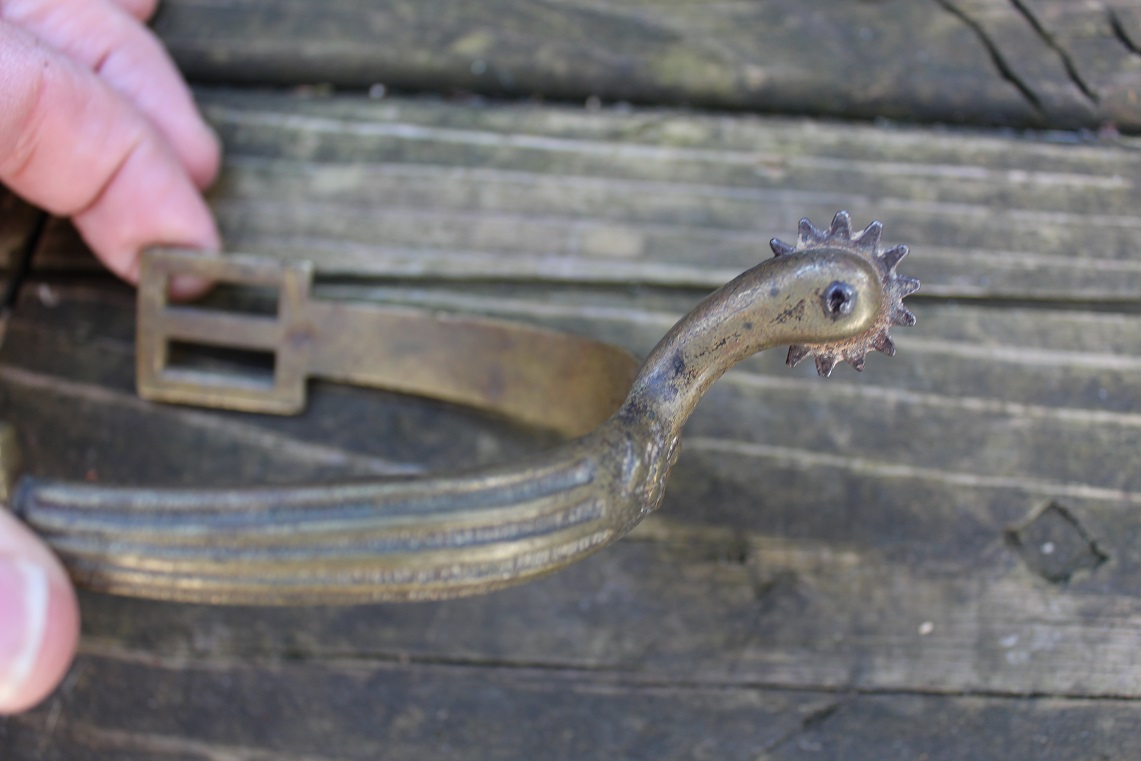
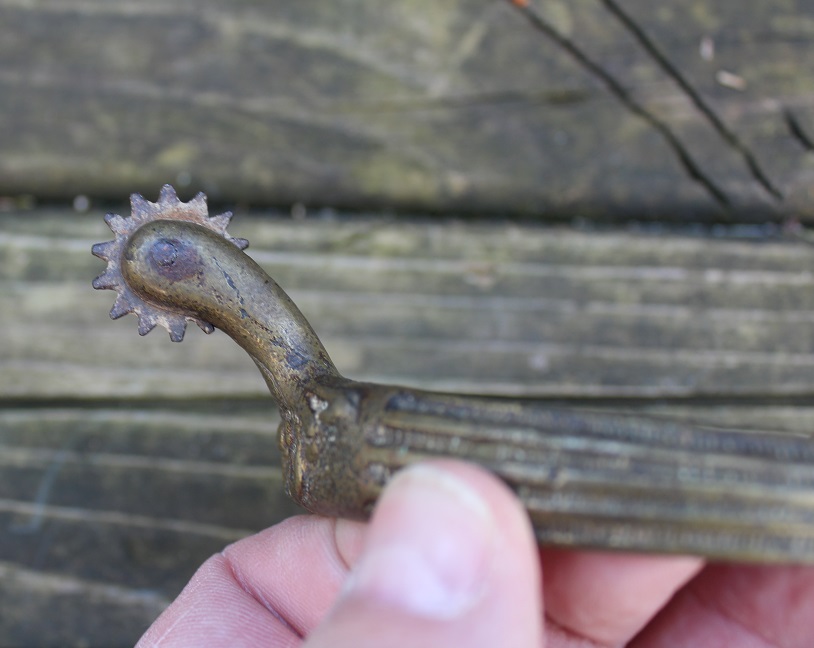
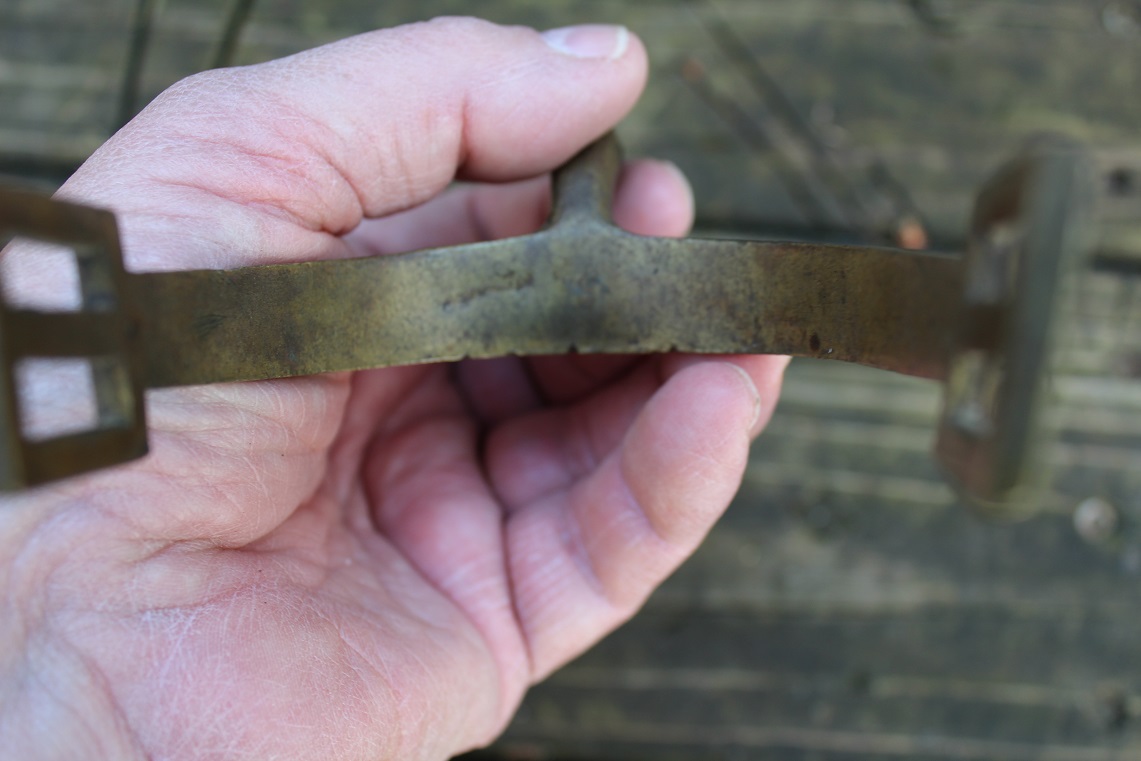
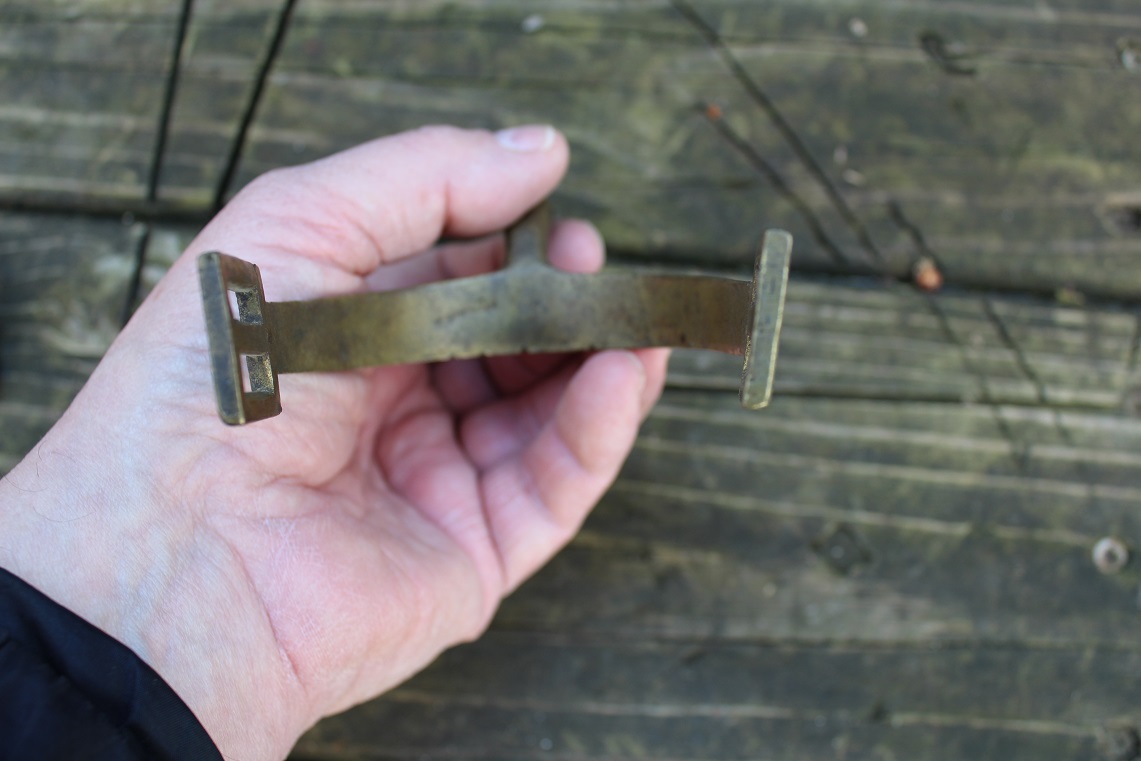
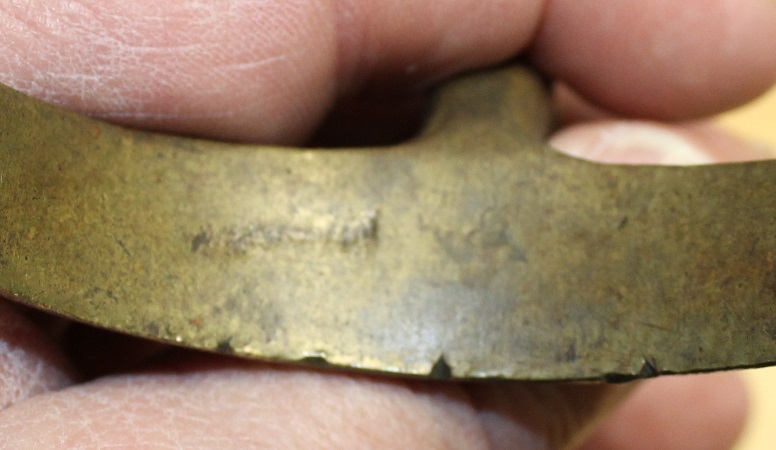
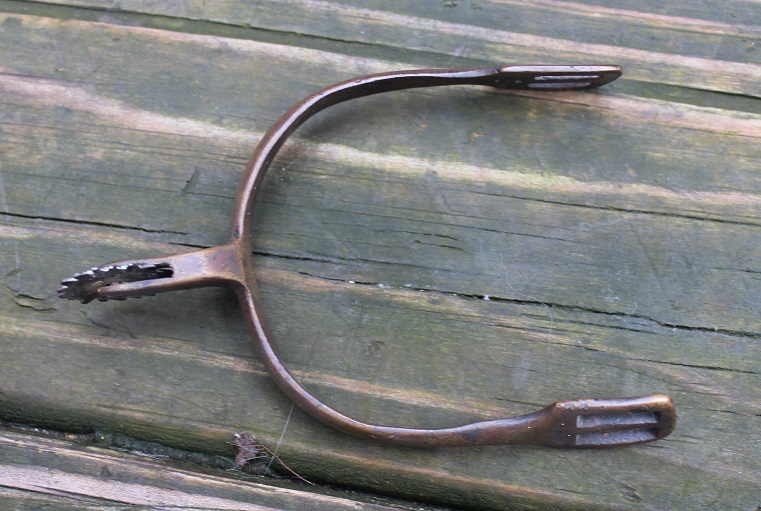
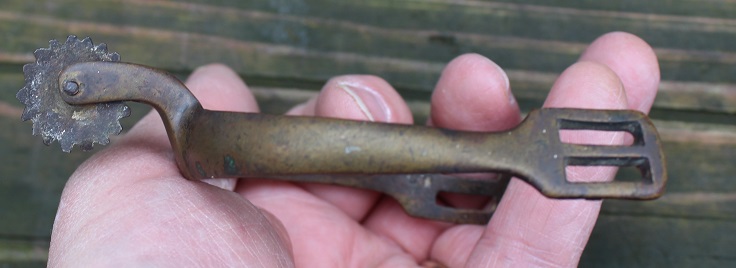
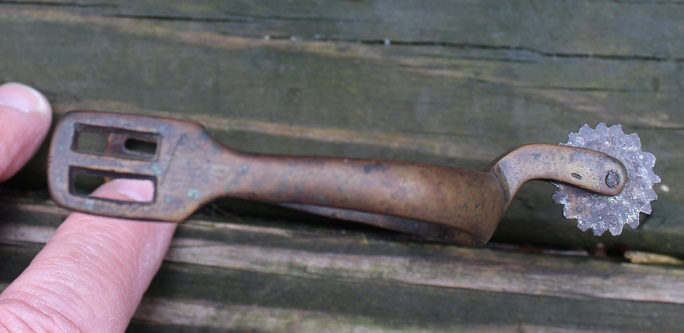
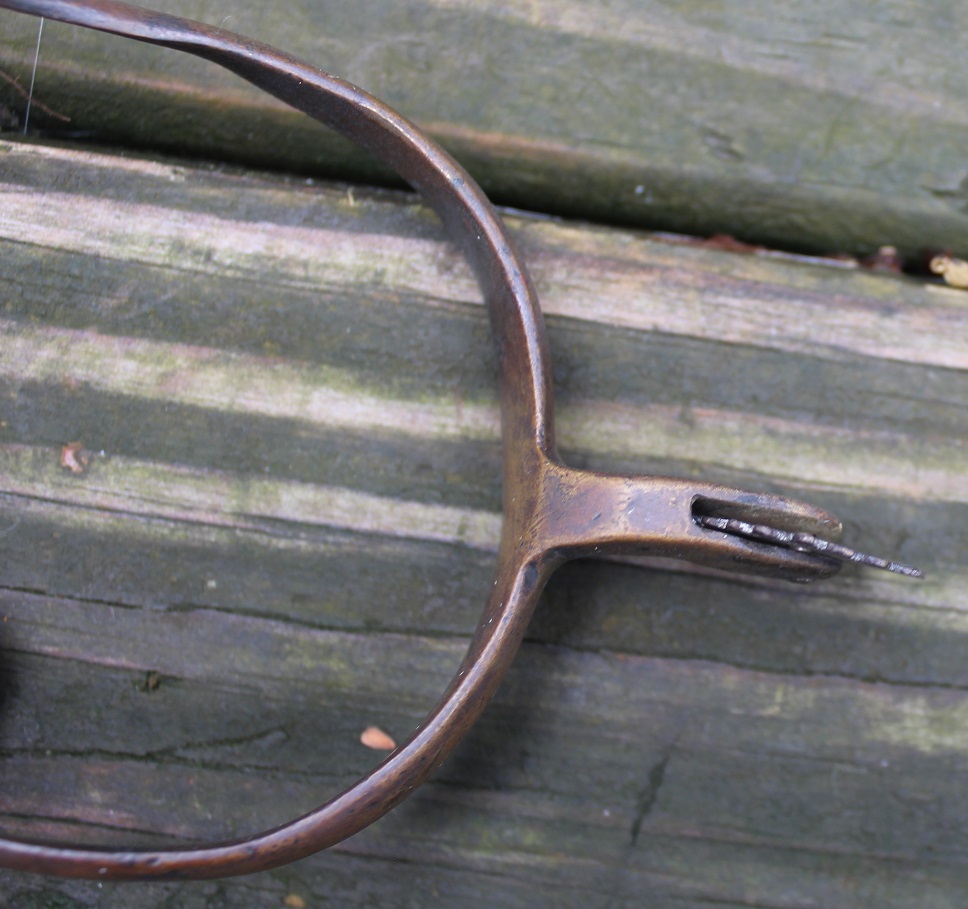
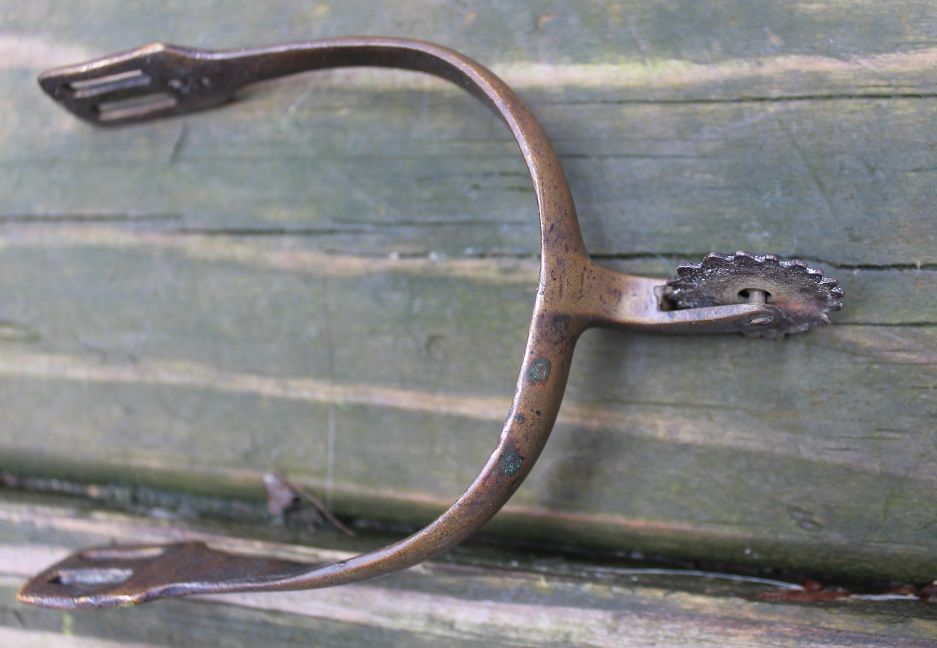
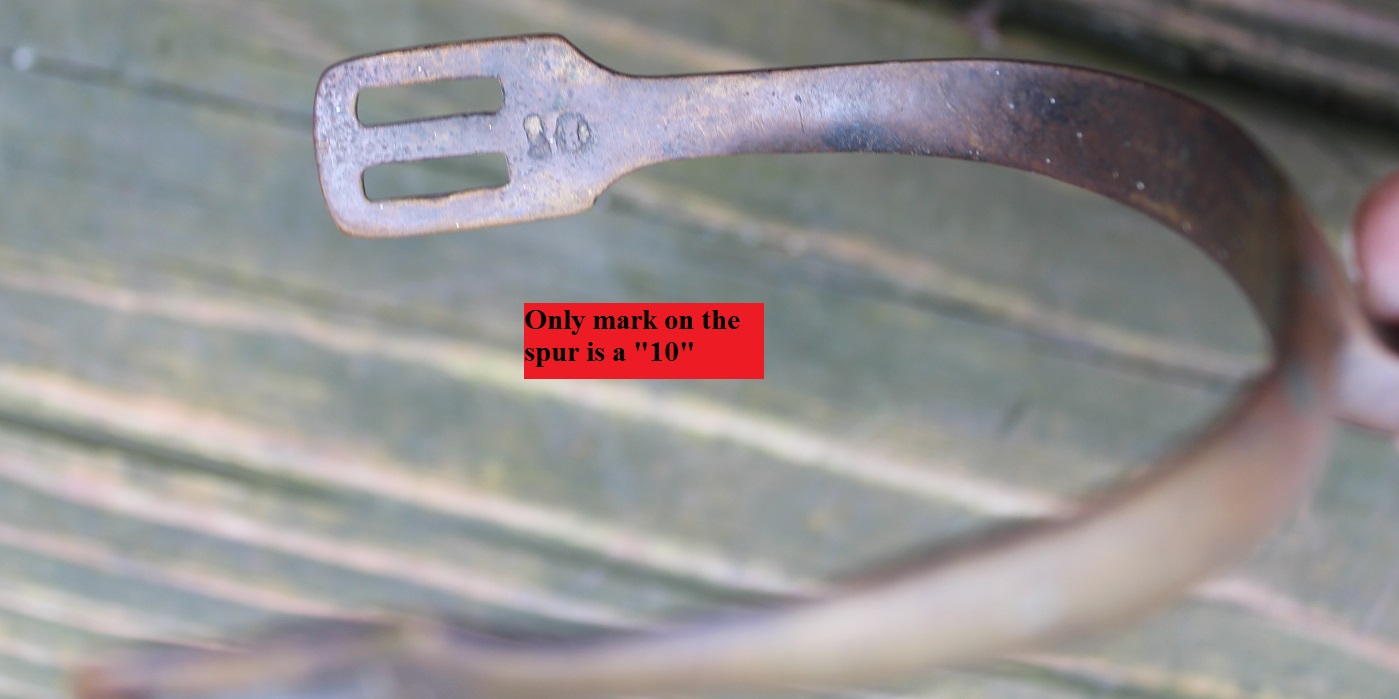
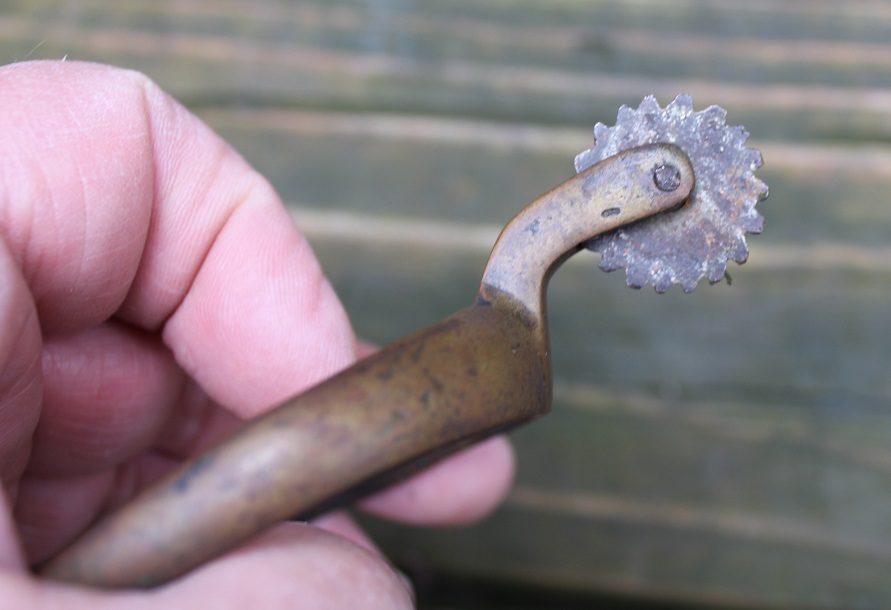
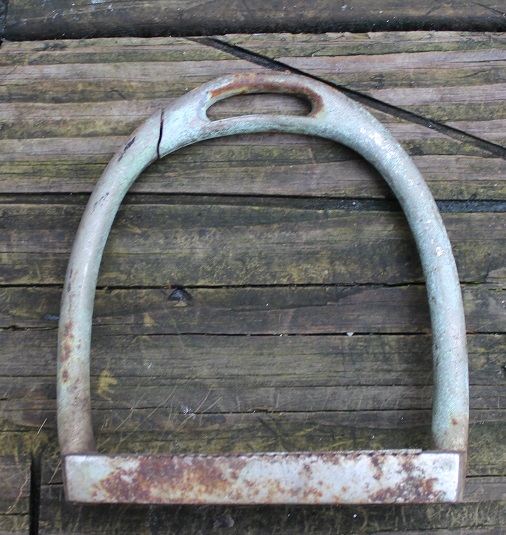
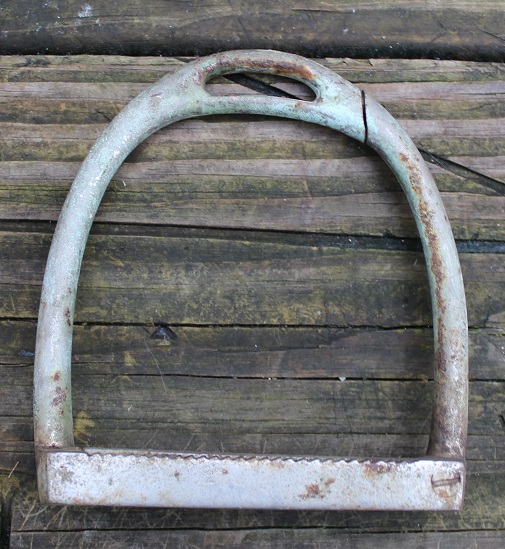
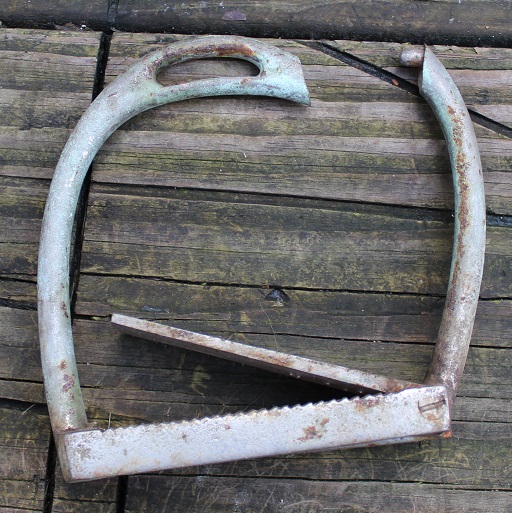
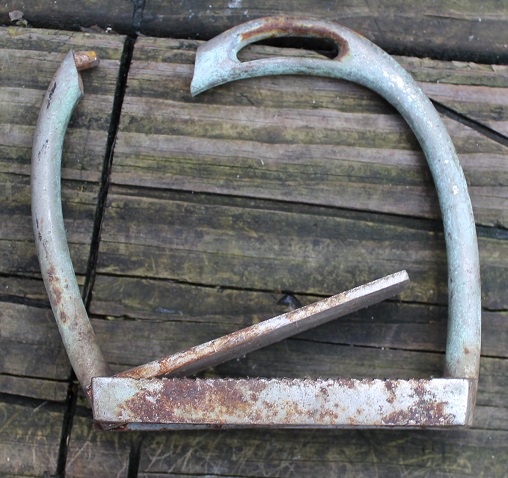
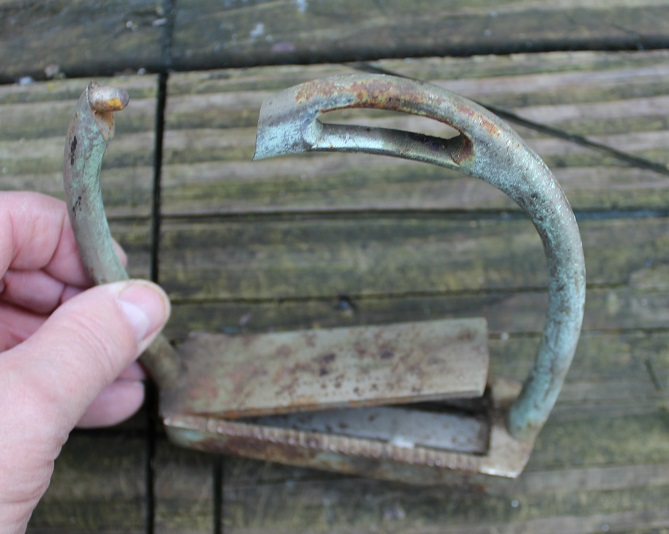
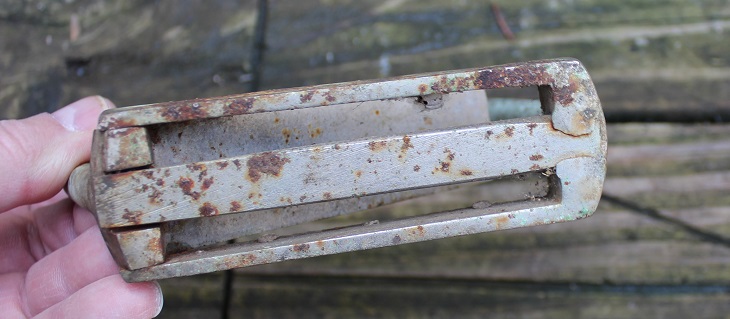
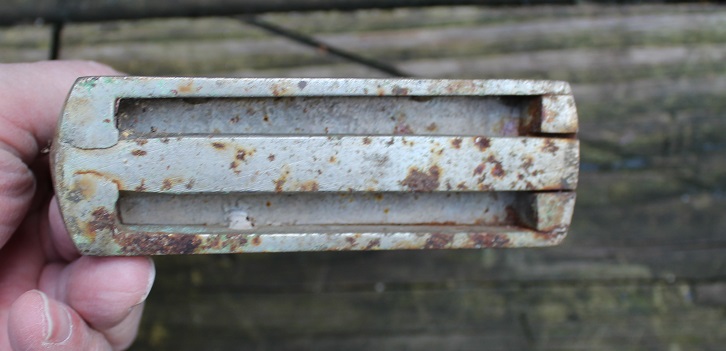
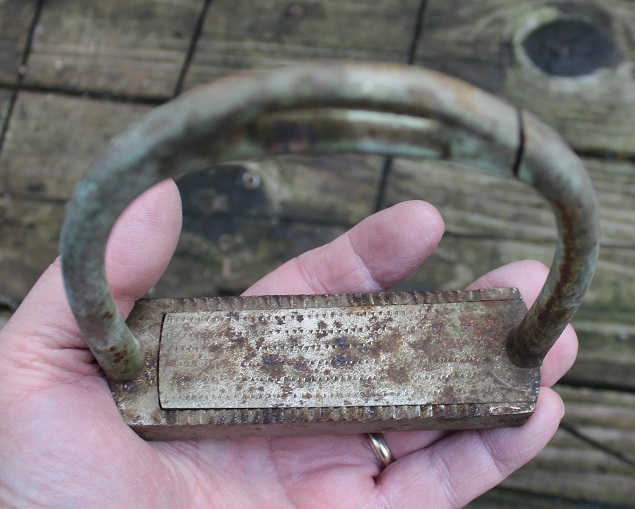
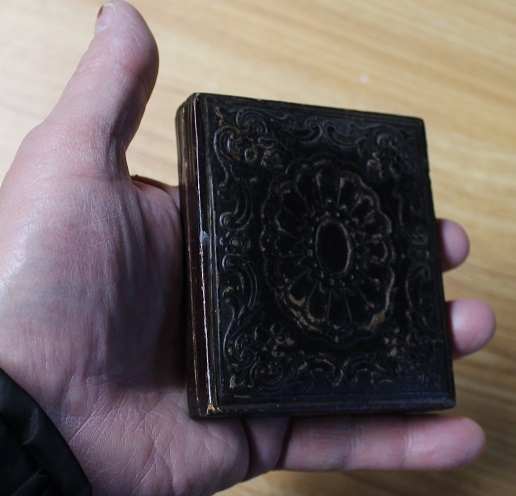
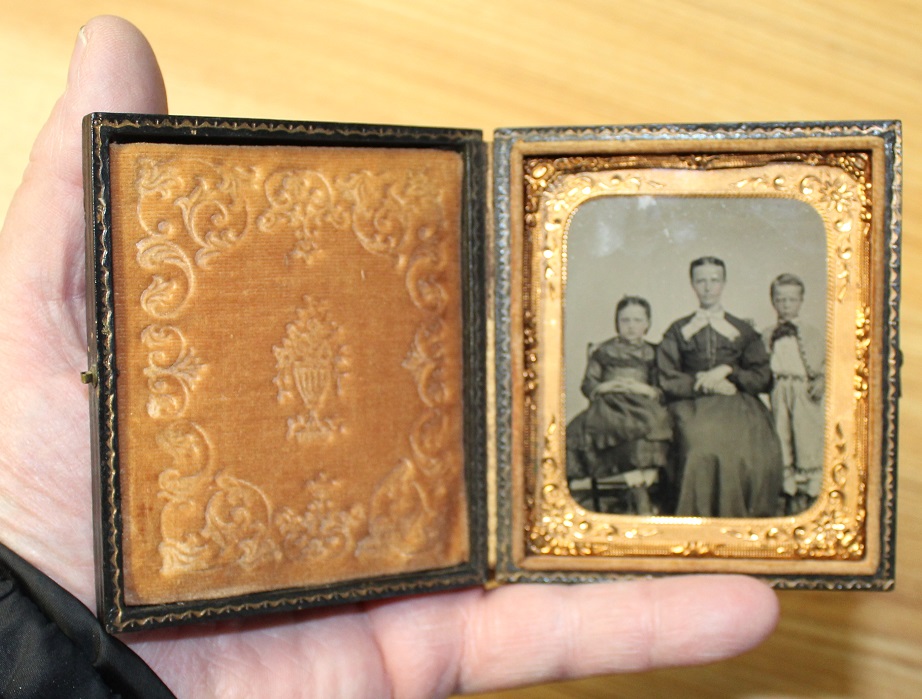
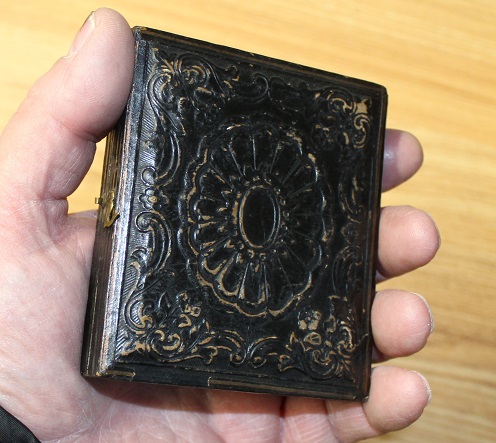
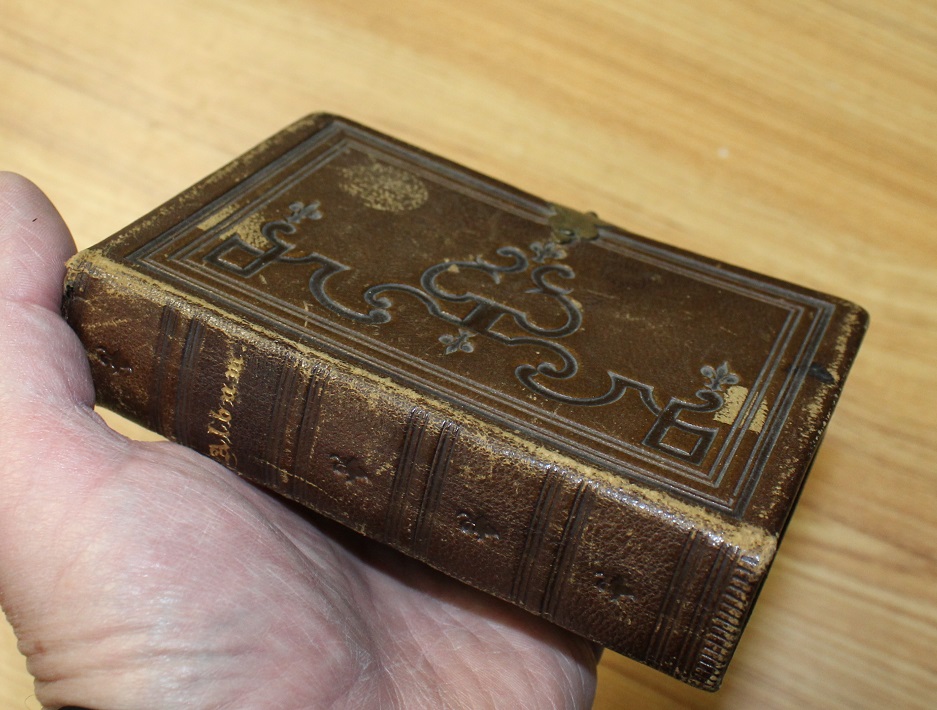
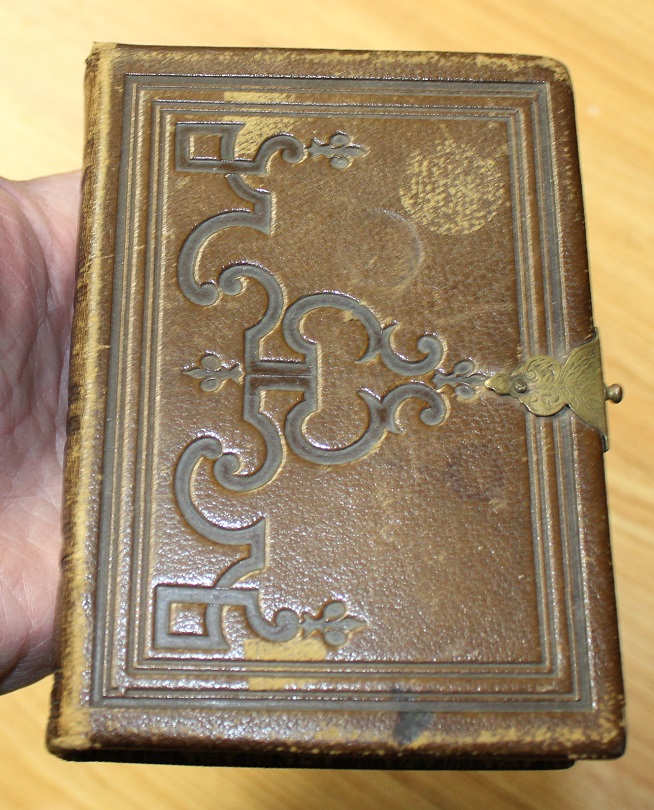
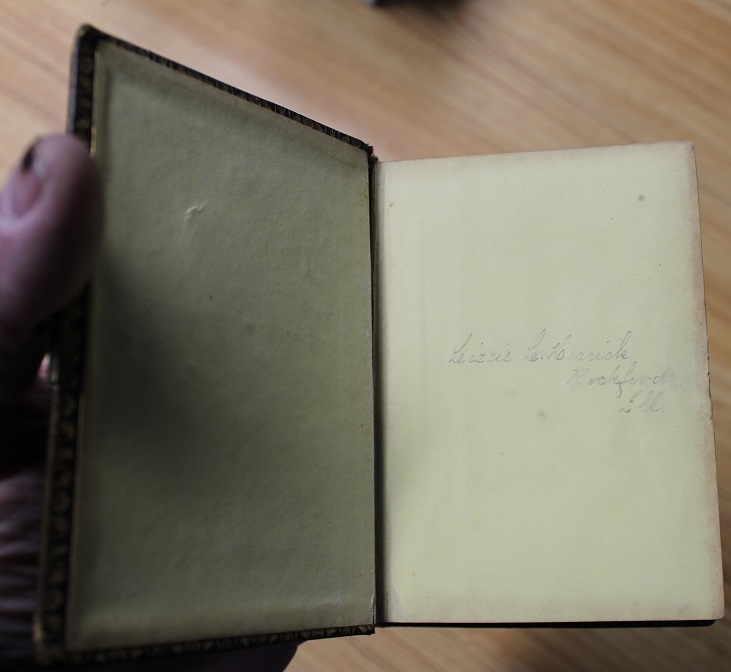
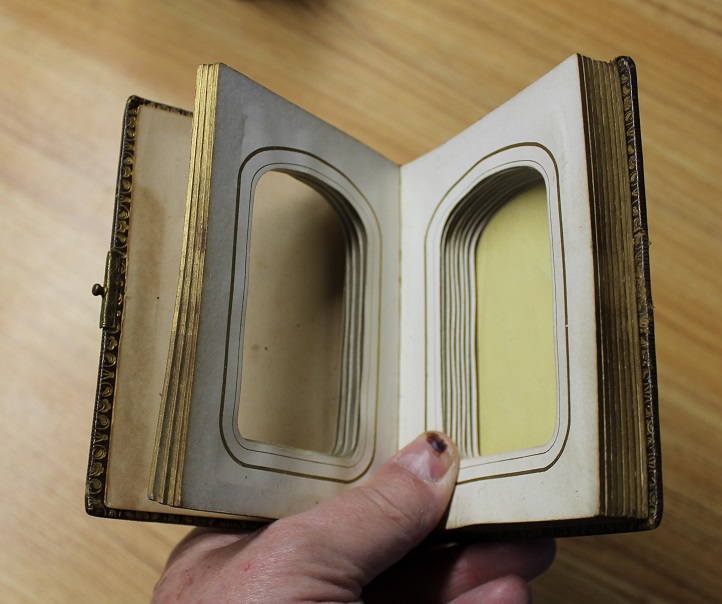
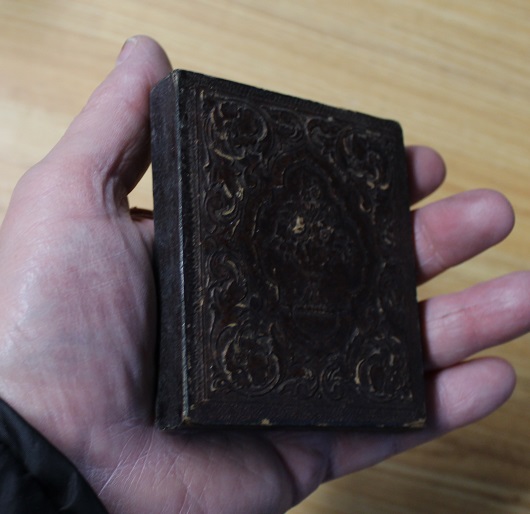
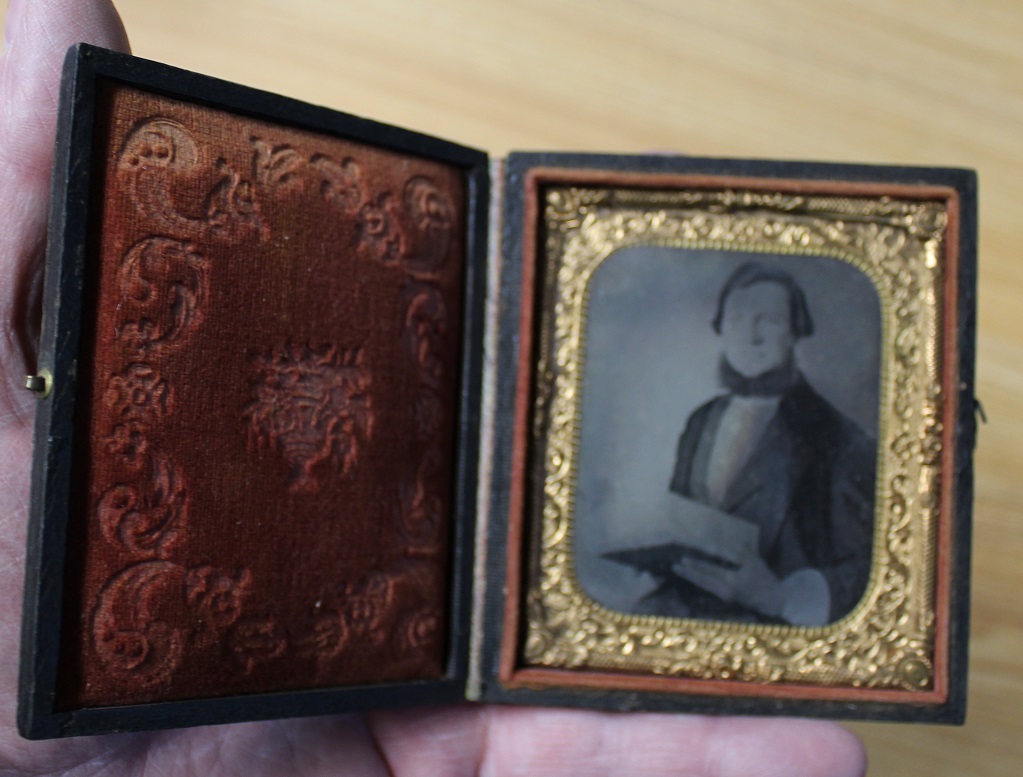
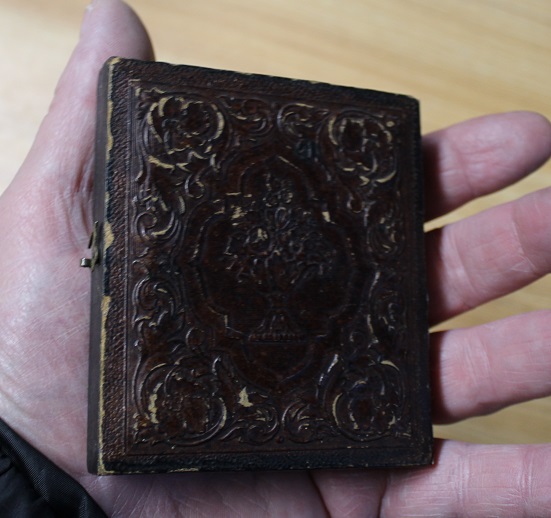
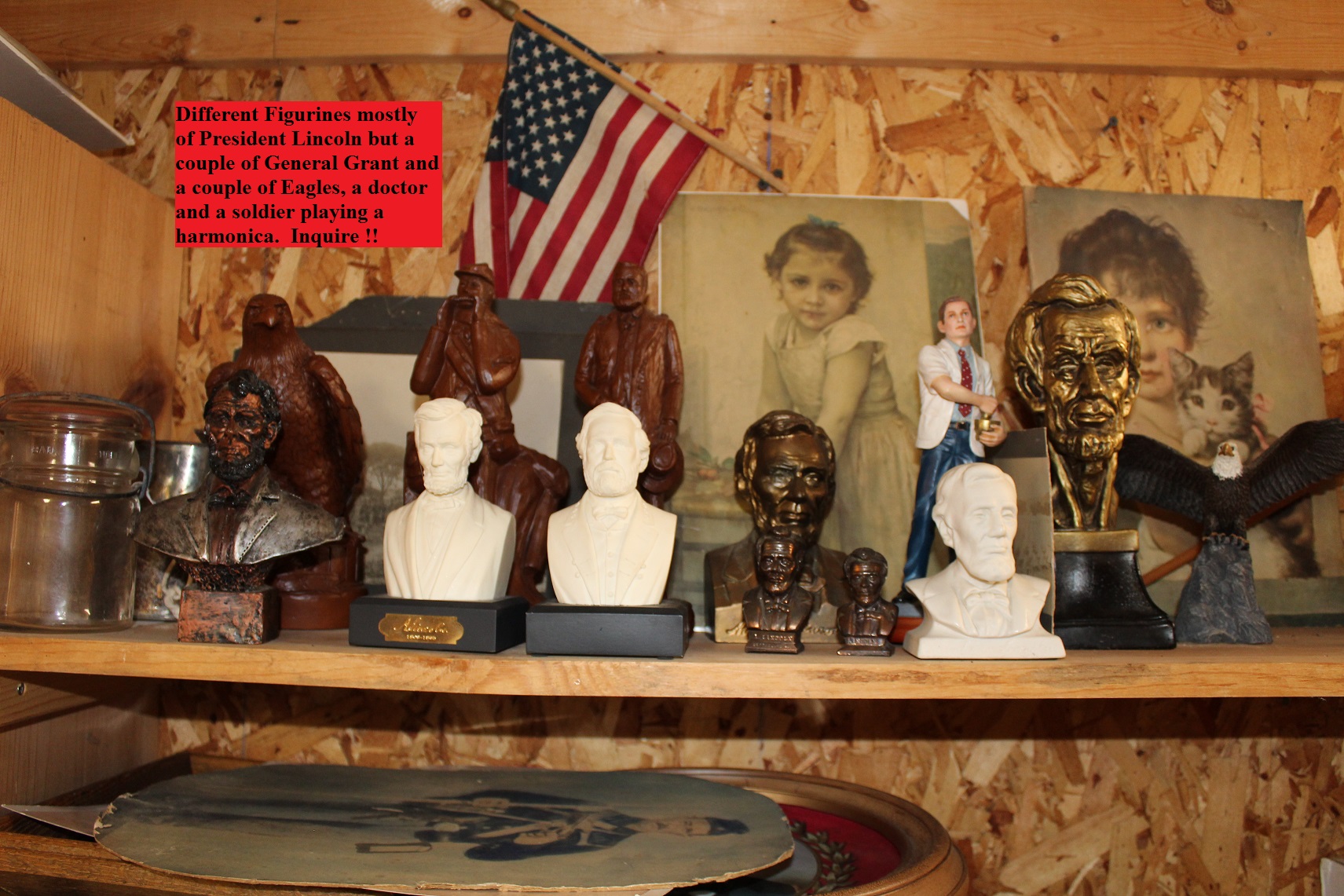
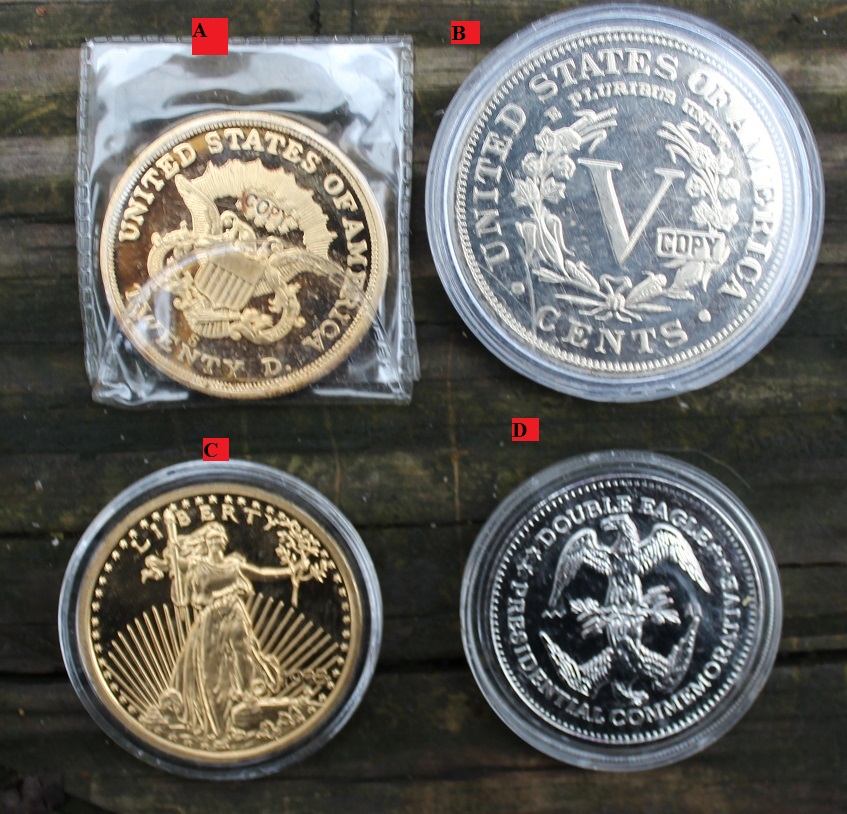
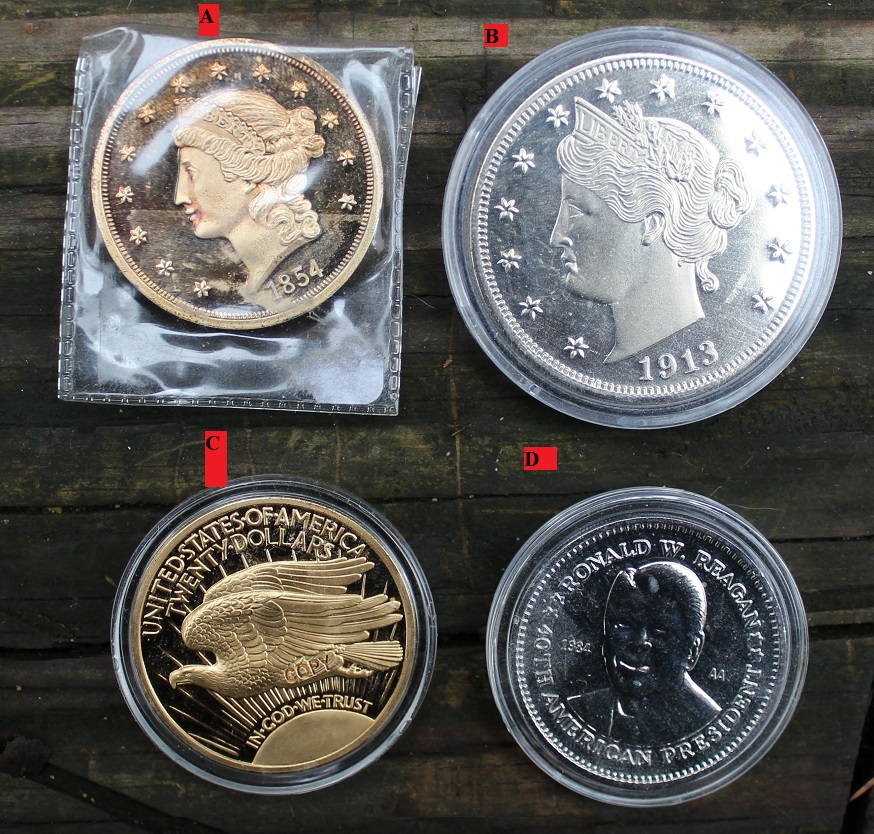
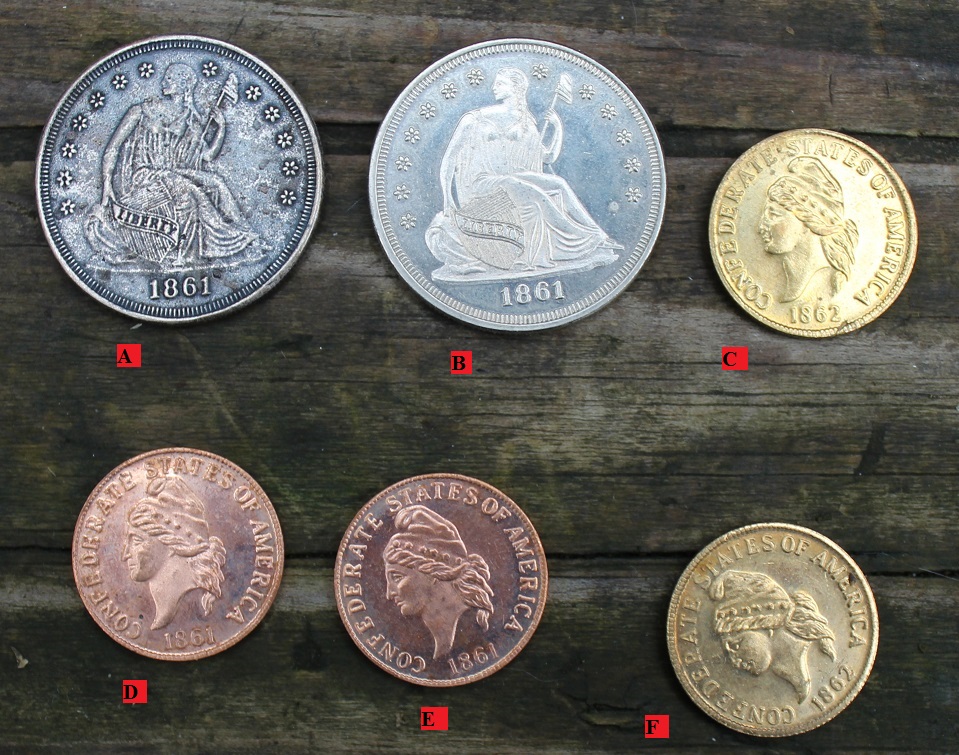

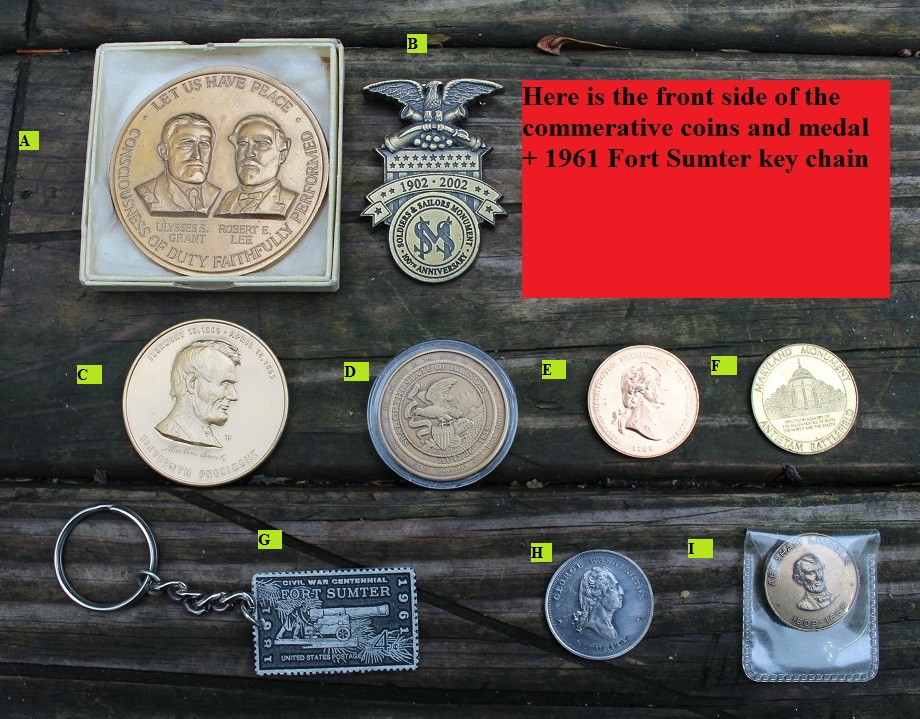
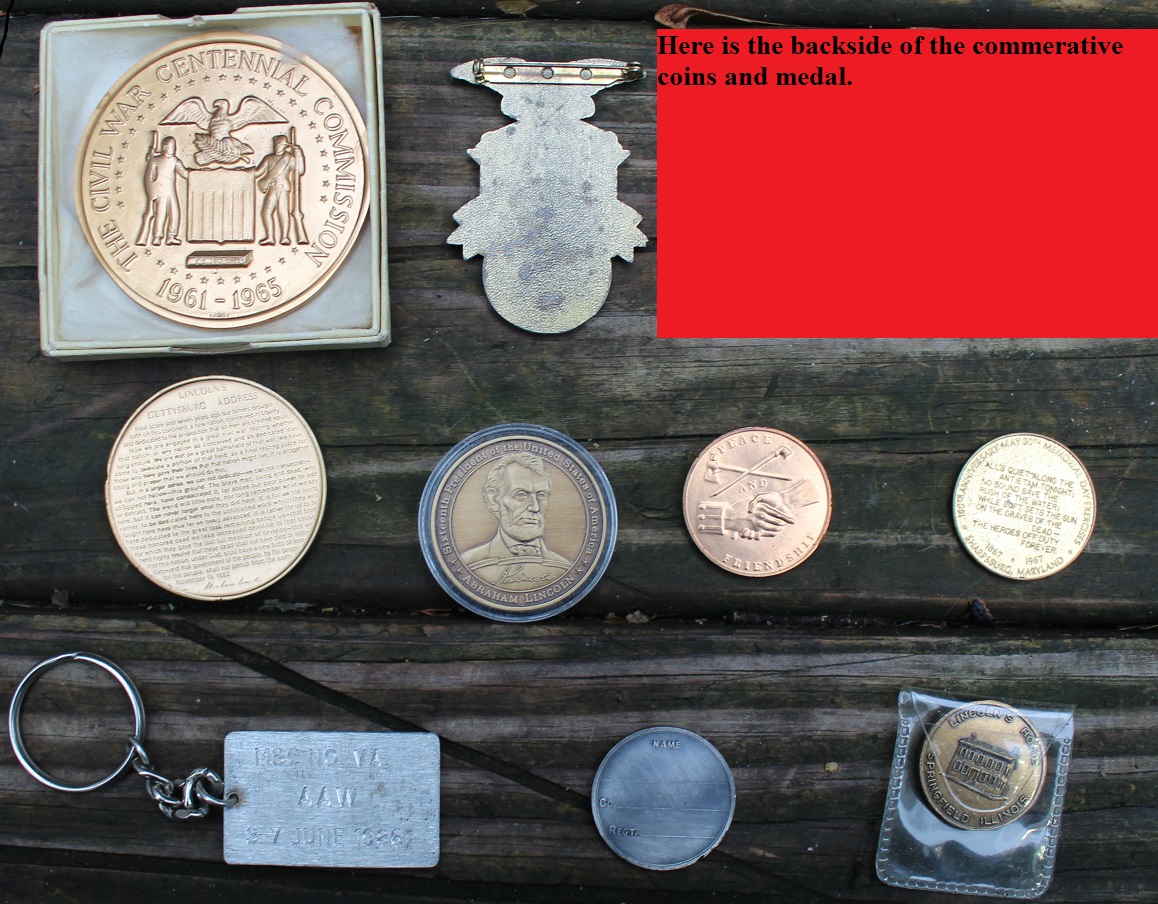
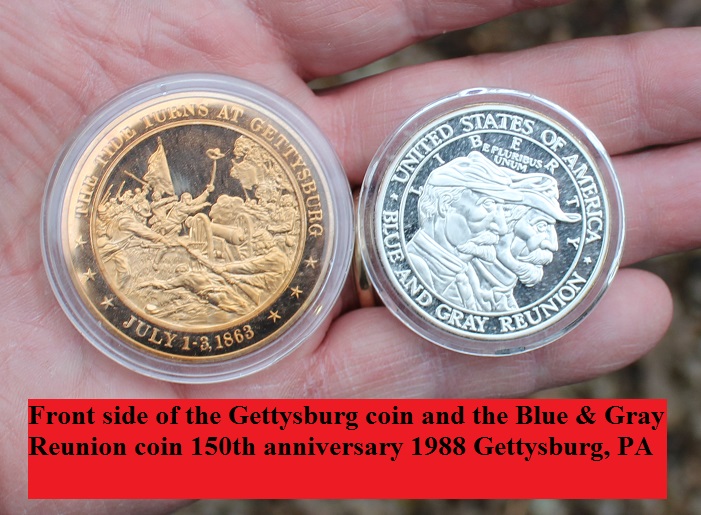
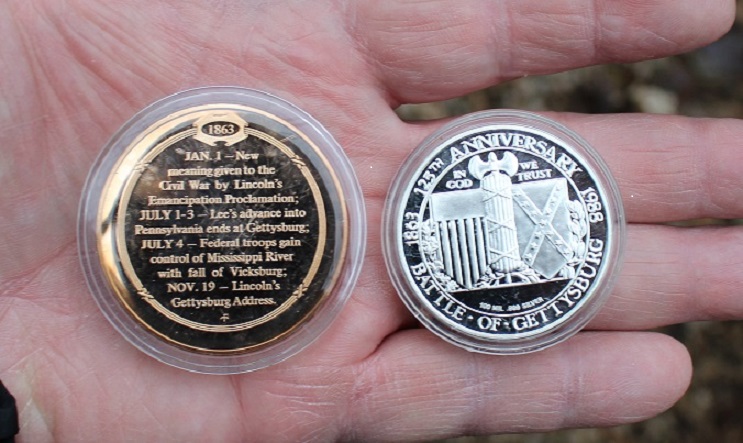
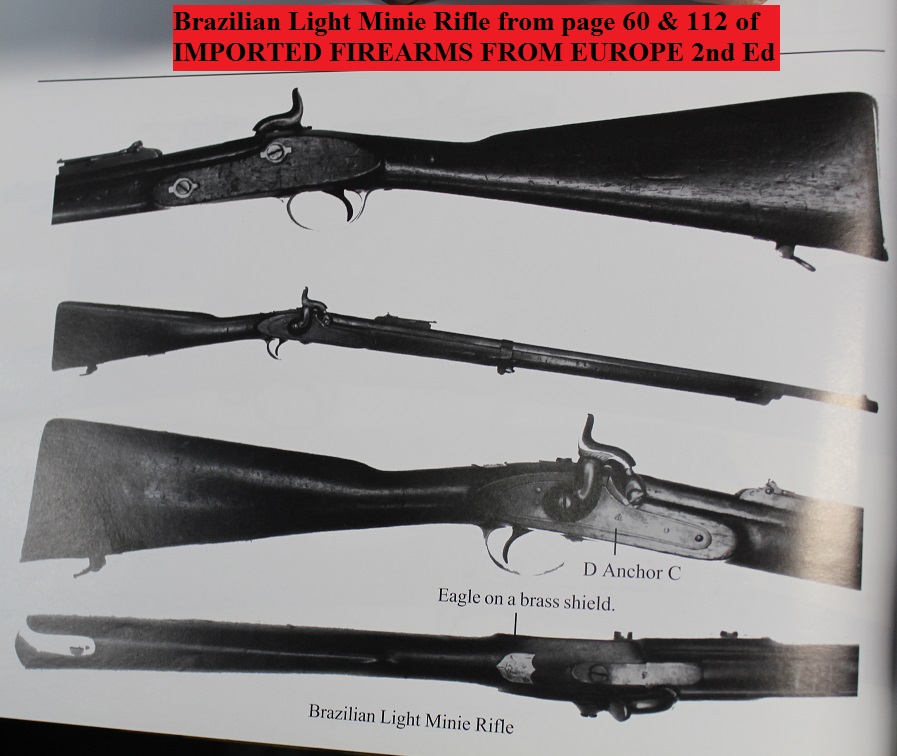
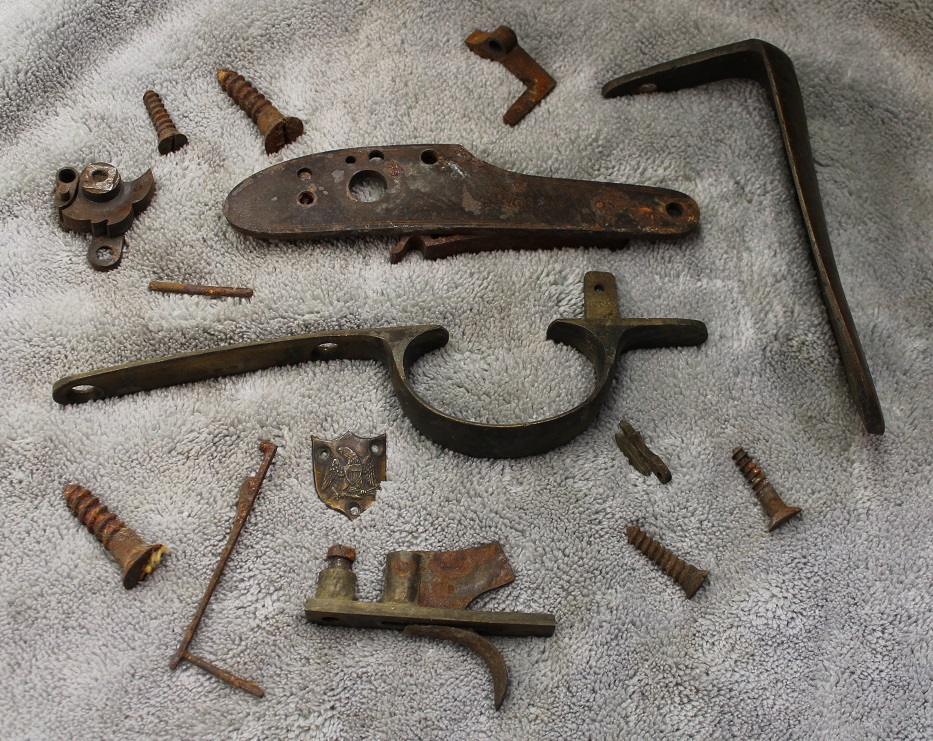
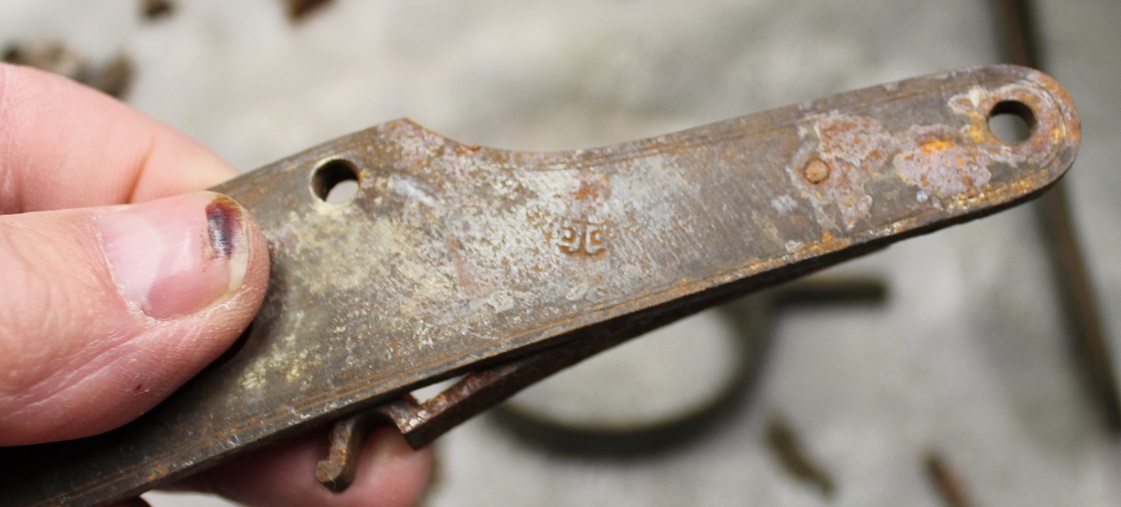
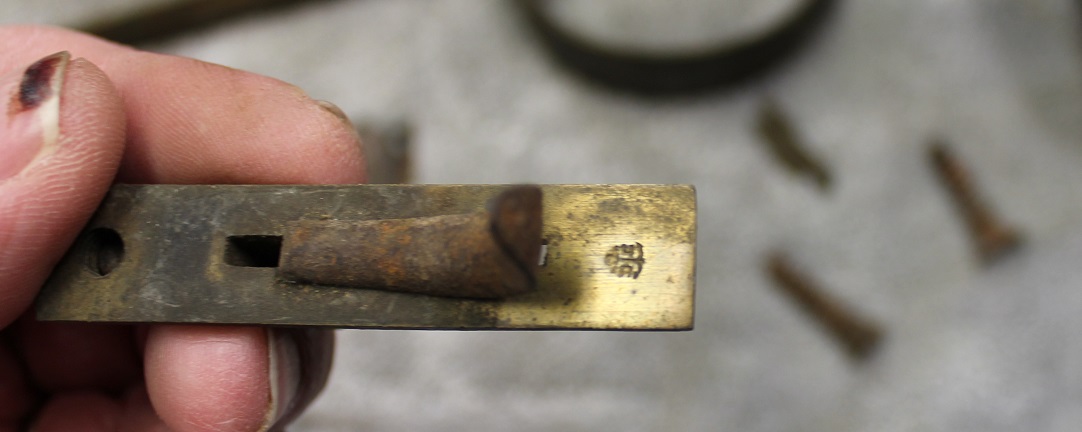
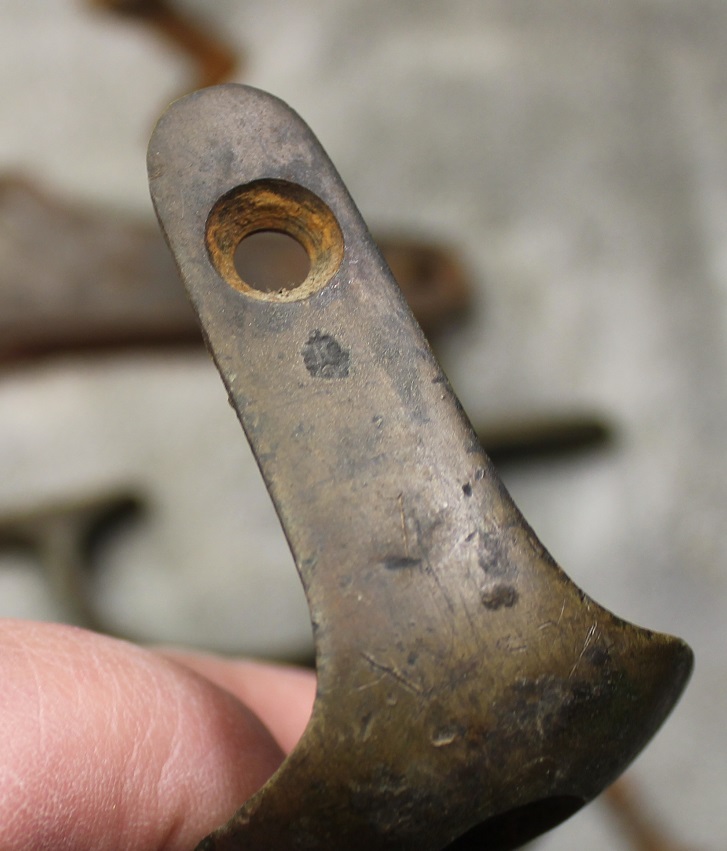
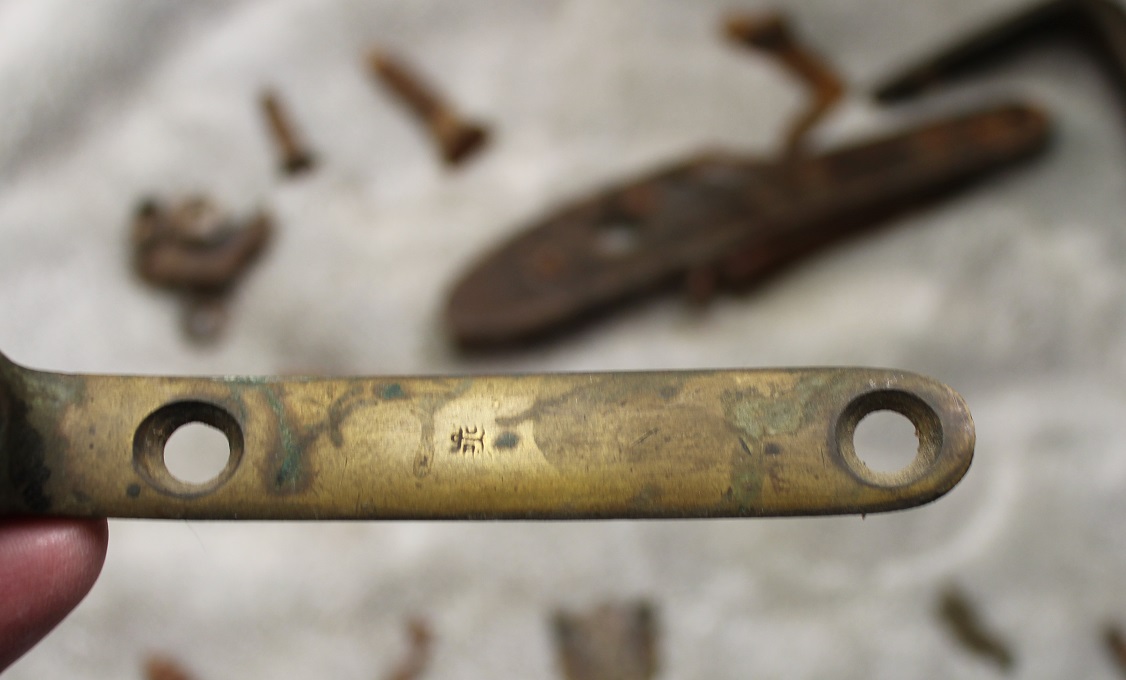
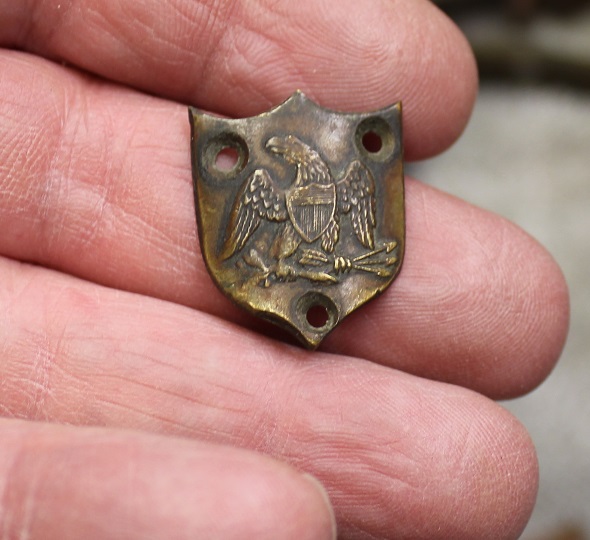
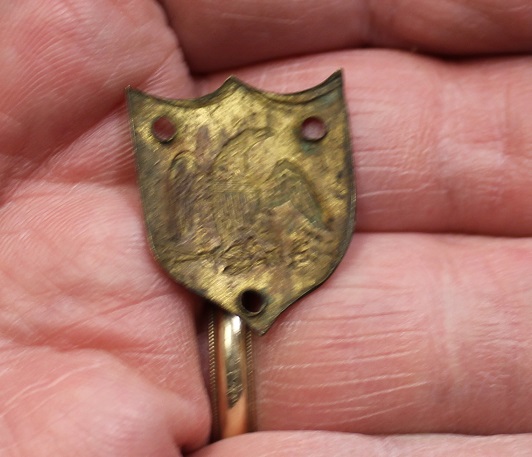
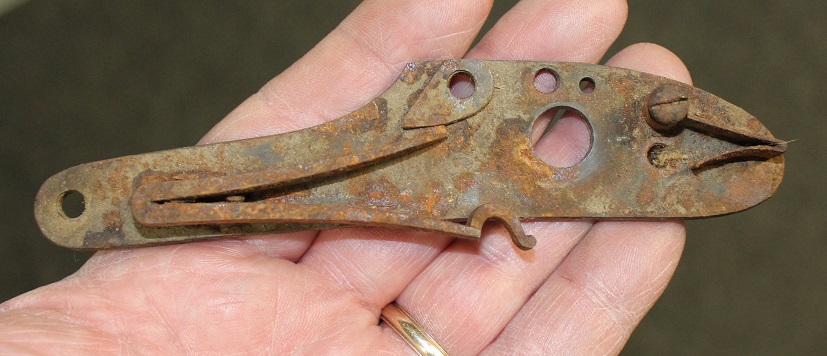
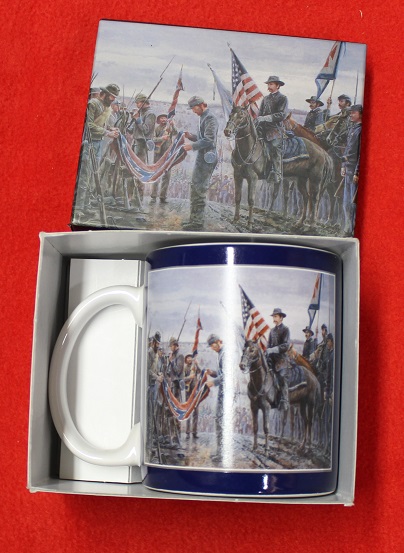
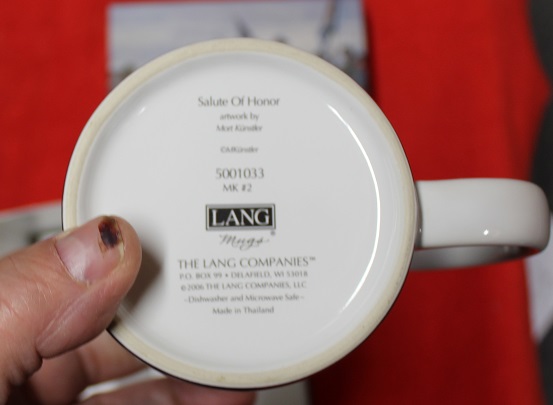
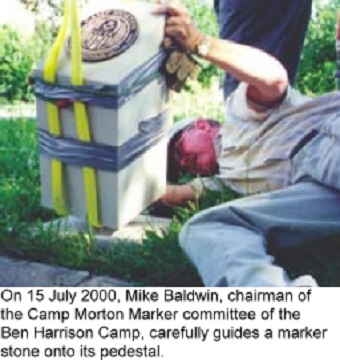
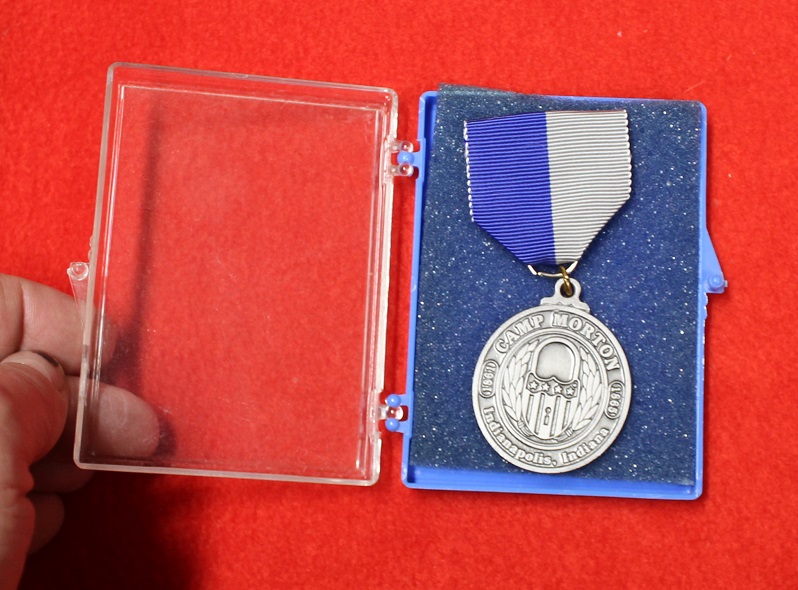
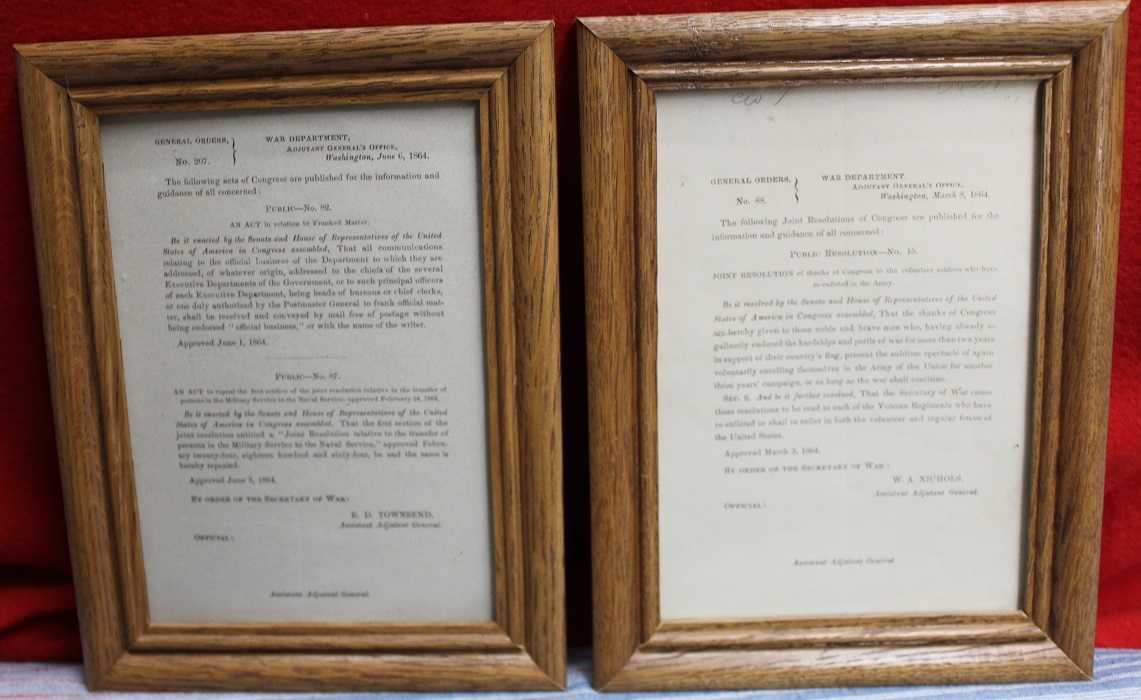
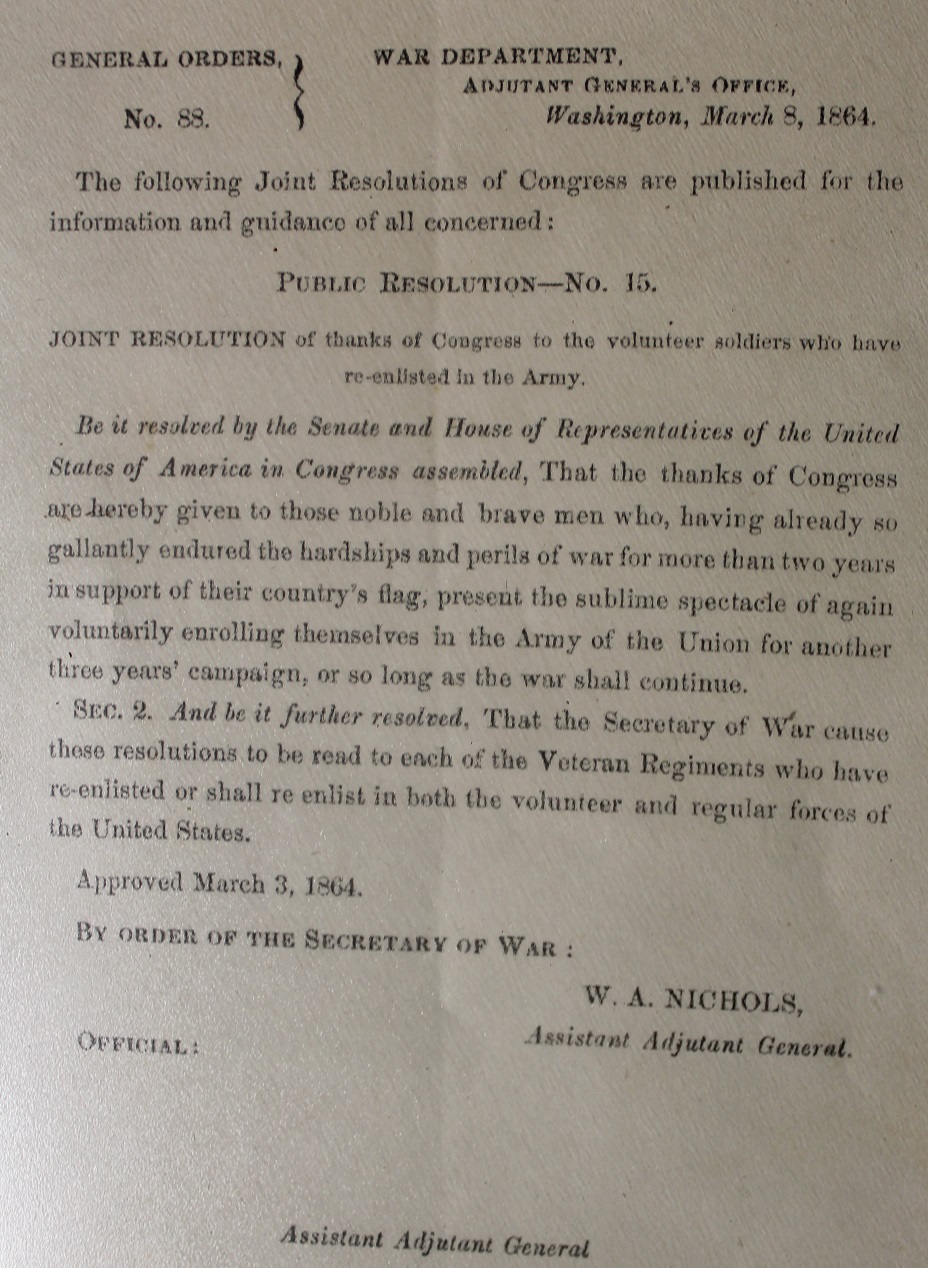
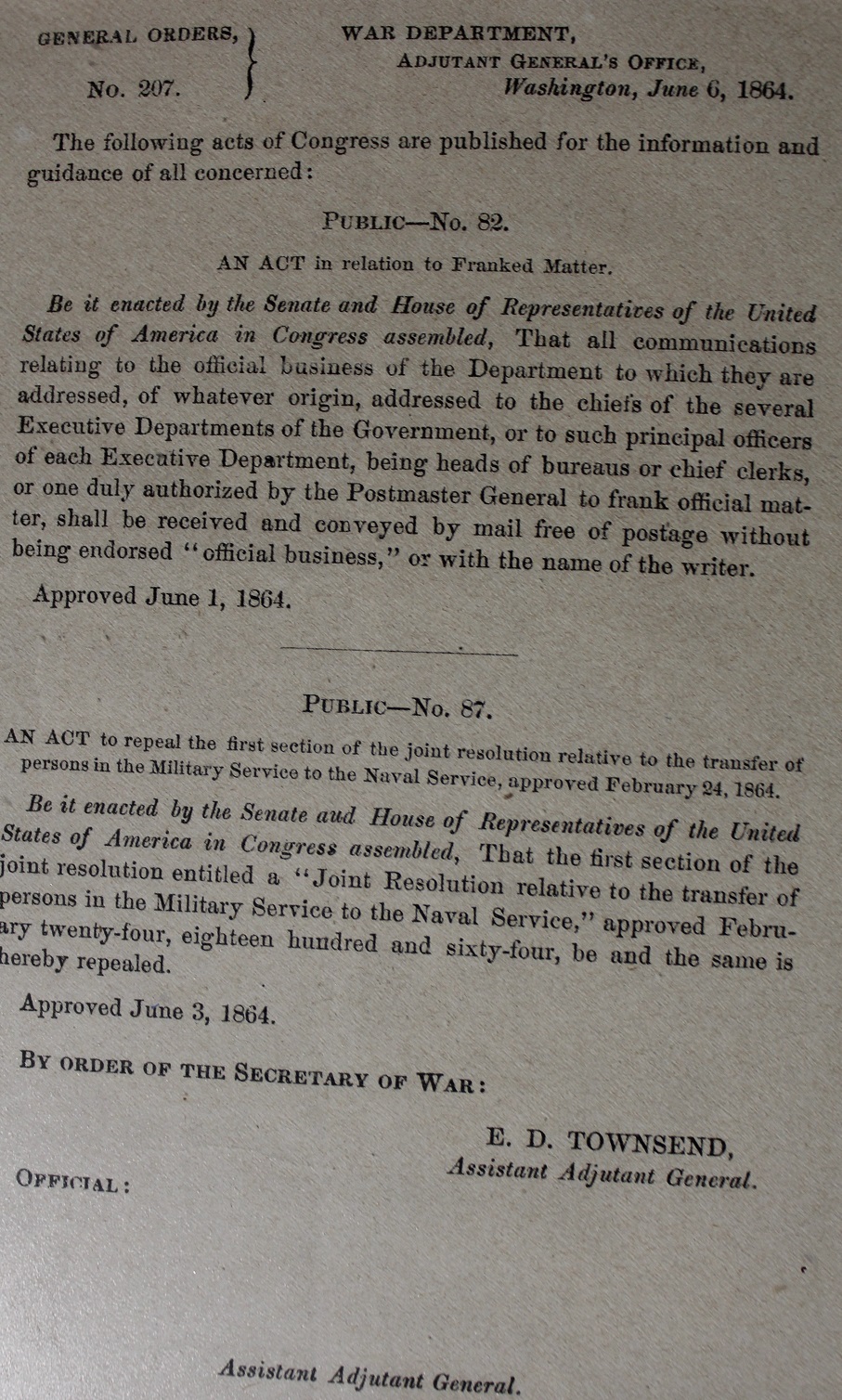
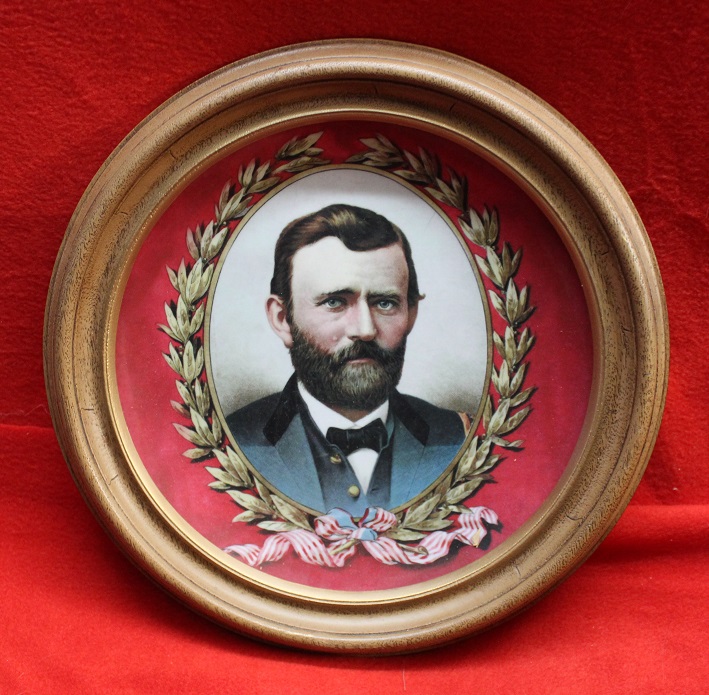
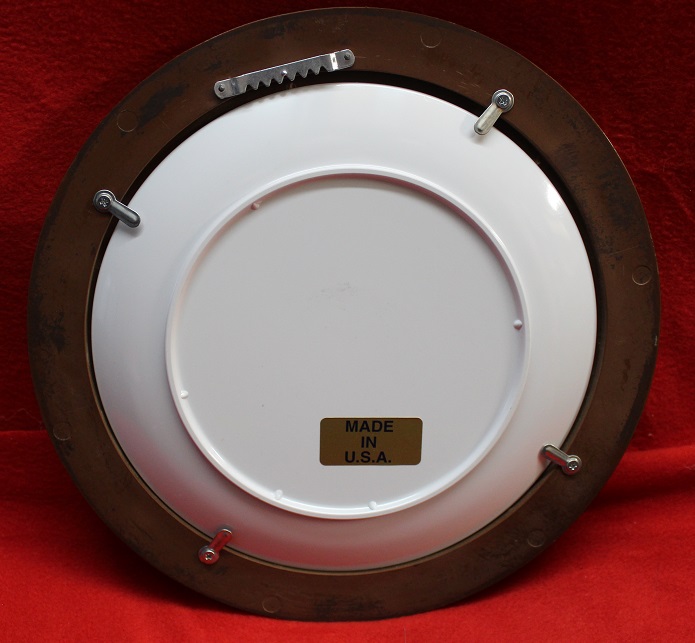
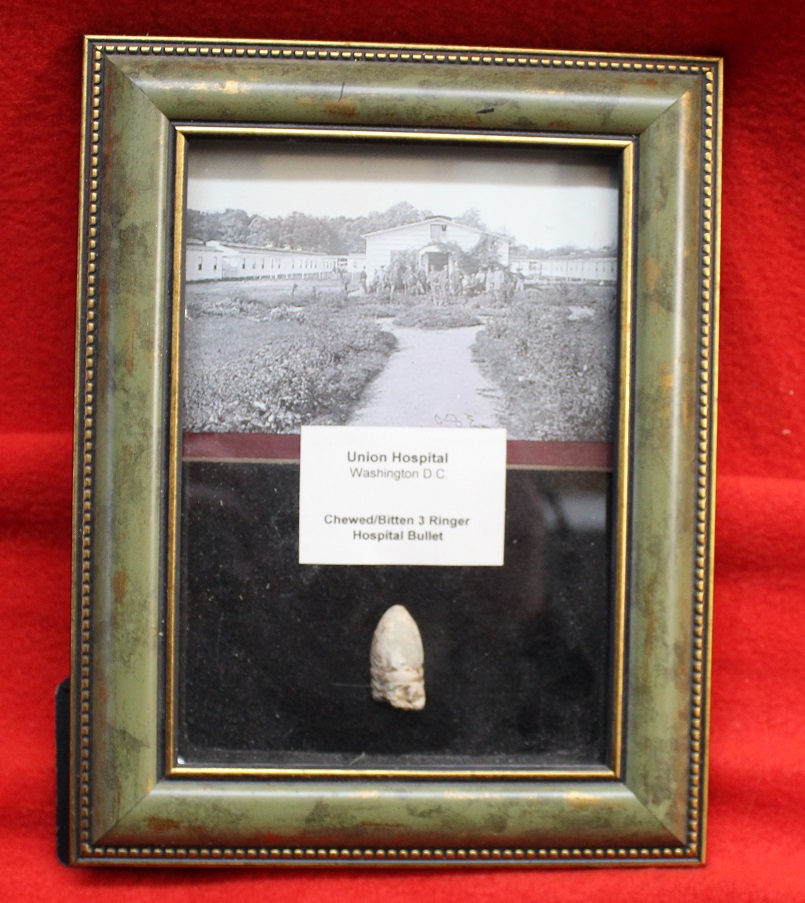
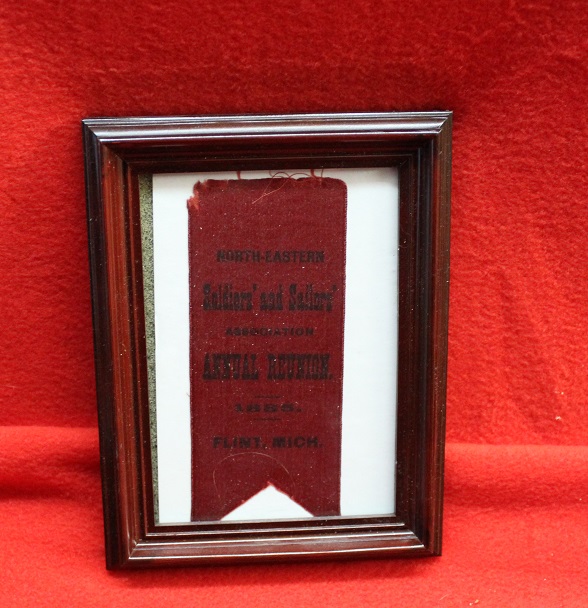
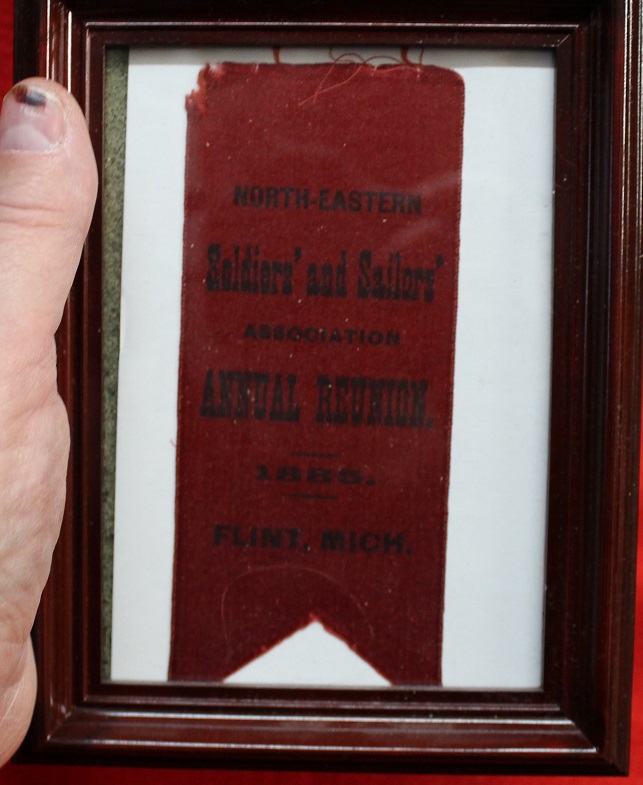
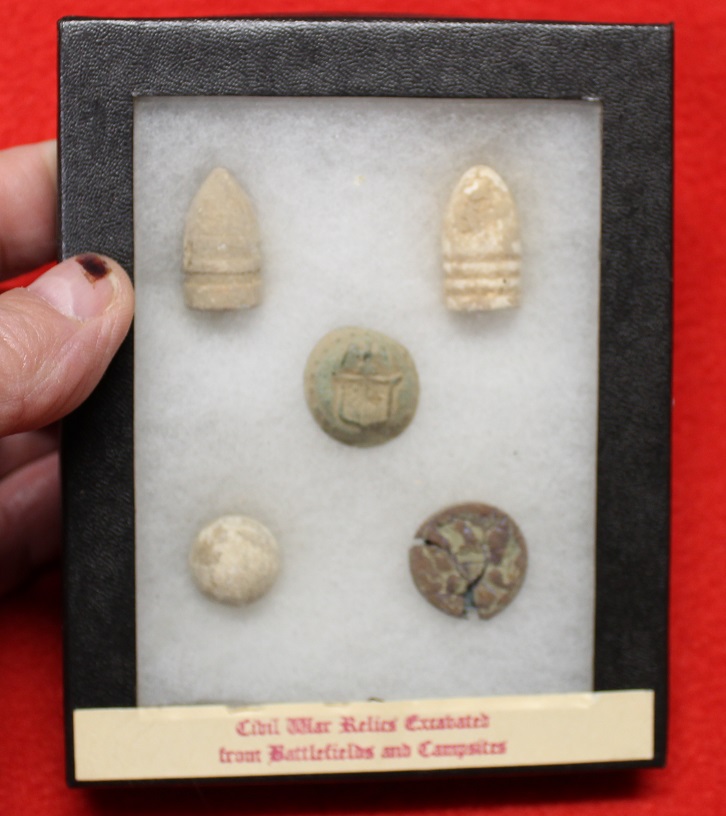
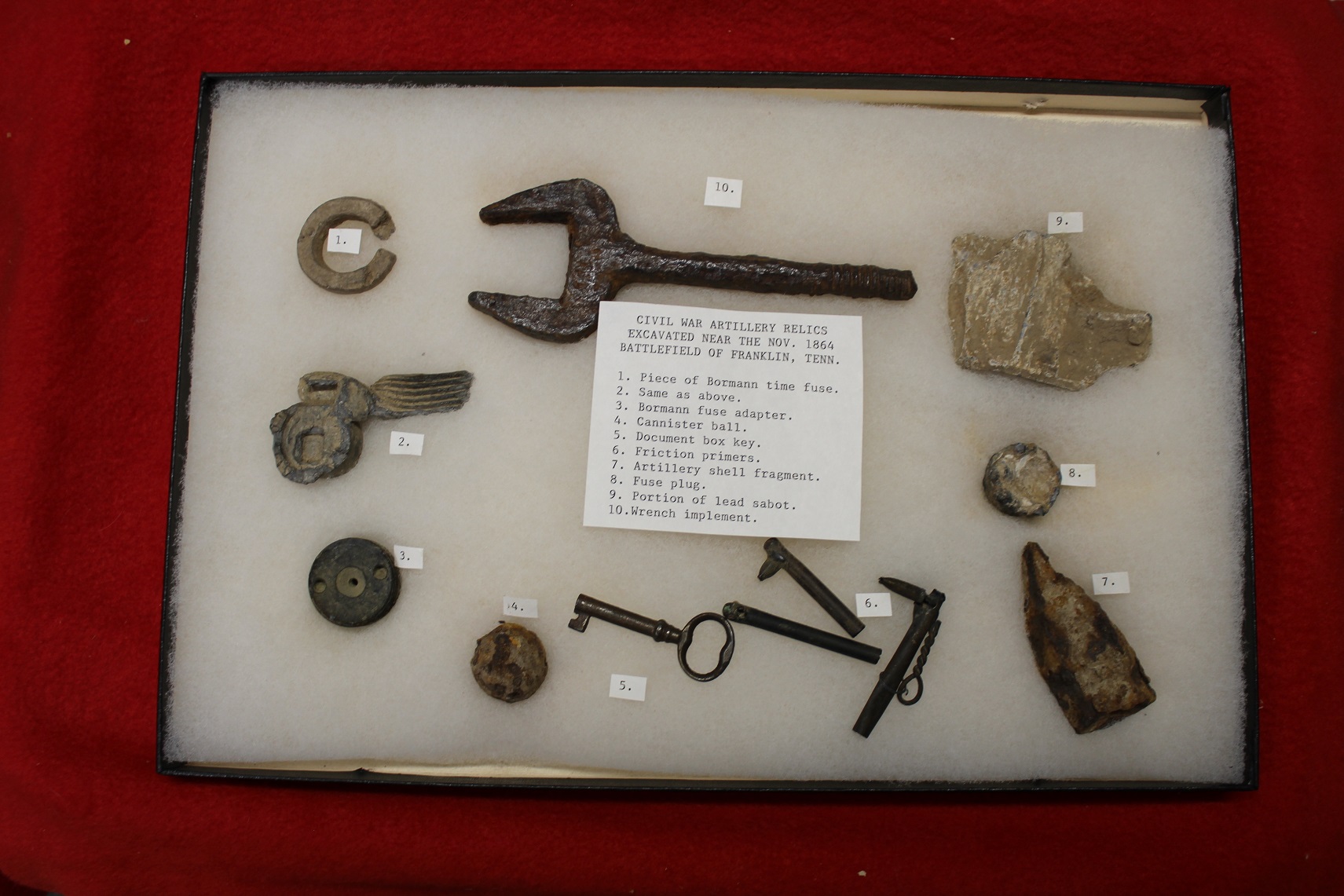
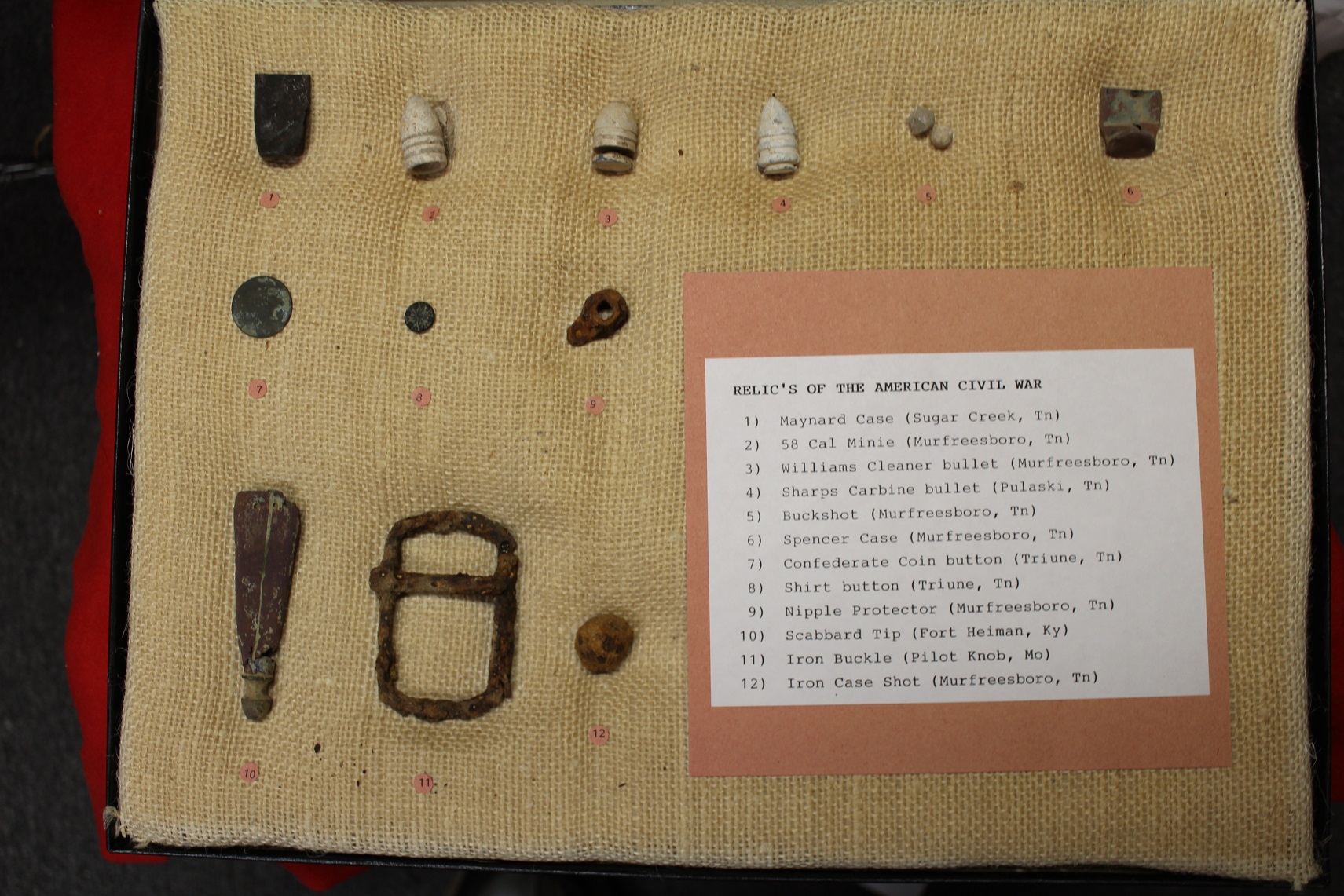




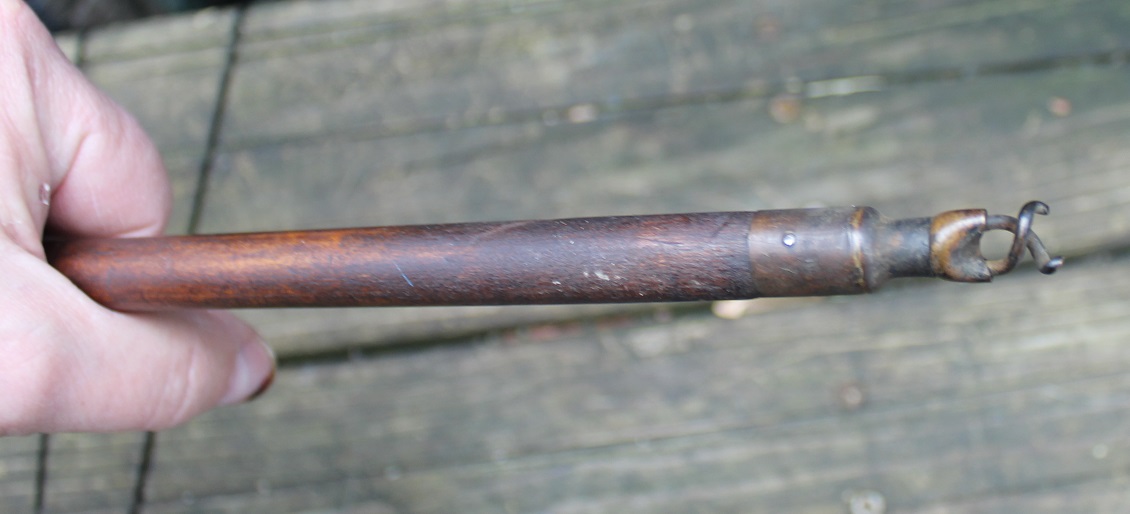
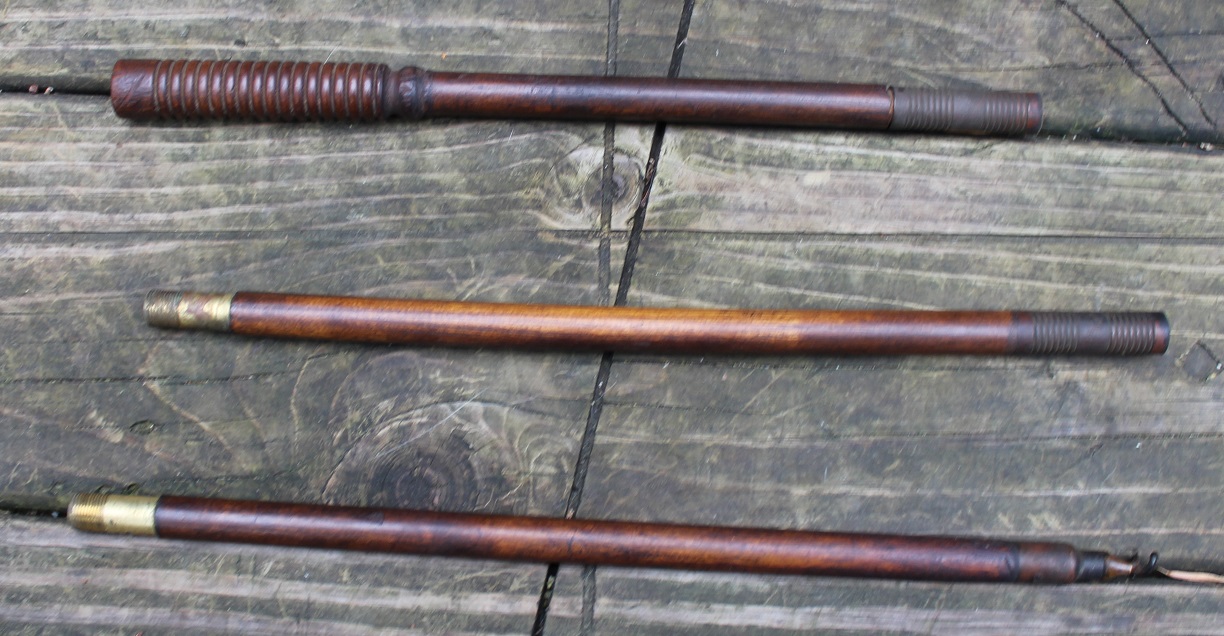
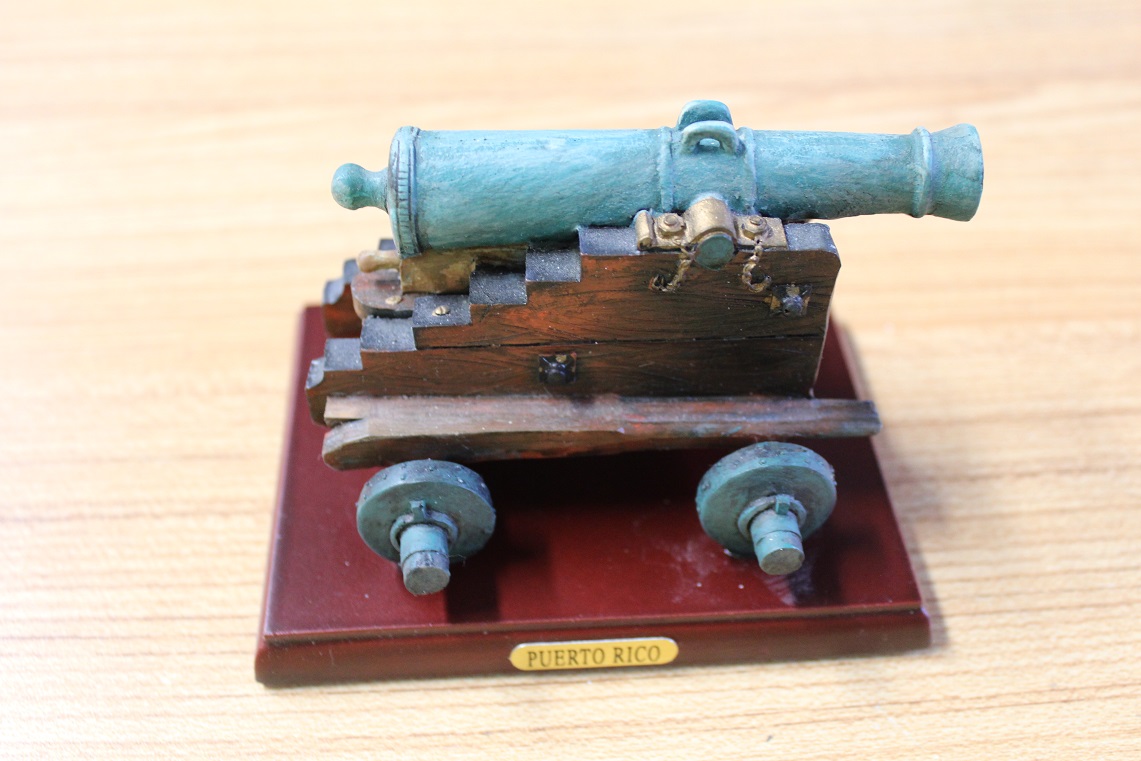
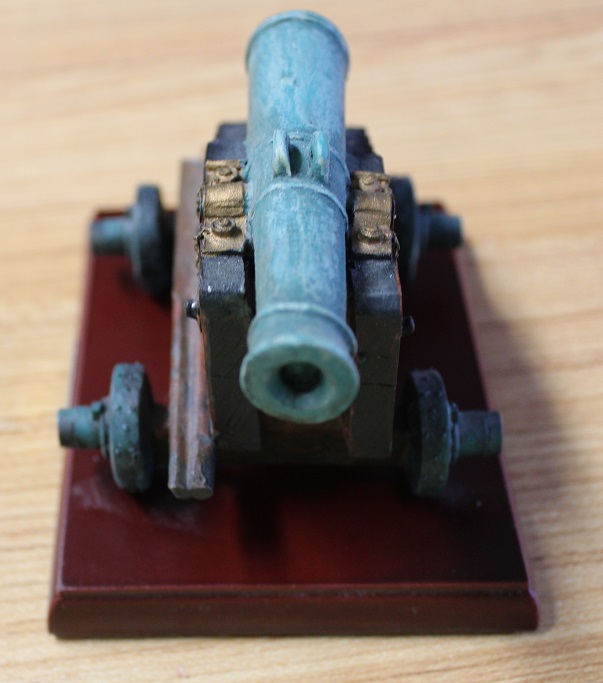
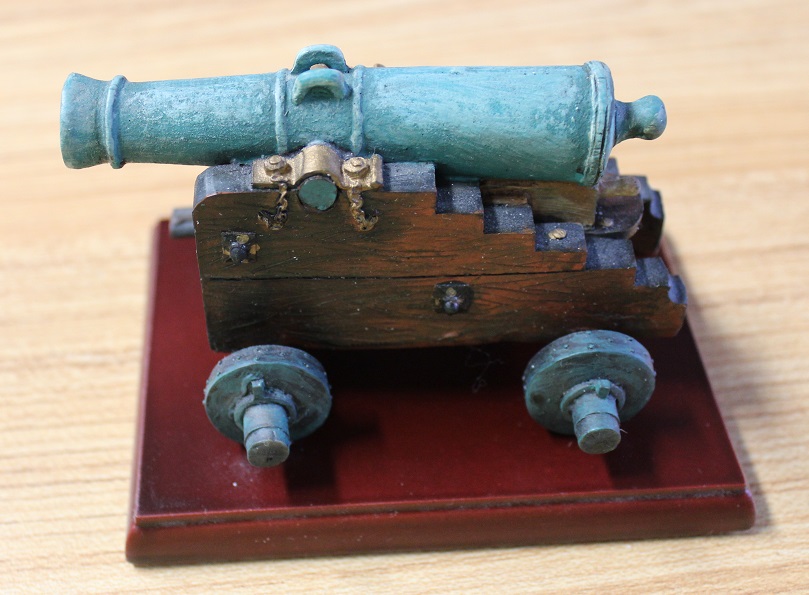
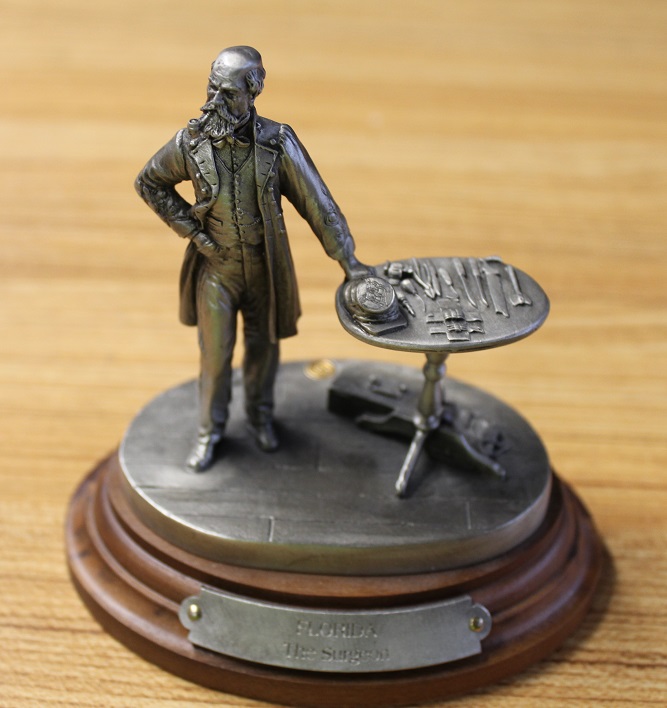
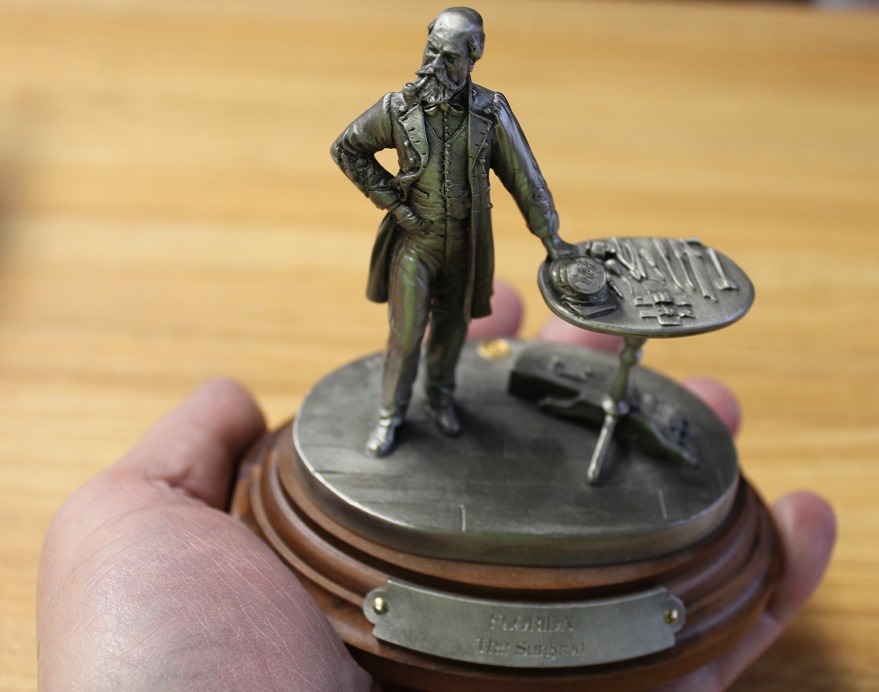
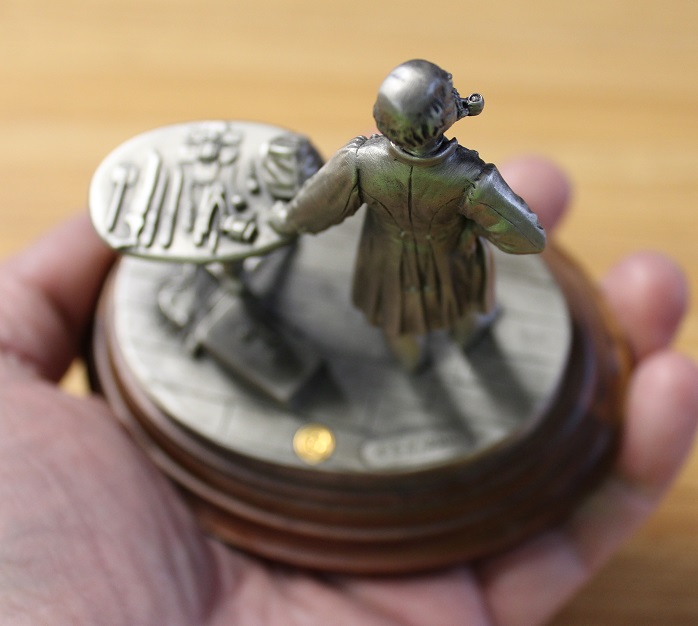
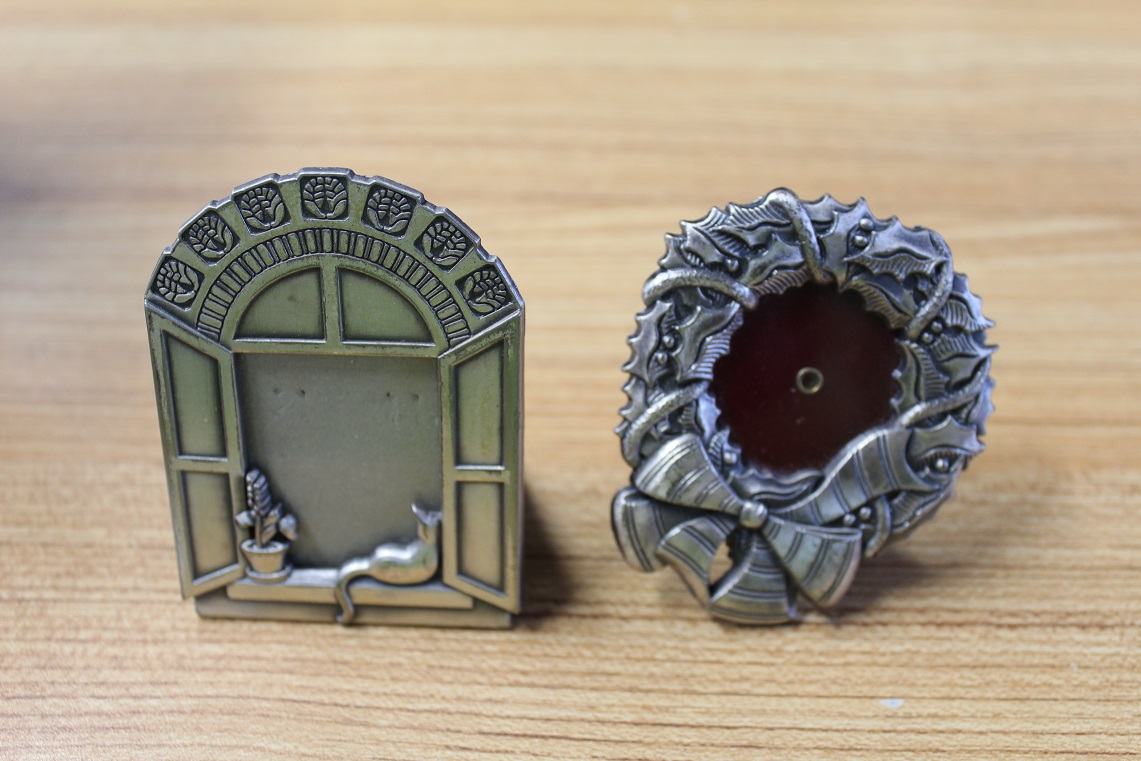
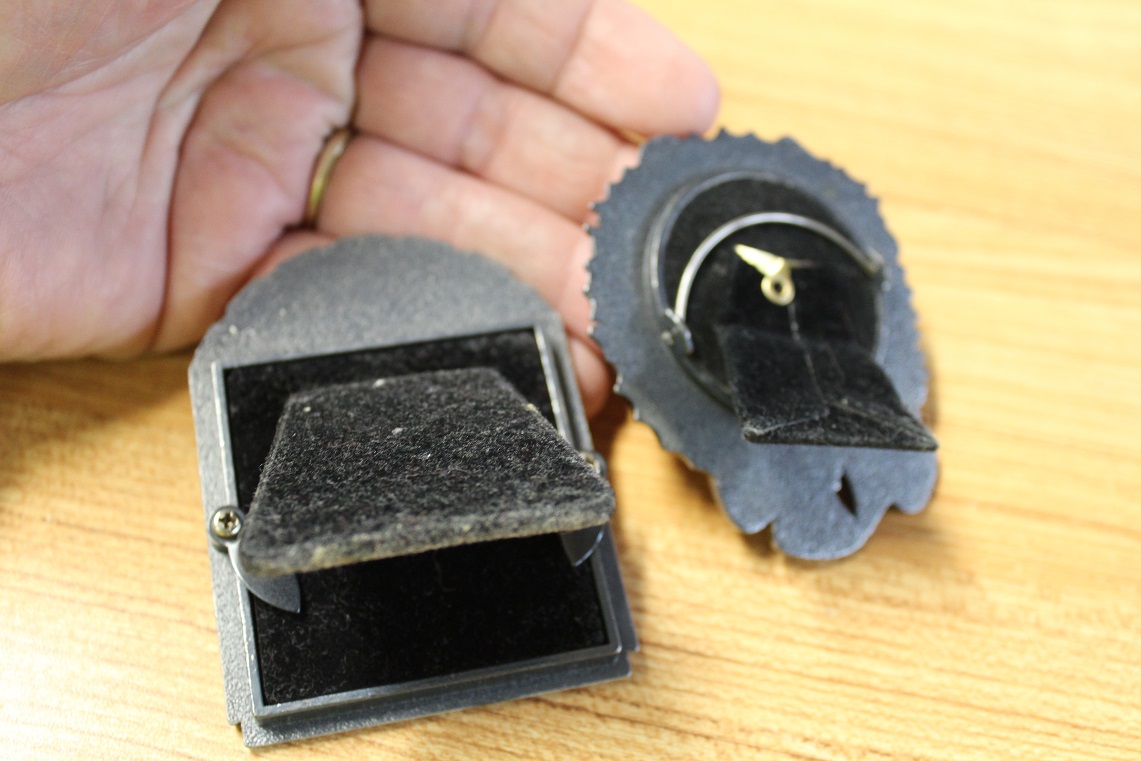
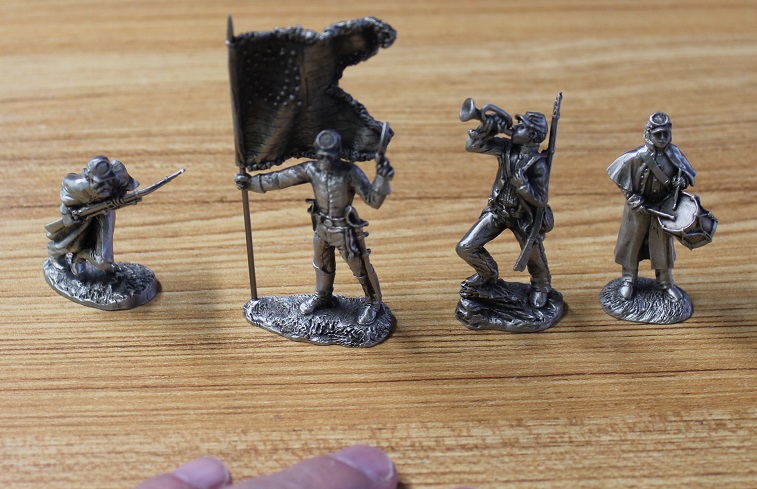
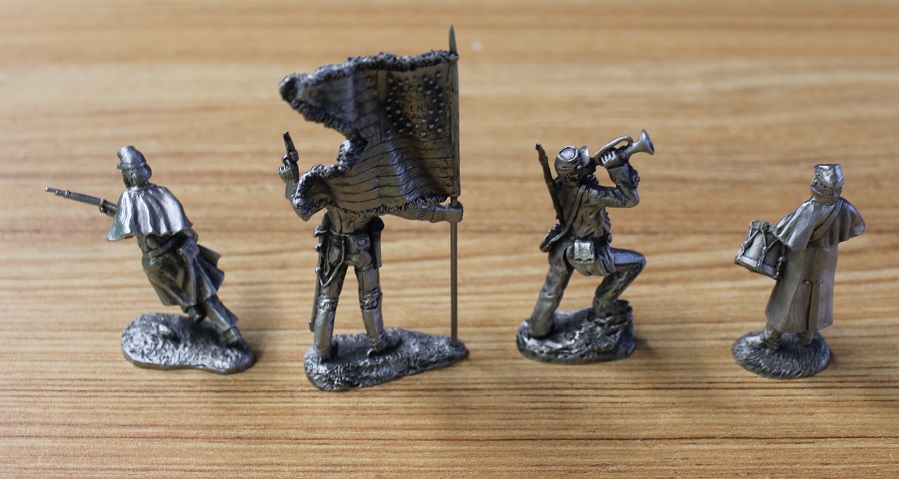
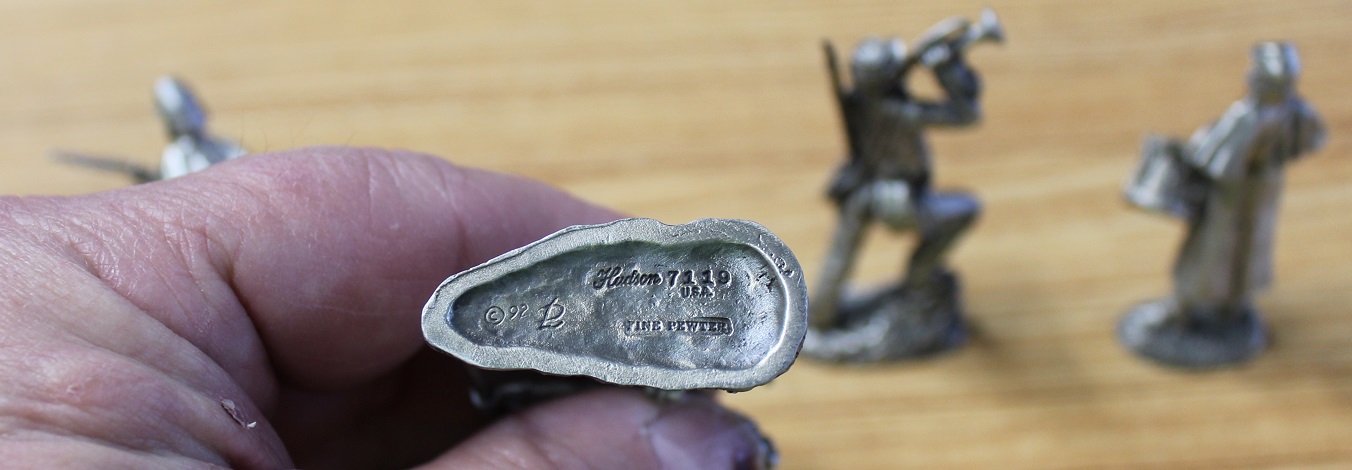
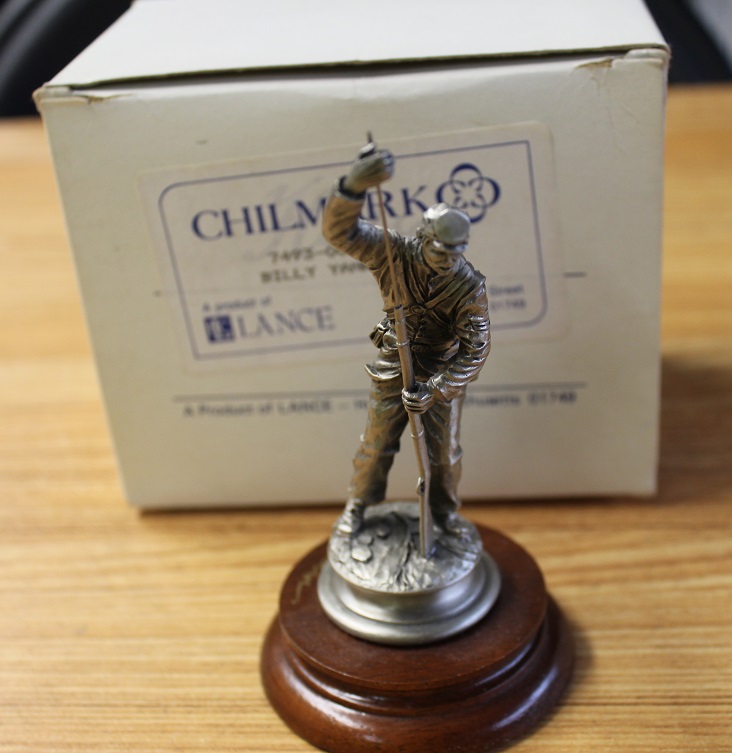
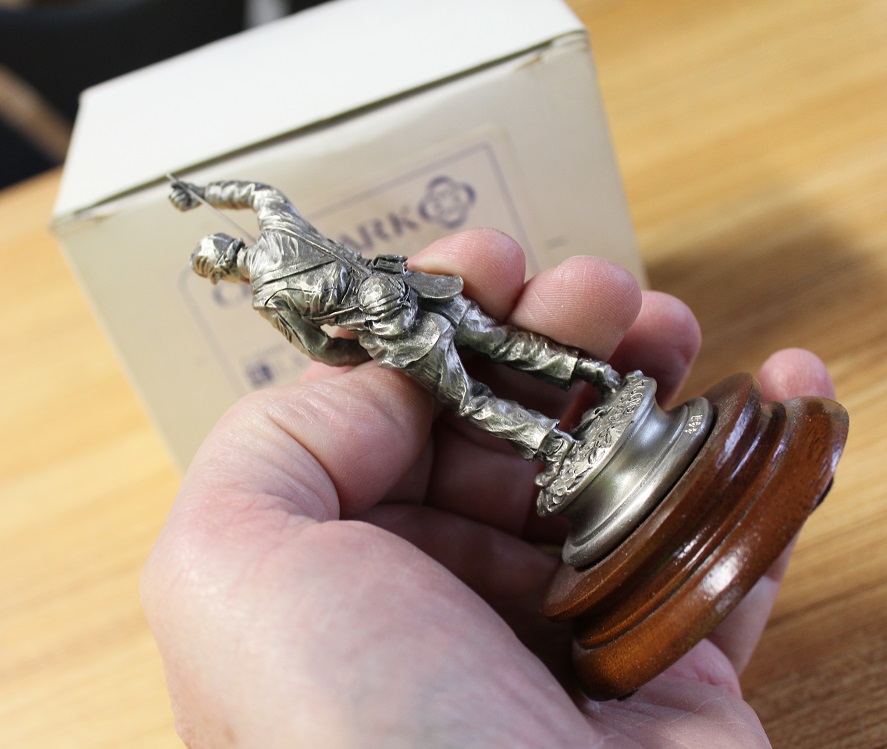
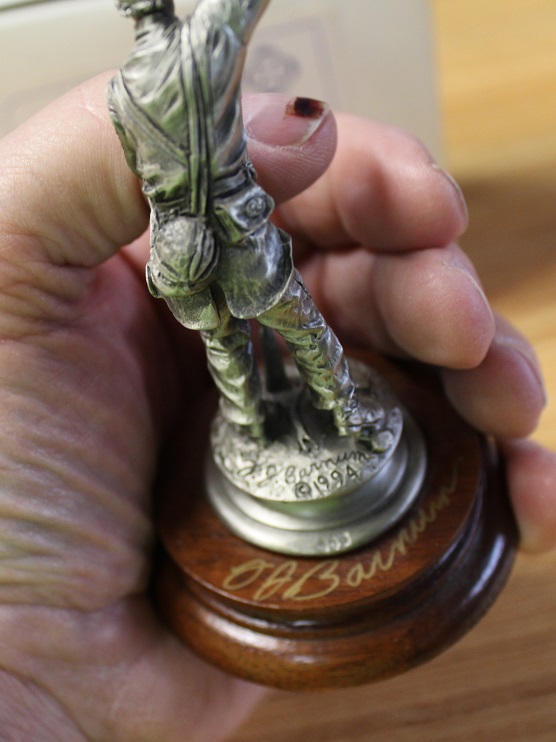
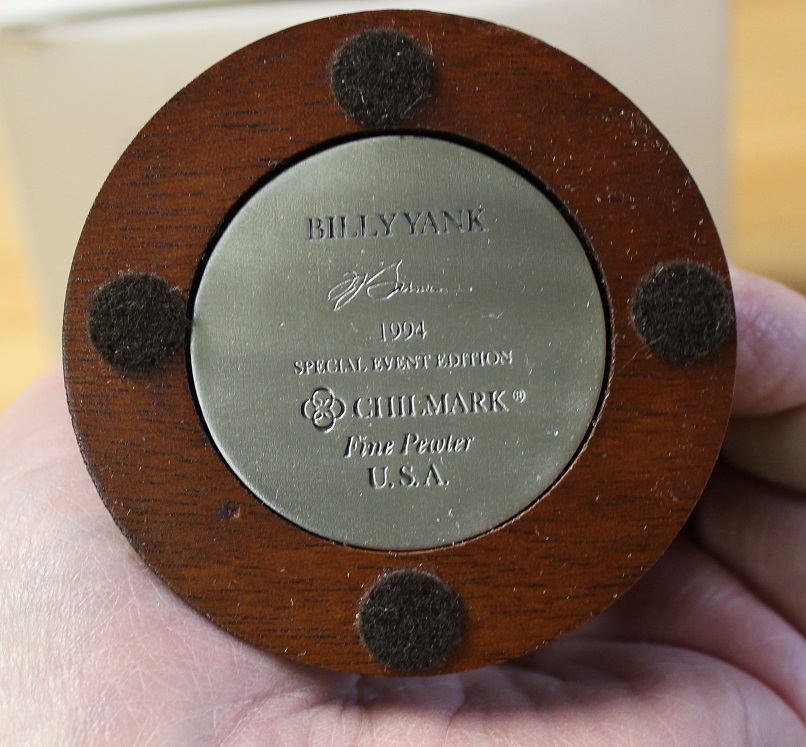
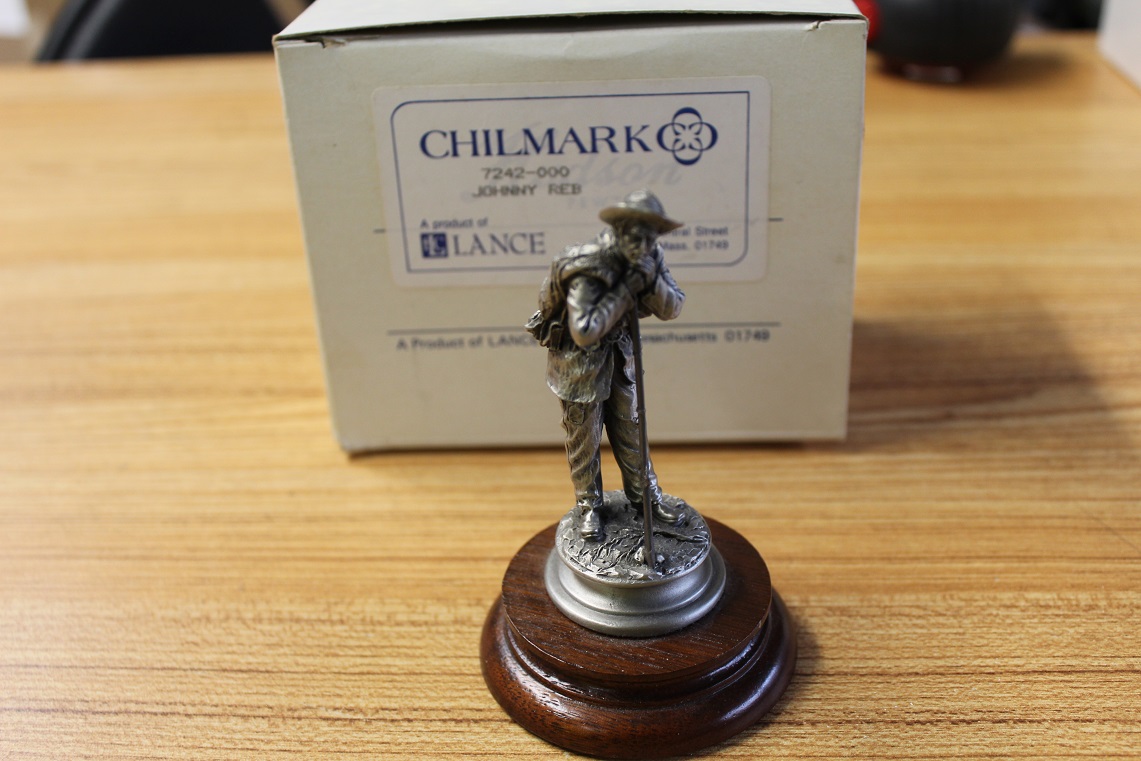
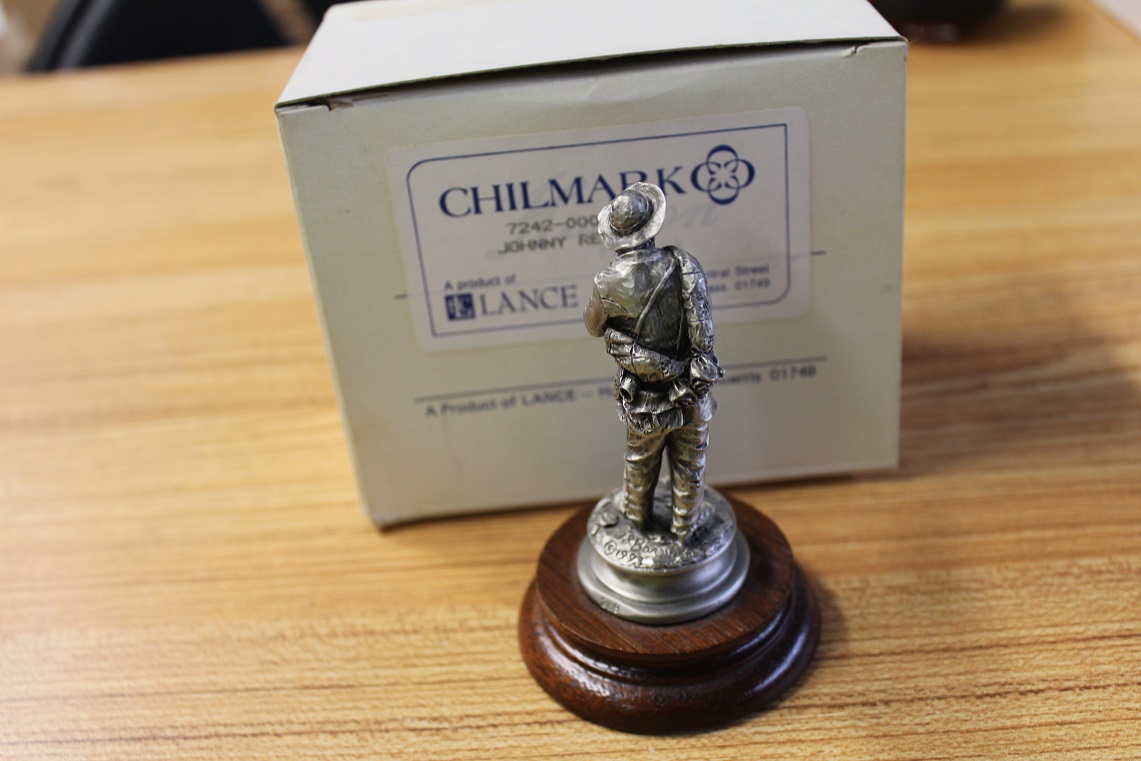
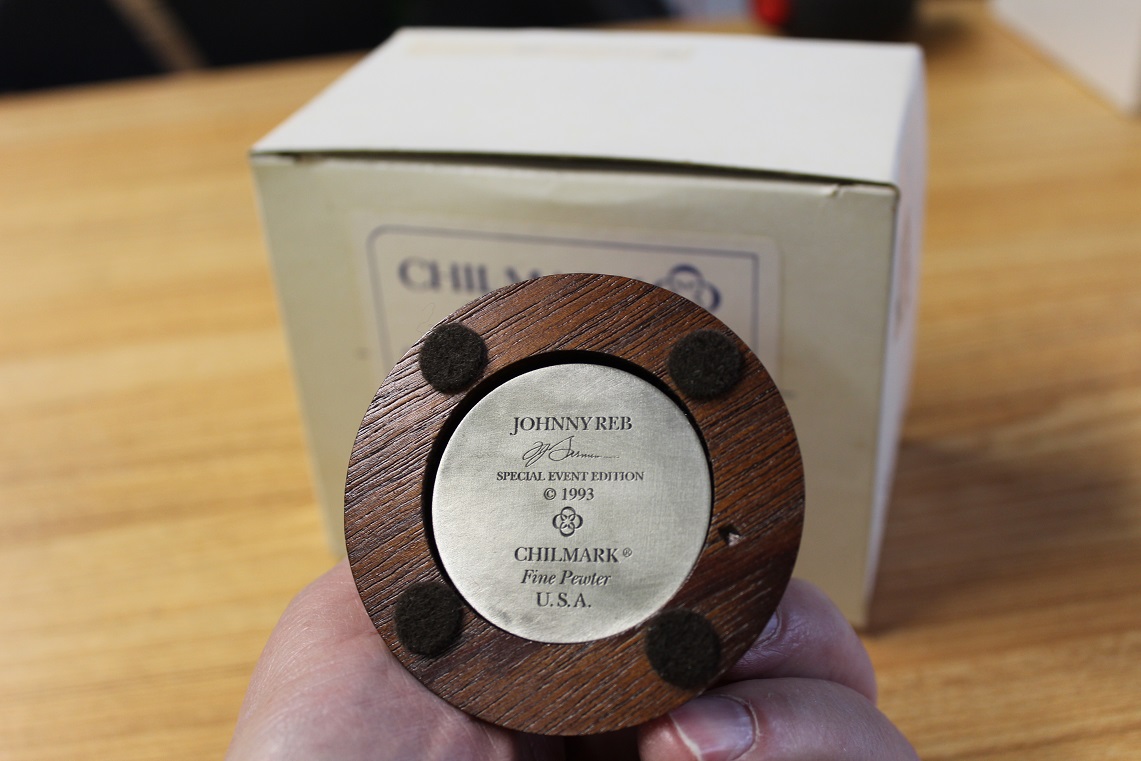
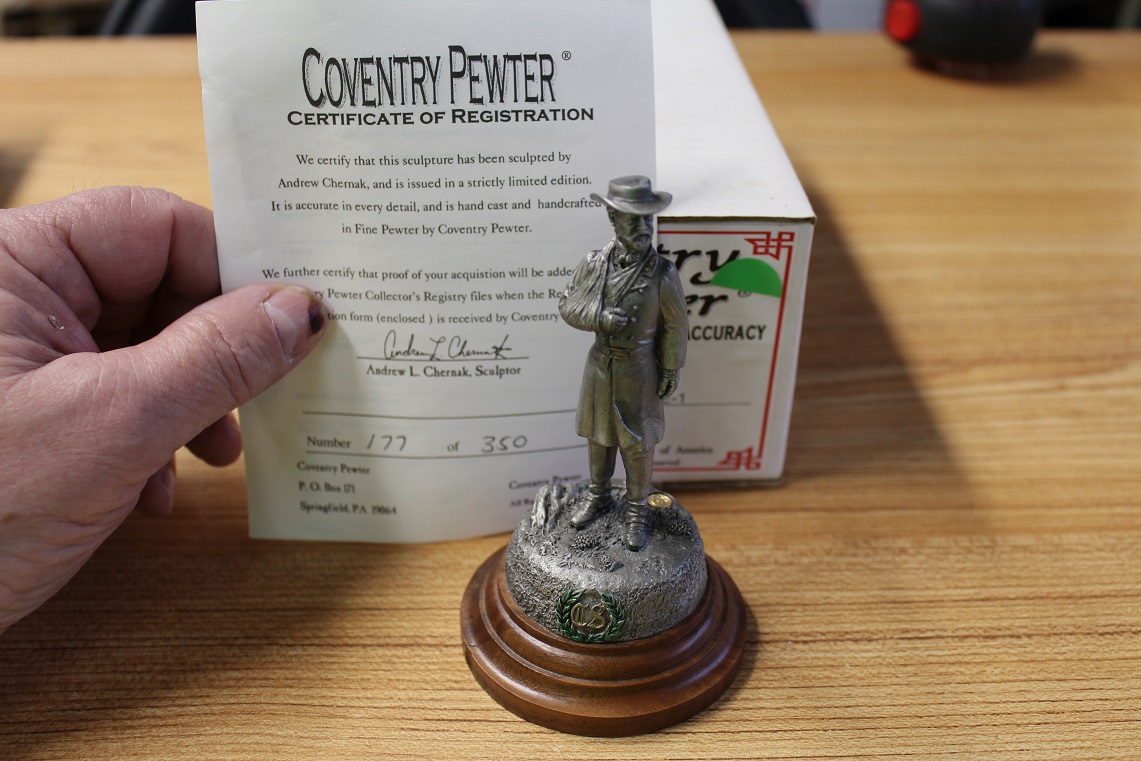
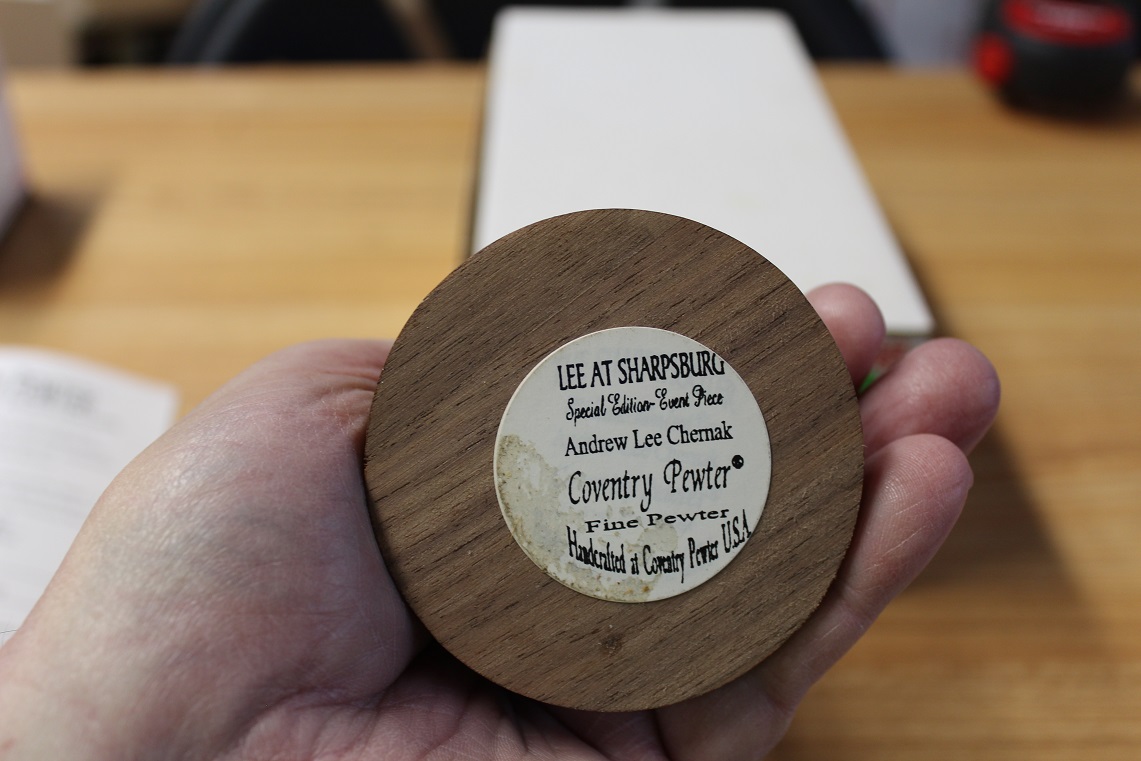
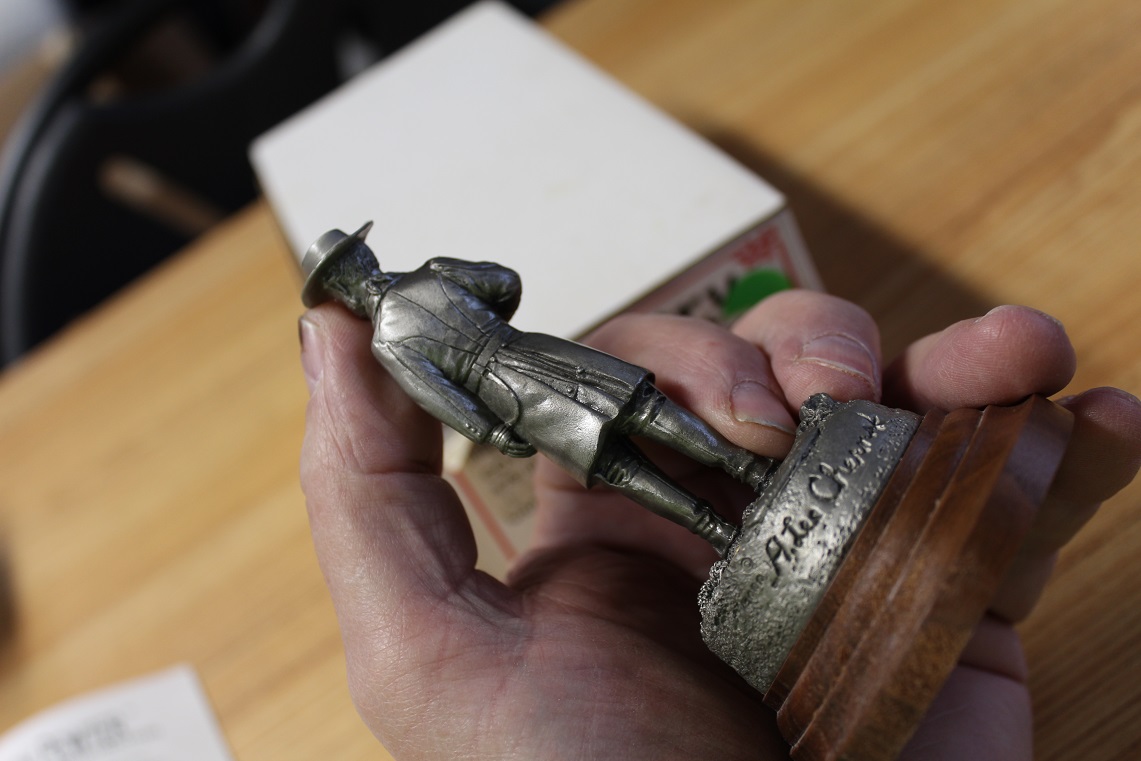
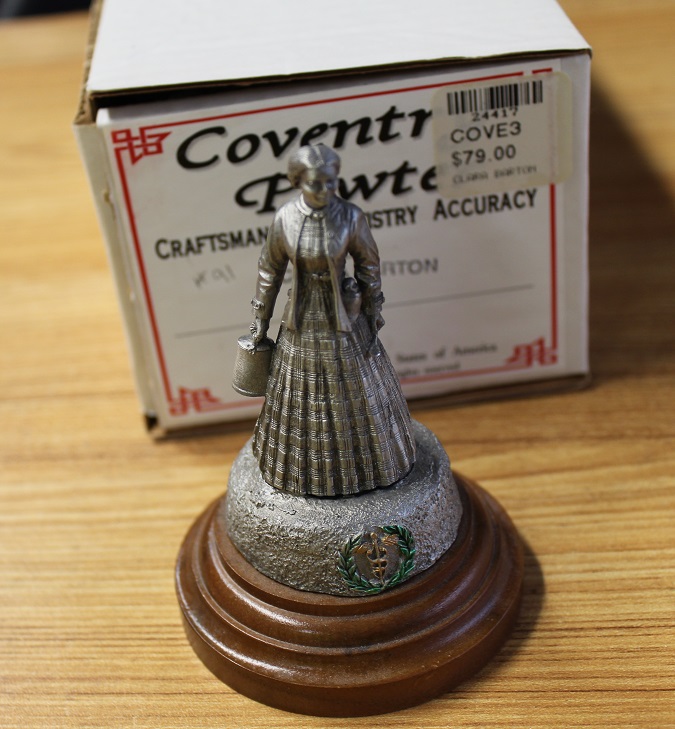
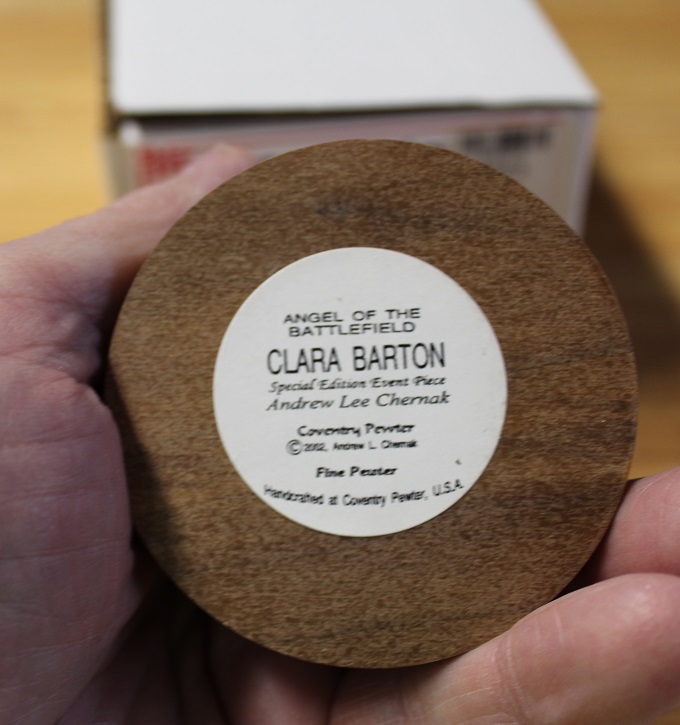
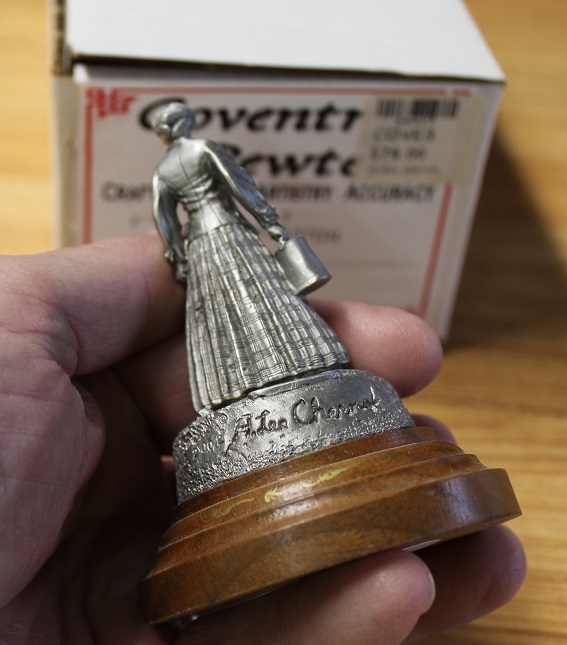
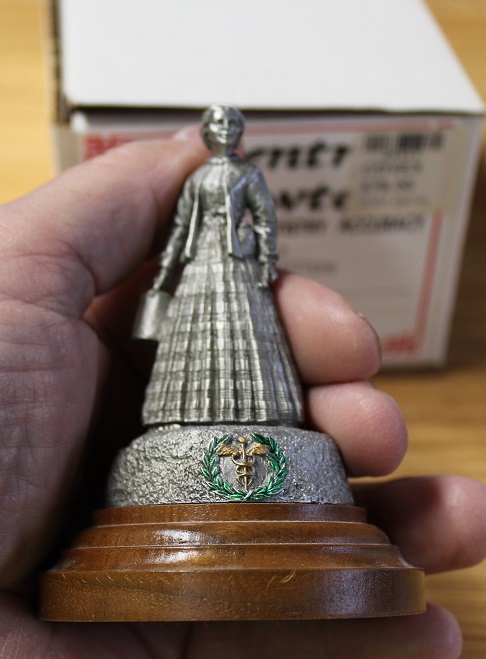
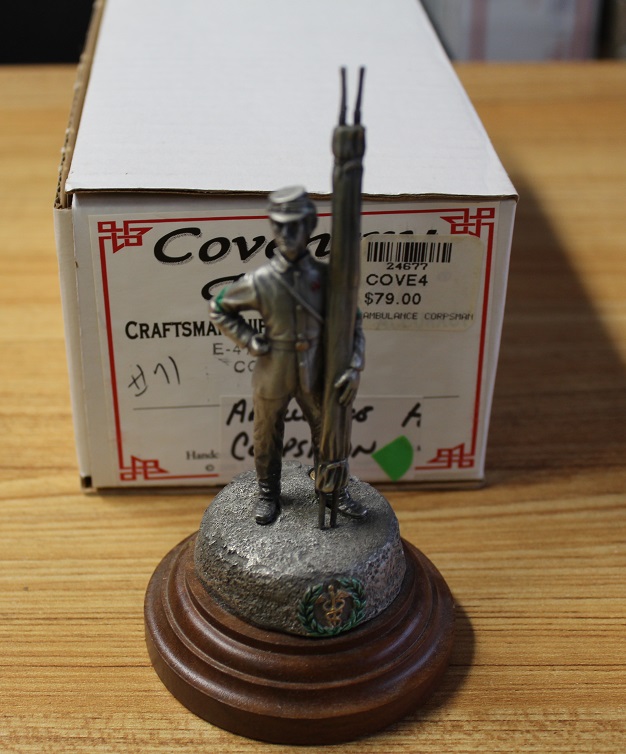
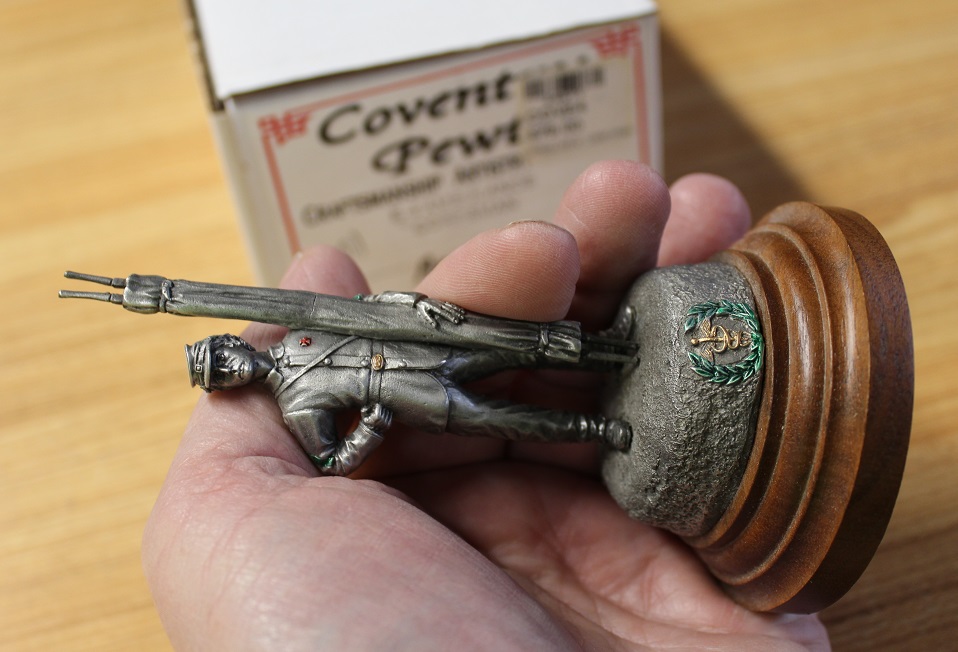
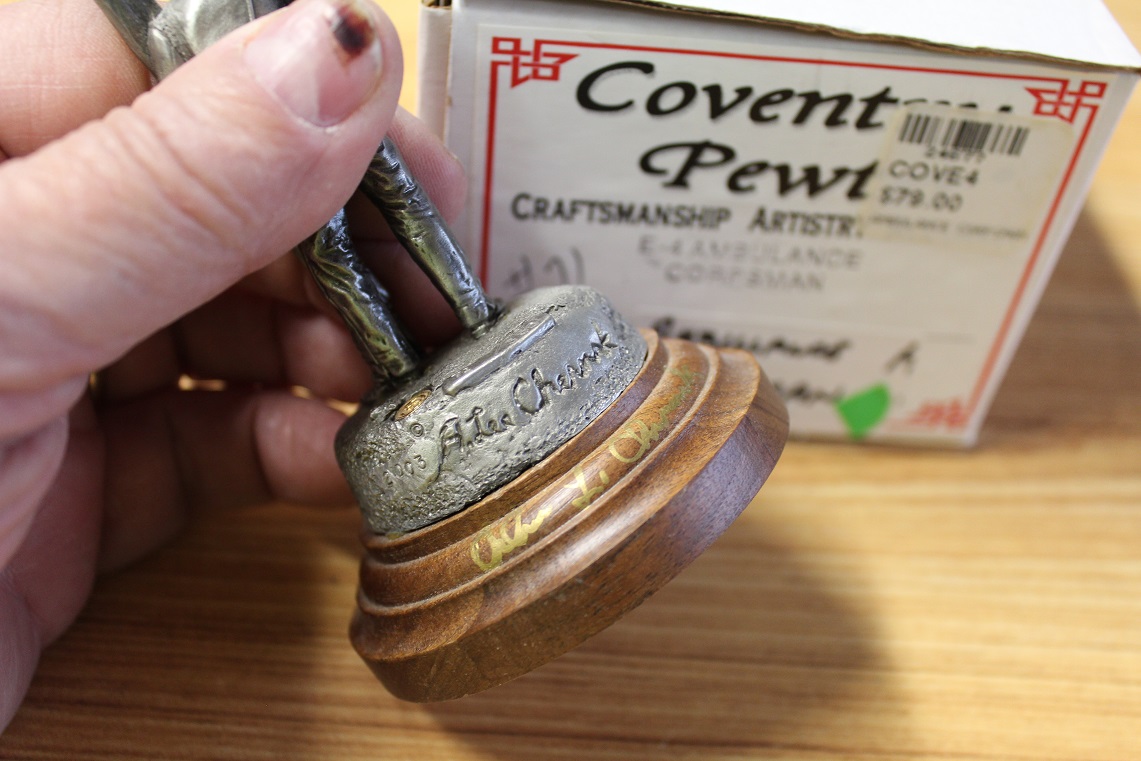
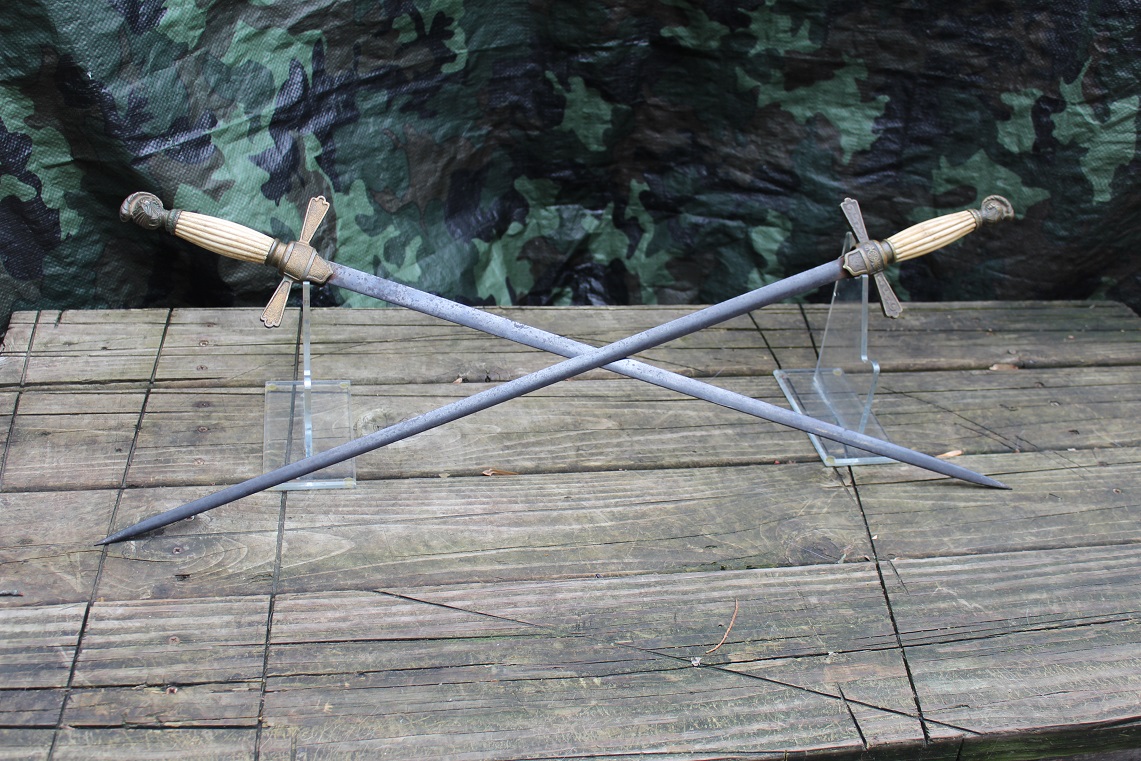
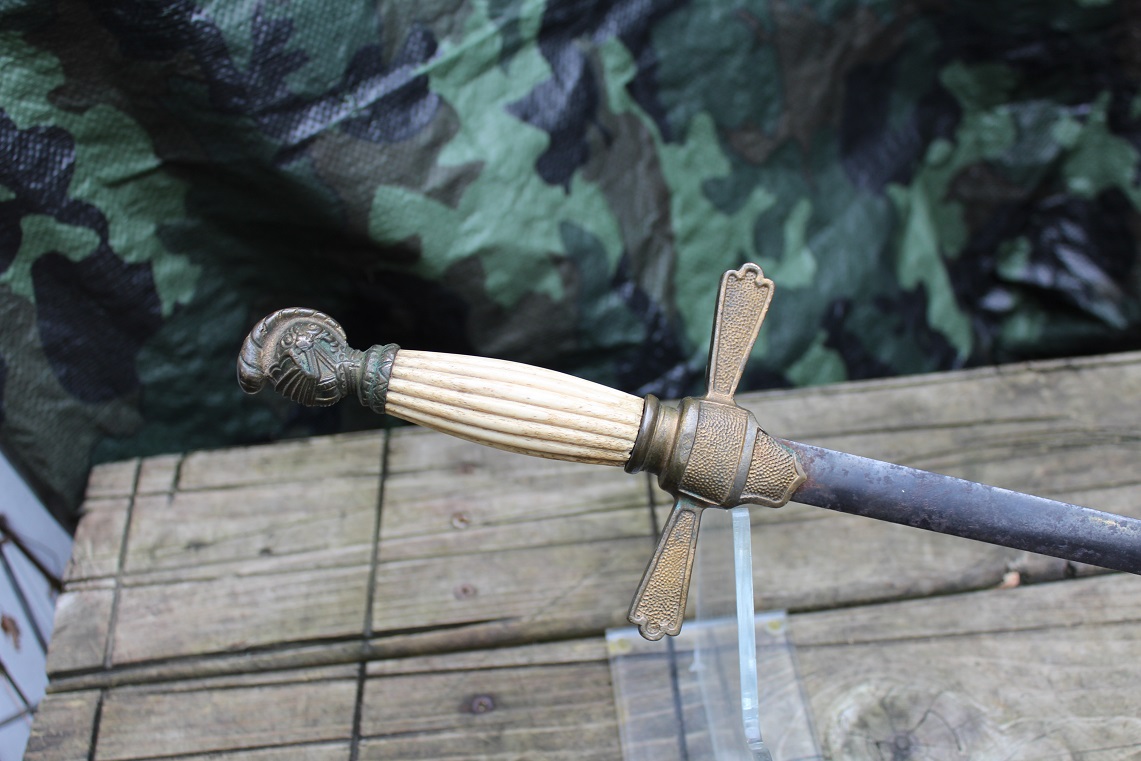
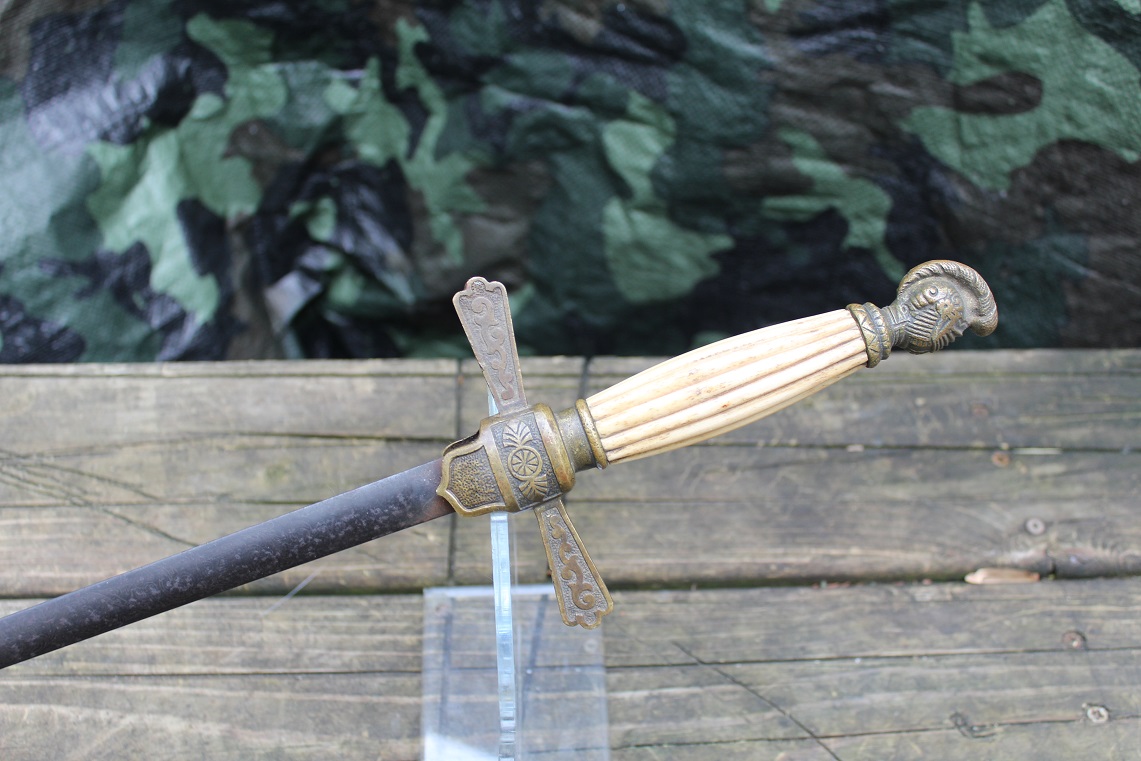
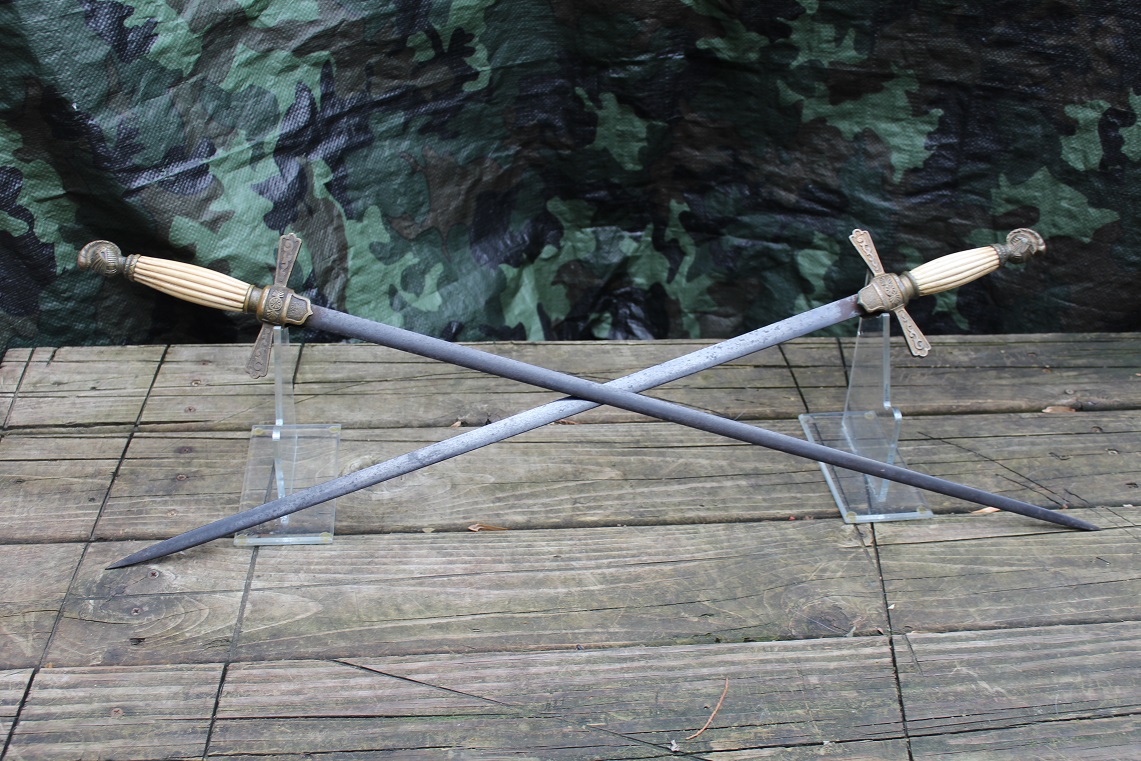
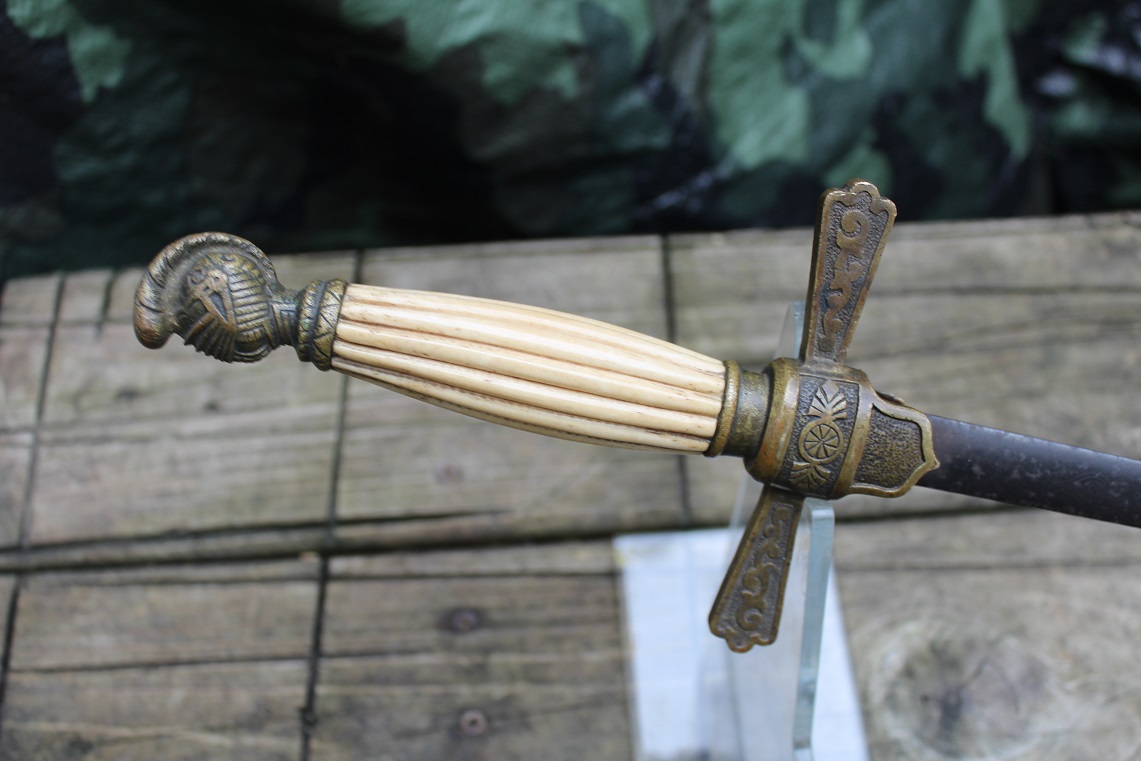
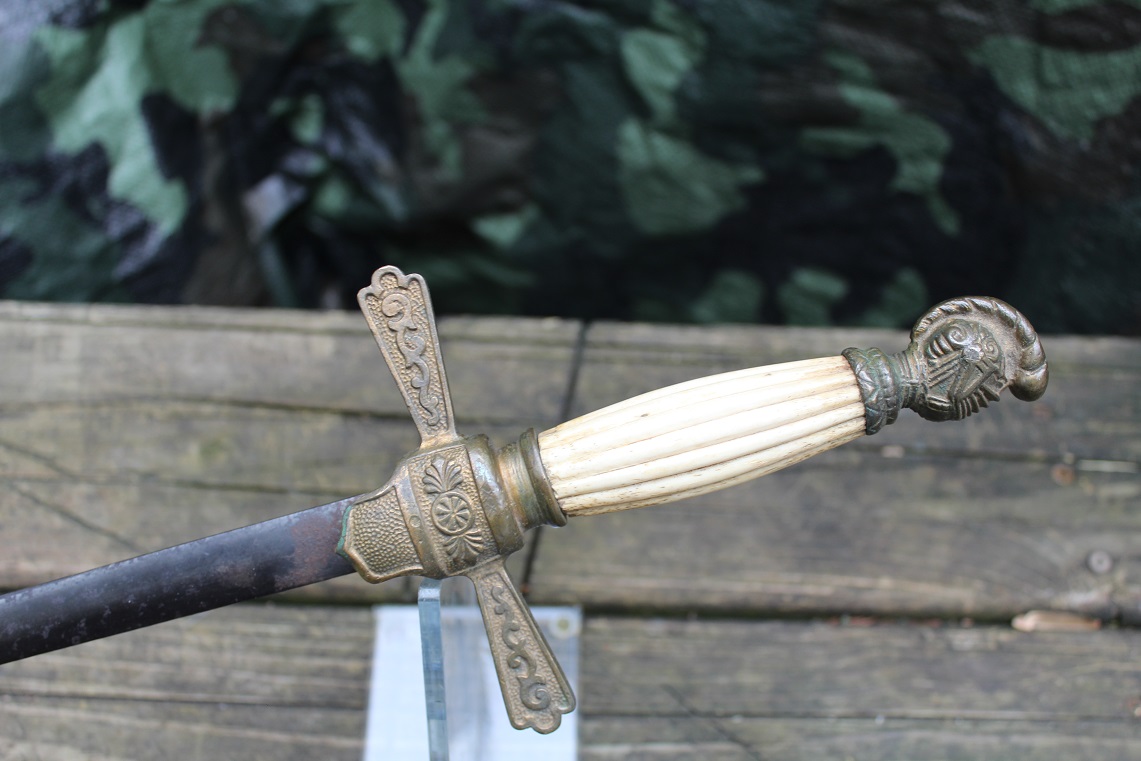


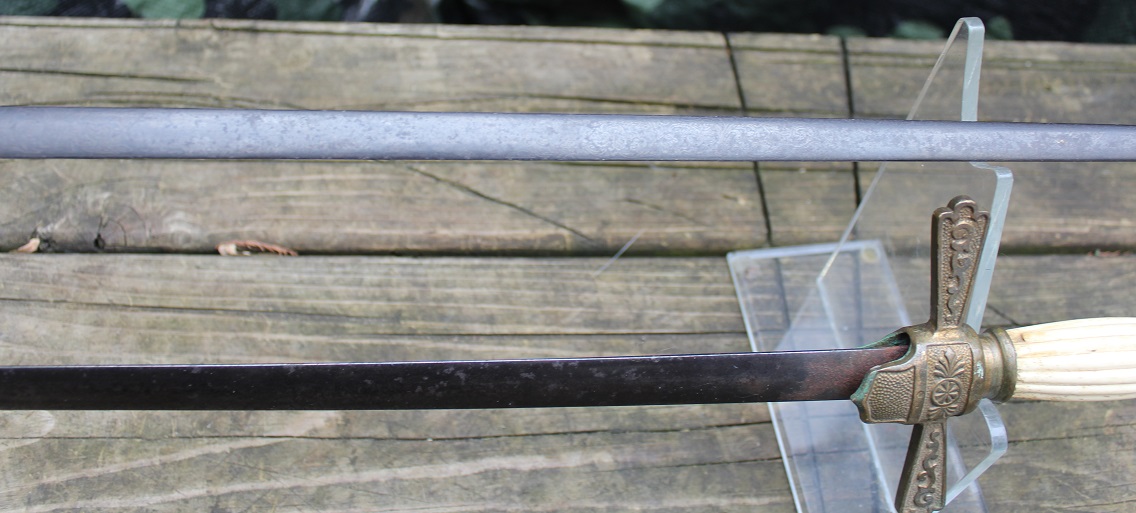
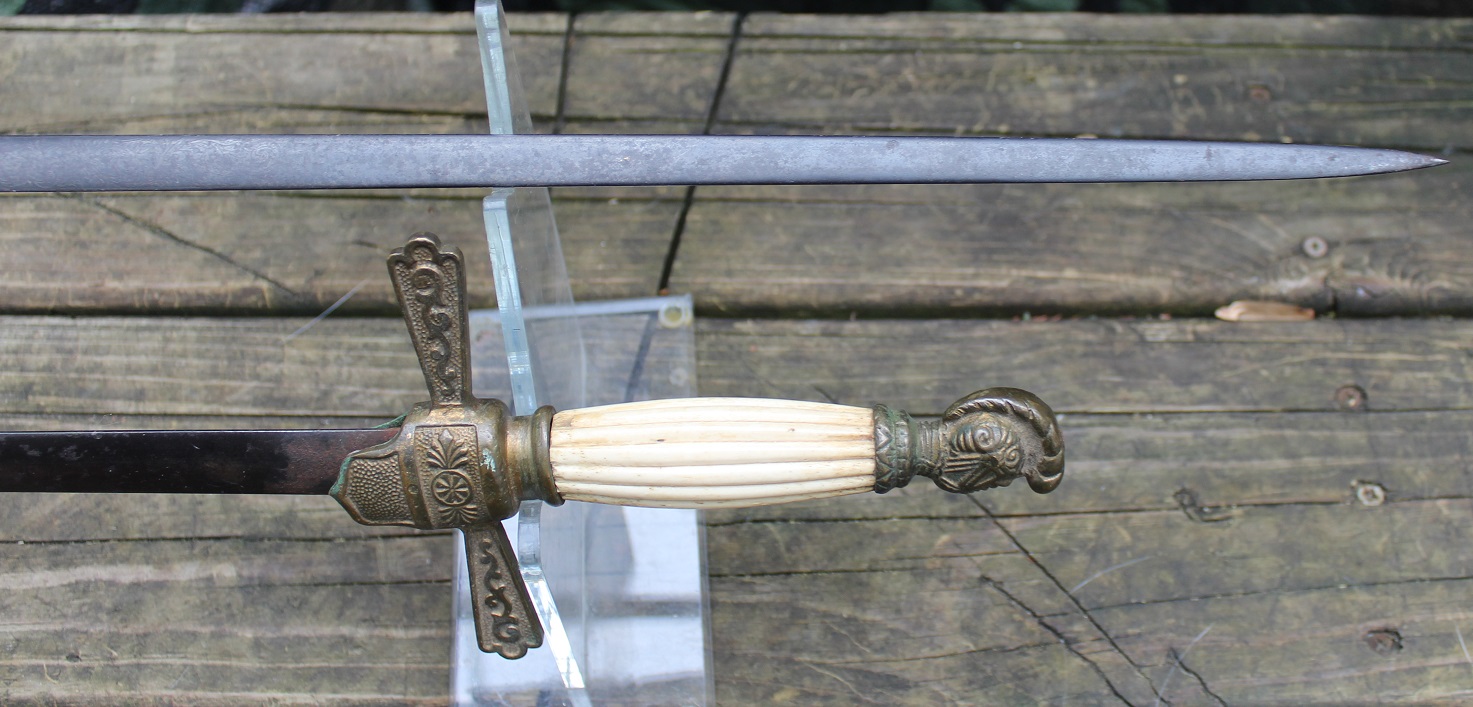
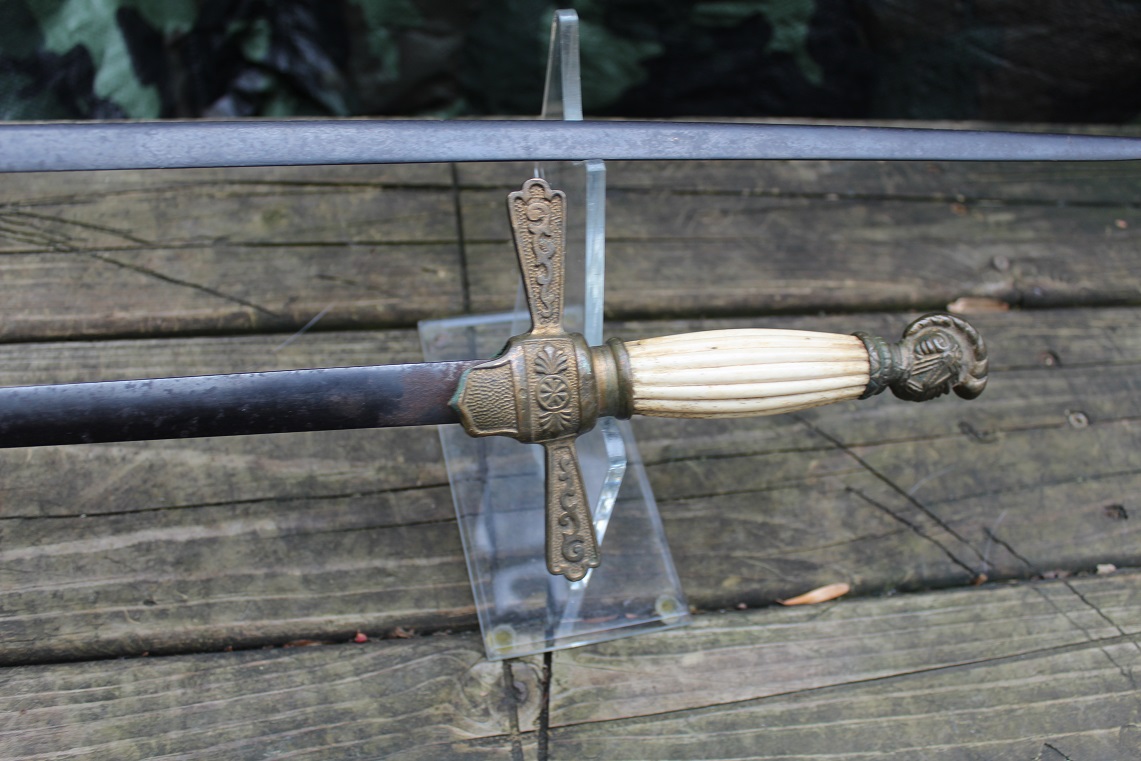
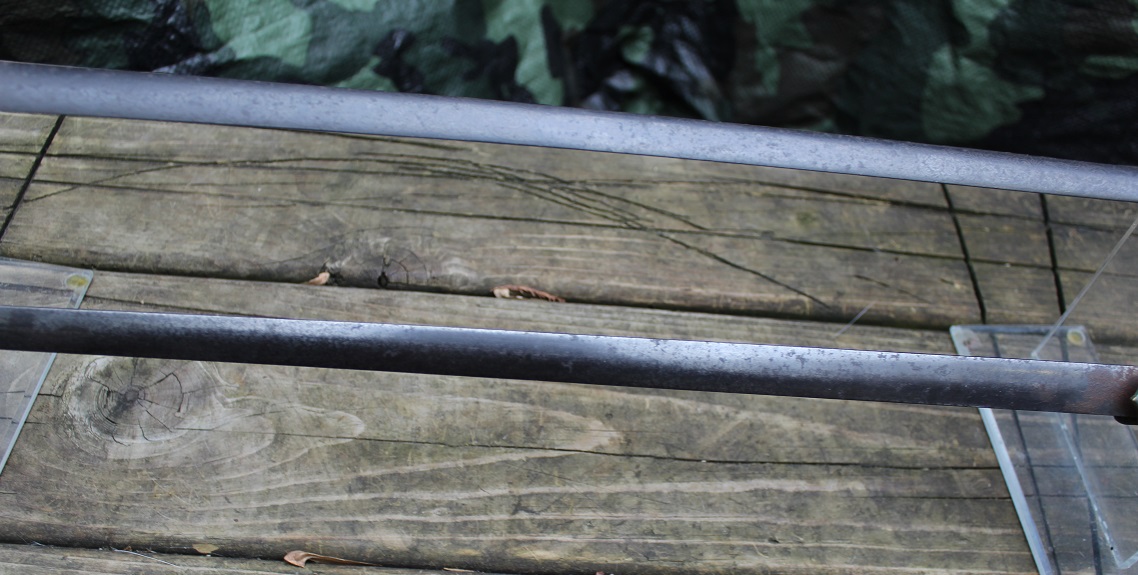
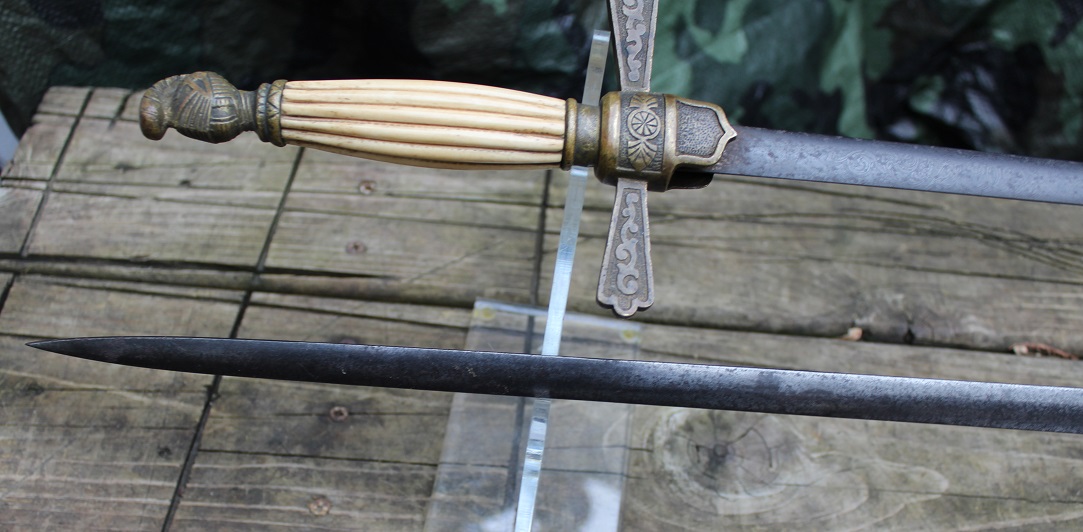
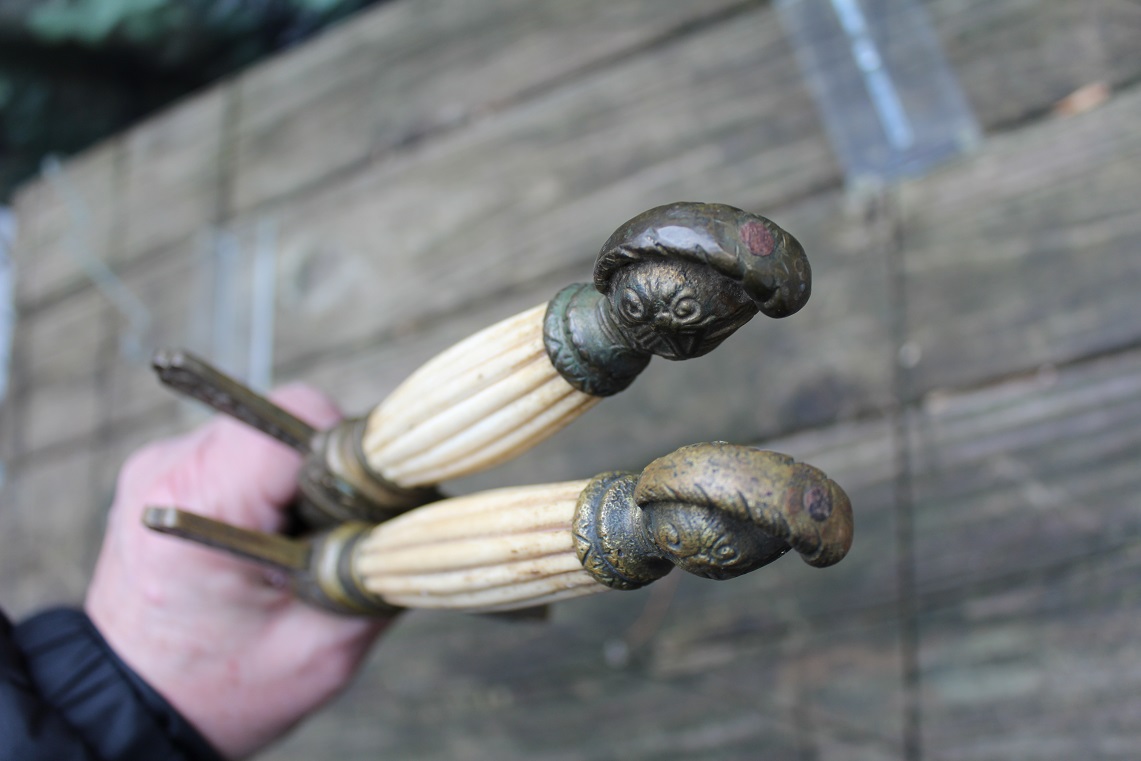
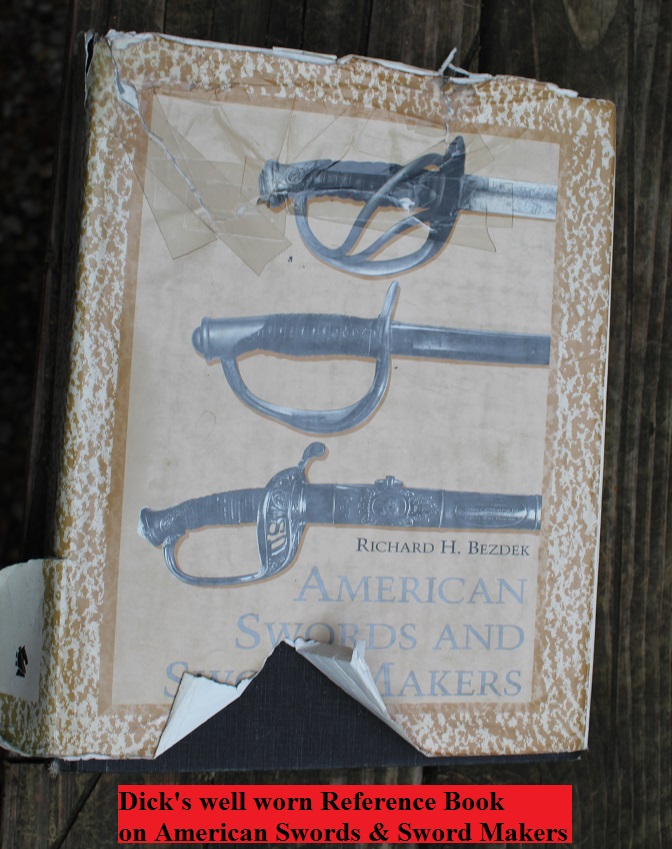
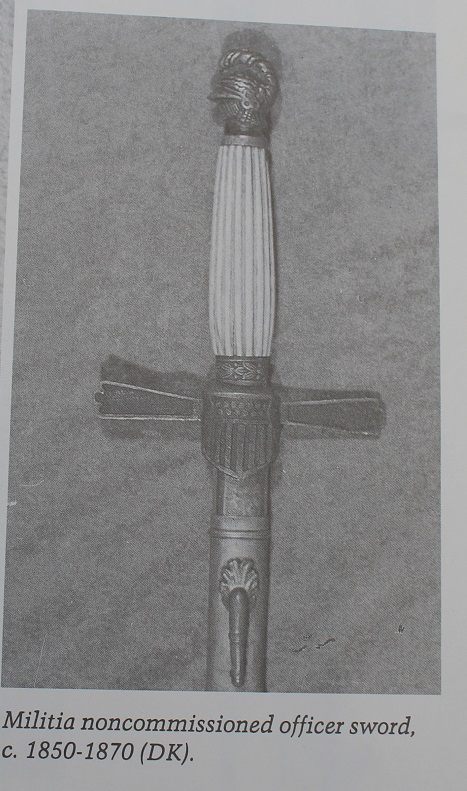

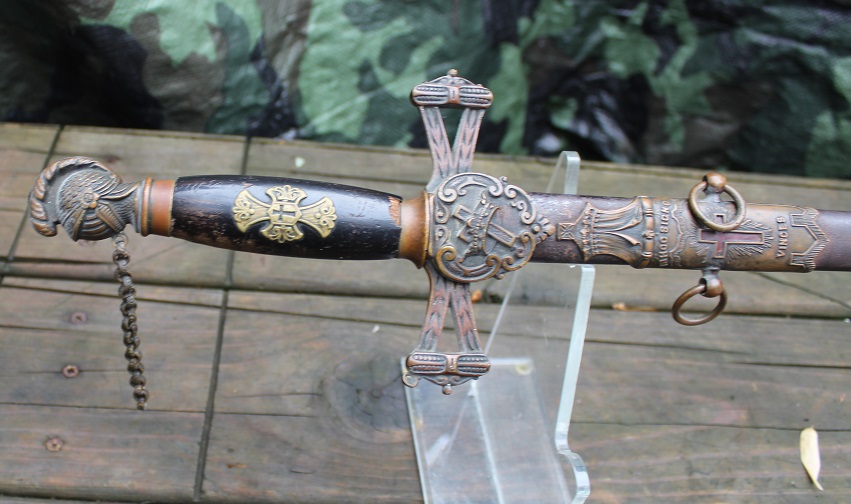
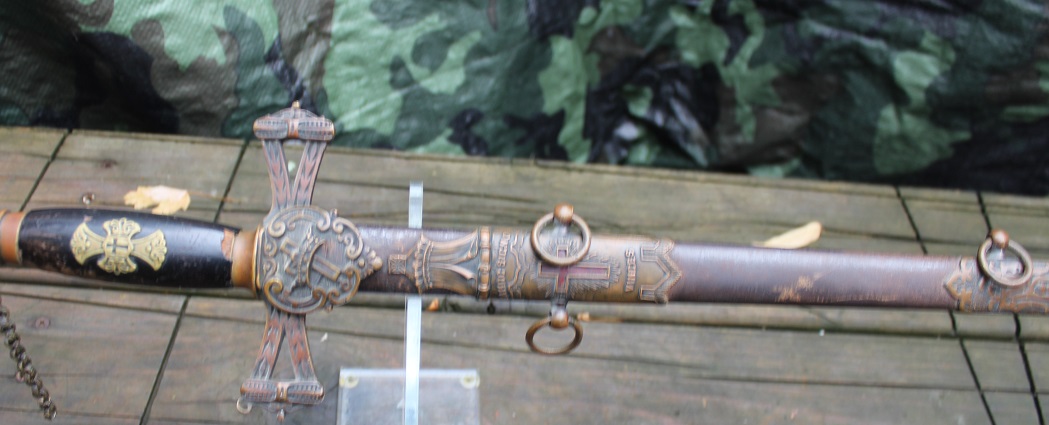



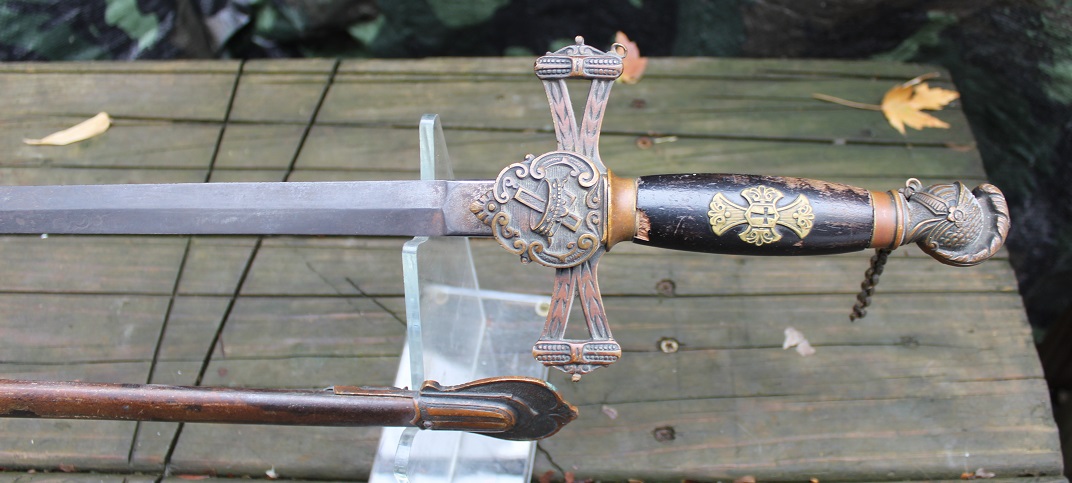
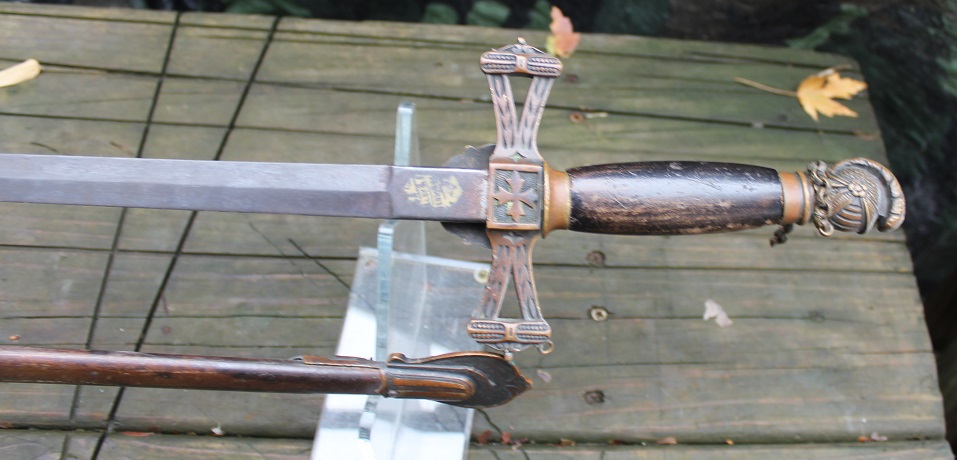
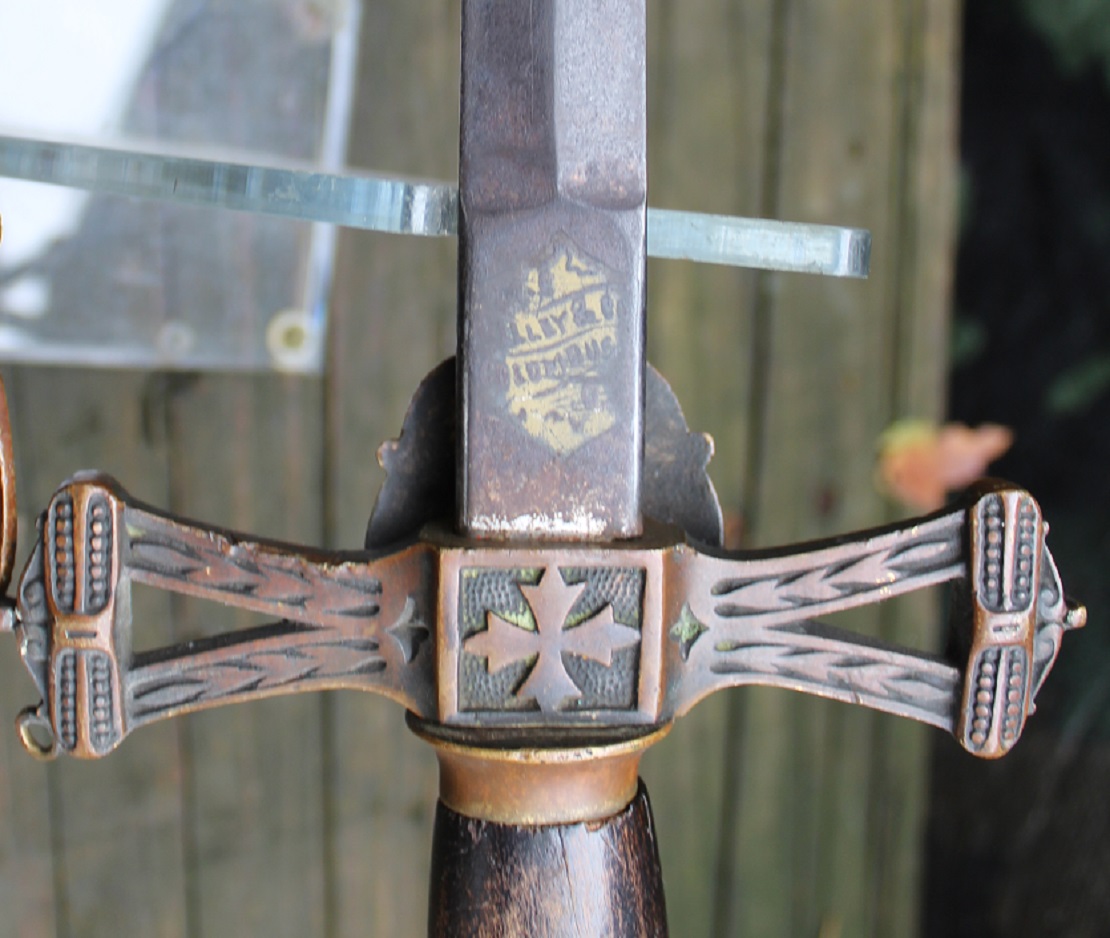
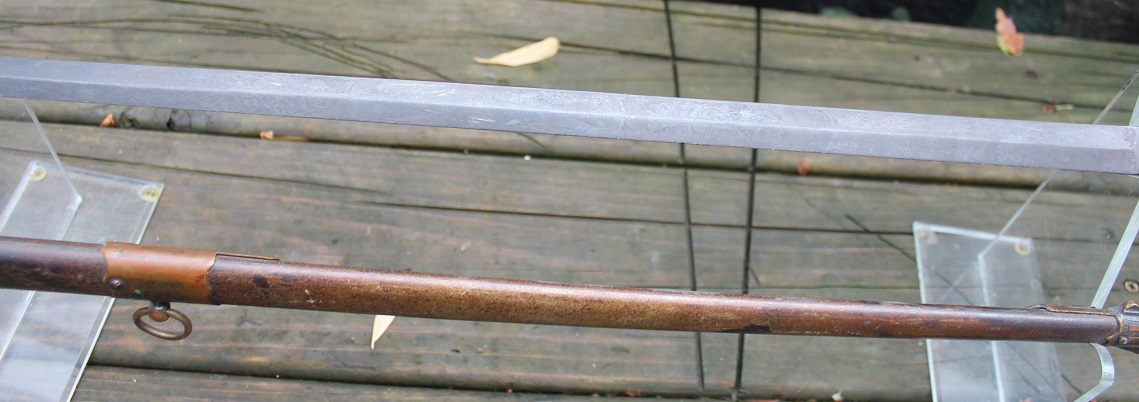
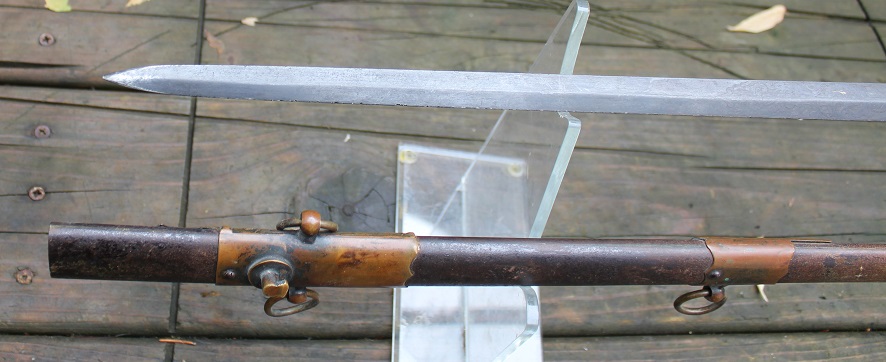
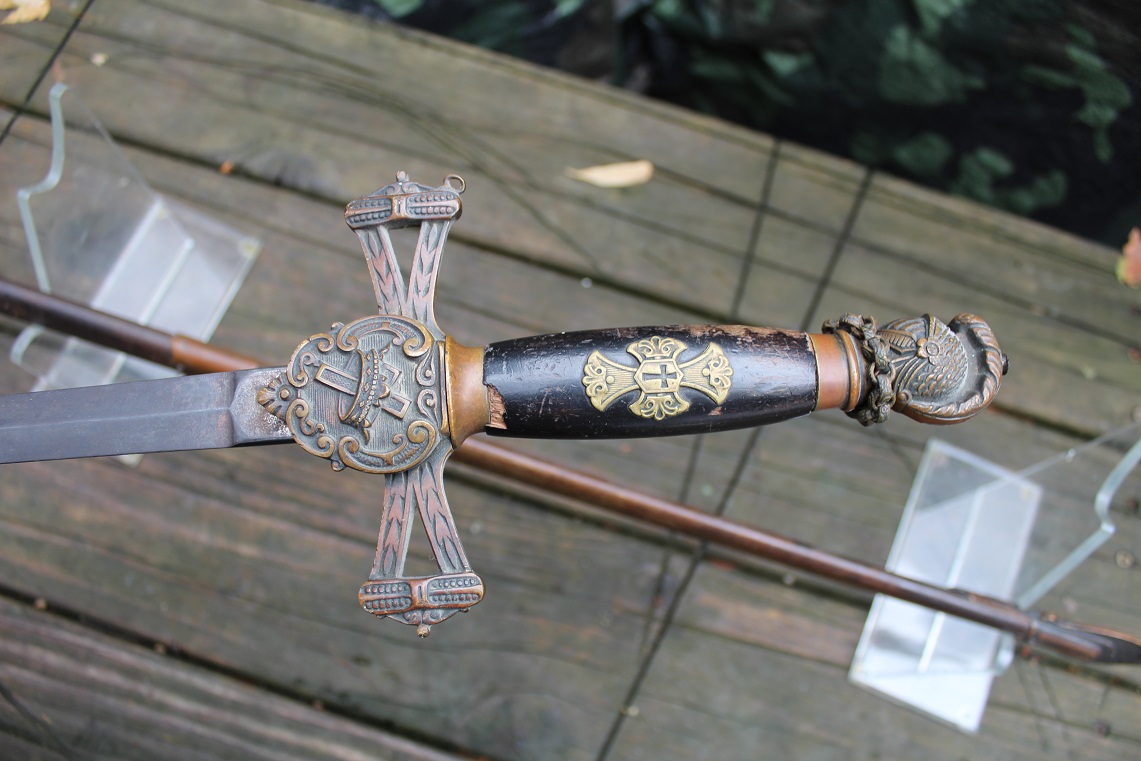
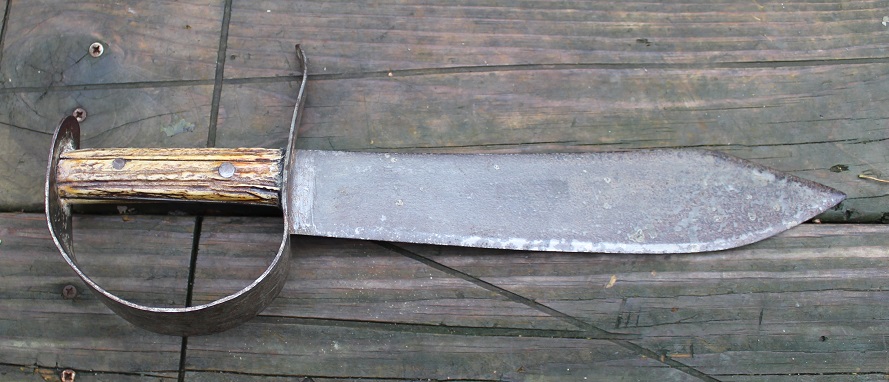
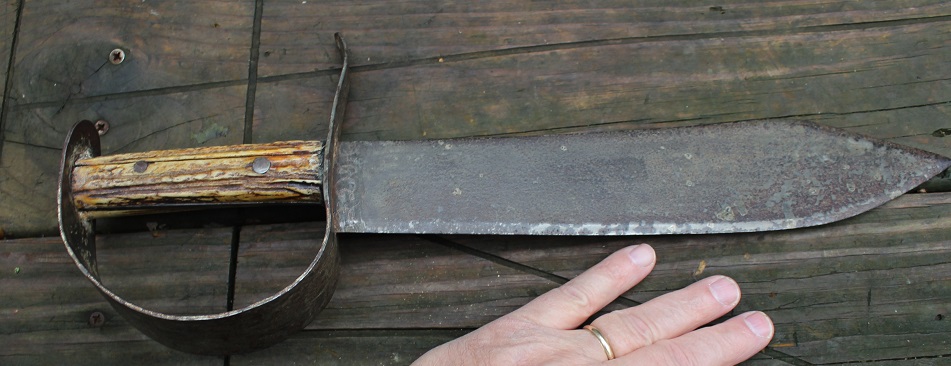
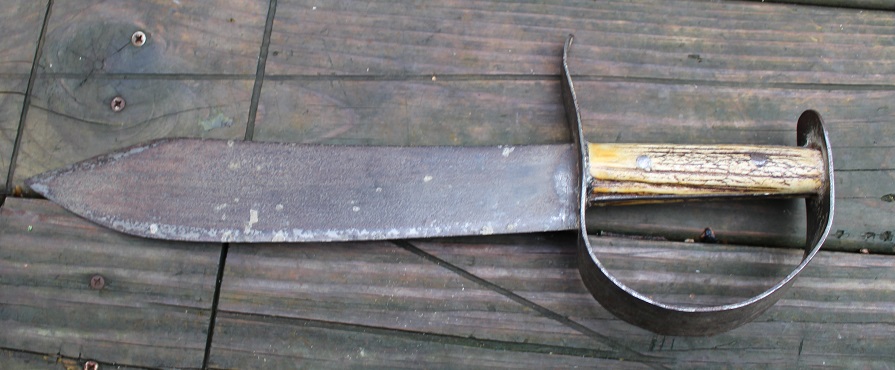
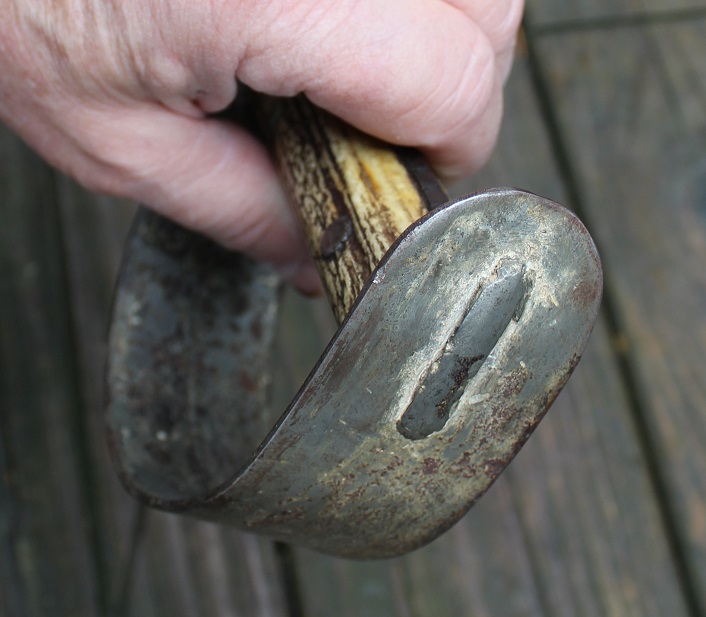
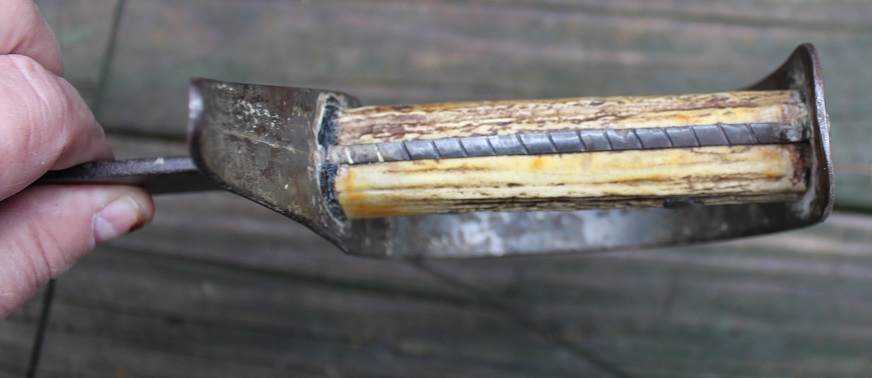
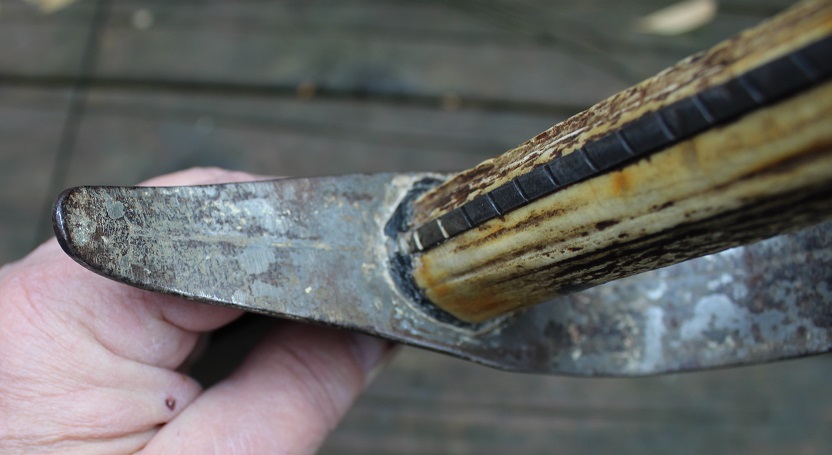
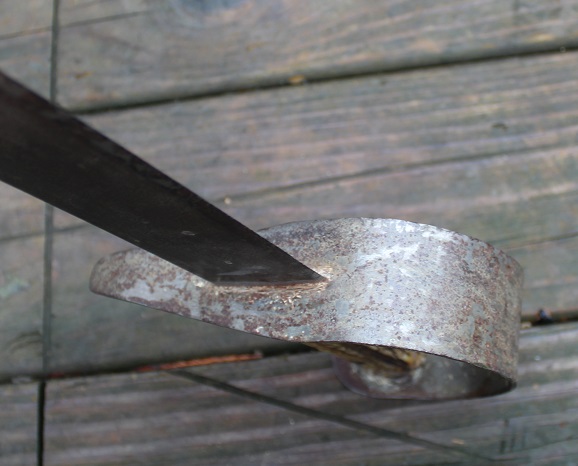
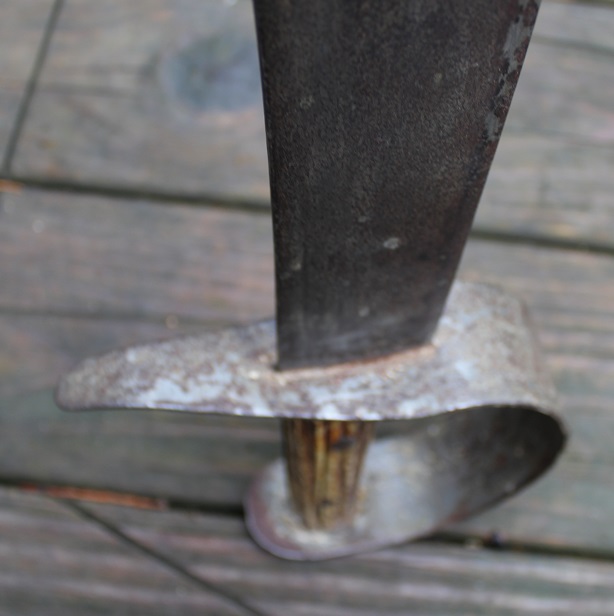
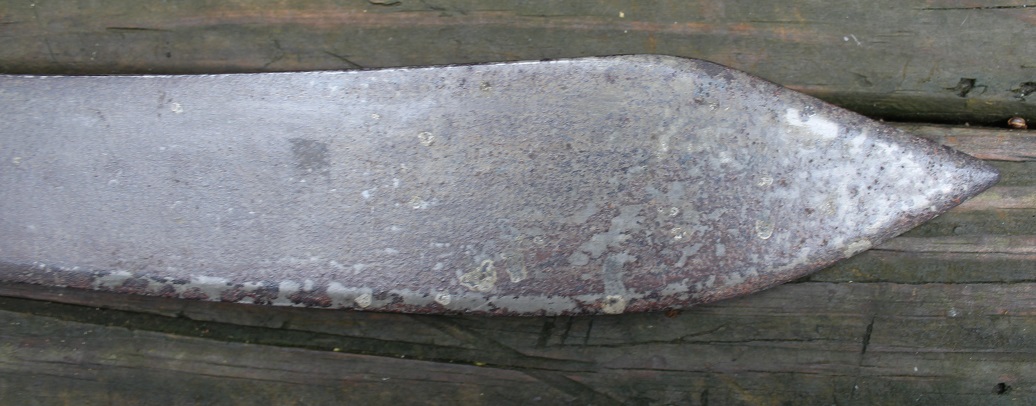
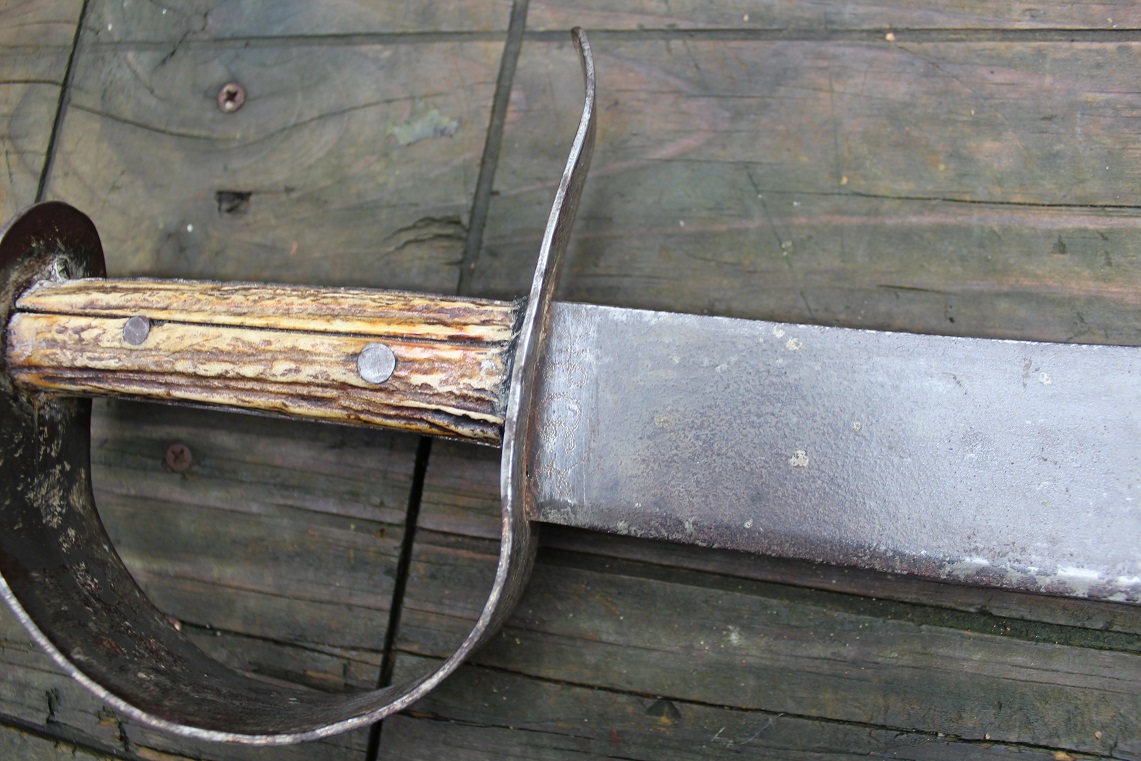
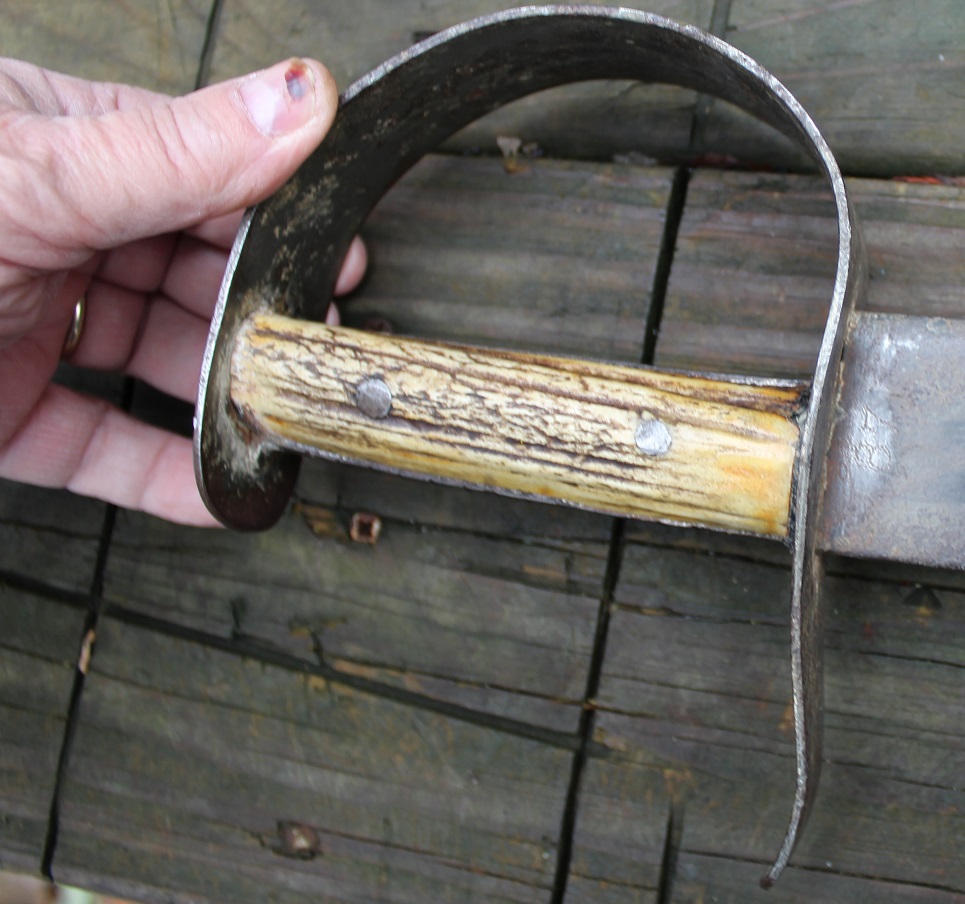
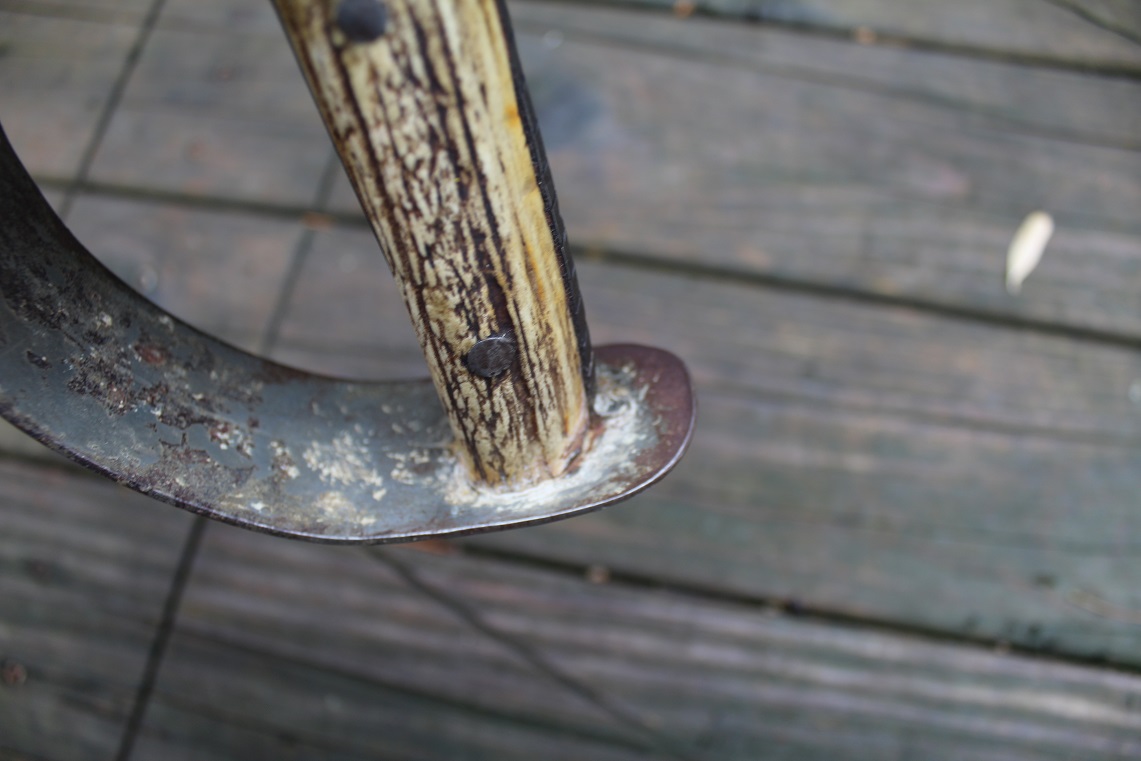
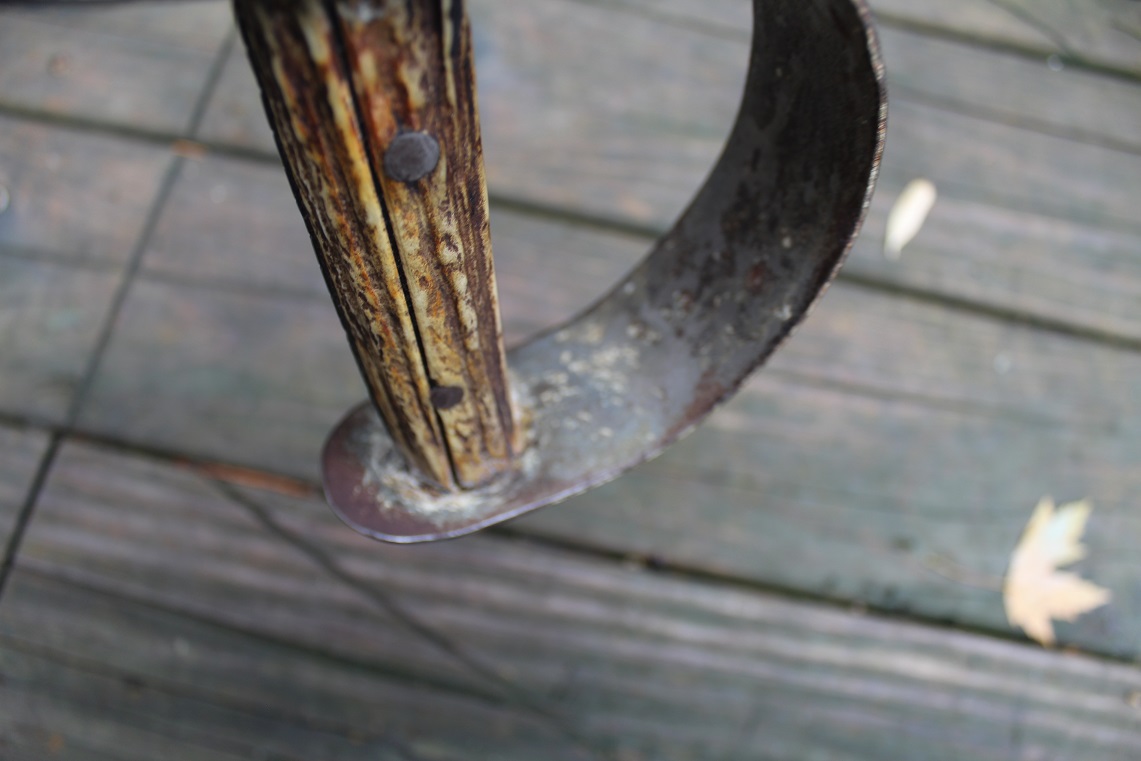
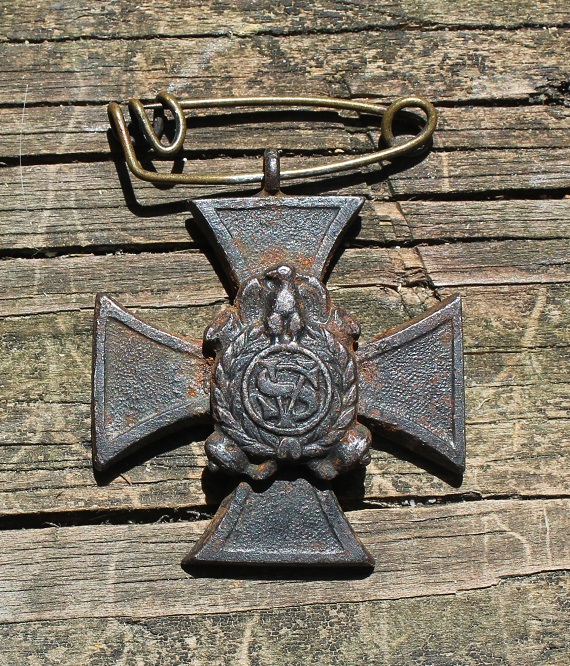

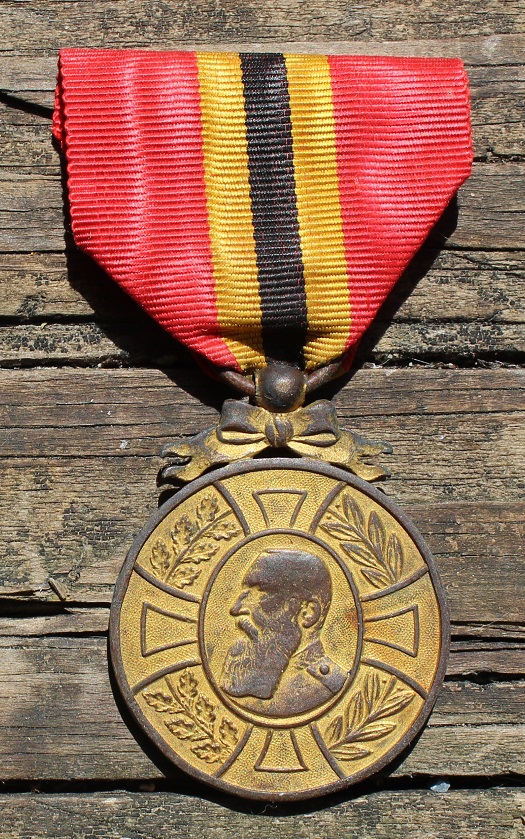
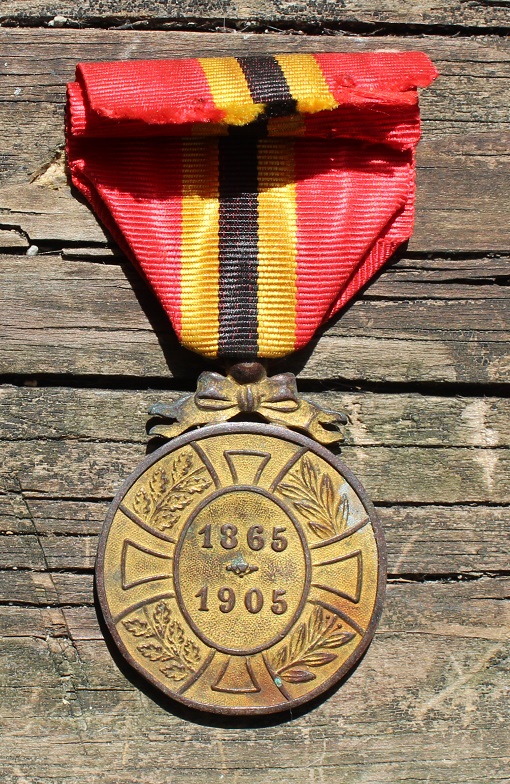
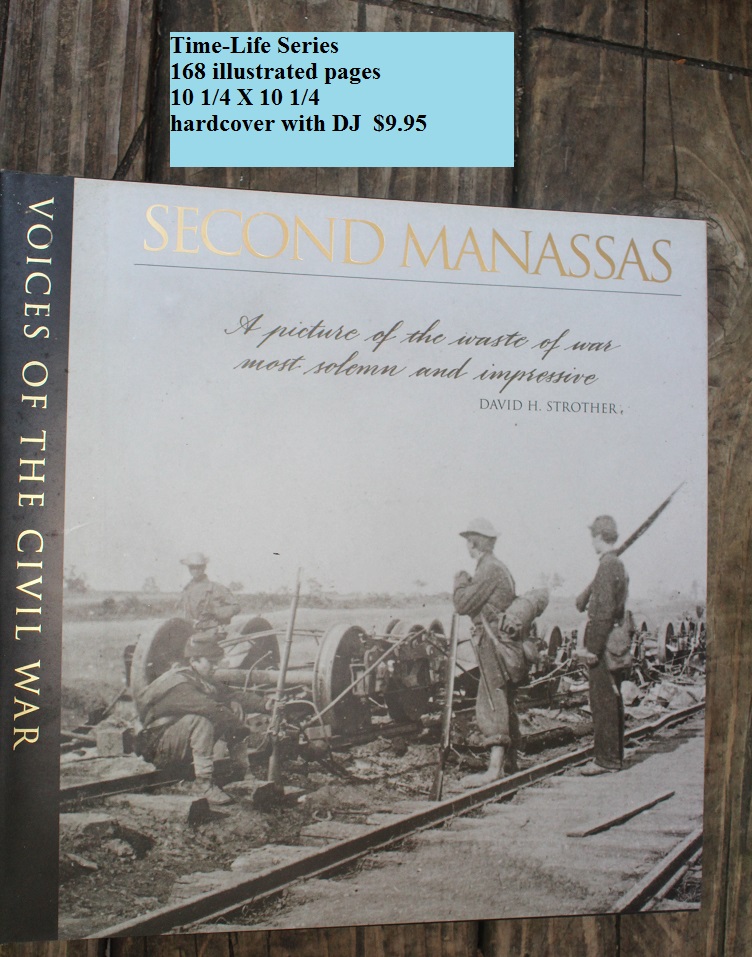
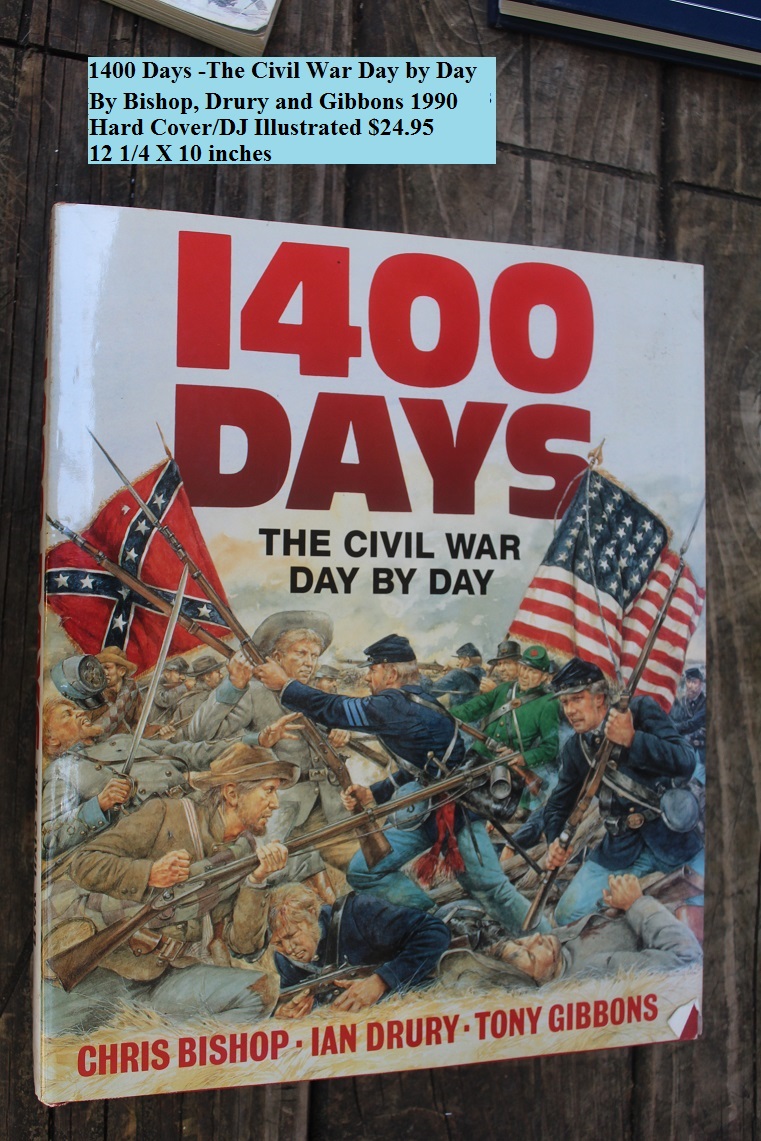
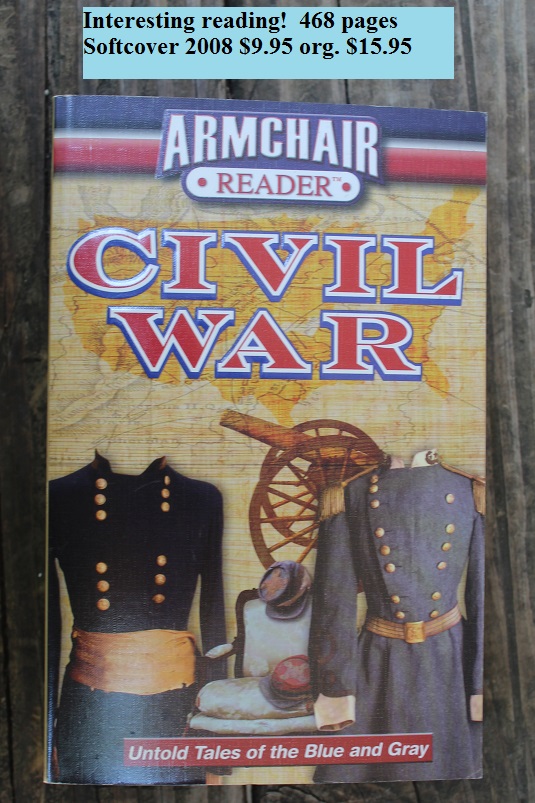
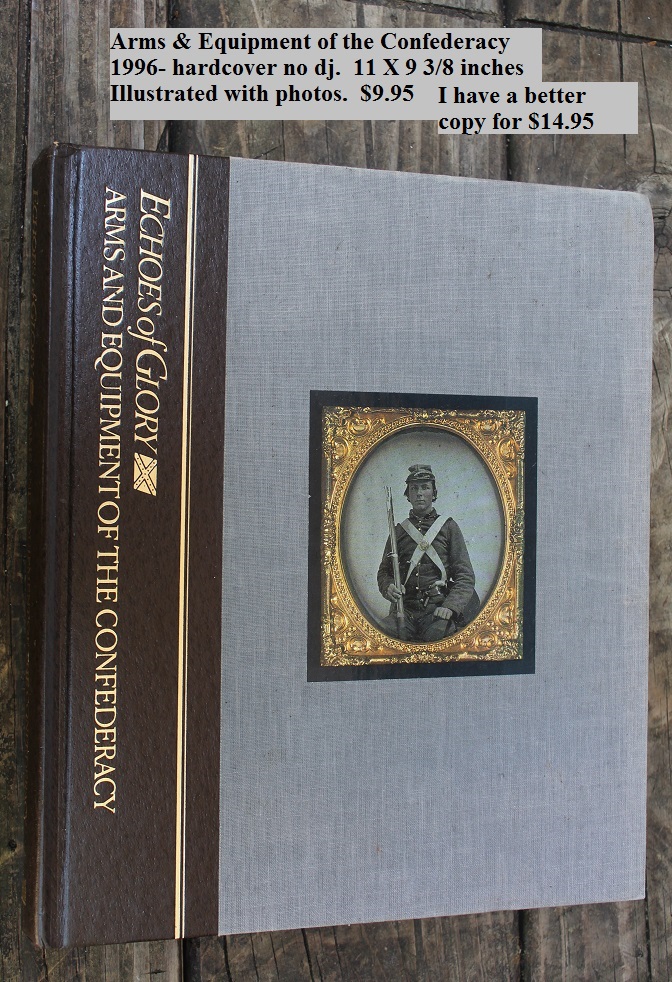
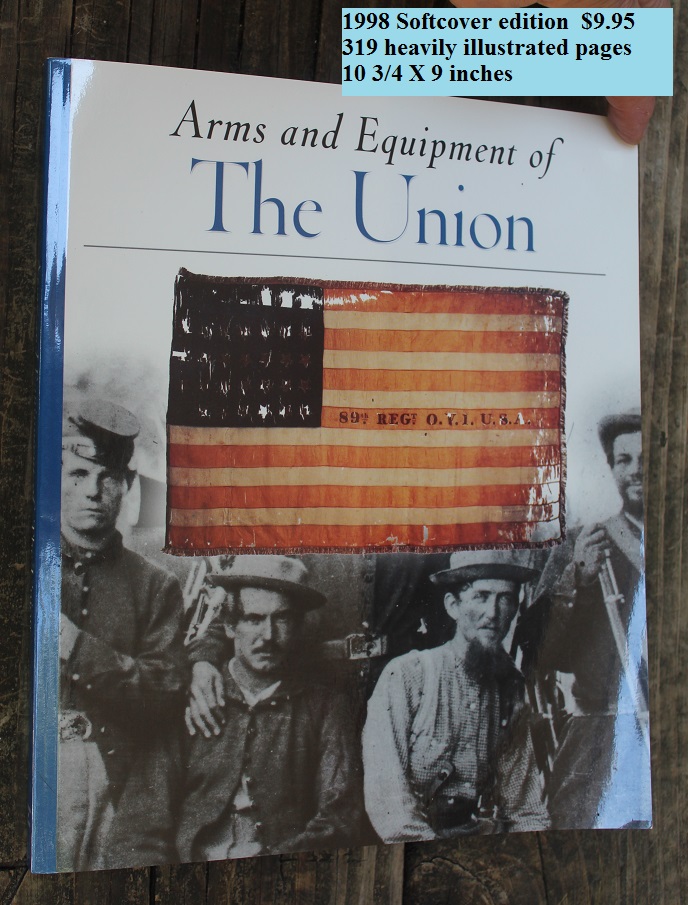
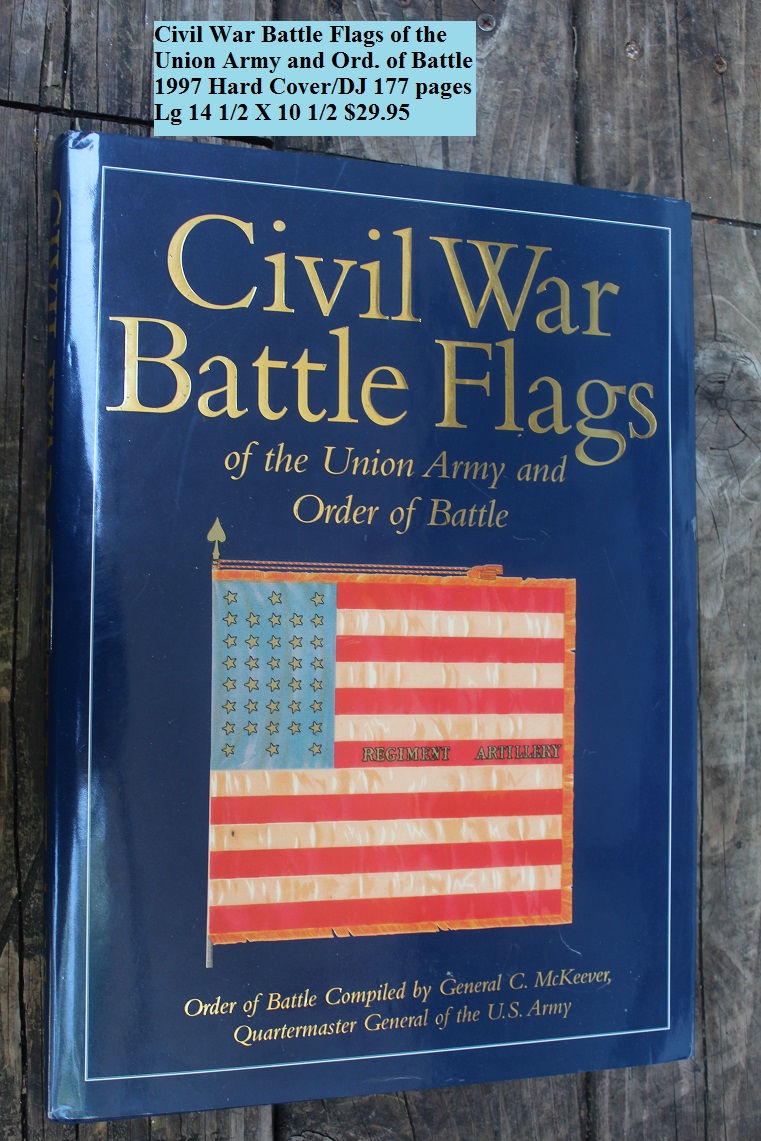
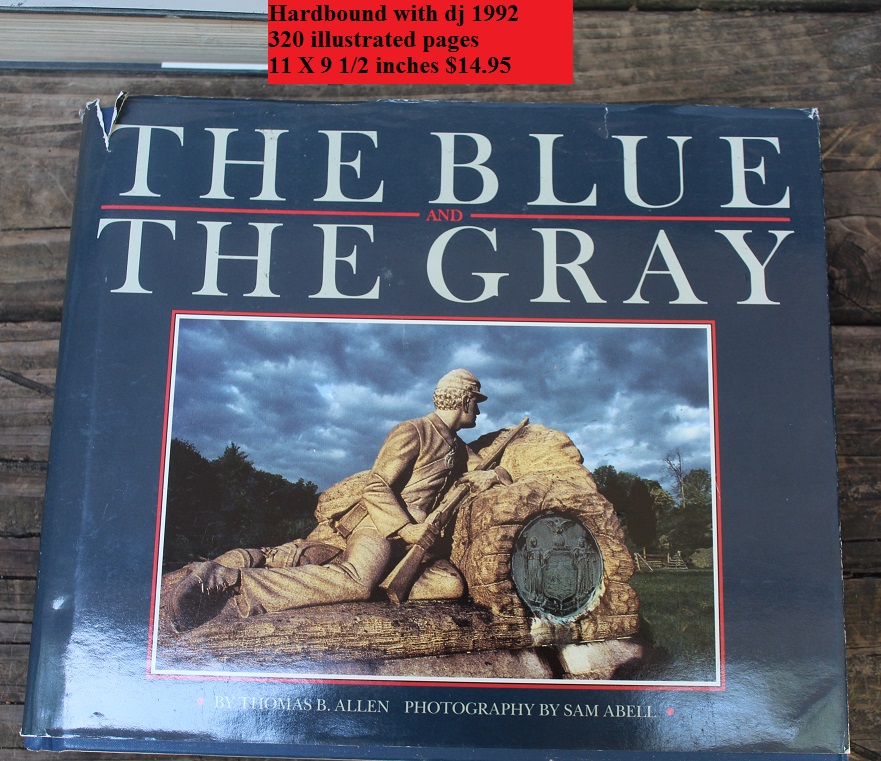
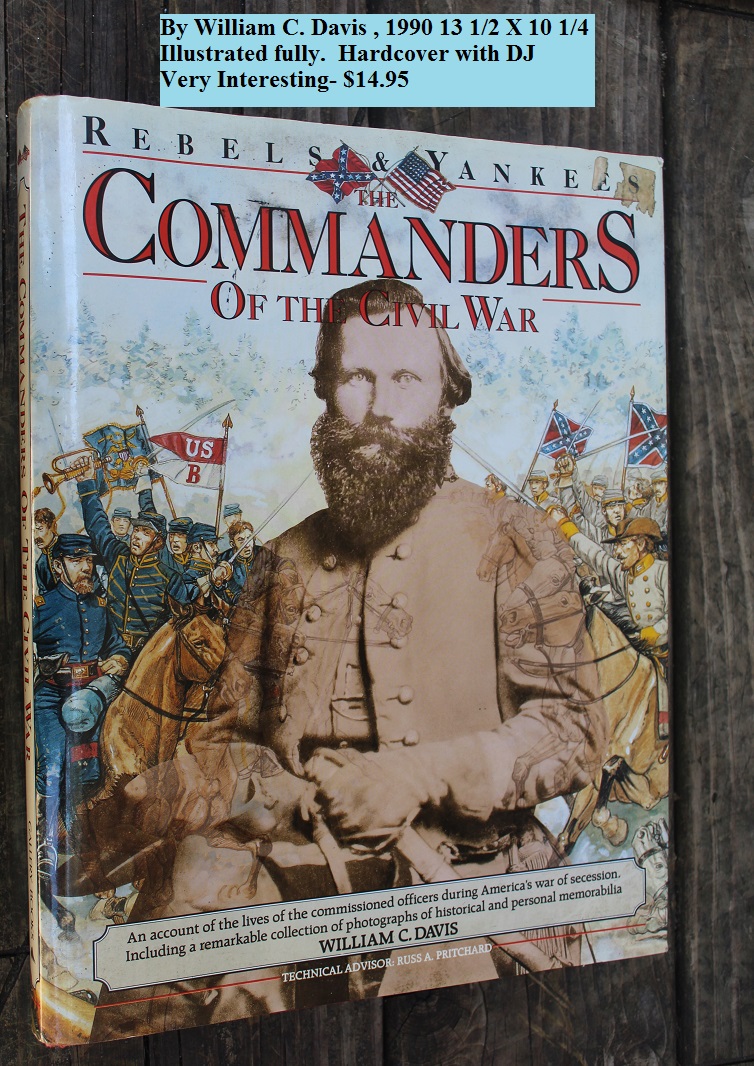
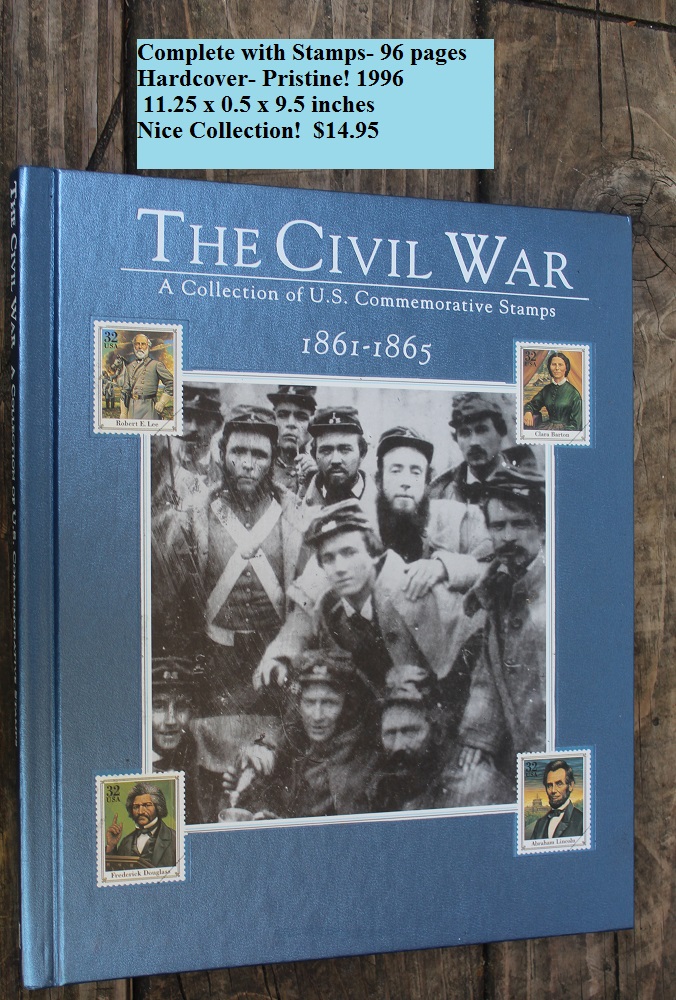
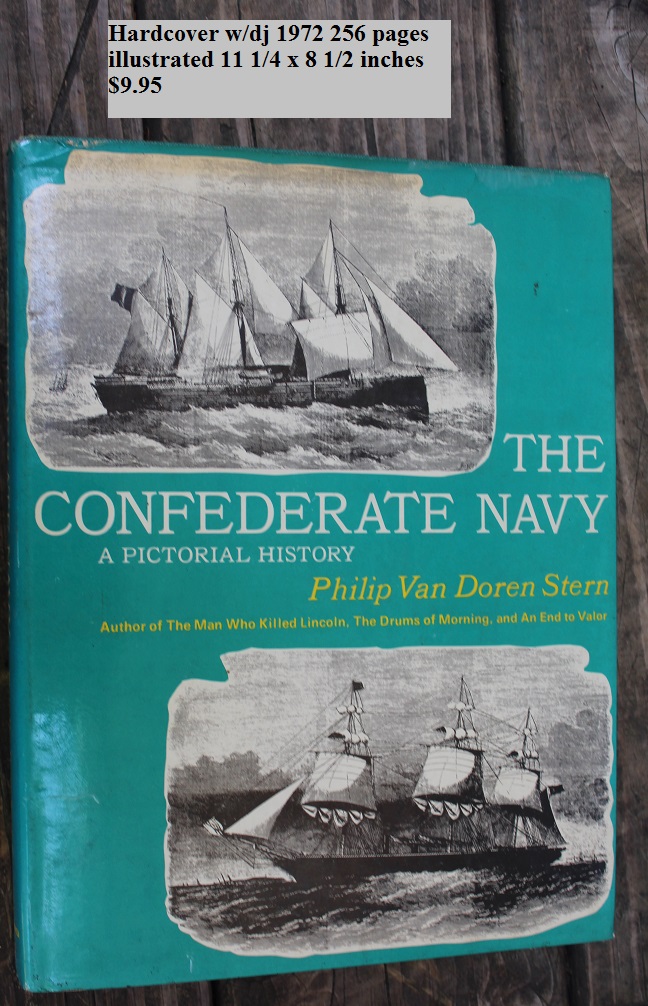
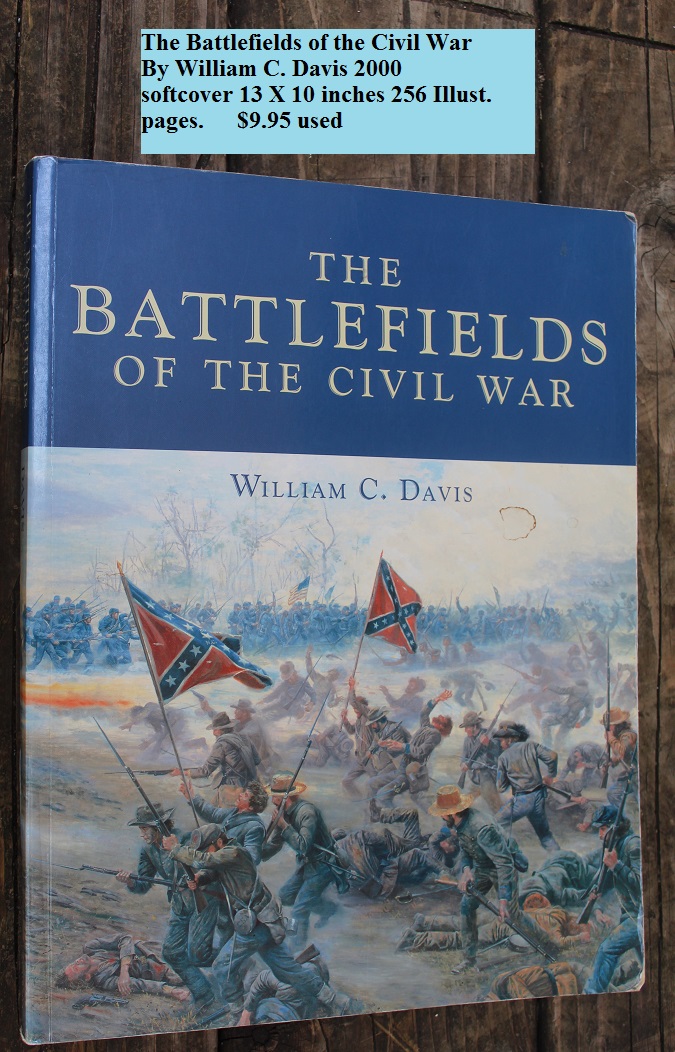
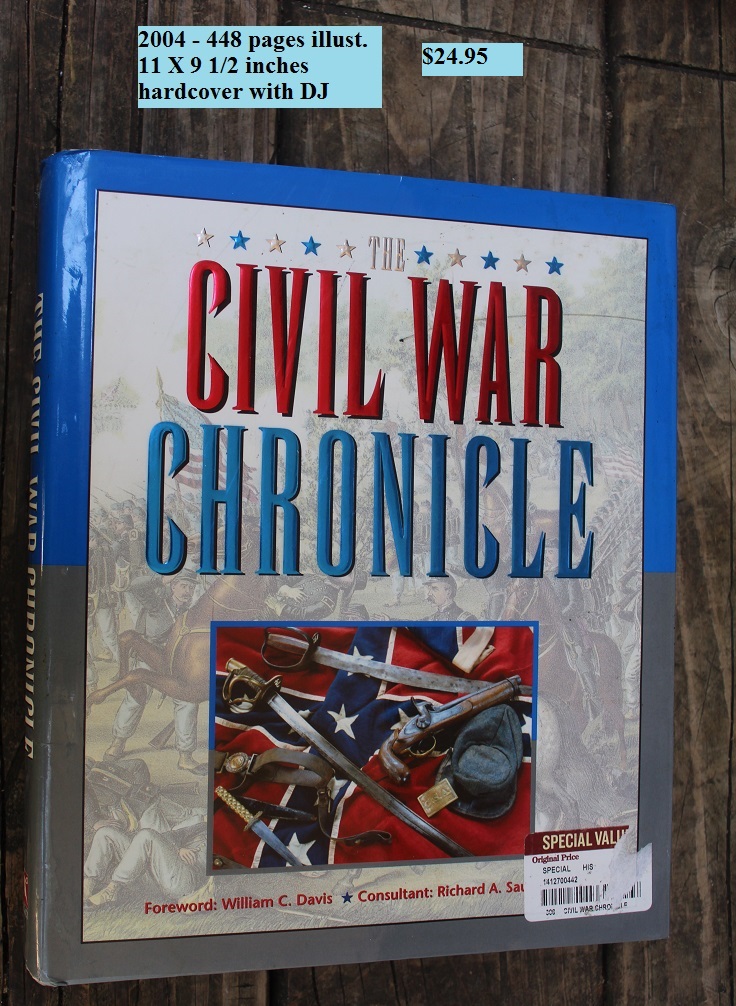
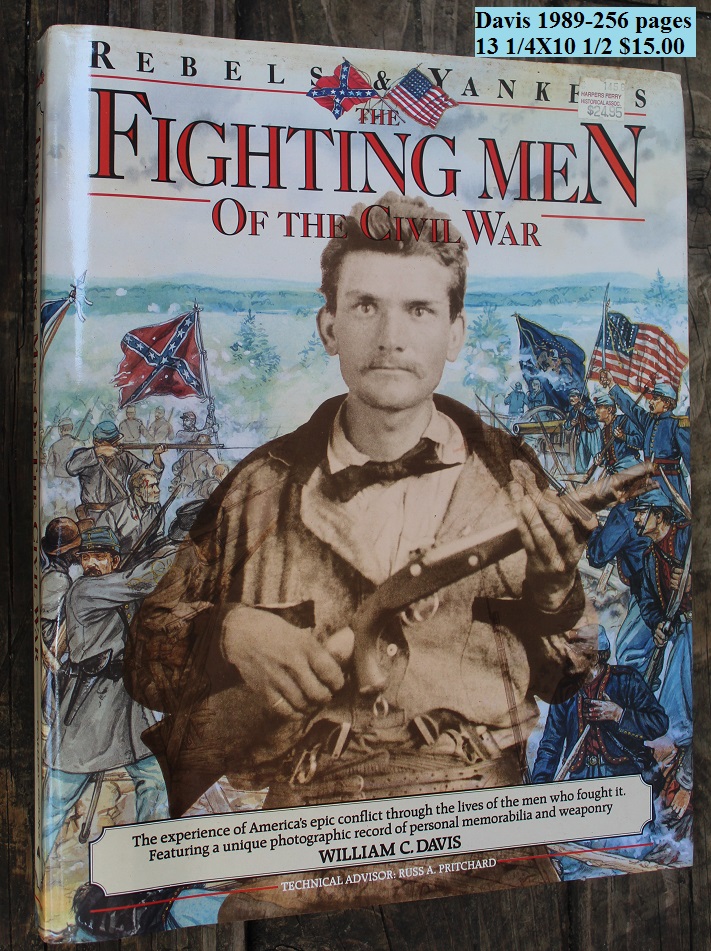
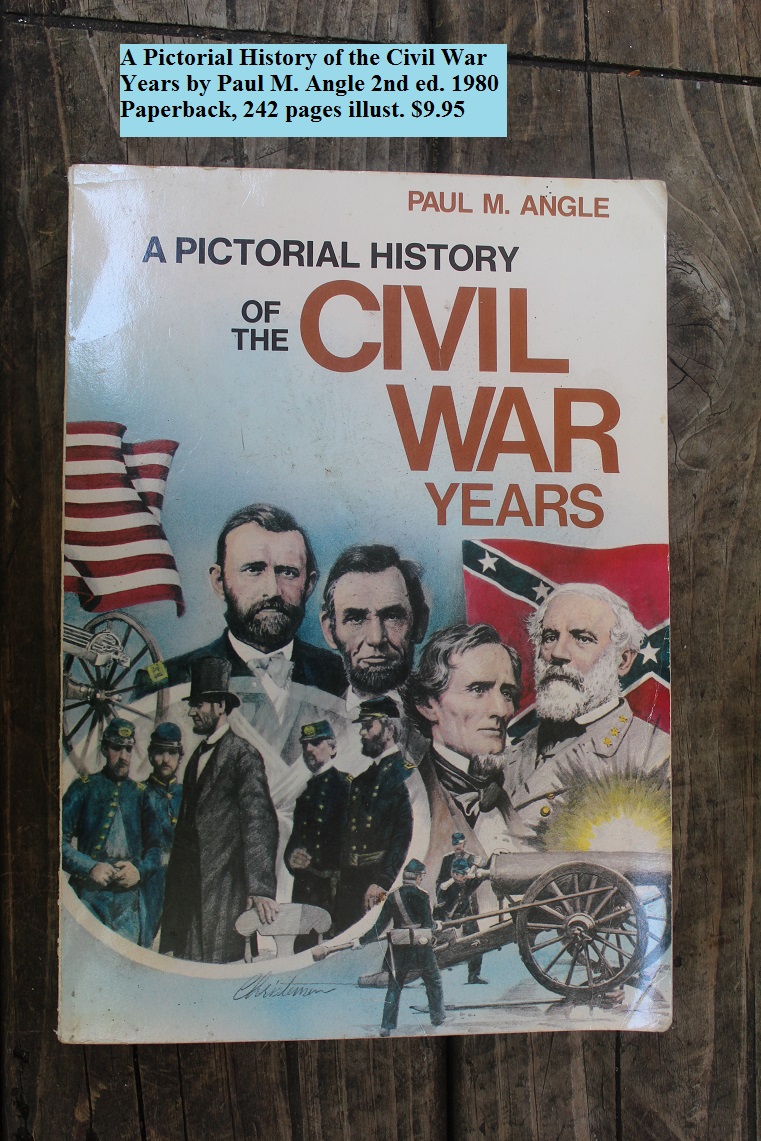
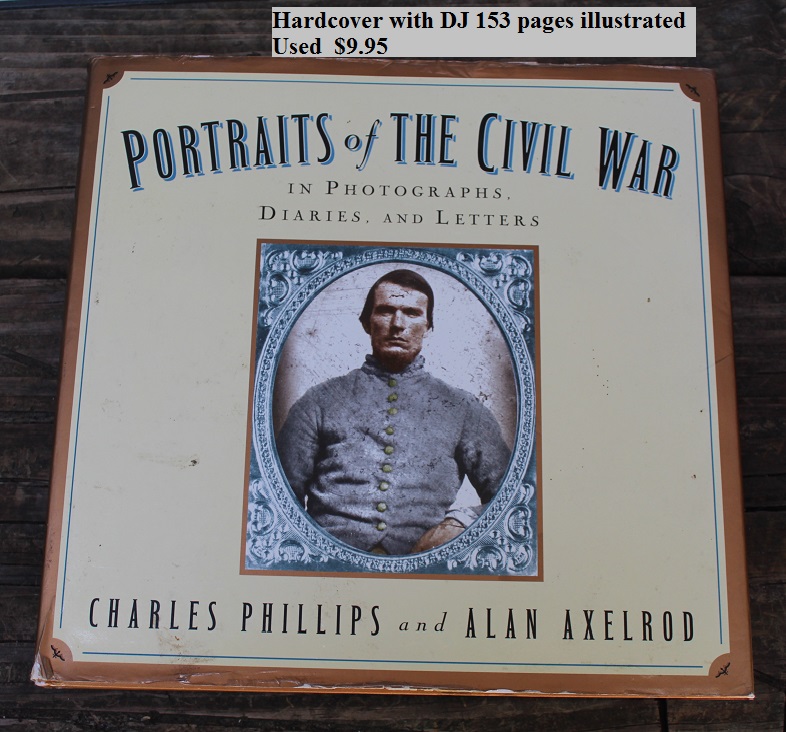
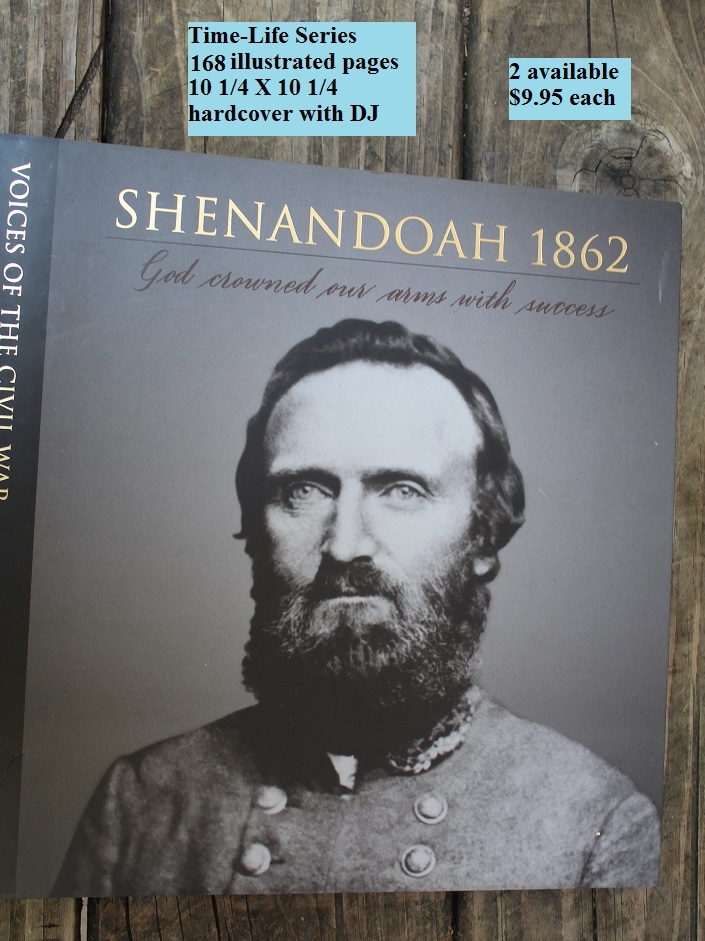
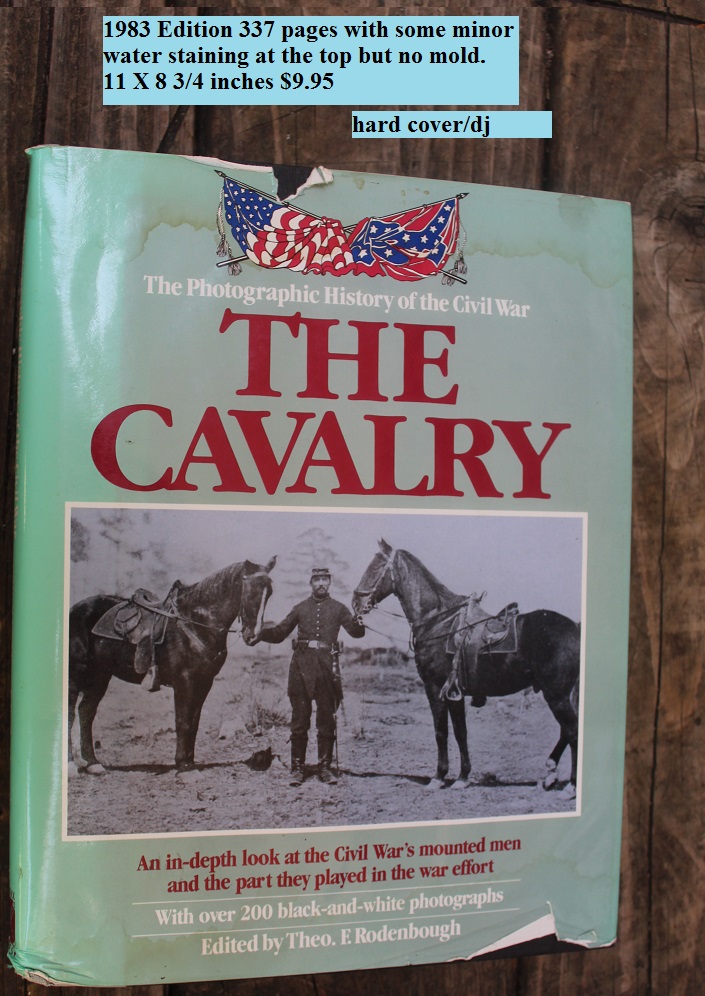
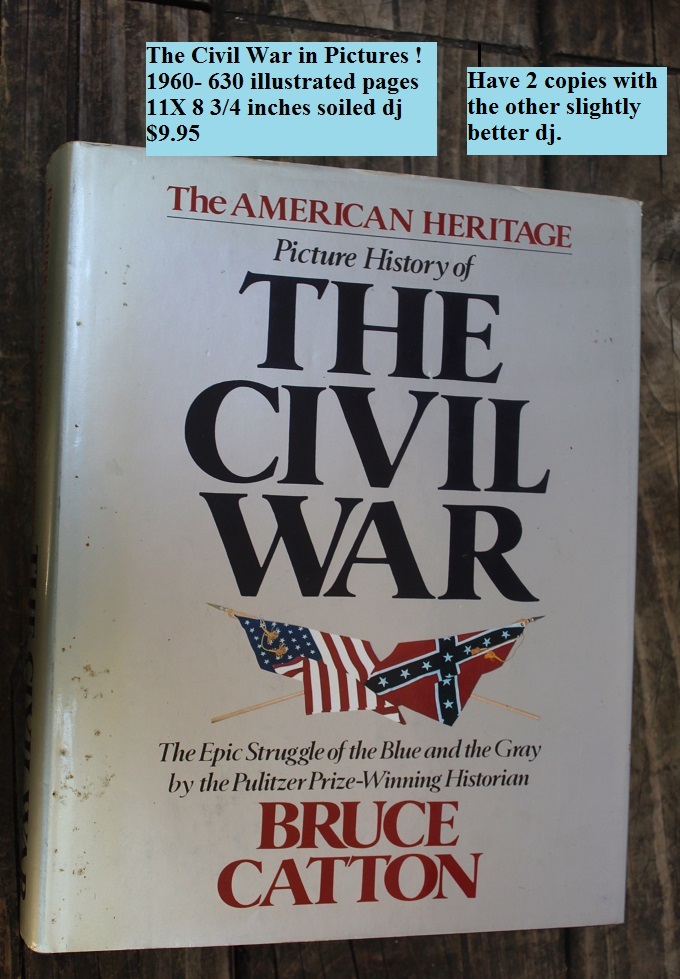
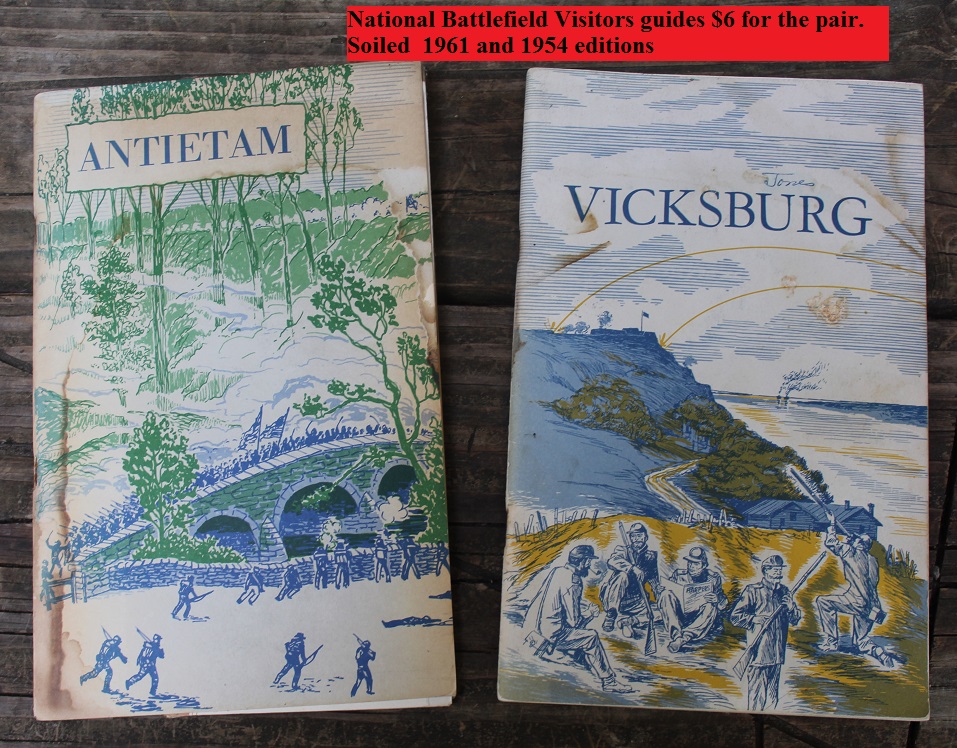
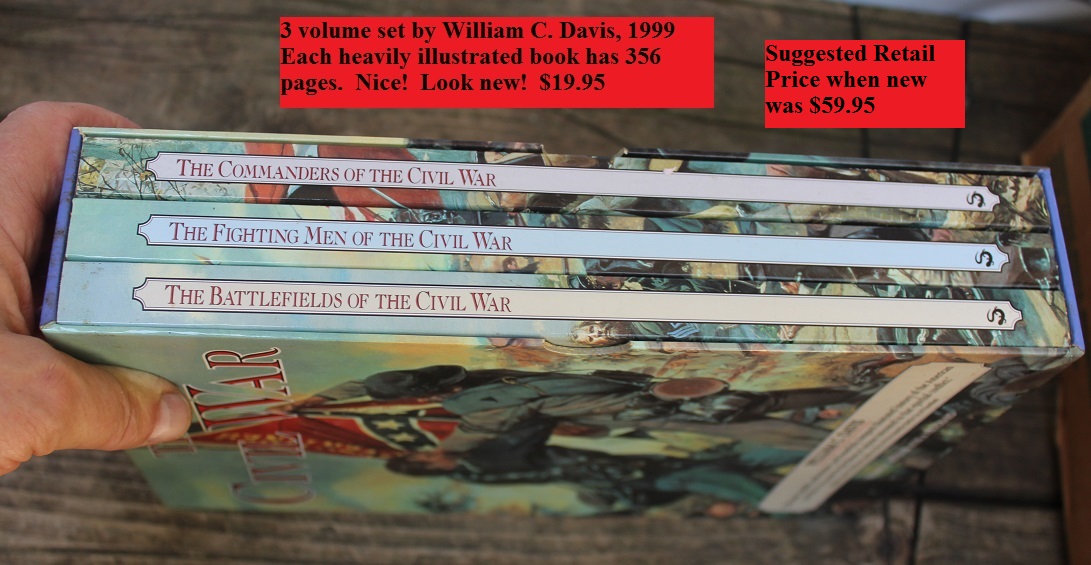
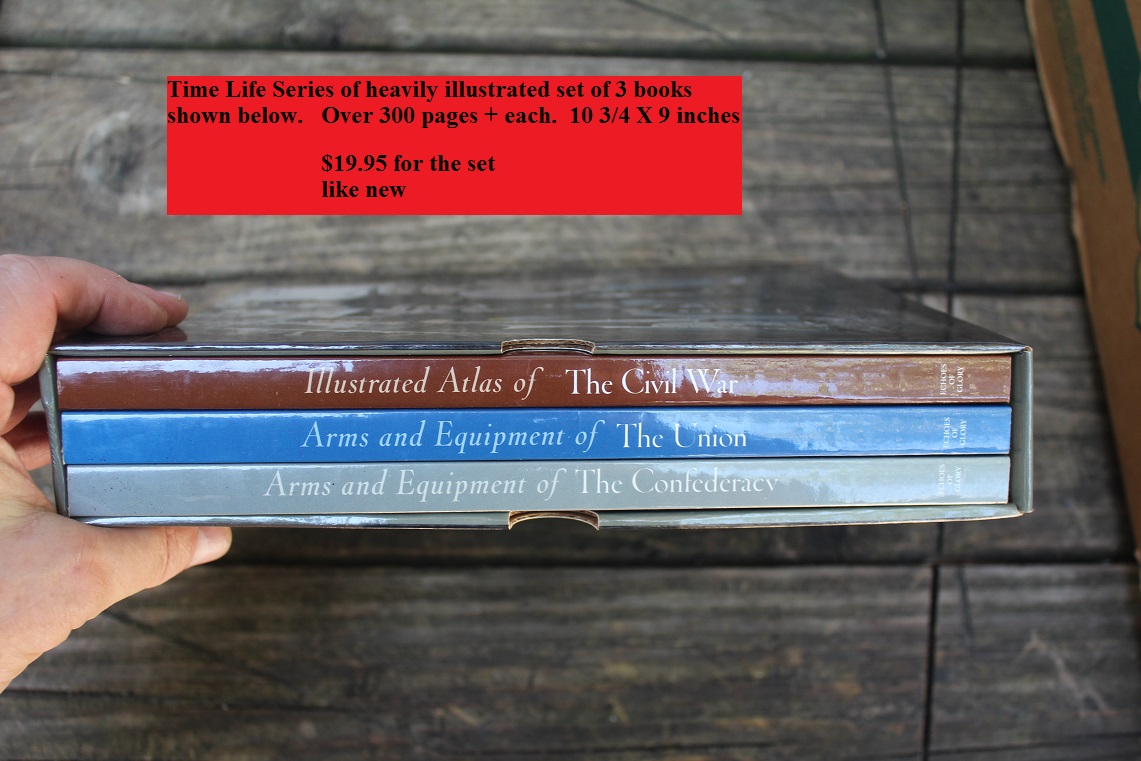
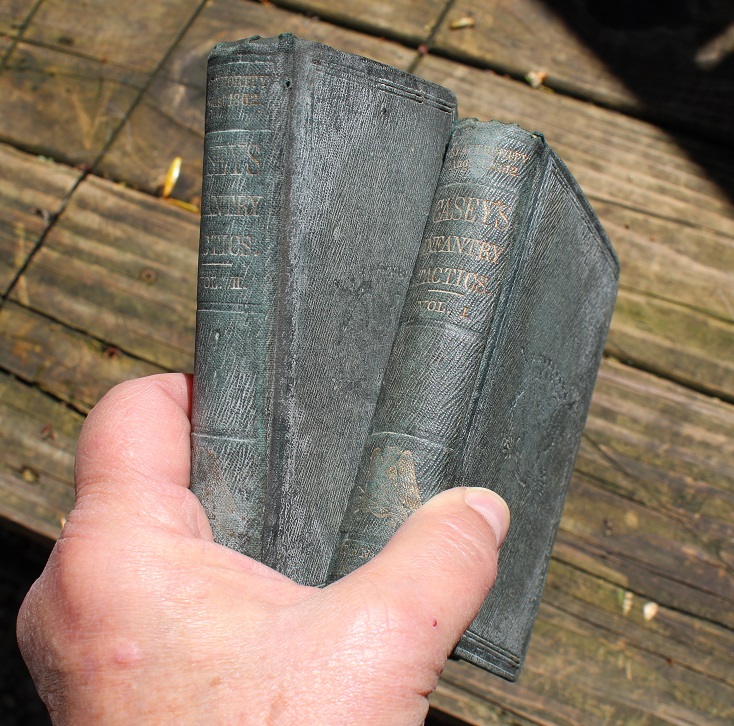
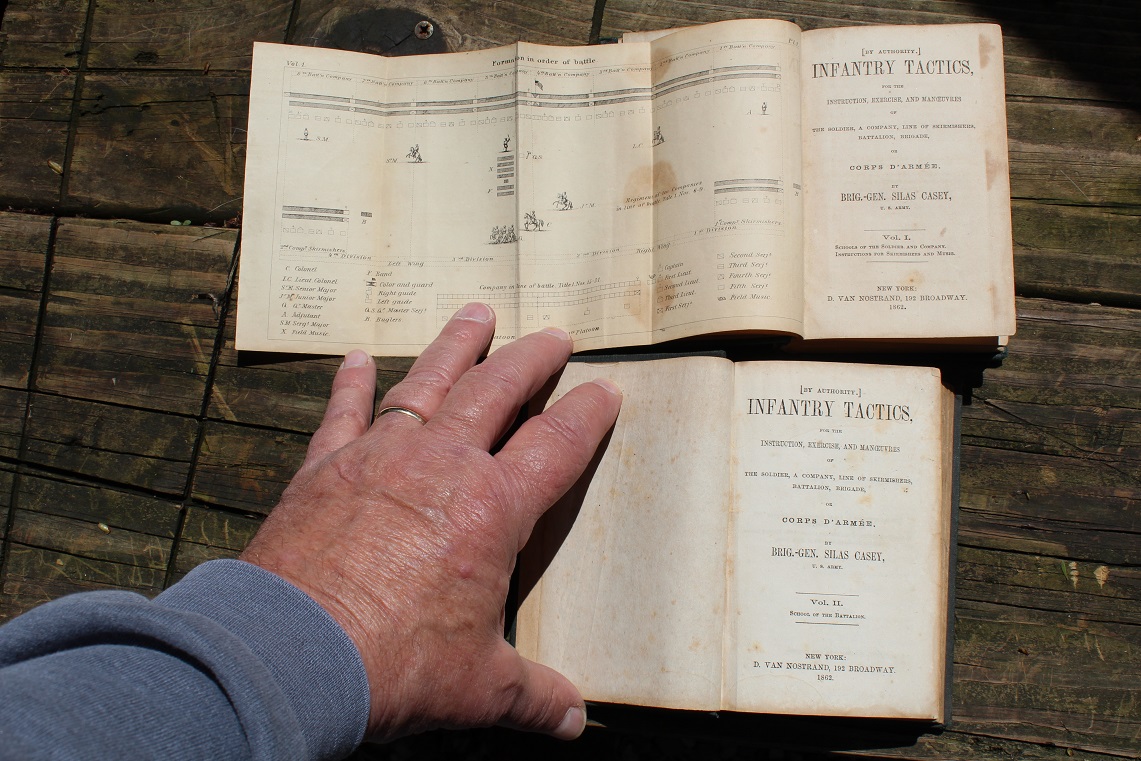
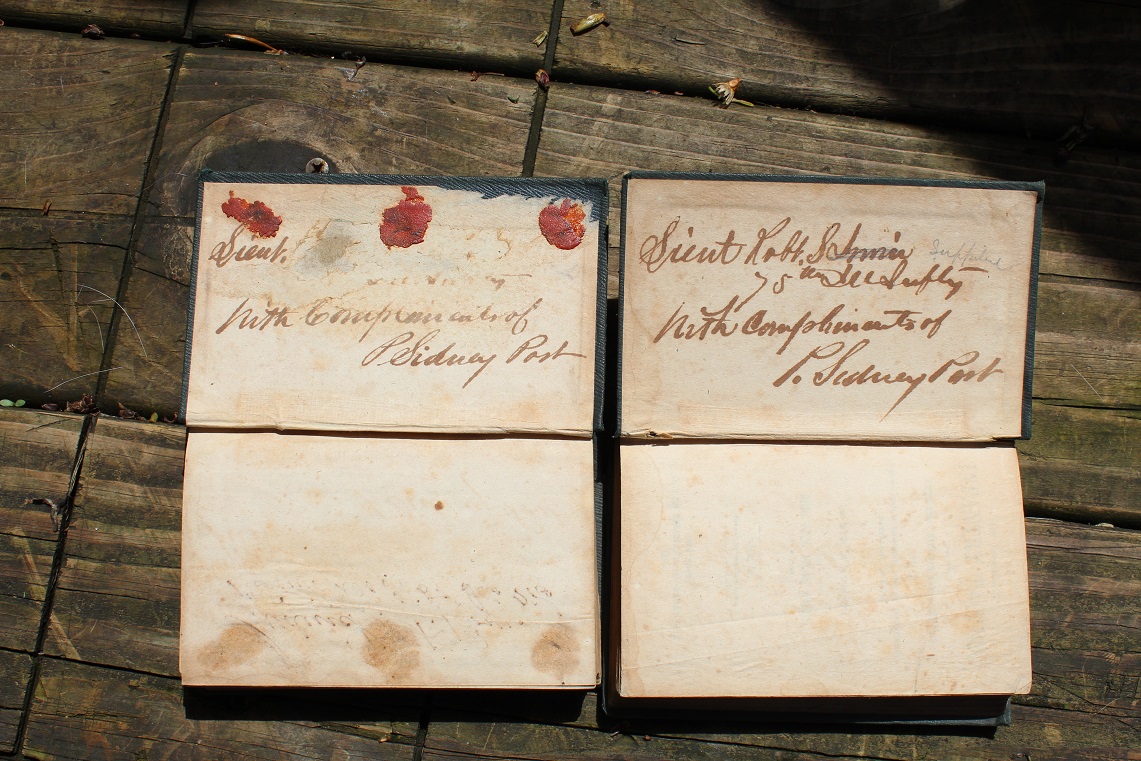
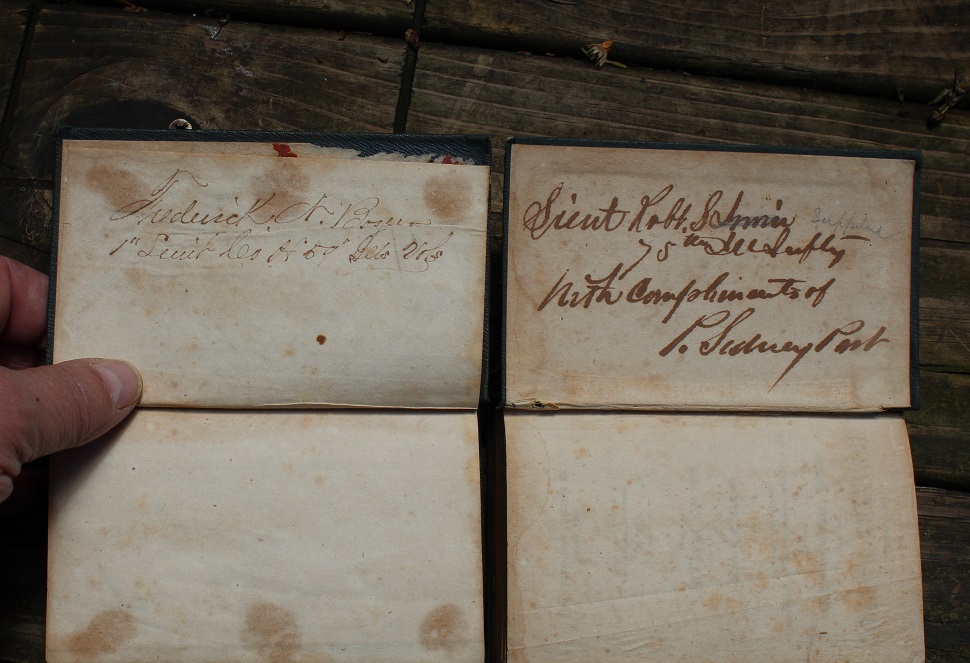
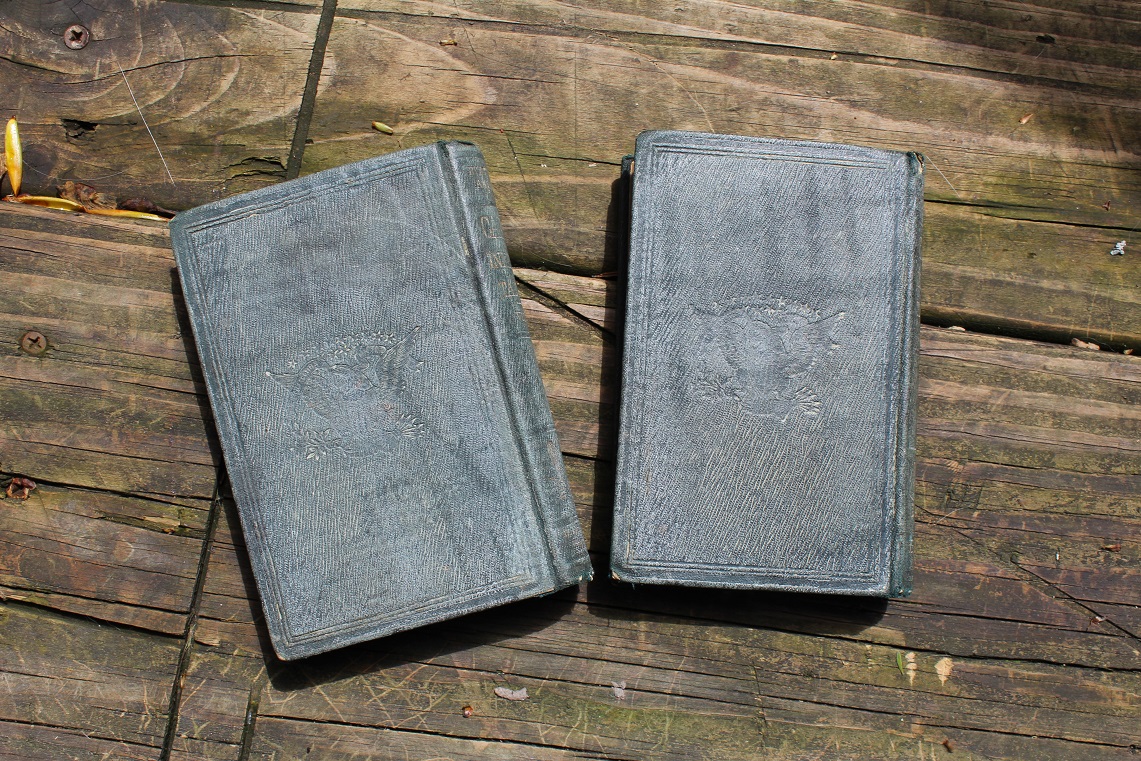
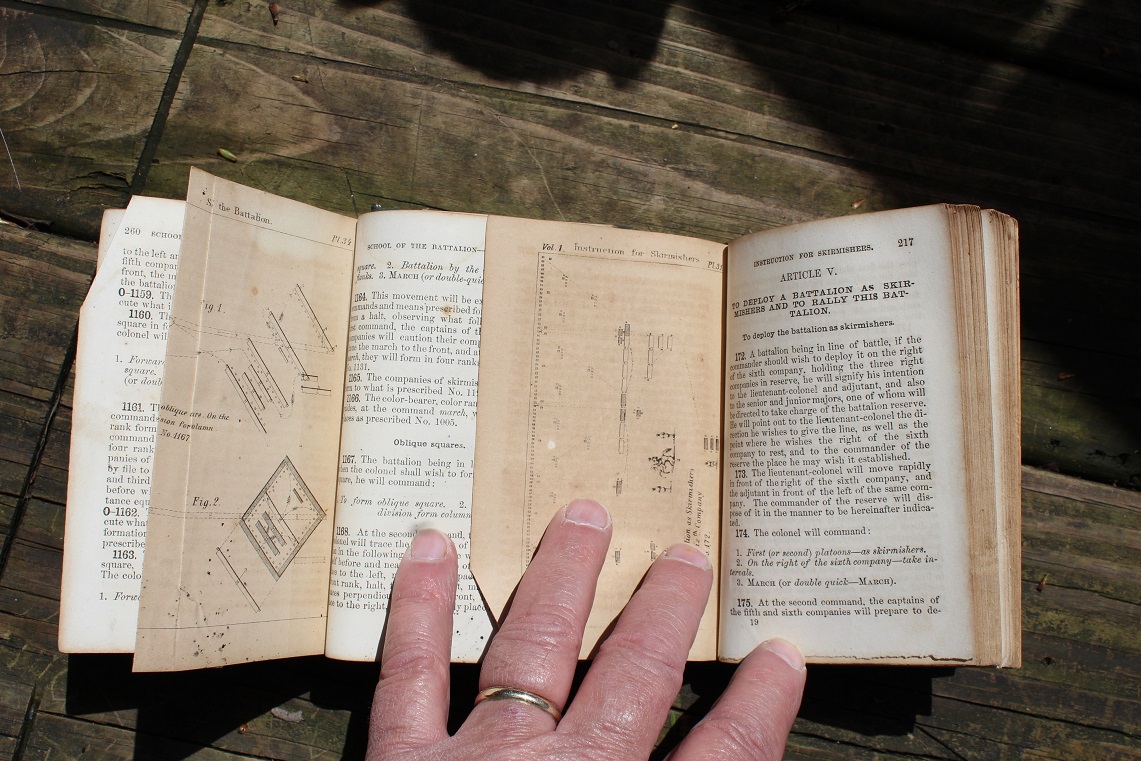
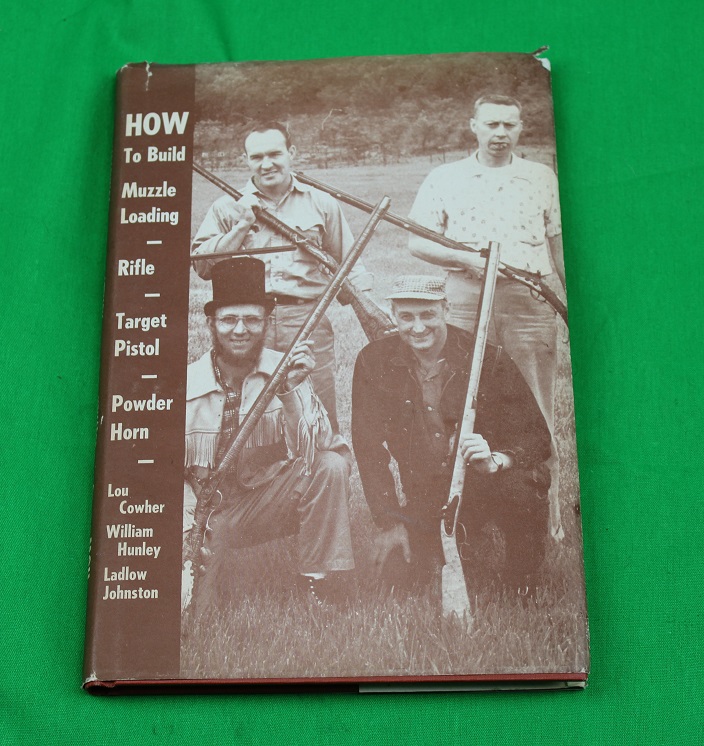
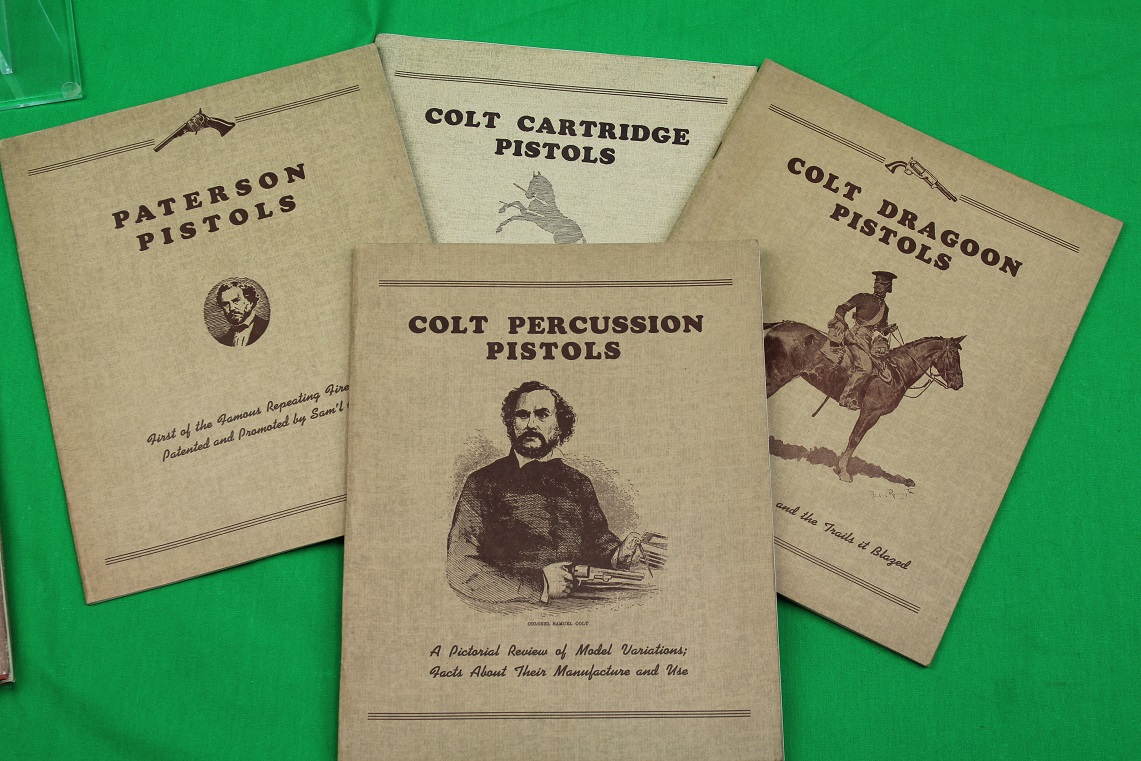 <
<
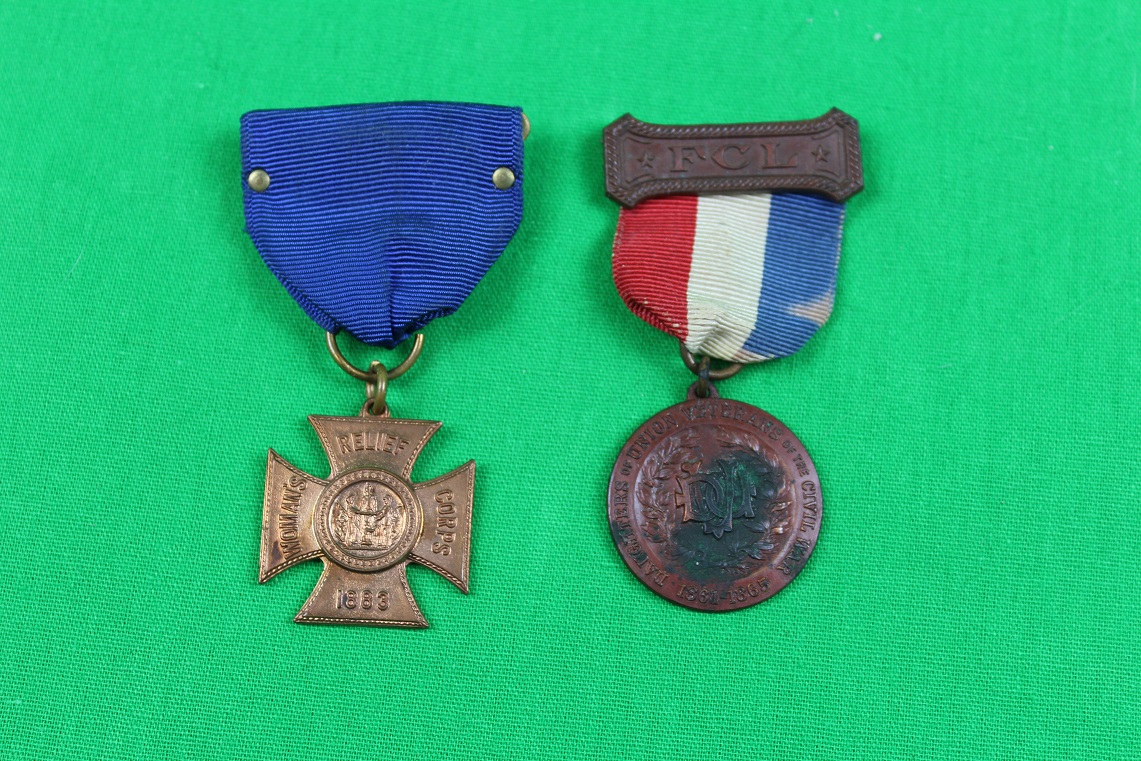
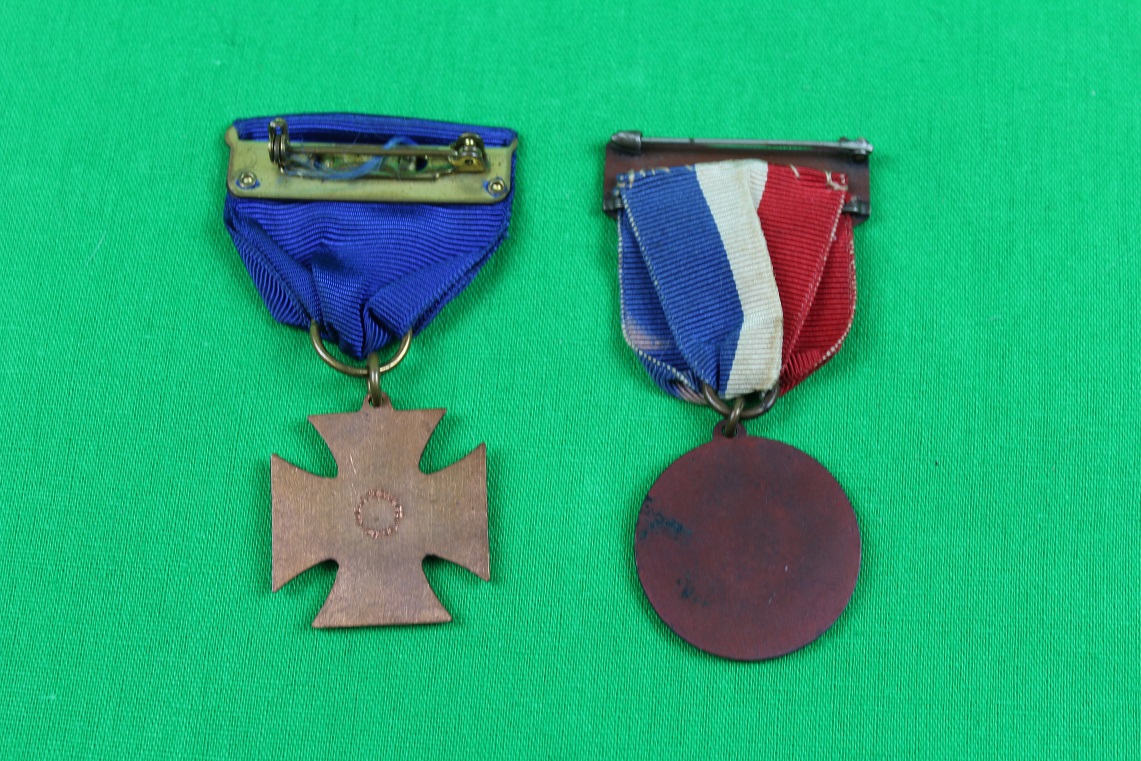
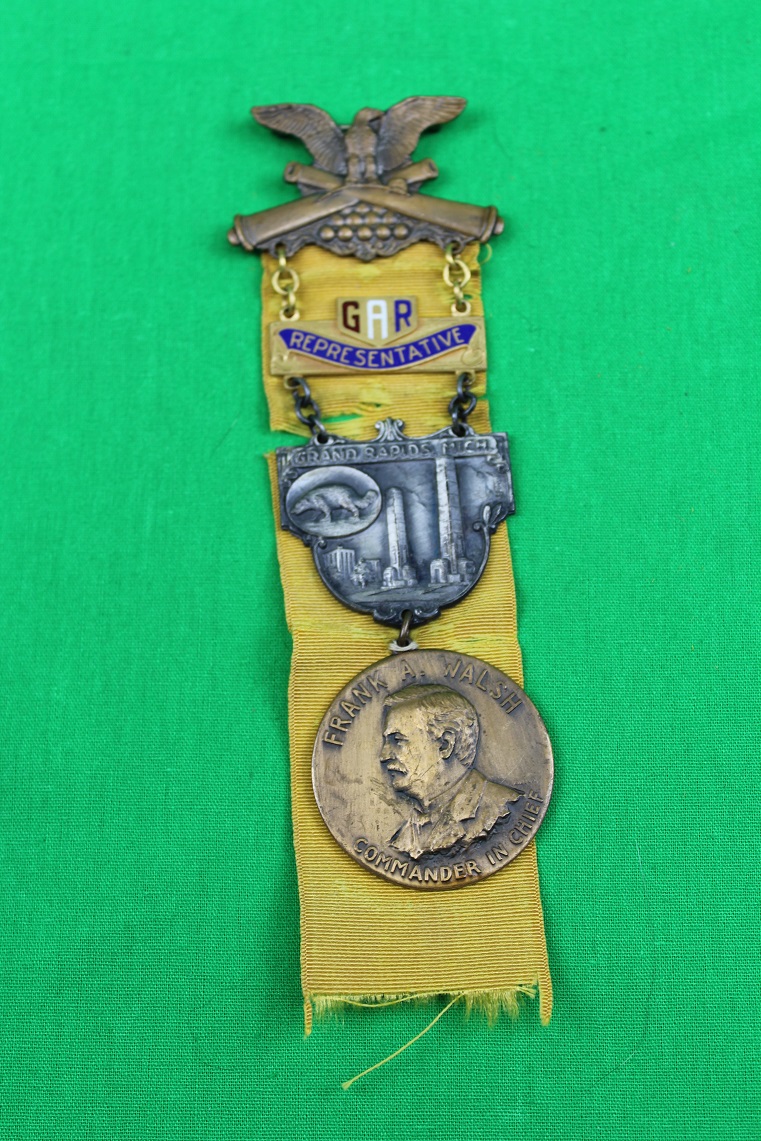
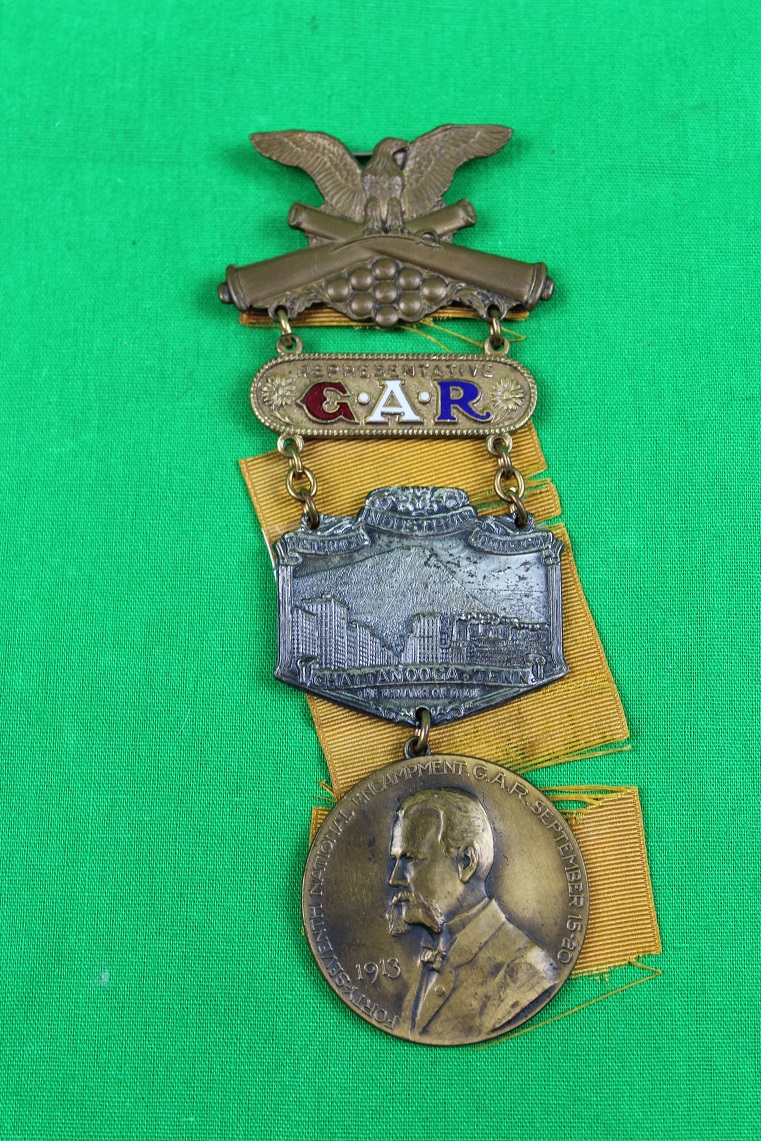
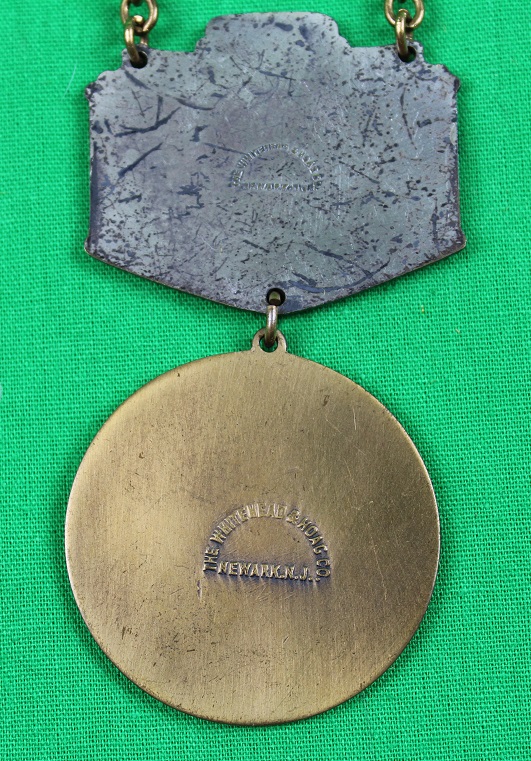
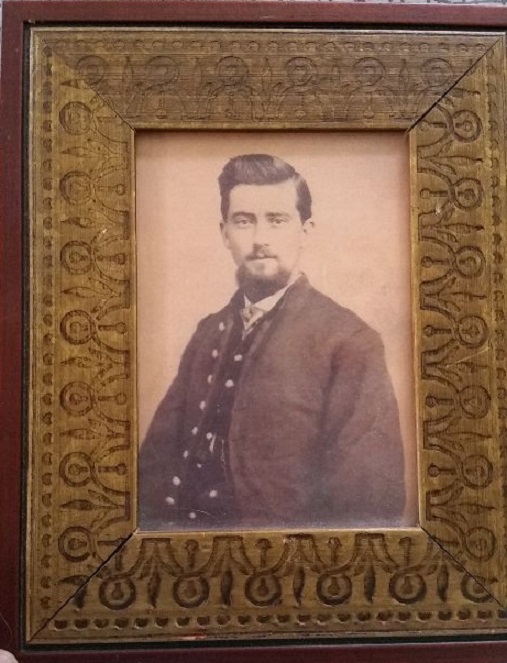
.jpg)
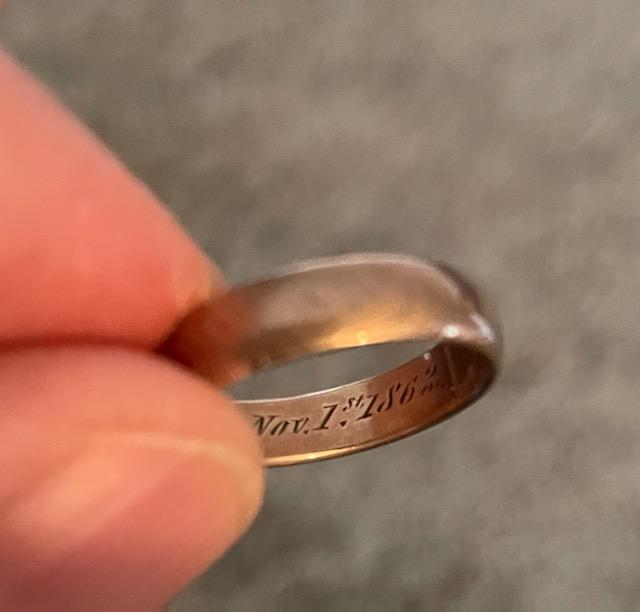
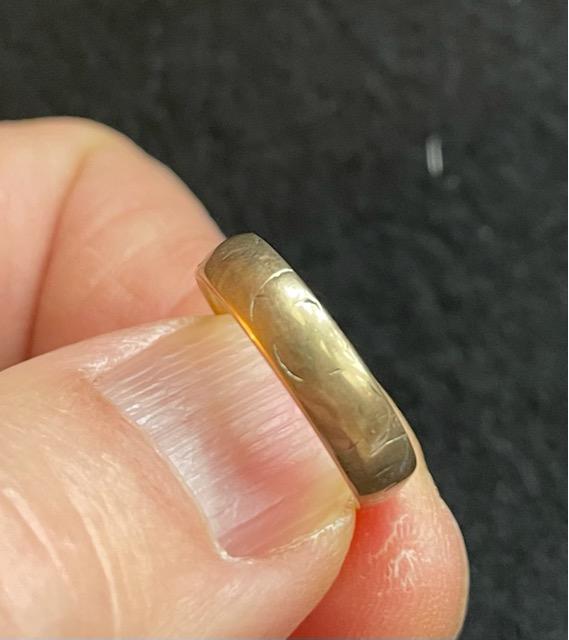
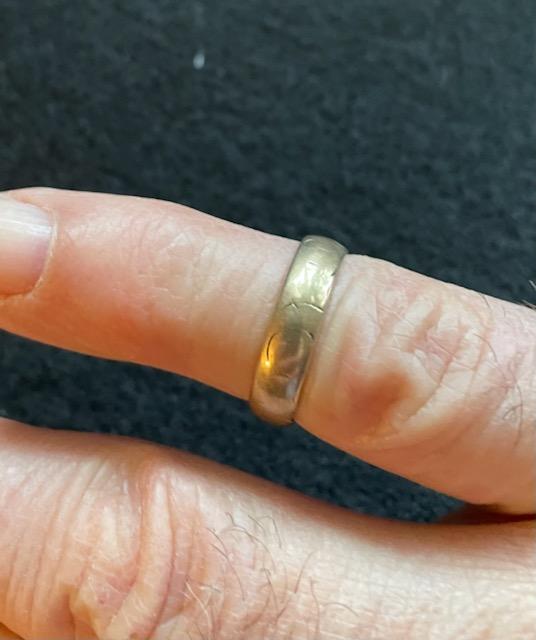
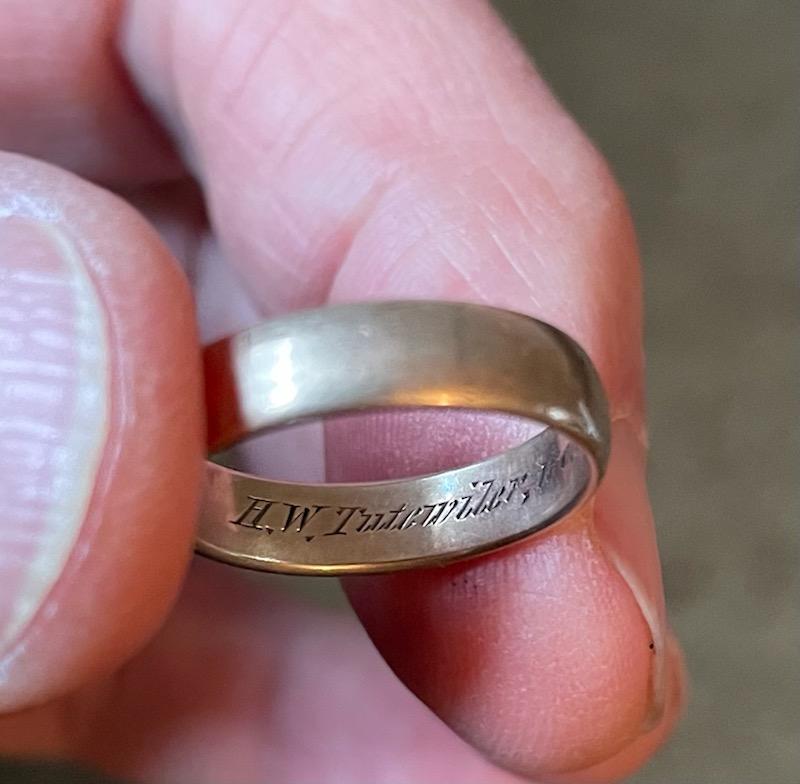
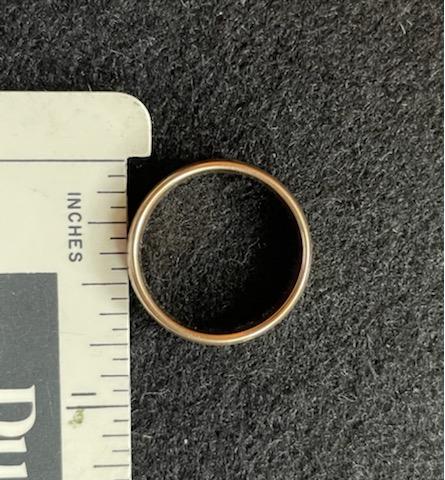
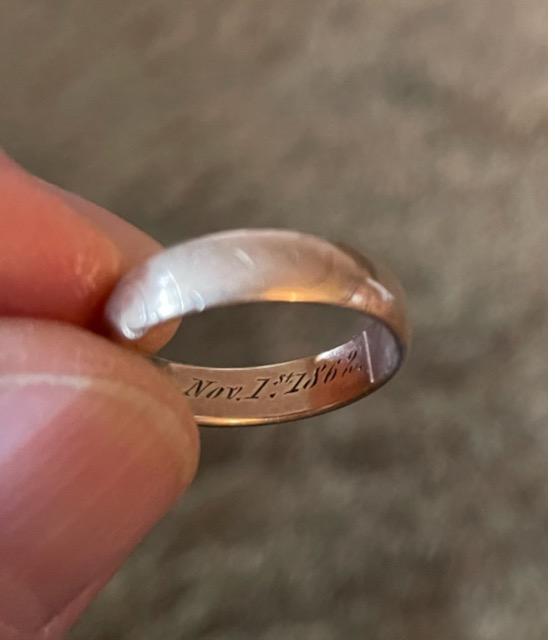
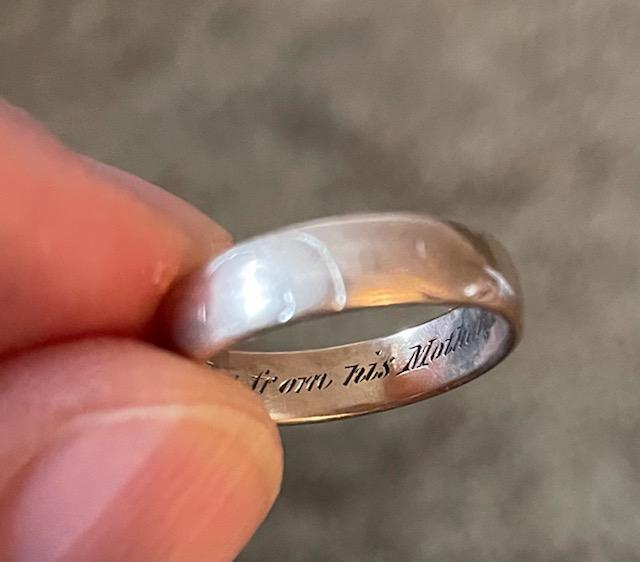
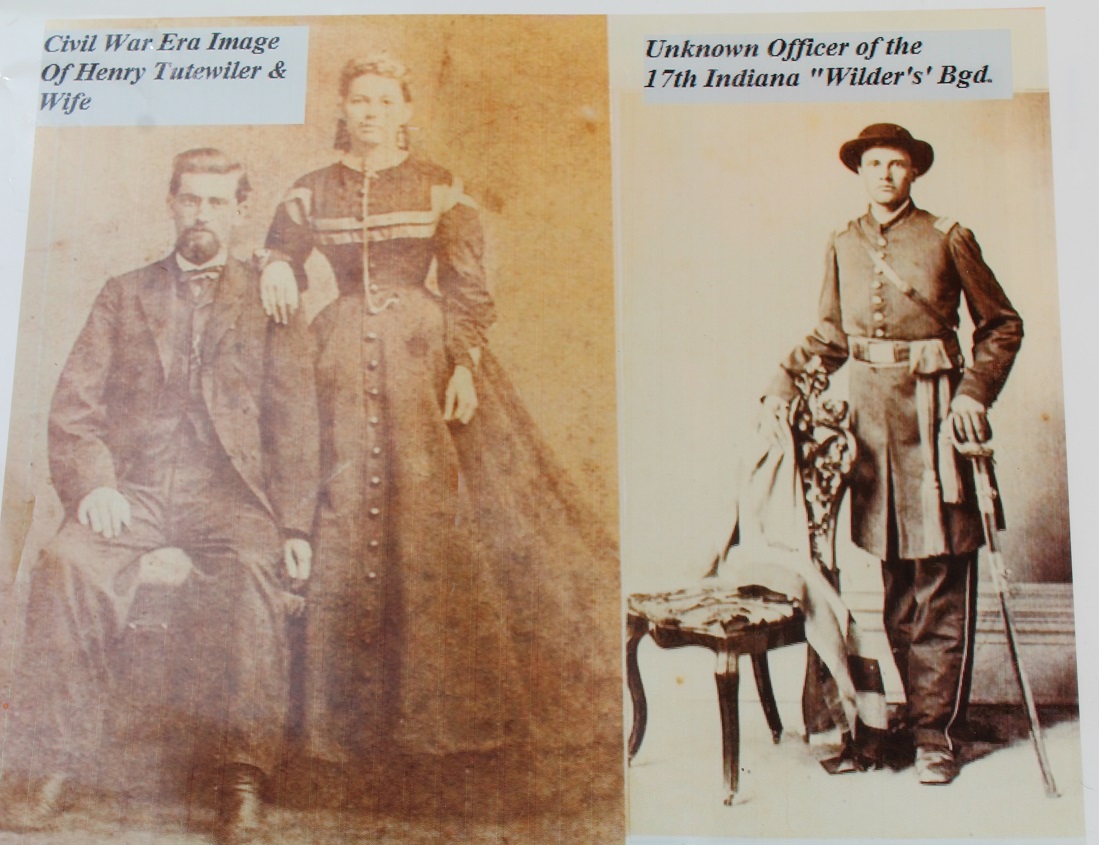
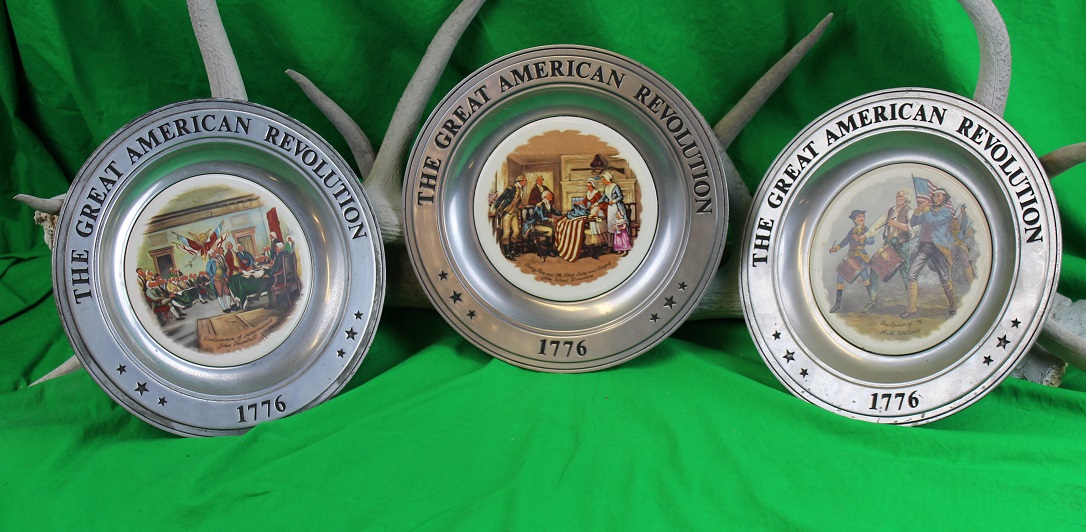
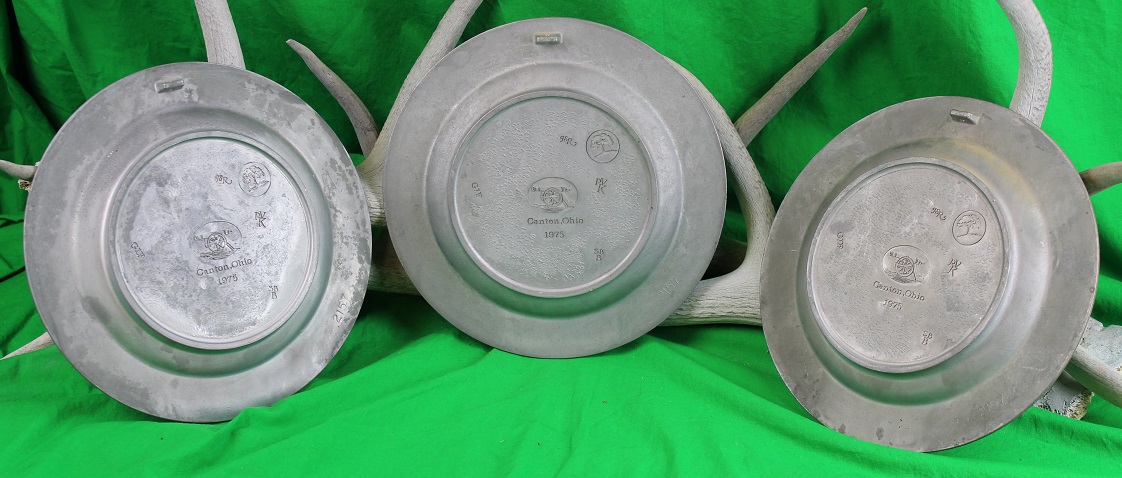
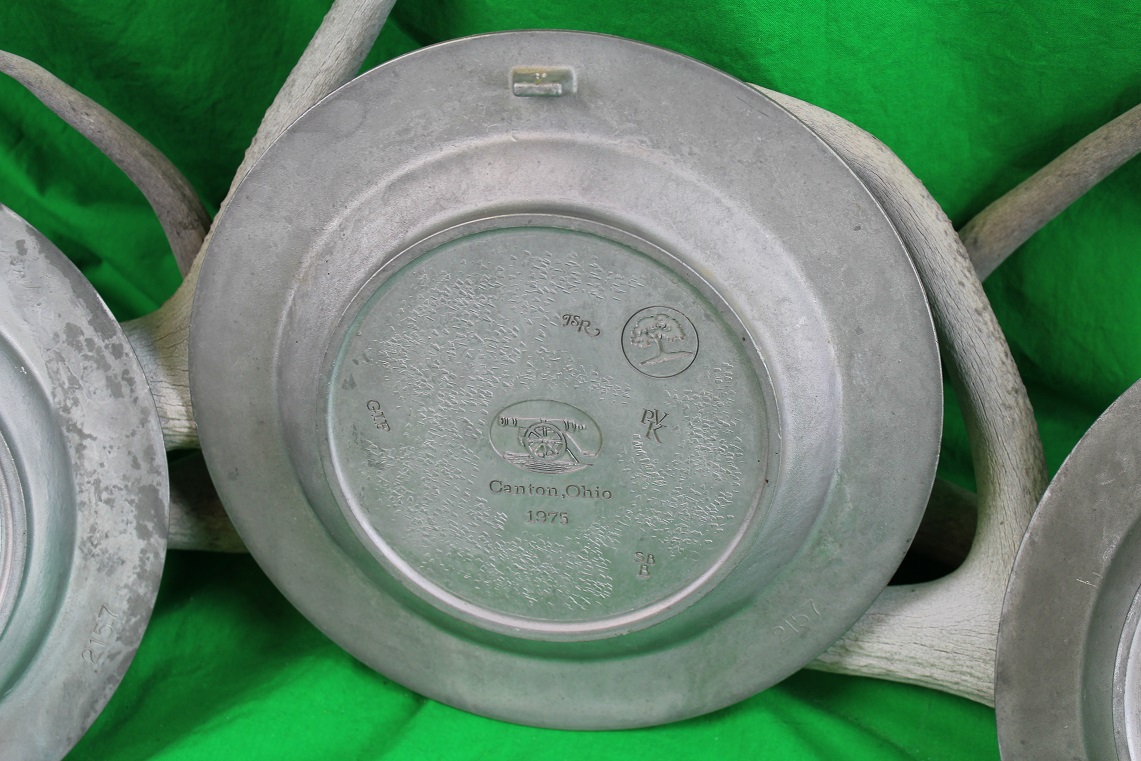
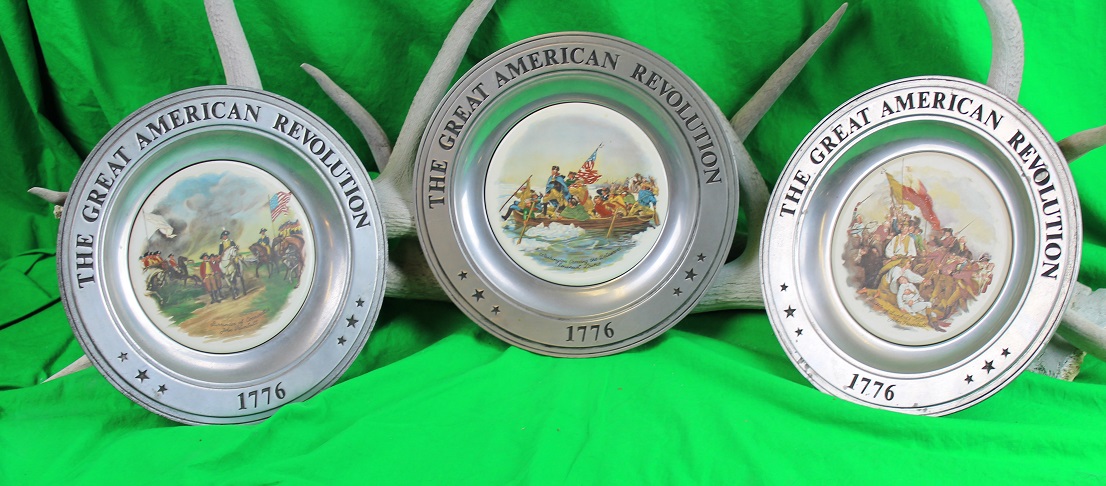
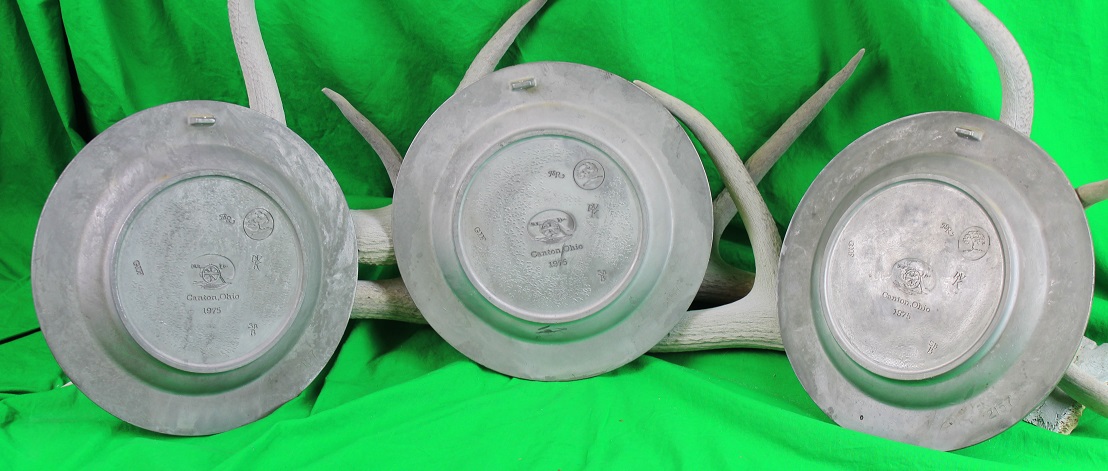
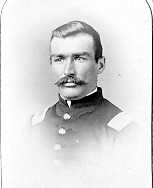
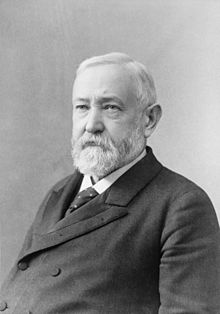
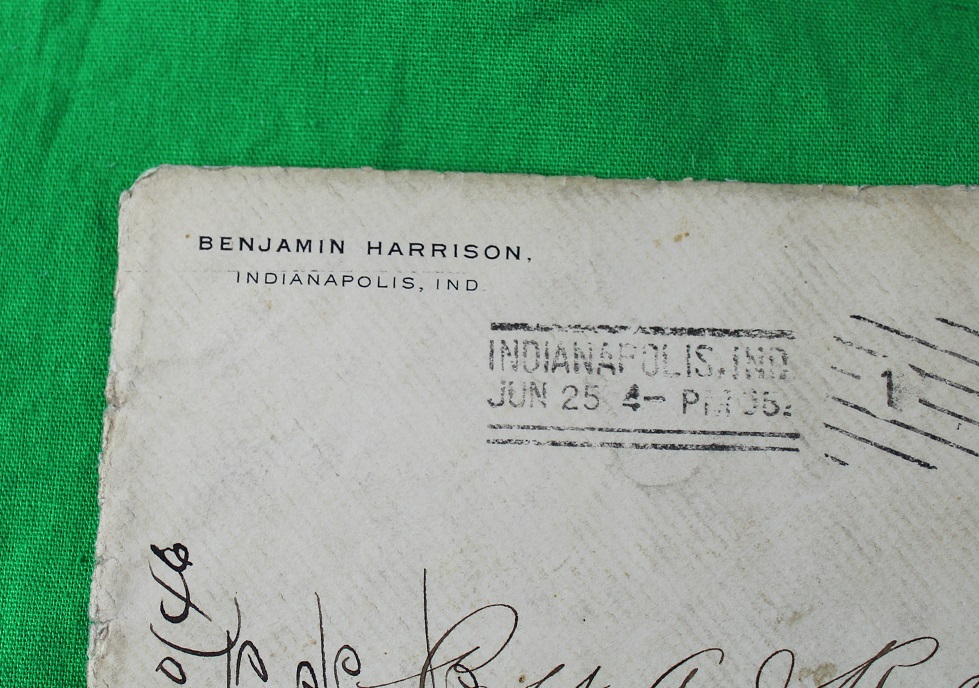
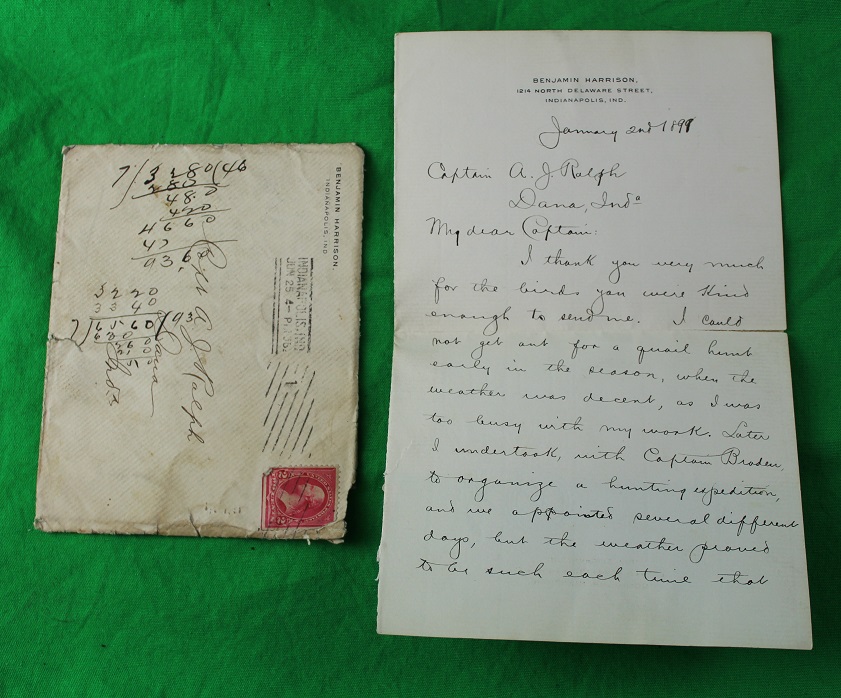
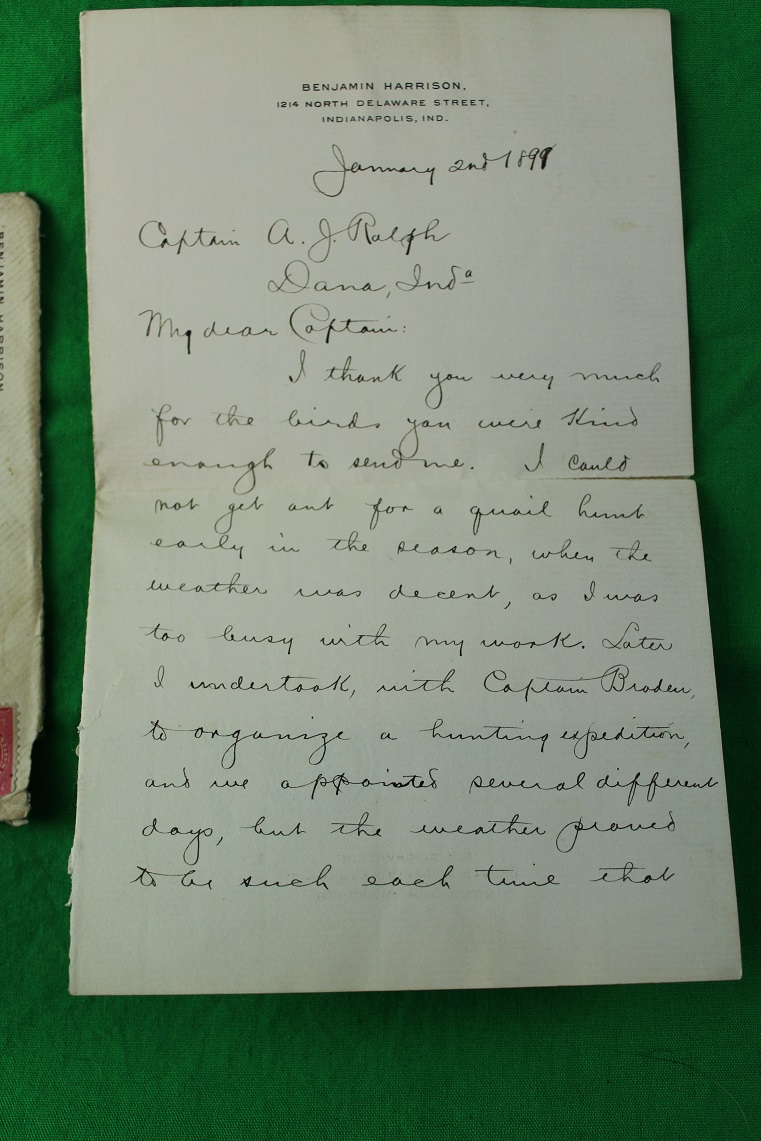
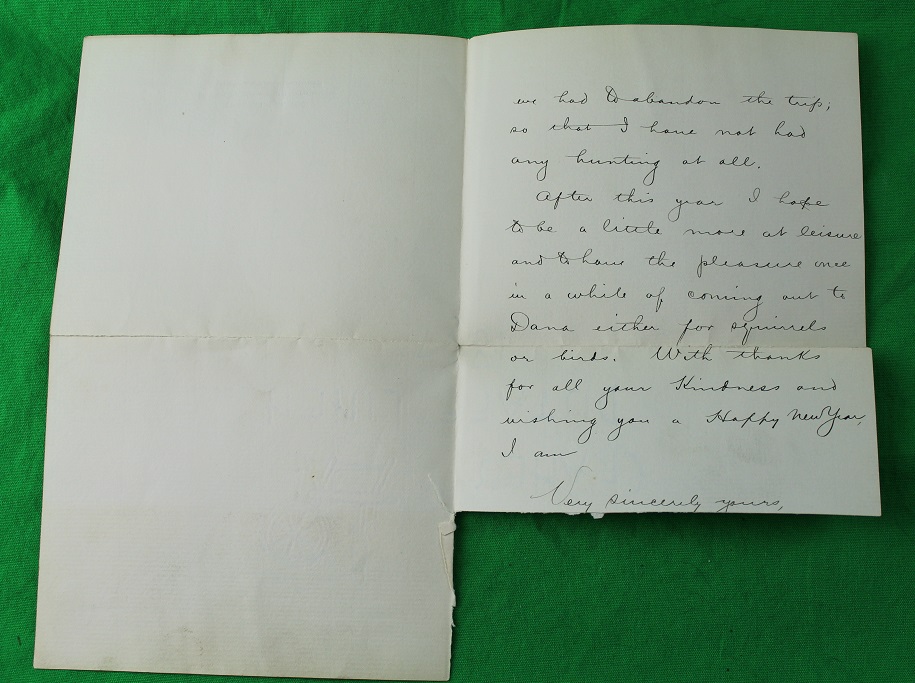
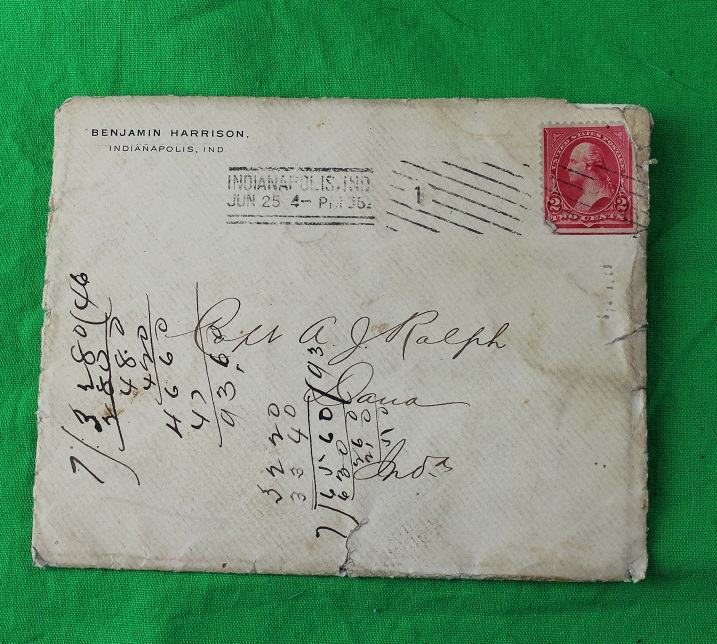

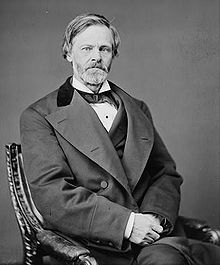
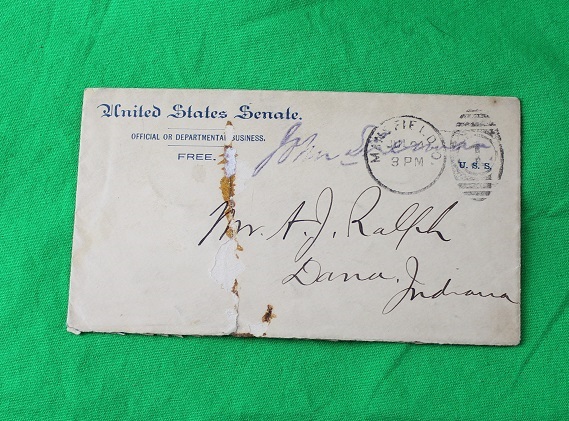
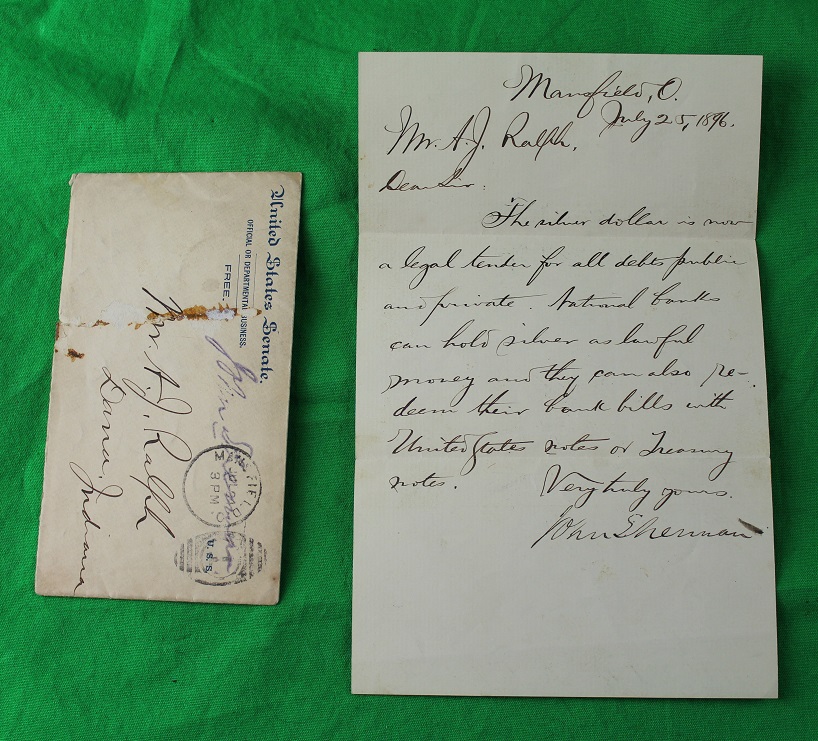
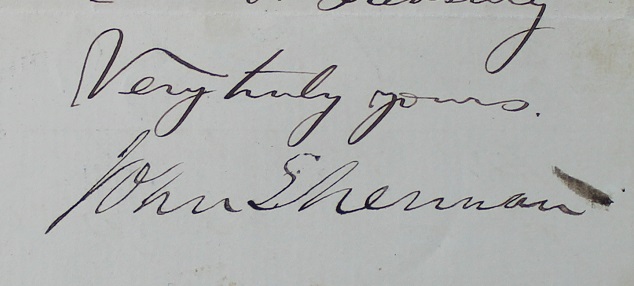
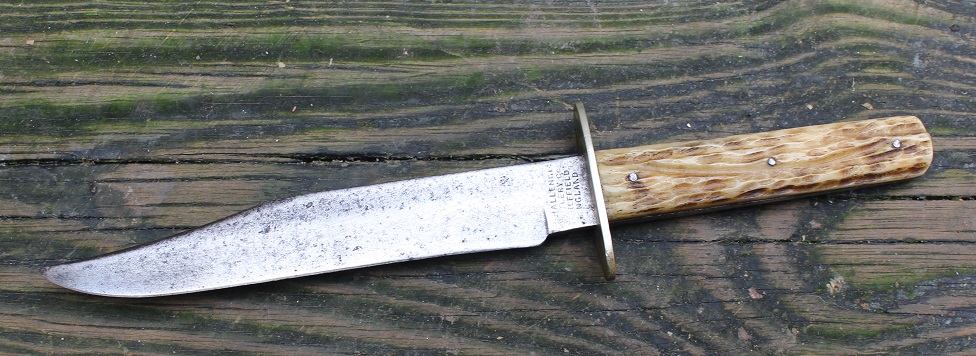
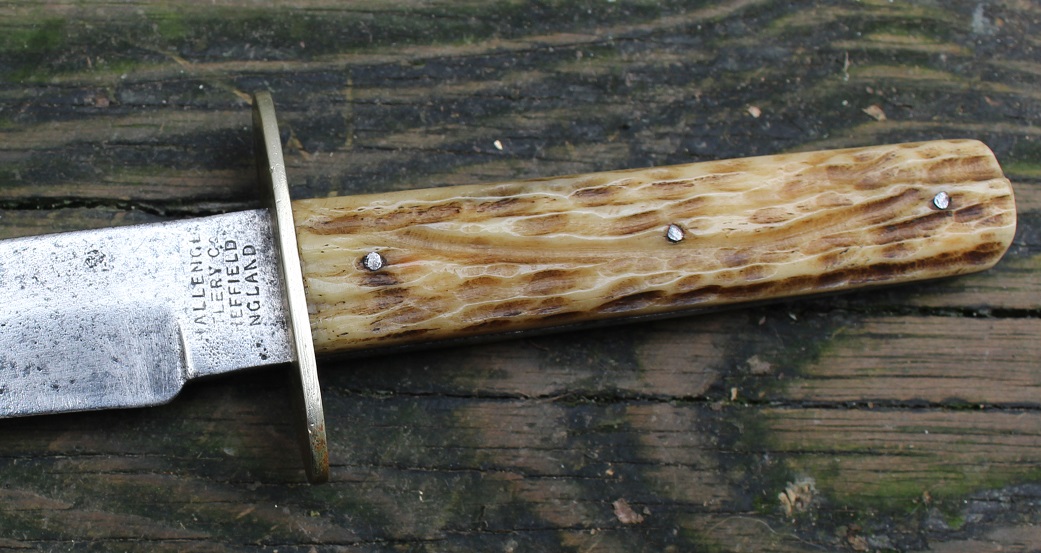
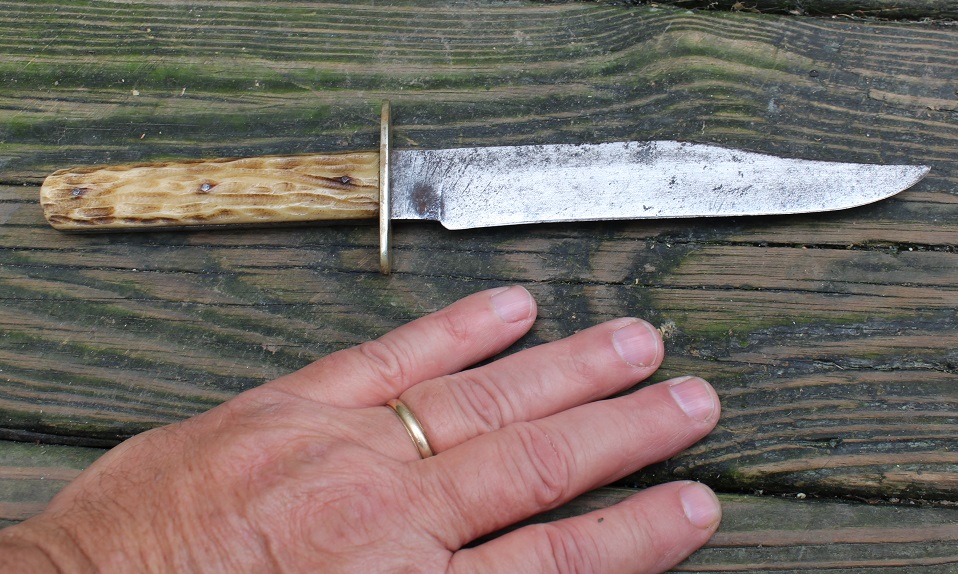


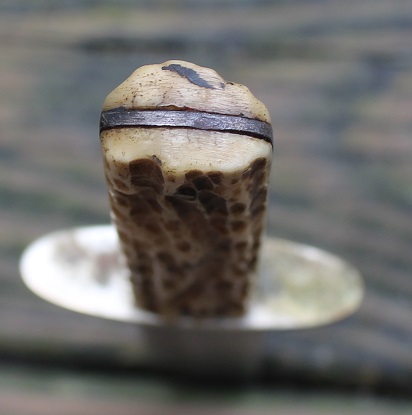
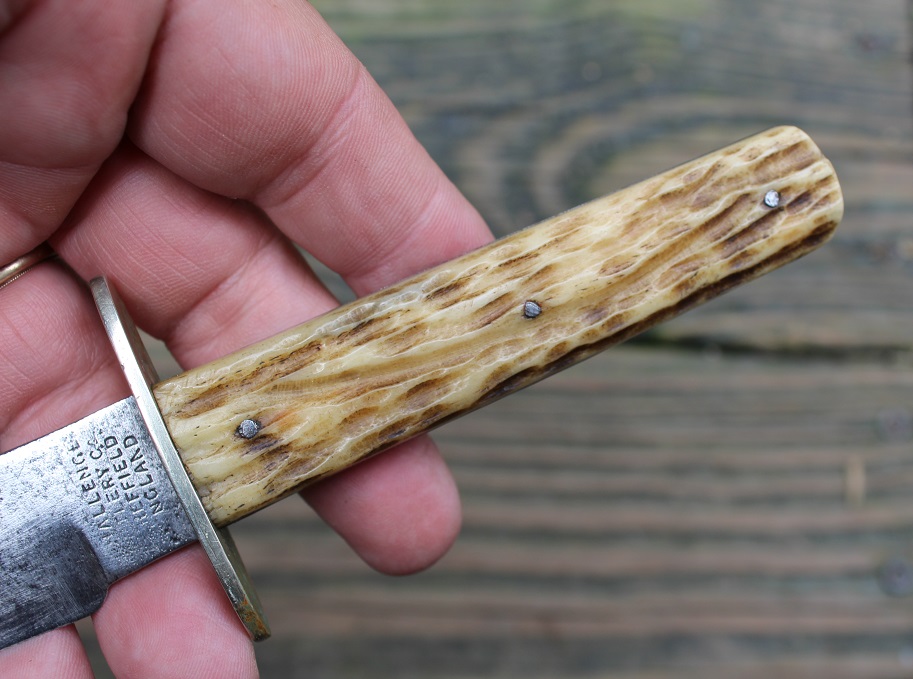
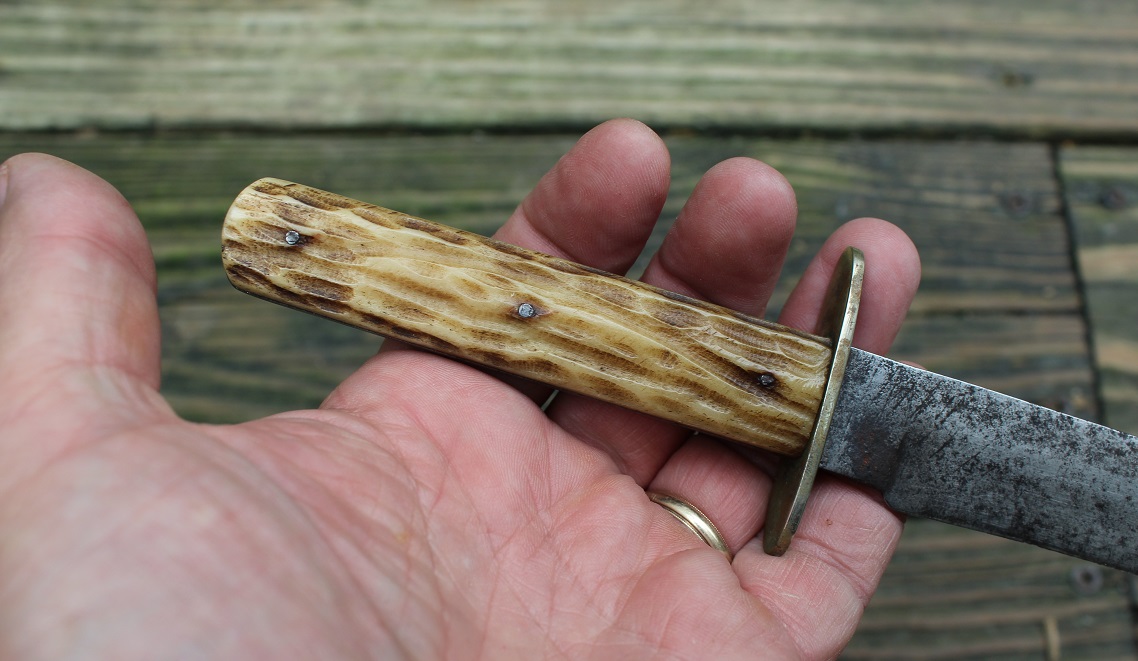
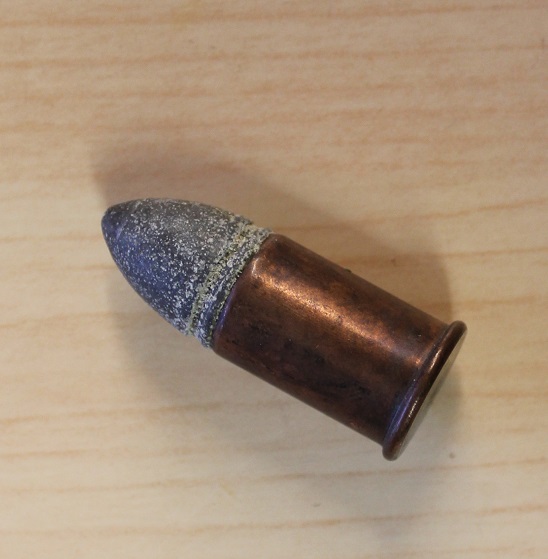
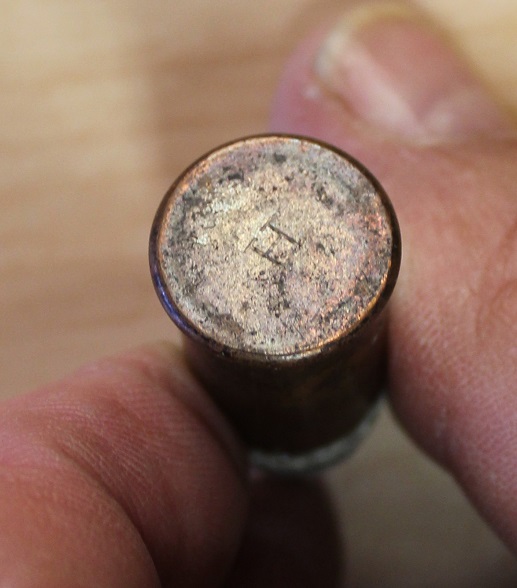
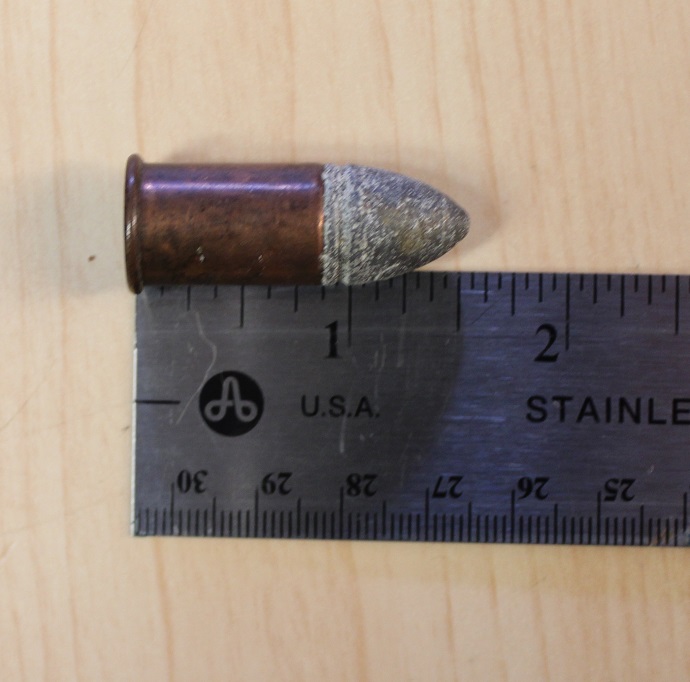

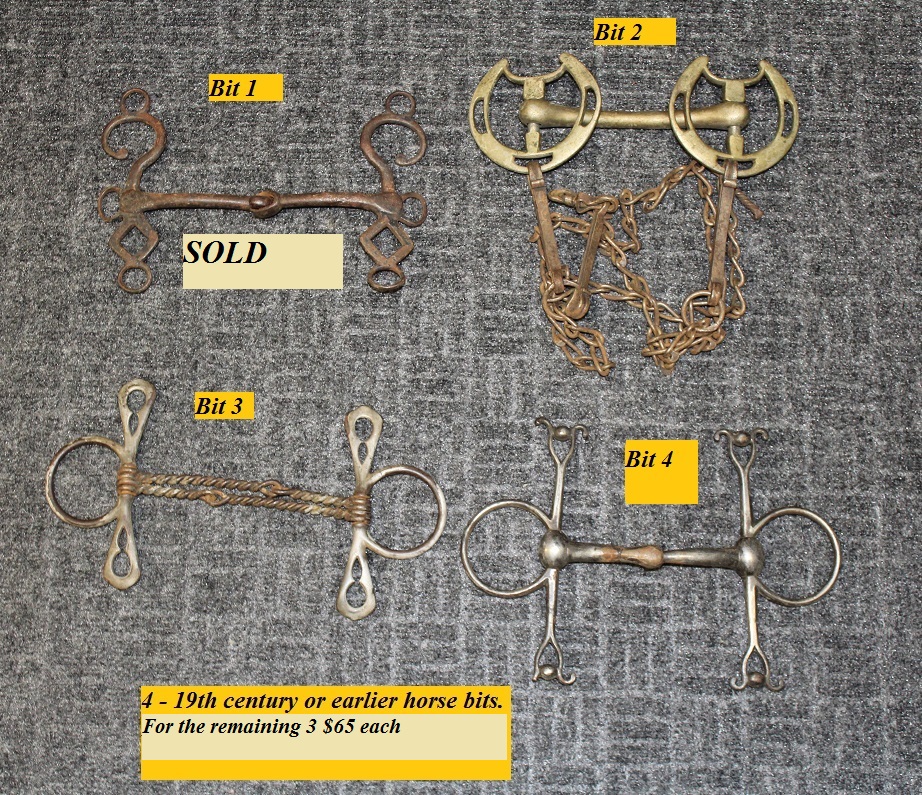
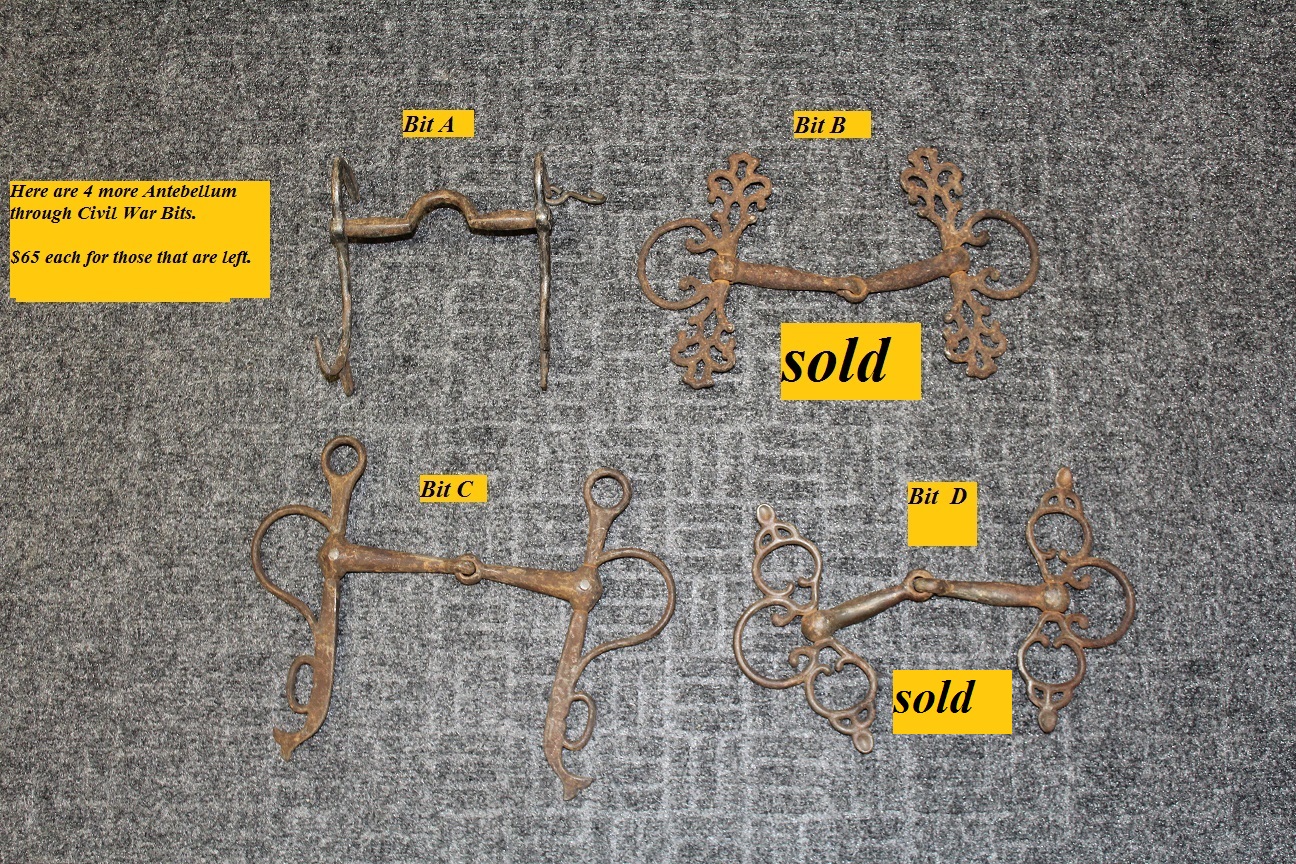
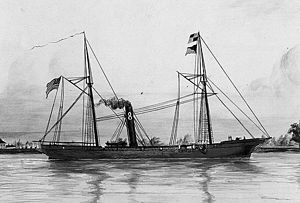
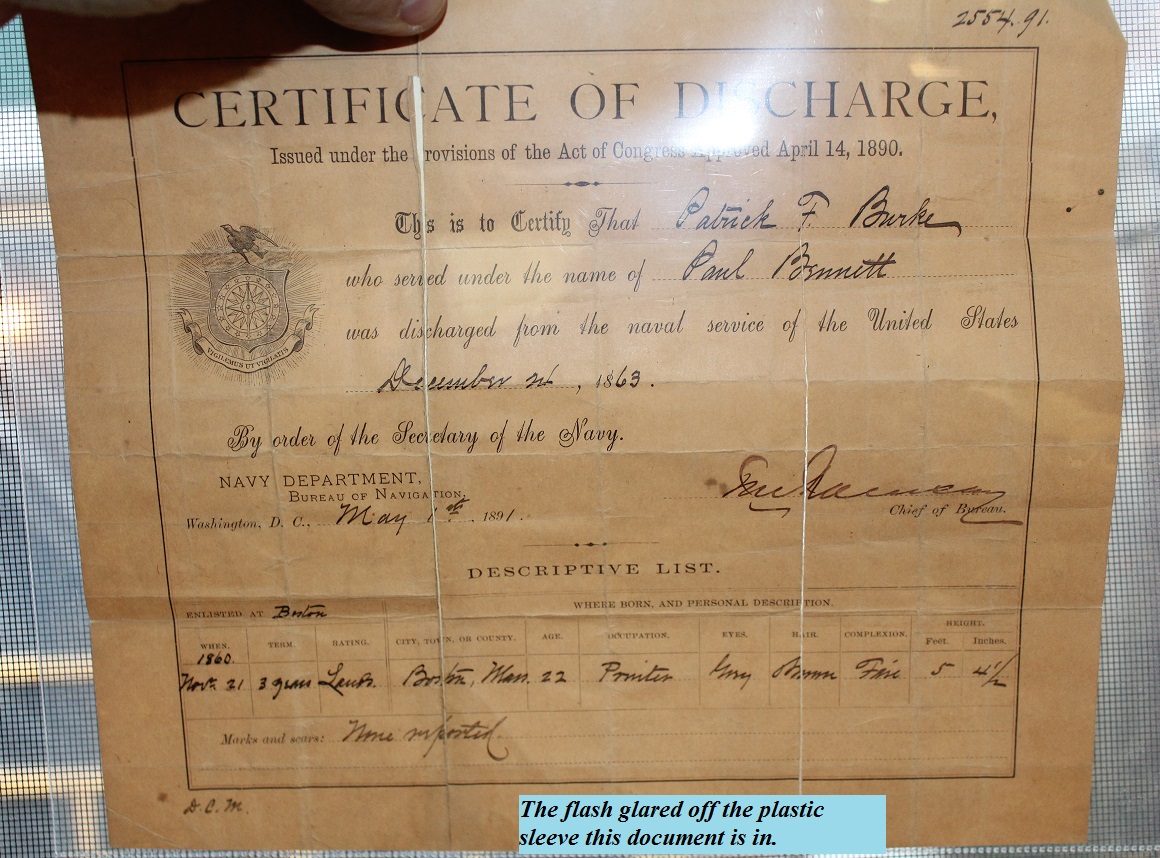
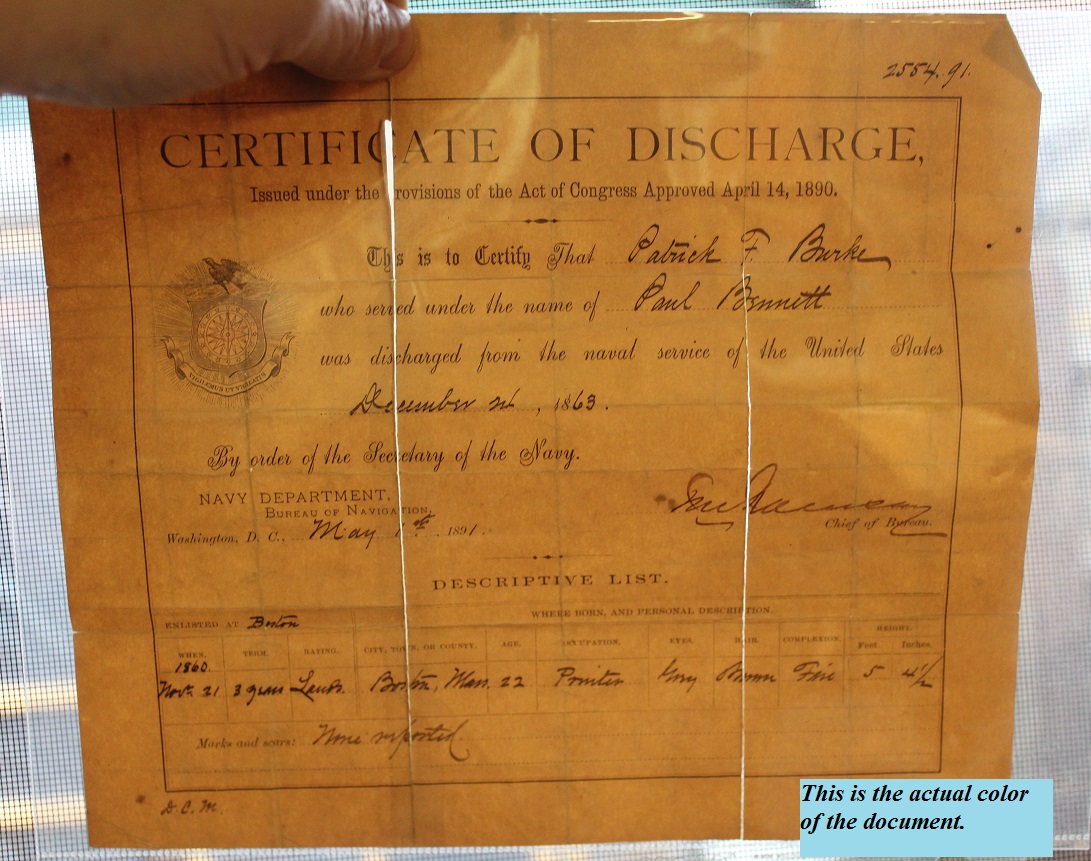
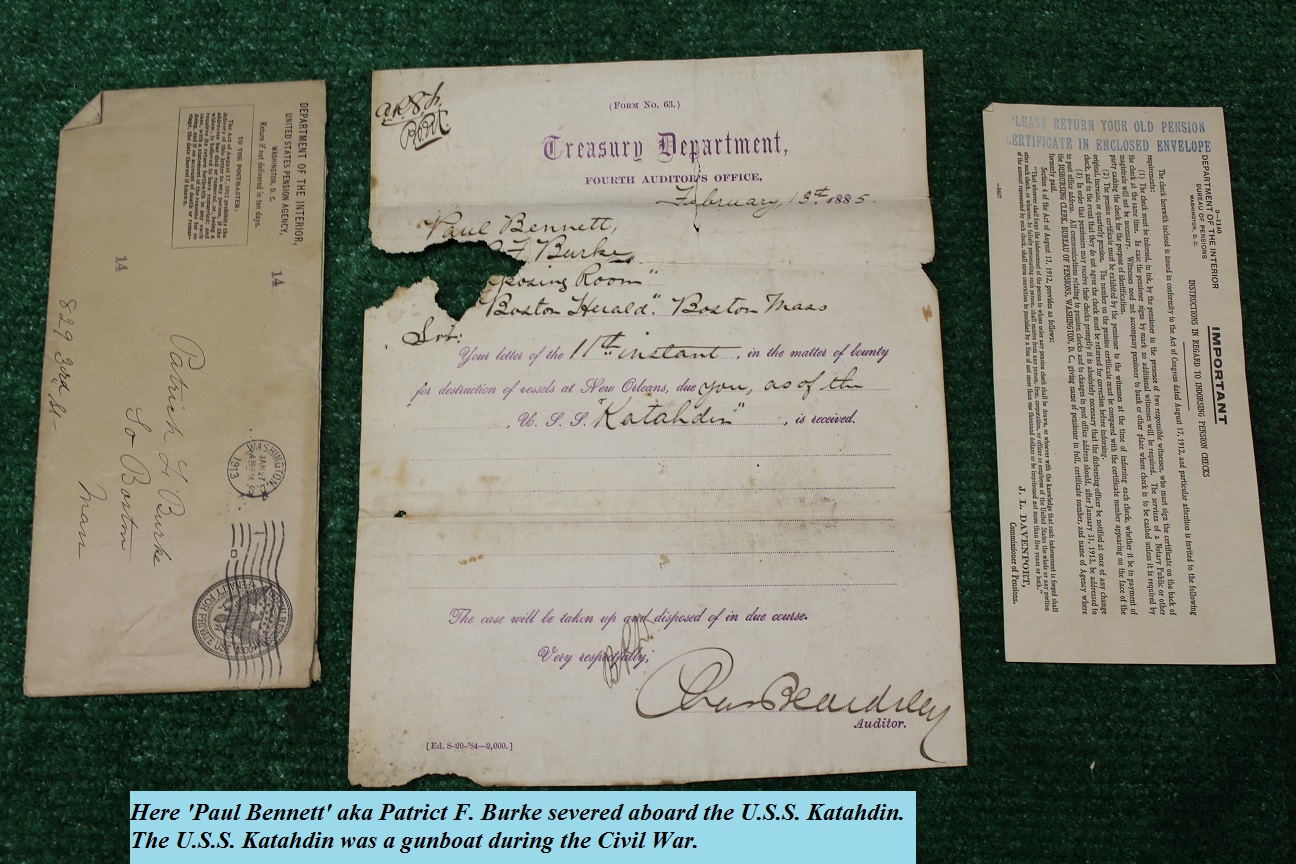
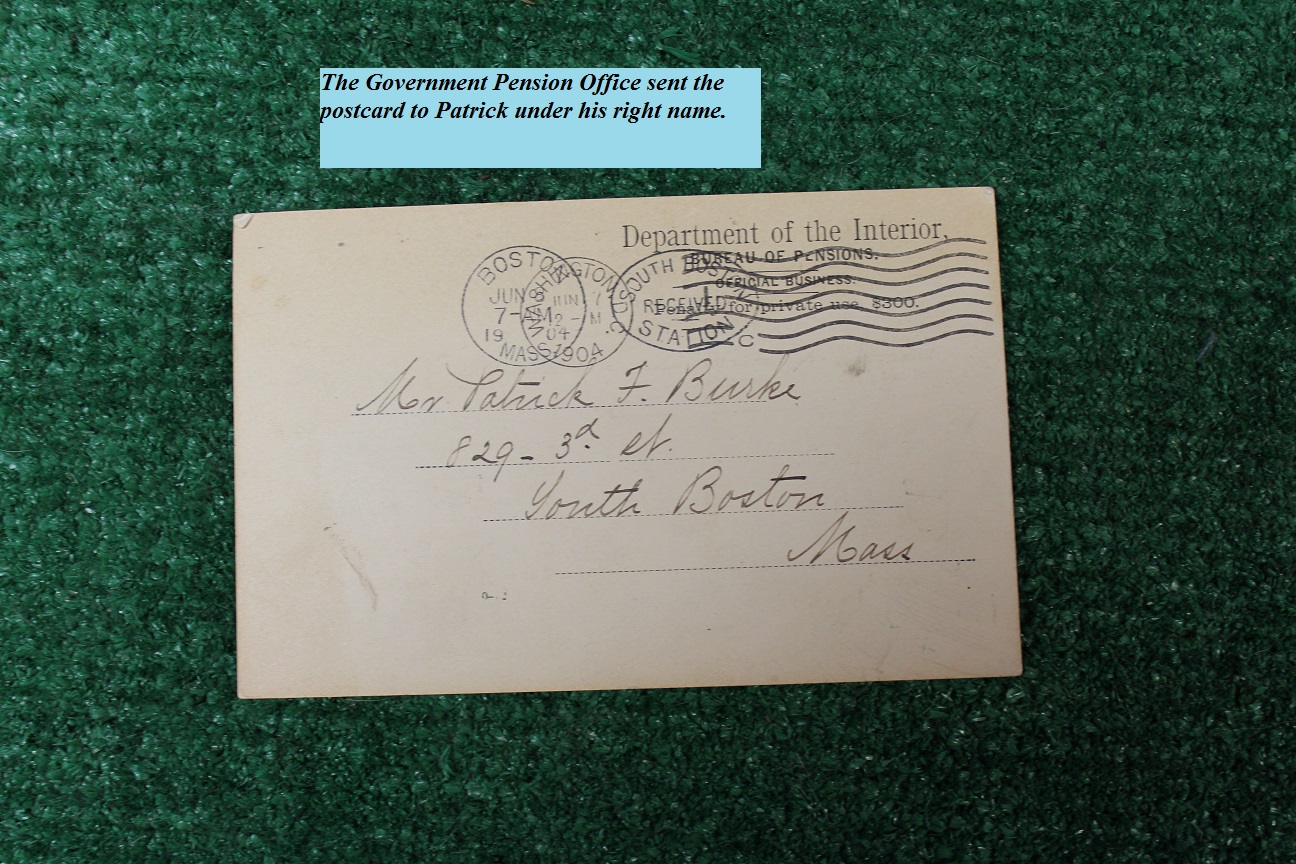
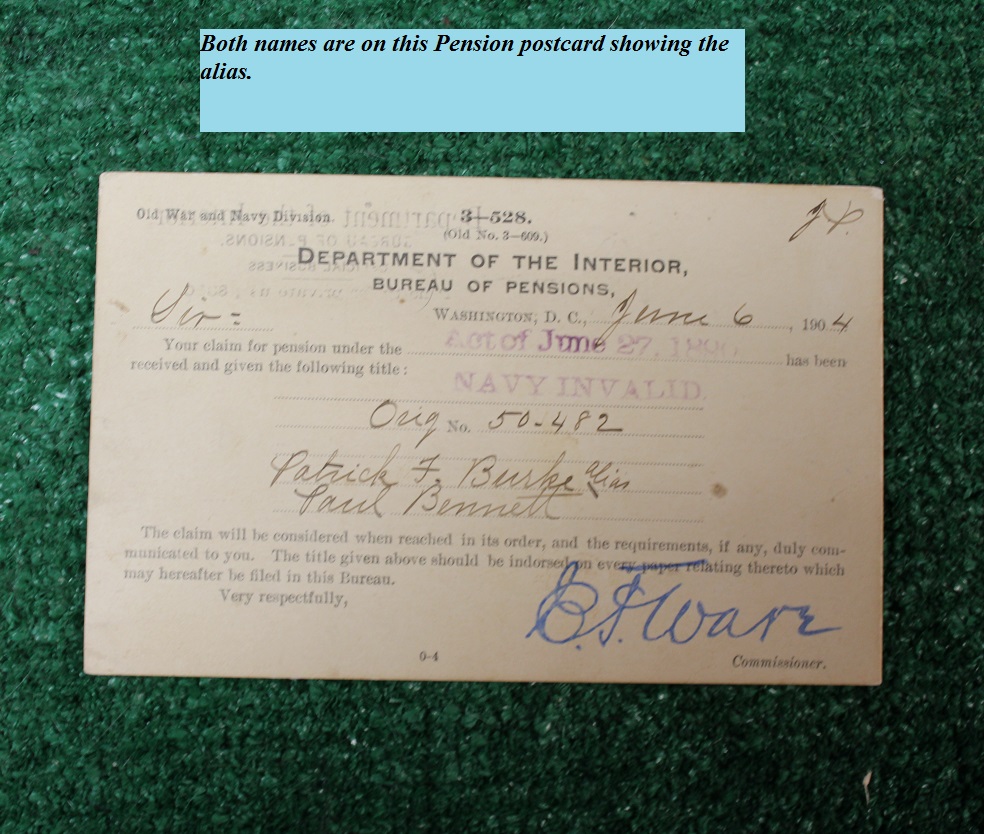
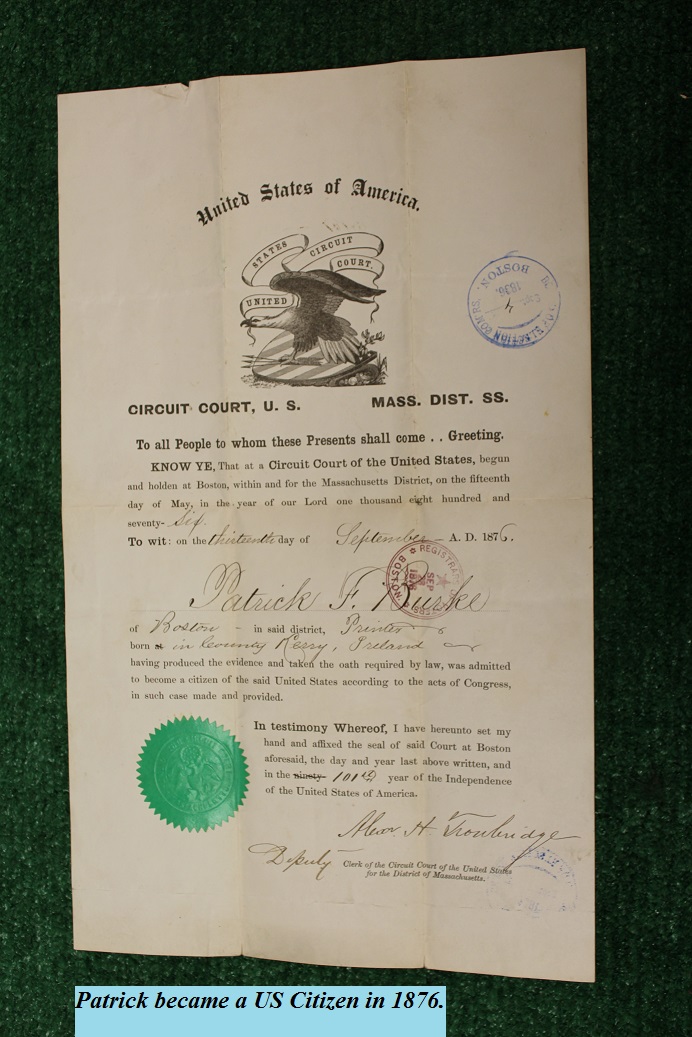
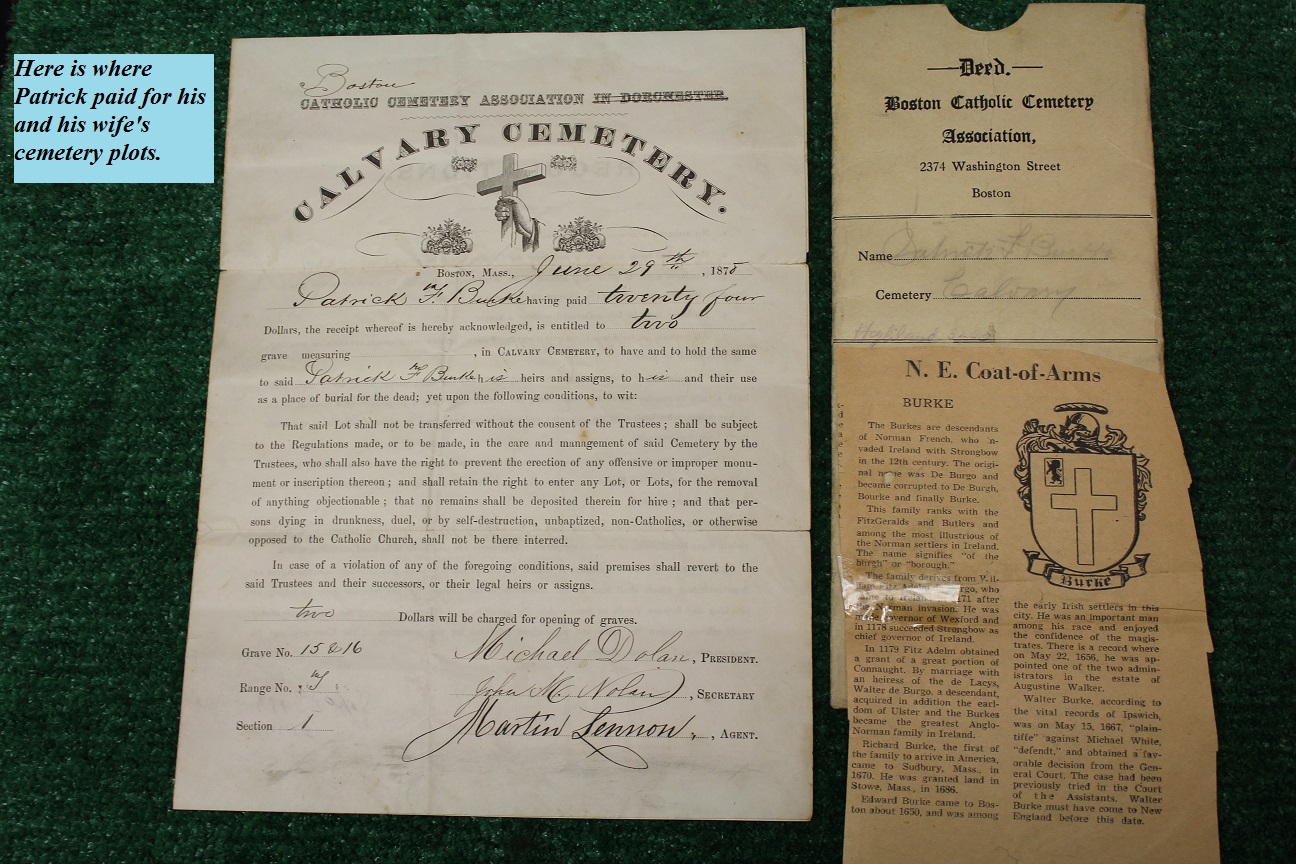
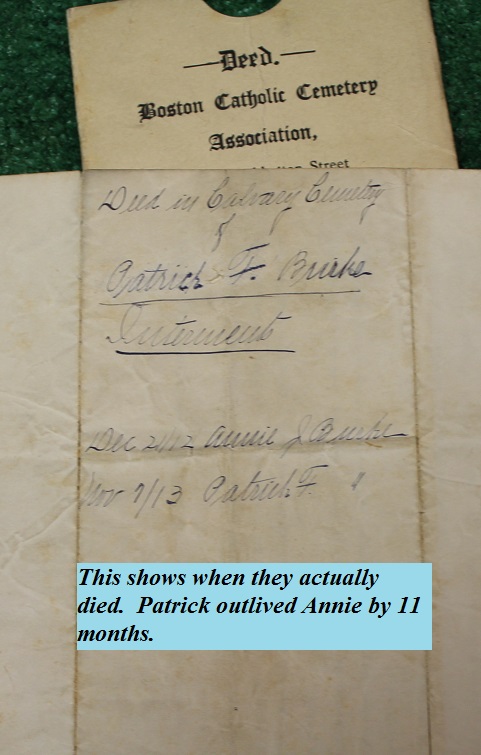
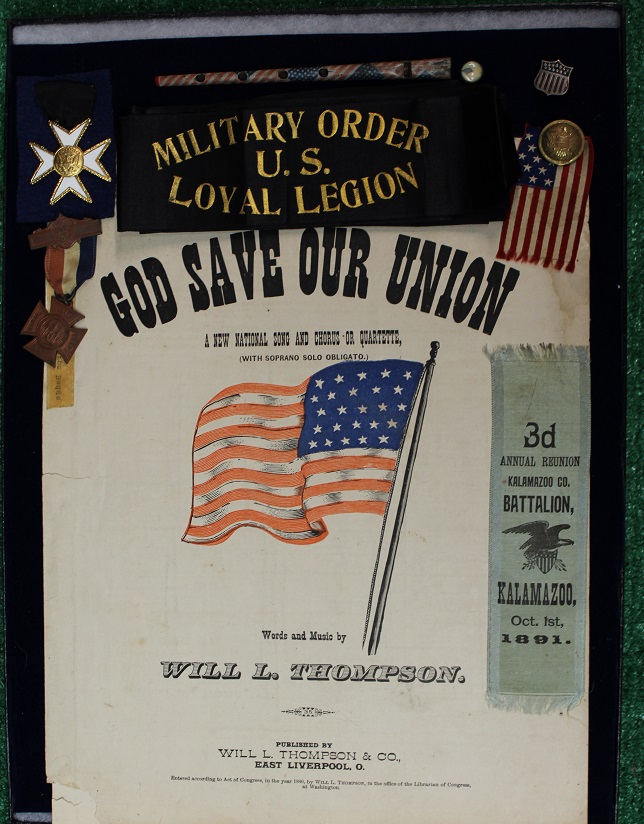
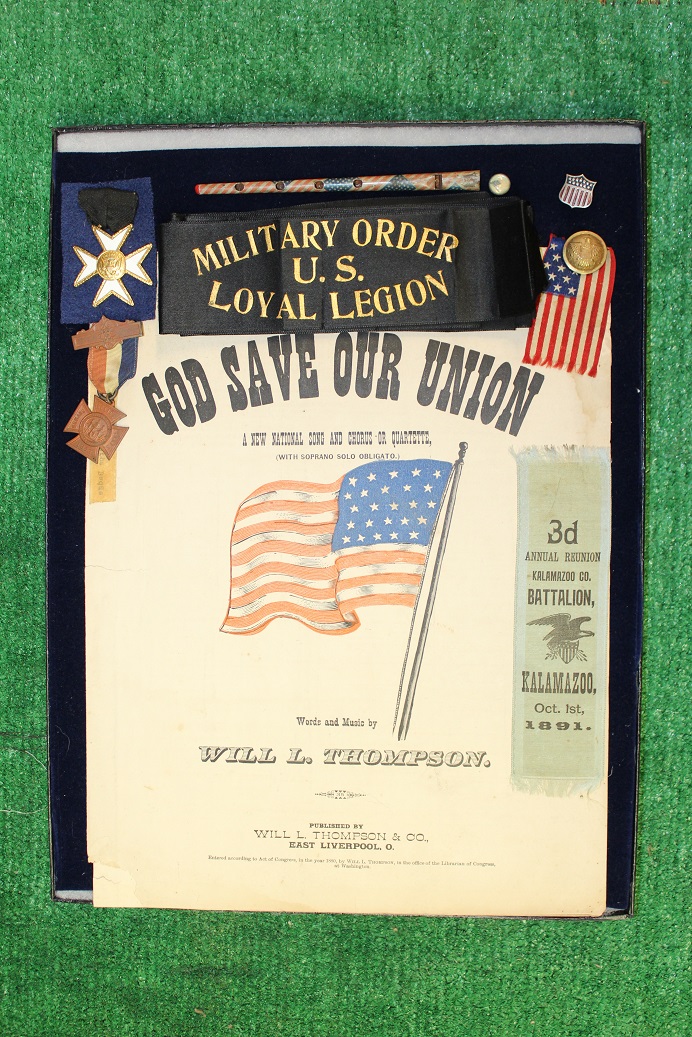
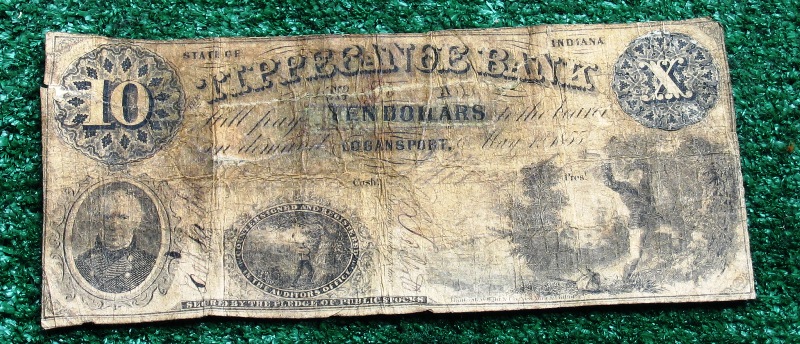
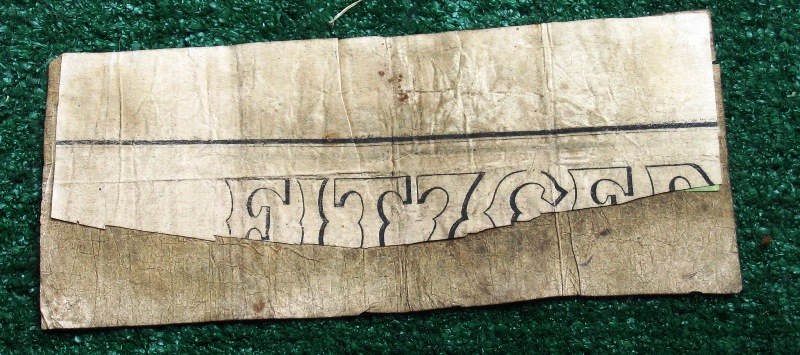
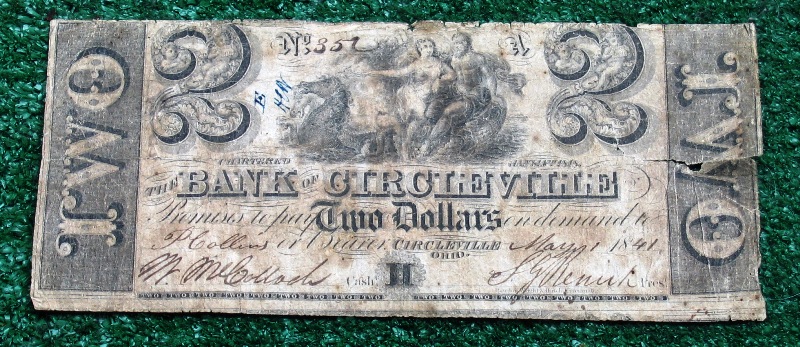
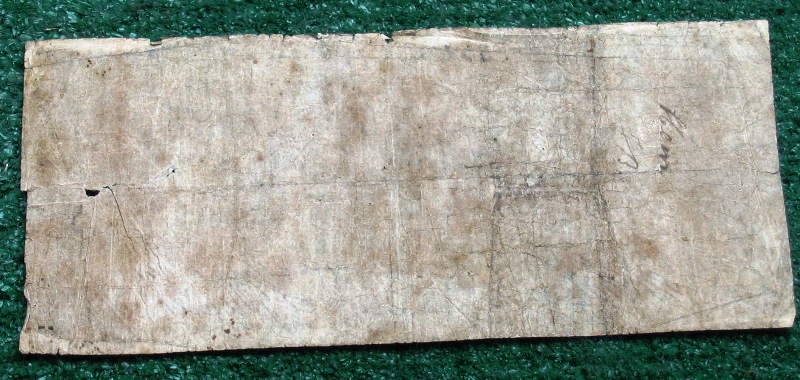
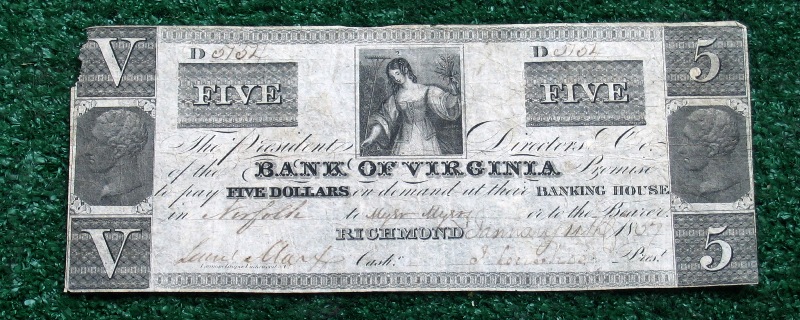
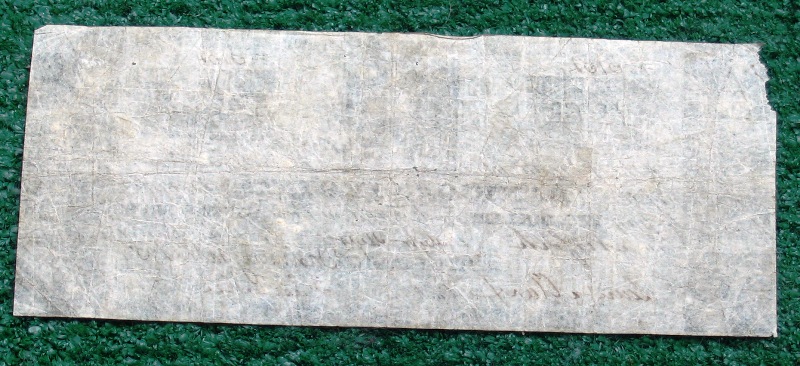
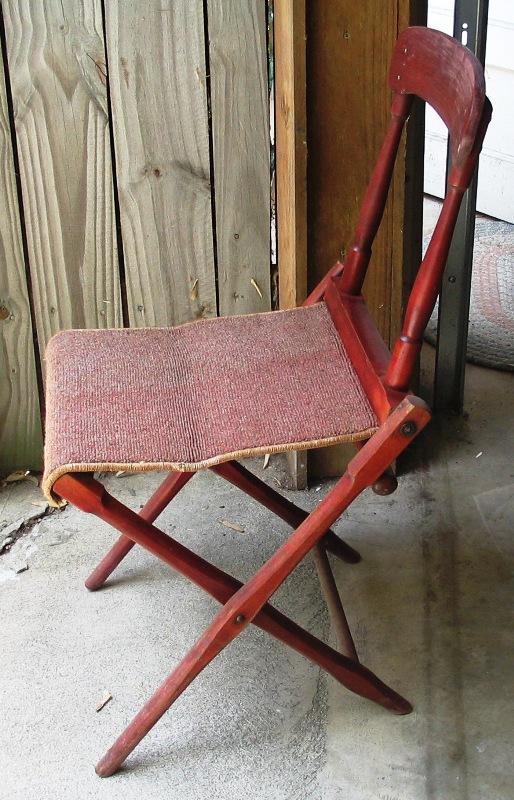
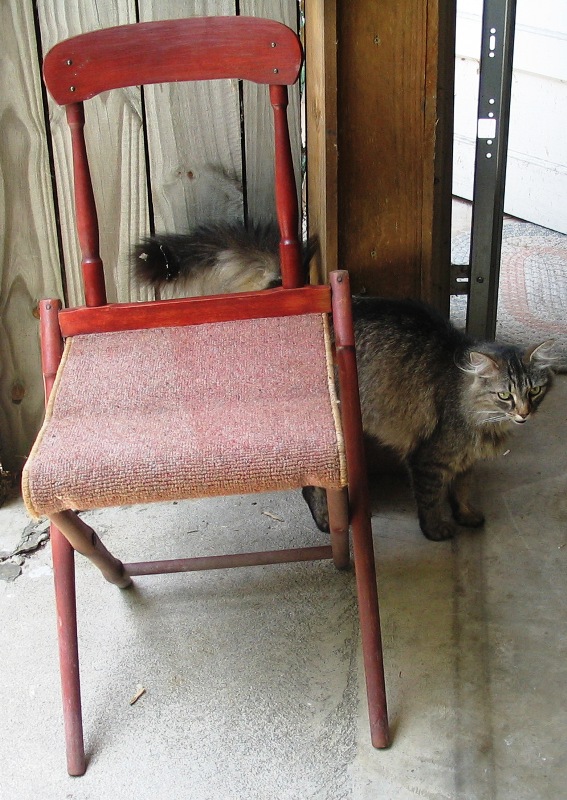
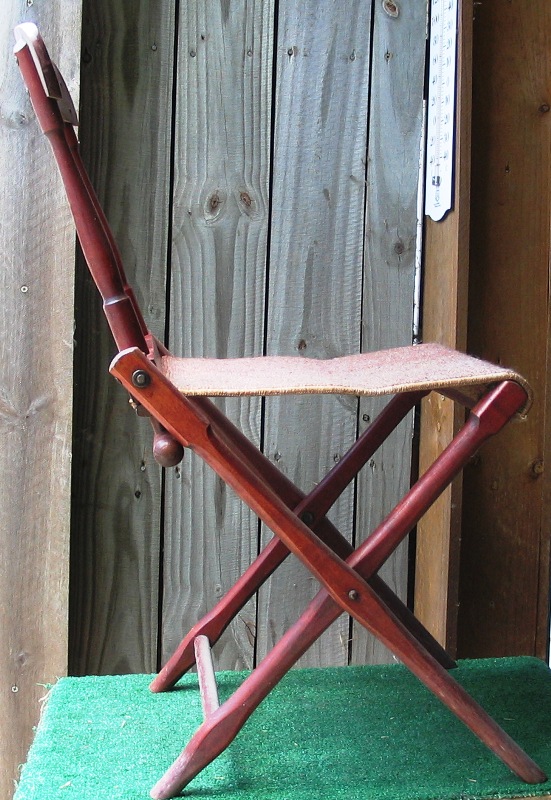
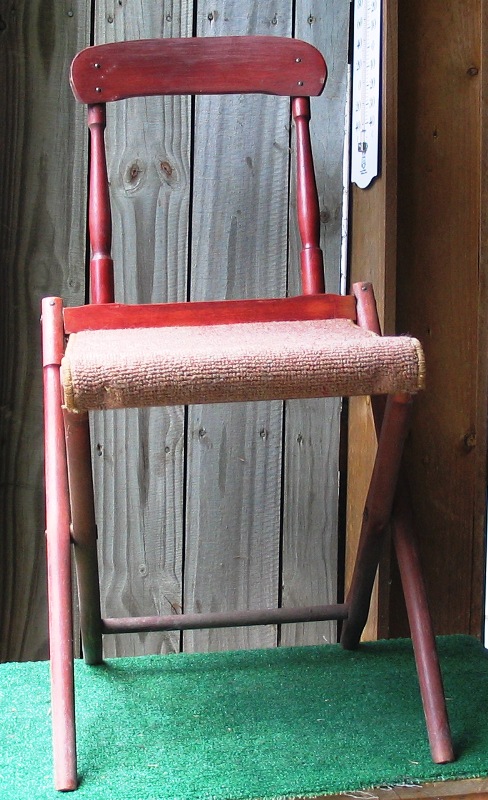
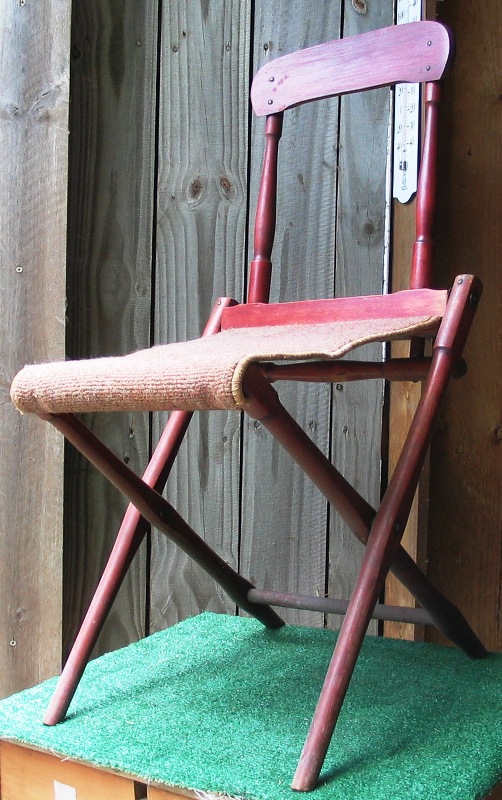
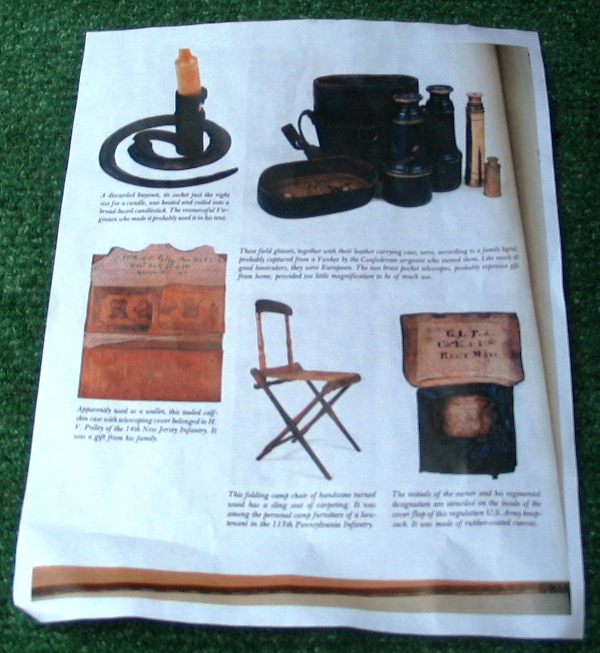
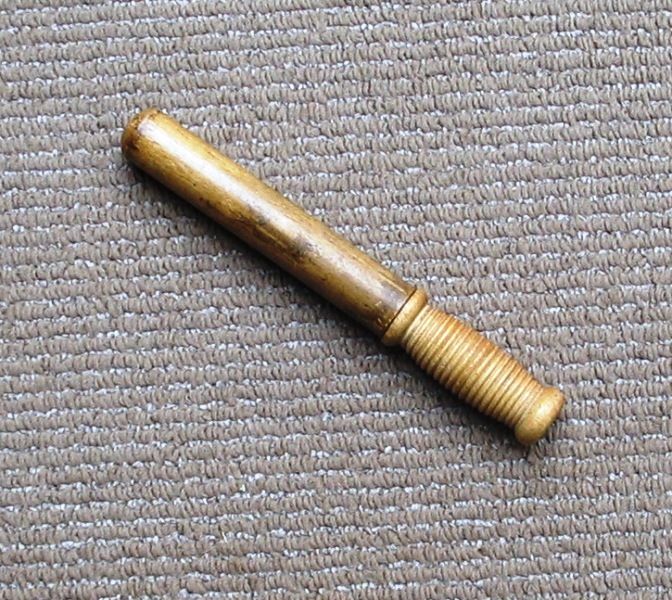
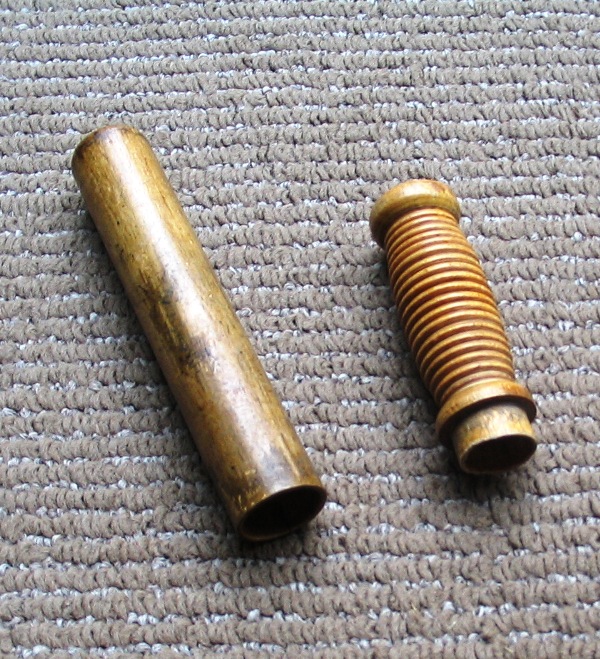
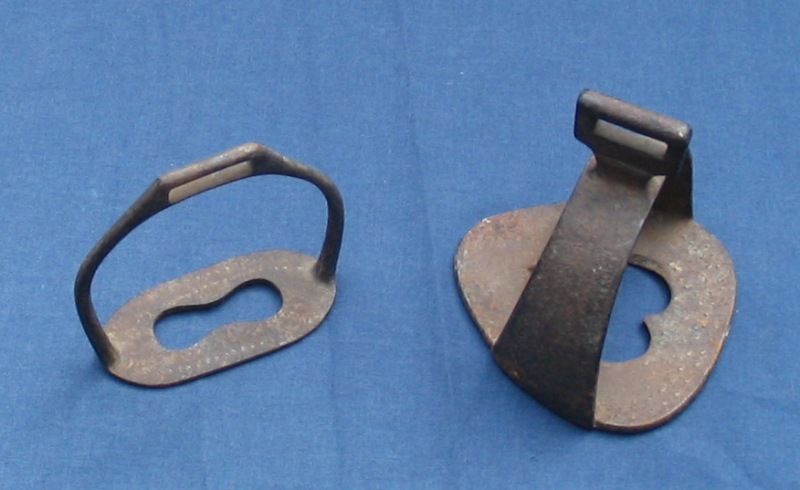
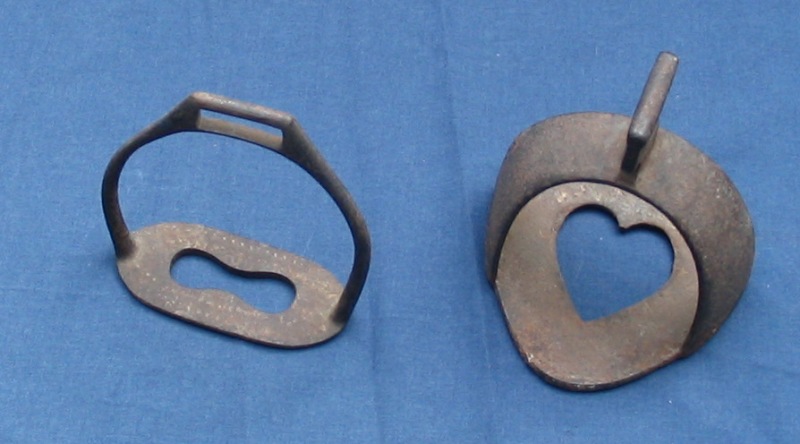
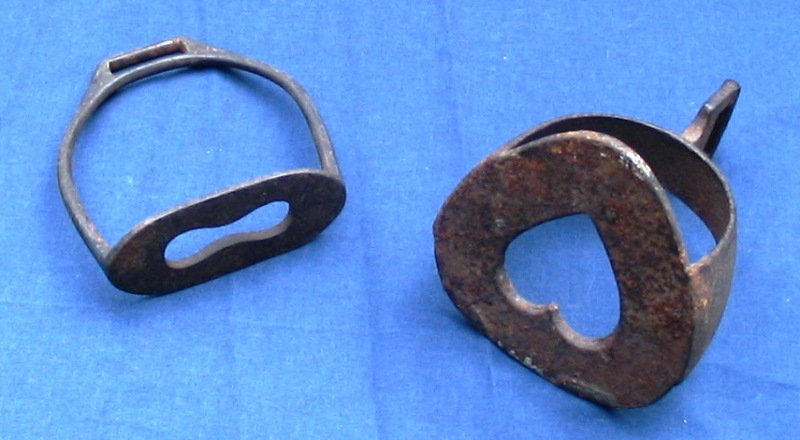
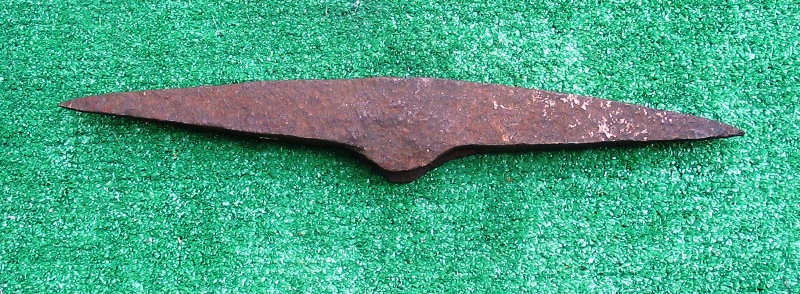
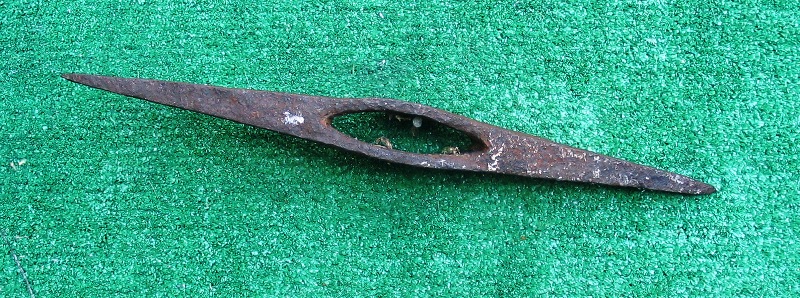
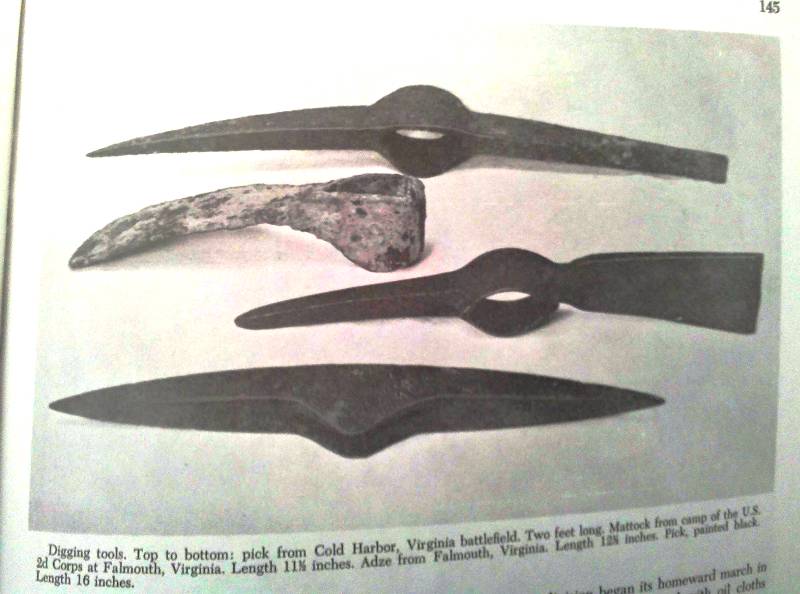
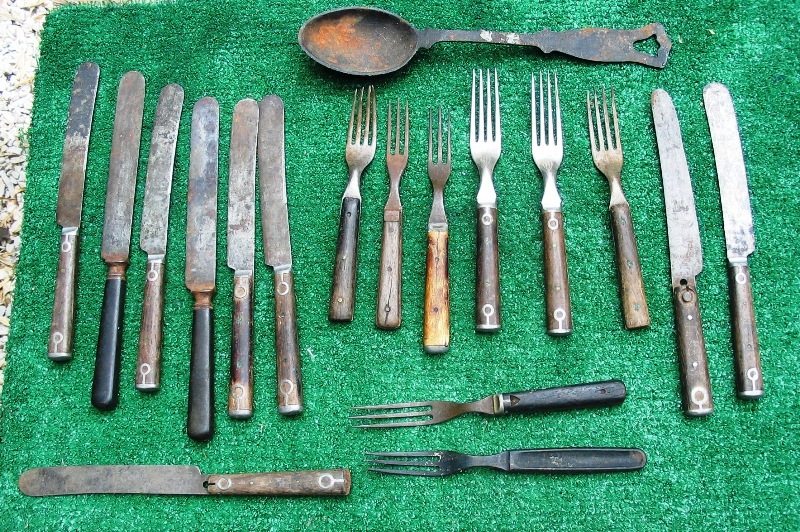
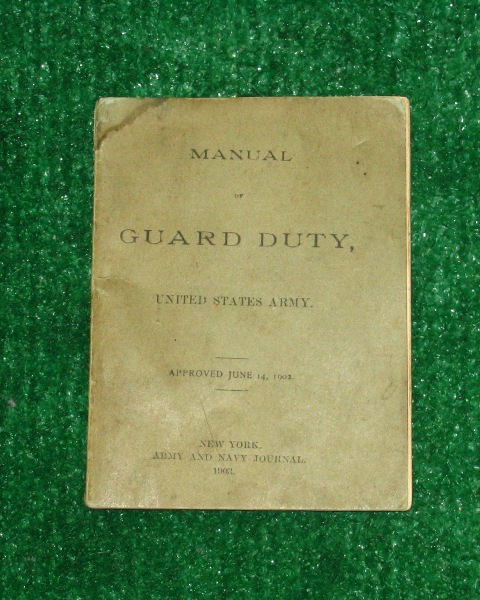
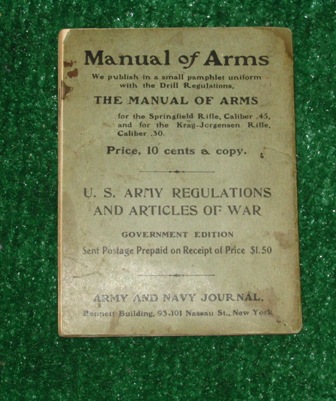 <
<
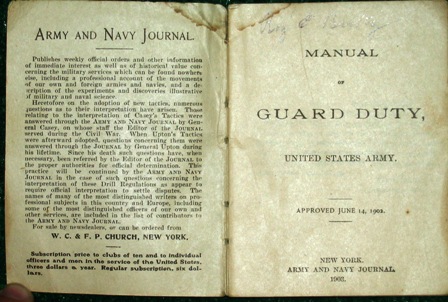

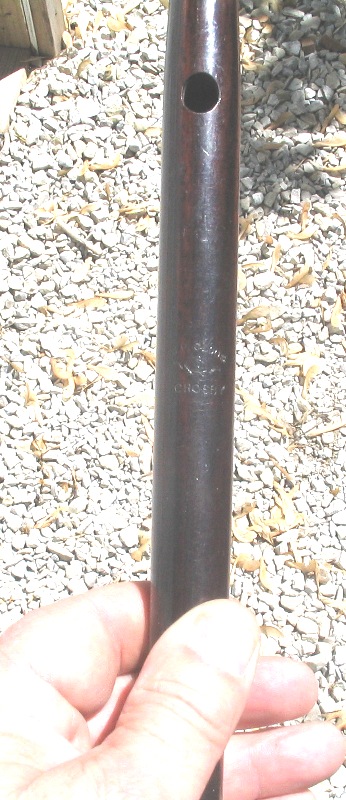
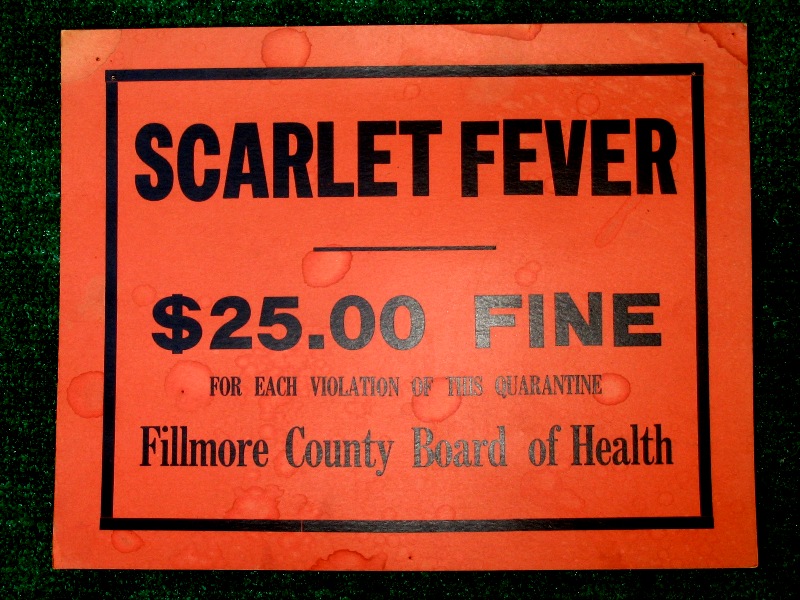
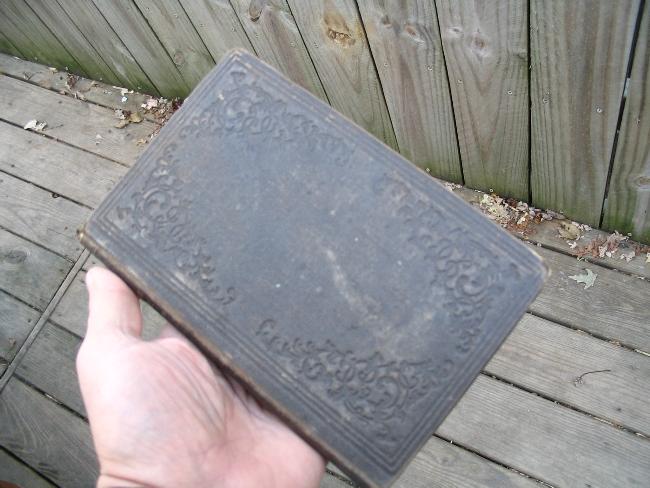
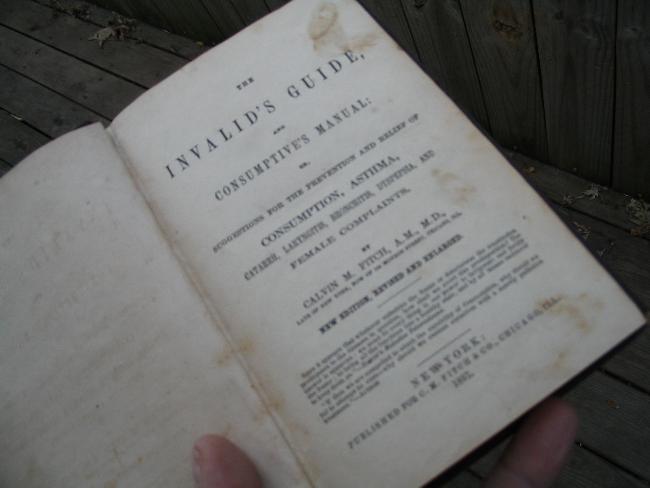
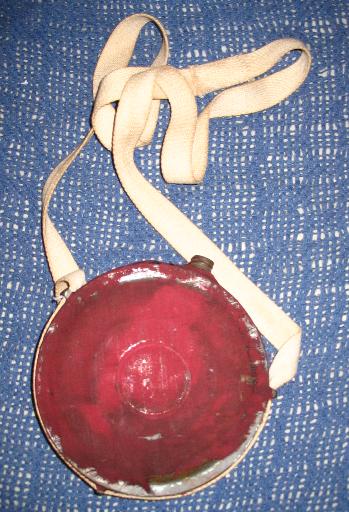
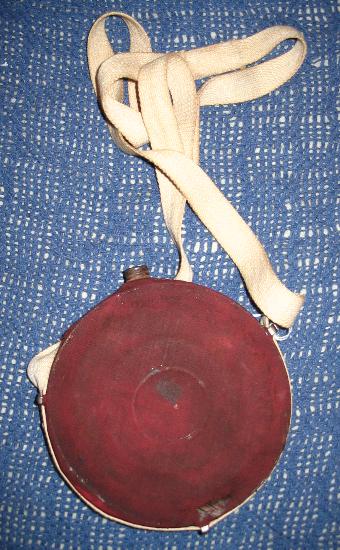
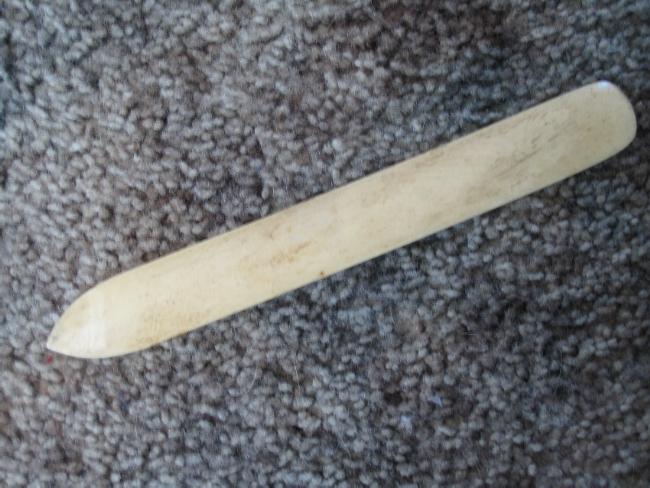
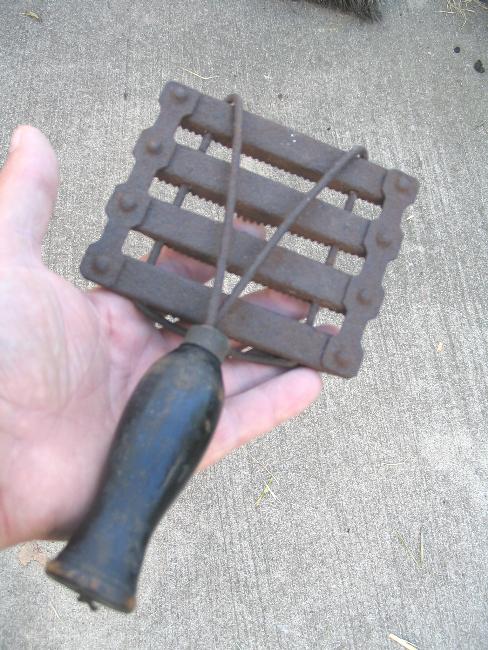
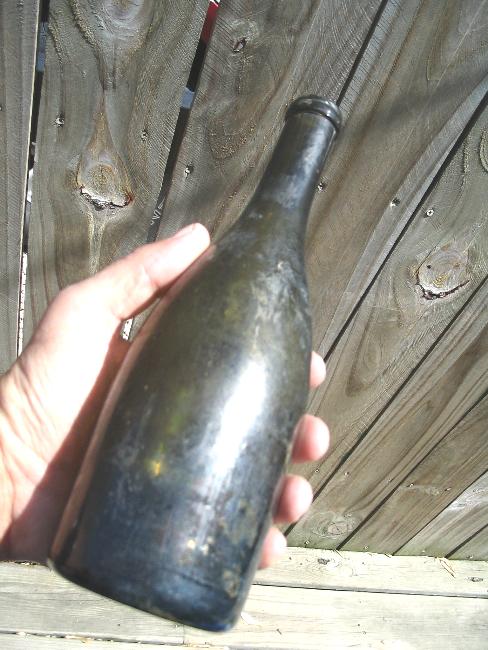
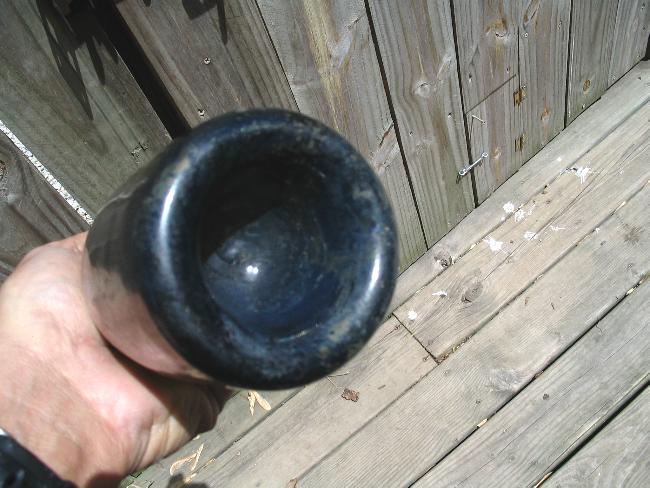
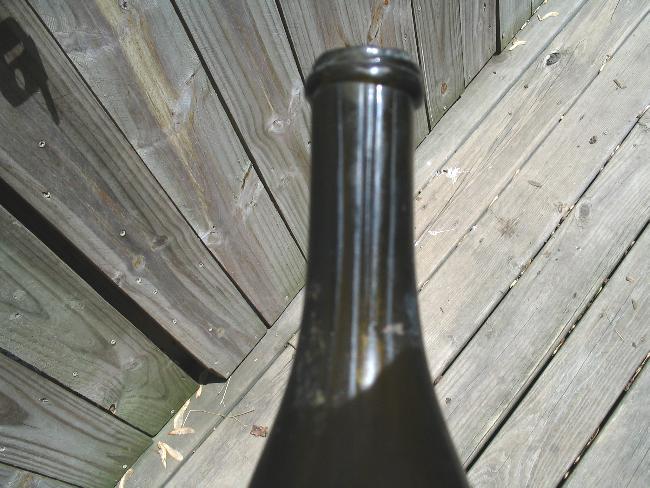
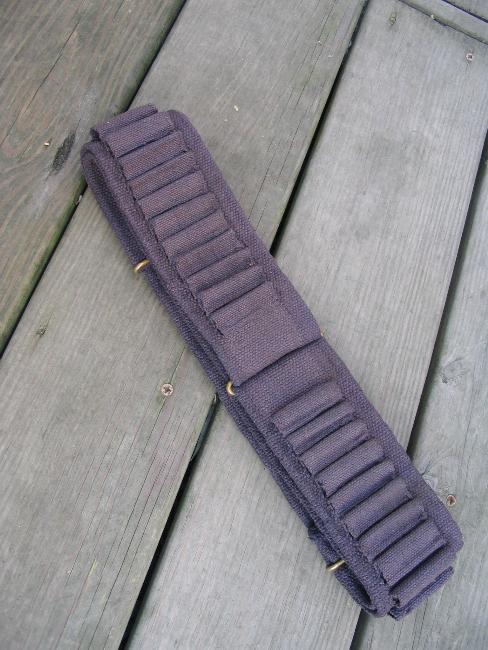
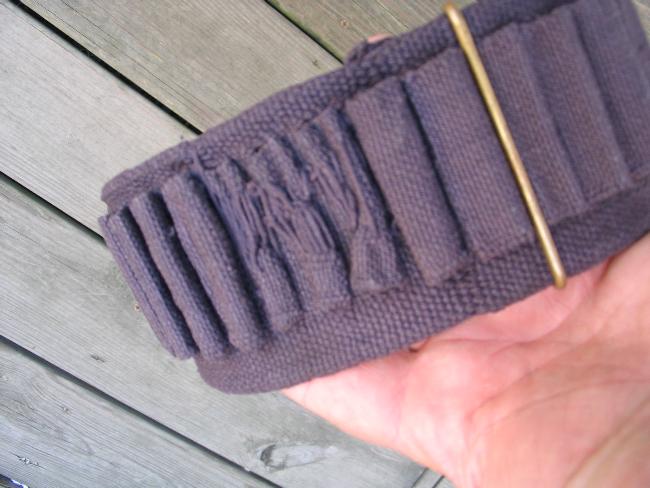
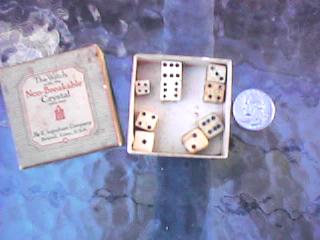
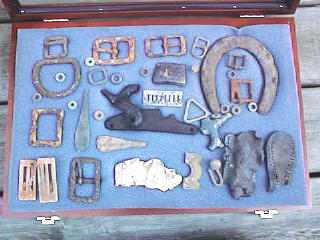
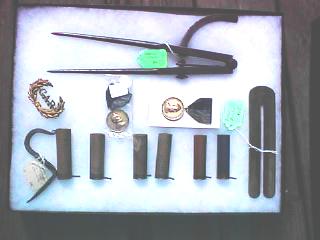
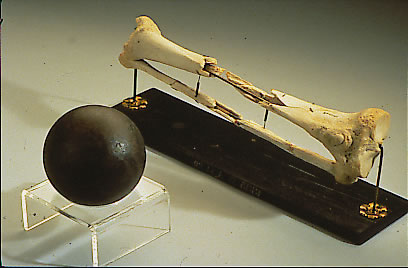
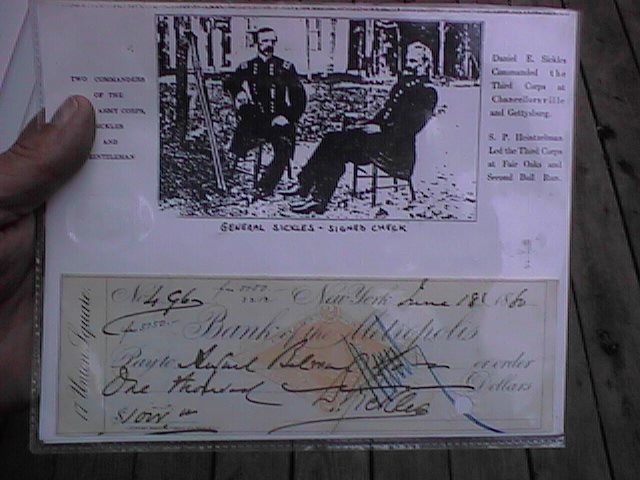
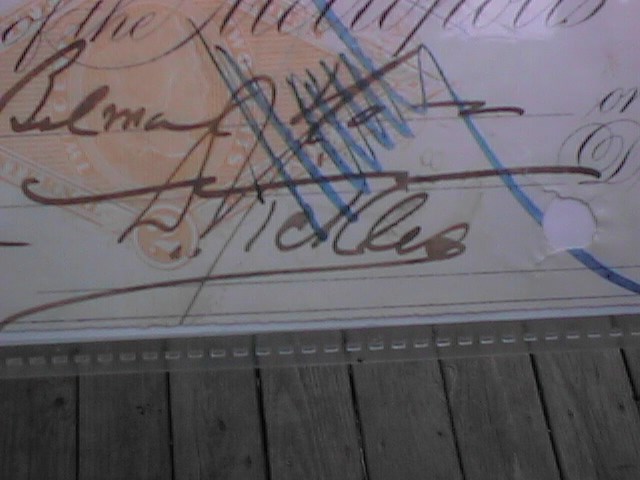
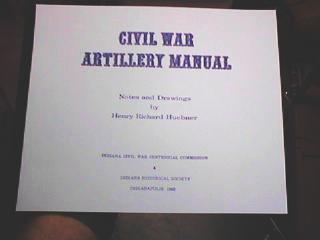
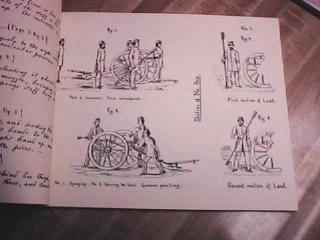
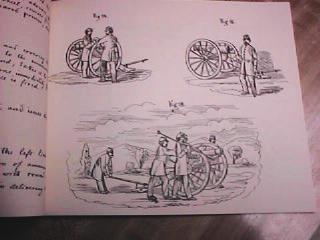 ">
">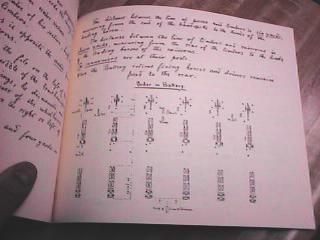
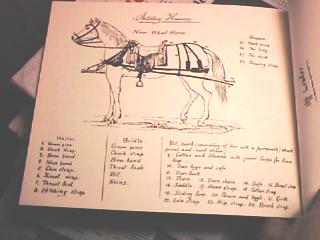 $9.95
$9.95
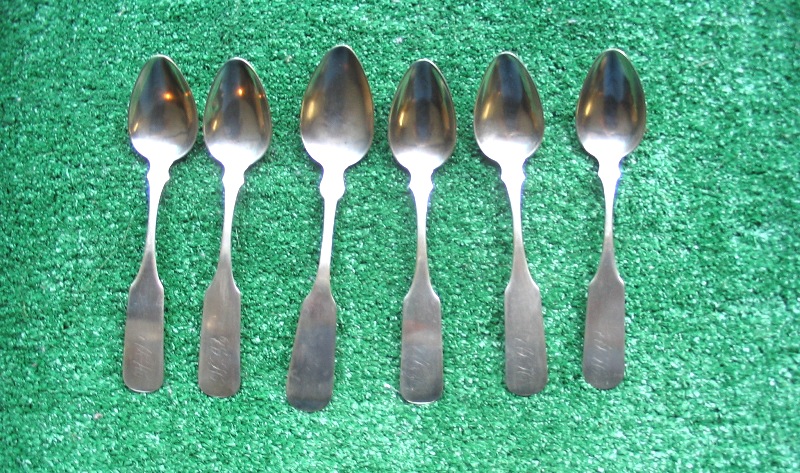
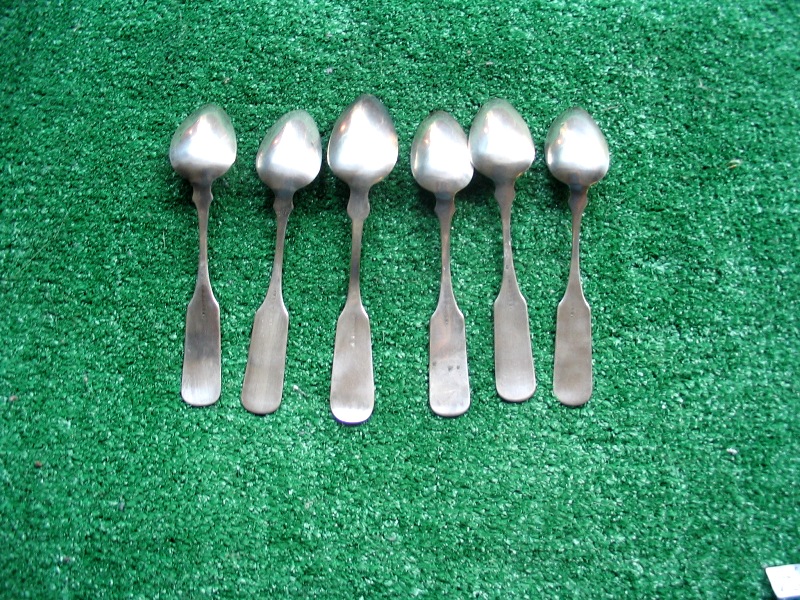
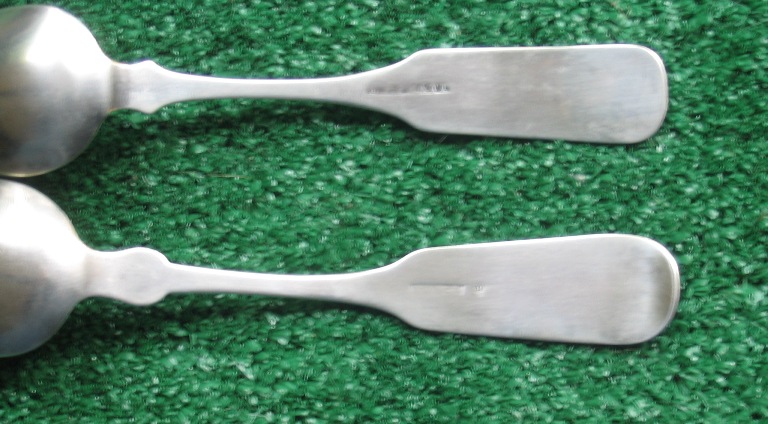
IF YOU HAVE WANTS, LET US KNOW! WE MAY HAVE IT!!!
WE ARE ALWAYS BUYING! LET US KNOW WHAT YOU HAVE FOR SALE!!!
back to mainpage